April 2024.
Turning back around
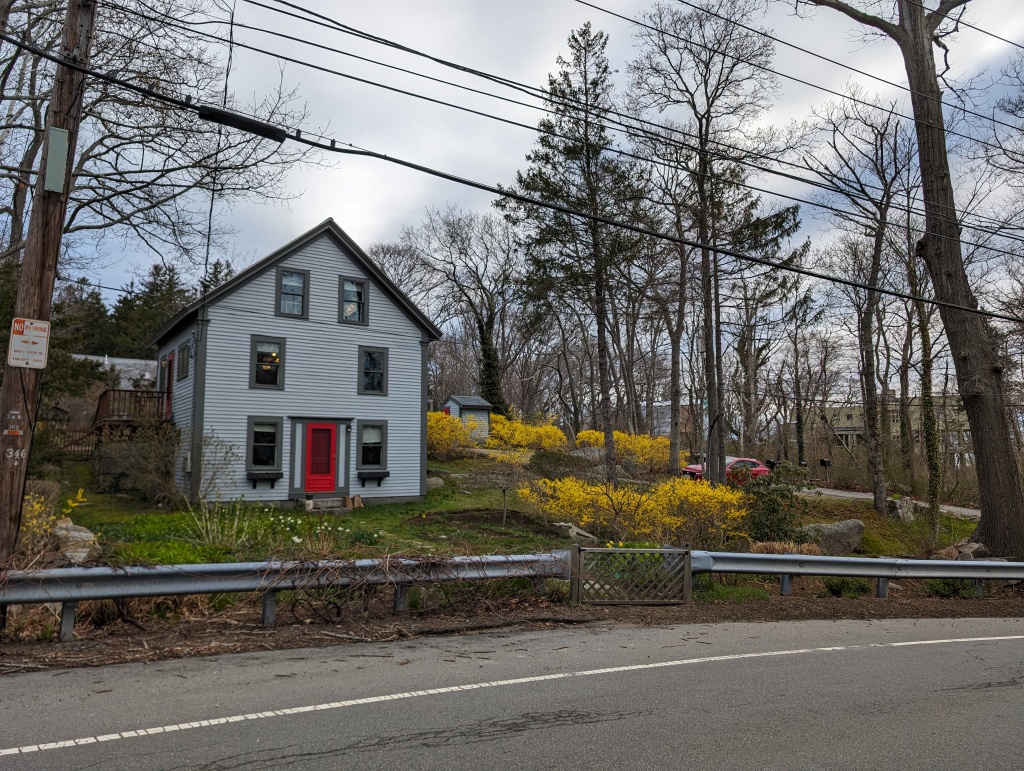

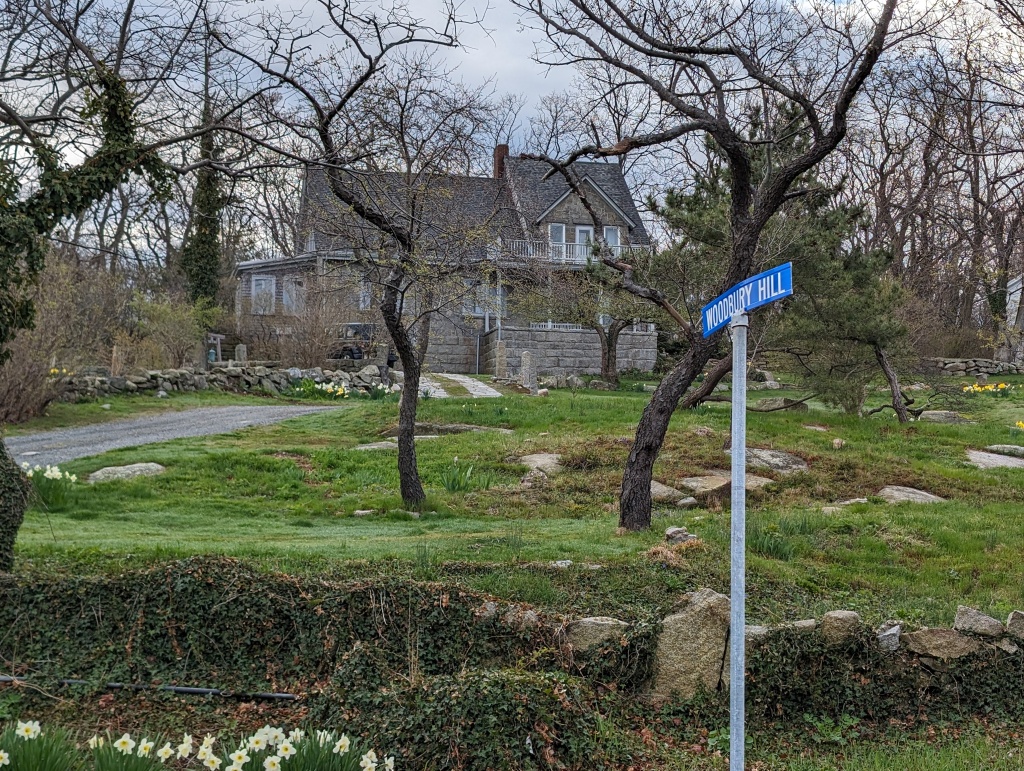

My View of Life on the Dock
April 2024.




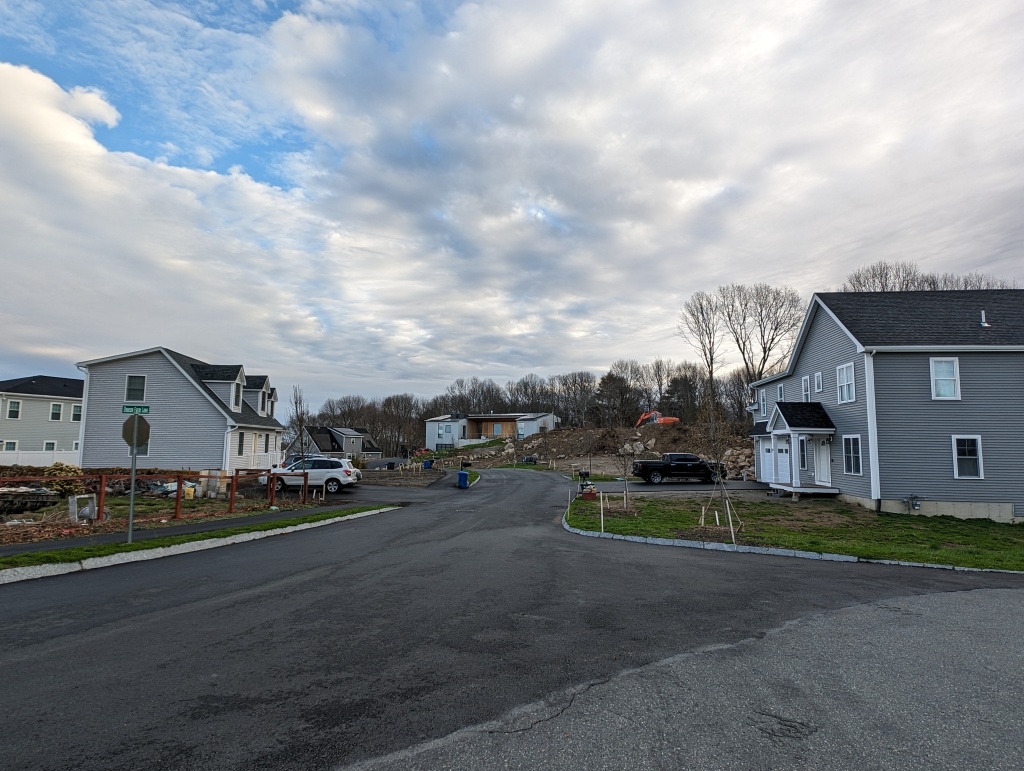
Video series caption: Early spring, Deacon Farm Lane. (50 sec) Mute to silence wind. Adjust video for higher resolution.
Note: videos are not displayed in the GMG daily roundup email and must be viewed on the GMG website.

Video series caption: Early spring, April 2024. Driving Washington St., Part 1 (5 min) from Deacon to the Annisquam Village Church. Mute to silence wind. Adjust video for higher resolution.
Note: videos are not displayed in the GMG daily roundup email and must be viewed on the GMG website.
An article in today’s Gloucester Daily Times newspaper 3/9/2024 encouraged the public to attend the Comprehensive Plan Draft Day, today– underway in City Hall from 10-2, if you can make it. See the article for more information, links to the plan’s website and next steps for the project. The Director of Community Development responsible for the plan stepped down. Staff from that department was on hand and members of various boards. Mayor Verga welcomed attendees and introduced the consultants.
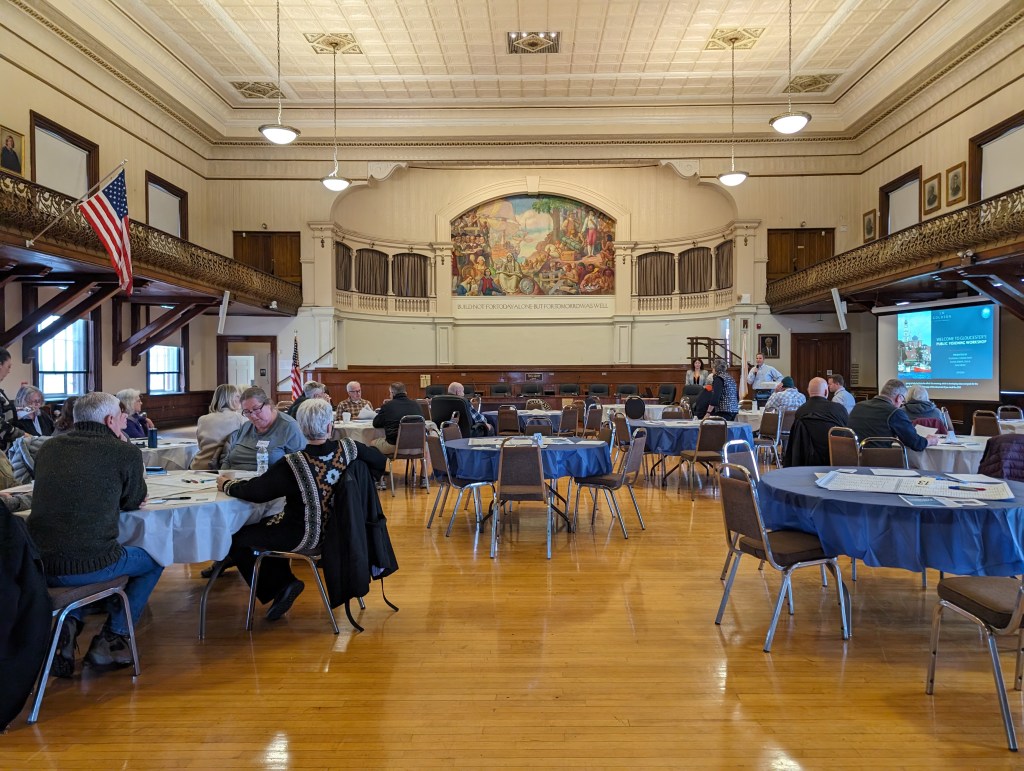

Check out a Master Plan blast from the past: Read WALKER HANCOCK AND THE 1958 COMPREHENSIVE PLAN FOR GLOUCESTER. Zoning, master arts plan, signage, trees, inventory of significant homes (dozens of addresses across town), and more
Update January 16, 2024
Jane Deering announces expansion of the Jane Deering Gallery (JDG). Since 2016, JDG has presented contemporary art in one room of the historic 1842 Capt. Harvey Coffin Mackay house at 19 Pleasant Street, Gloucester. The gallery will expand into a second front room of the historic house. An official opening of the new space to be announced.
JDG is located next to the important Cape Ann Museum. The gallery represents Cape Ann artists alongside national and international artists; and since 2002 has placed art in museums, corporate collections and numerous private collections in the US and abroad.
courtesy photos: work in progress towards gallery ready (note extant architectural details: decorative mantle surround, dentil molding, exposed hardwood floor); and Jane in the new space)

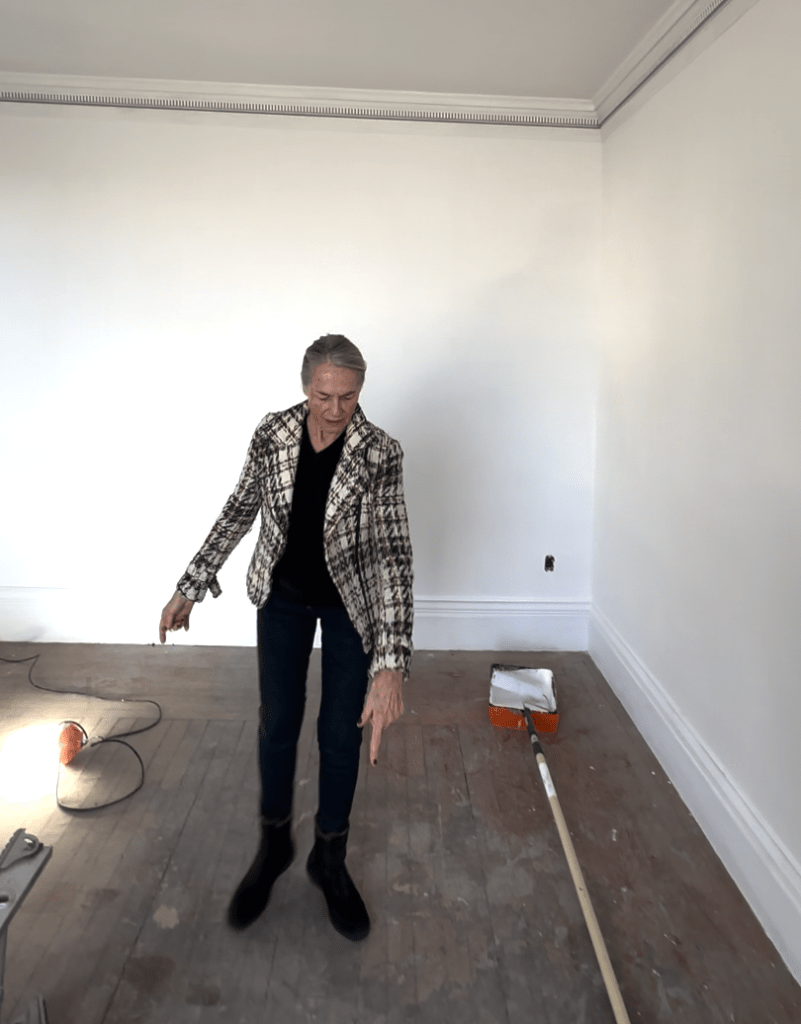
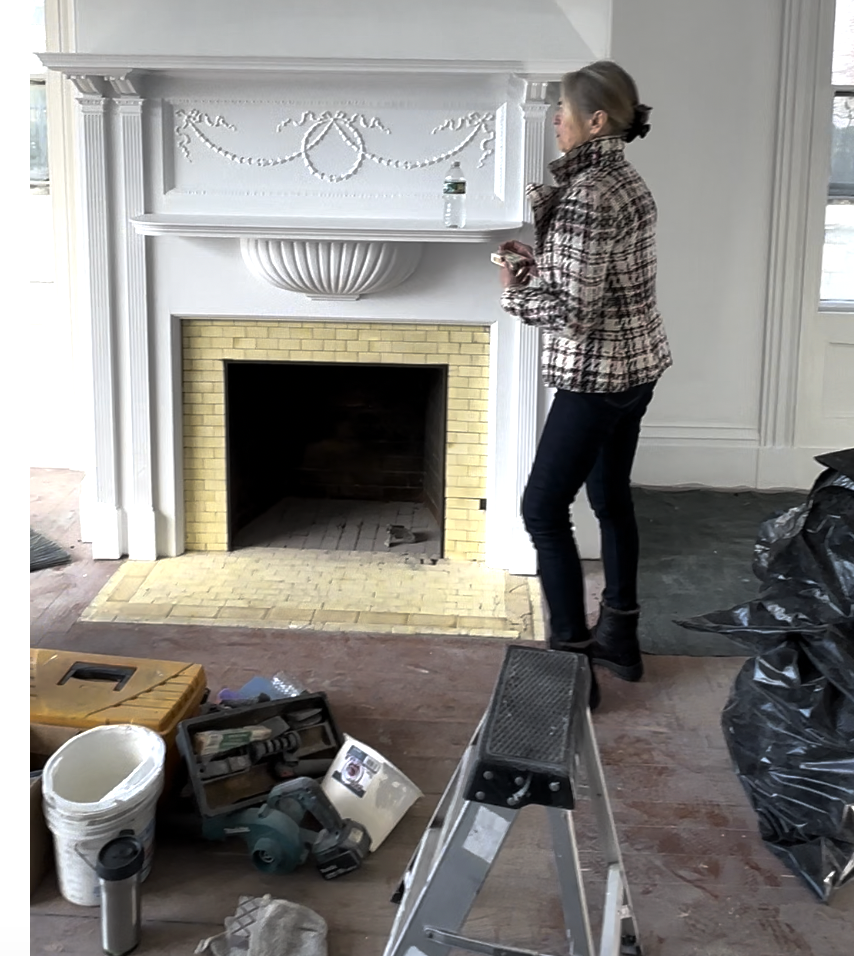

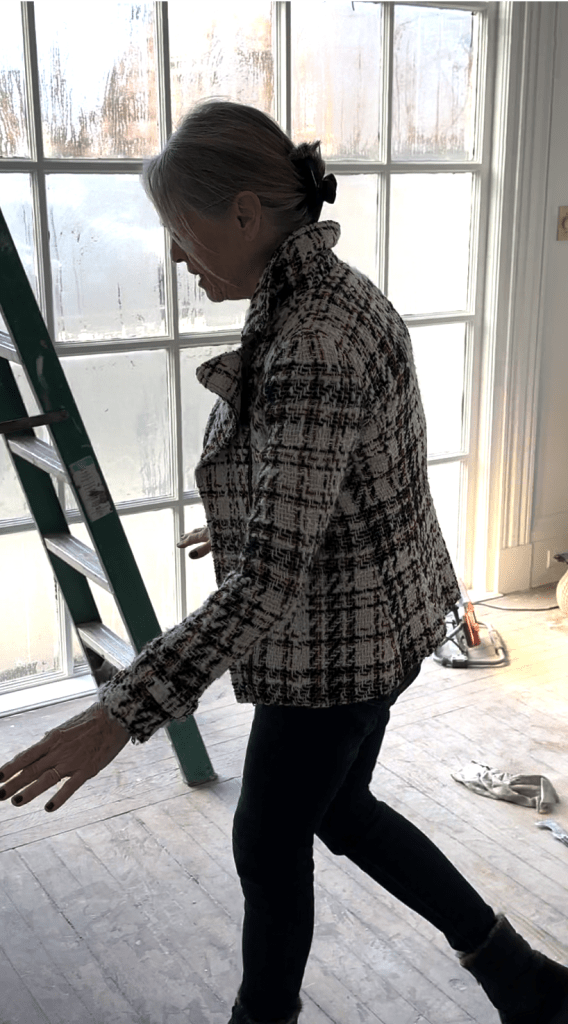
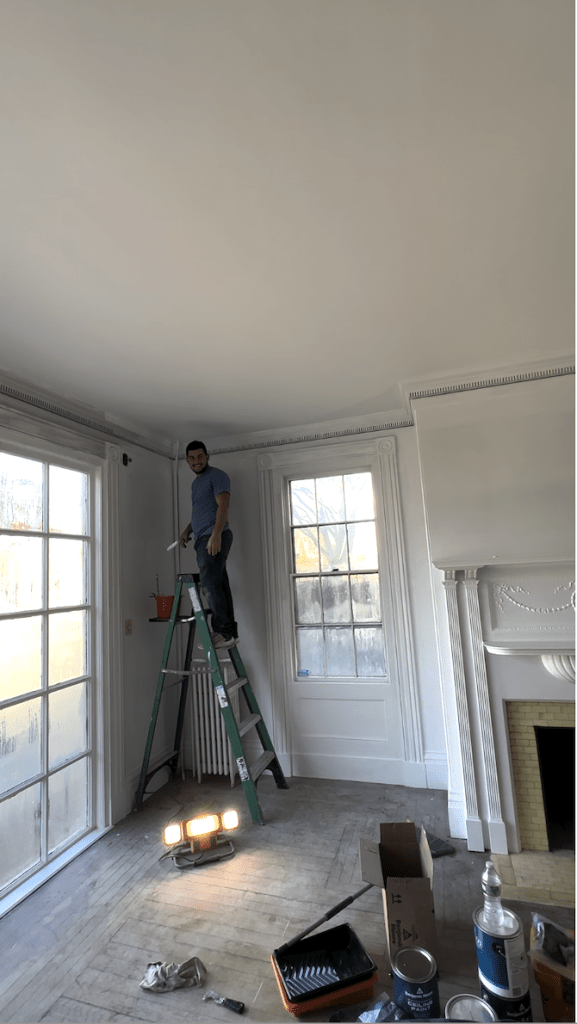
The last batch! Here are images of the final Gloucester homes added to the Holiday Lights and Cocoa Drives 2023 edition, the Google online and printable map, and the 2023 Mad Merry Highlights Tour reveal. Whether they’re religious or secular, traditional or one hit wonders, minimal or ornate, by hand or by hire–; let’s admire the joy and creativity brought to their Gloucester designs and the spark they share from a little light on dark winter nights!
note: you might want to increase the brightness on your display if you have it set low.

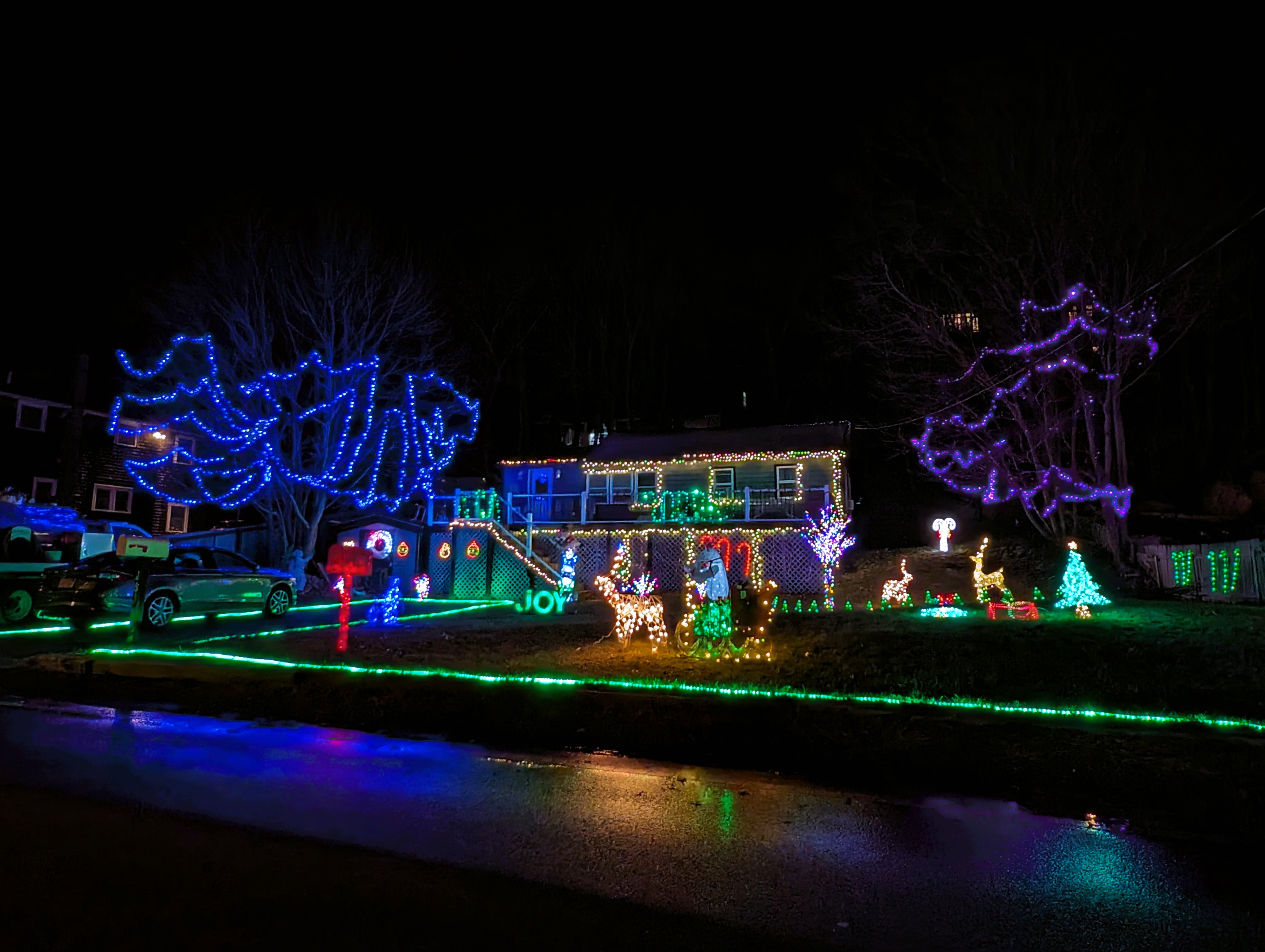
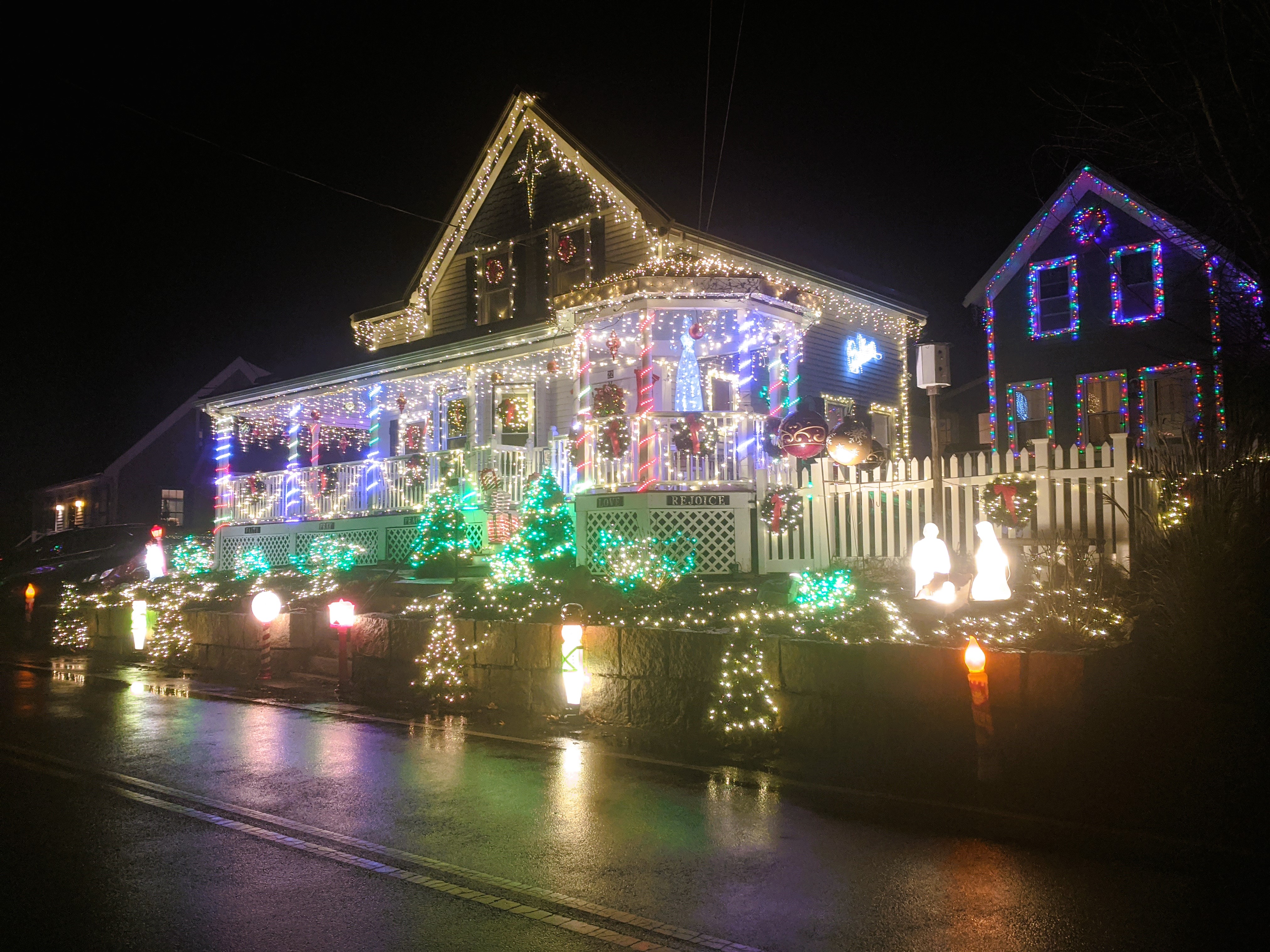
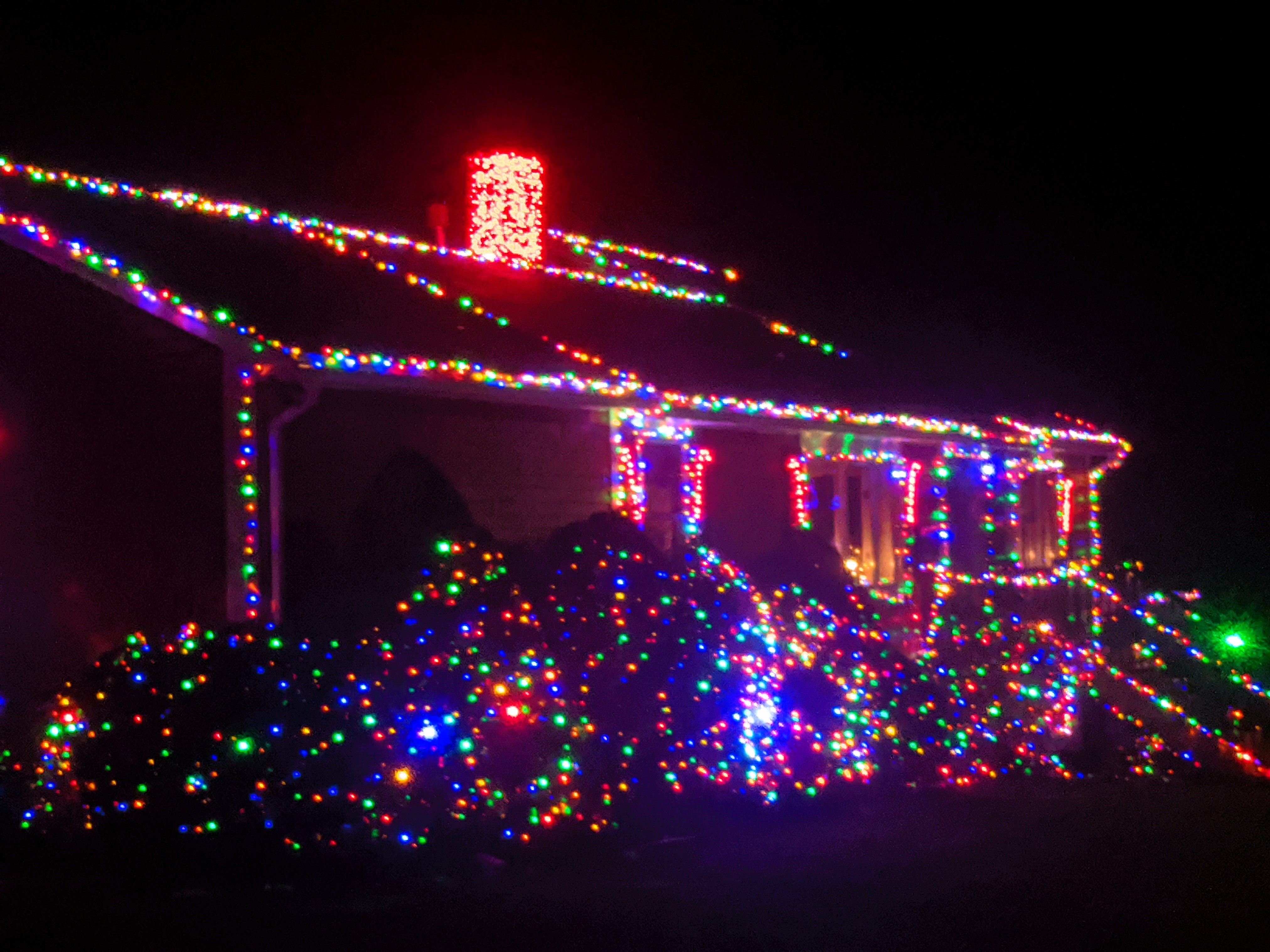
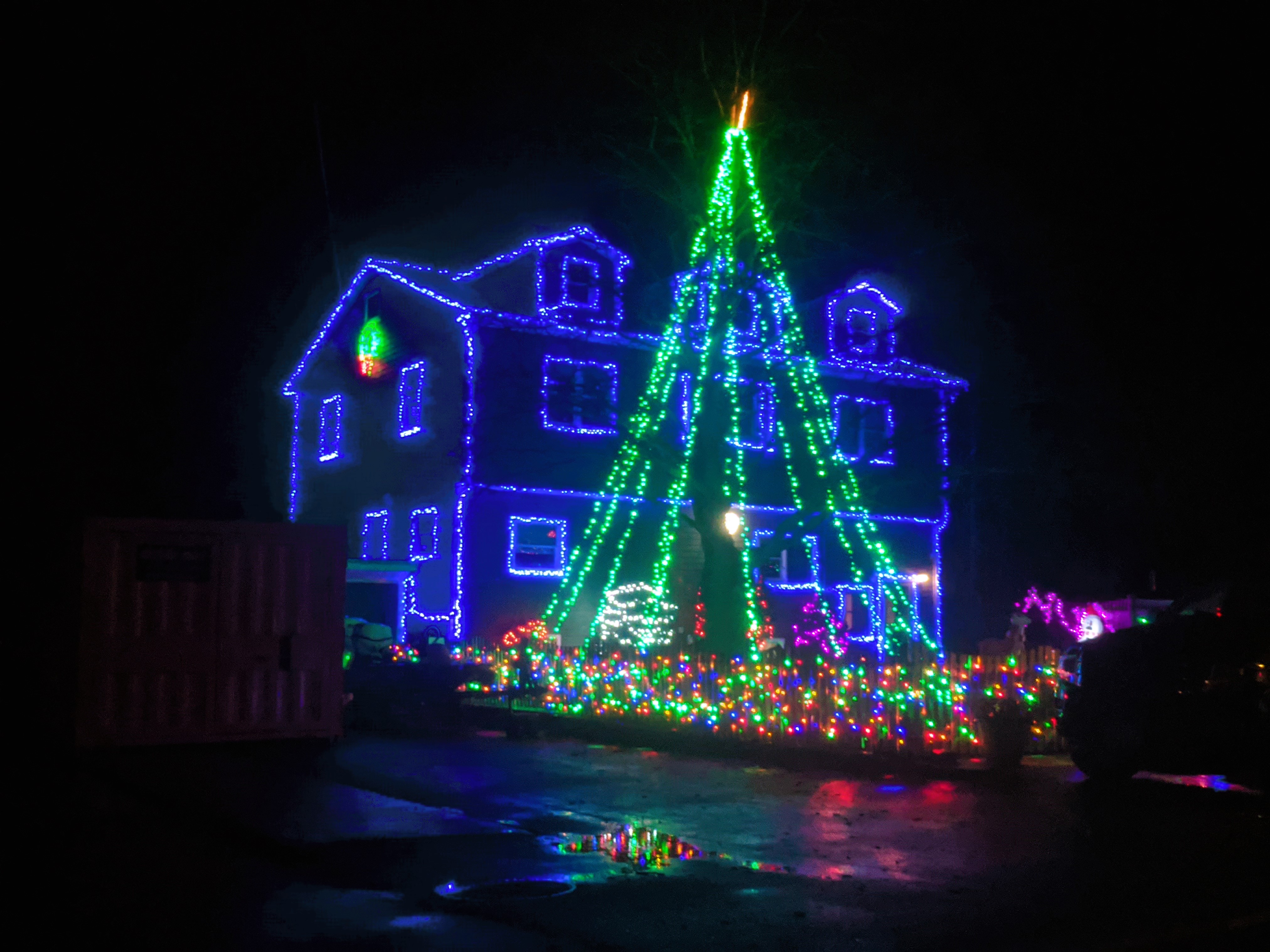

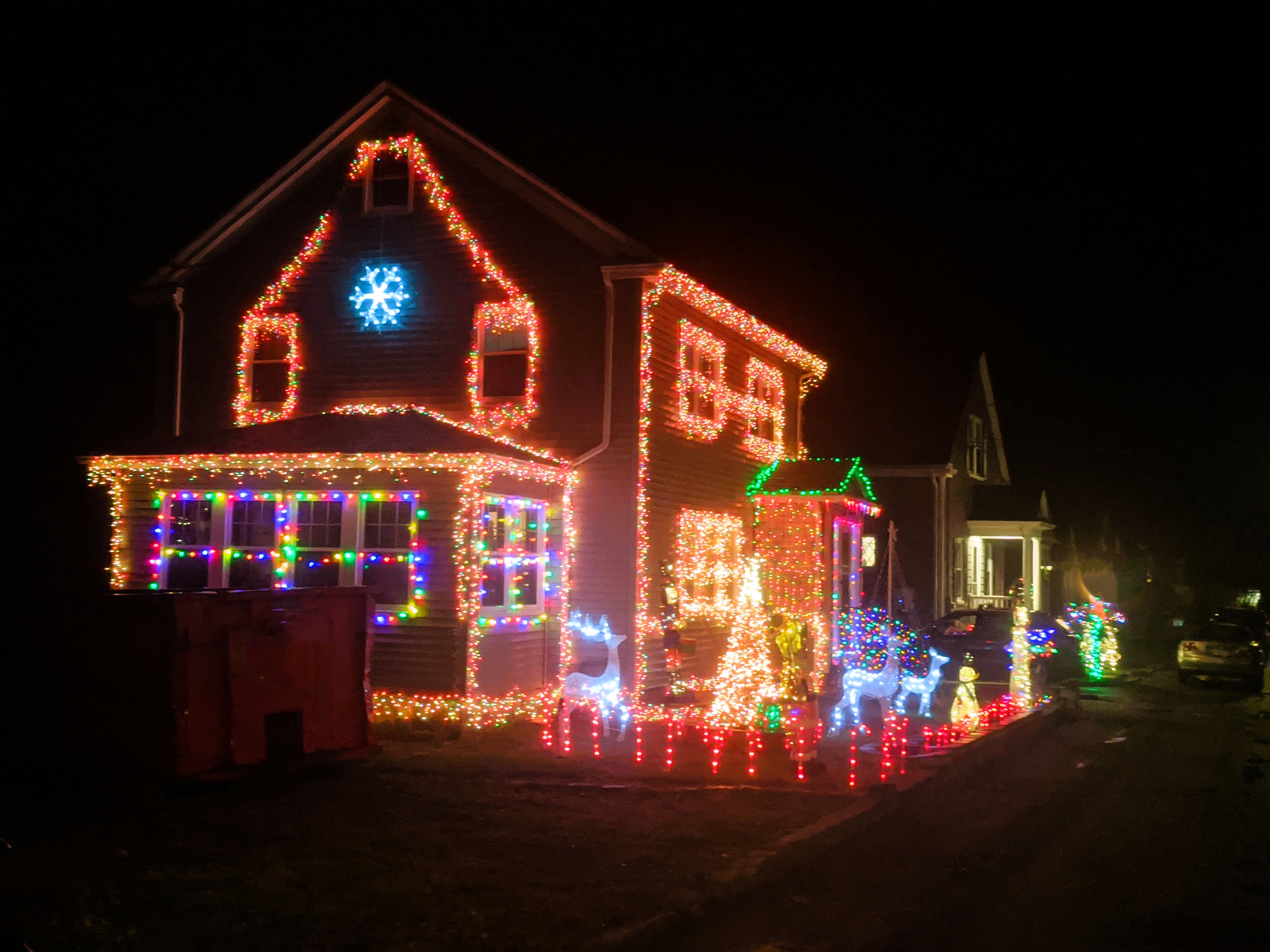
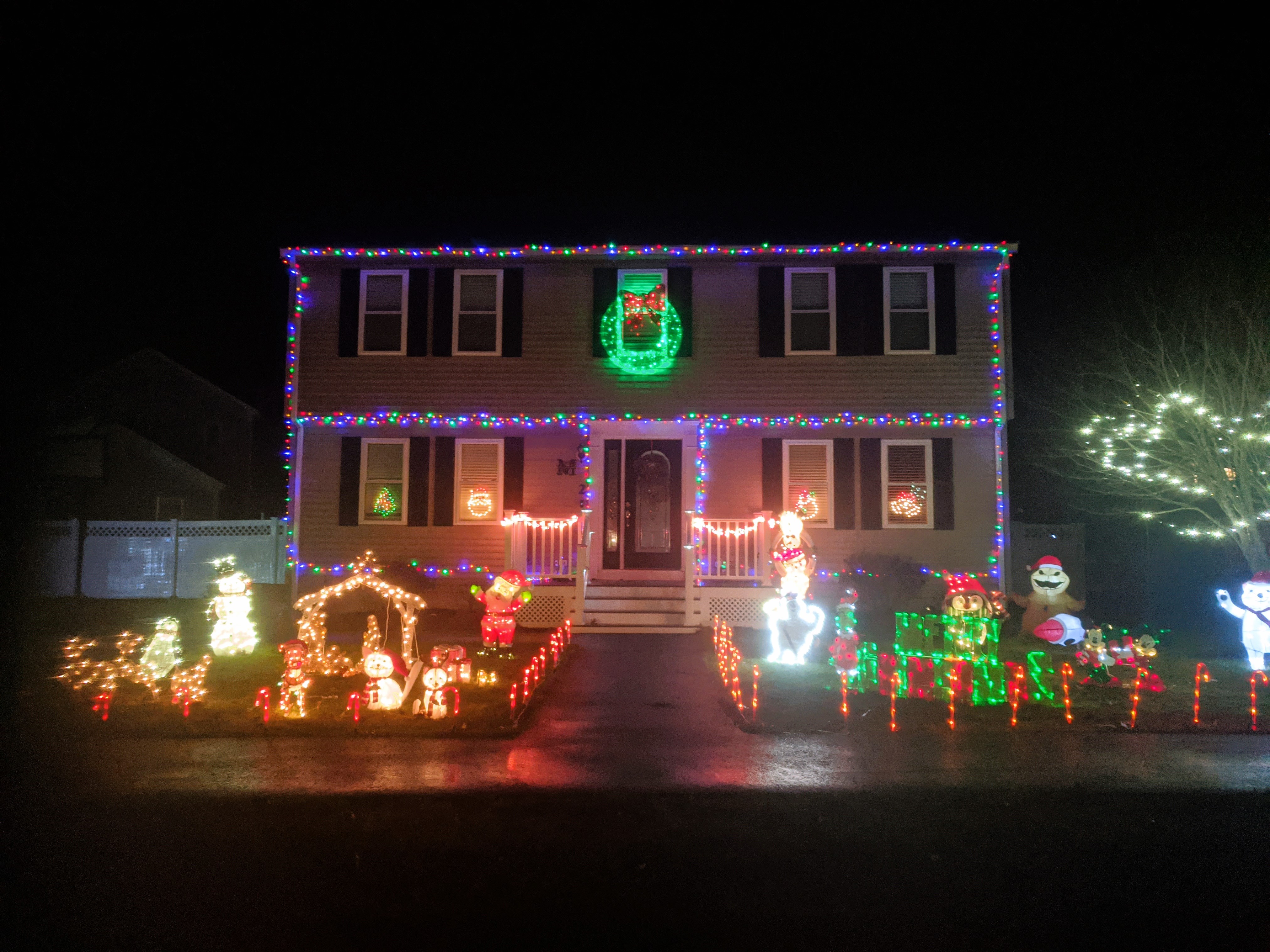
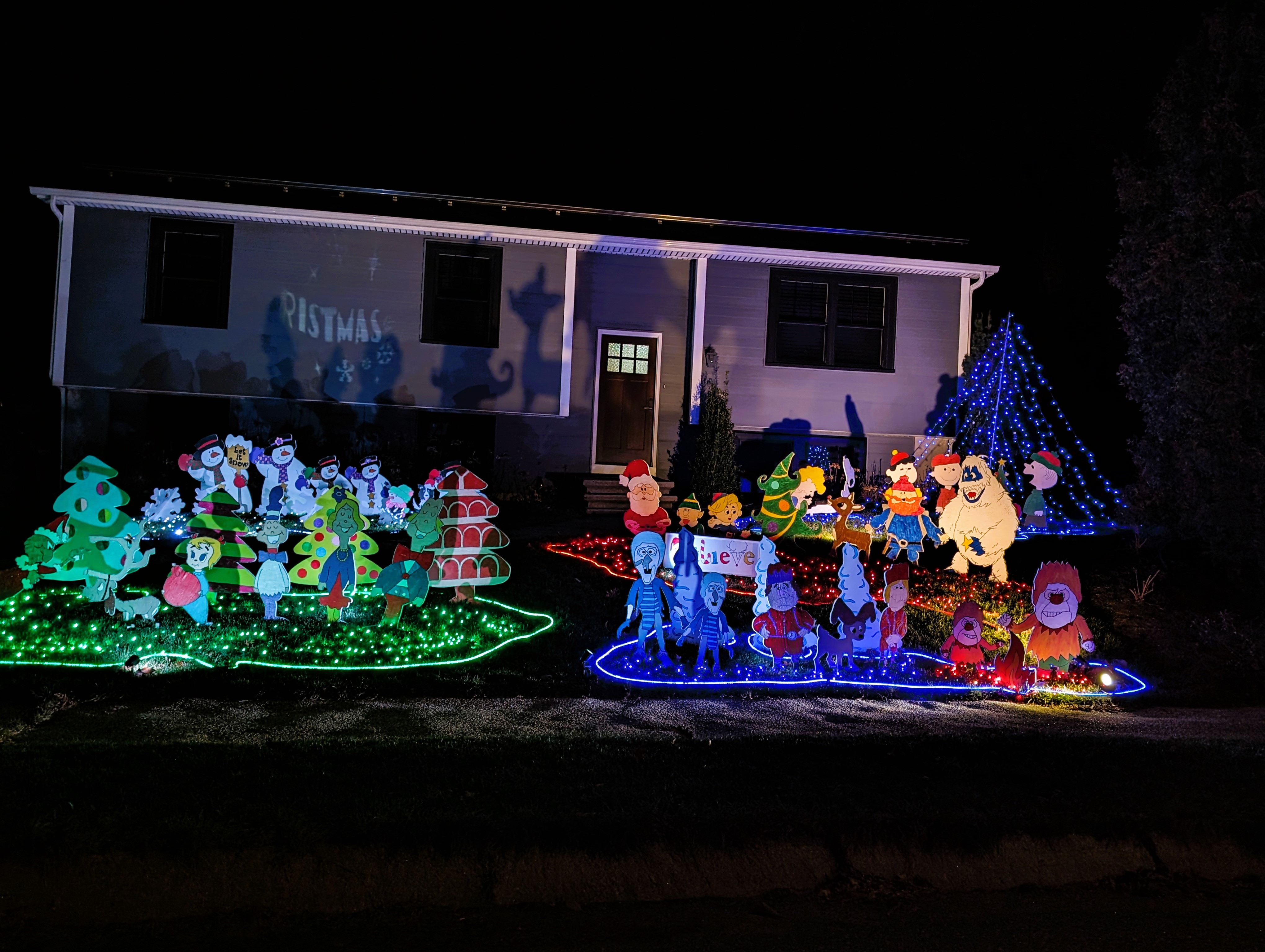

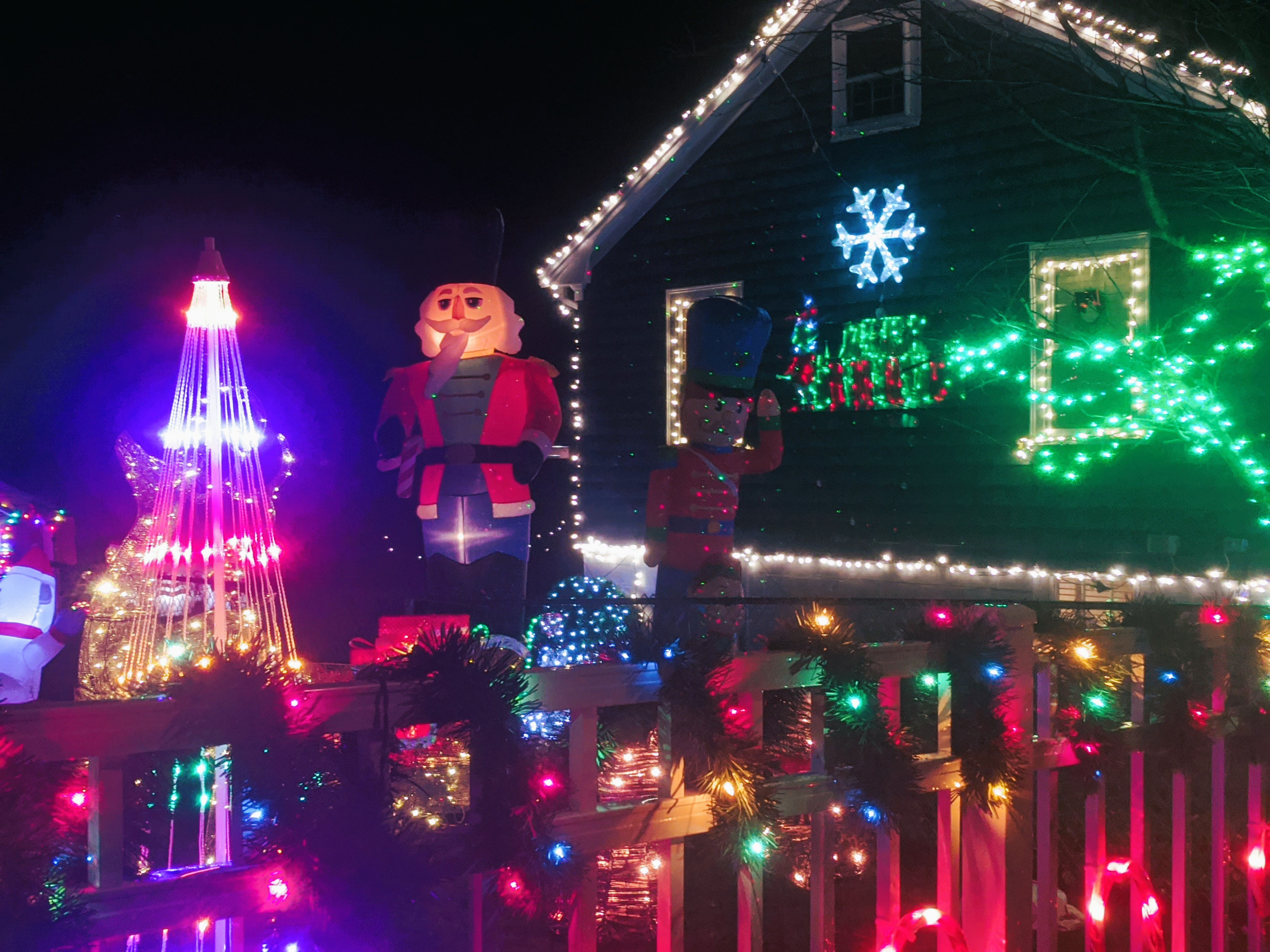





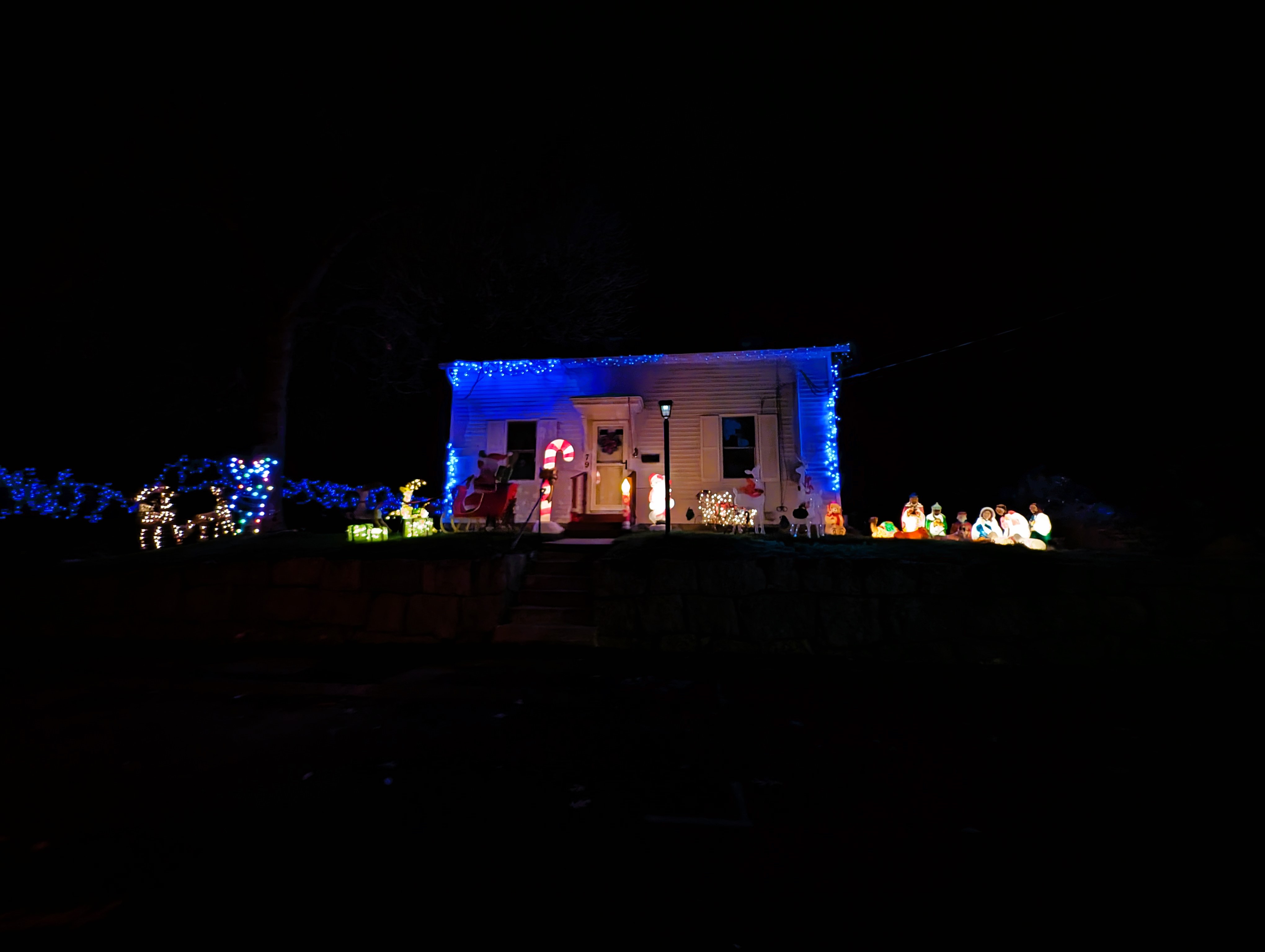
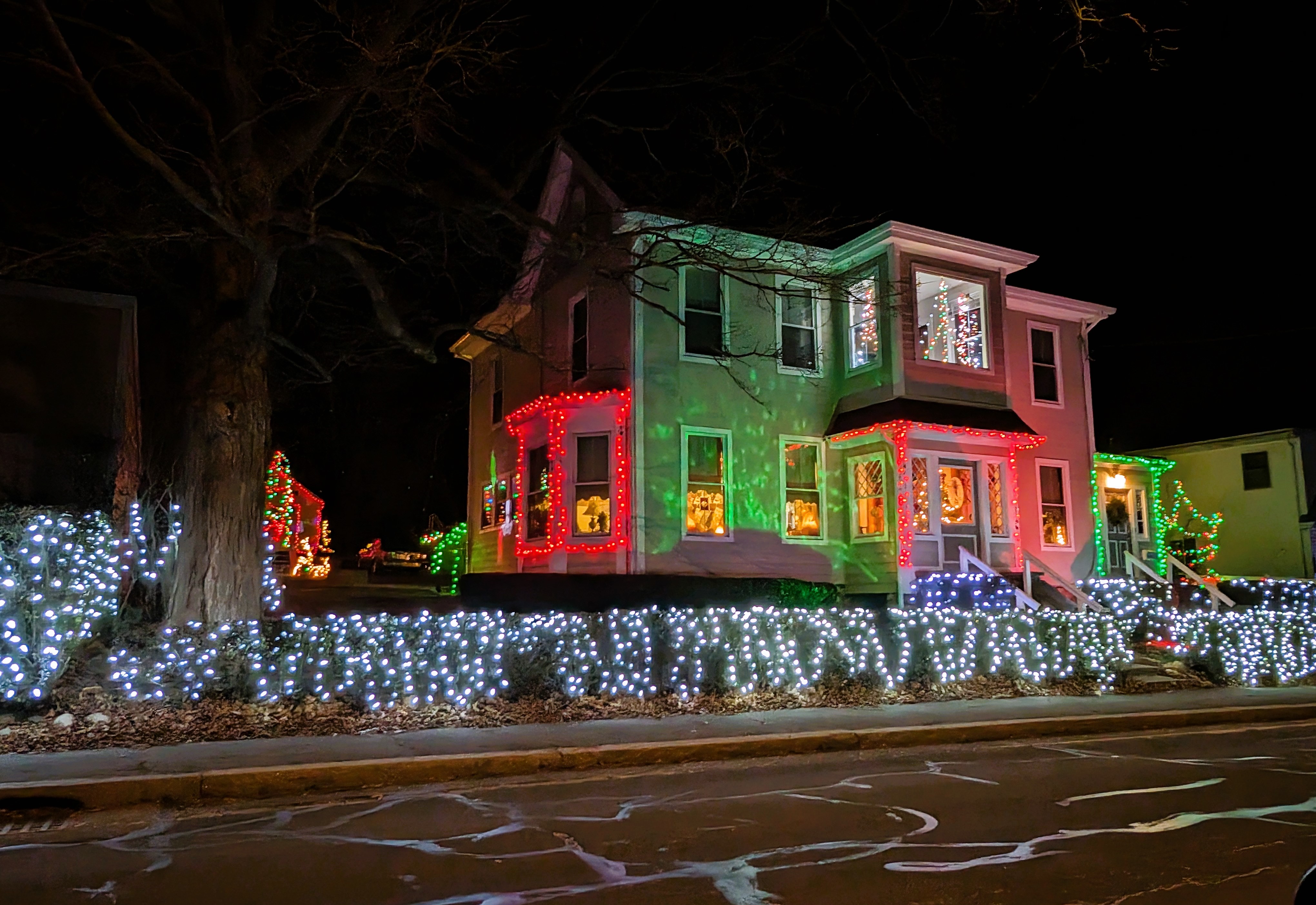
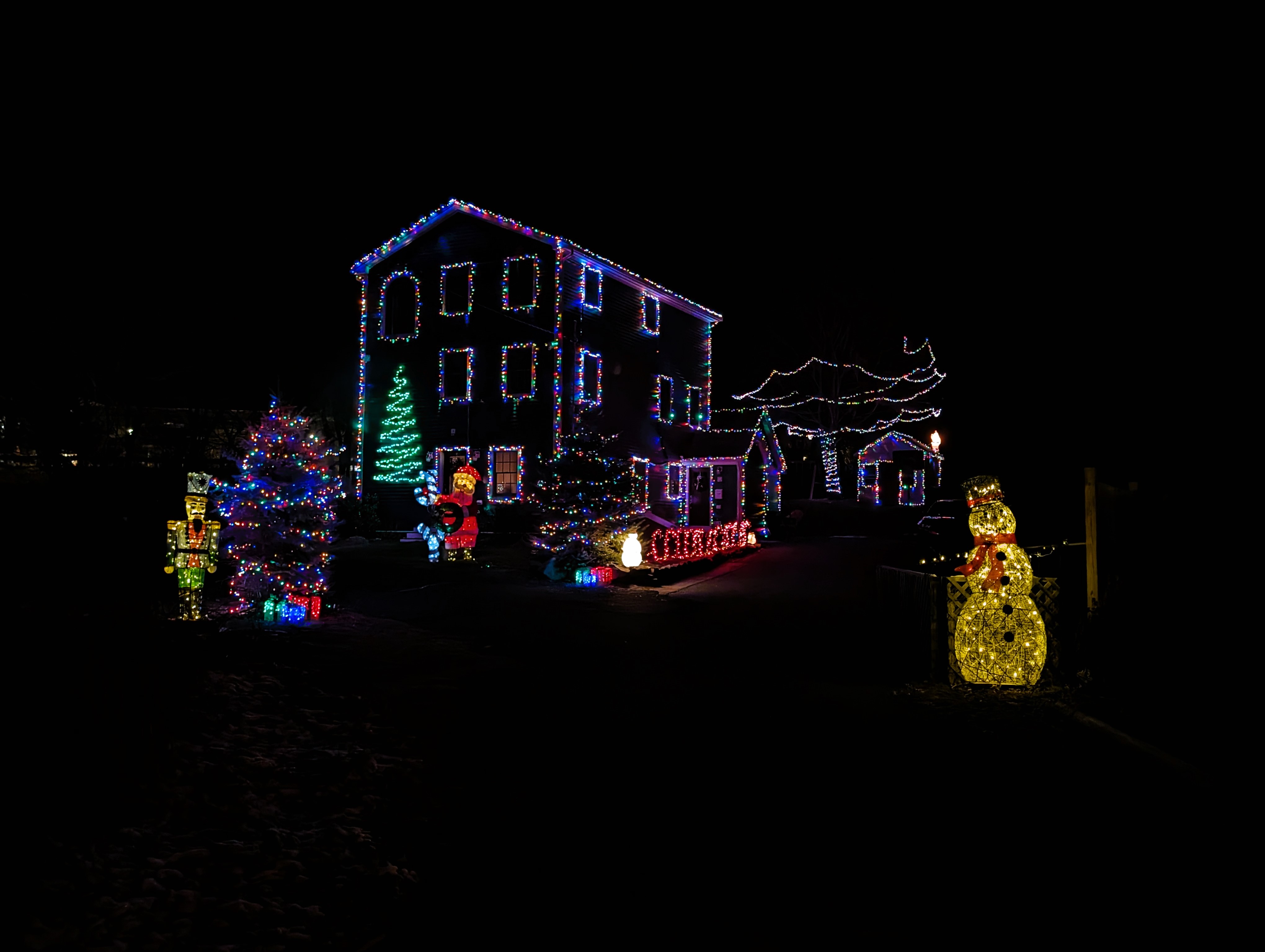

IMAGES: As in deck the halls, doors, windows, roofs and yards with boughs of holly-holidays! Here’s the list of 20 (alphabetized by roads in Gloucester neighborhoods)
Images: DOWNTOWN. 57 Prospect St. at the RR & Maplewood buoy intersection; 158 and 160 Washington Street pair; Corner of Ashland Place & Washington St. (across from Poplar)
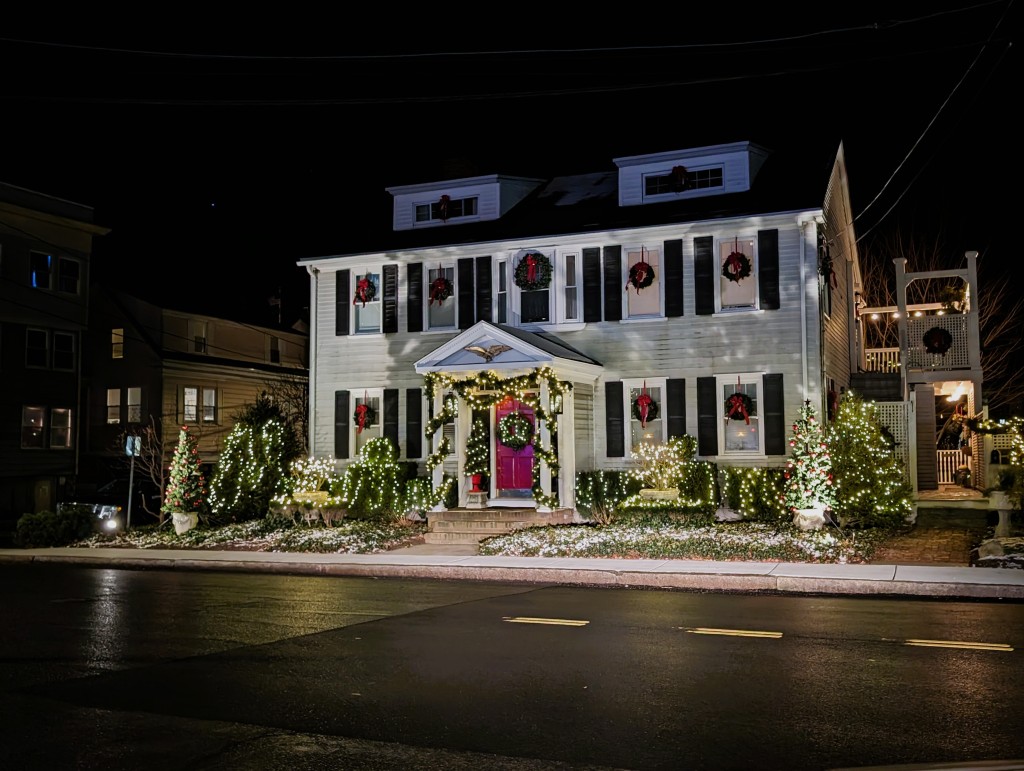
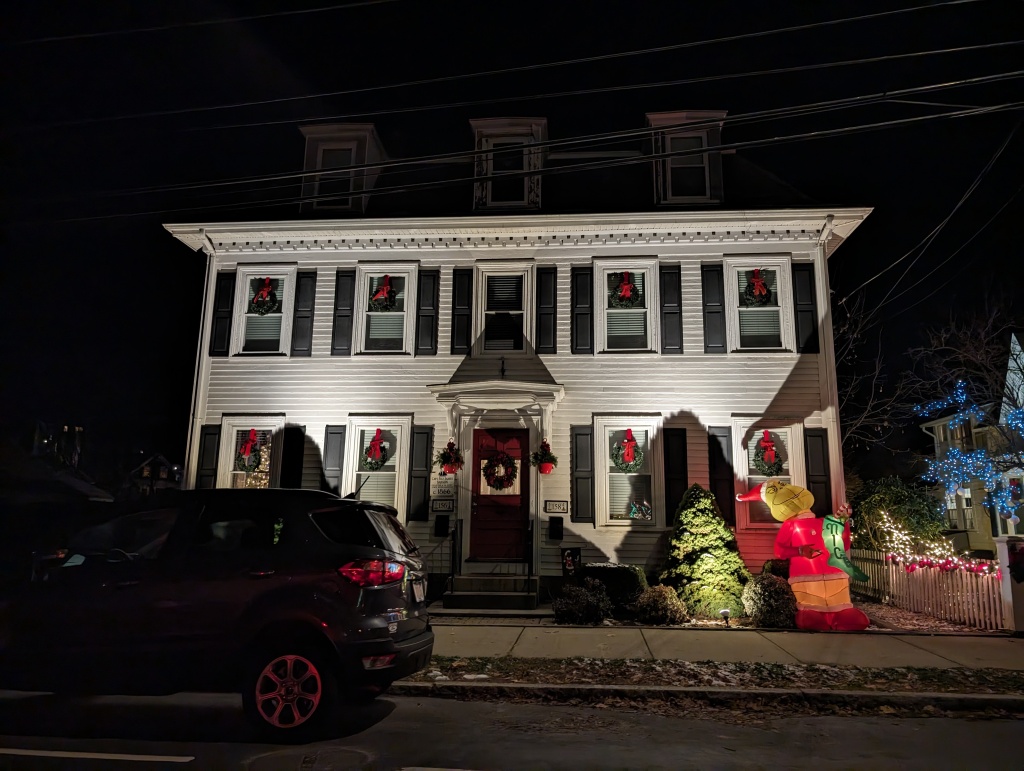


Images: Have you seen…? The blue crescent moon rising over Rt. 128 between the rotaries is the OG hanging lights design–an annual beacon heralding the Seasons that’s inspired others; the magical lights reflecting Goose Cove; ‘Merry’ on Cherry hedge; Days pond’s tiny floating Santa; Santa and his reindeer flying in the sky (seen from Rt. 128)

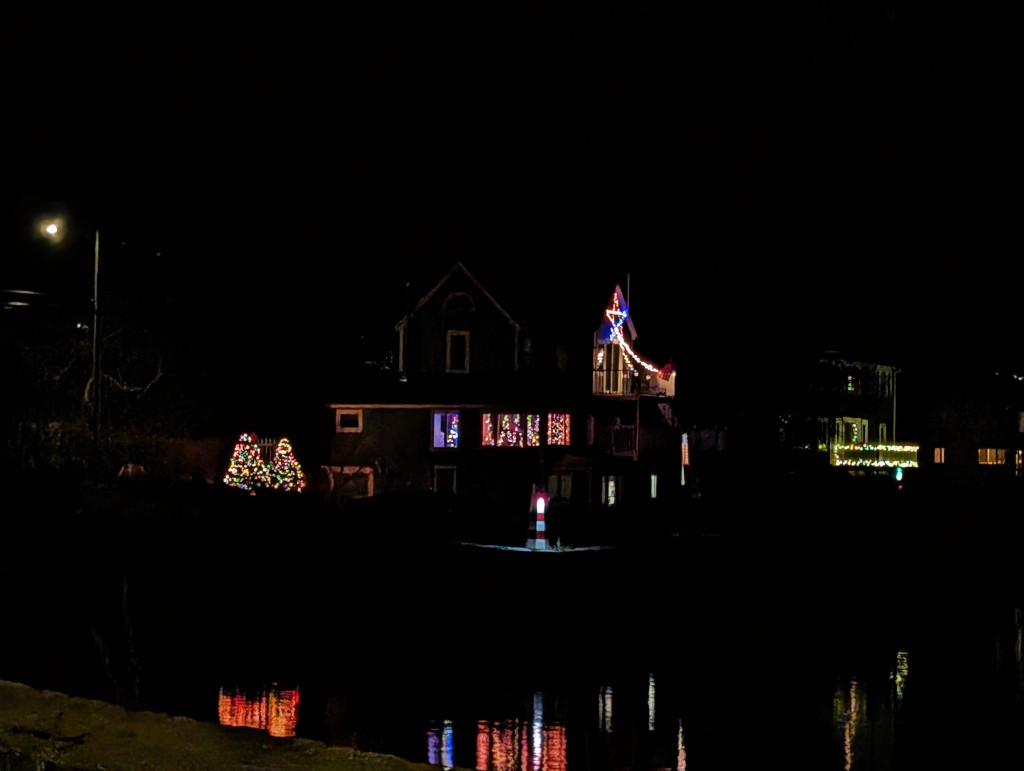


Roads worth a ride: Essex Ave (Rt. 133) between Essex and Kent Circle in Gloucester; Finch Lane; Elizabeth Street; Harrison Ave (to Crestwood); Reynard Street, Reservoir Road, and High Popples.
Iconic Scenic Stops: Gloucester’s Christmas trees at Kent Circle and Lobster Trap Tree on Harbor Loop, the Lobster Trap Menorah on Middle Street and Rockport’s Christmas Tree in Dock Square are enchanting! (This year there are more homes illuminated on the drive into Rockport via Eastern Ave.)
Images: the Red and Green color scheme!
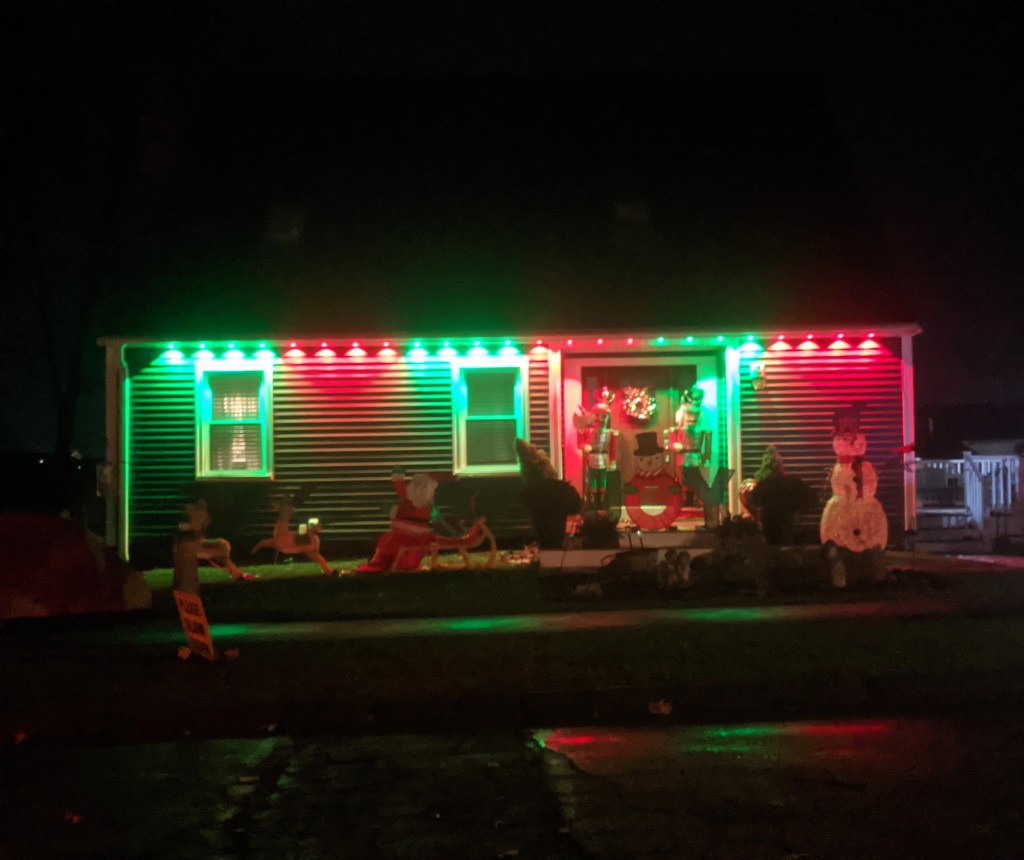
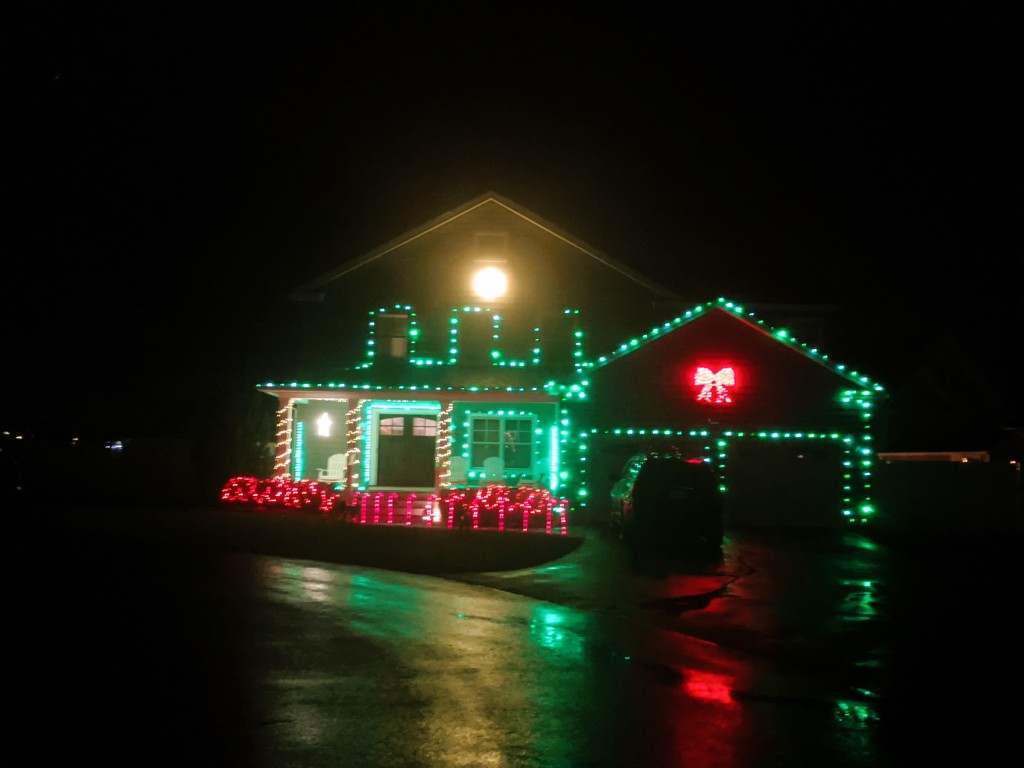


Images: photo additions as of Dec. 14th to the Google map include the following streets: Reynard Street, Linden Road, Cherry Street, Finch Lane, Washington Street, Brightside Ave., Crestview Terrace, Decatur Street, East Main Street, Hartz, High Popples Road, Marina Drive, Western Avenue

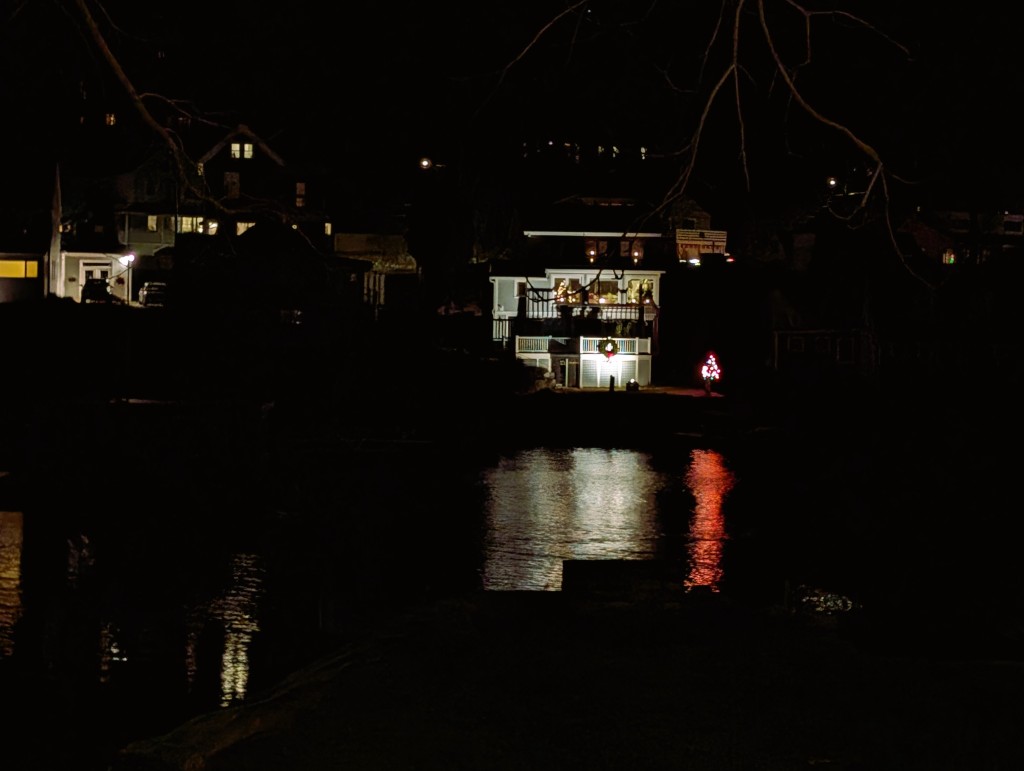


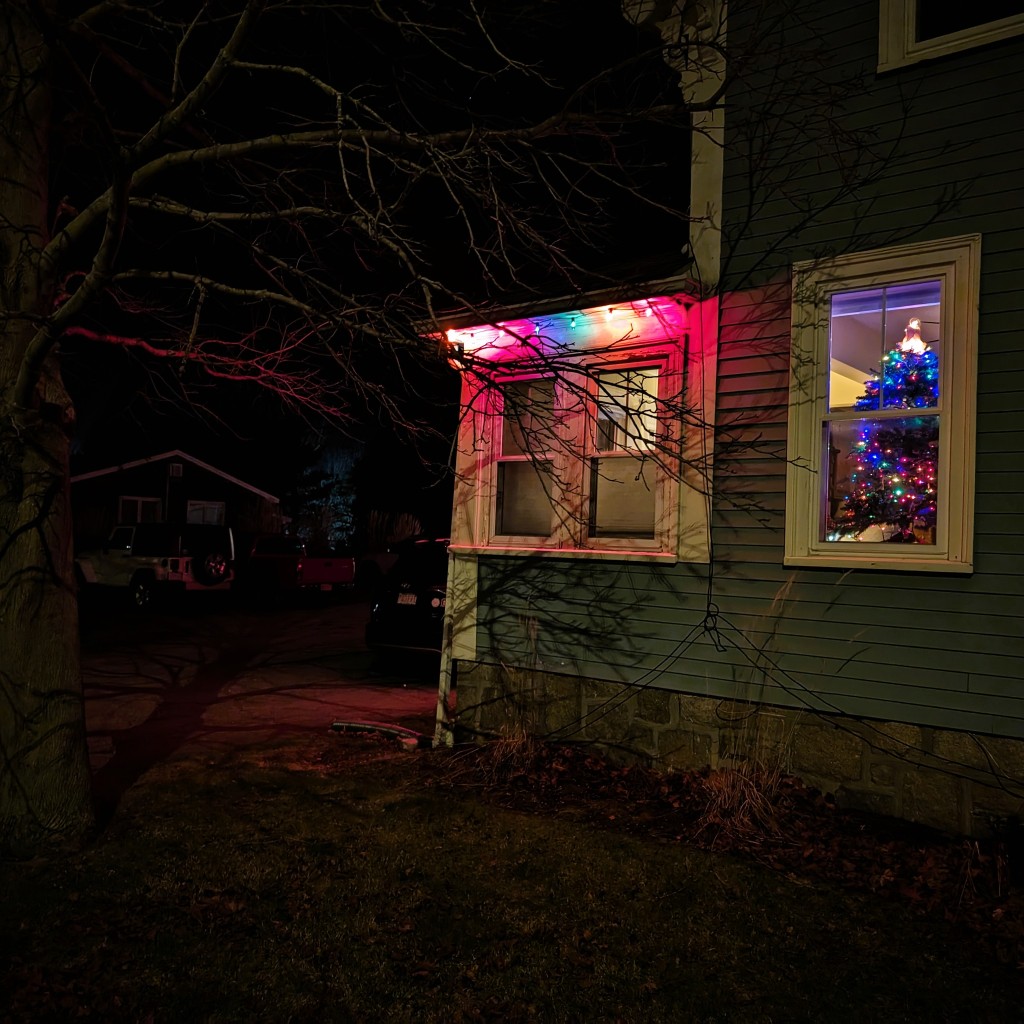
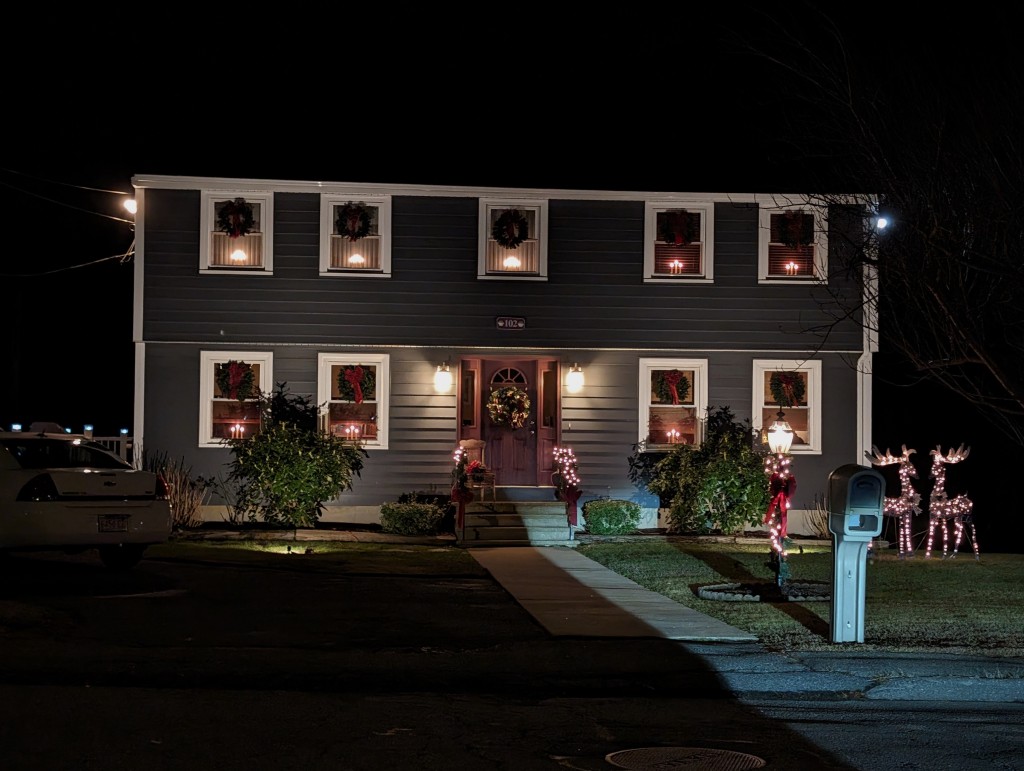
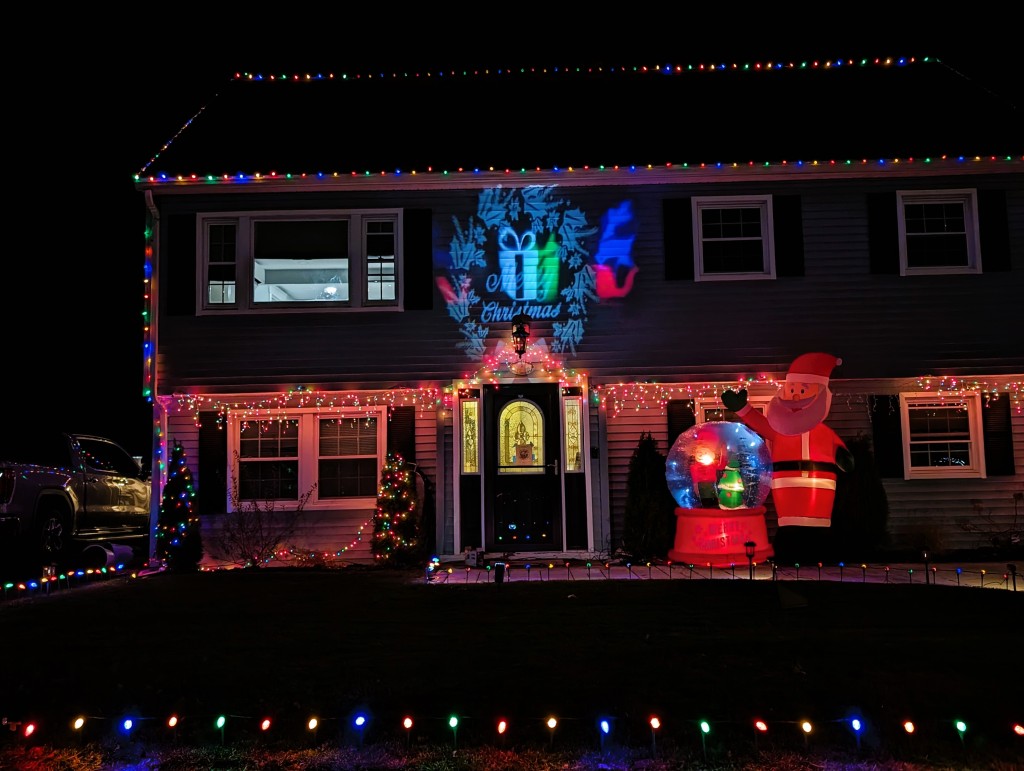
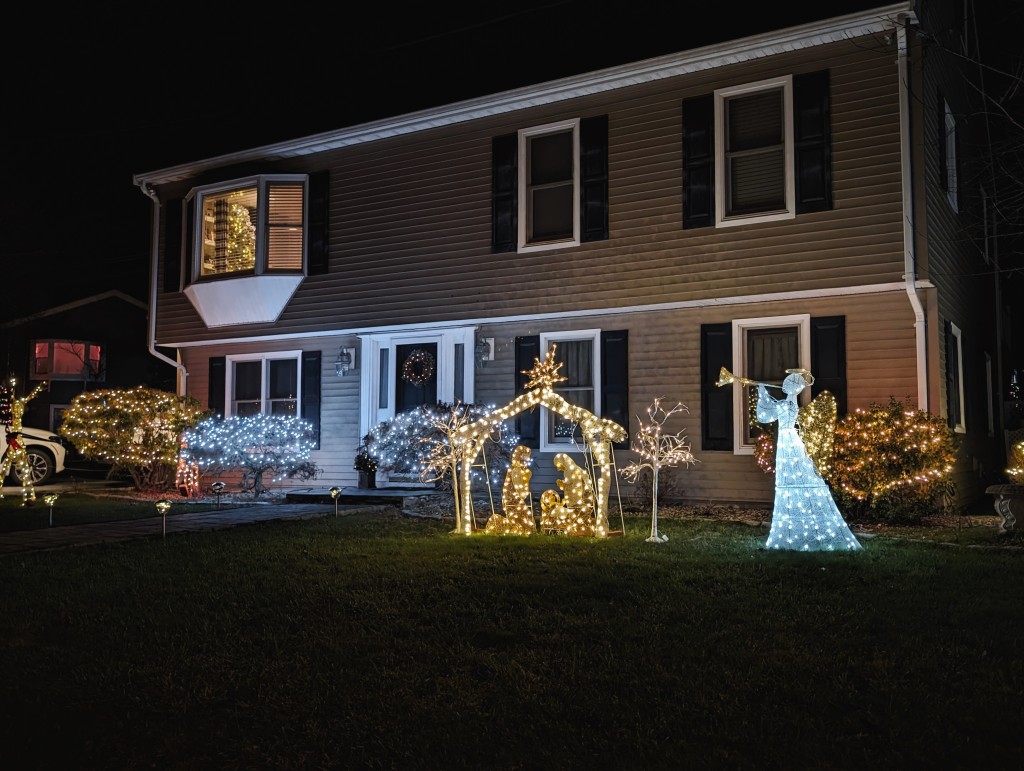
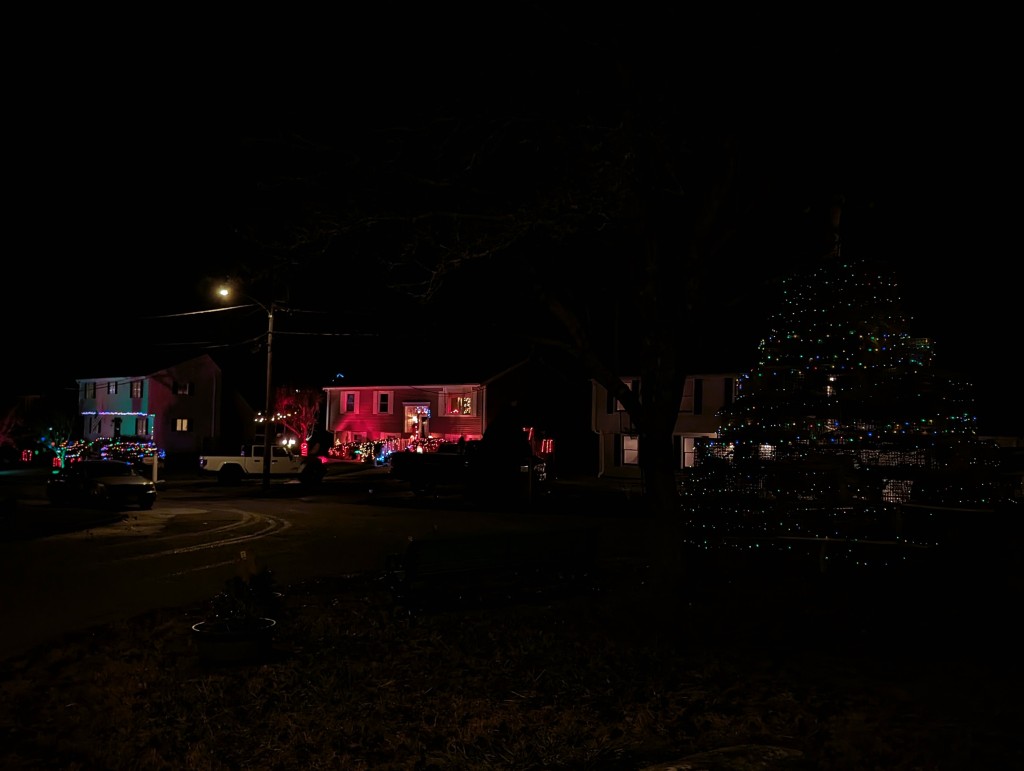
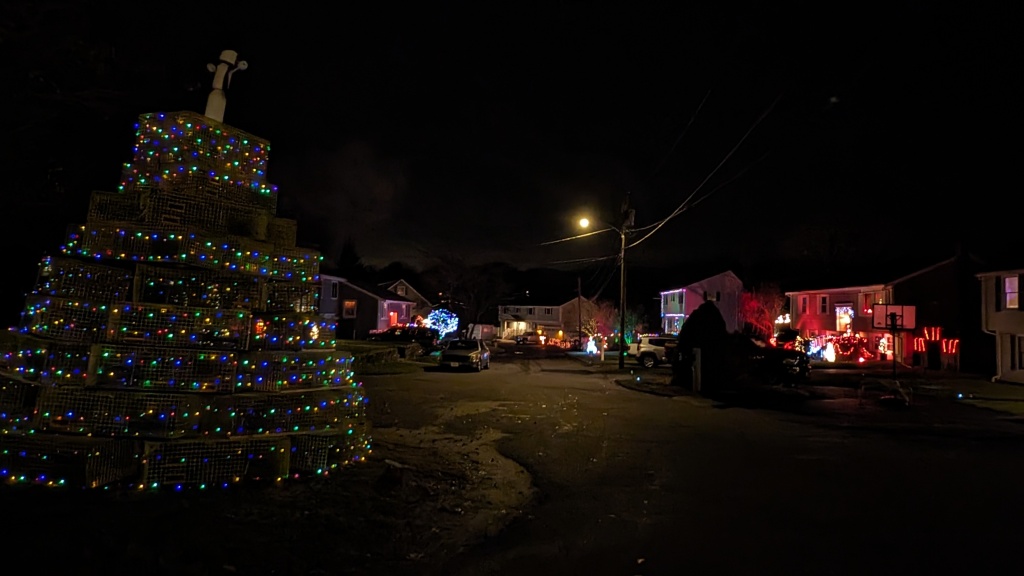
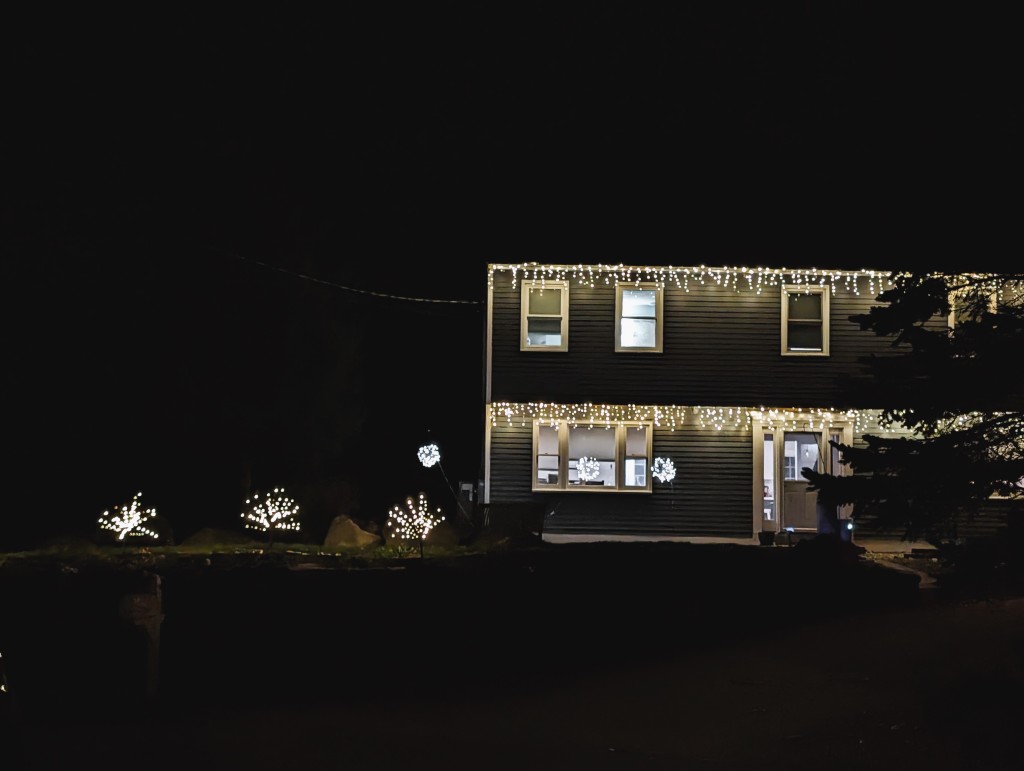
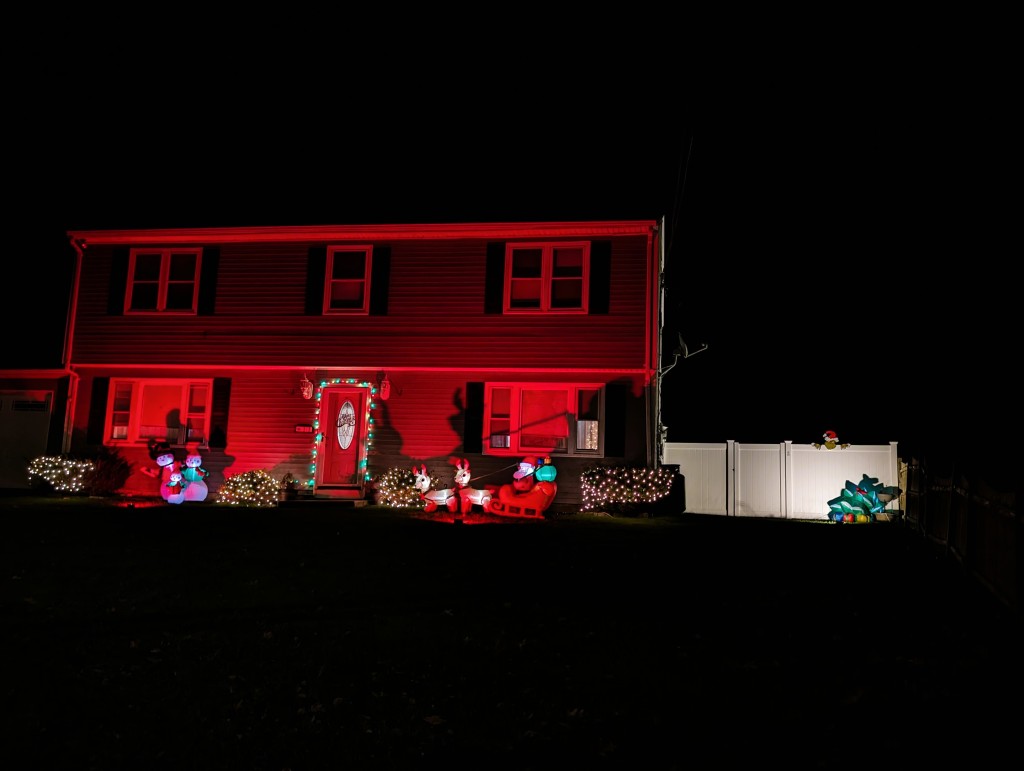


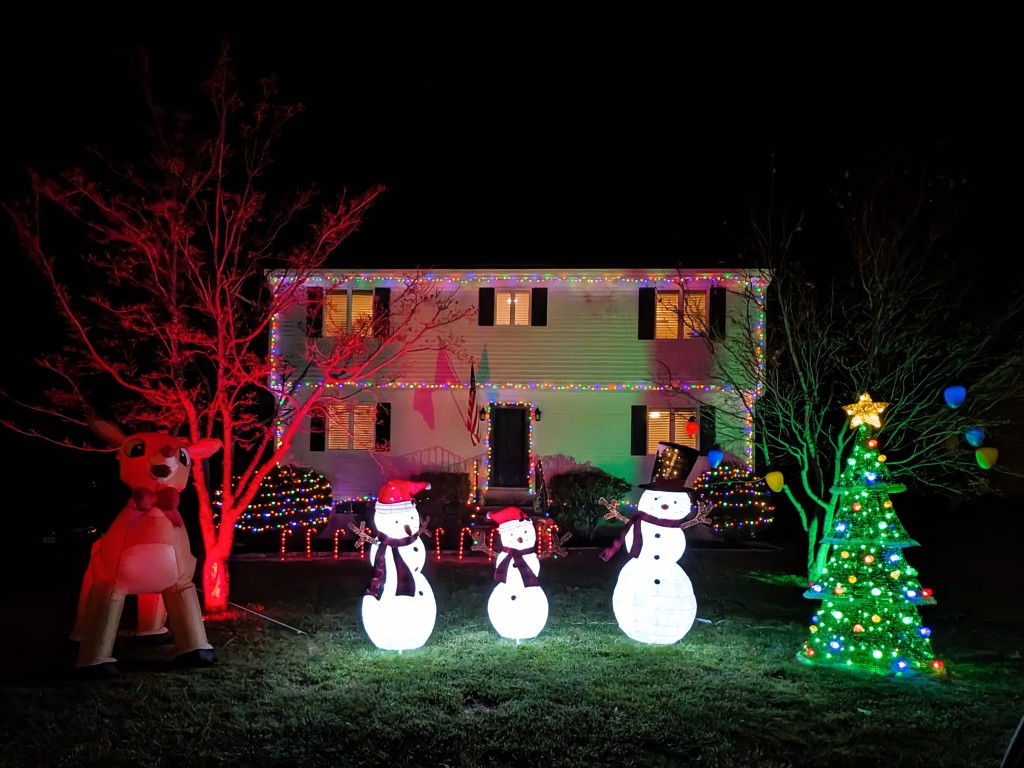




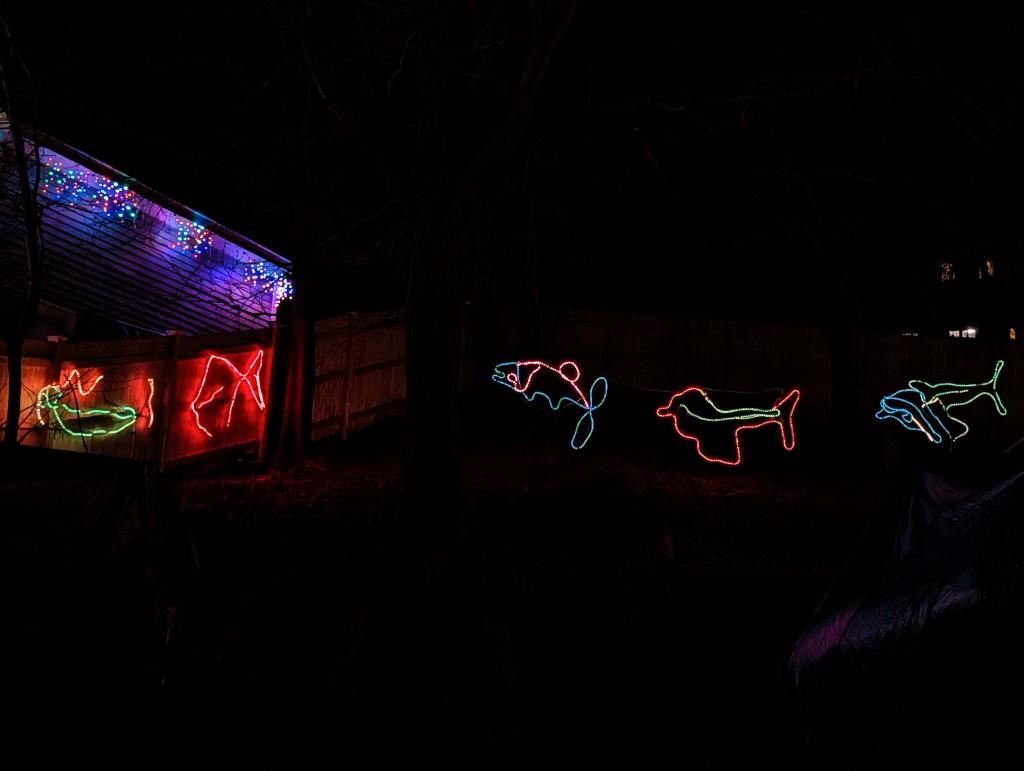


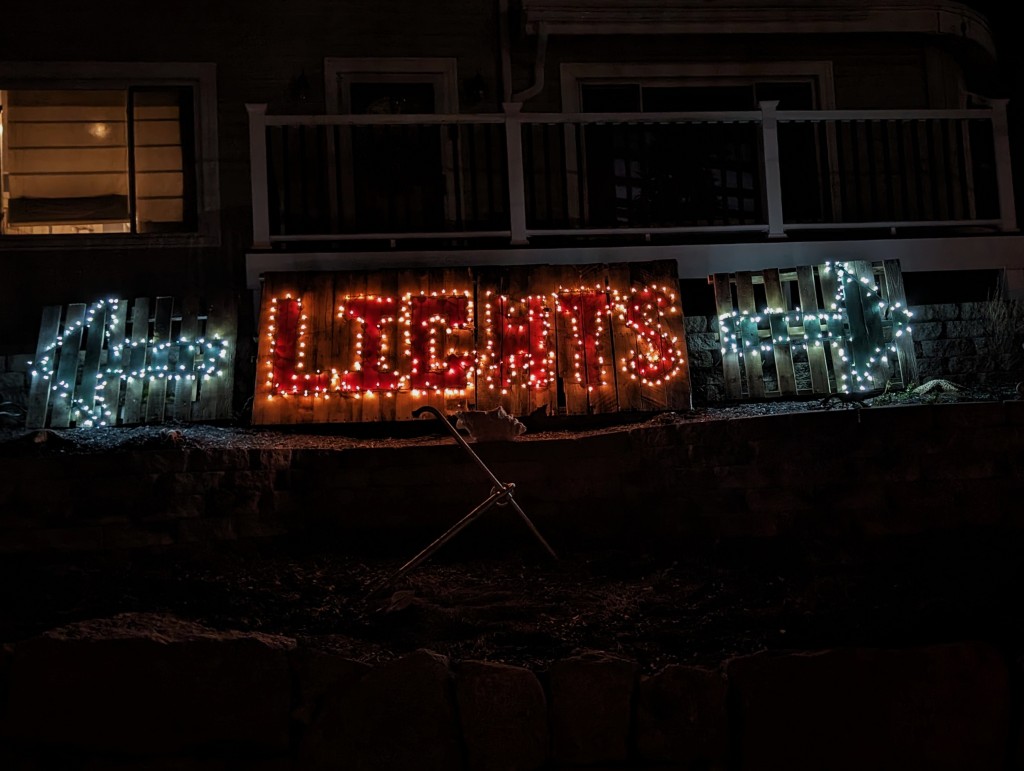

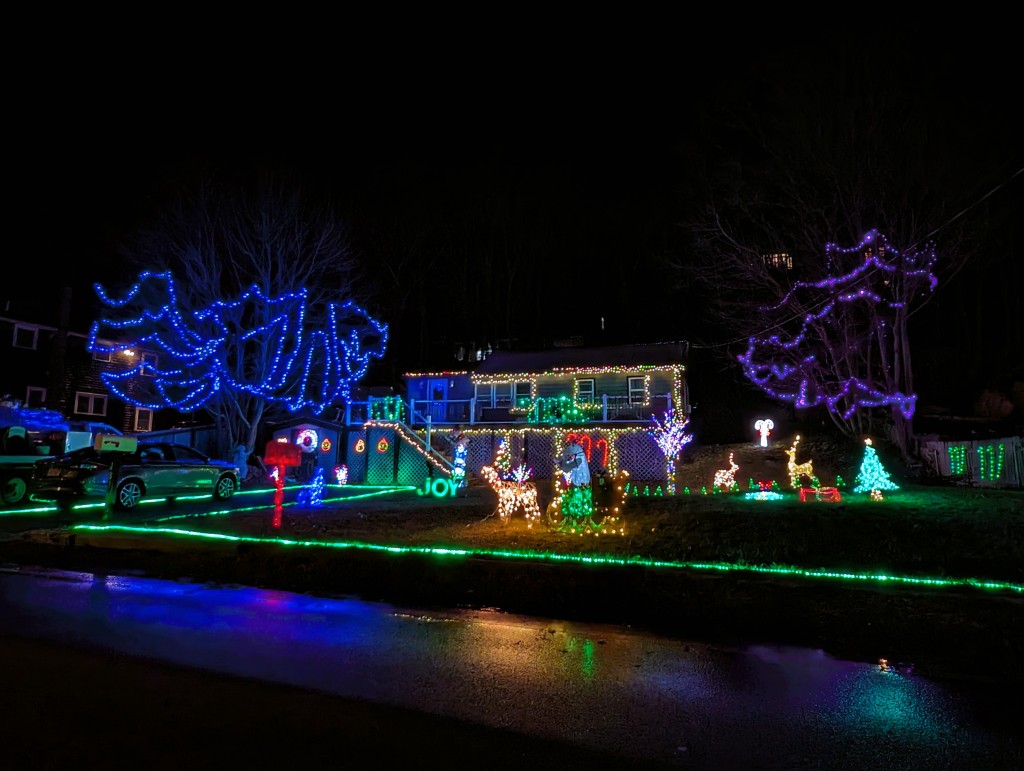
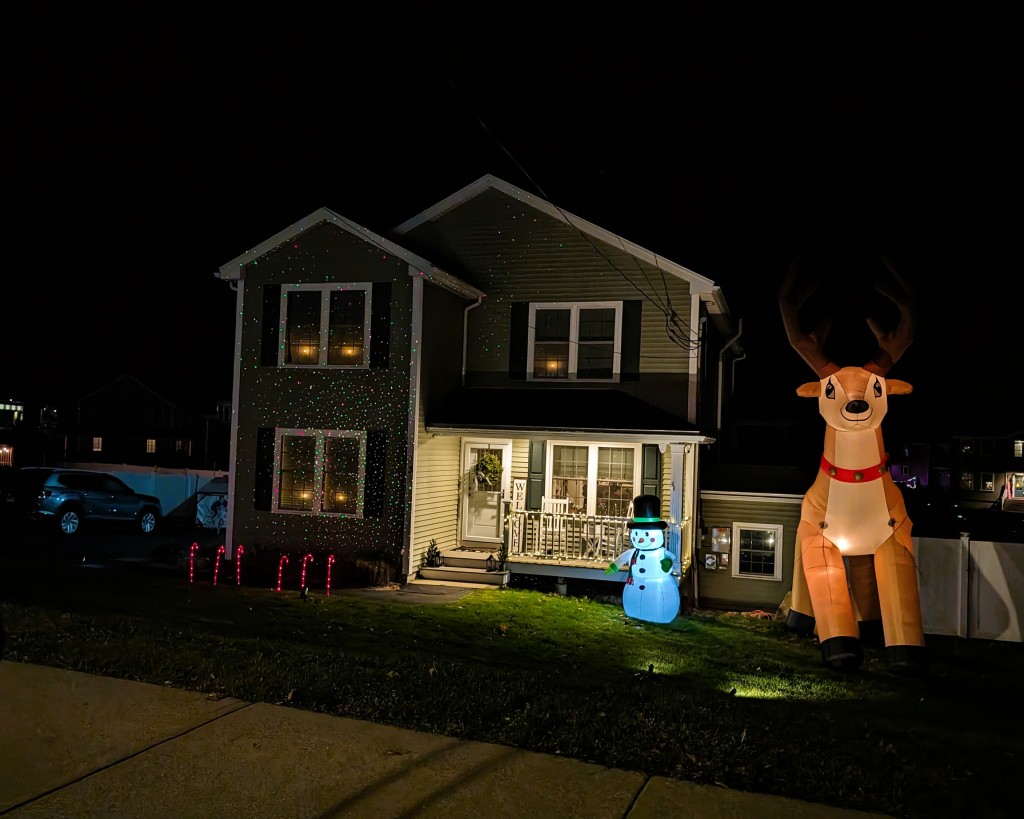

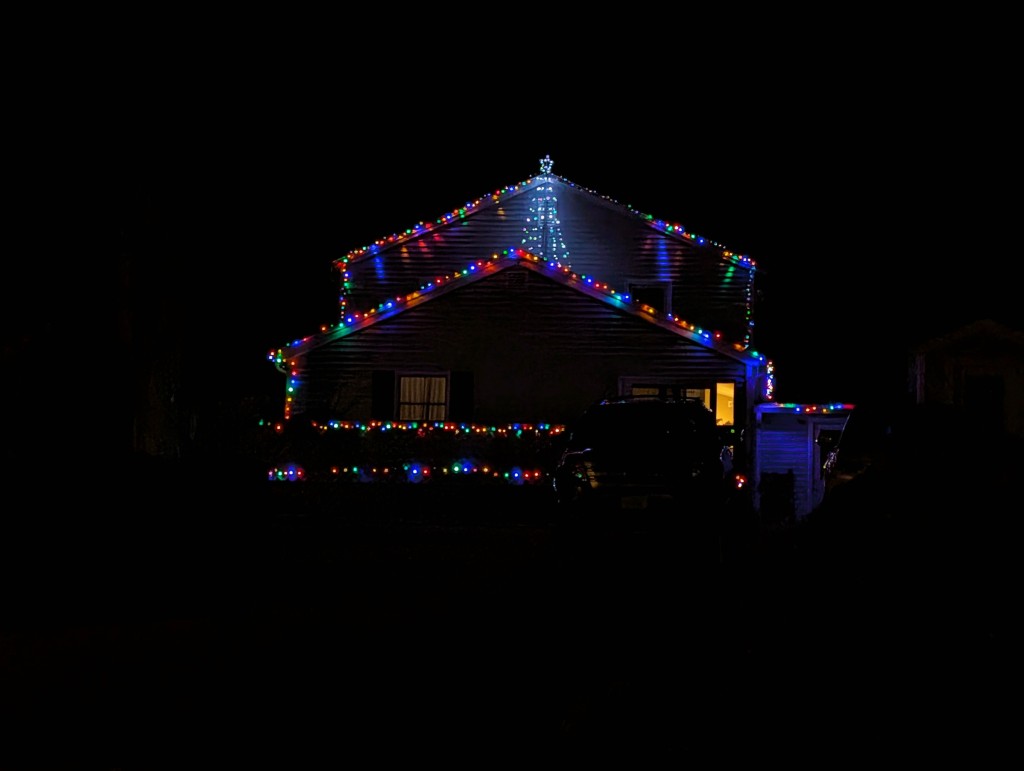
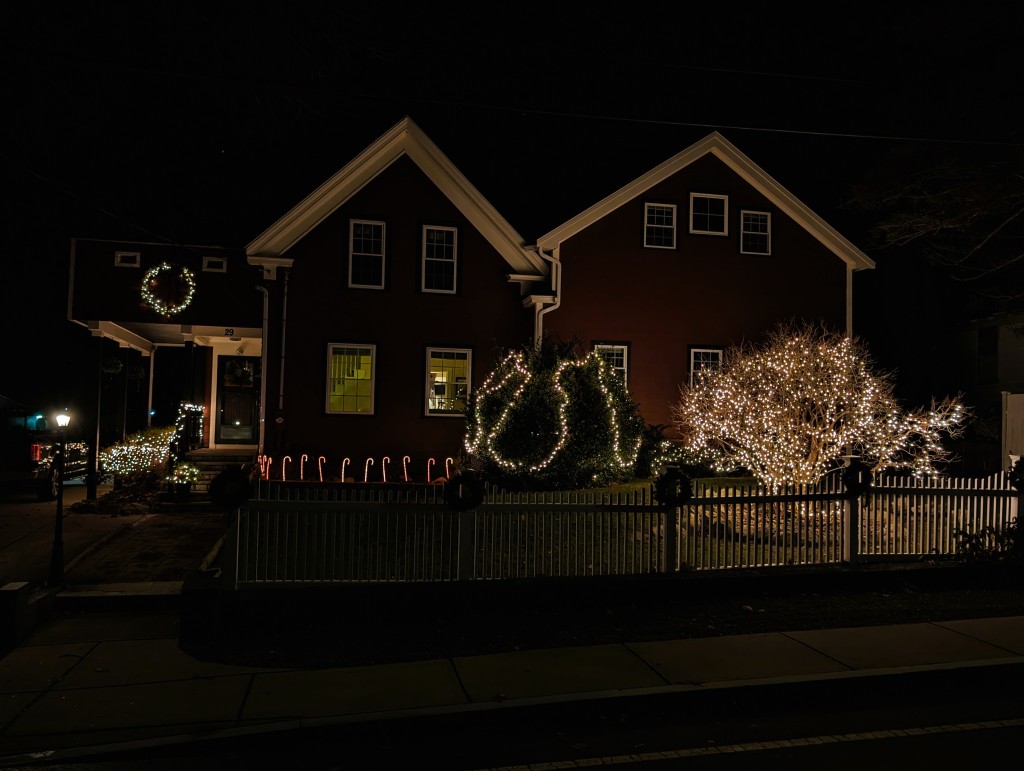





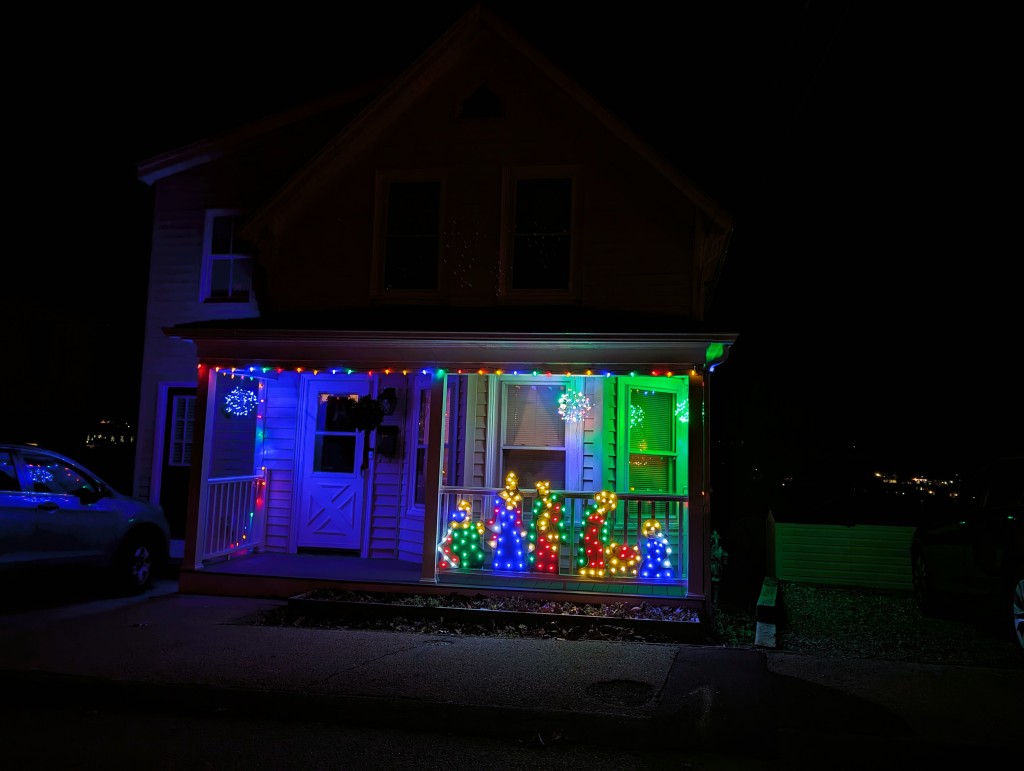
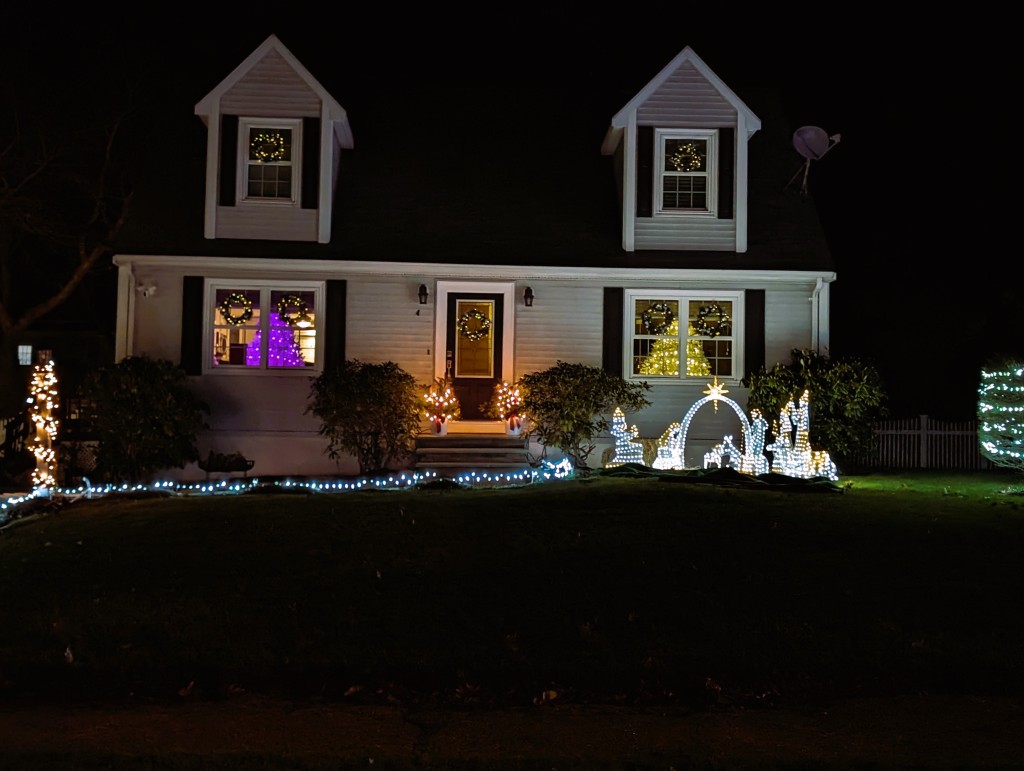

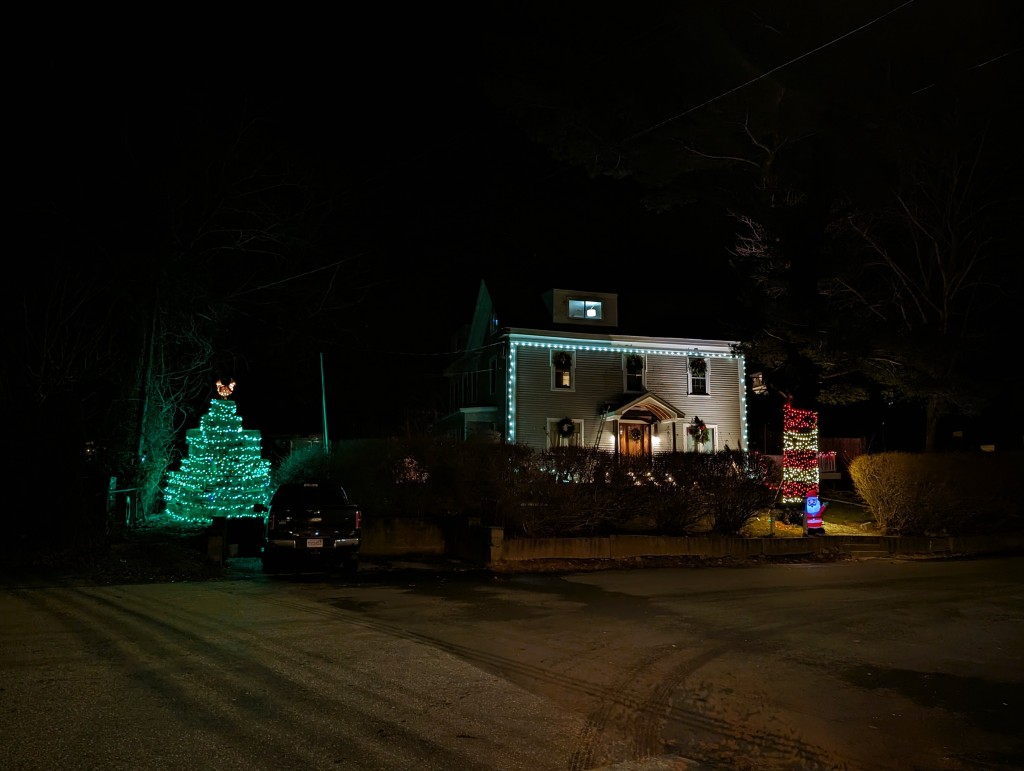

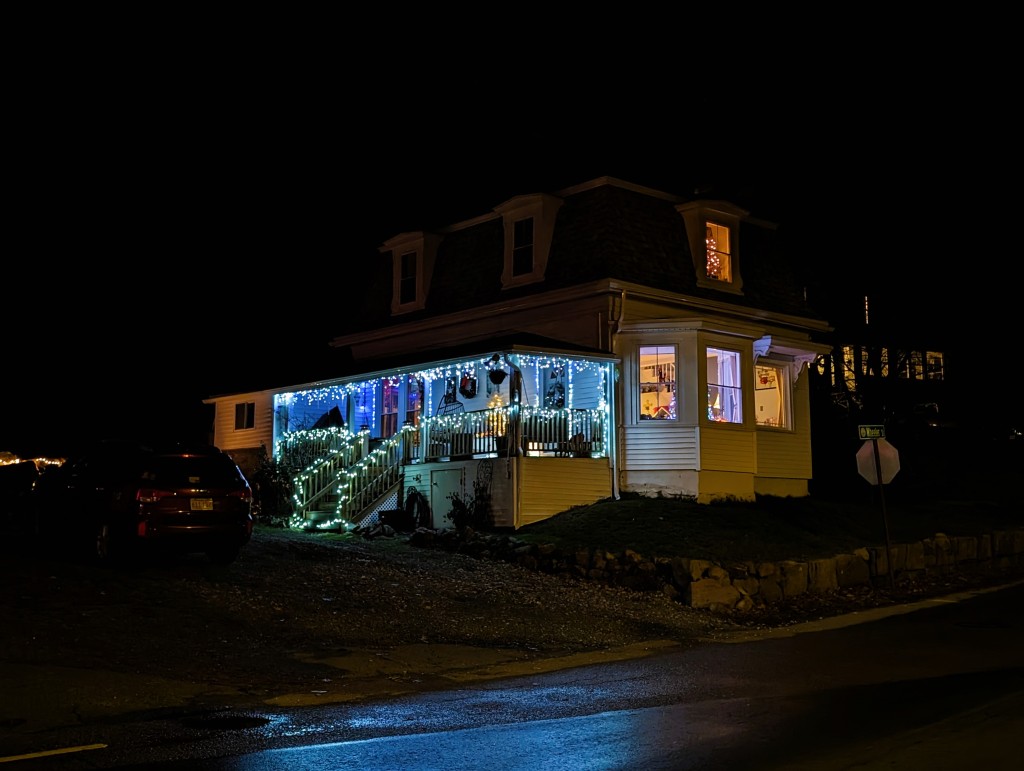

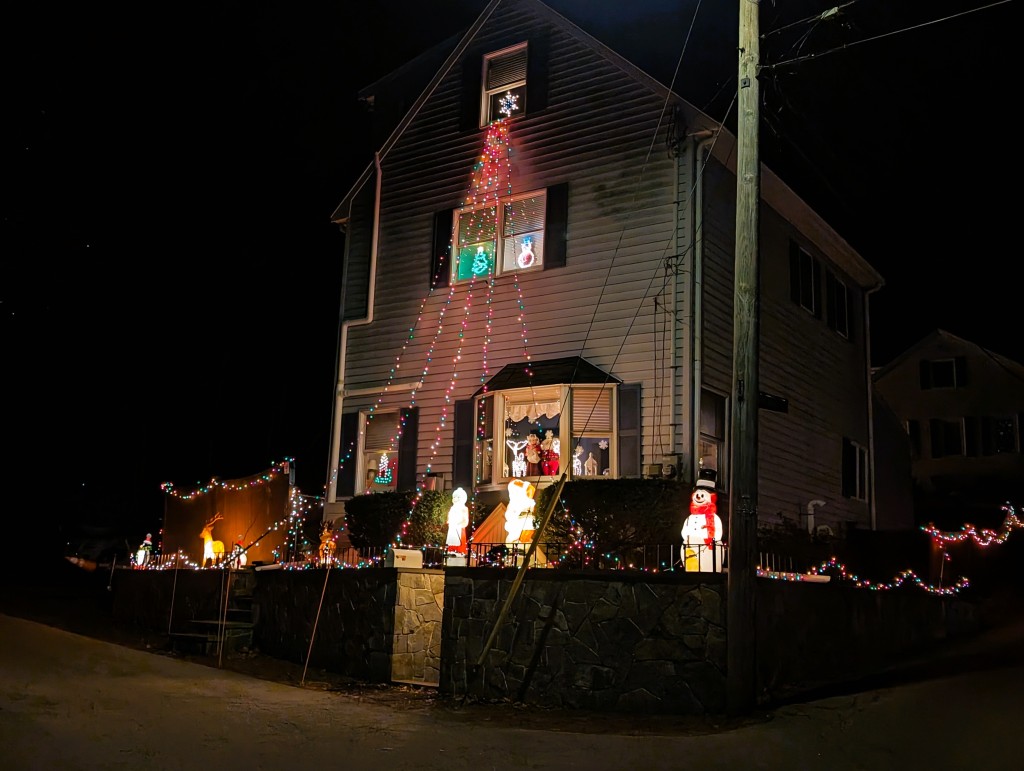


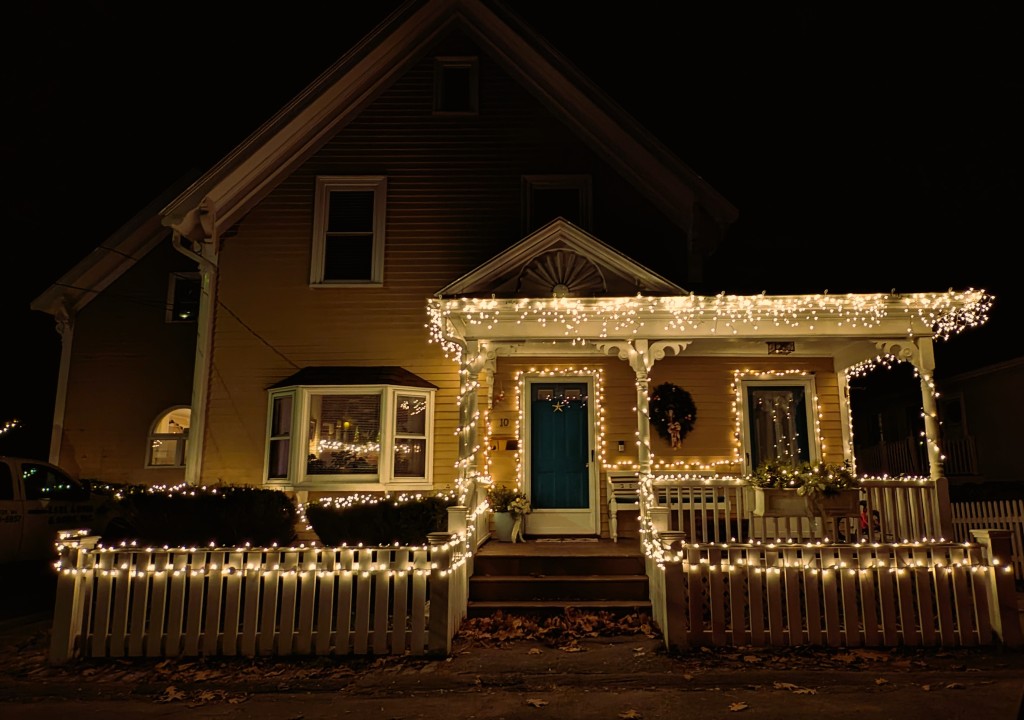







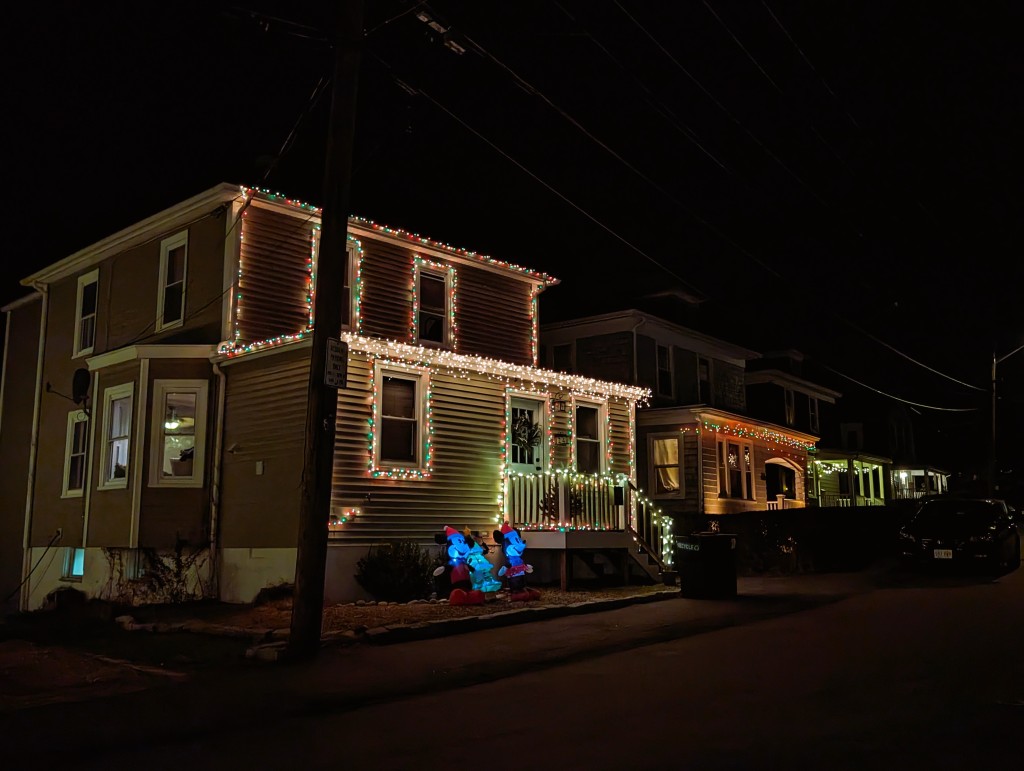
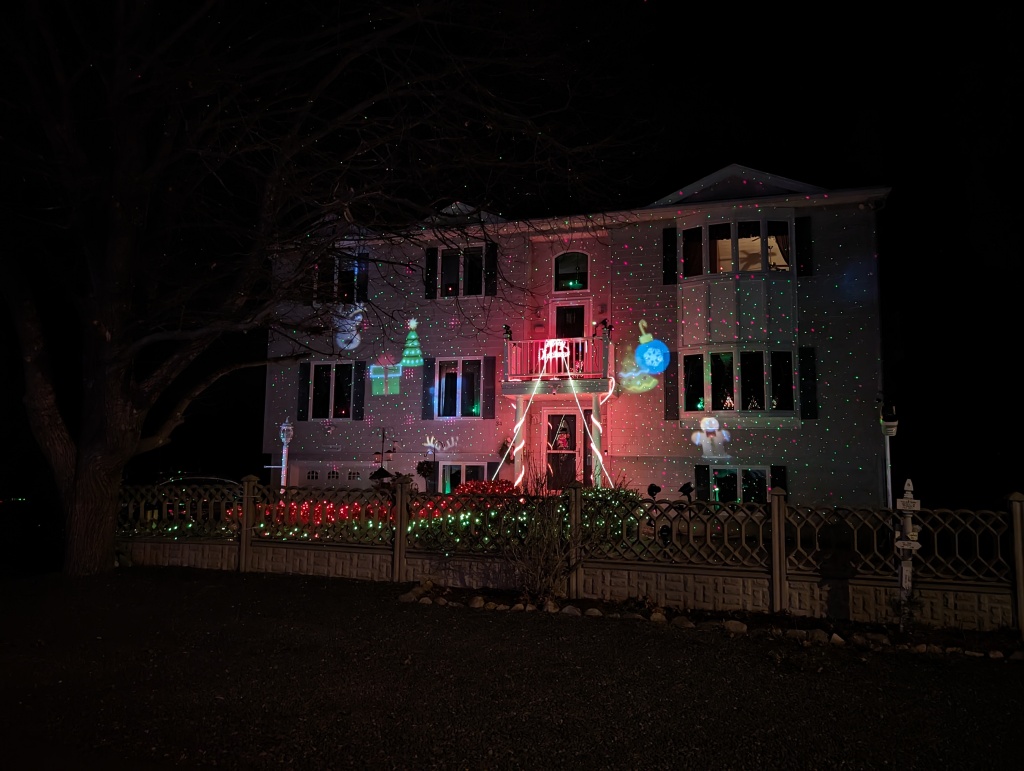
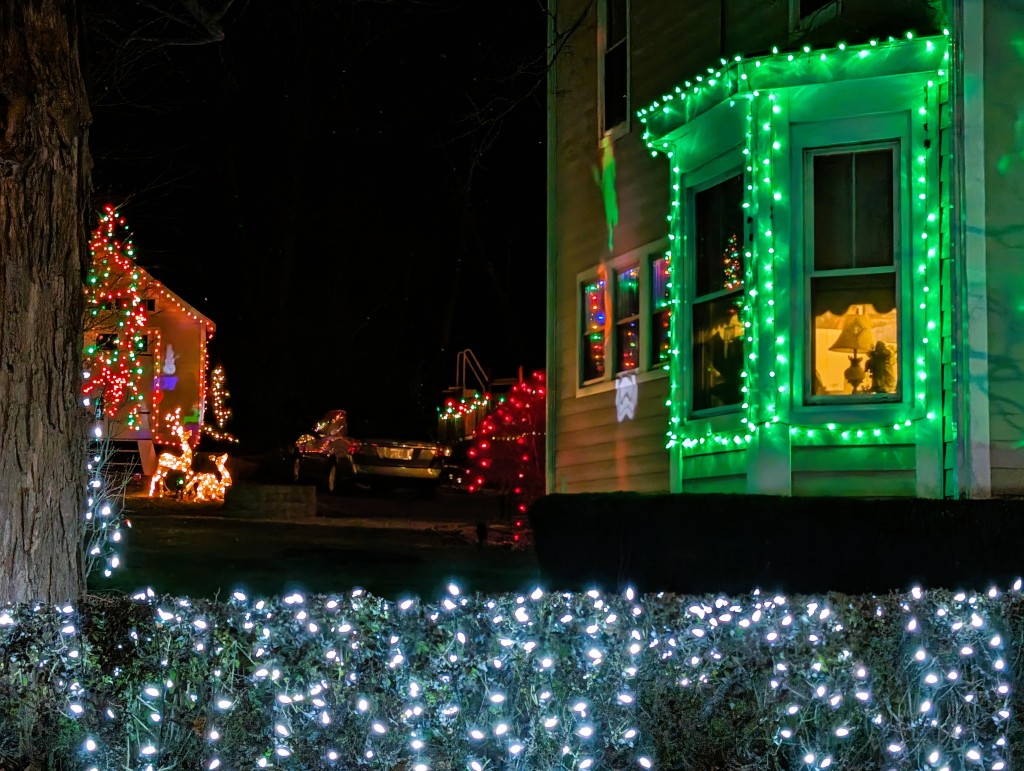



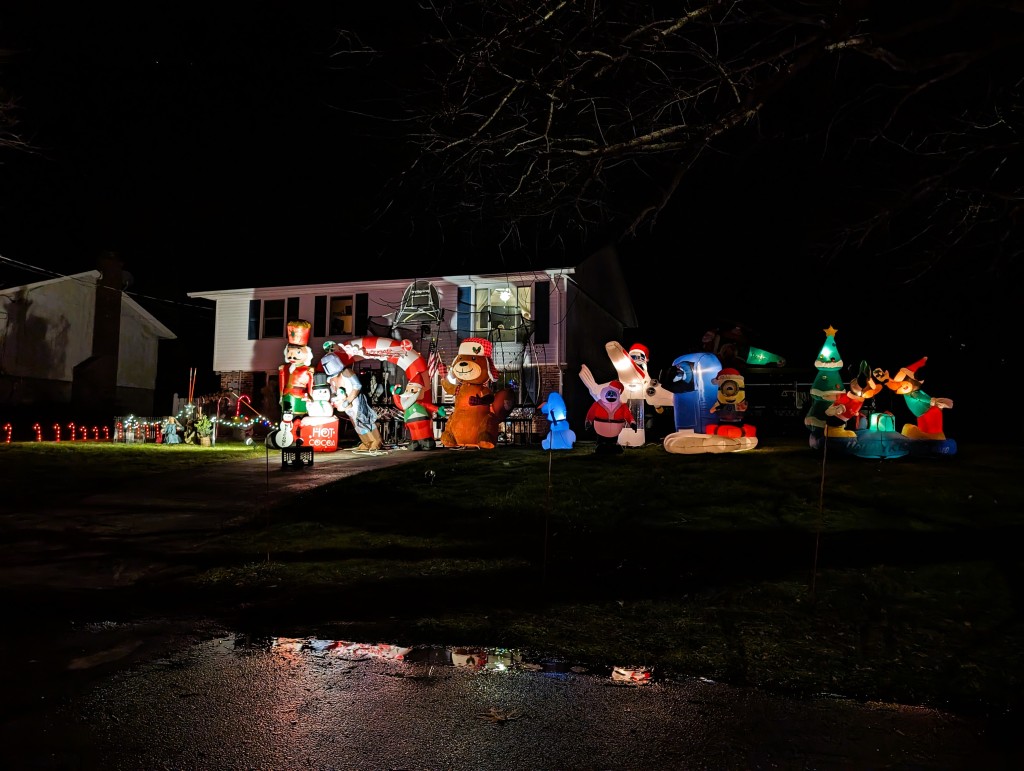
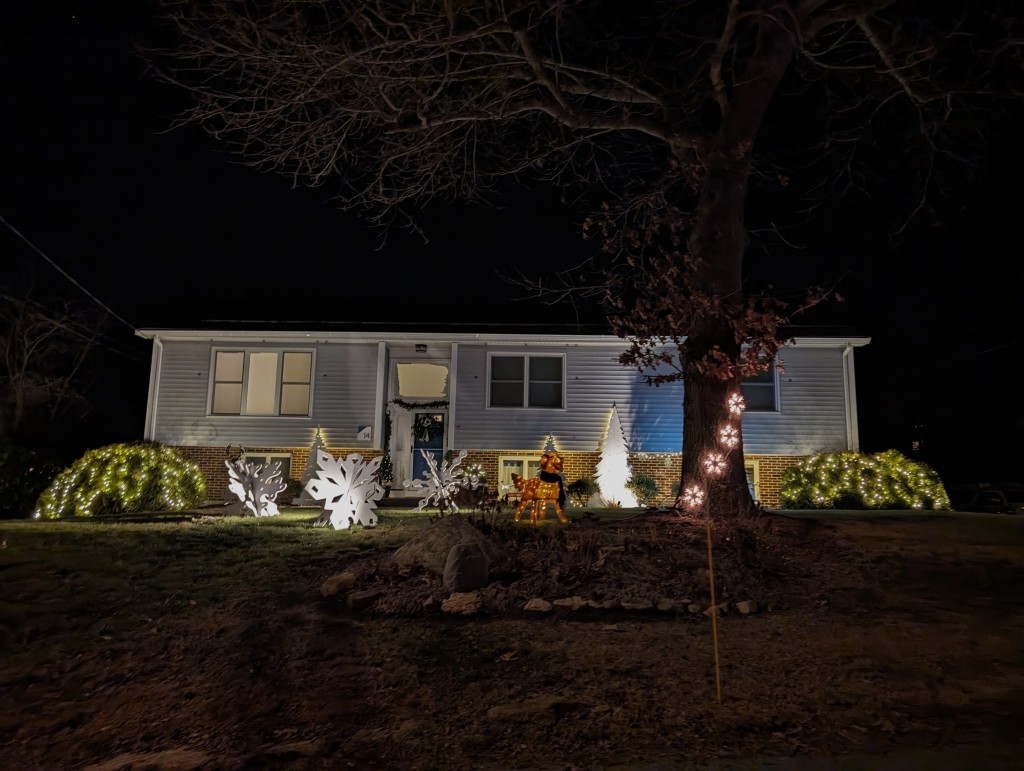
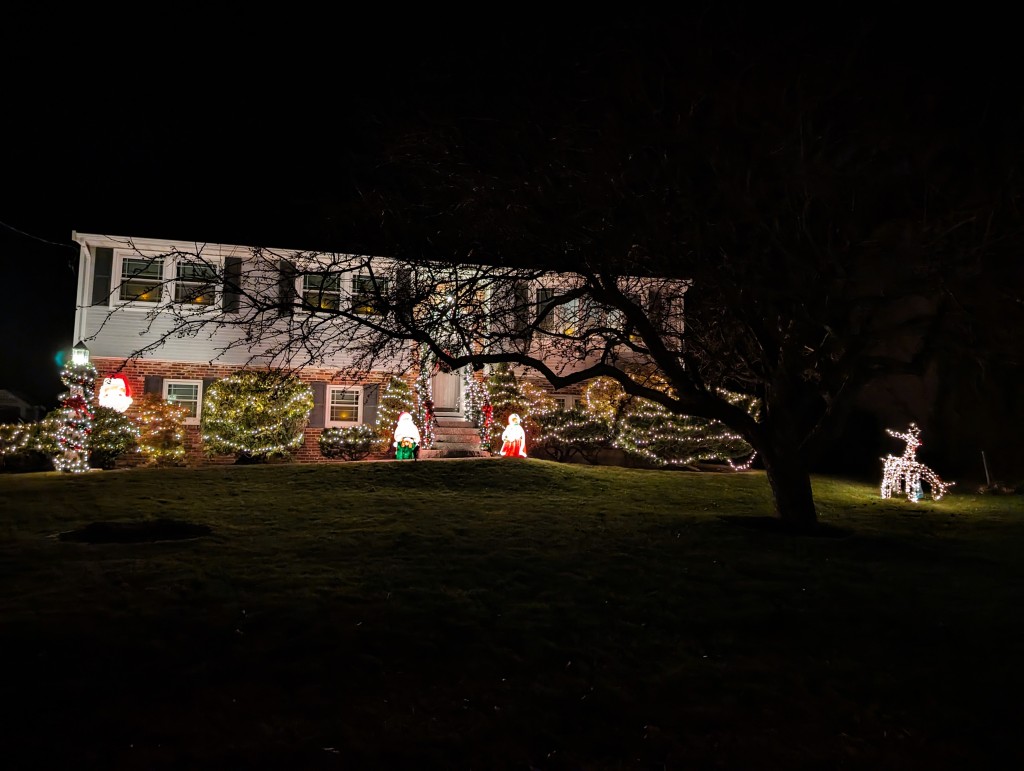

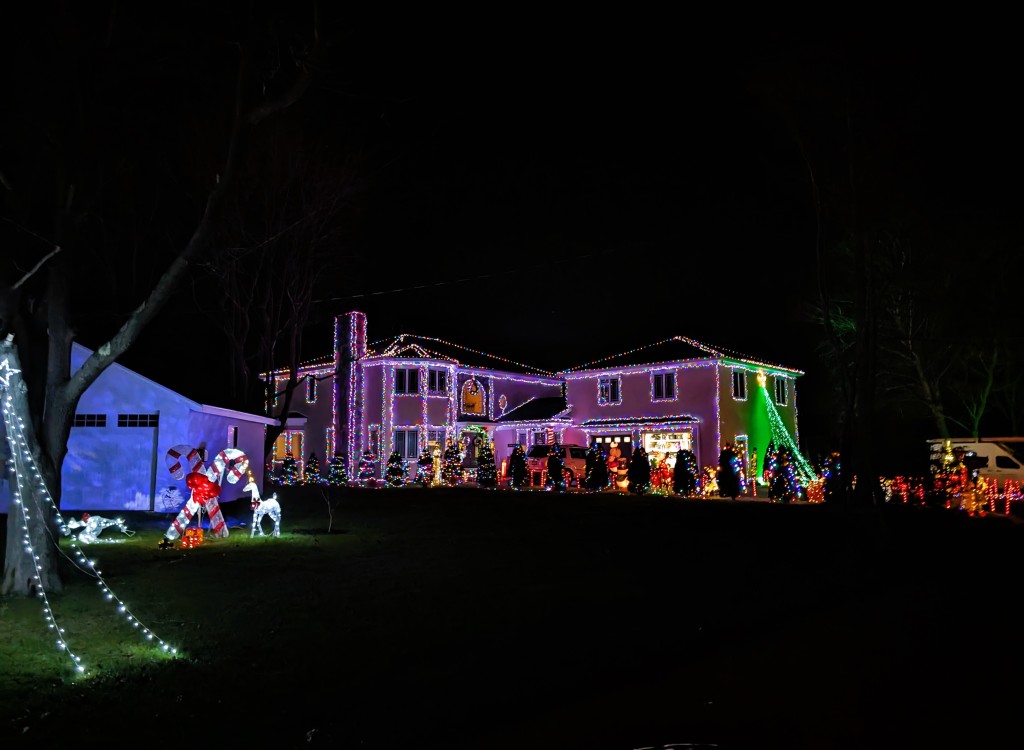

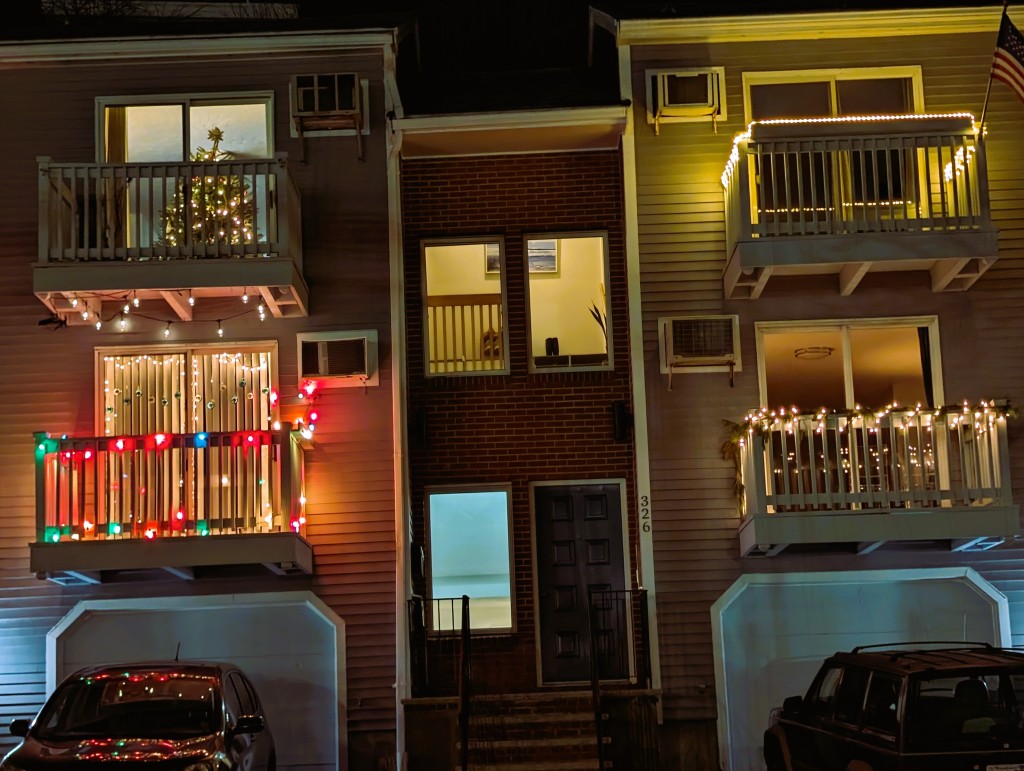
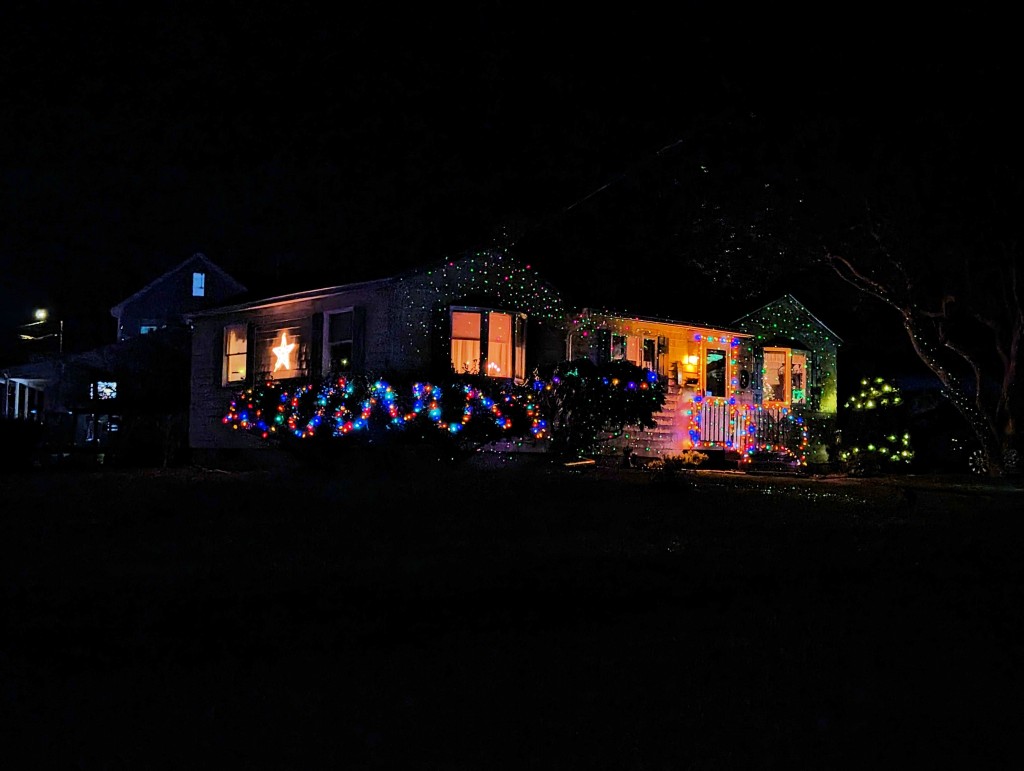



A selection of Gloucester’s decorated homes (about 250). Photos were posted on Good Morning Gloucester in 5 separate batches.
This is the last batch of photos for 2023. There are photos of about 250 homes. Some are added to the map in bundles on streets. There is at least one image for each map point. If I’ve missed one of the requests or a favorite let me know.
Magical routes are waiting for you! Another 100 or so homes were added to the Holiday Lights and Cocoa Drives map as of December 8, 2023.
photos caption: C. Ryan. Batch 4 selection of enchanting homes downtown, East Gloucester and West Gloucester down these roads in no particular order: Concord Street, Essex Avenue (Rt. 133), Washington Street, Beach Court, Gloucester Avenue, Middle Street, Fleetwood Drive, Prospect, East Main Street, Goose Cove Lane, Friend Court, Burnham Street, Perkins Street, Back Shore, High Popples Road, Highland Court, Mt. Pleasant Avenue. Plus a couple along Eastern Ave in Essex (Rt. 133) and Main Street, Rockport. (Pinch and zoom to enlarge photos and right click for info).

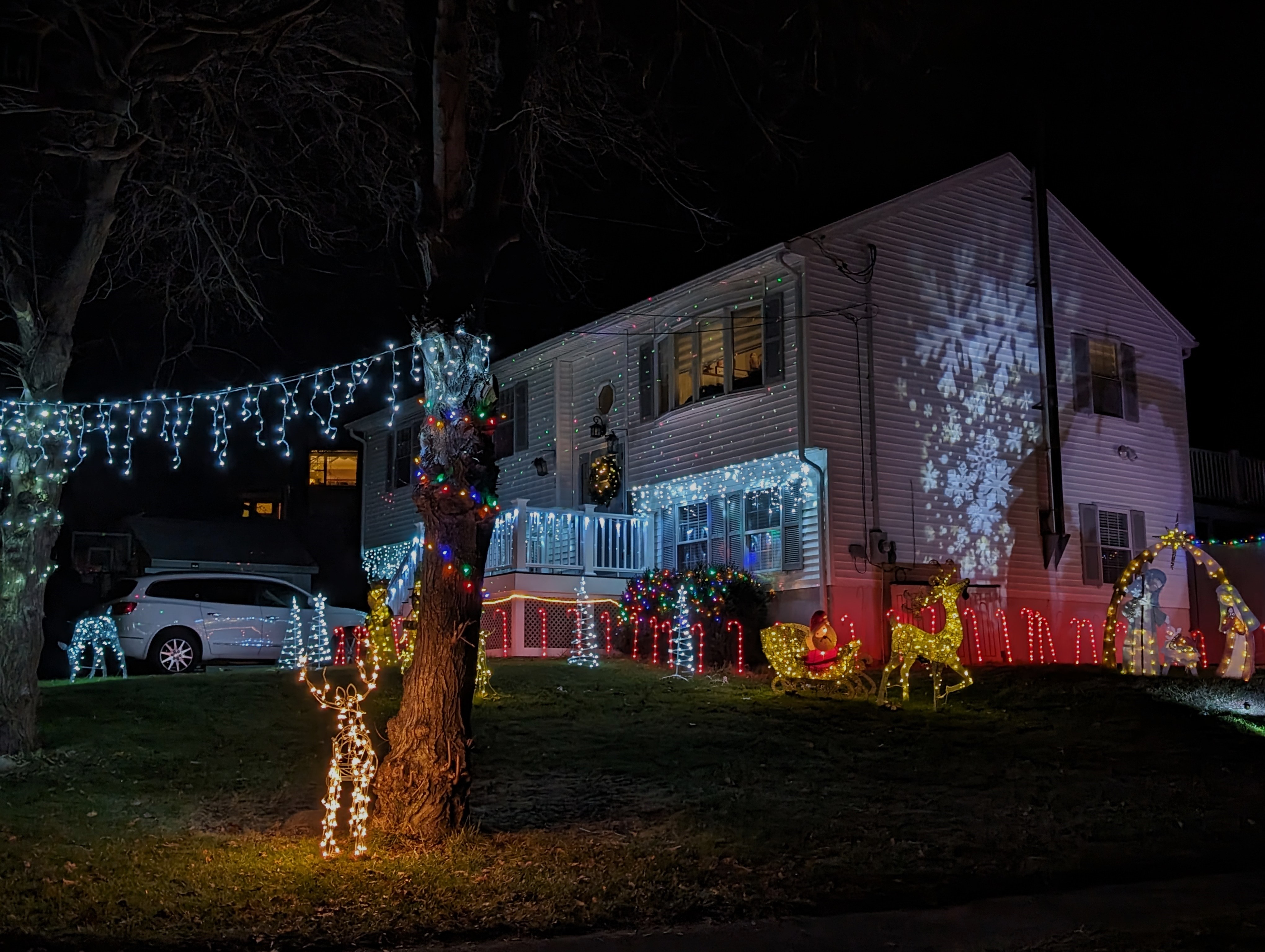
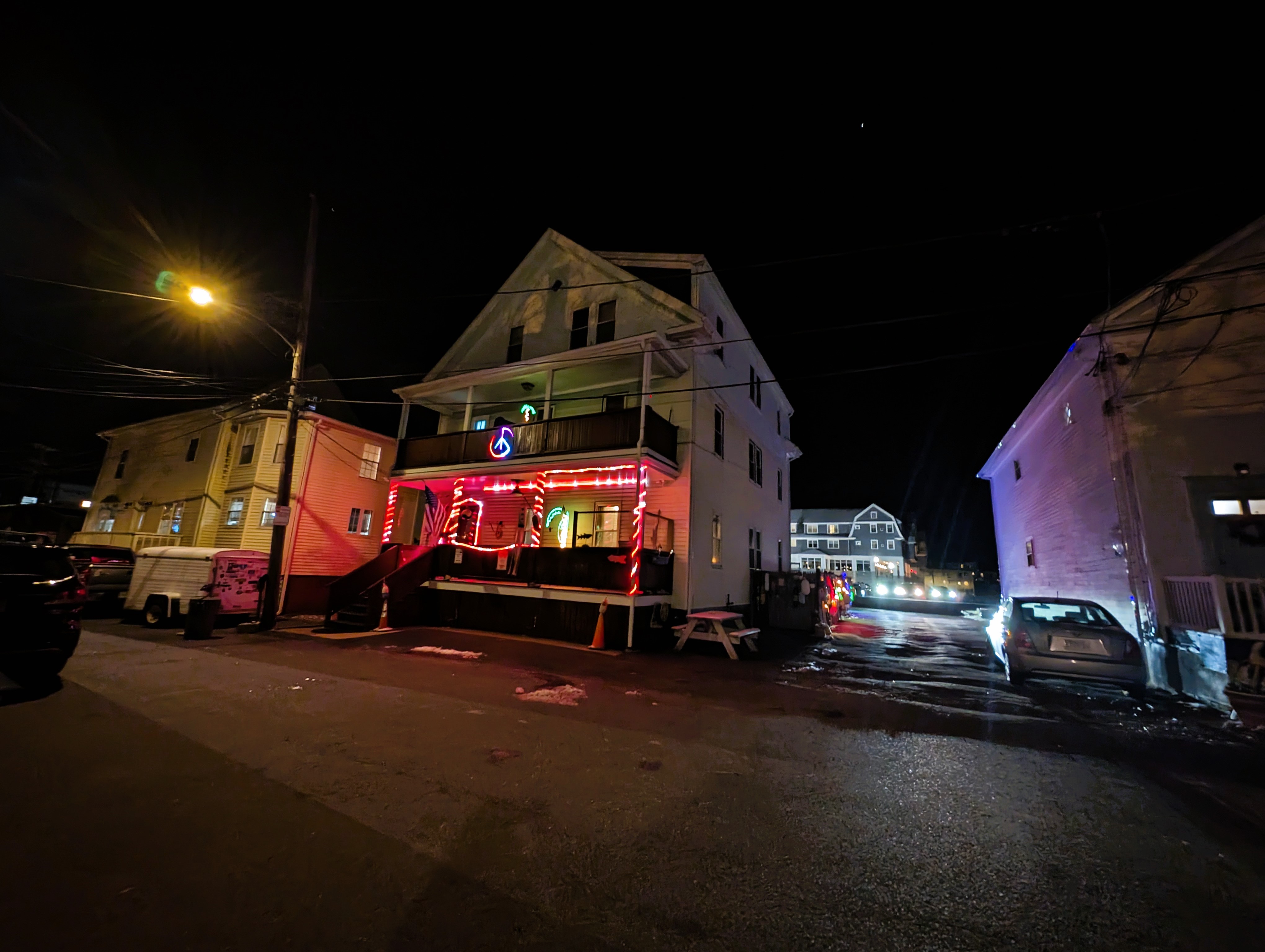

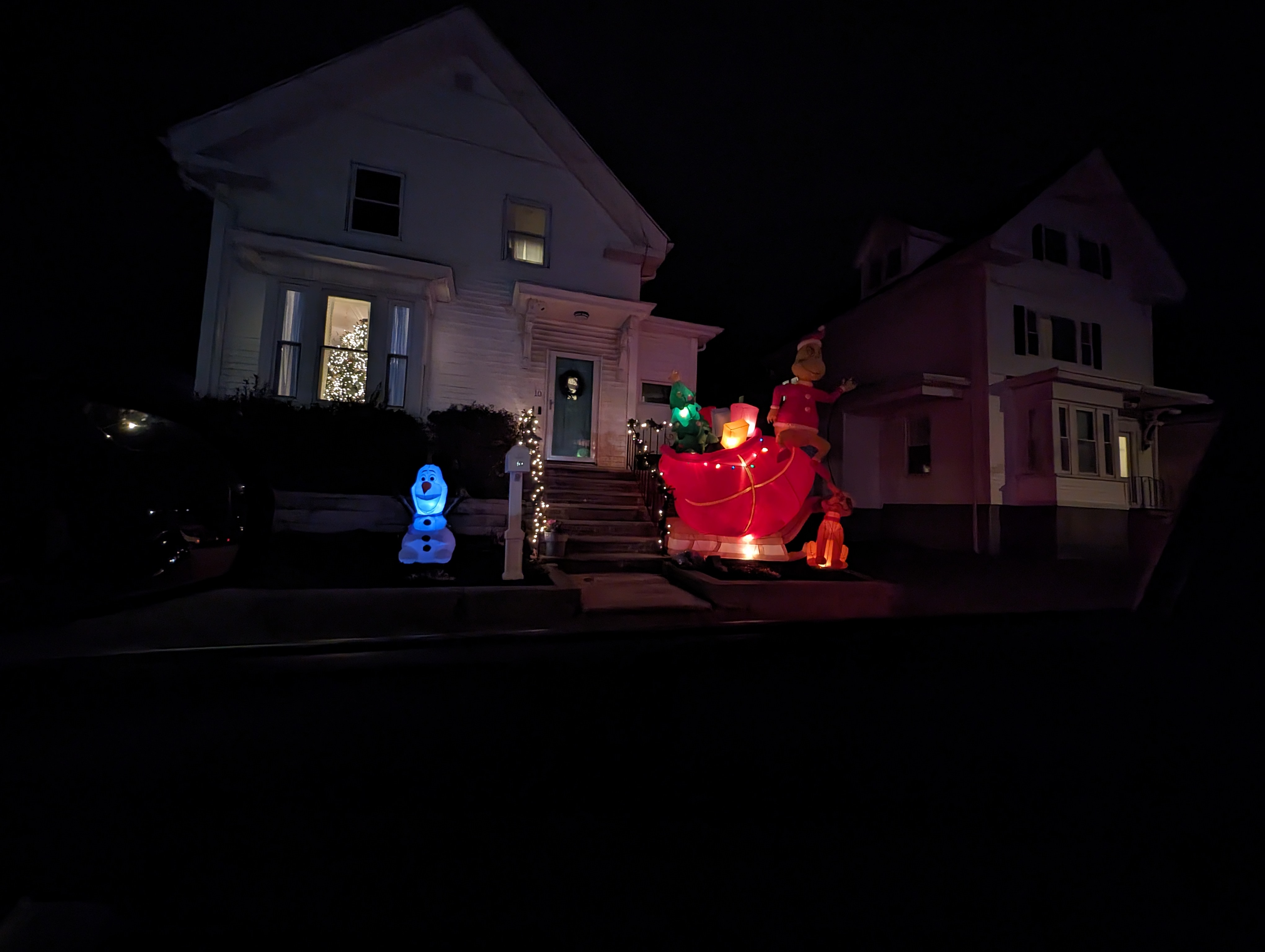
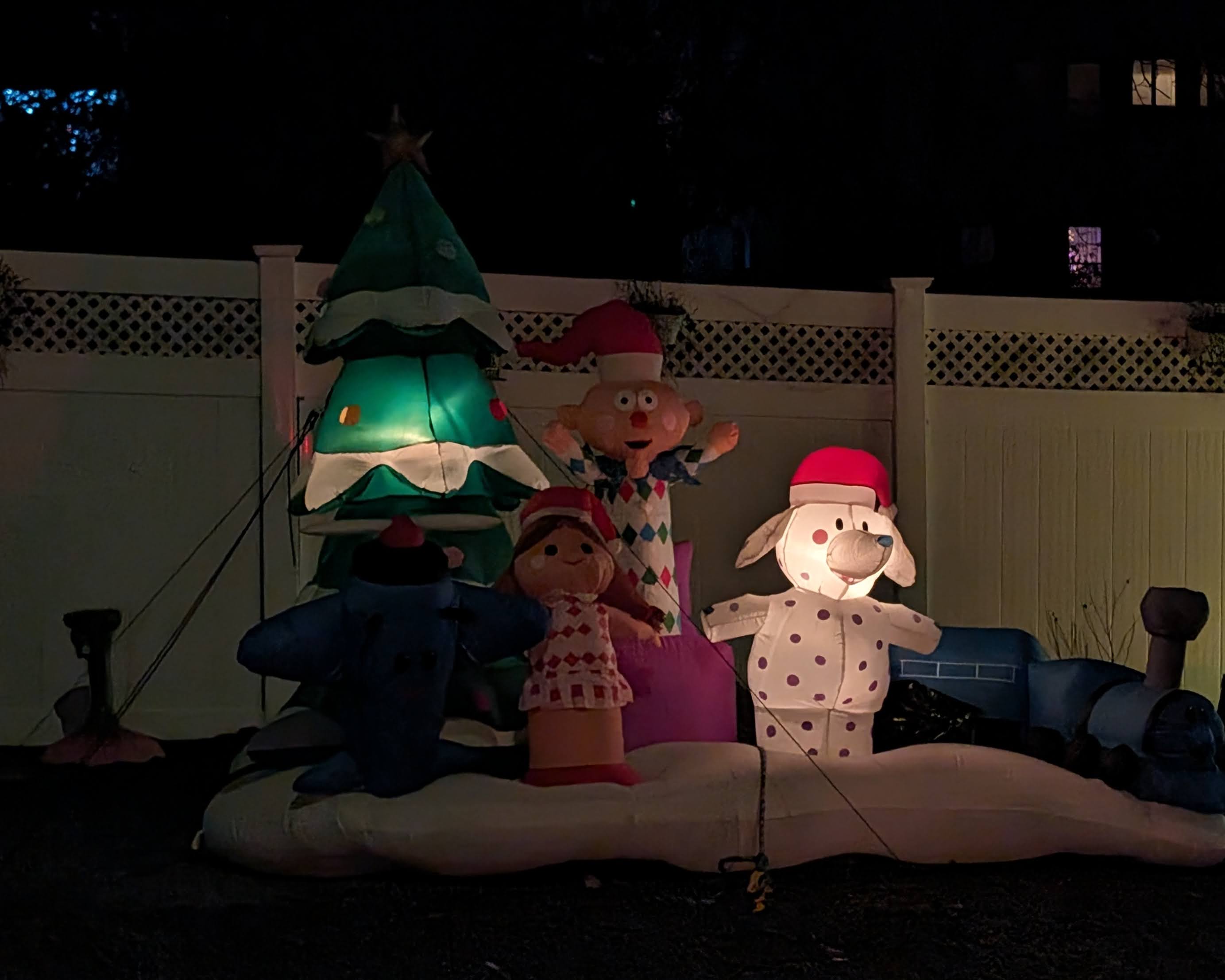

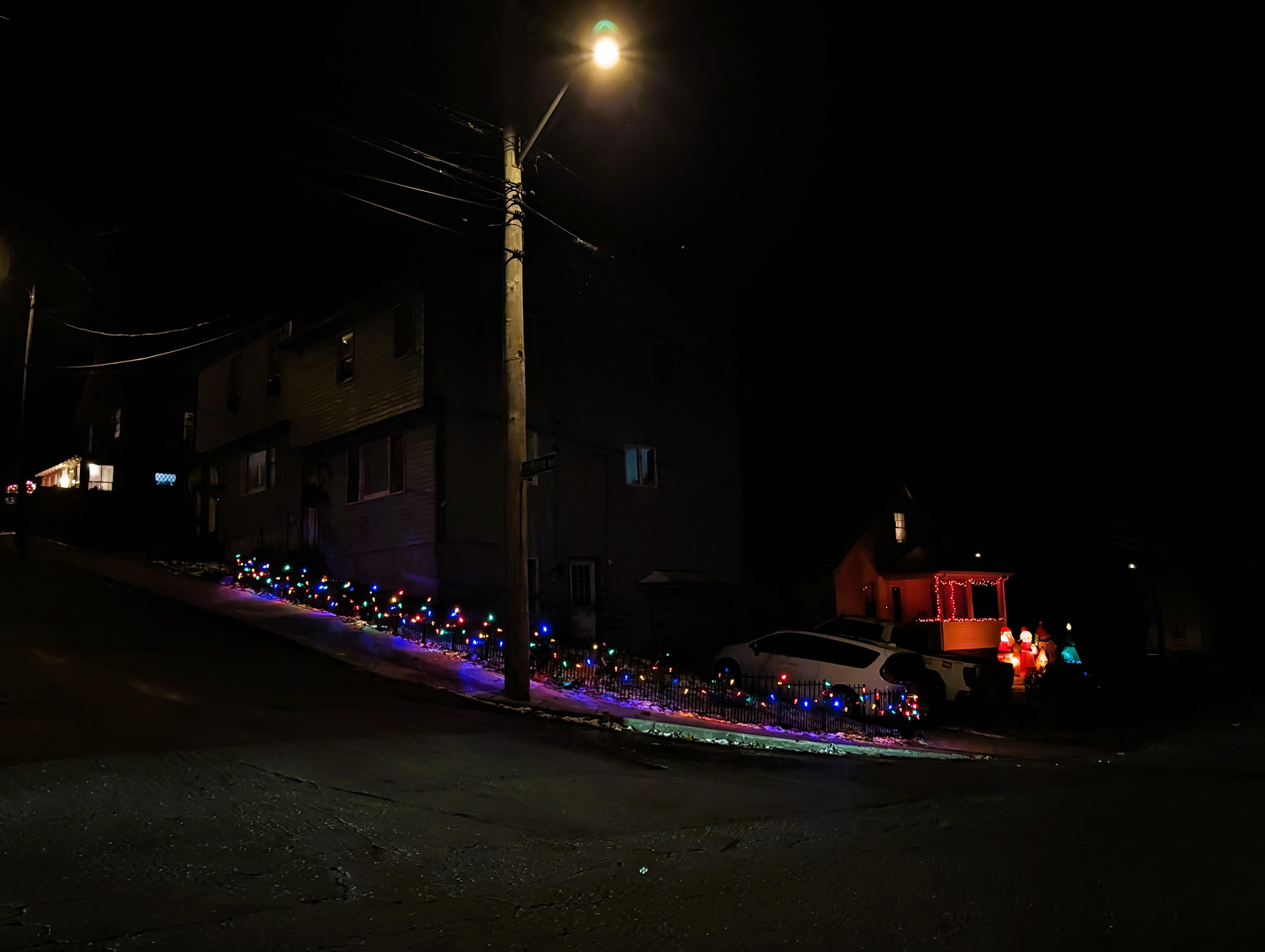


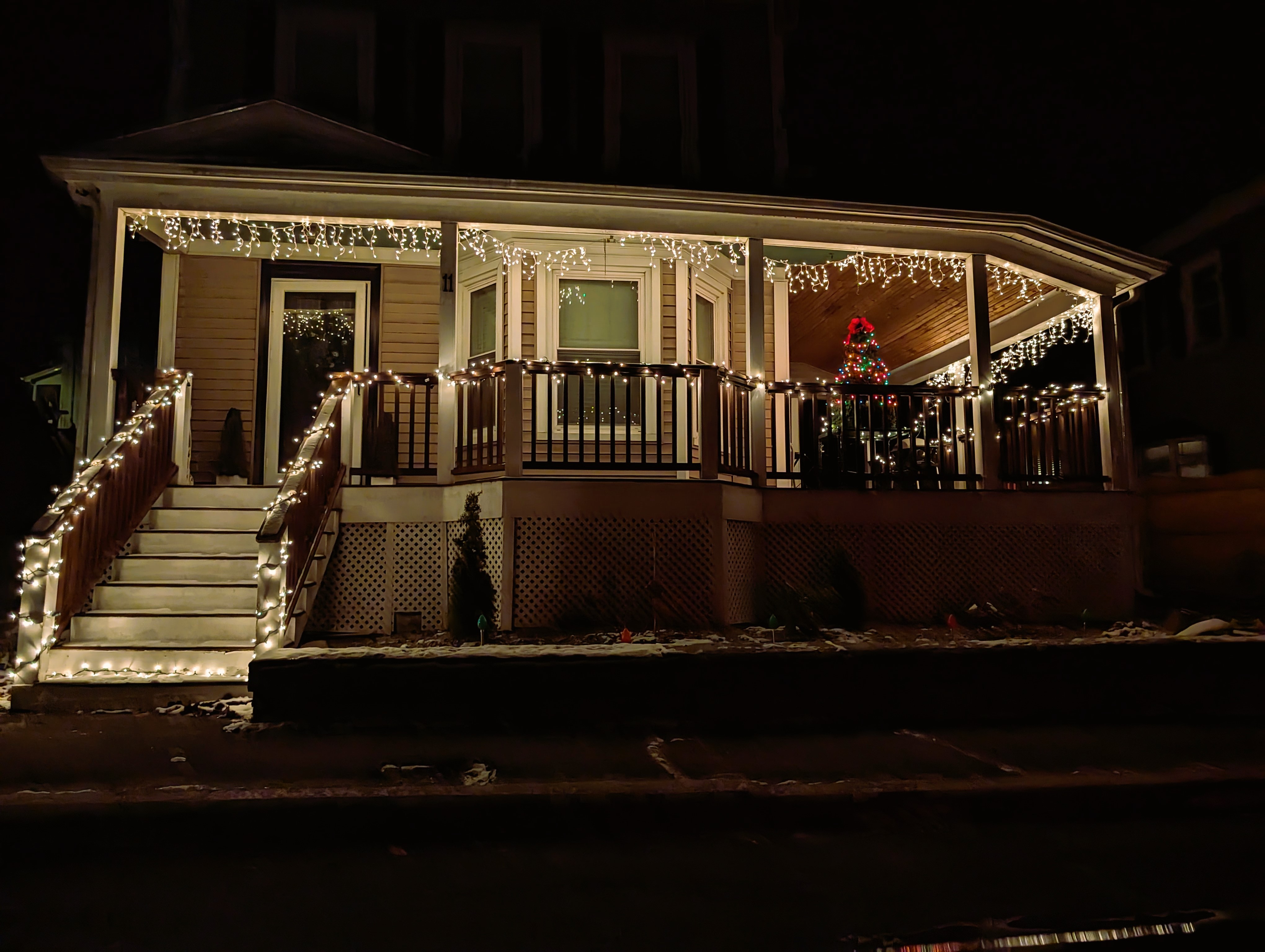


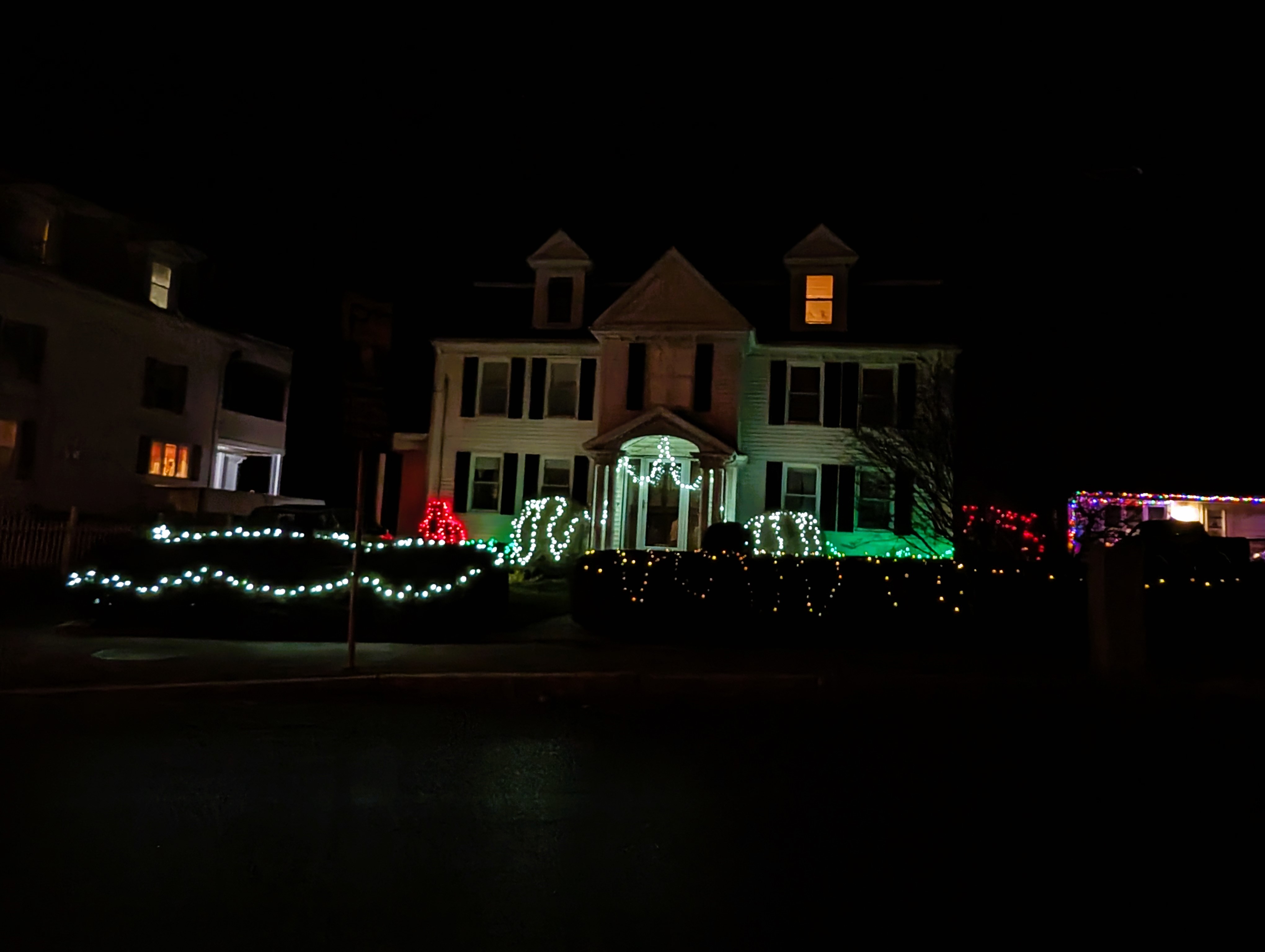

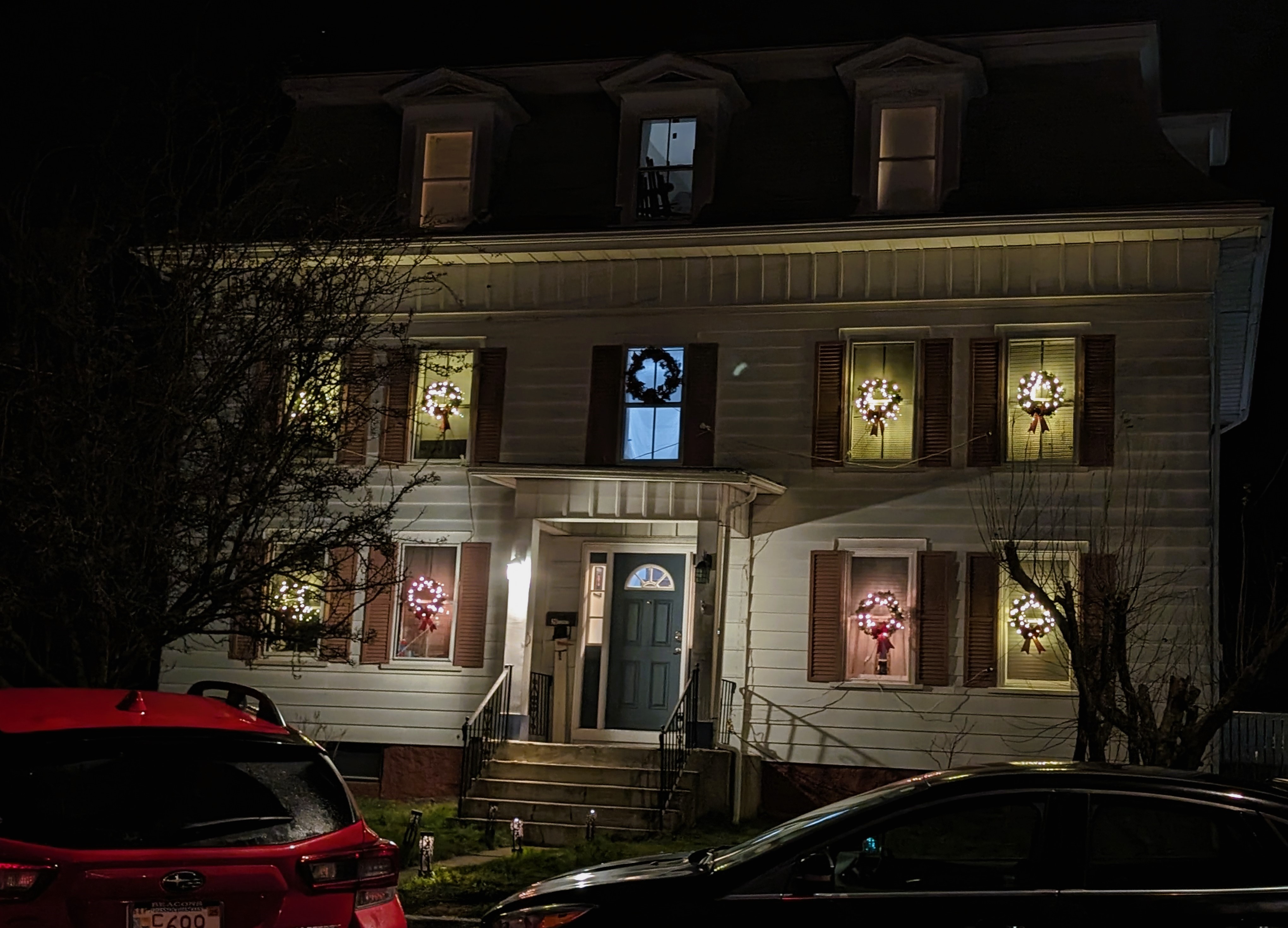
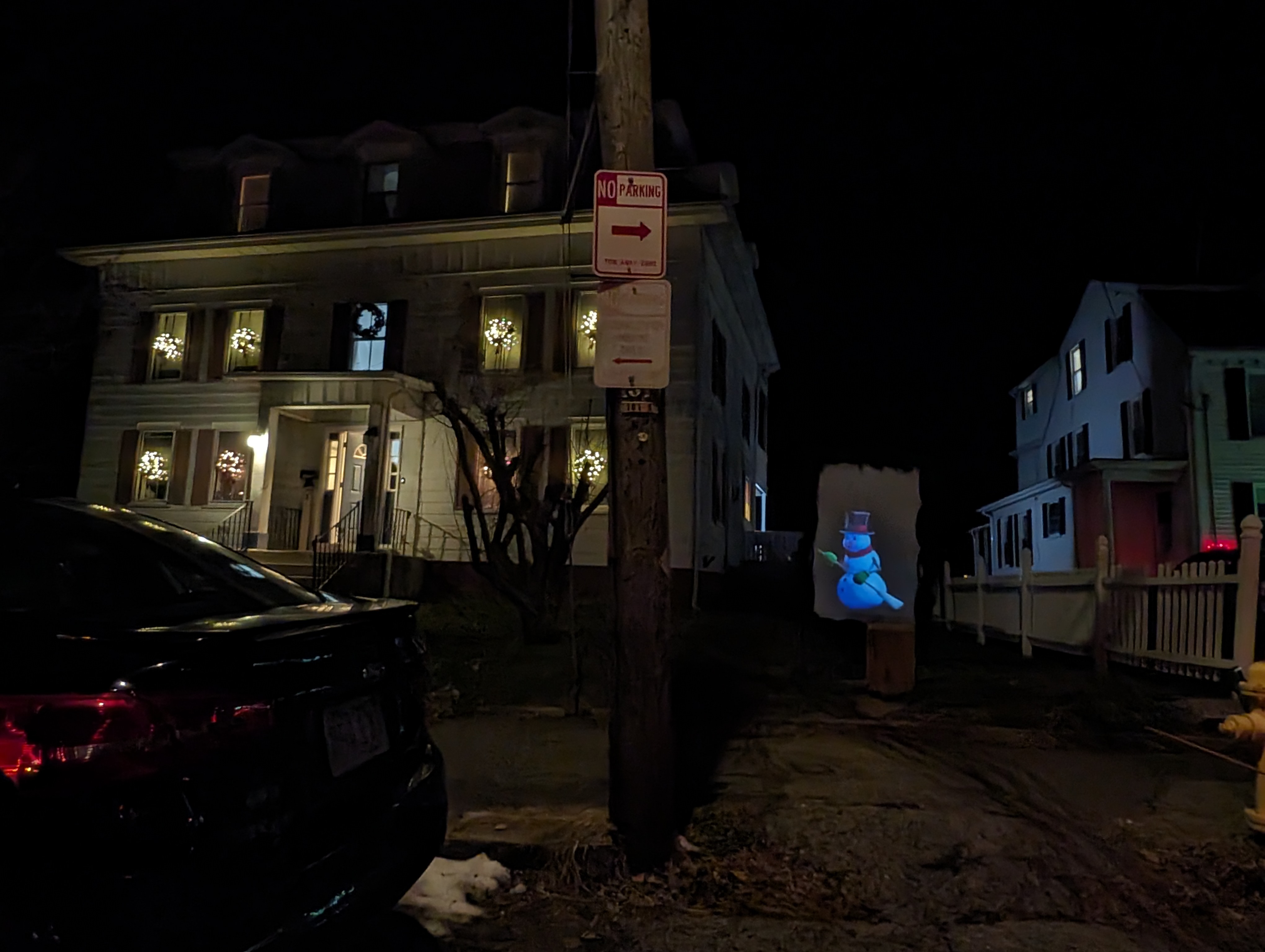
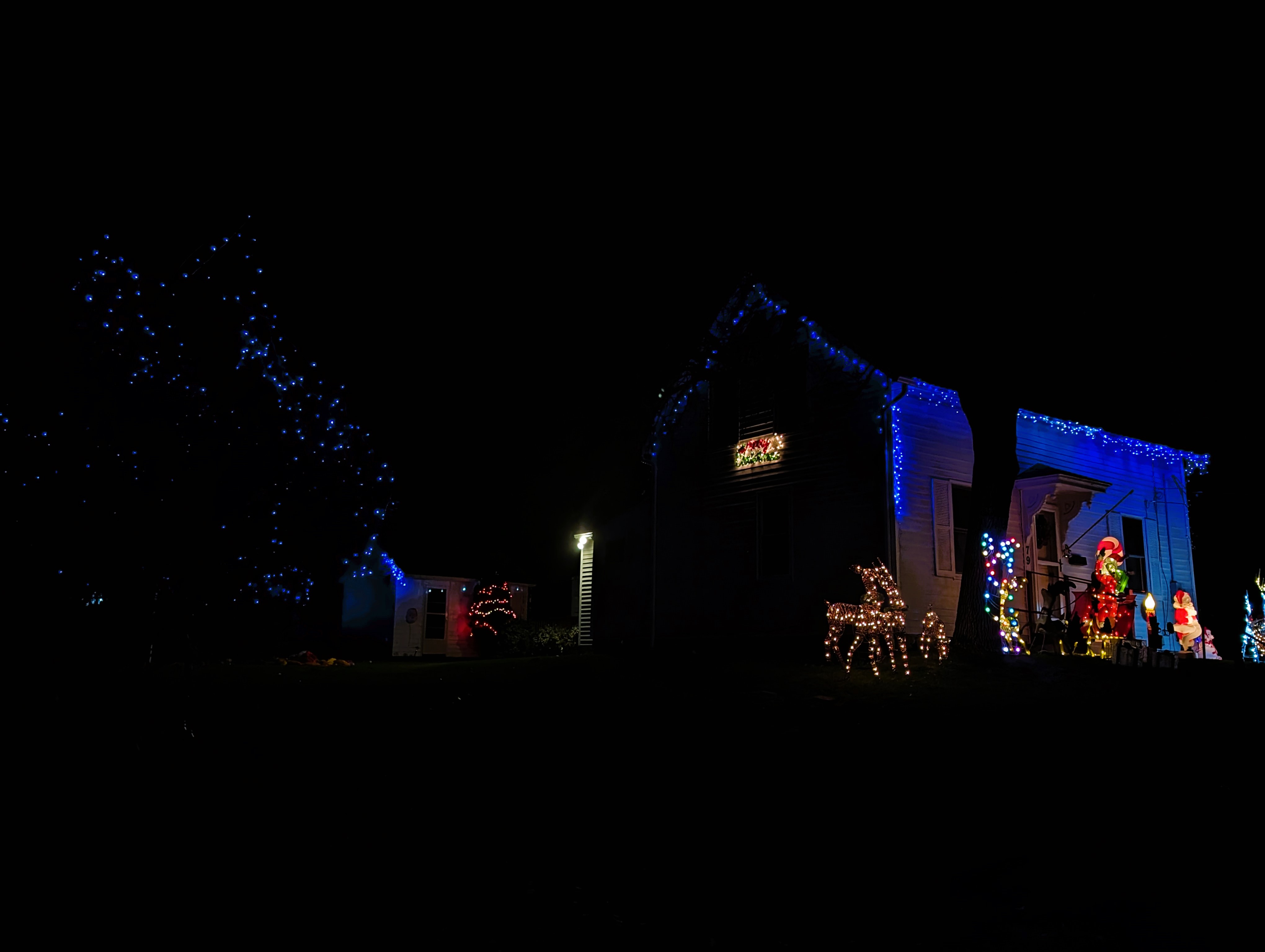

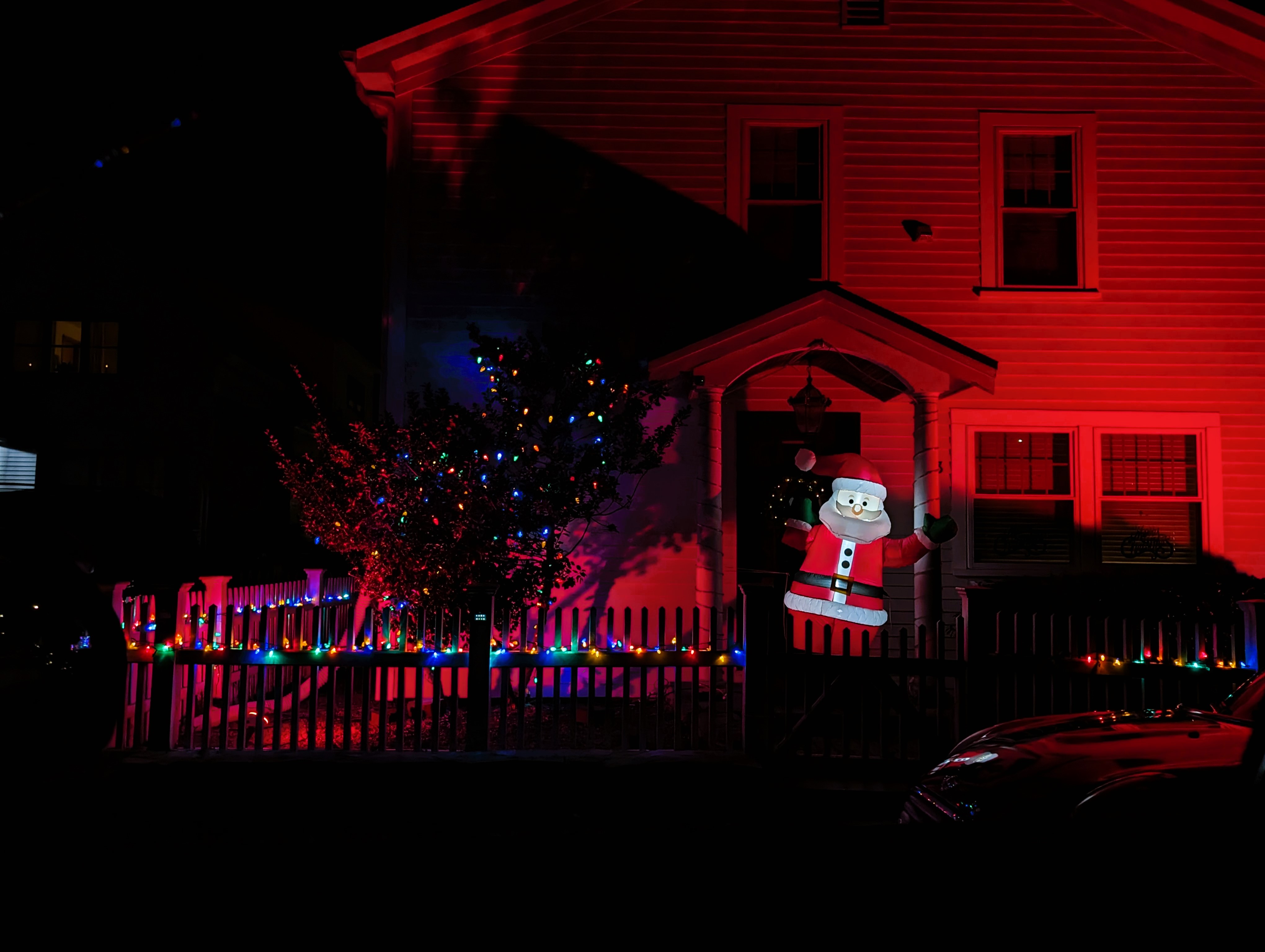

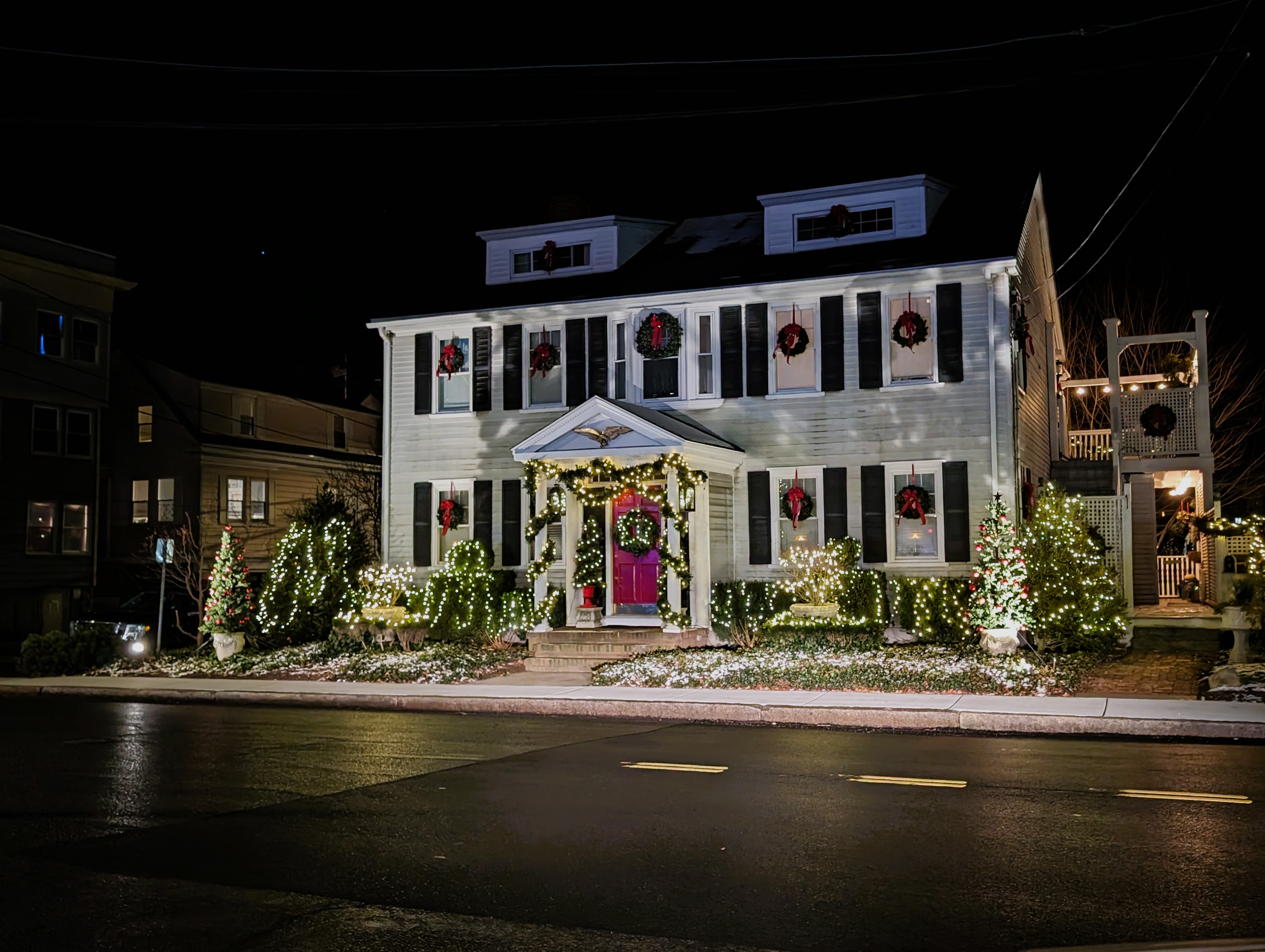
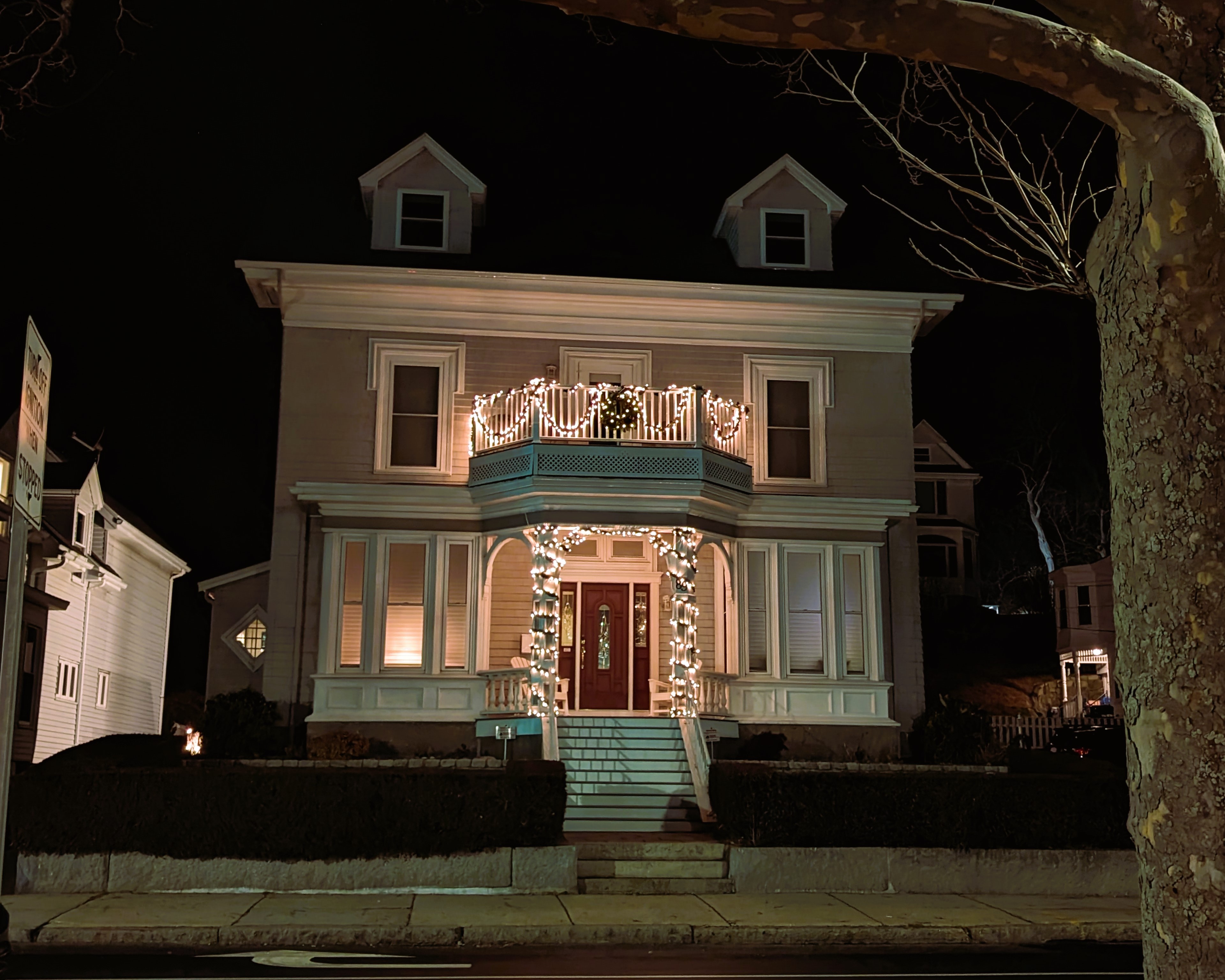




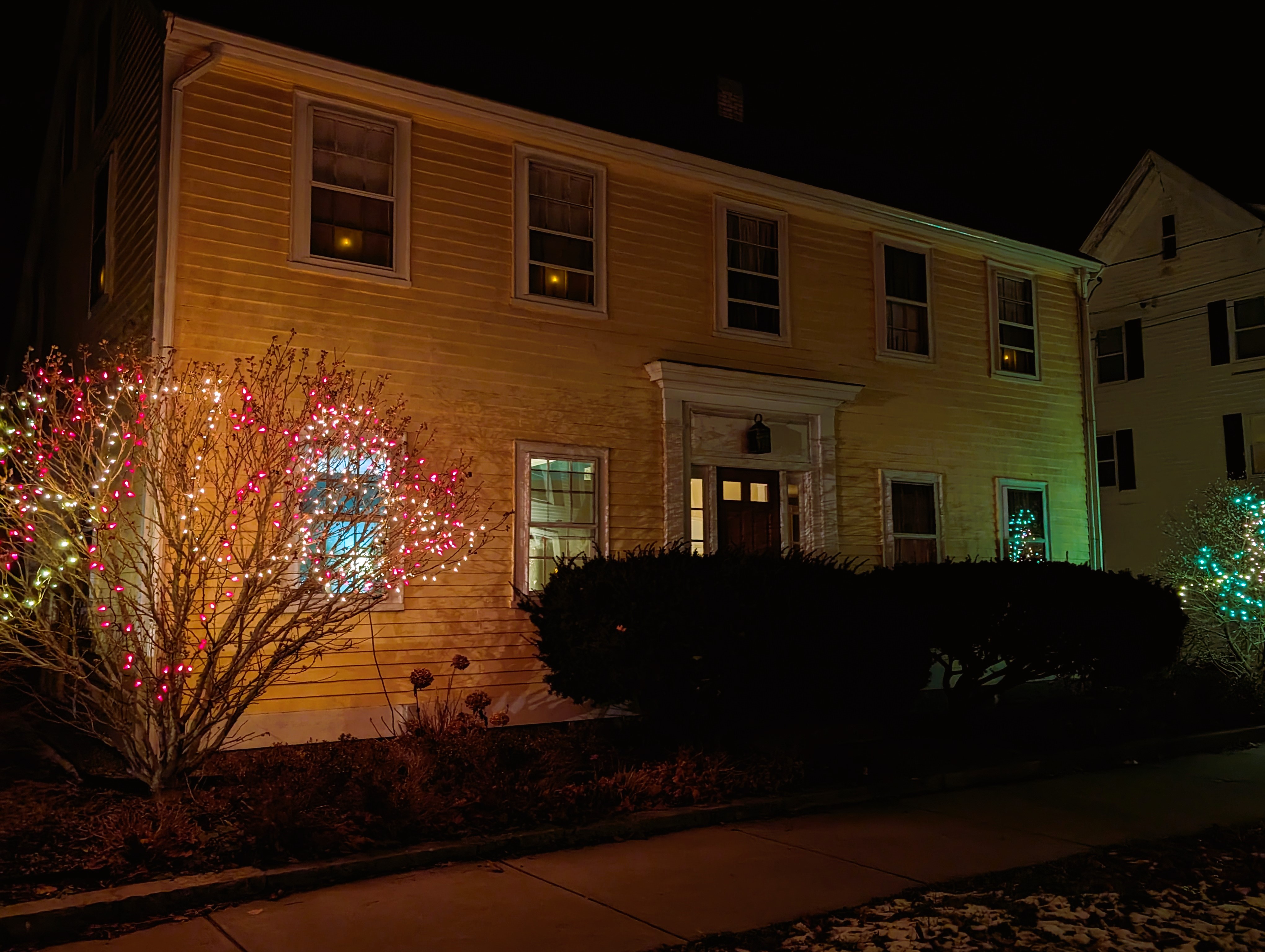

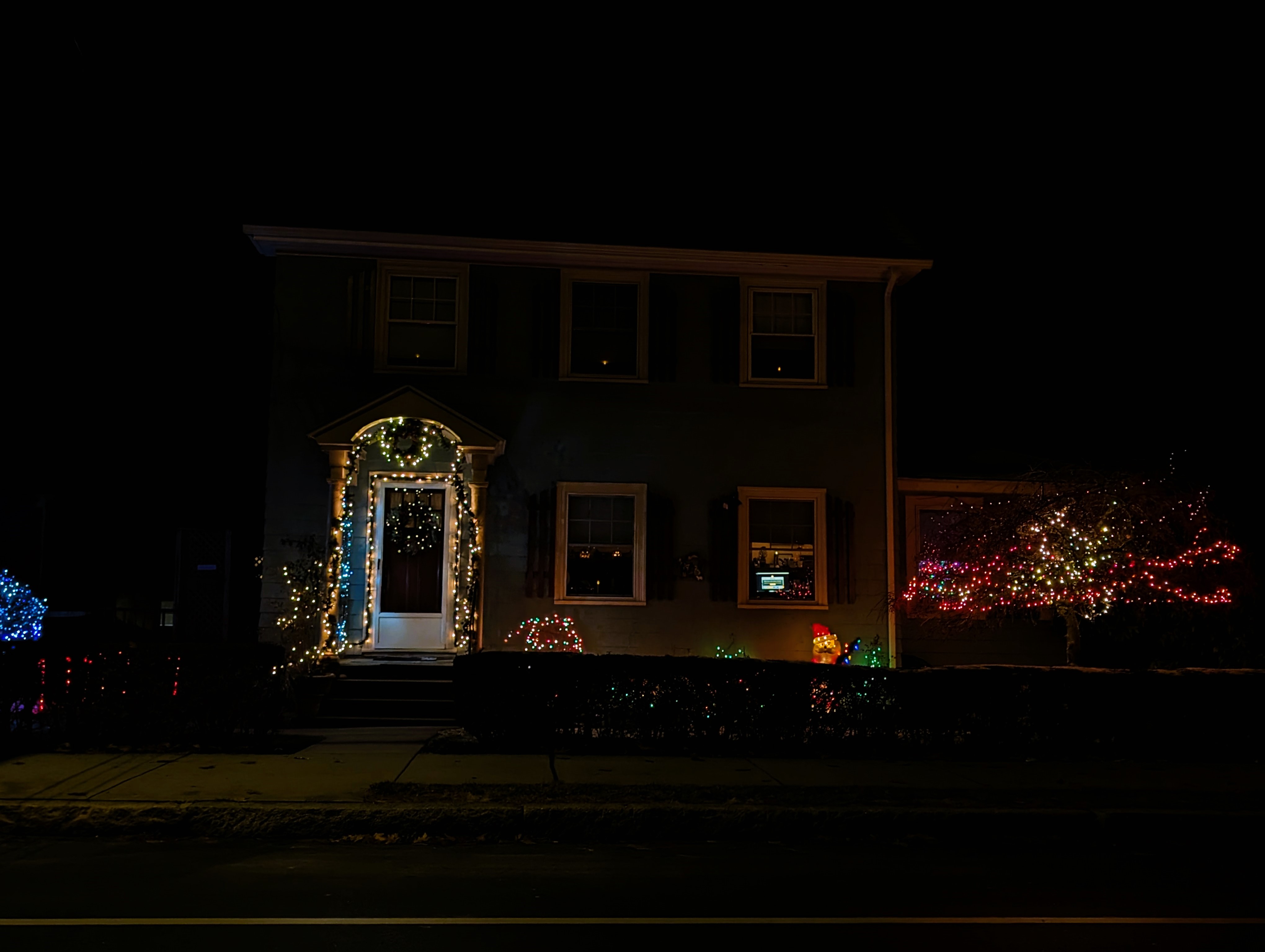
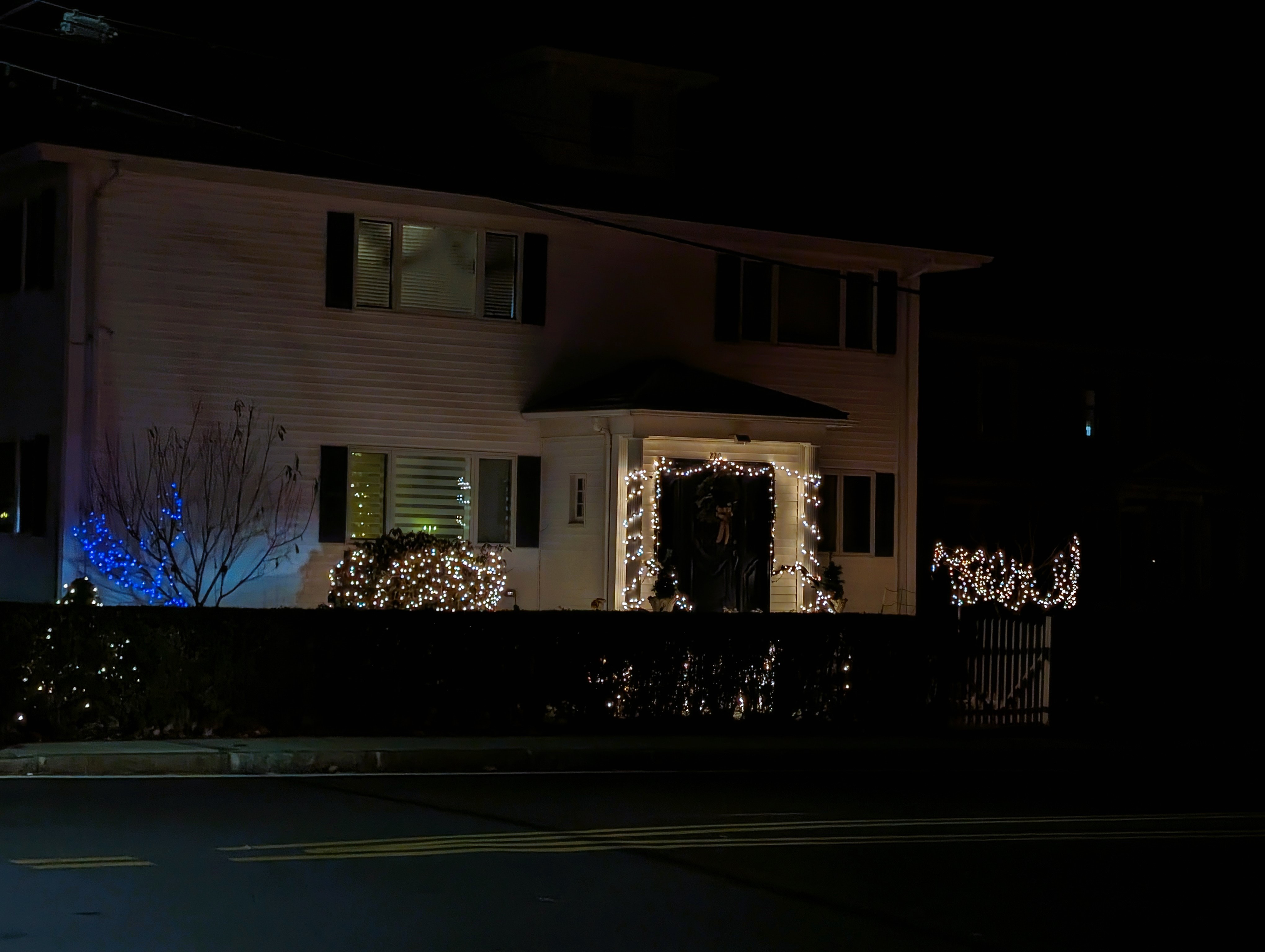
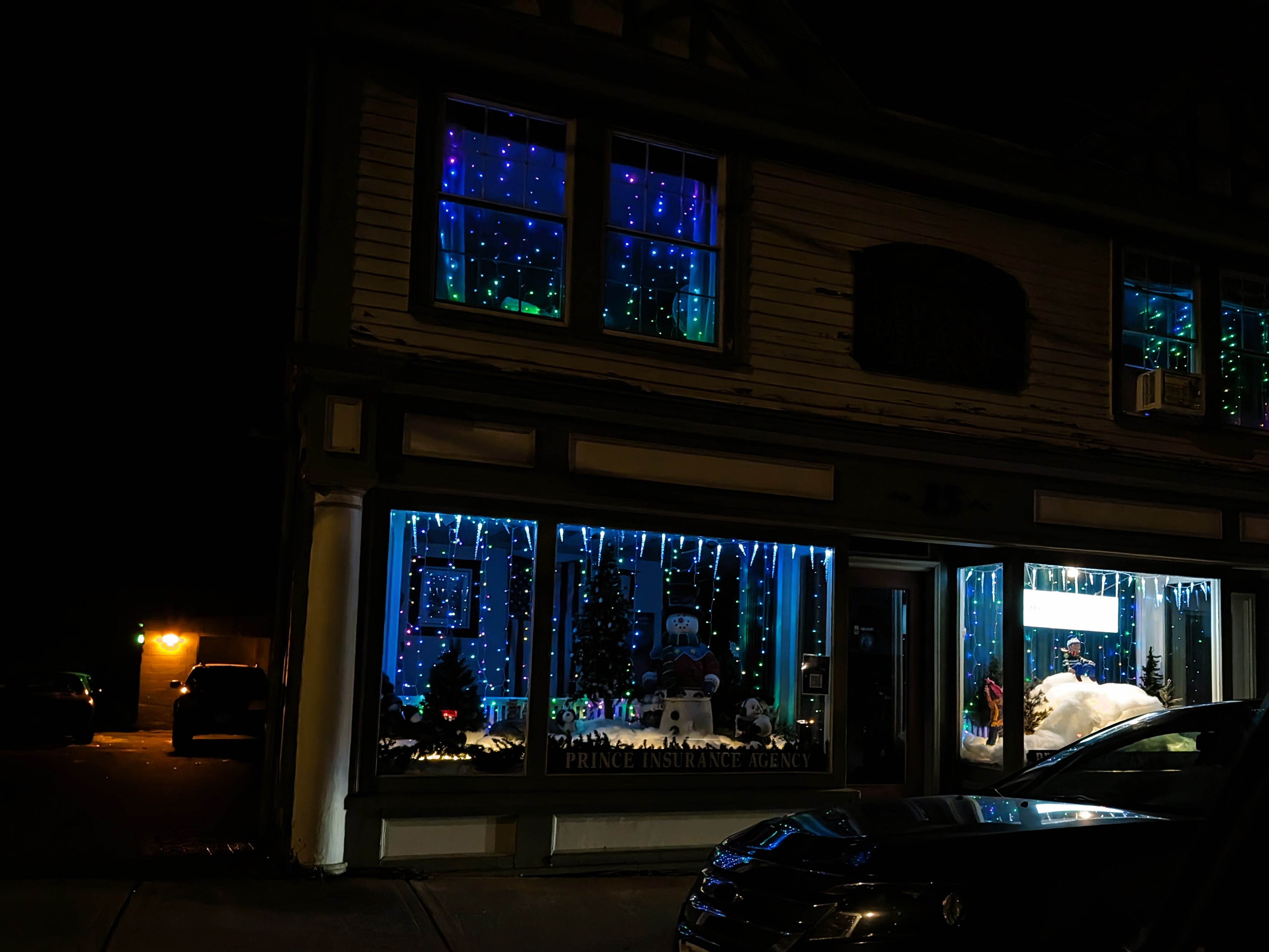

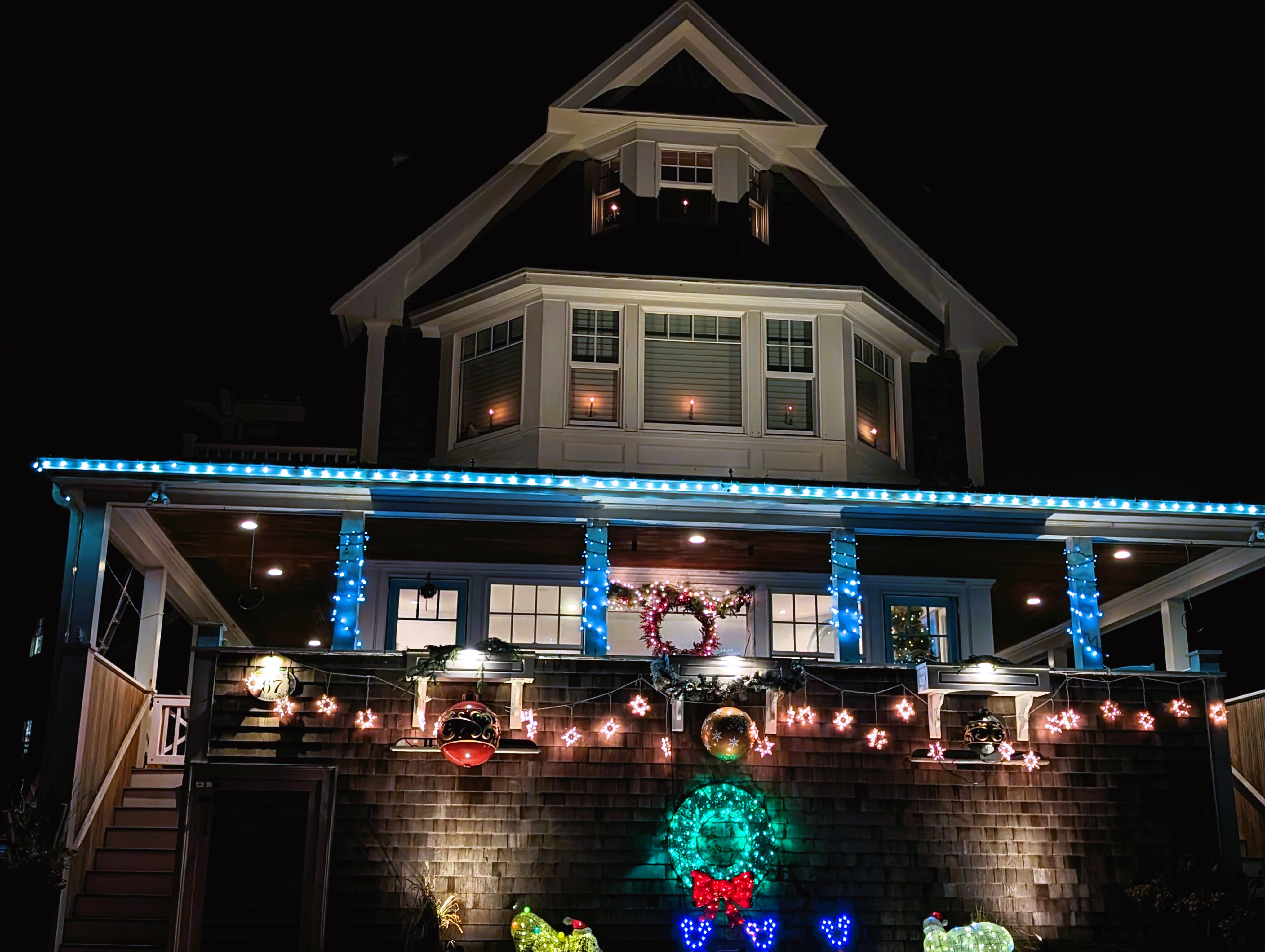
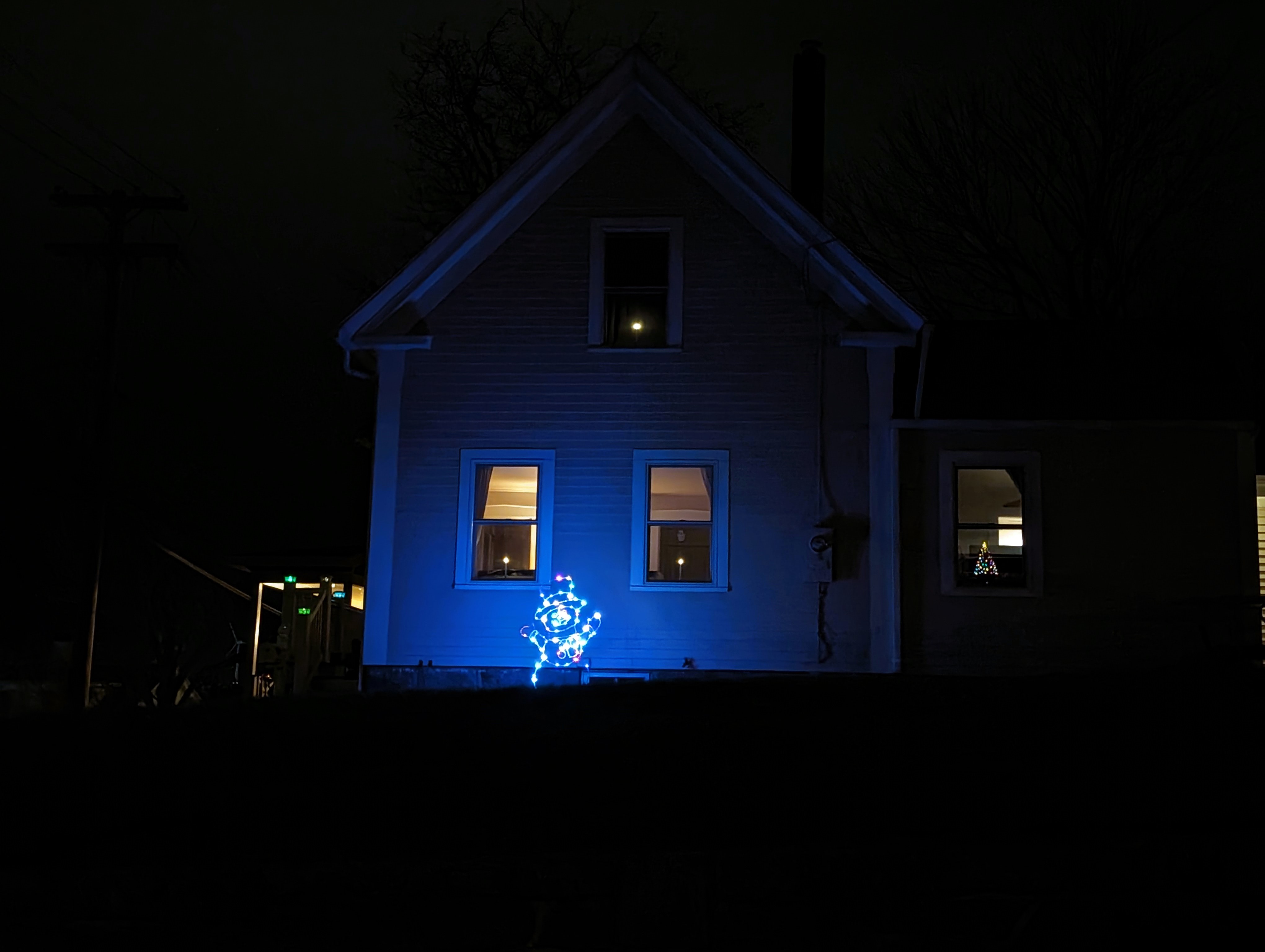

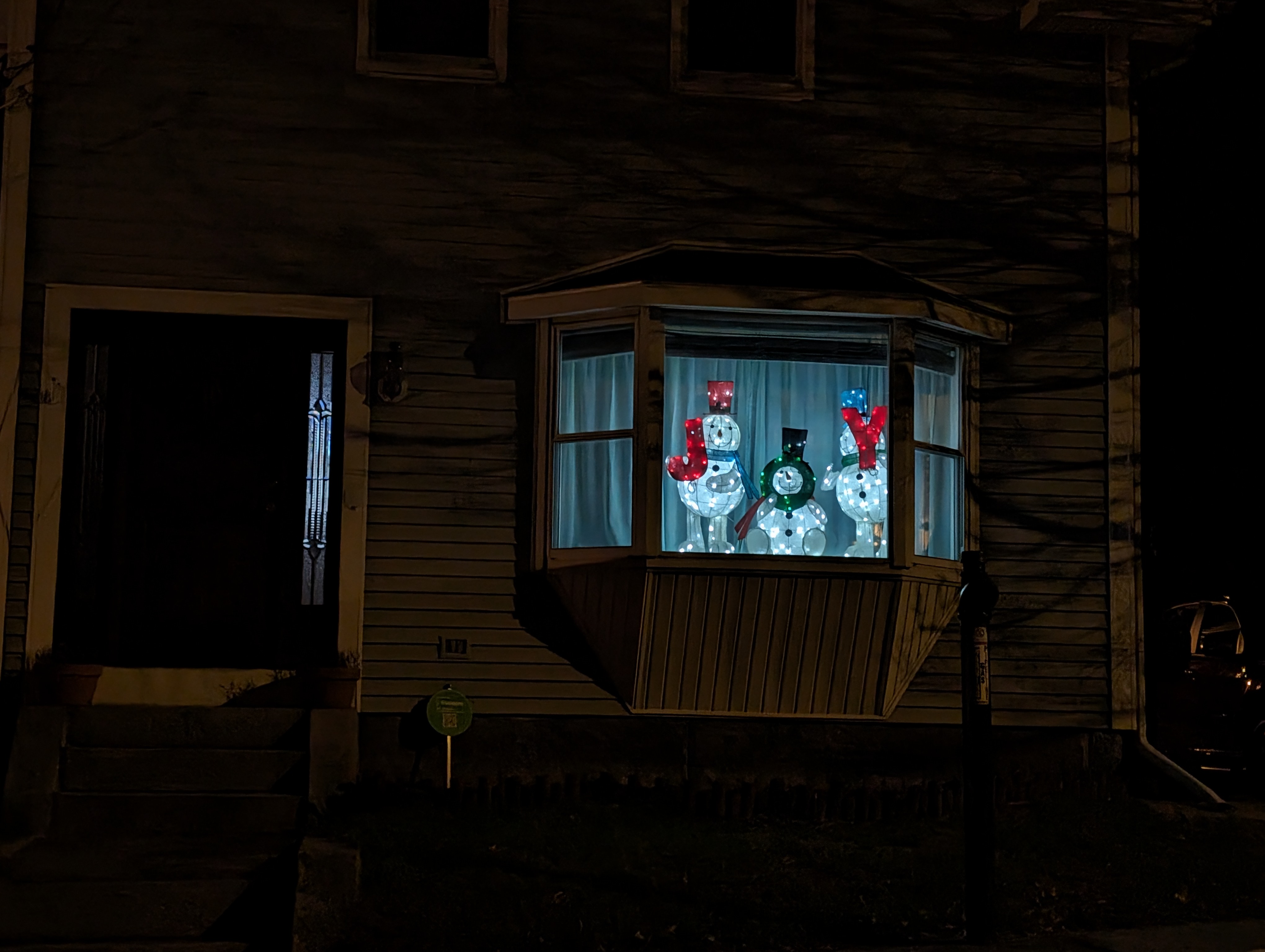
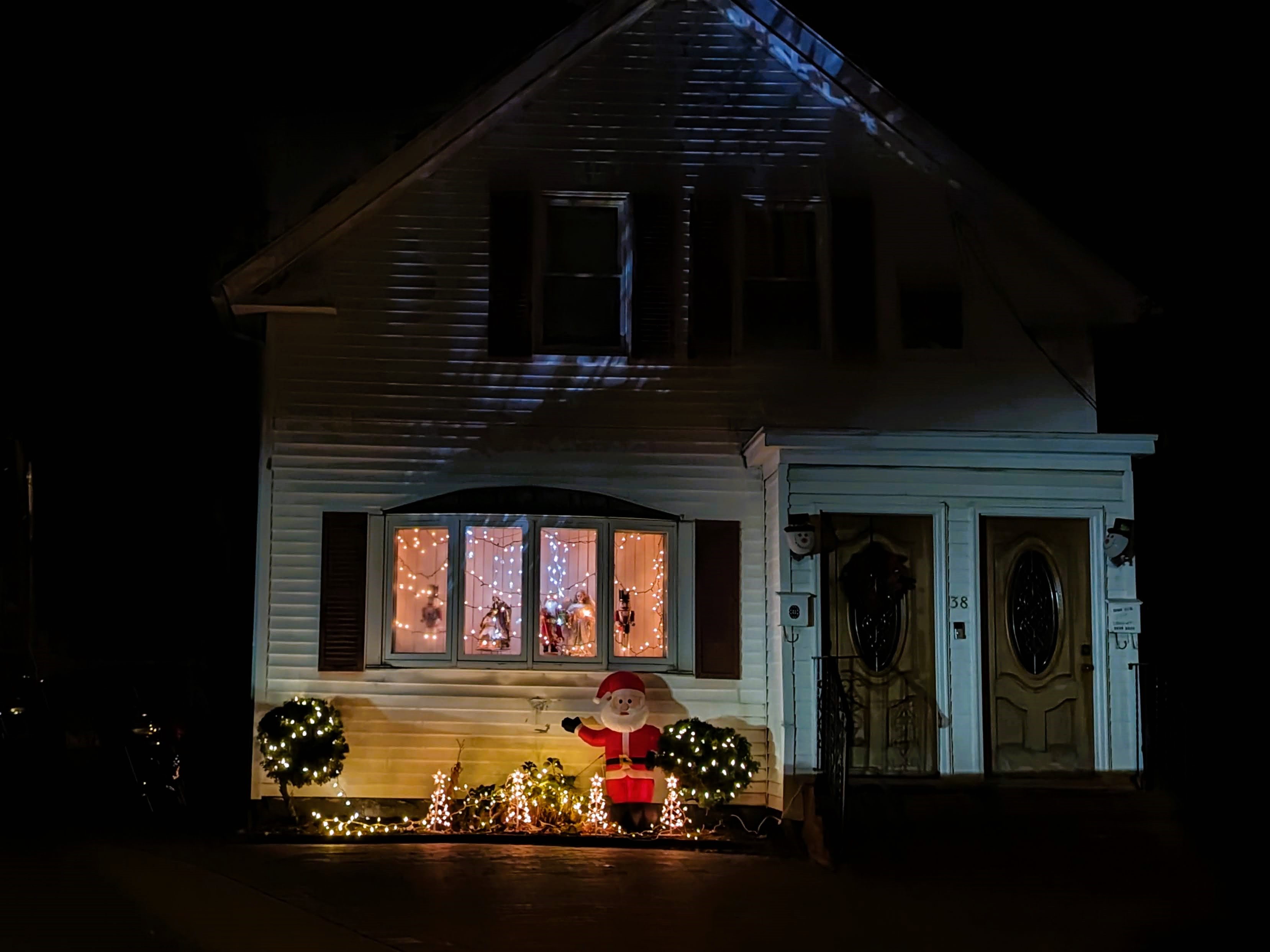
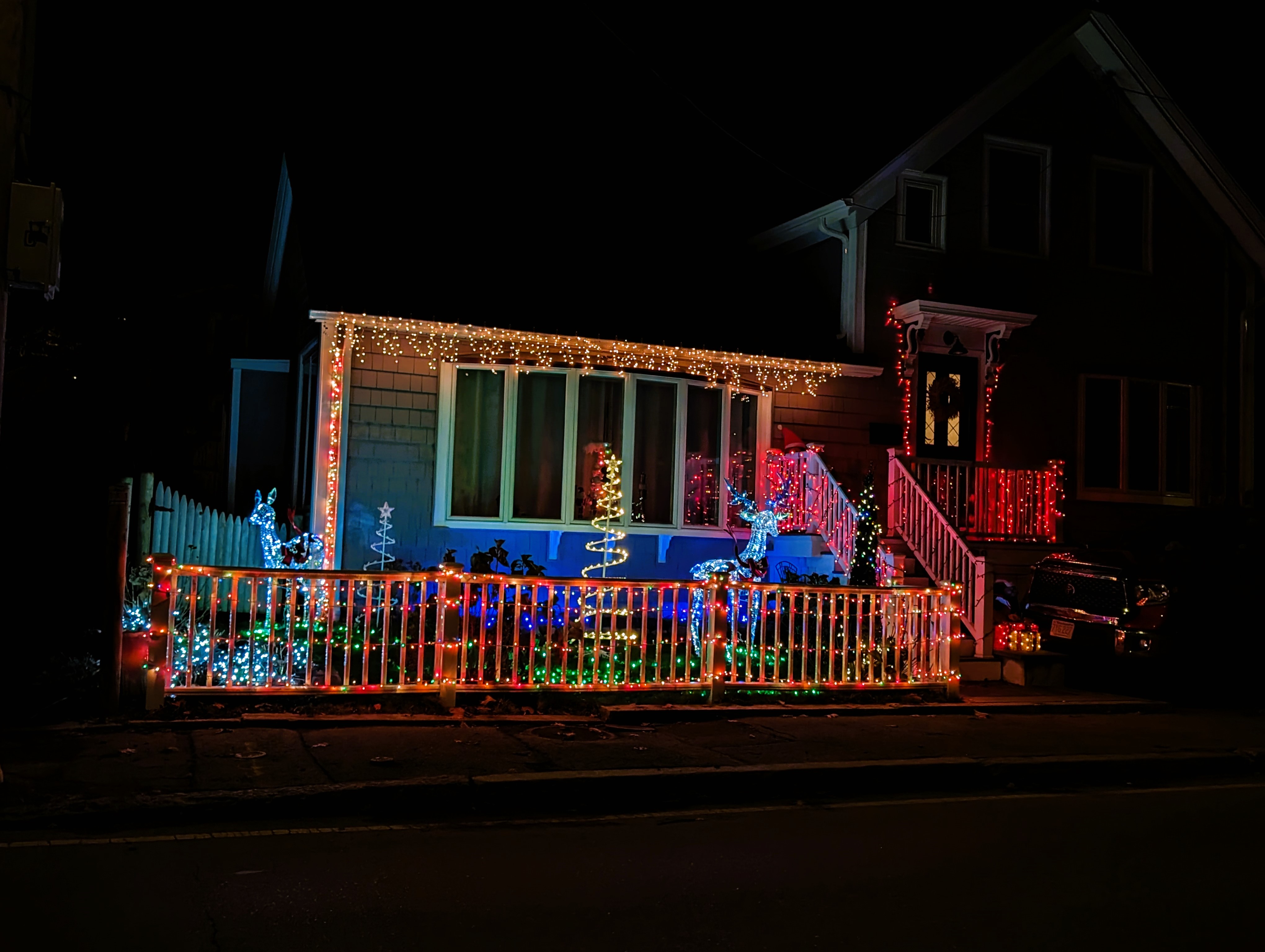
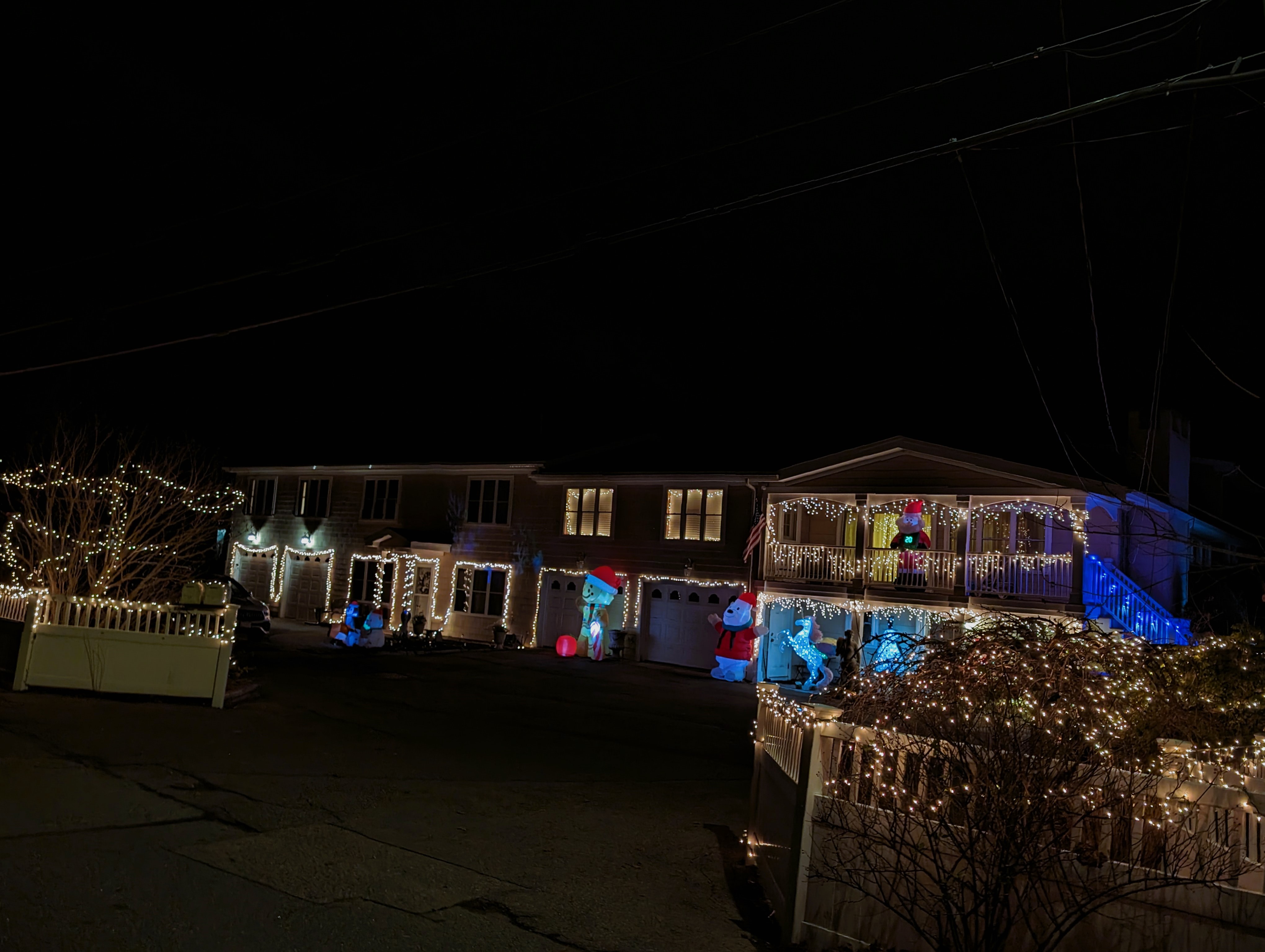





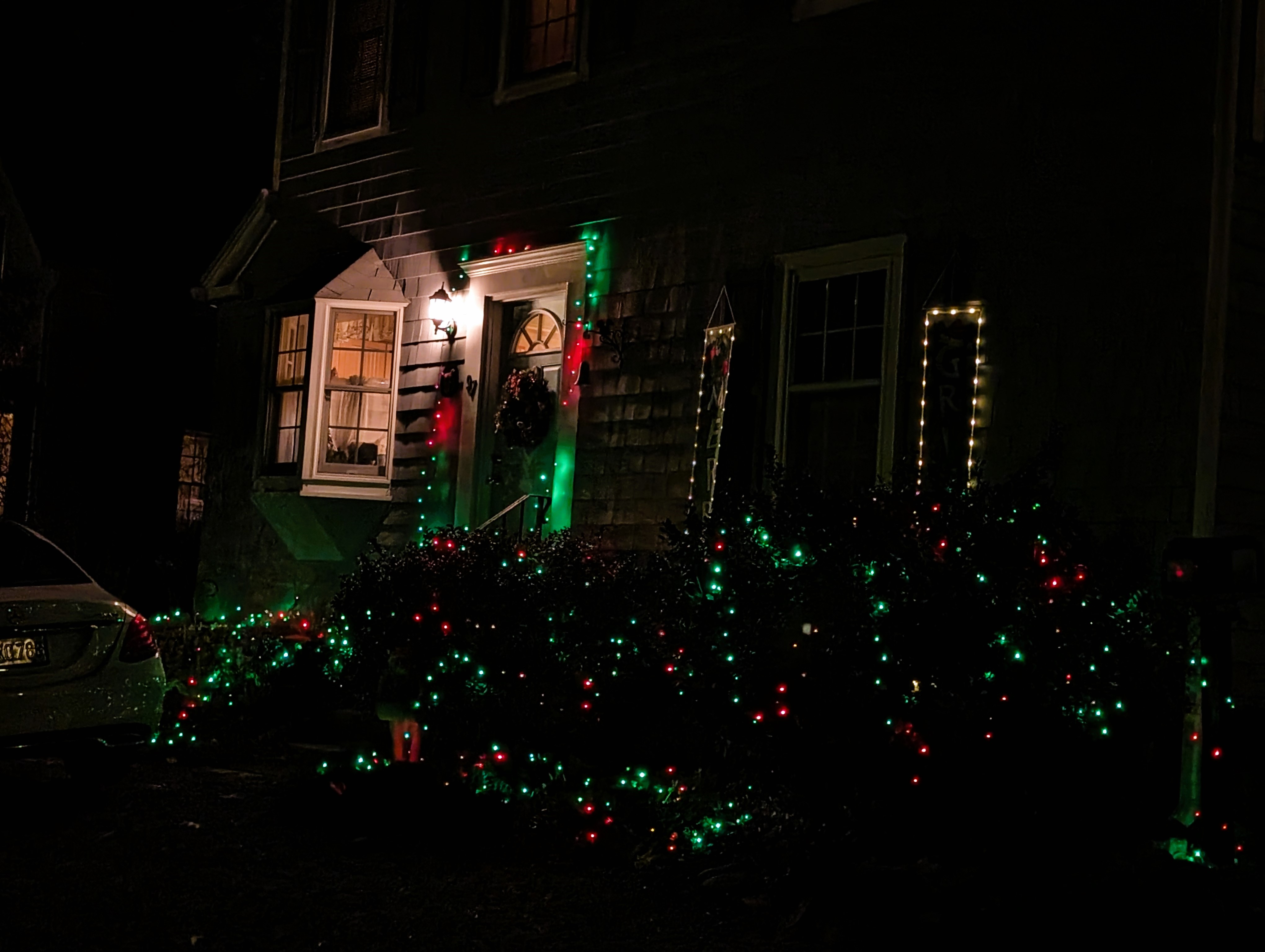
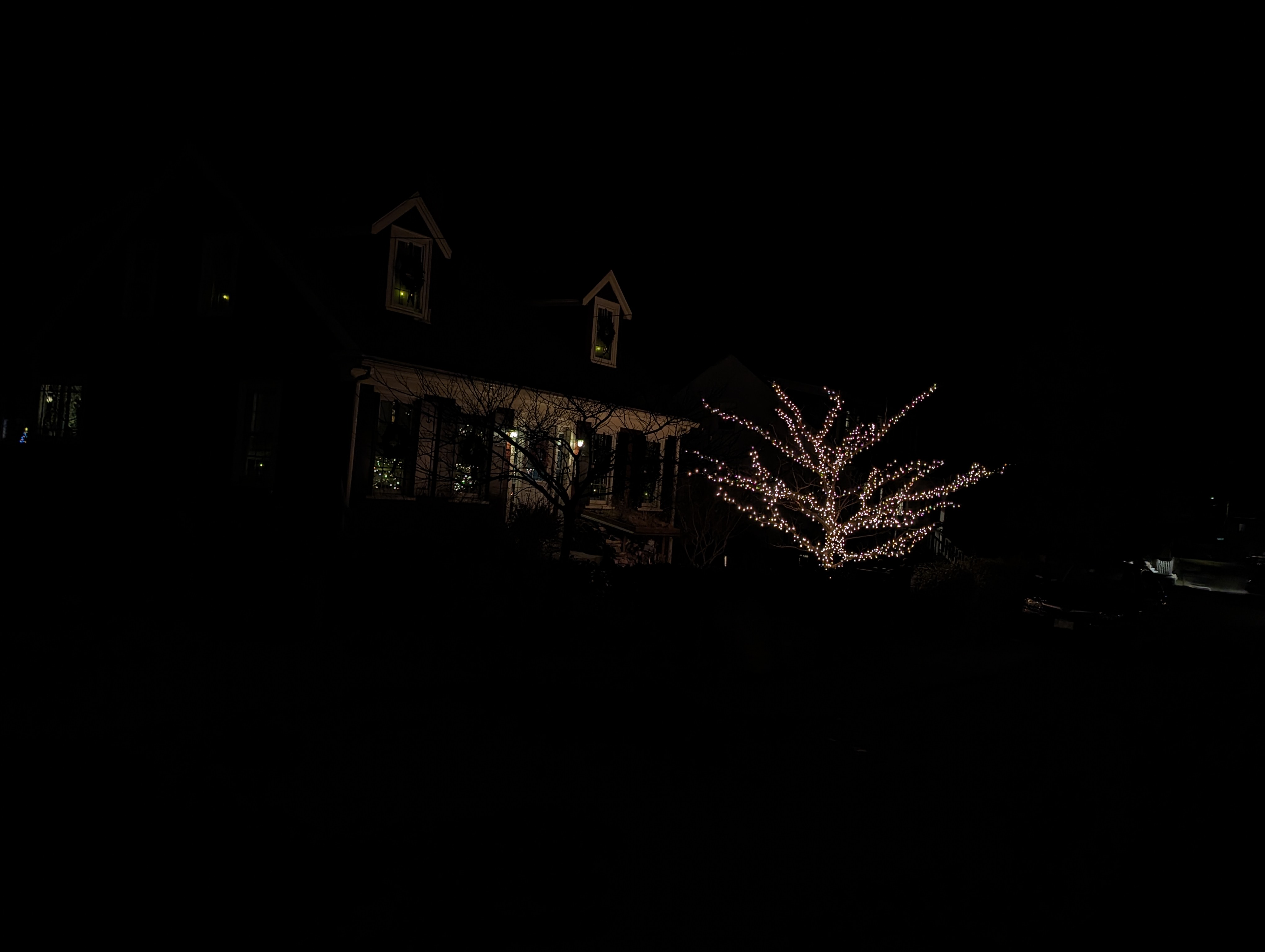
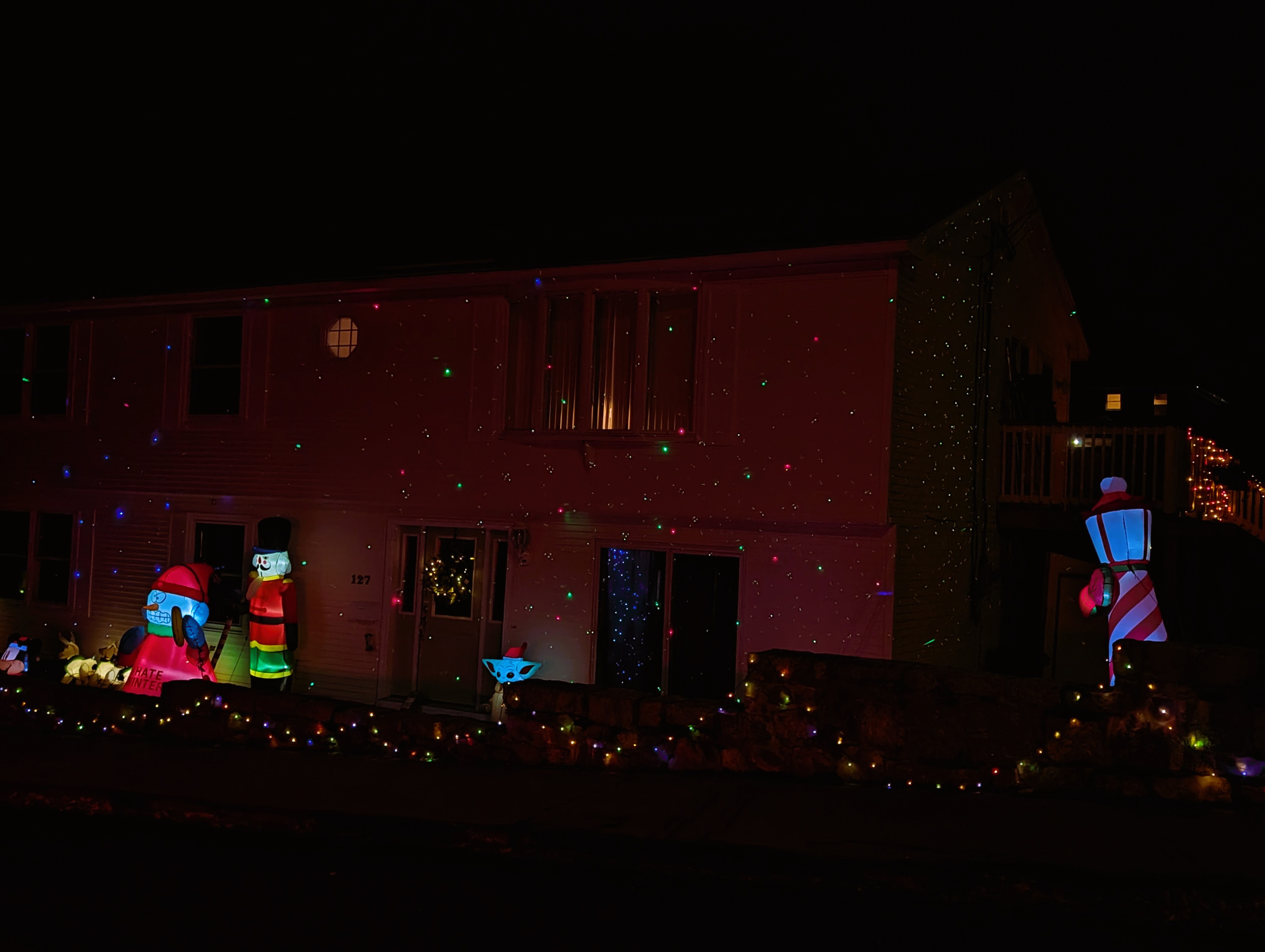



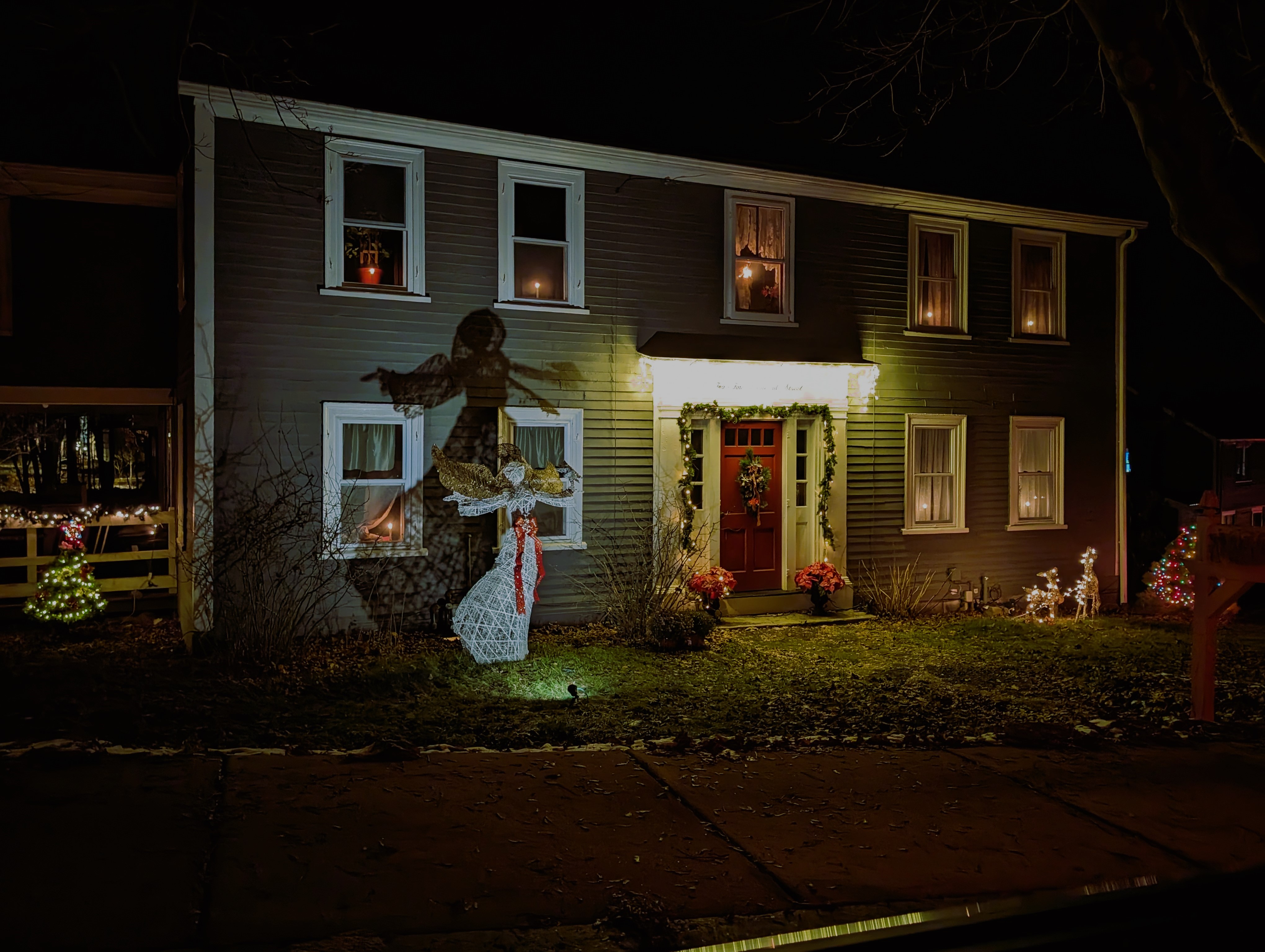



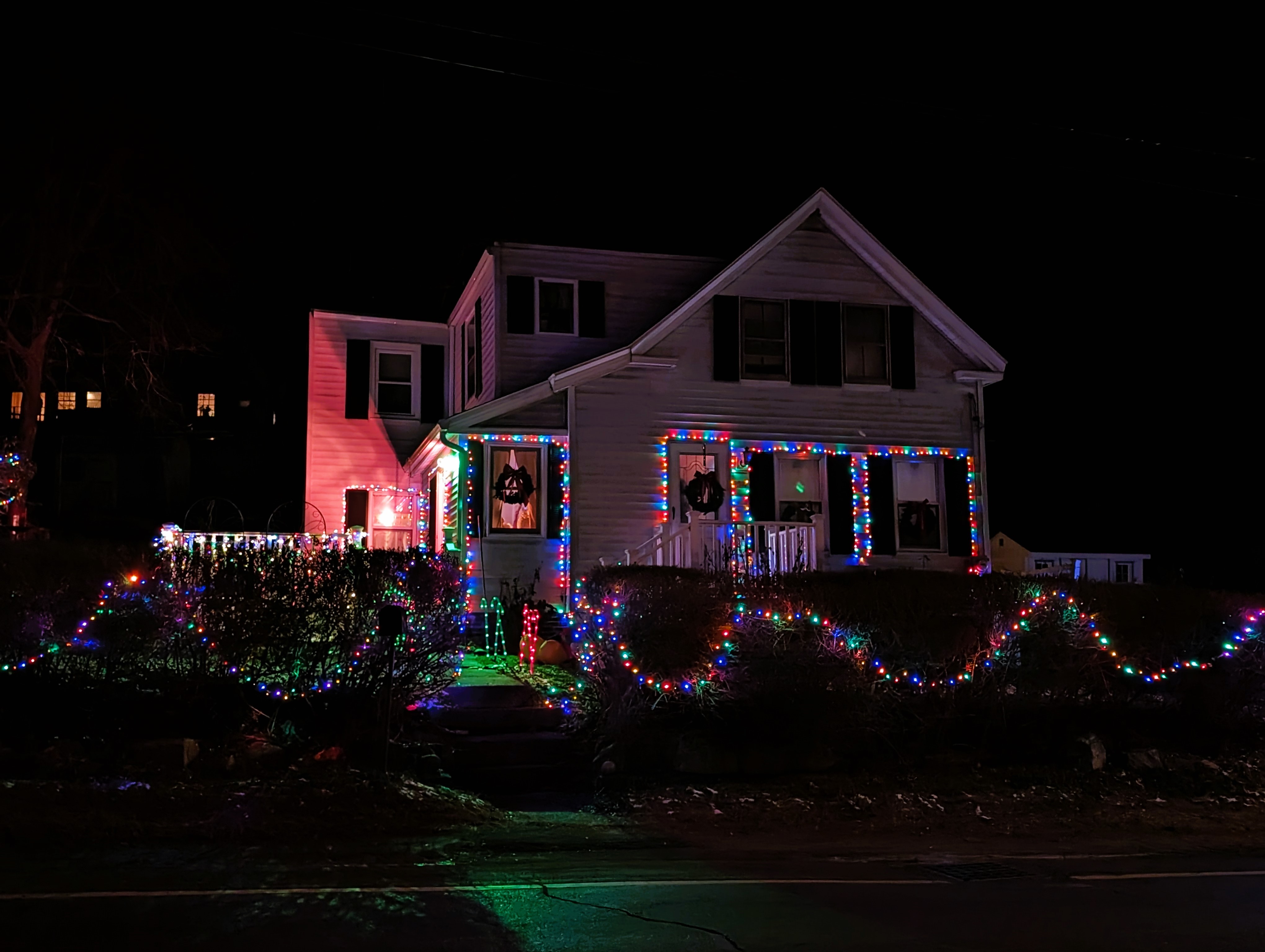





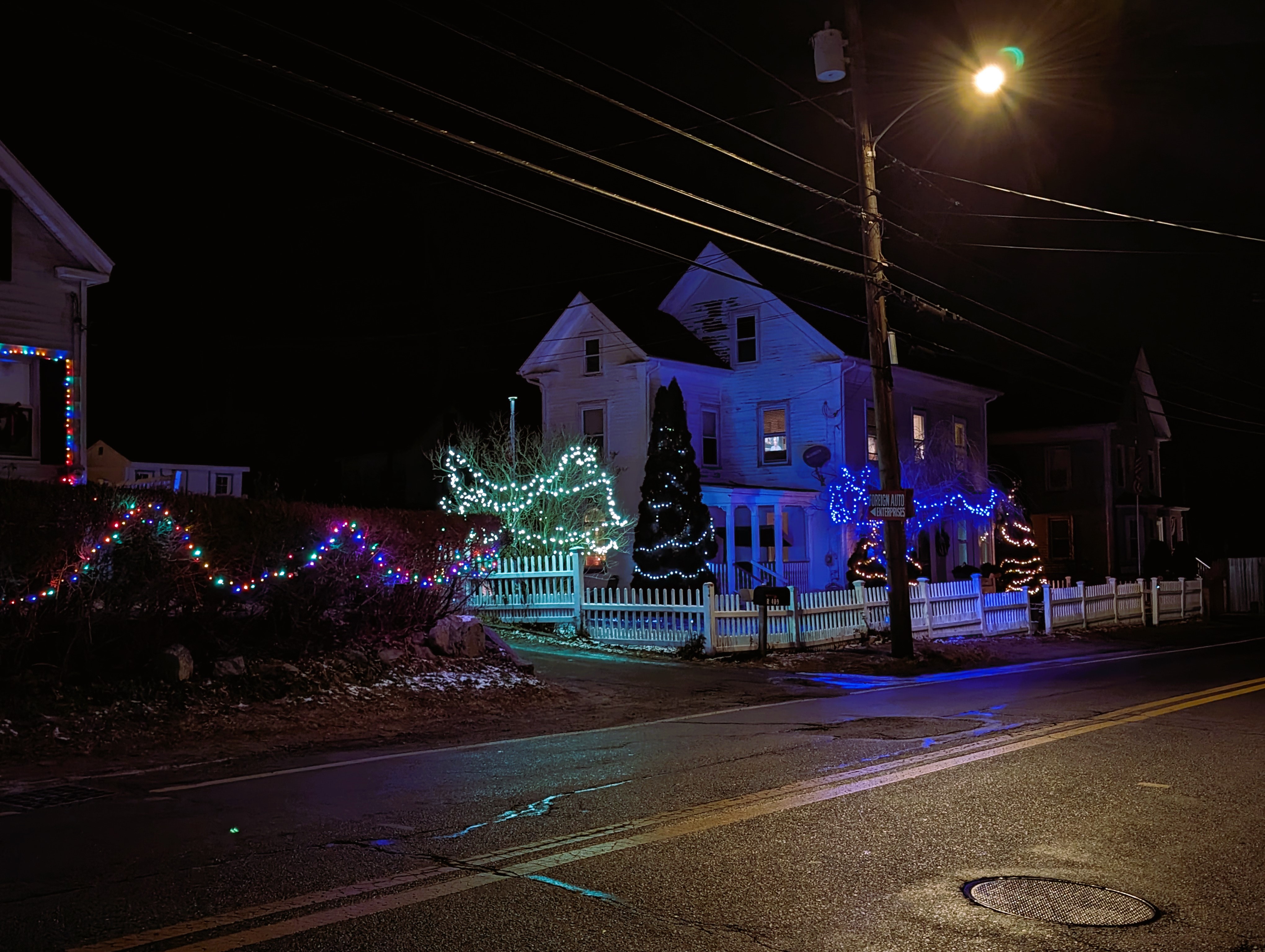

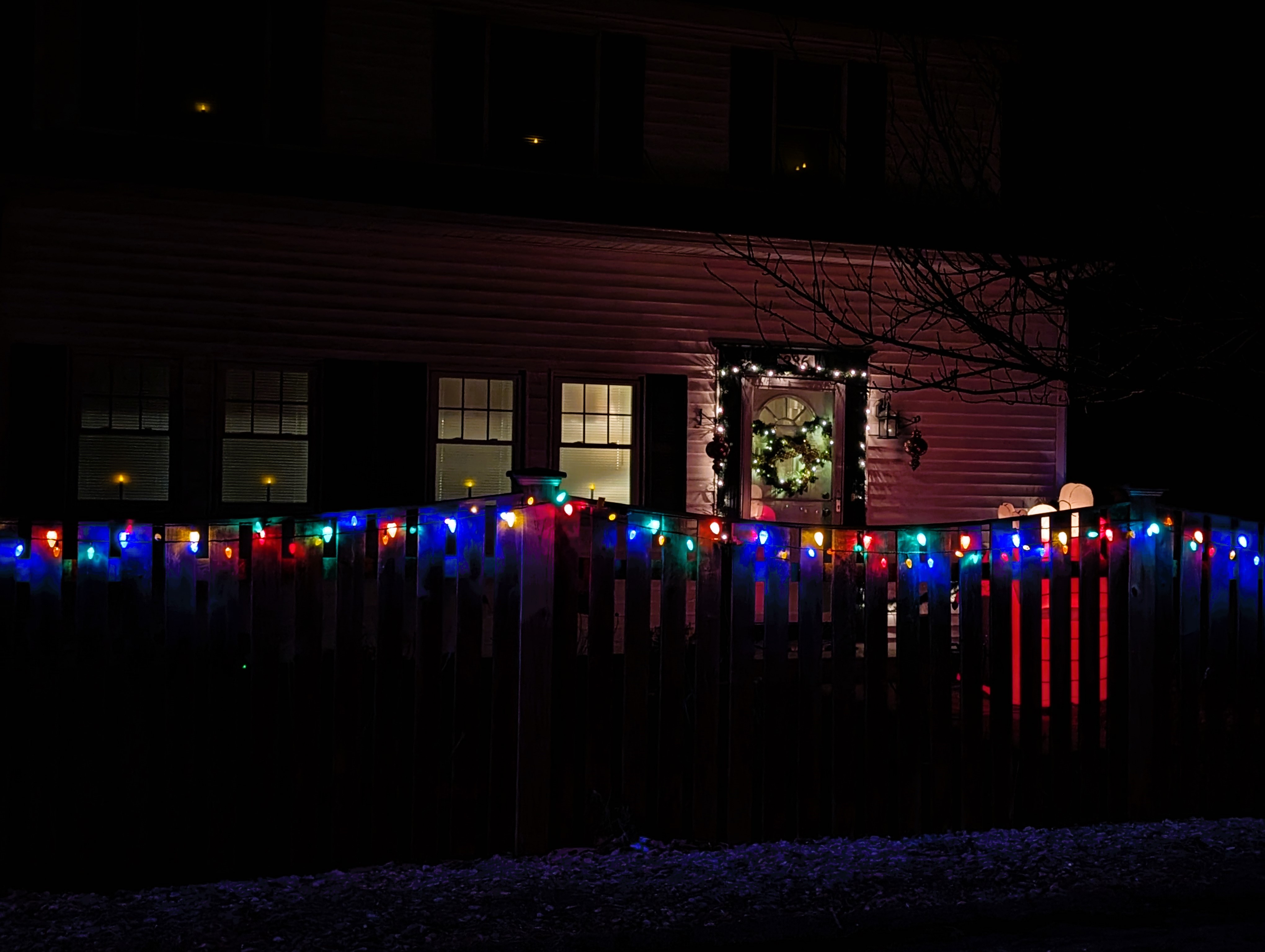




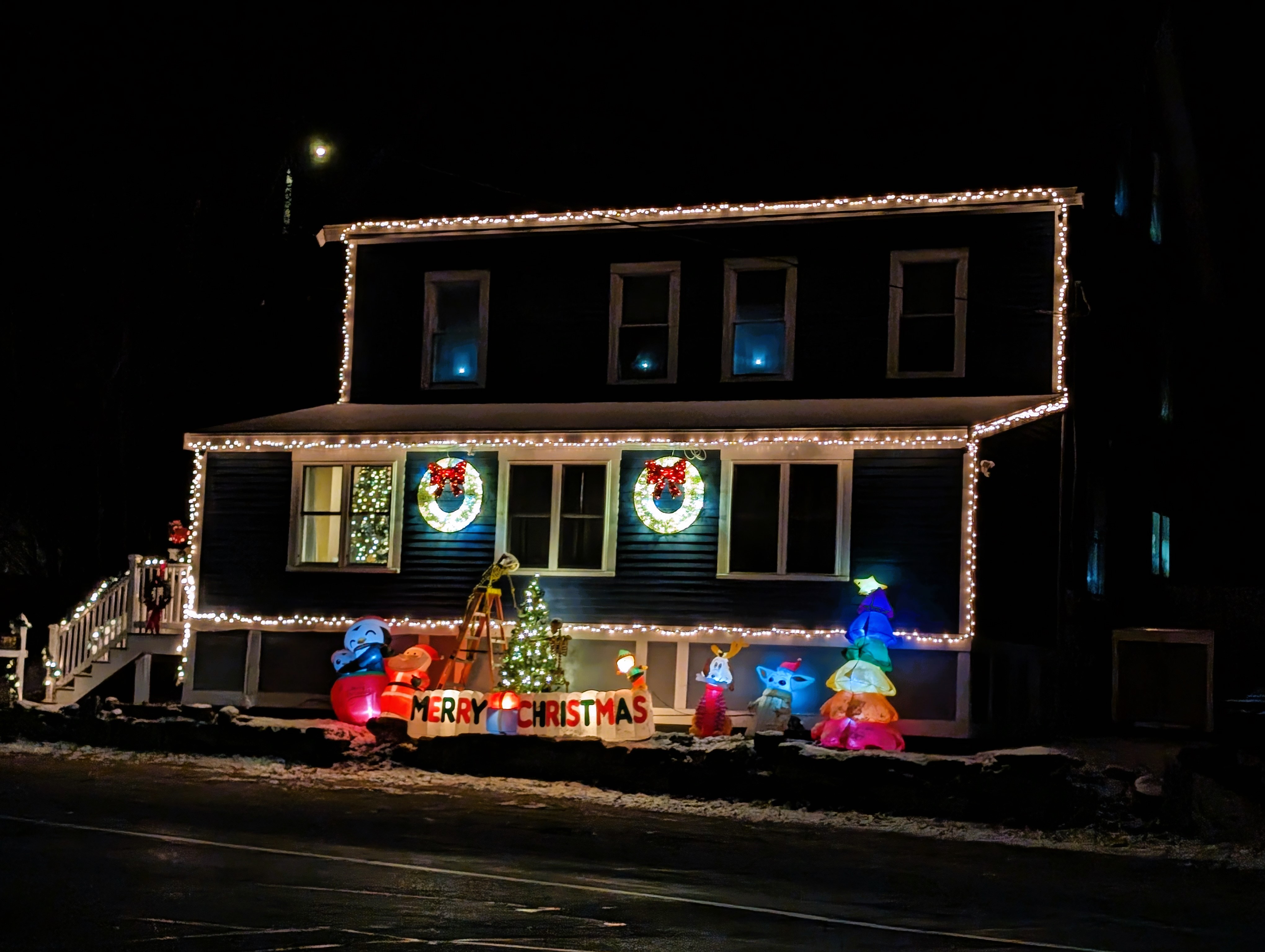
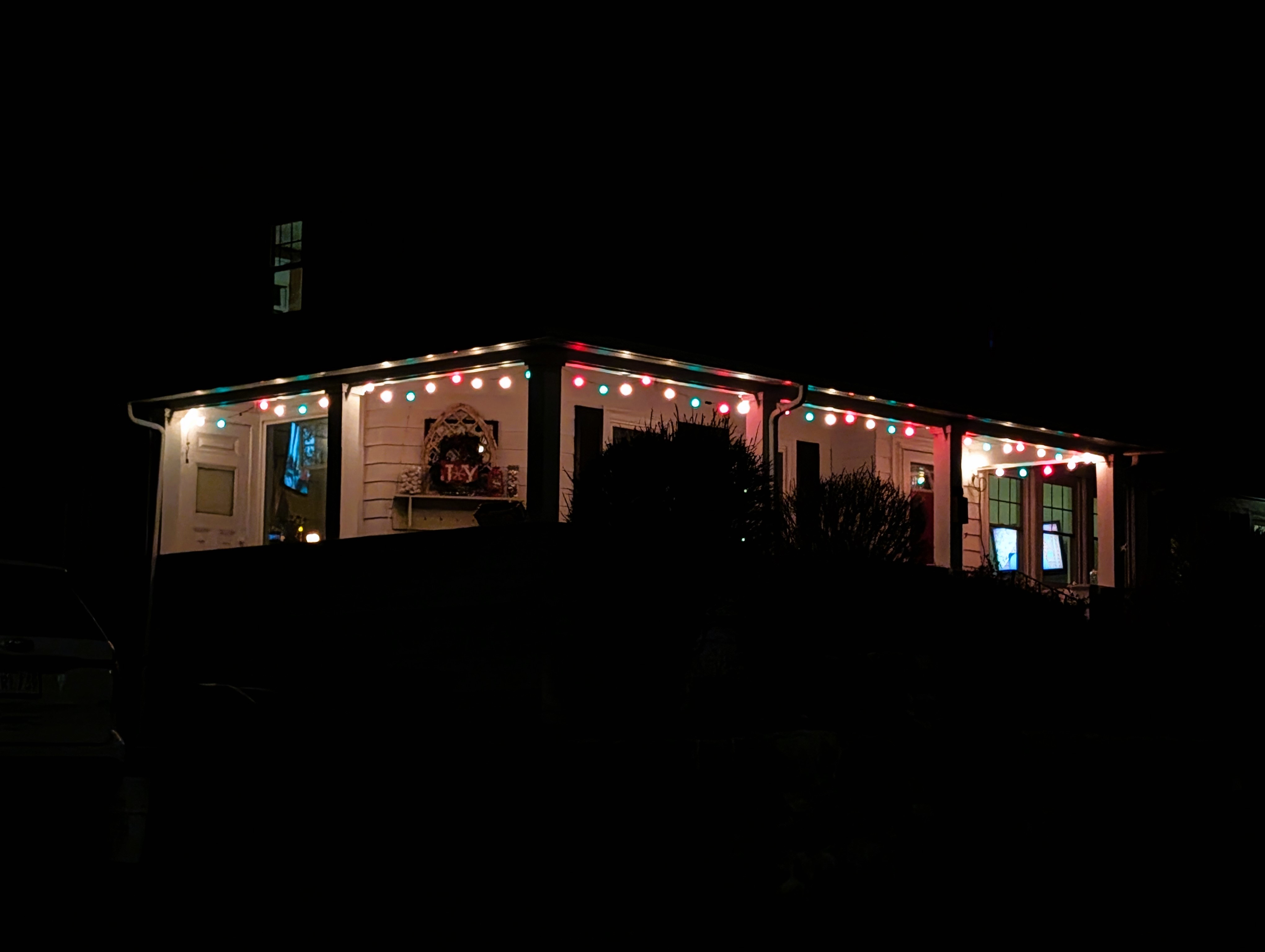
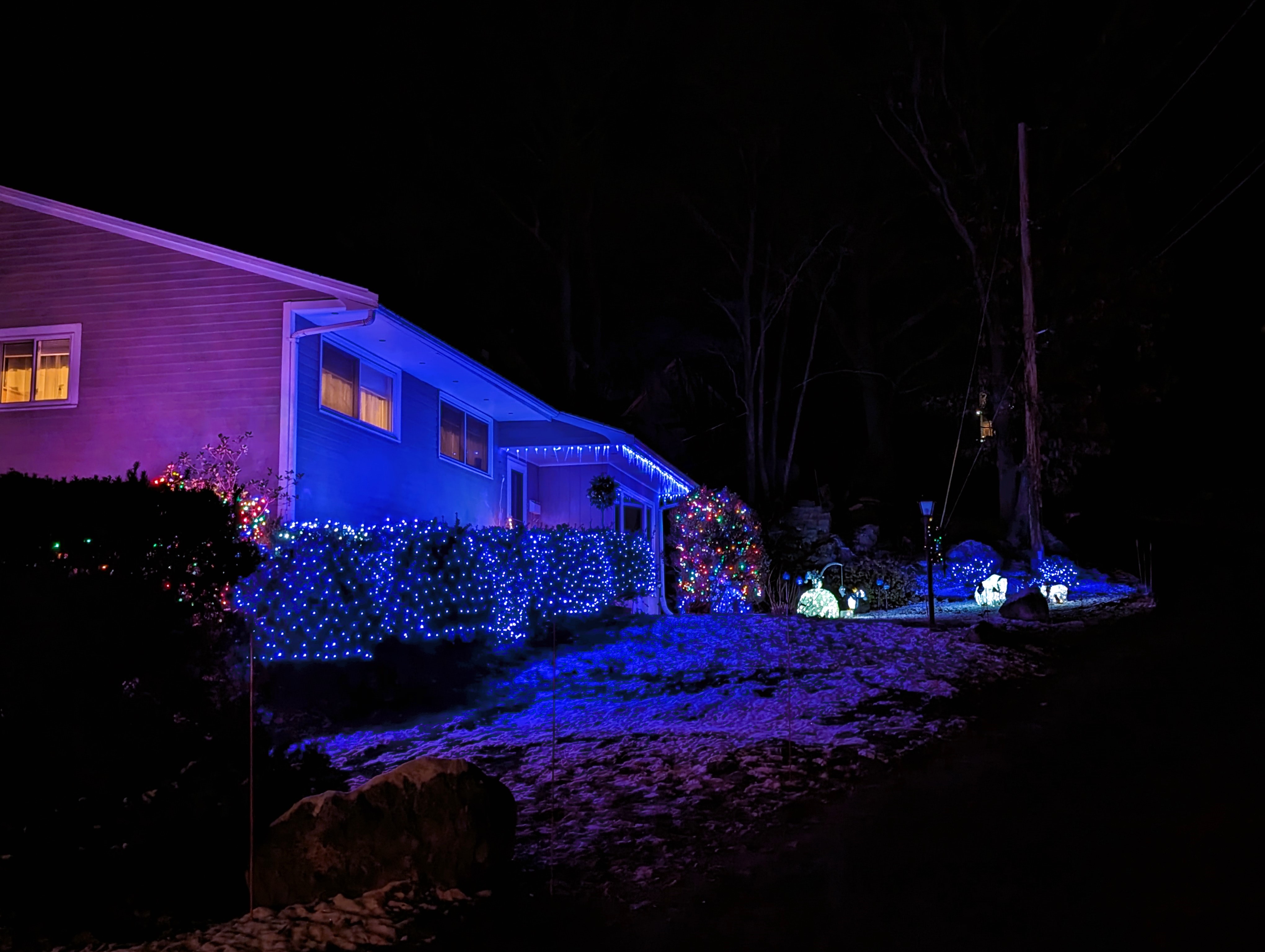


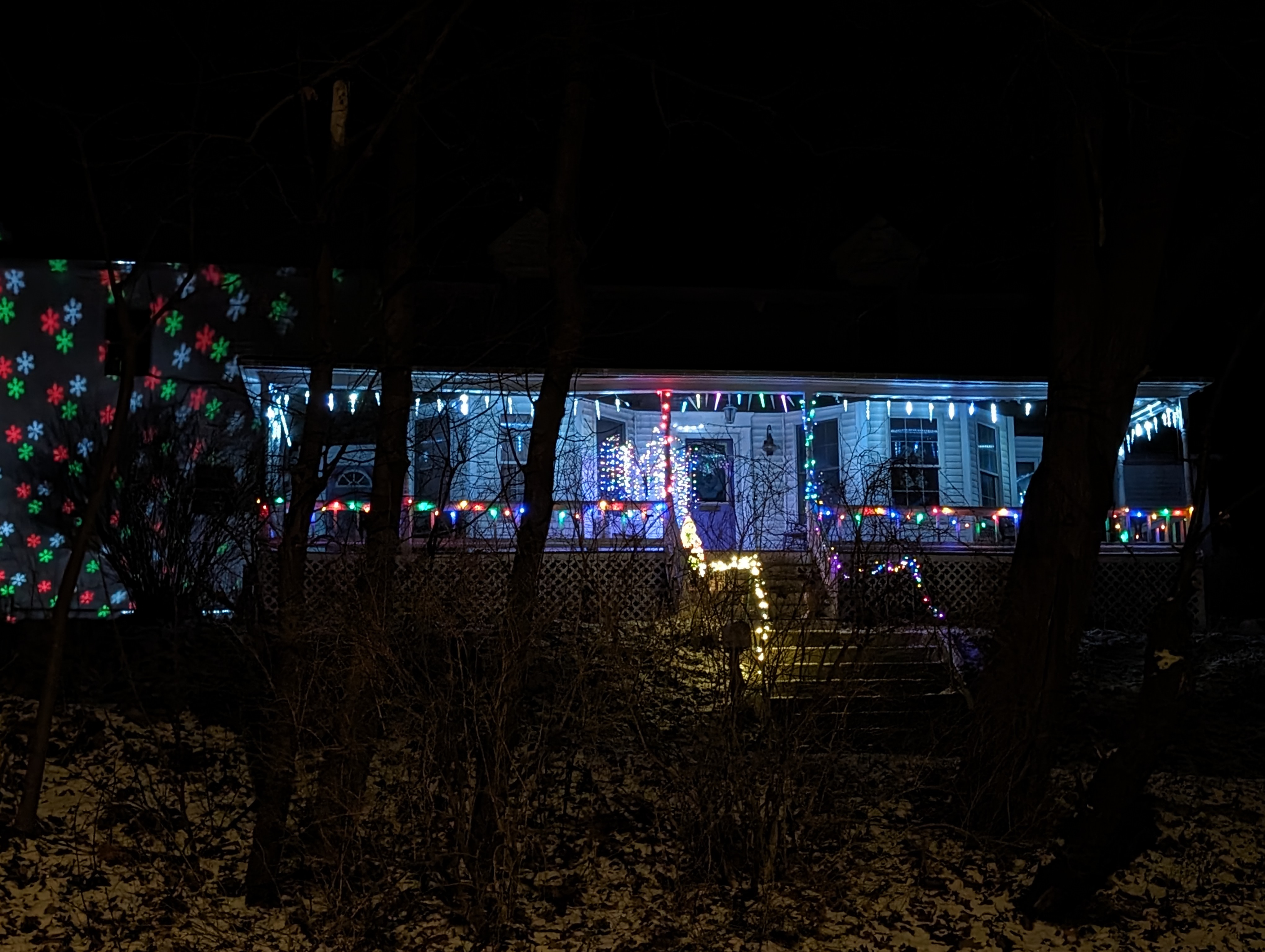

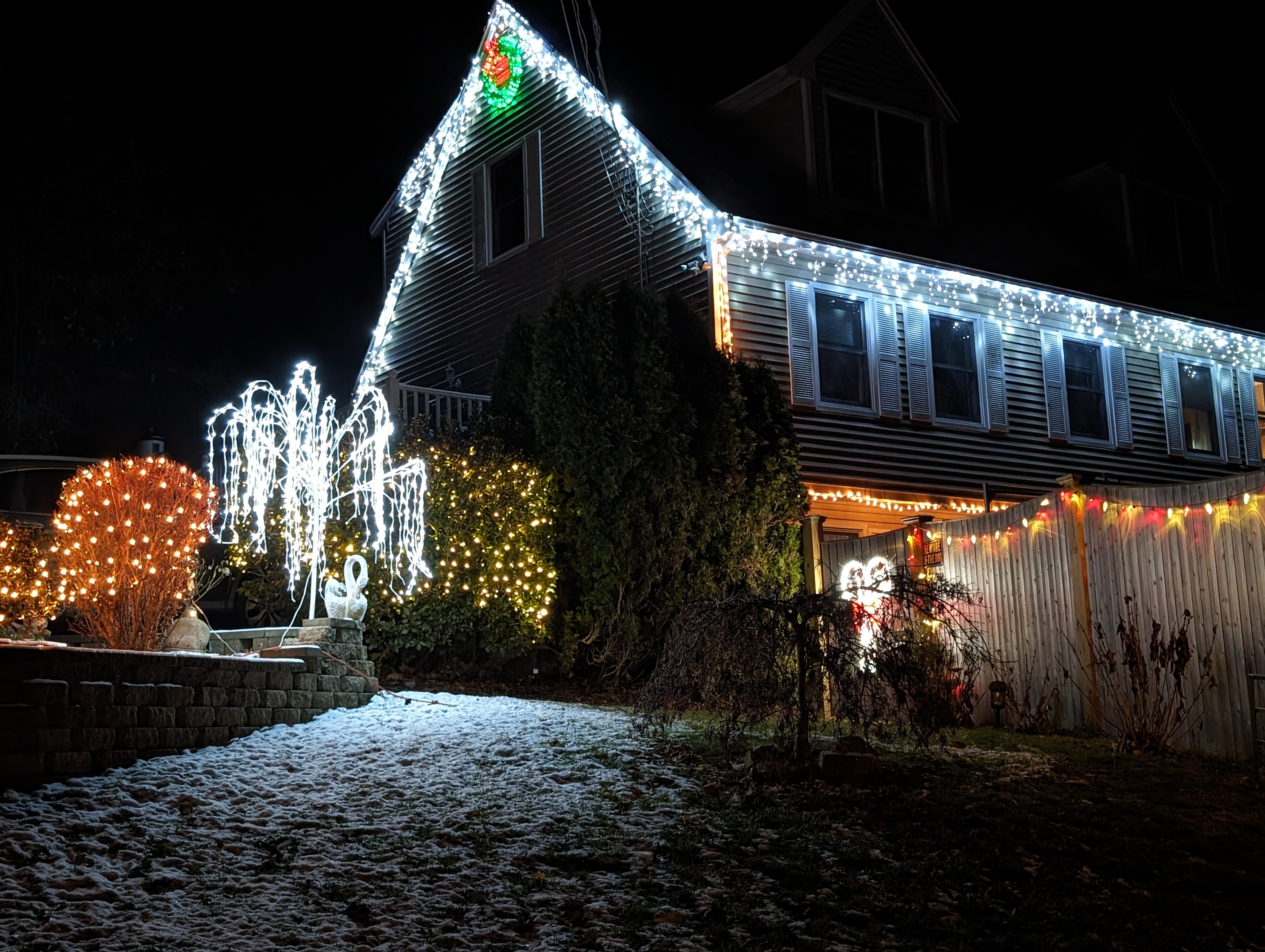
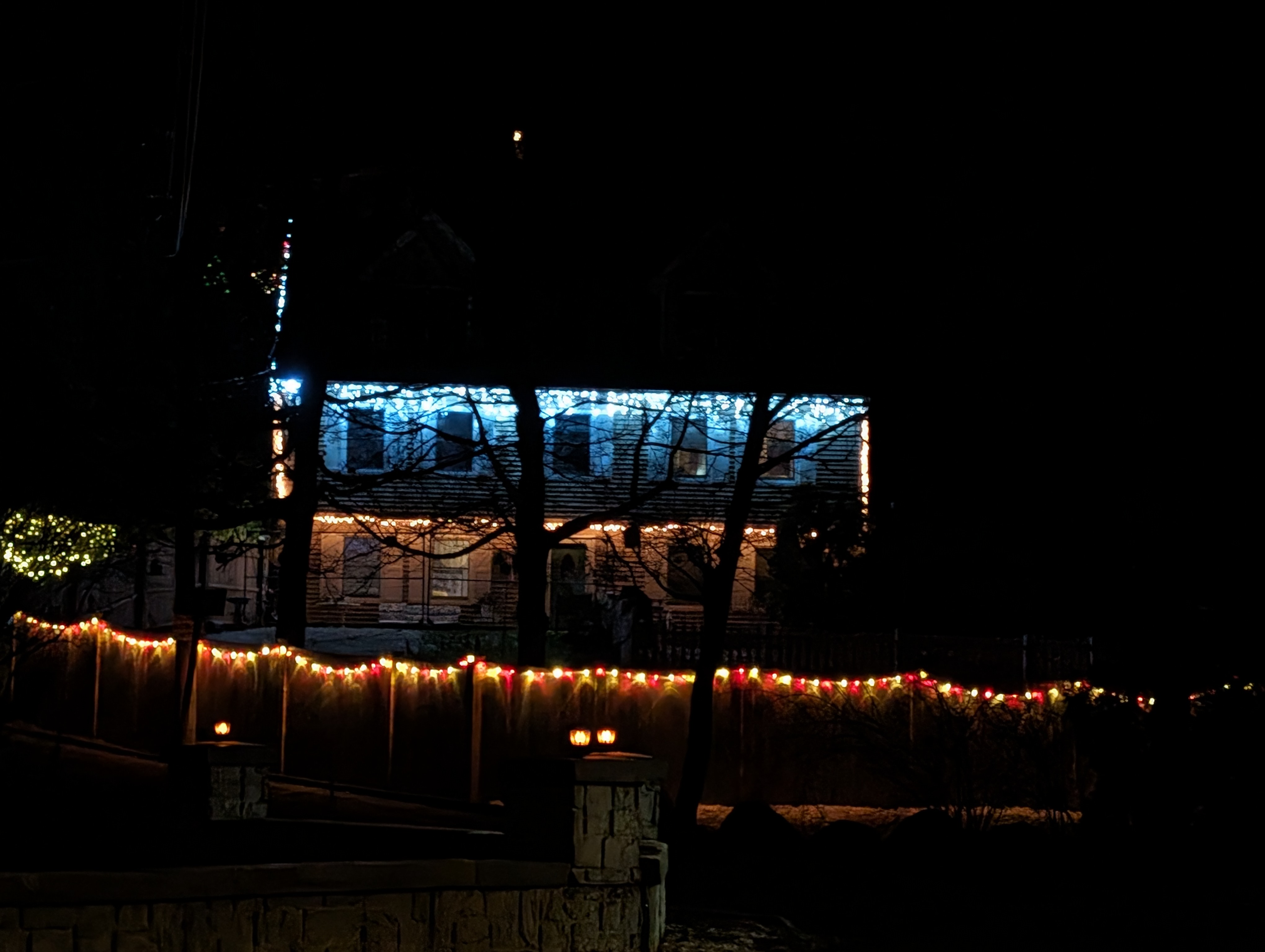
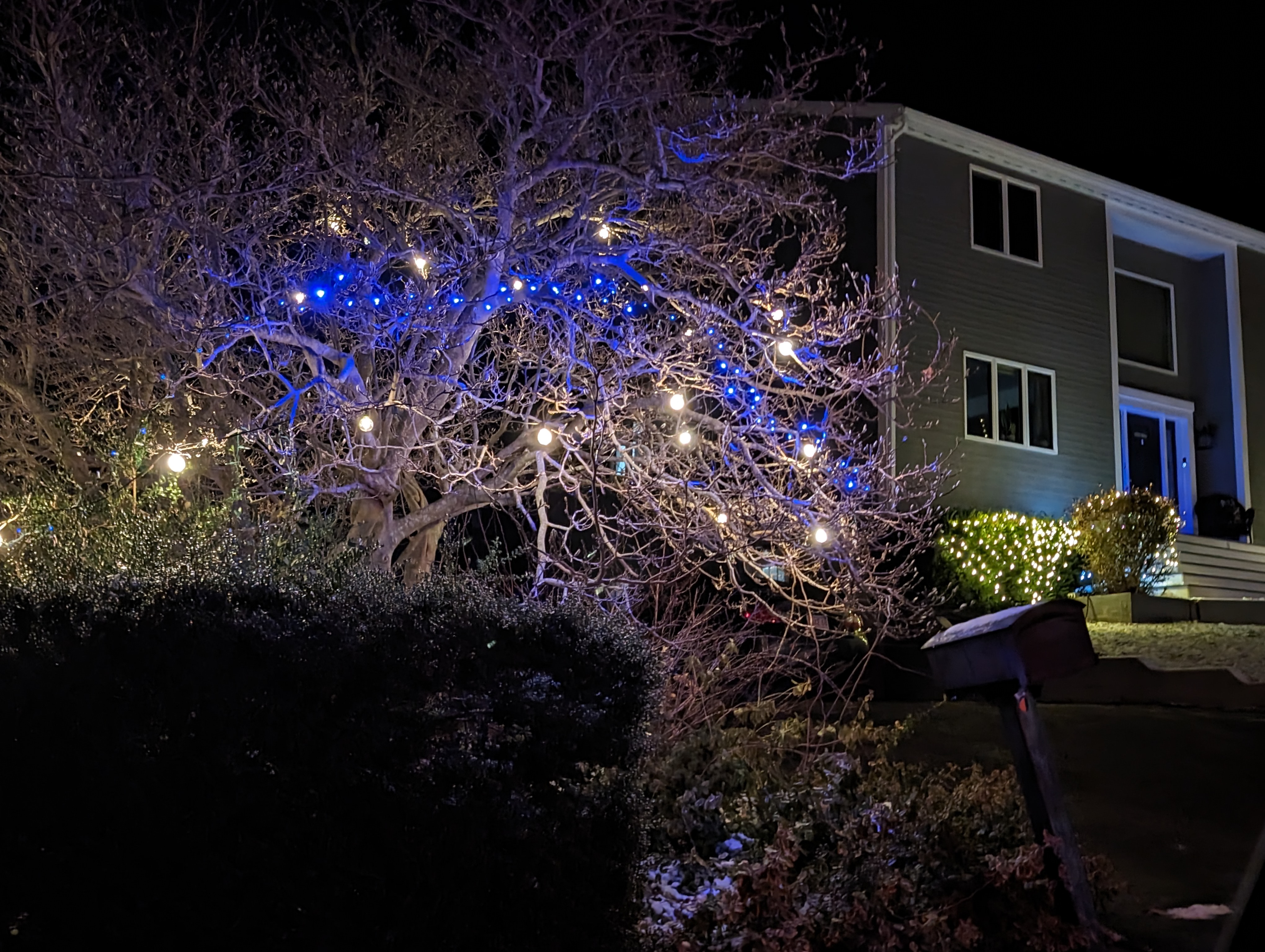

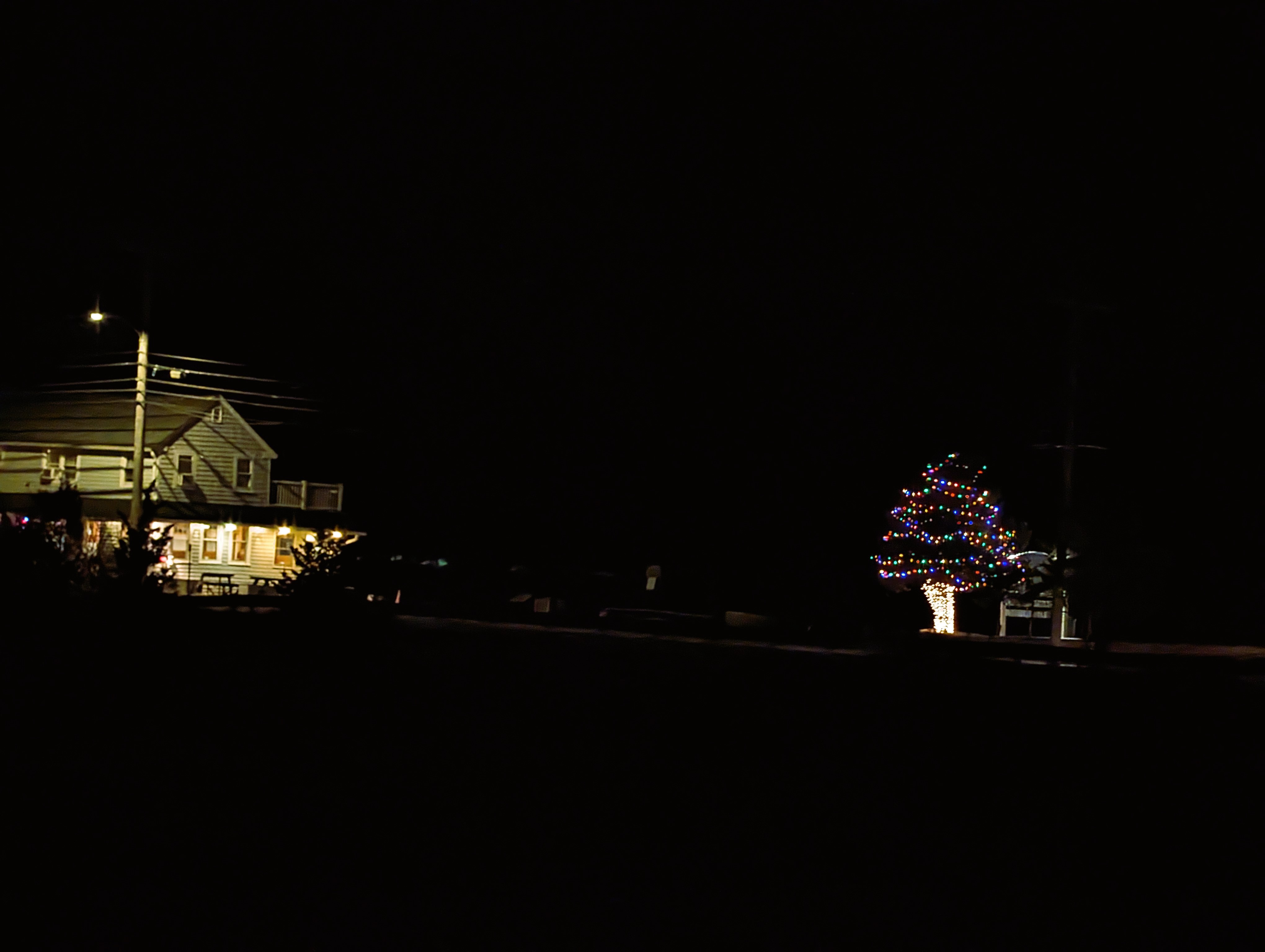
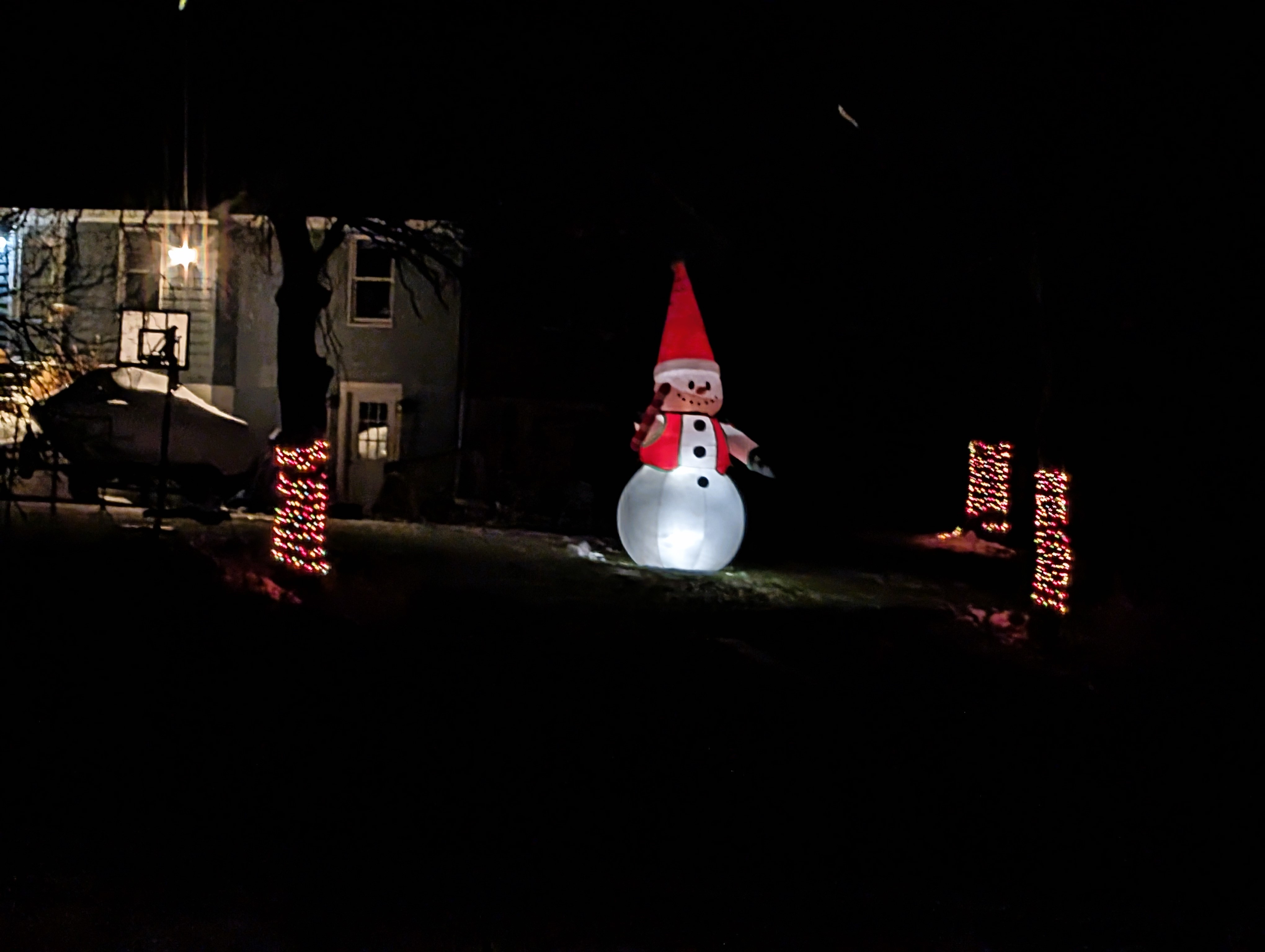
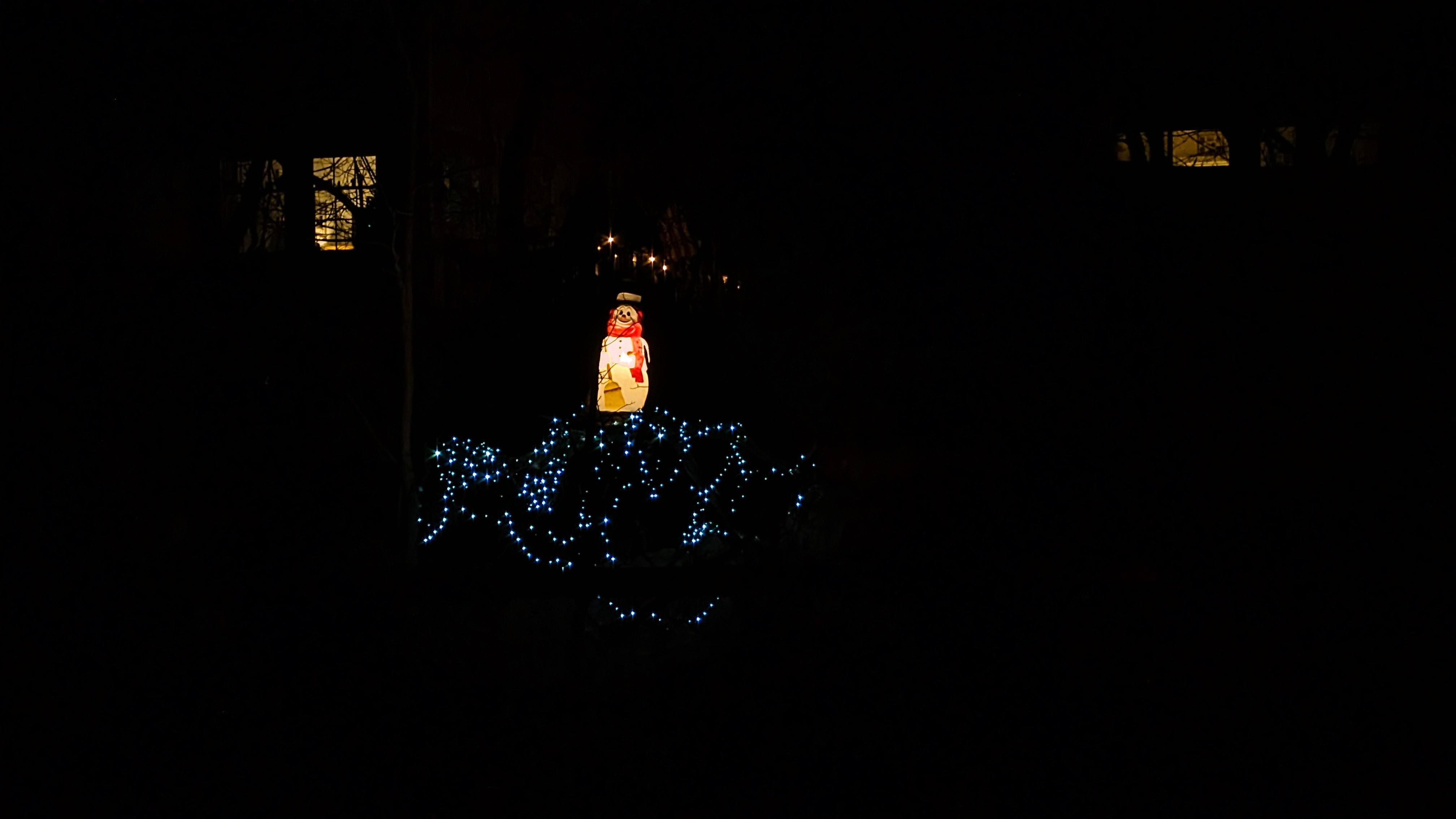

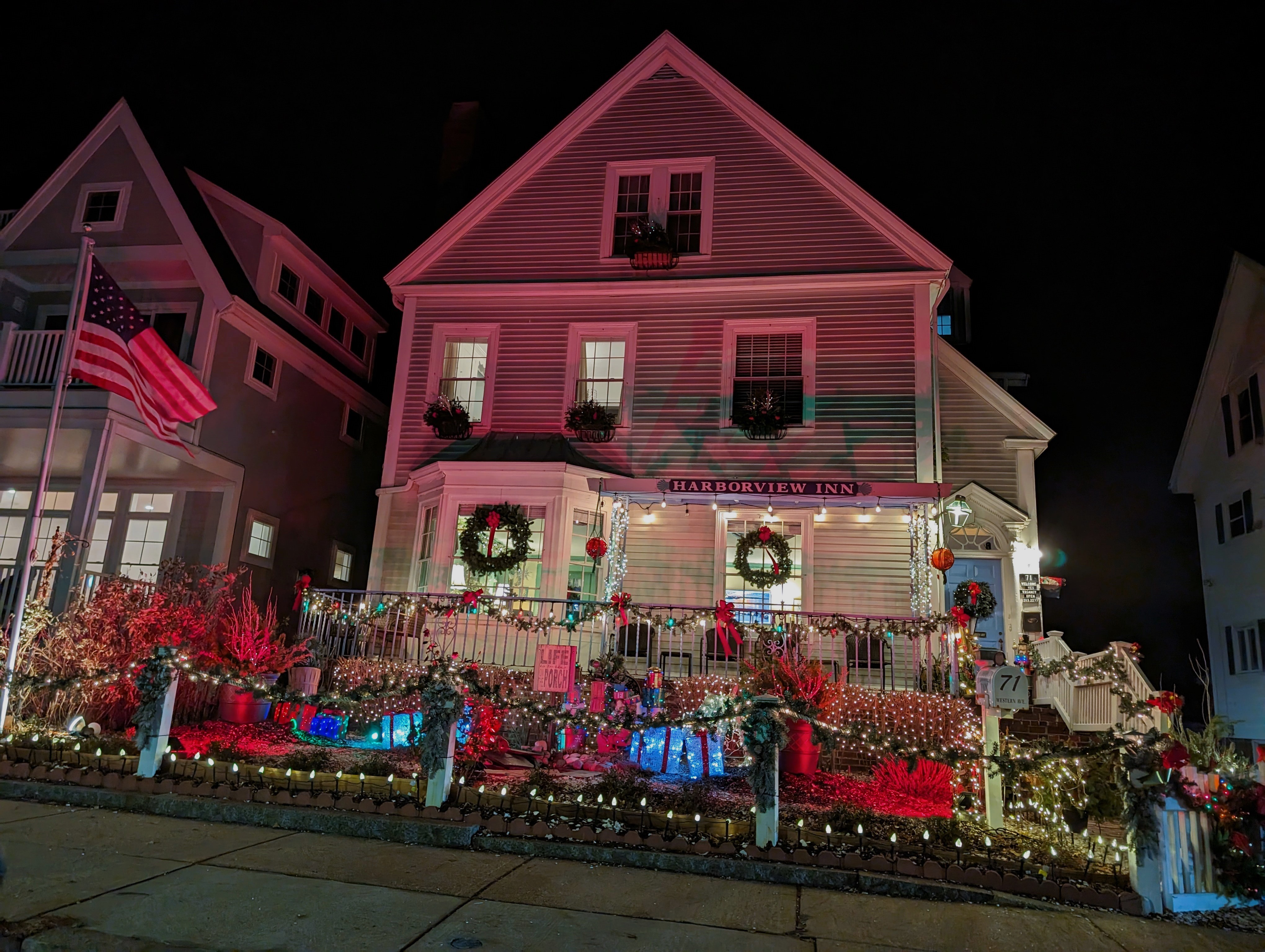

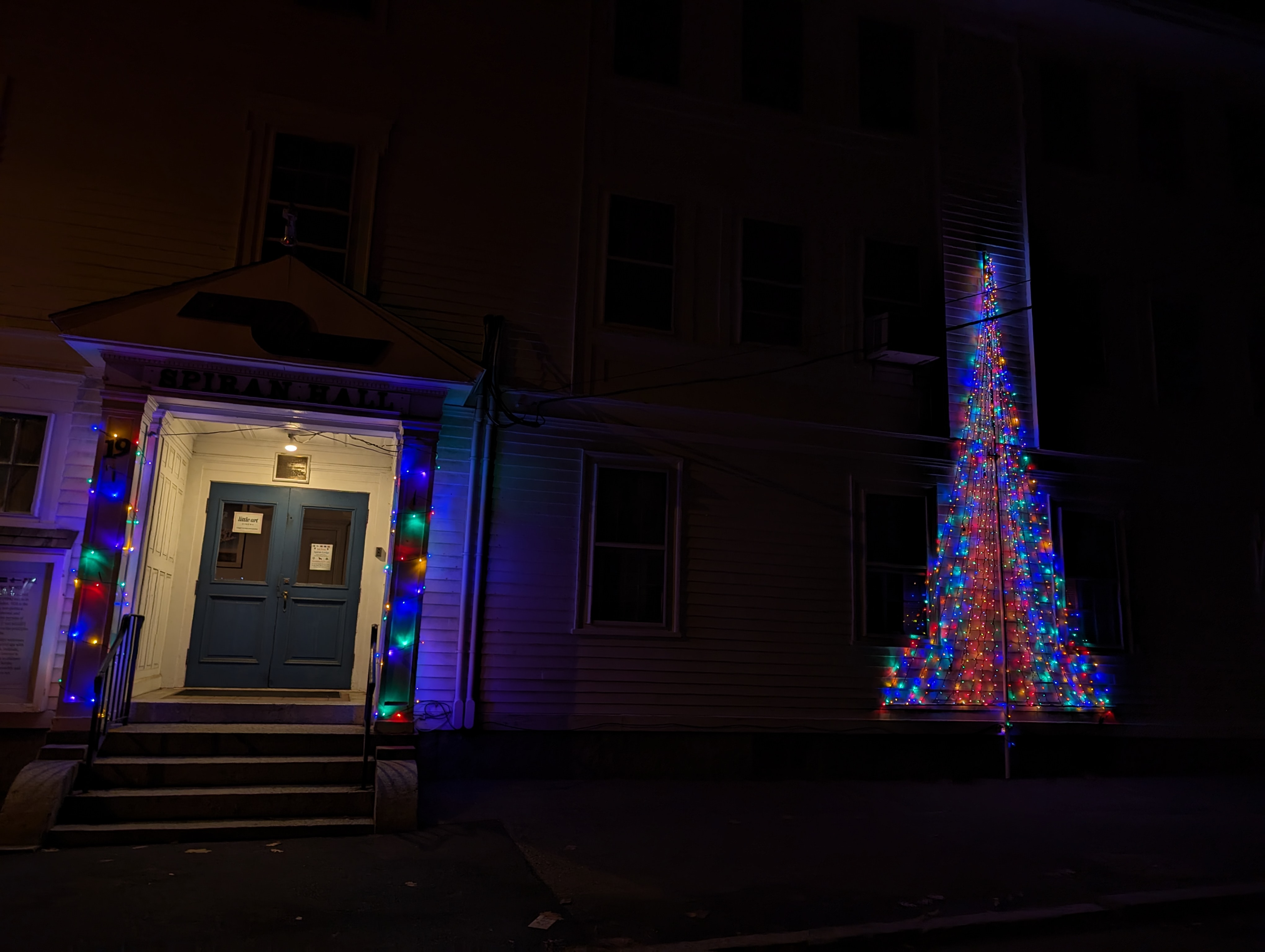
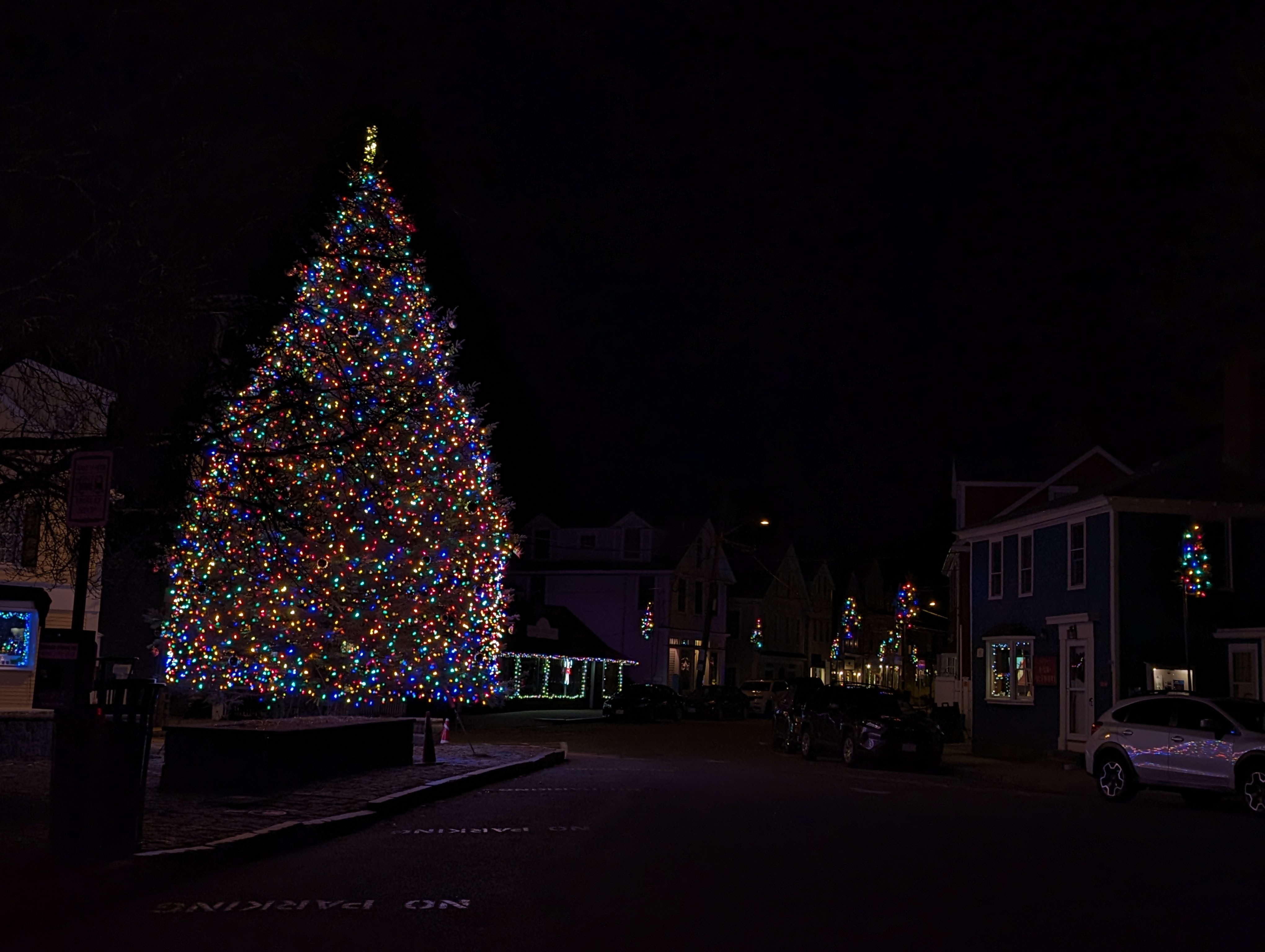
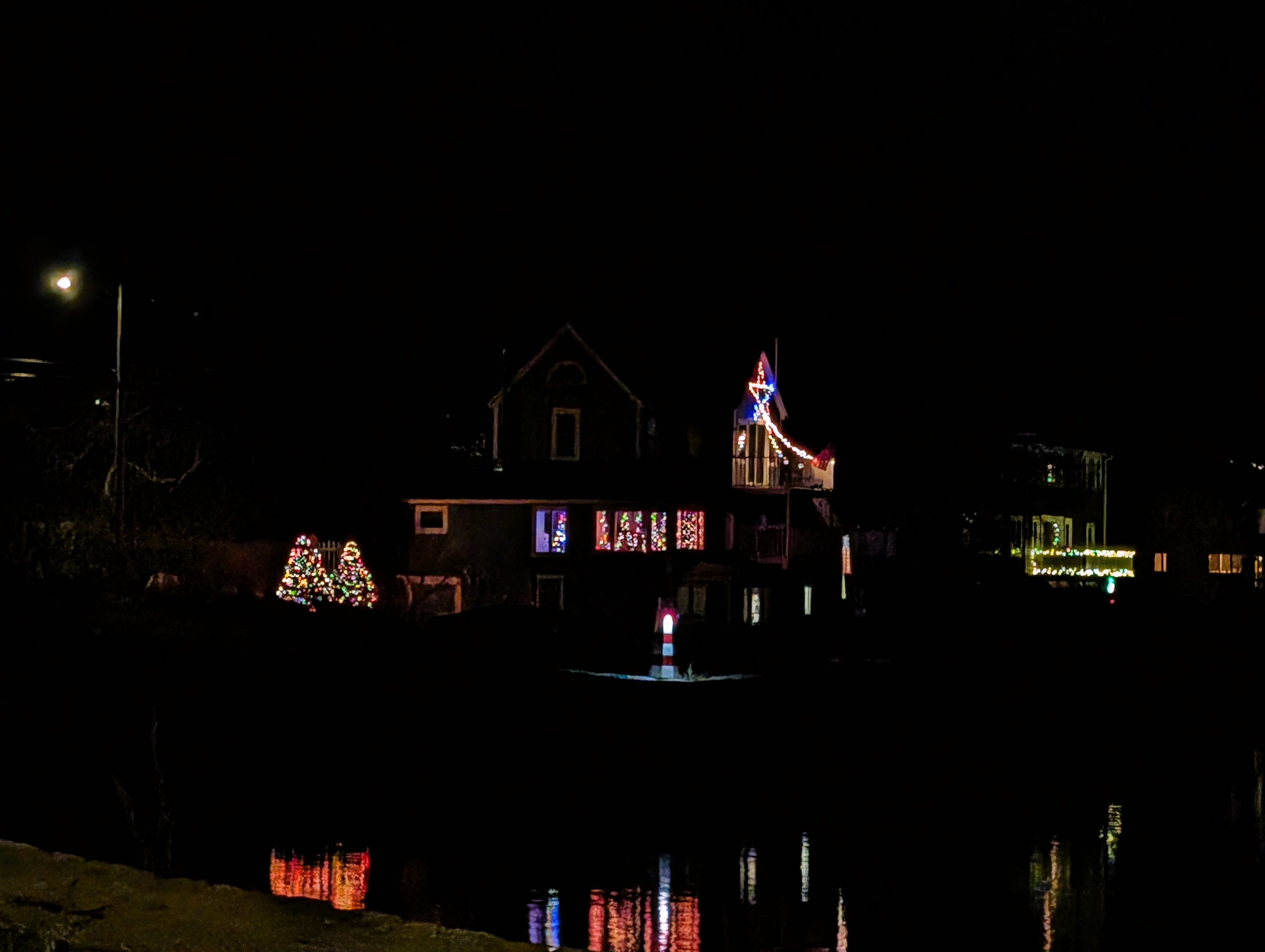
More homes and neighborhoods will be added, so be sure to check back. Photos will be posted on Good Morning Gloucester in separate batches.
More to come. Roads not traveled include Magnolia, Annisquam…
December 5th and already there’s an abundance of merriment and creativity! Enjoy another 50 or so sparkling homes. The 2023 map has reached 100 homes with streets and turns still to explore.
photos caption: C. Ryan. Batch 3 selection of enchanting homes down these roads in no particular order: View from Rt. 128; Centennial; Cherry St. (just a couple); Cherry Hill Road; Eastern Ave; Elizabeth St. Frosty; Finch St. (just one–will circle back); Wolf Hill Road (and Glenmere); Grove Street; Harrison Ave.; Hartz (will circle back); Harvard St. (from Centennial); Lendall St. correction; Macomber inflatable characters way; Maplewood; Marsh St.; Washington St. up to Marsh
These additions (and a couple do-overs from other nights) were added to the Holiday Lights and Cocoa Drives map as of December 5, 2023. (Pinch and zoom to enlarge photos and right click for info).
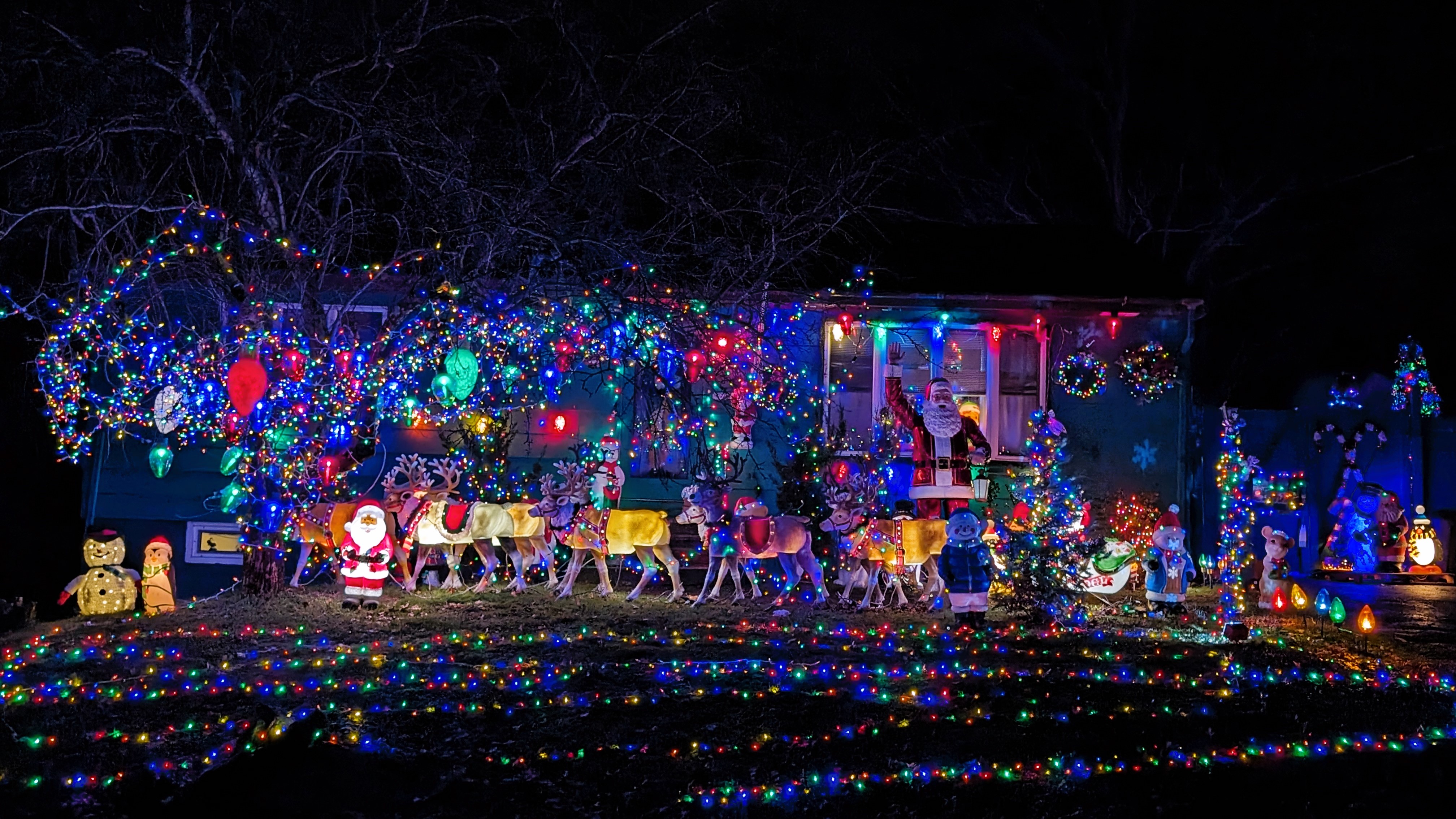
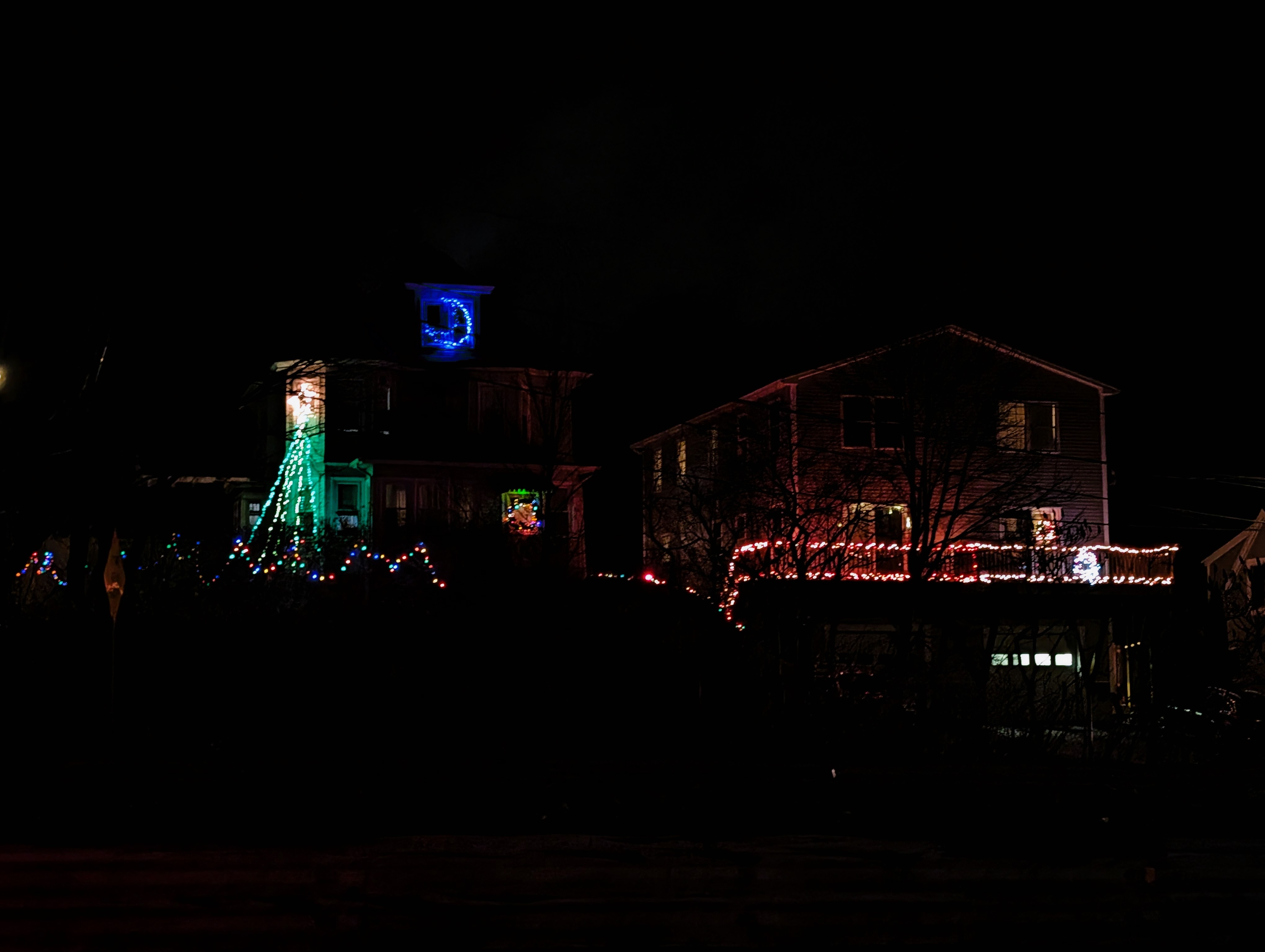




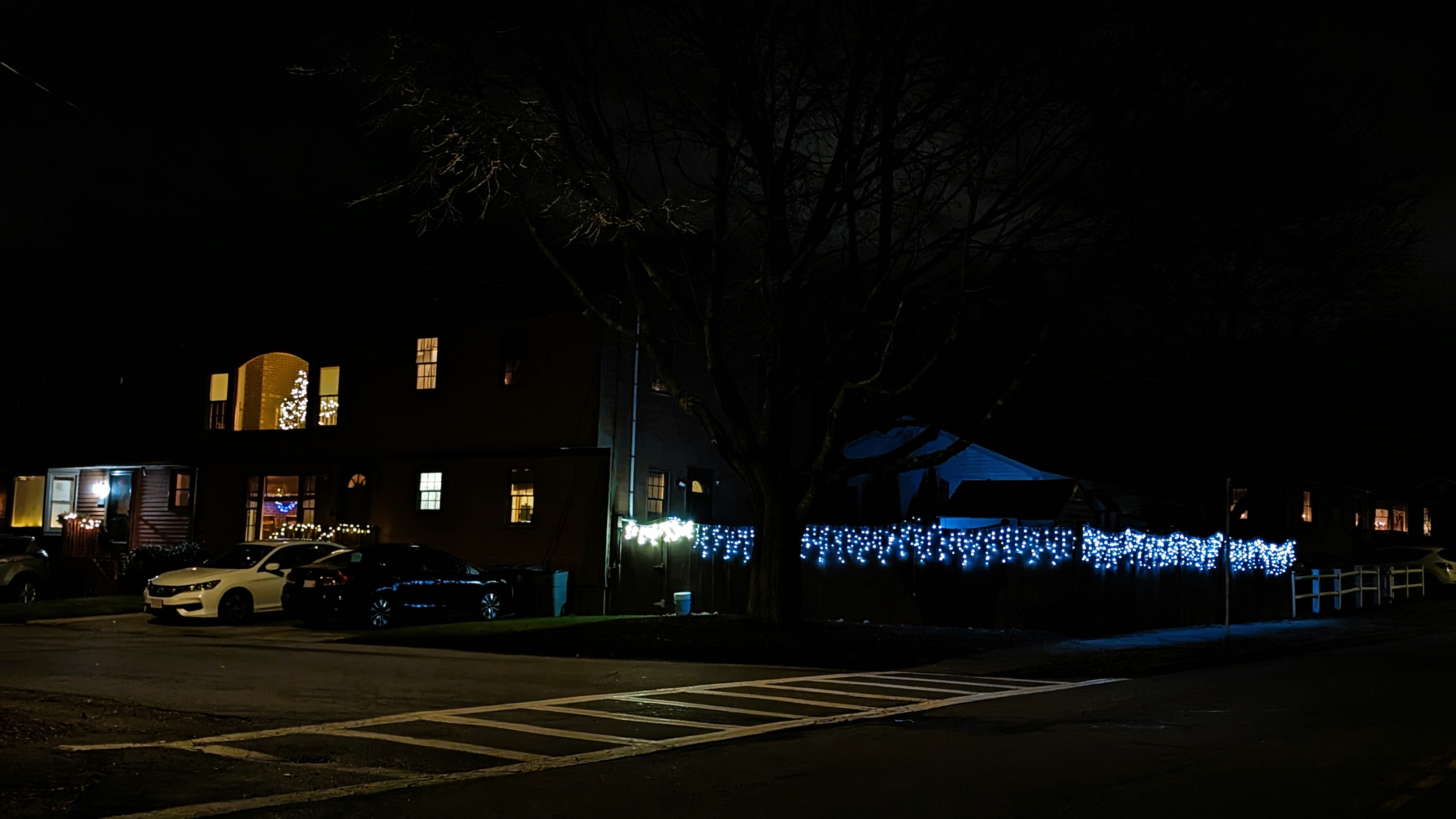

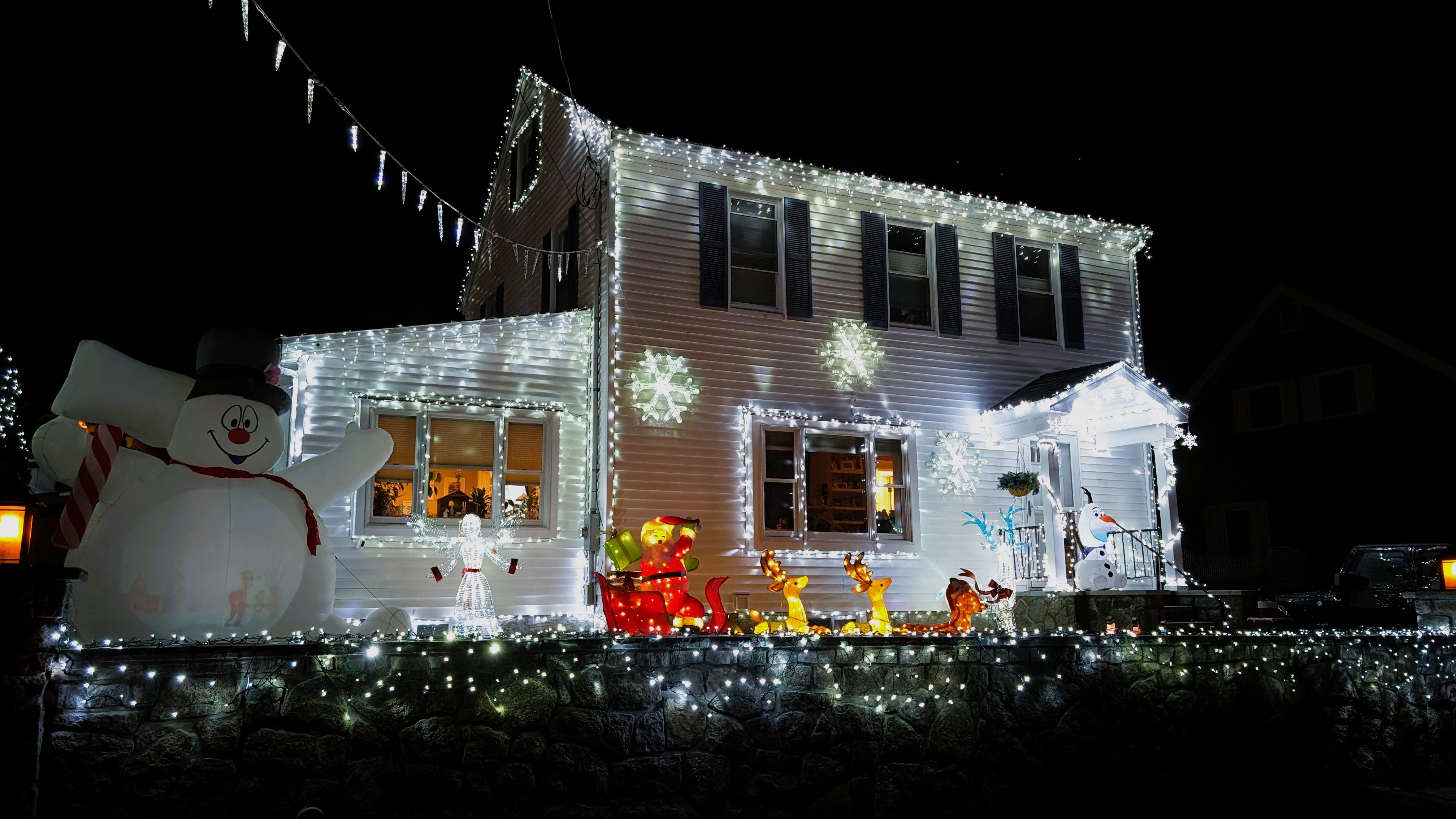
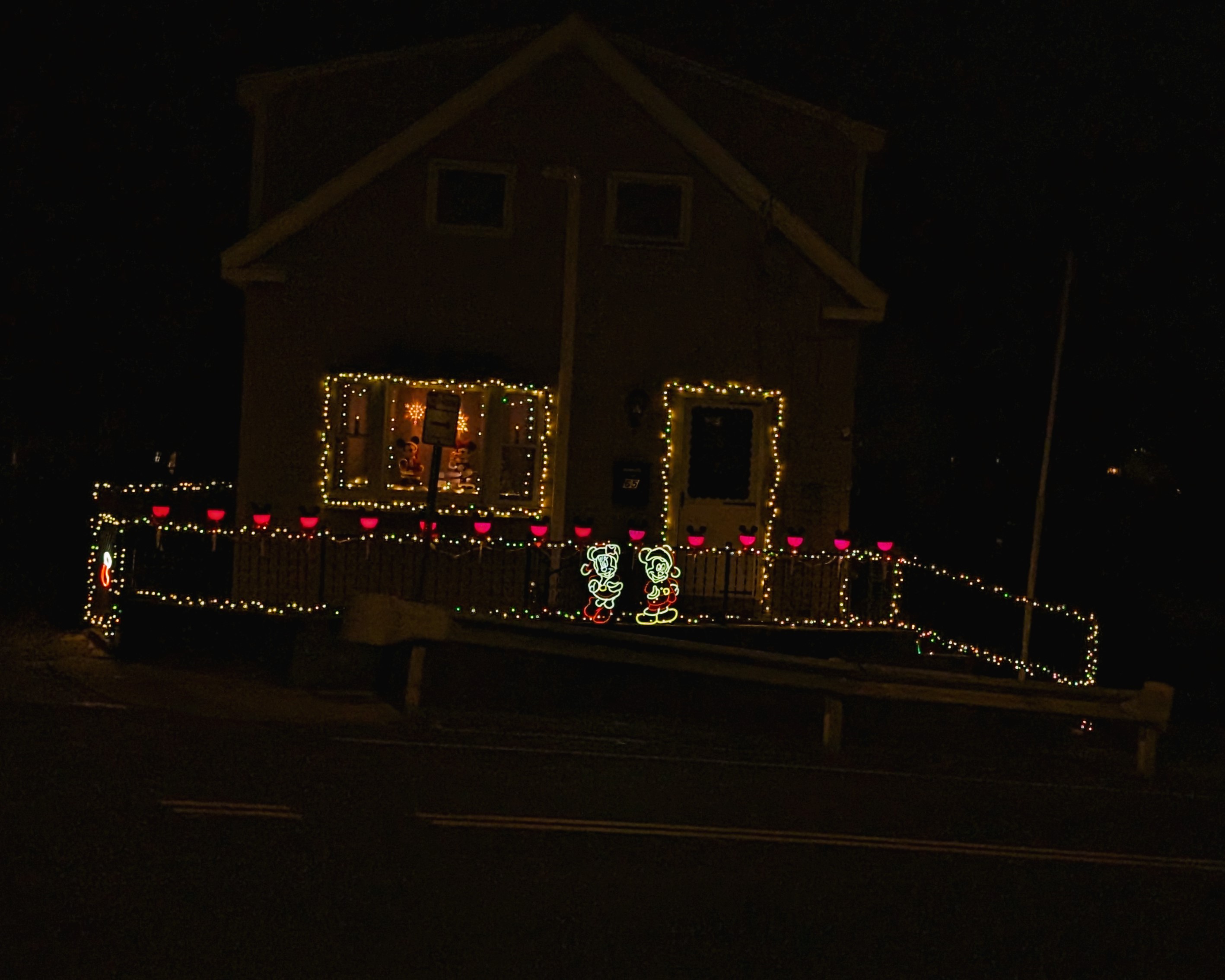
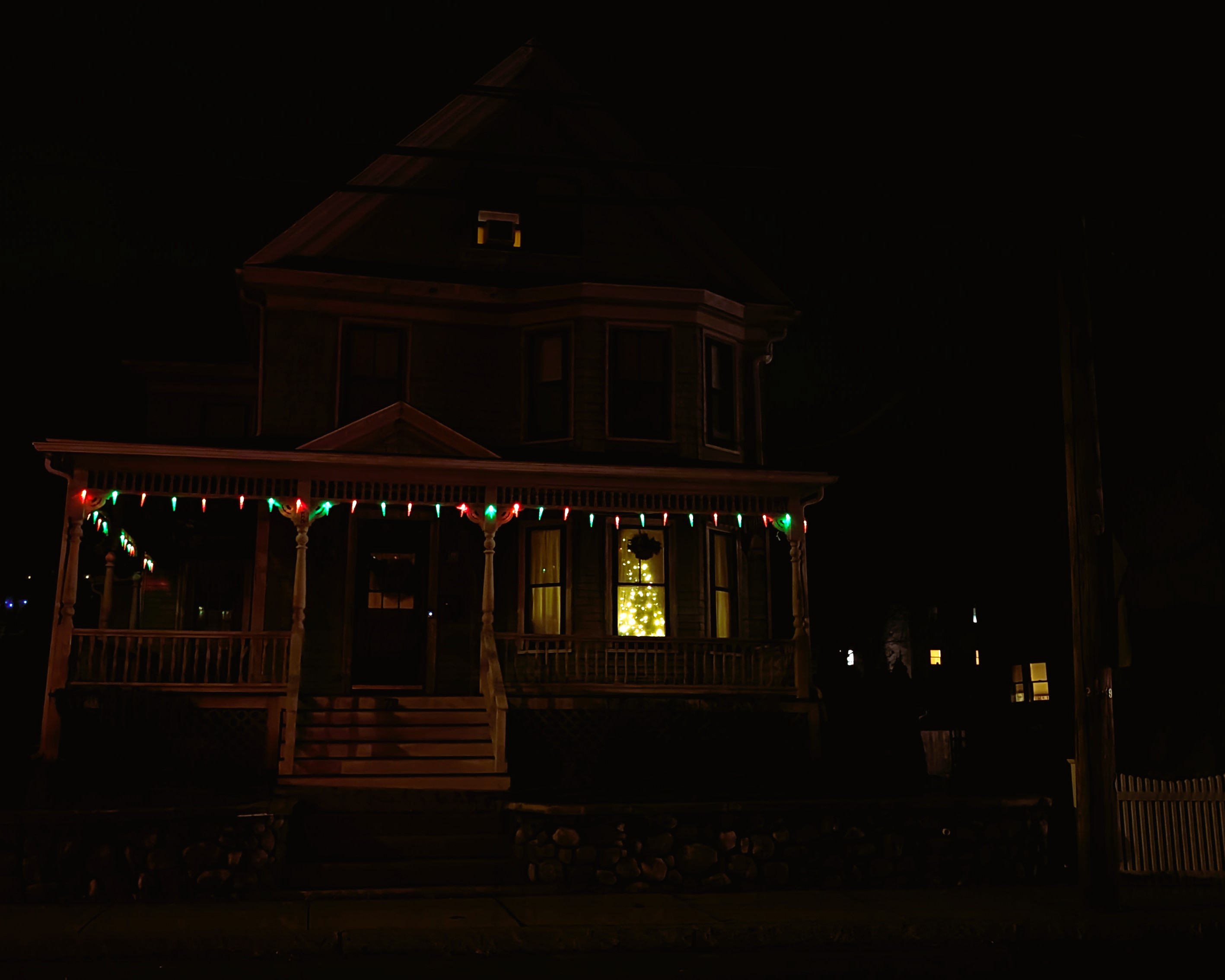
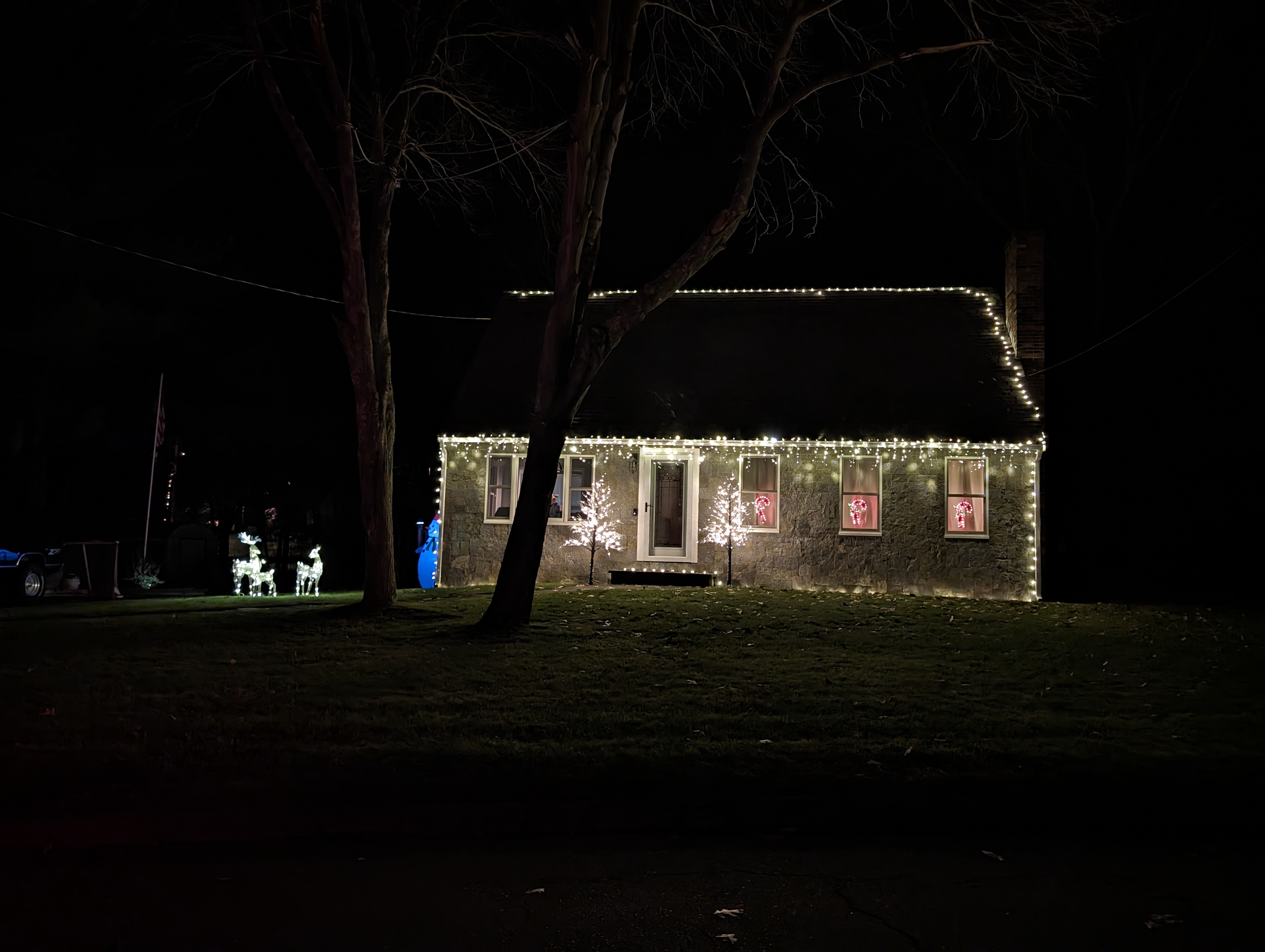

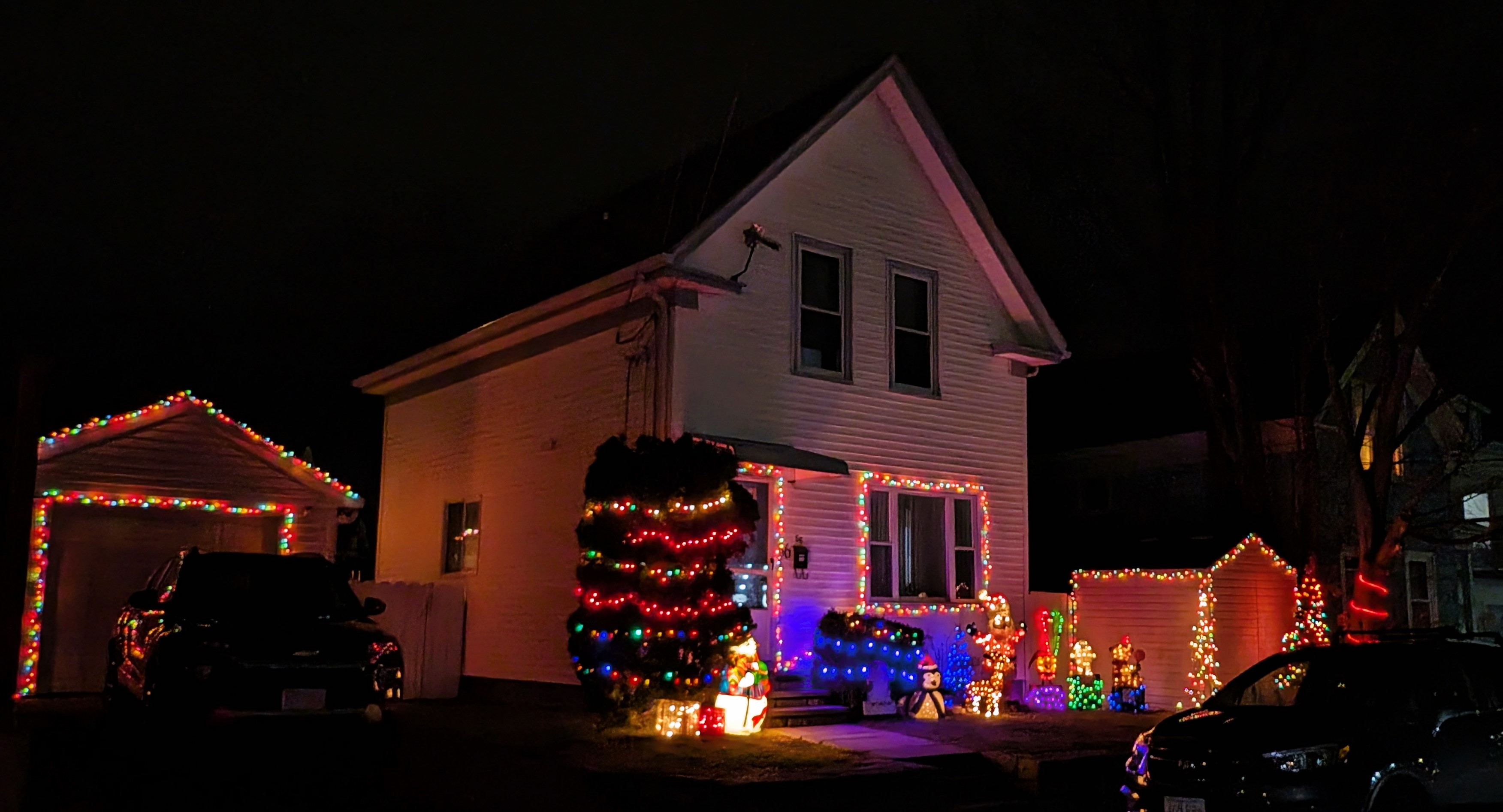


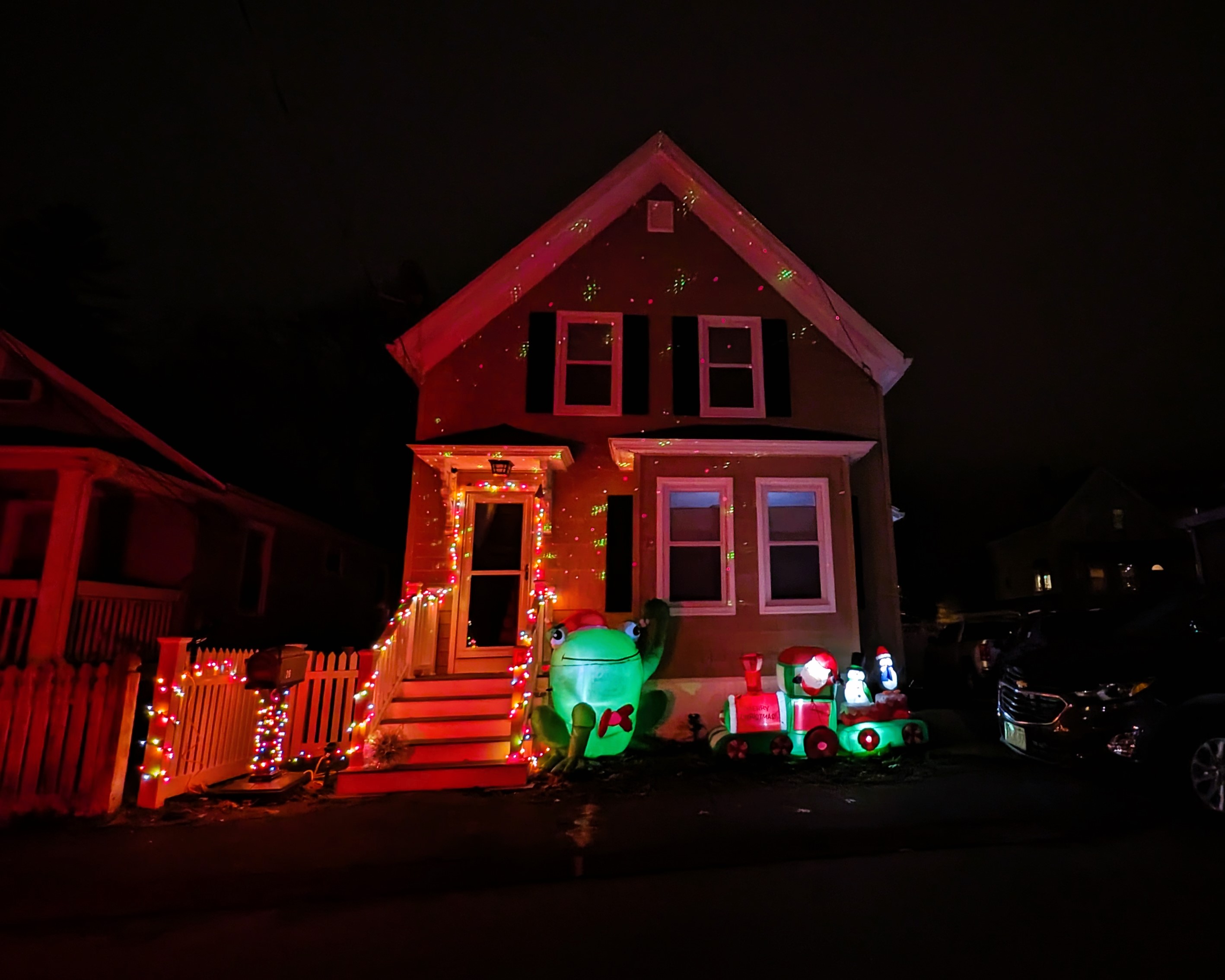
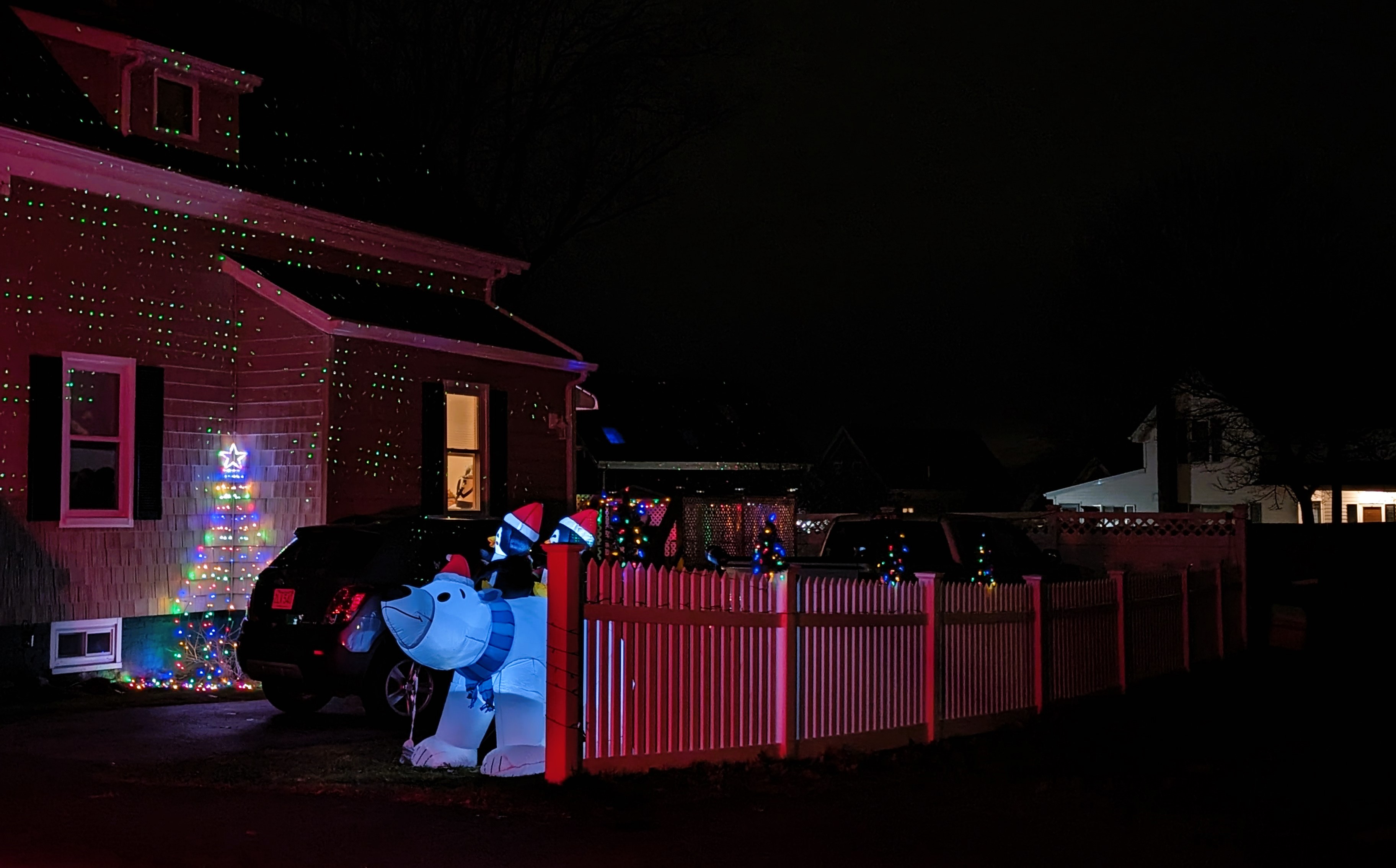
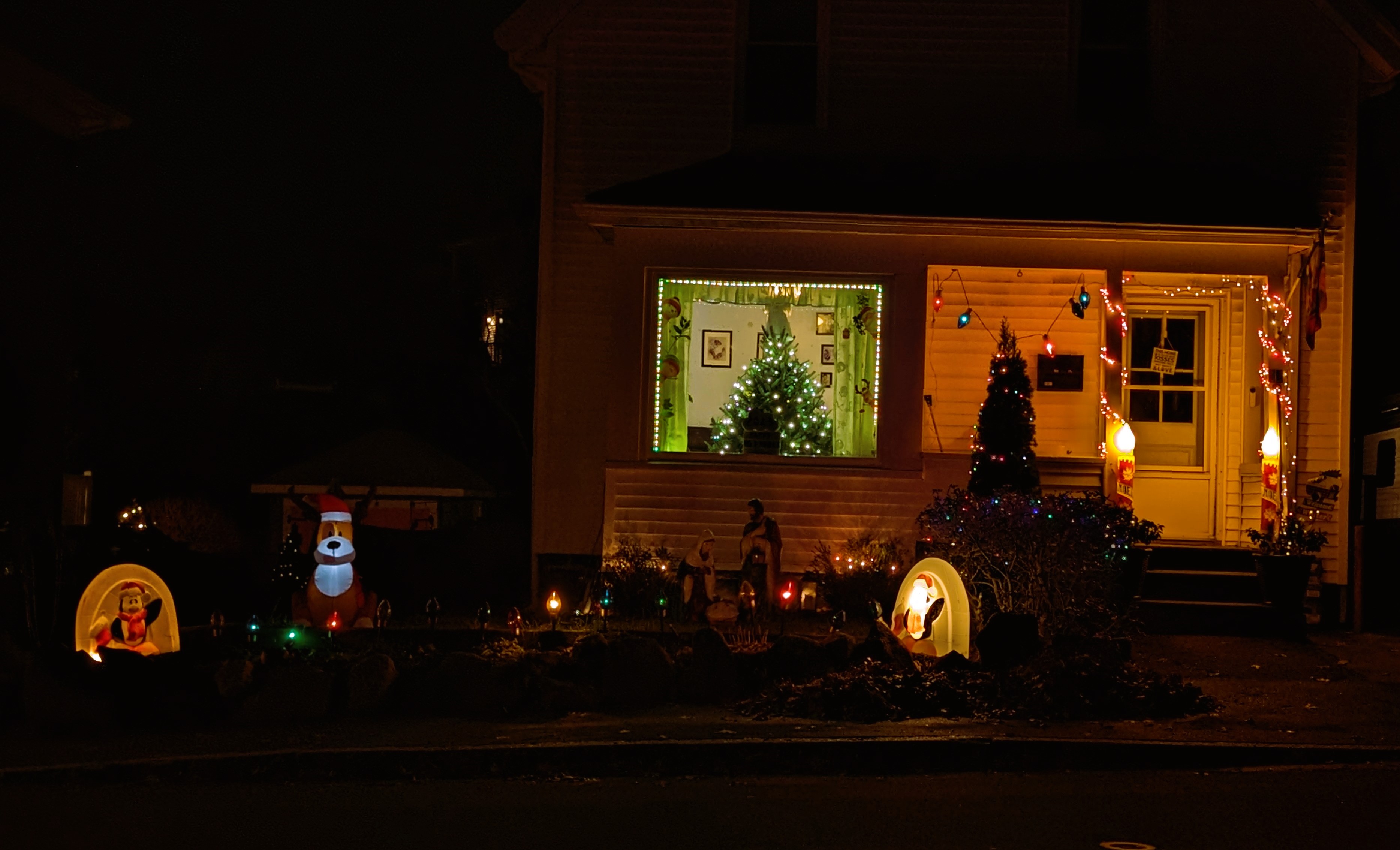
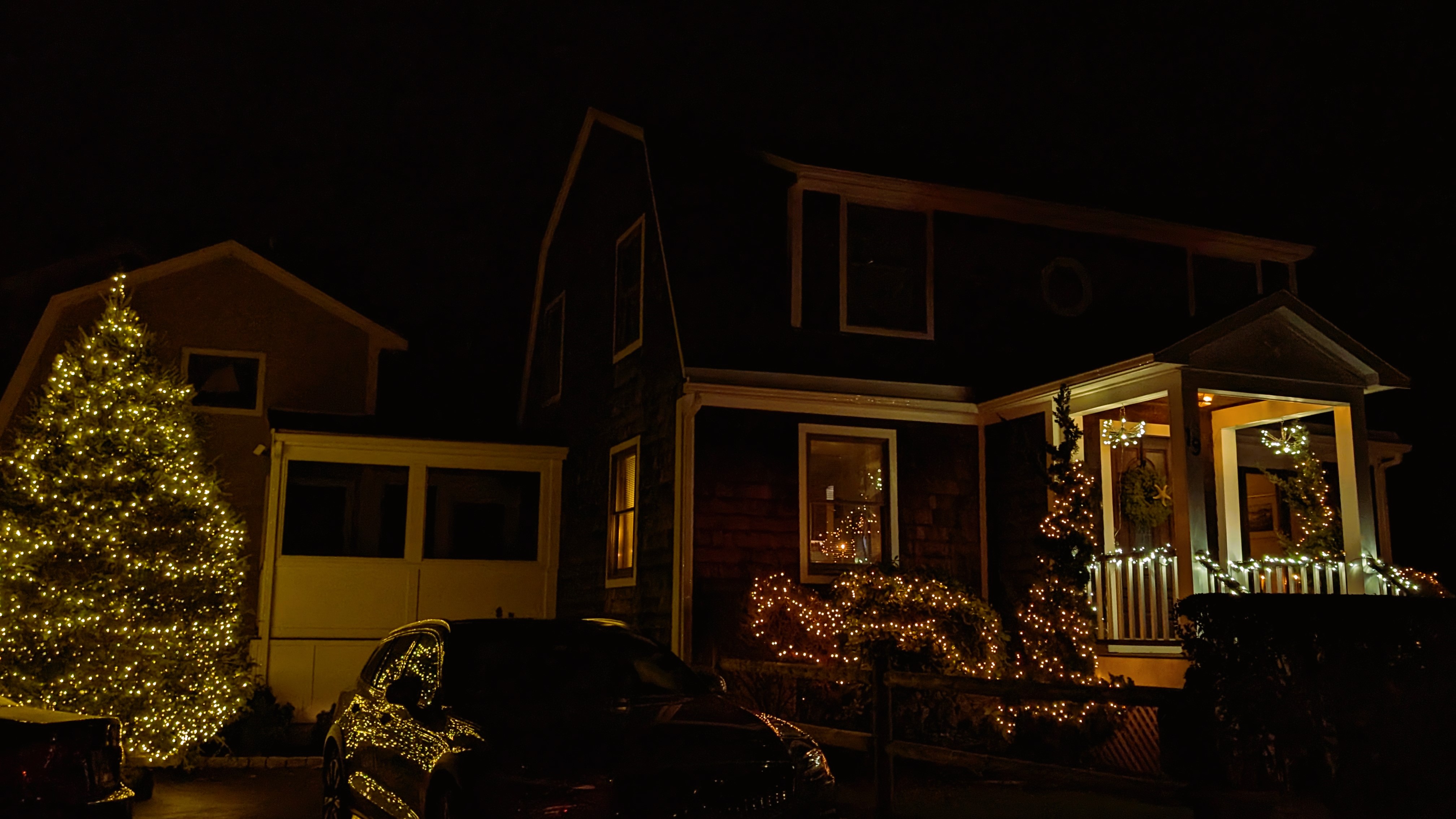
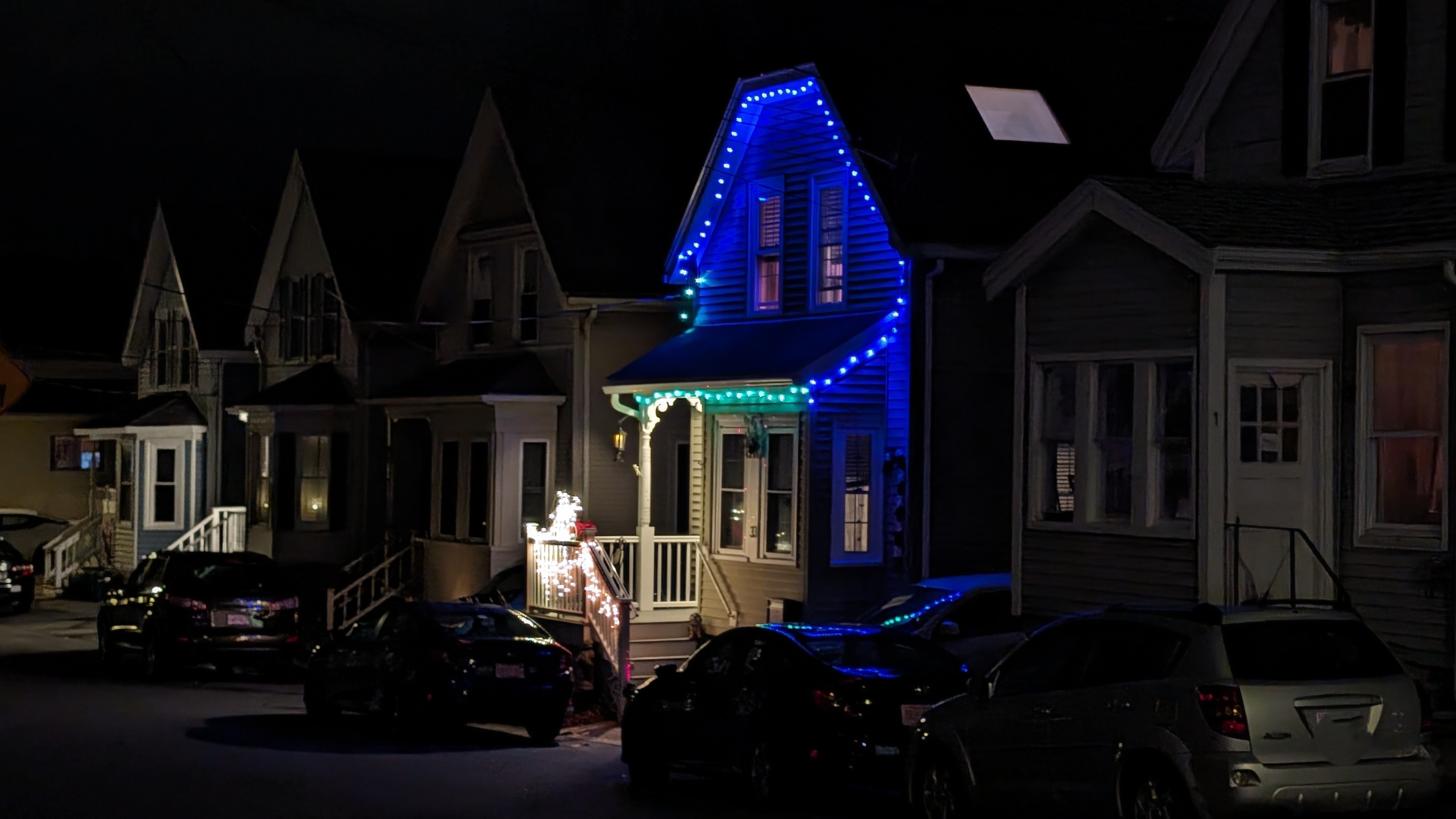

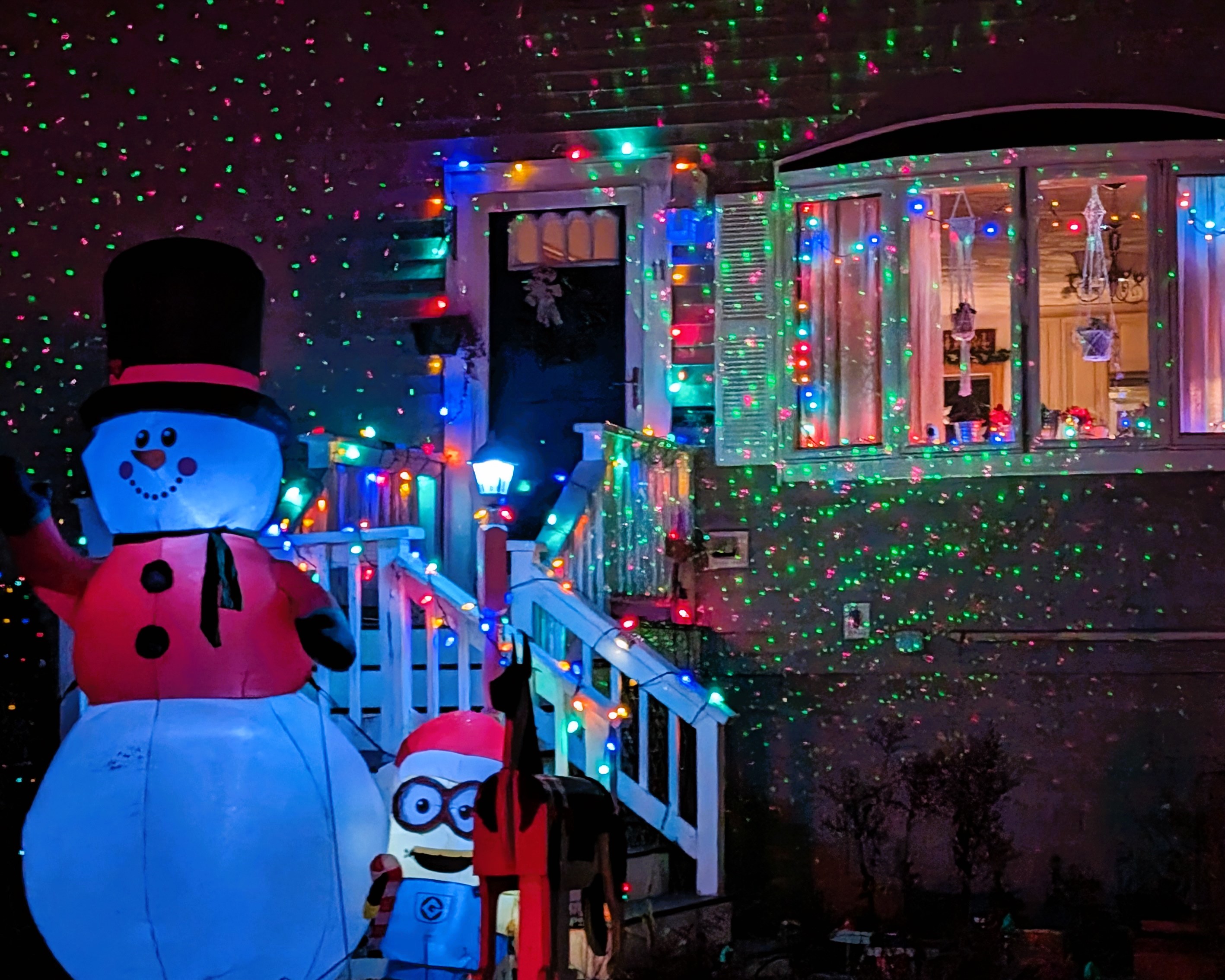

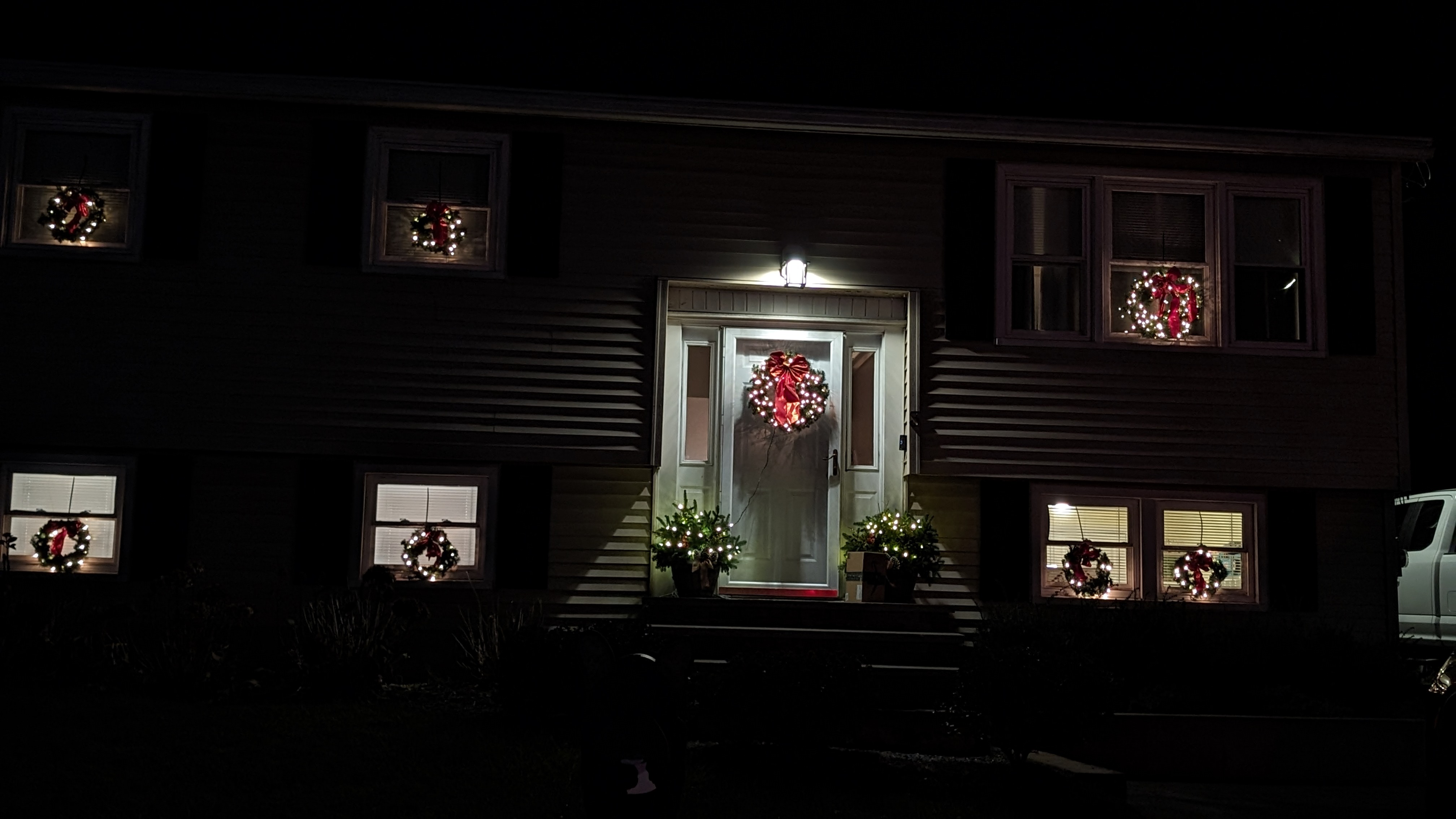
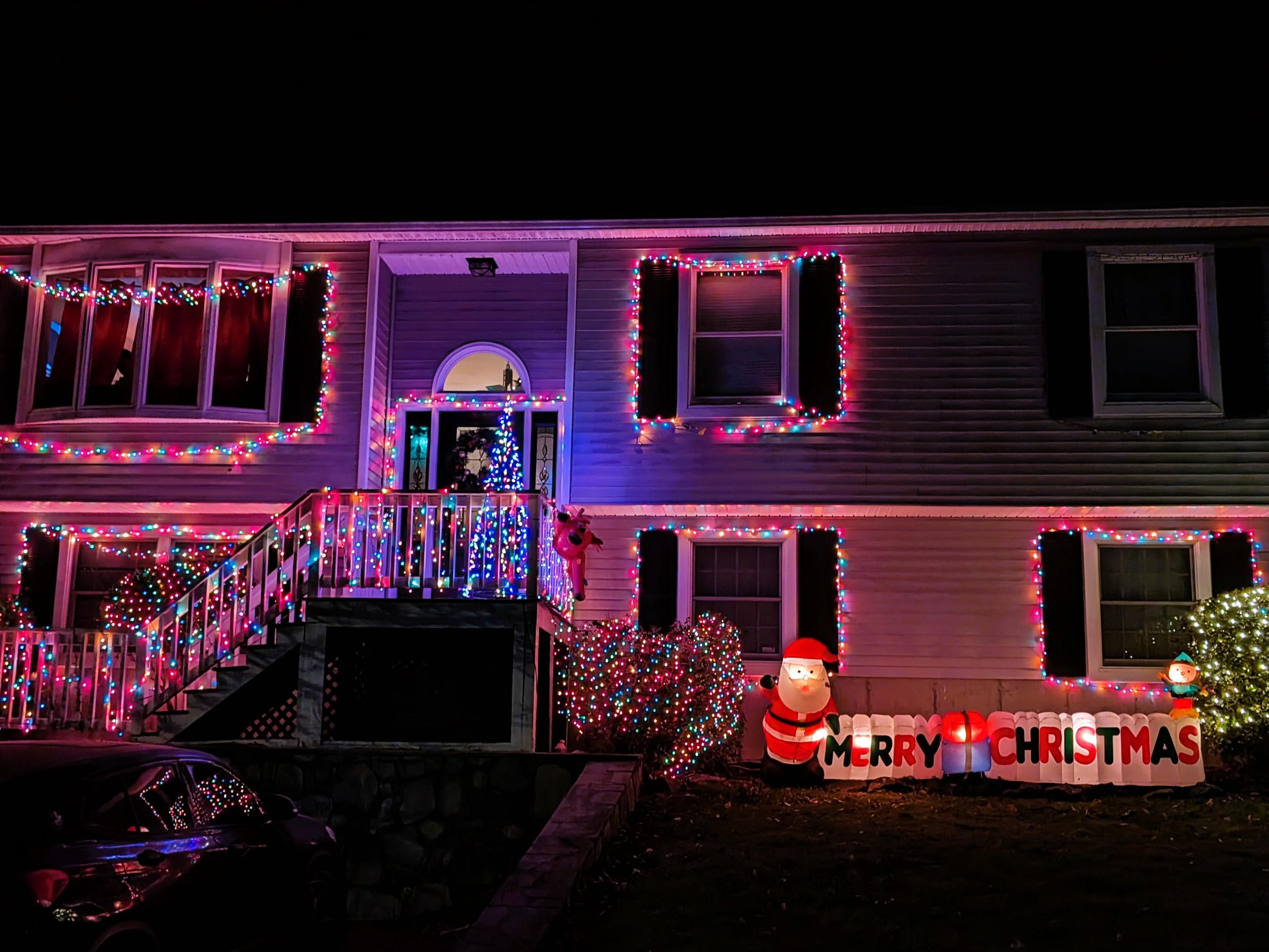

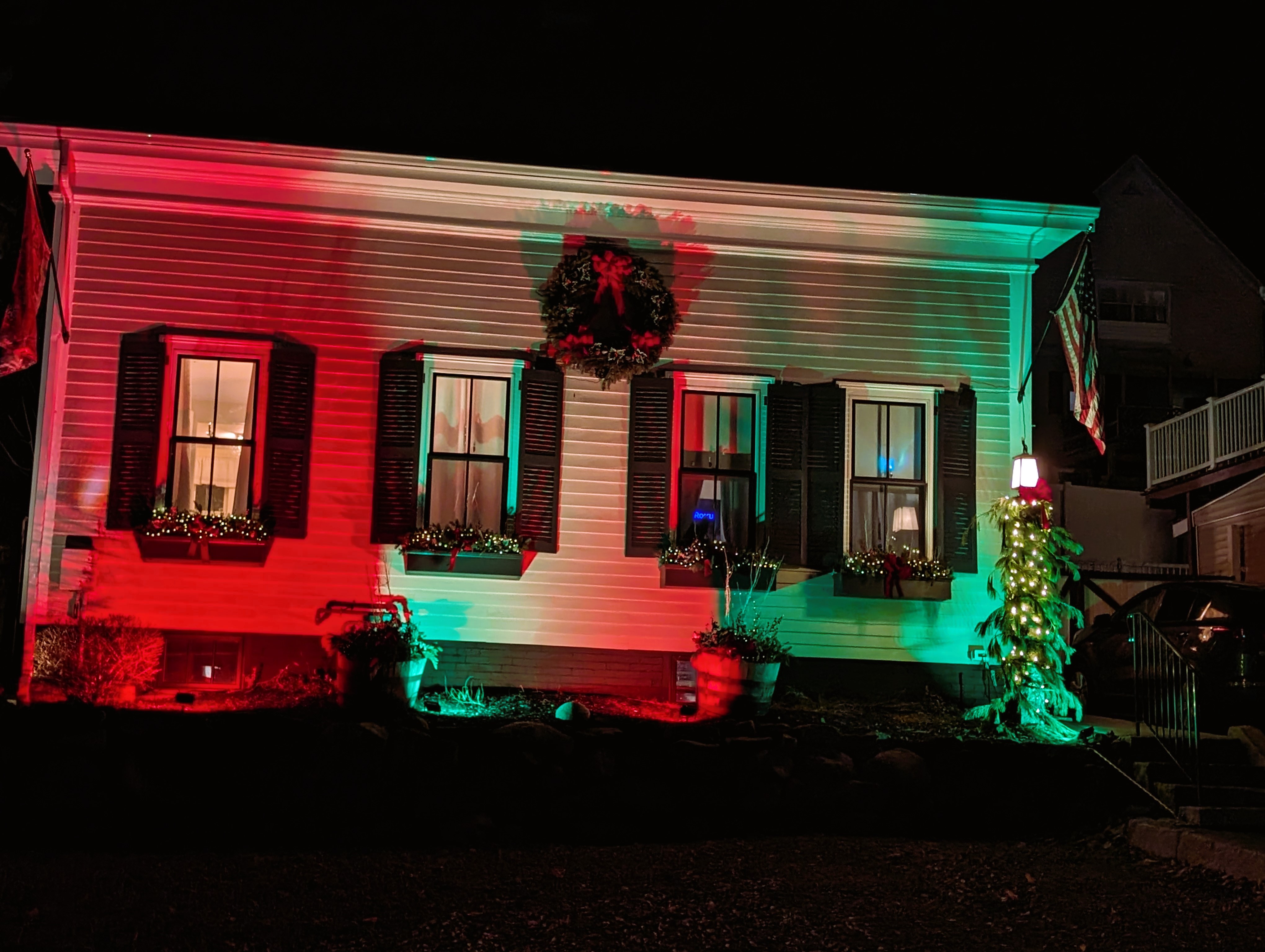
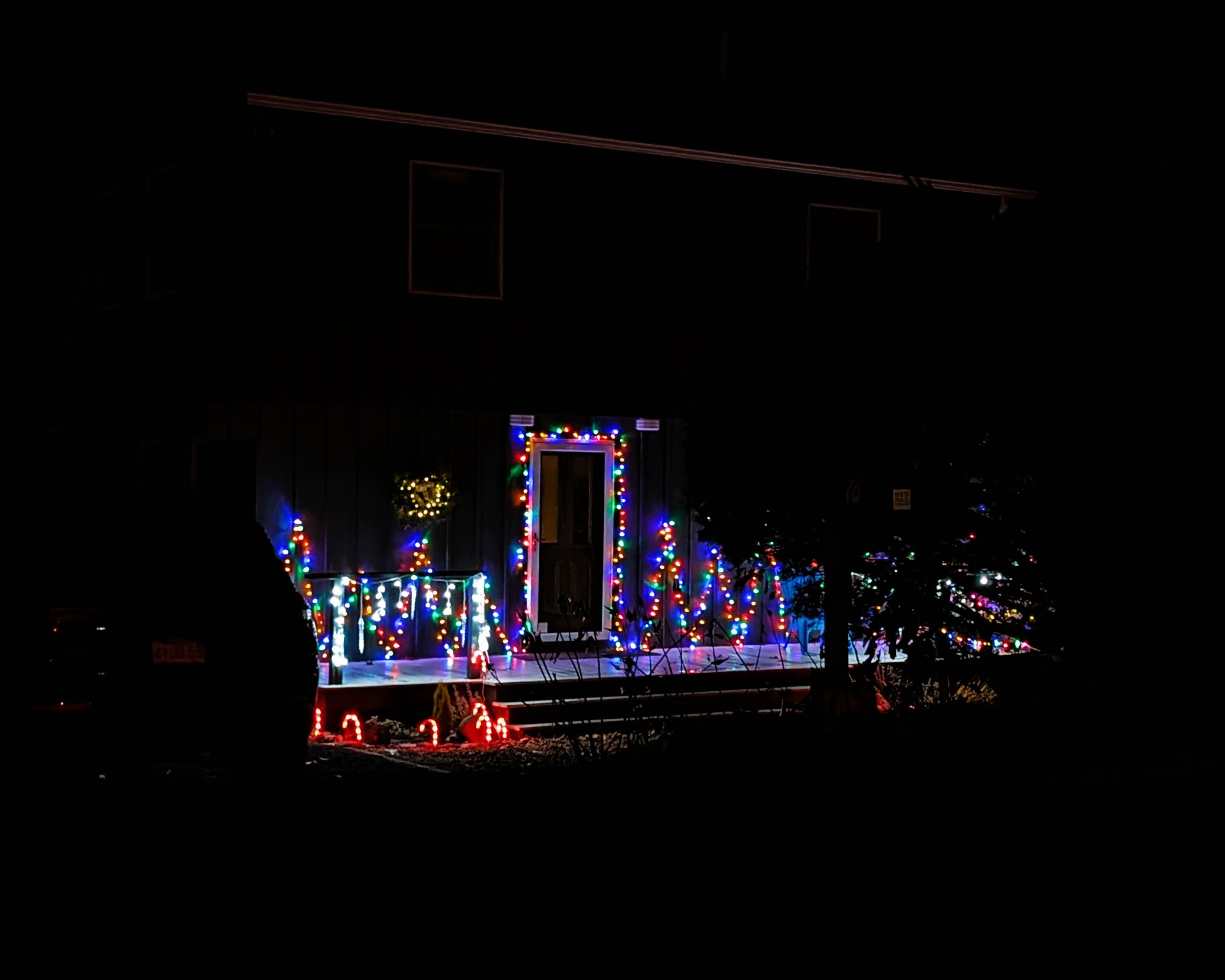

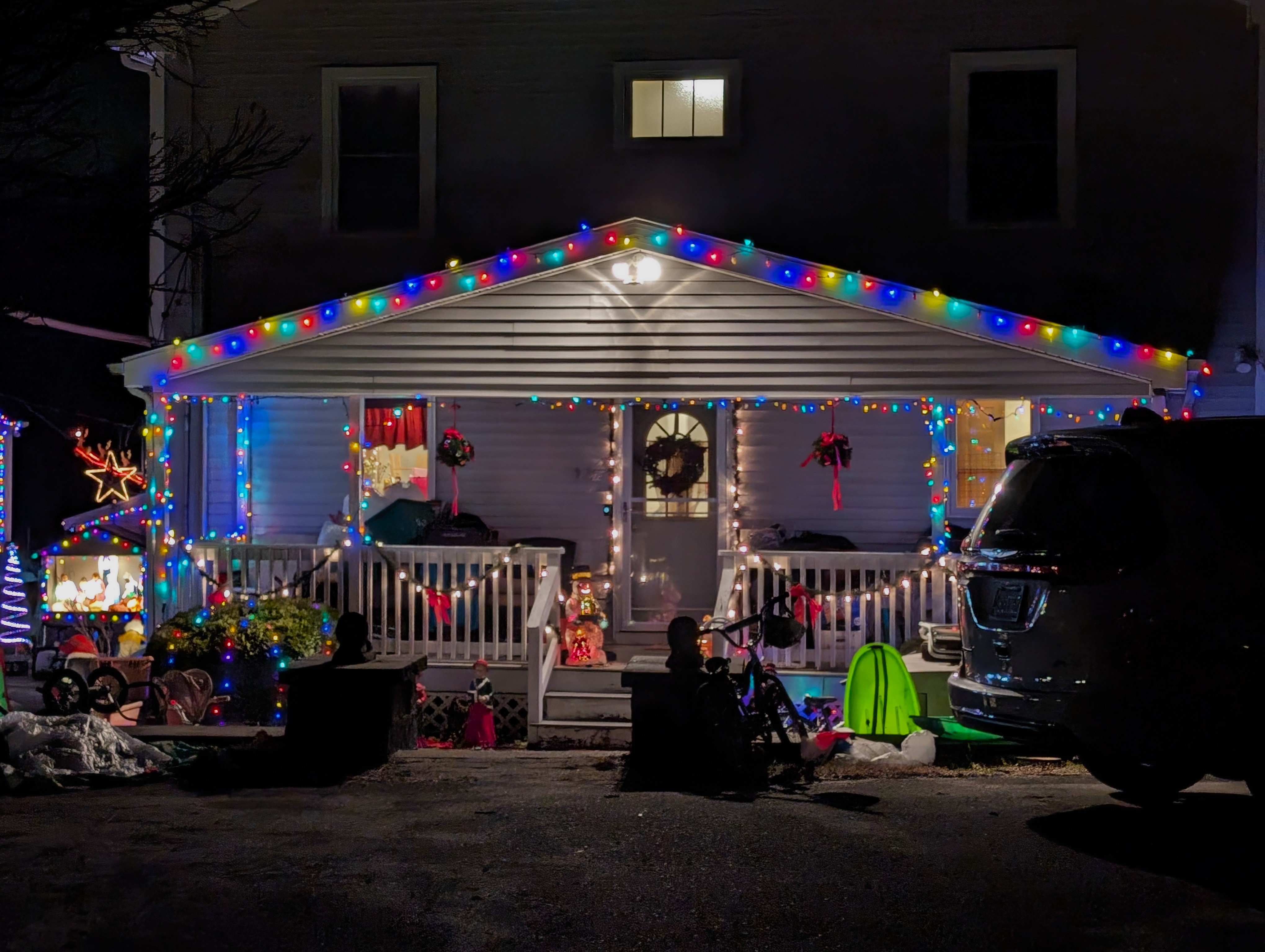
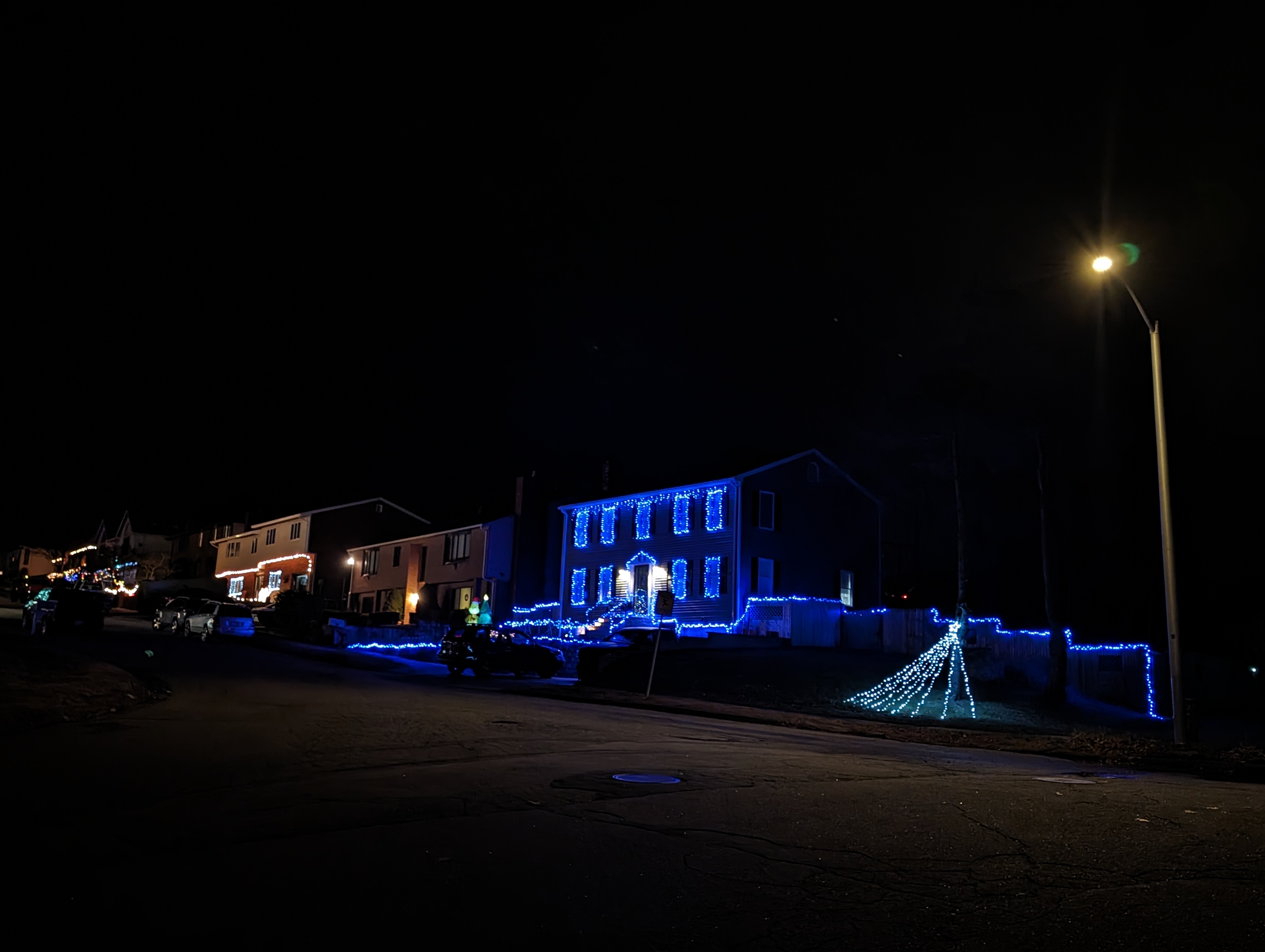

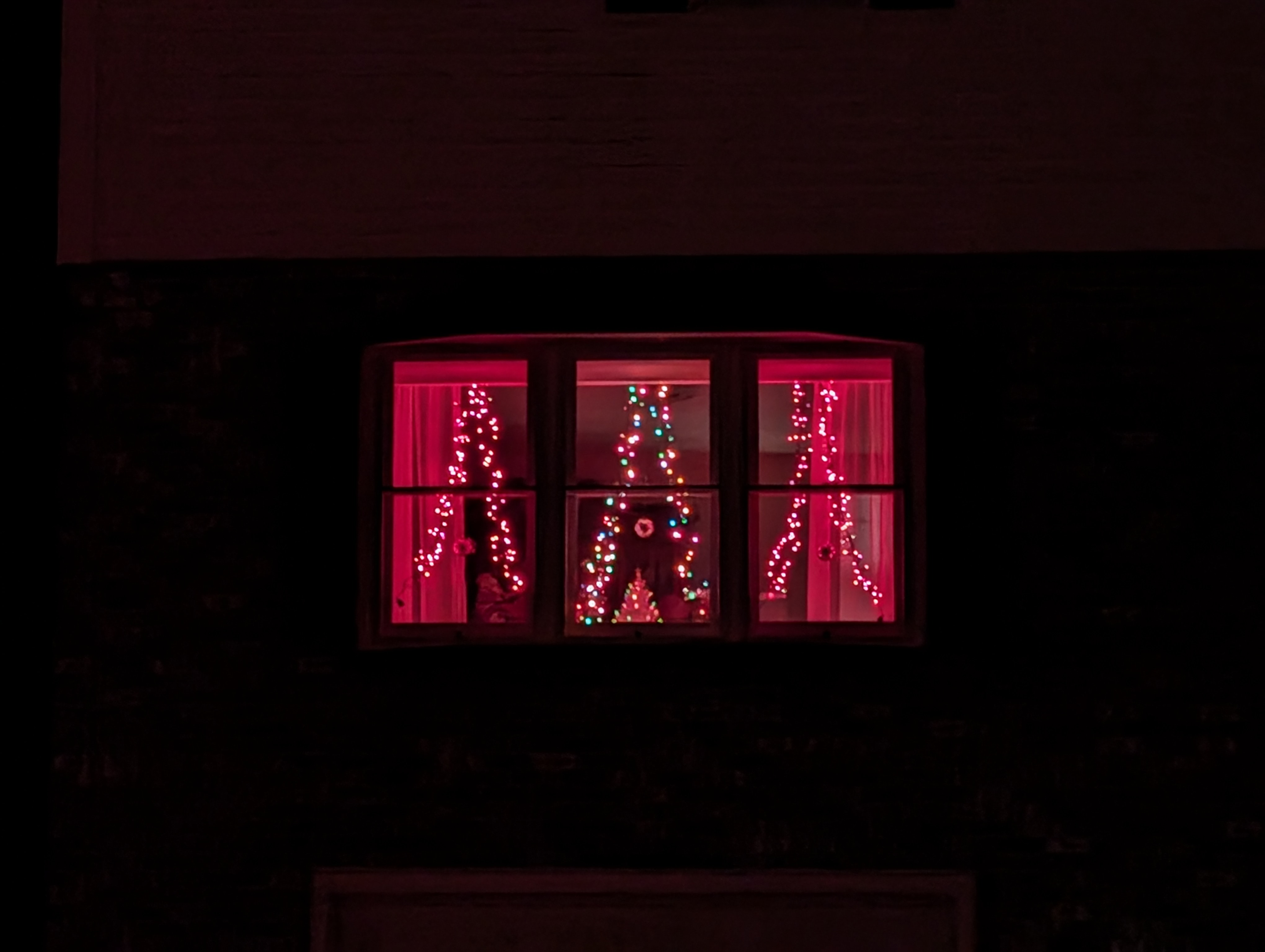

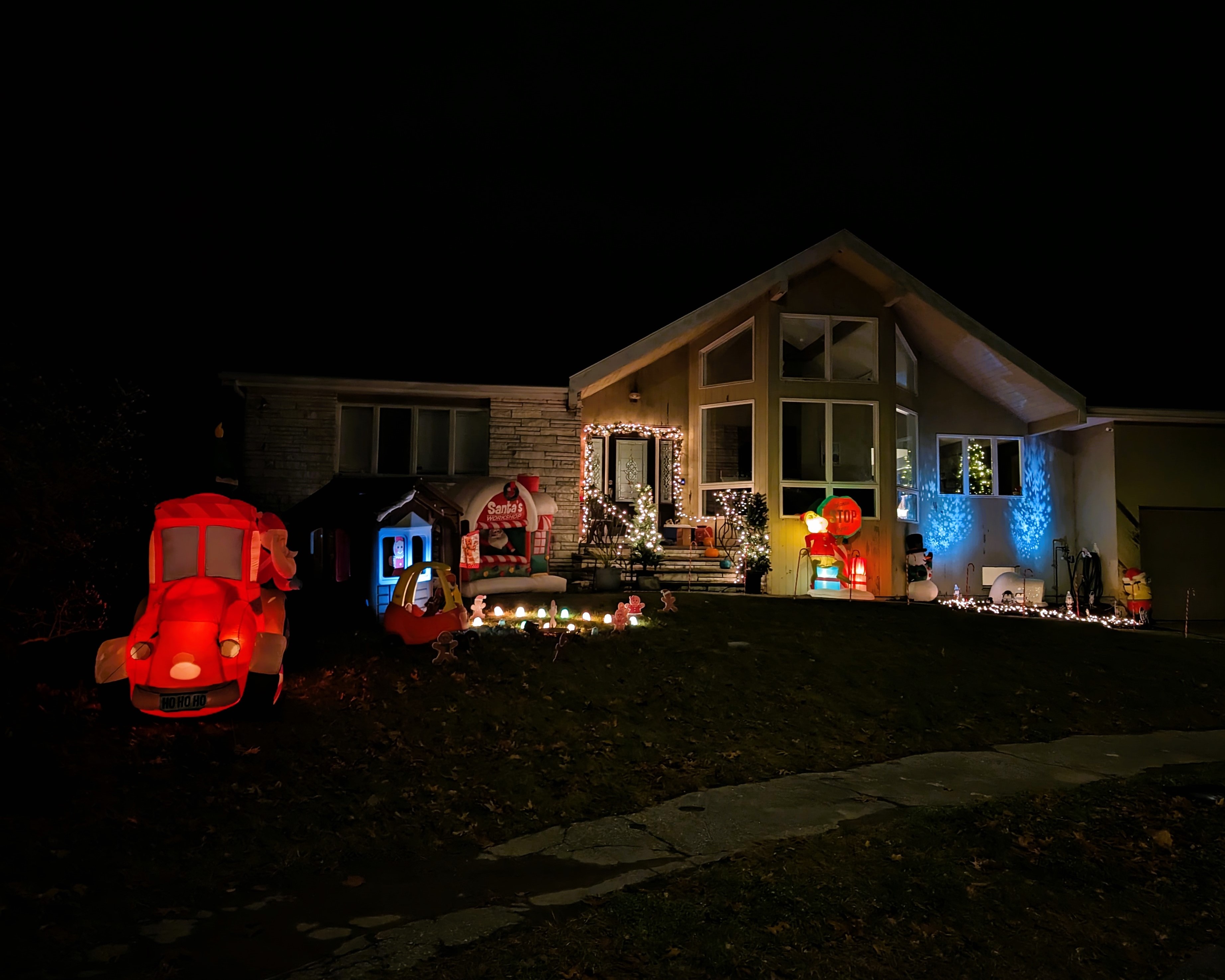

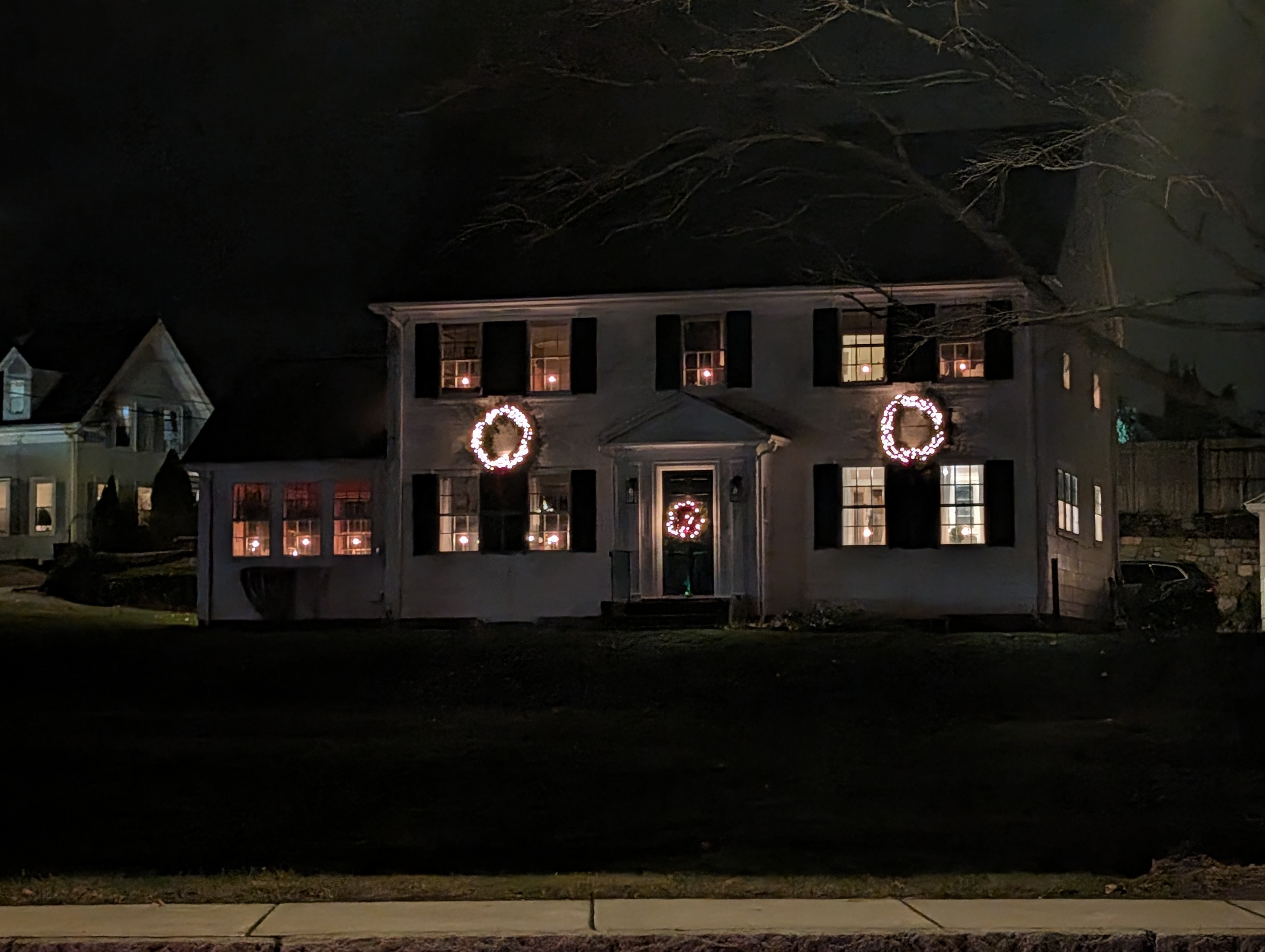
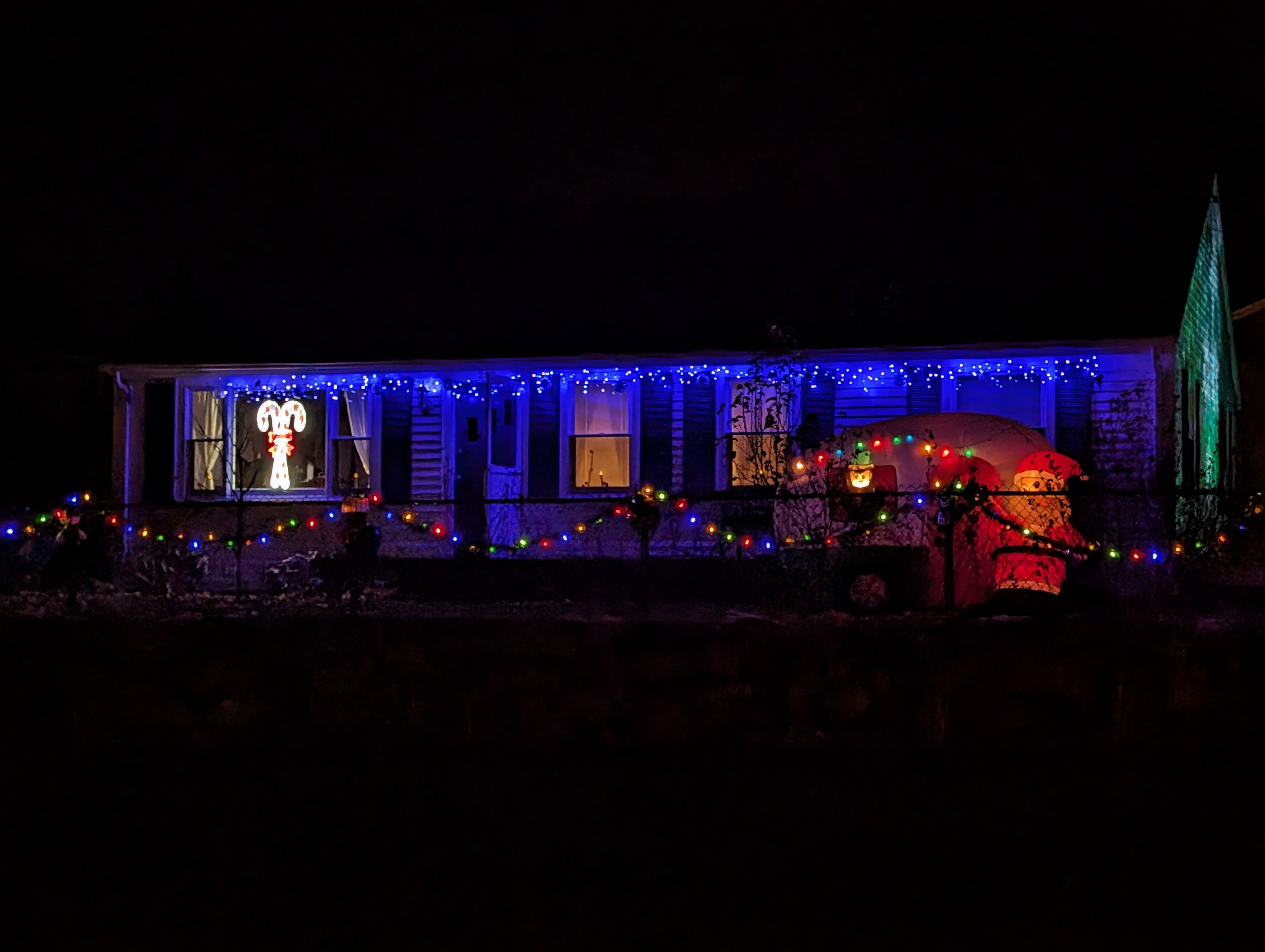



More homes and neighborhoods will be added, so be sure to check back. Photos will be posted on Good Morning Gloucester in separate batches.
More to come. Roads not taken, yet :)!: East Gloucester, Washington Street past Marsh St. to Rockport, Annisquam, Lanesville, Magnolia, Rt. 133, W. Gloucester, and return trips for new sparkling additions or repeat visits.
Here’s the flyer, spread the cheer! The Cape Ann YMCA presents HOLIDAY DELIGHTS at Annisquam Village Hall December 15, 16, and 17th.
“The 2023 Holiday Delights cast is delighted to perform at Senator Bruce Tarr’s final stop on his toy drive at Cape Ann Savings Bank on Ladies Night downtown Gloucester Thursday Dec. 7 from 4:45 to 5:30.”
Heidi Dallin merry news

Gloucester blocks and streets are merry and bright! The magic grows daily with houses decorated simply, elaborately and everything in between. One design trend is a duo light scheme that’s solely red and green. Don’t you think that homes from batch 2 will surely be contenders for the Mad Merry Highlights Tour in 2023?
photo caption: C. Ryan. Batch 2 includes photo series of twinkling homes seen on Abbott Road, Eastern Avenue, Elizabeth Road, Harrison Avenue neighborhood, Harrison Avenue to Crestview Ter., Lupine, Reservoir Road neighborhood, Reynard Street, Spruce Street, and Starknaught Heights; plus 2 Gifs. These additions were added to the Holiday Lights and Cocoa Drives map as of December 1, 2023. (pinch and zoom to enlarge)


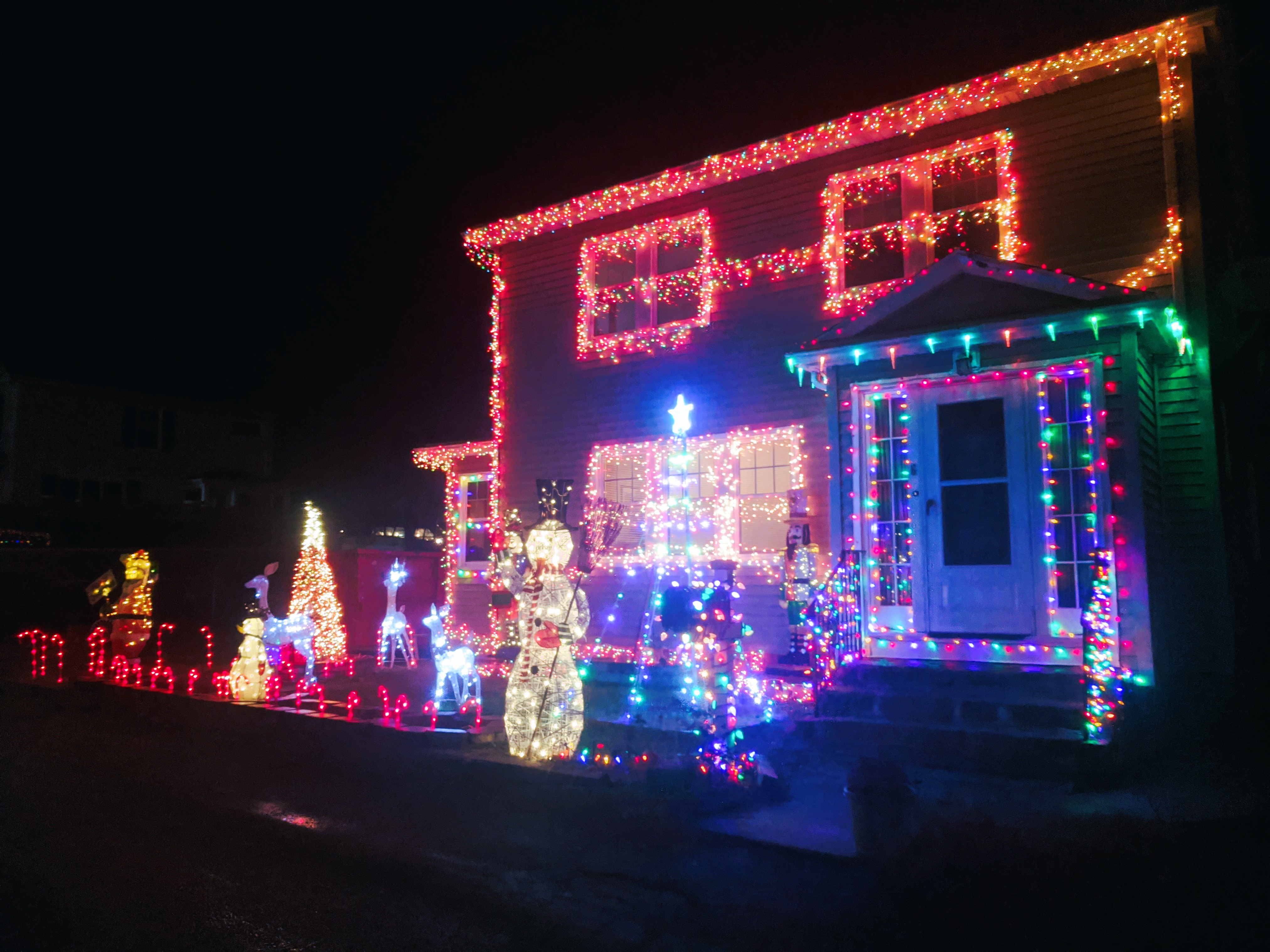
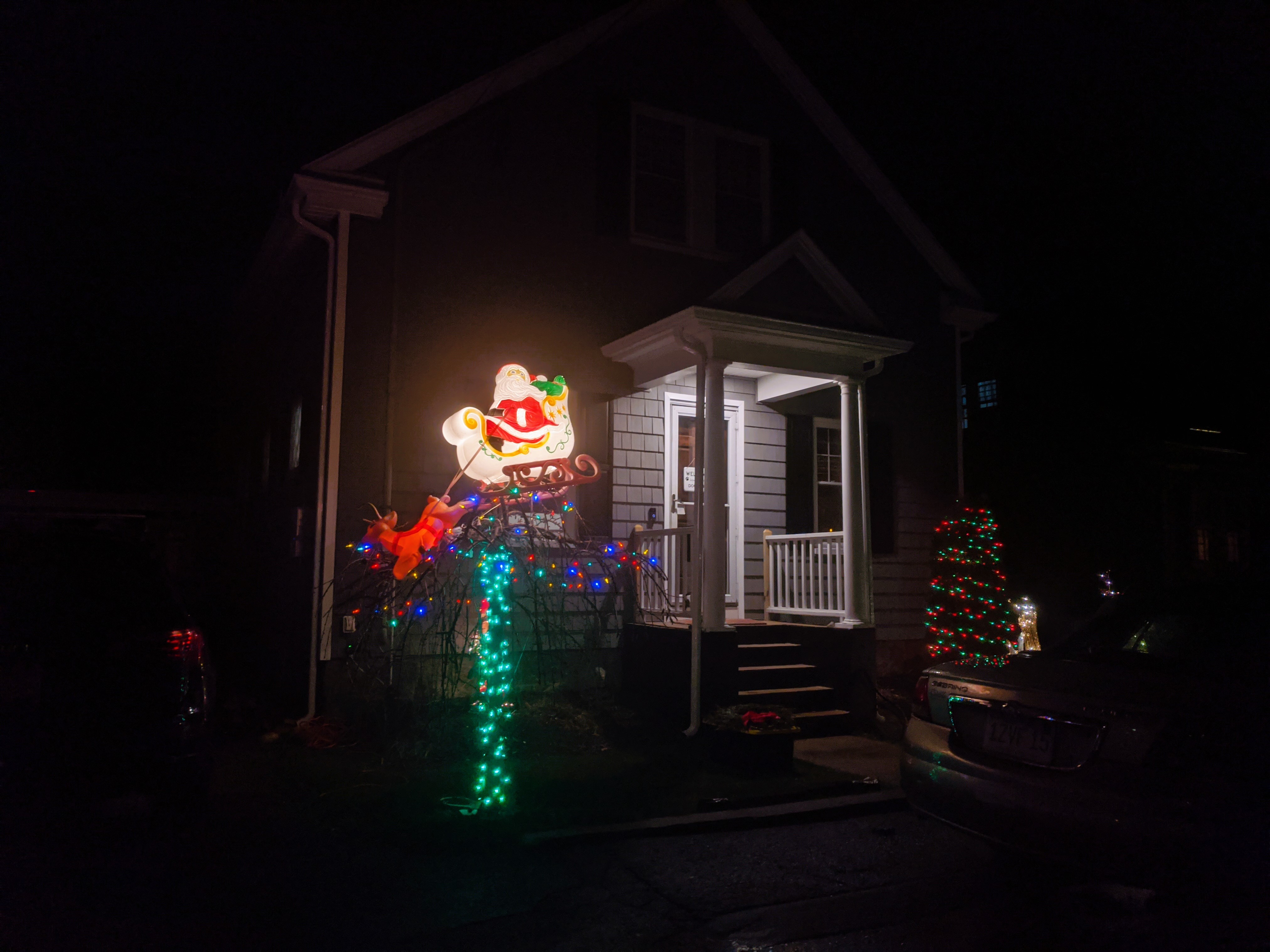

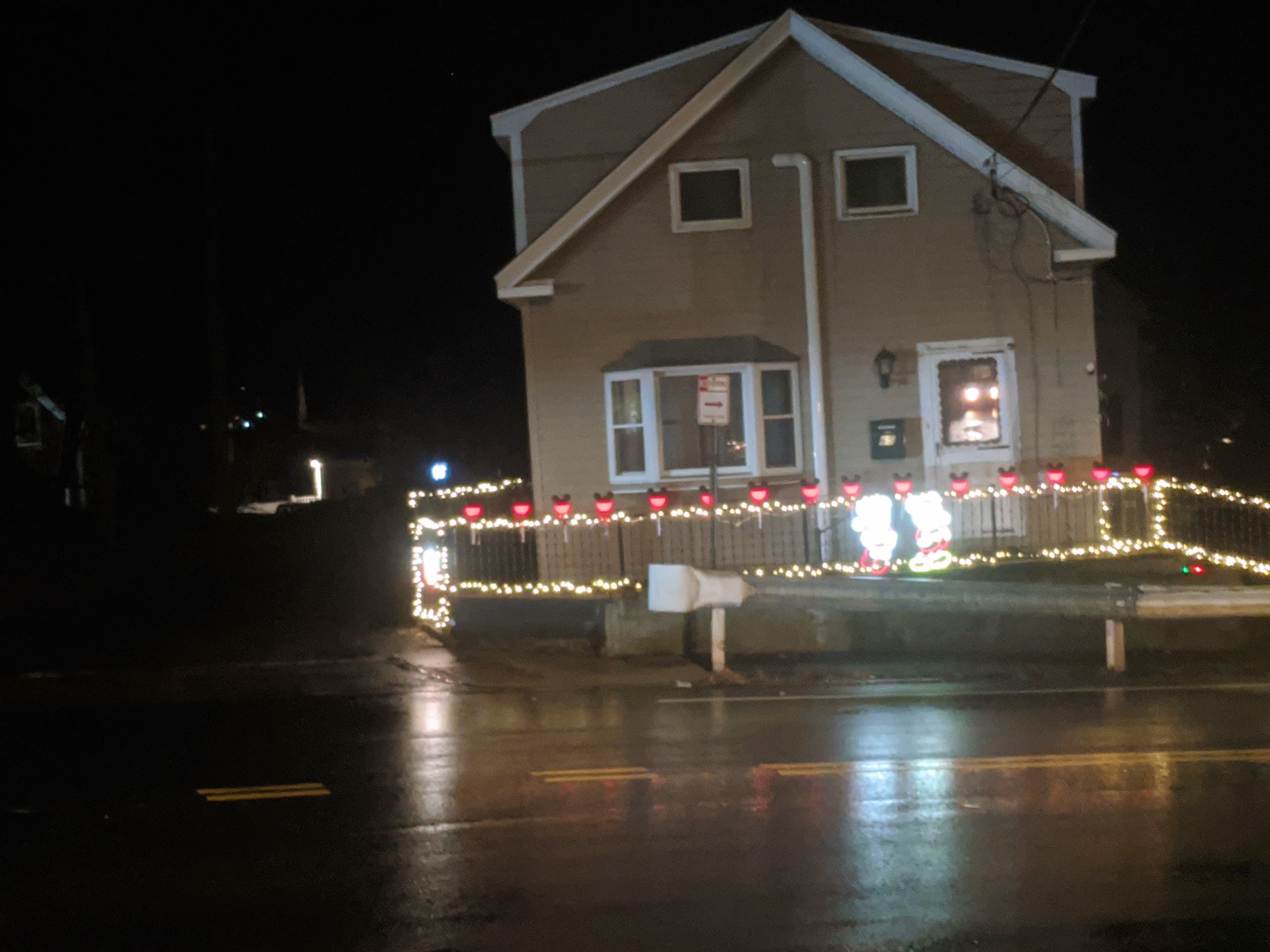

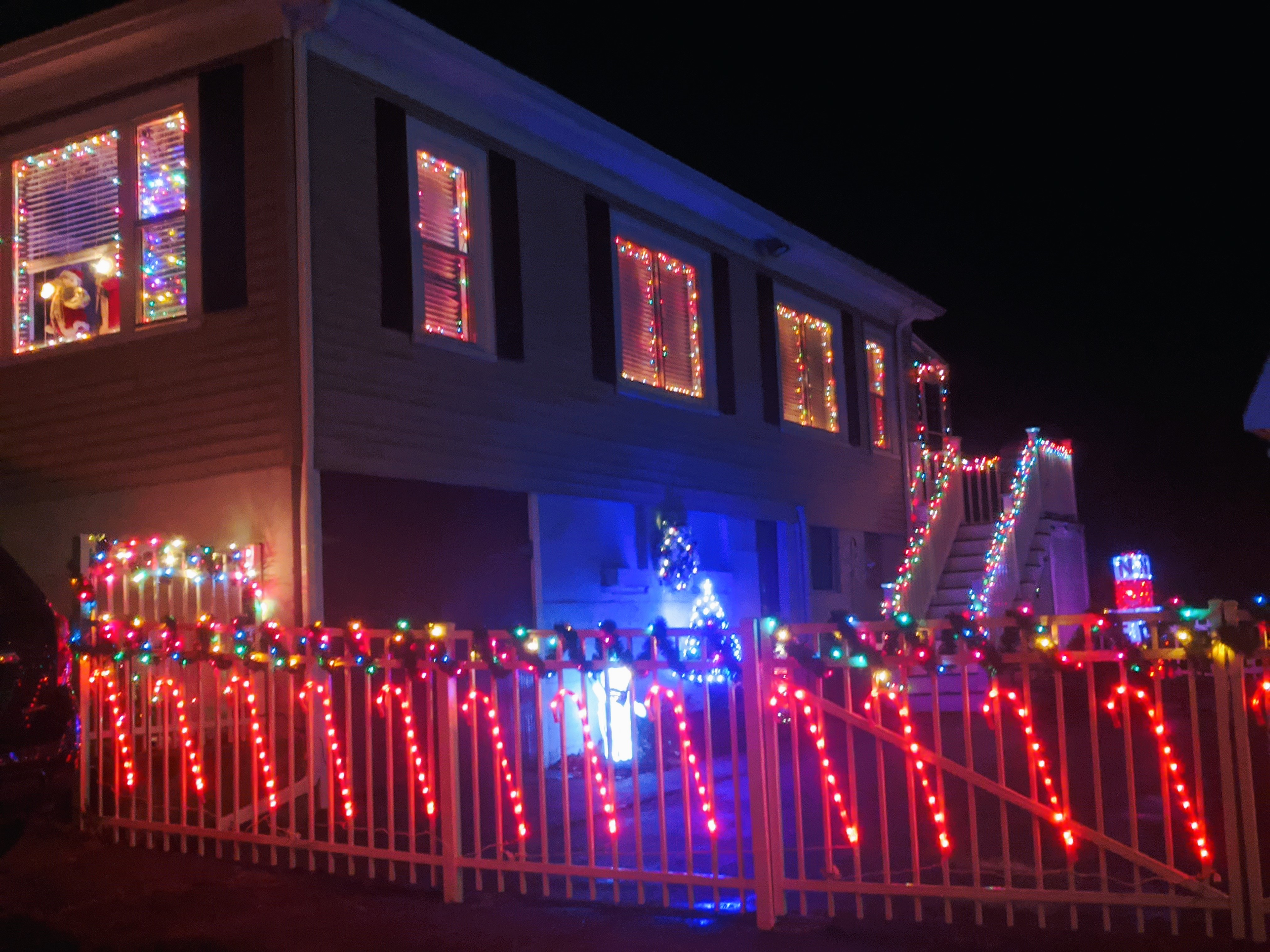
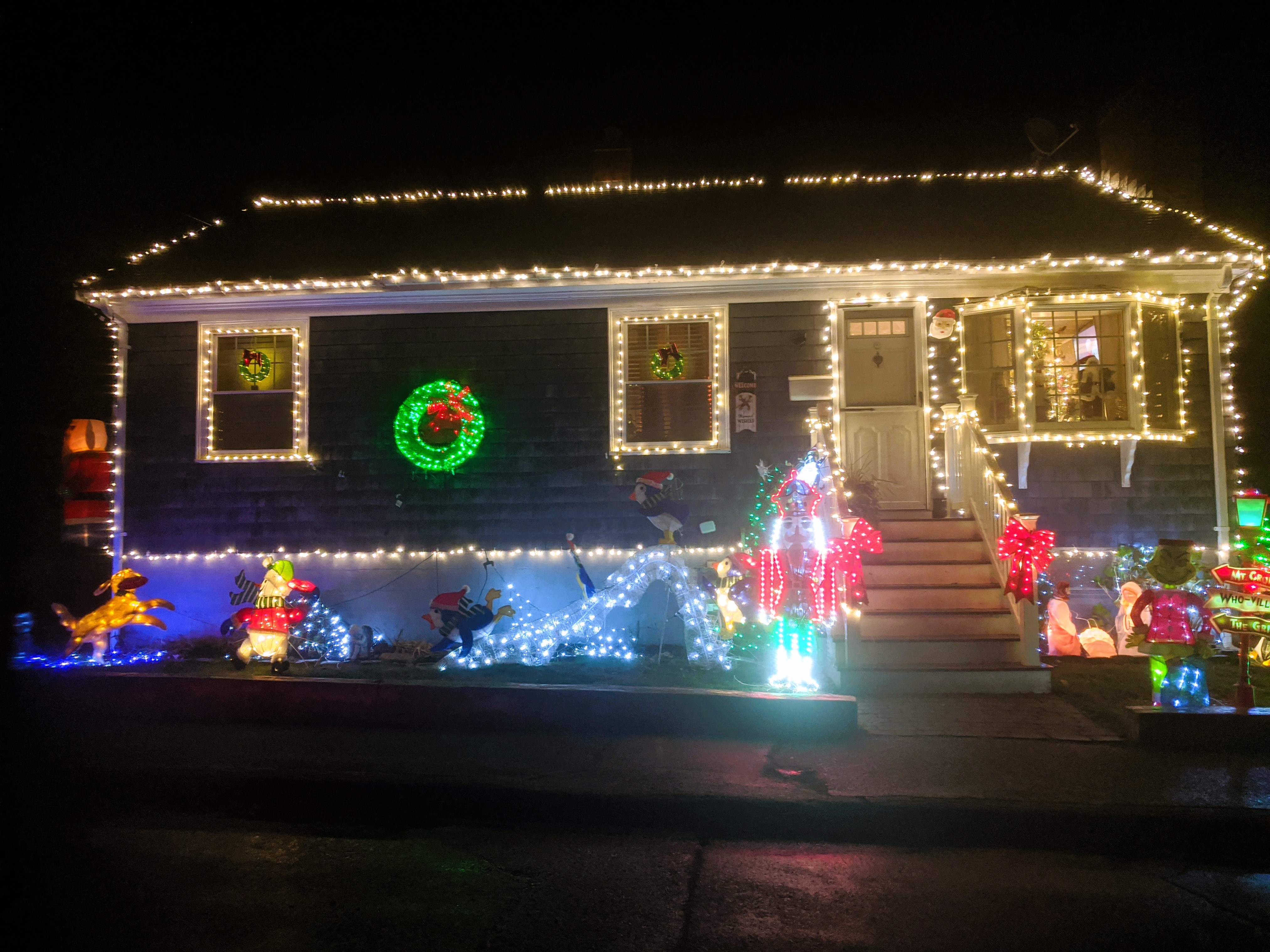


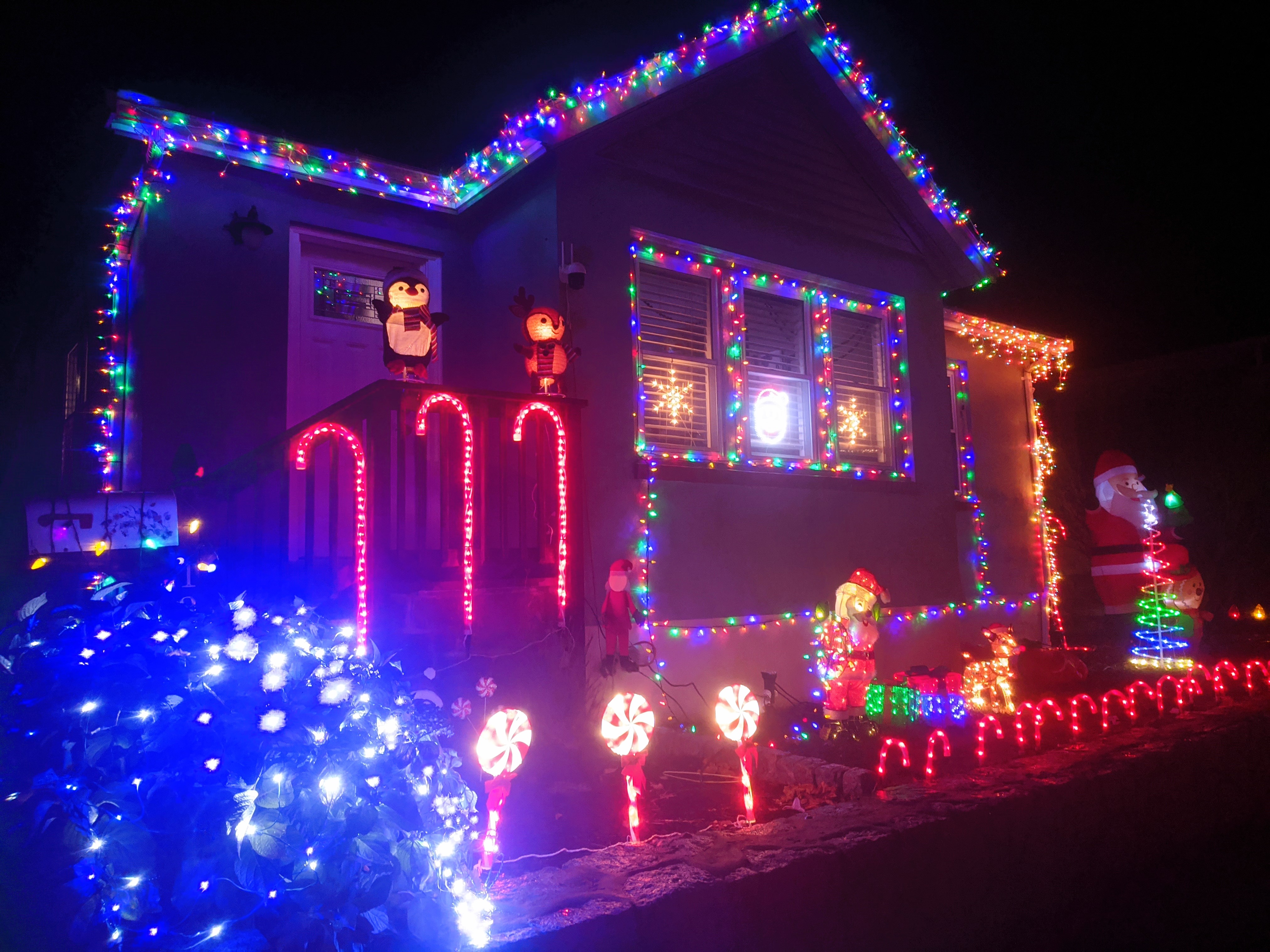




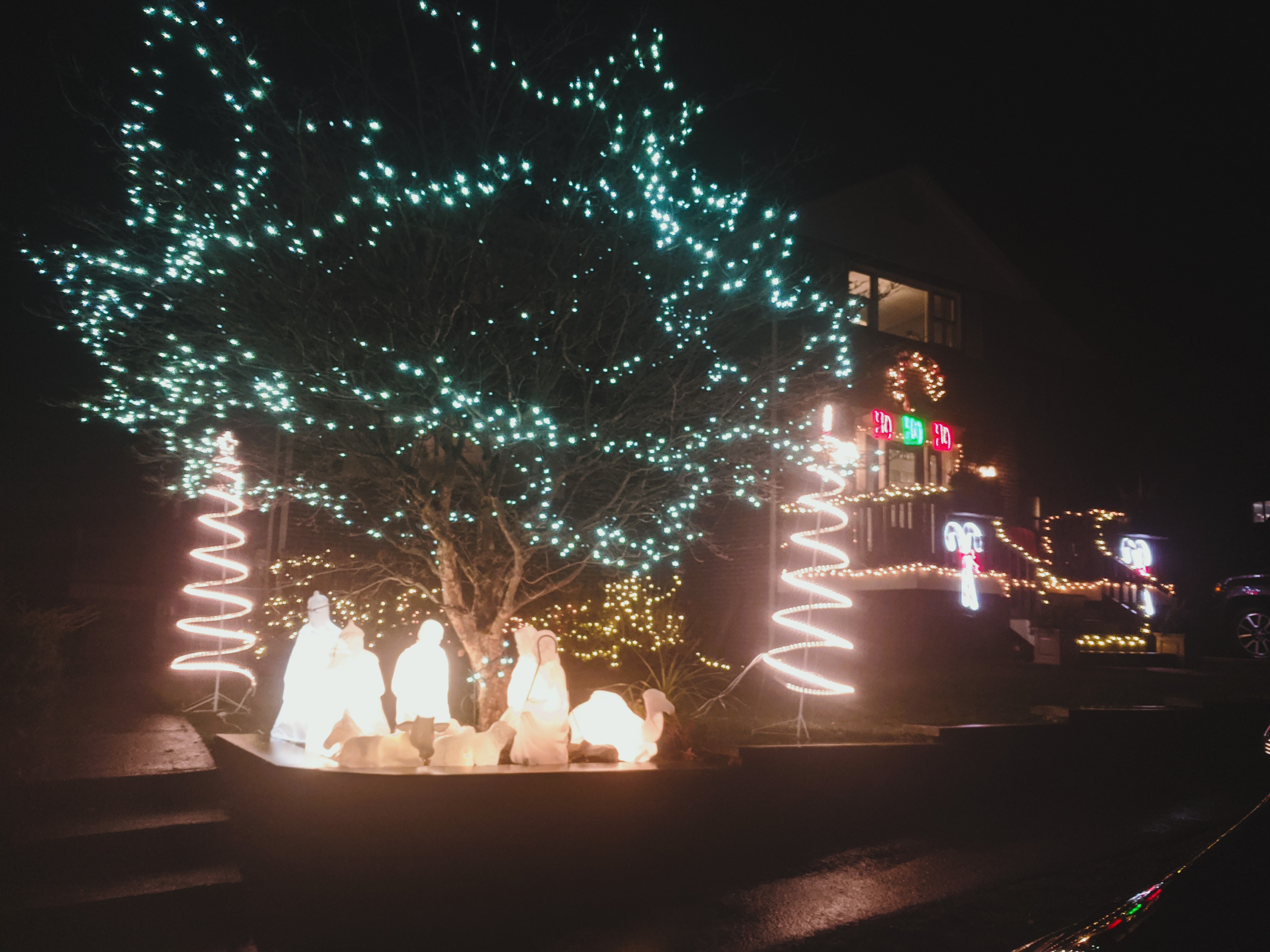
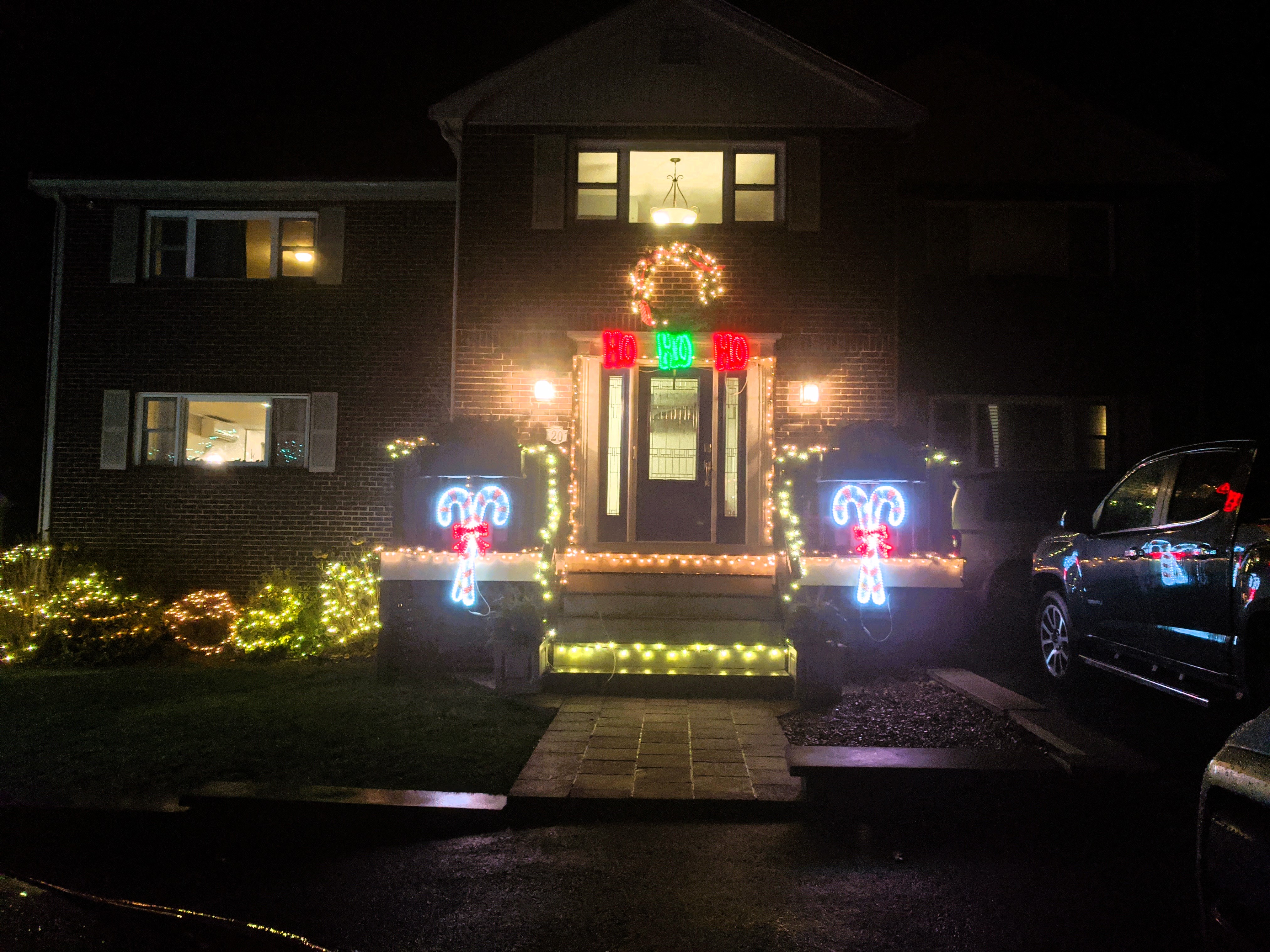

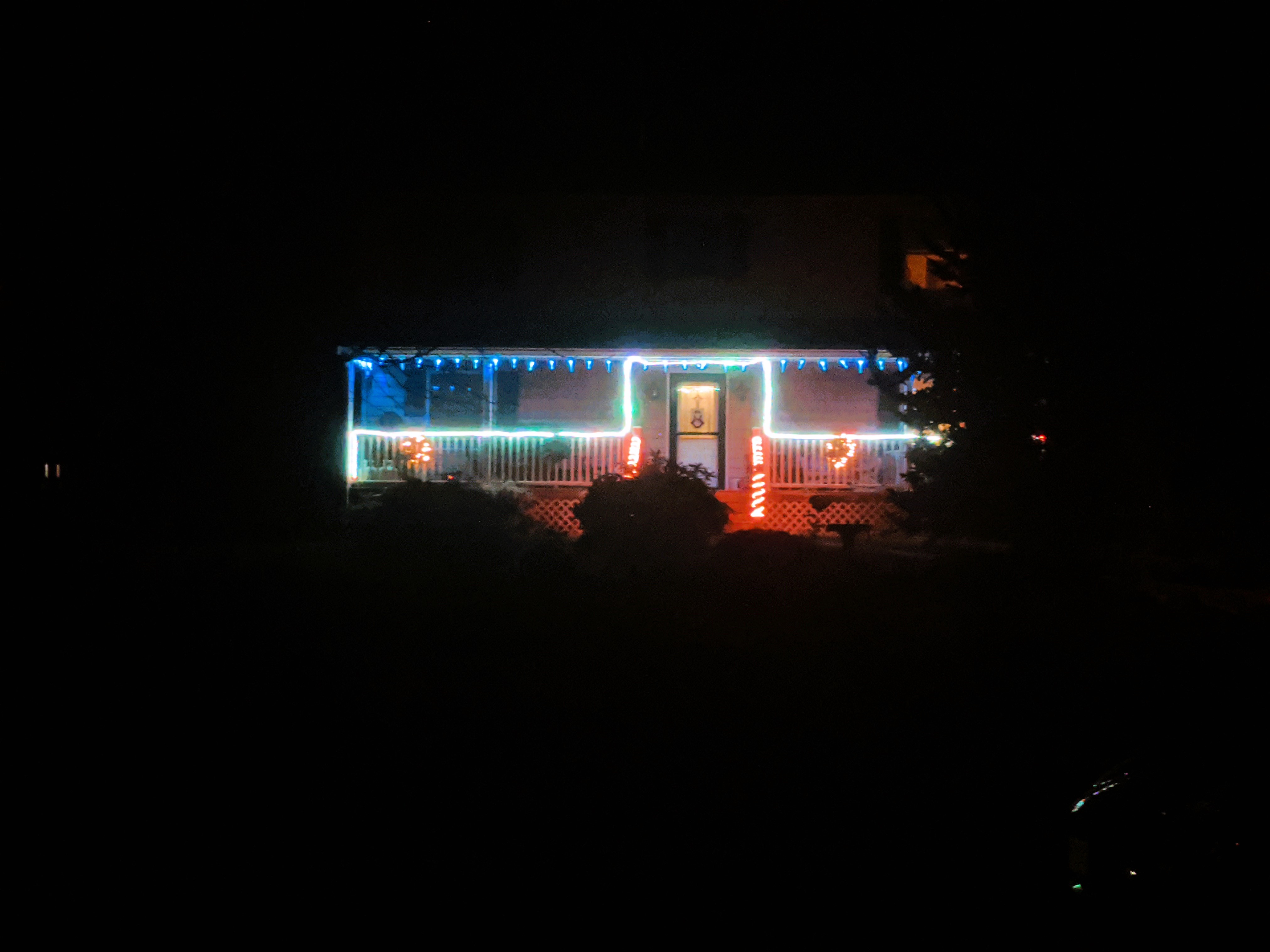

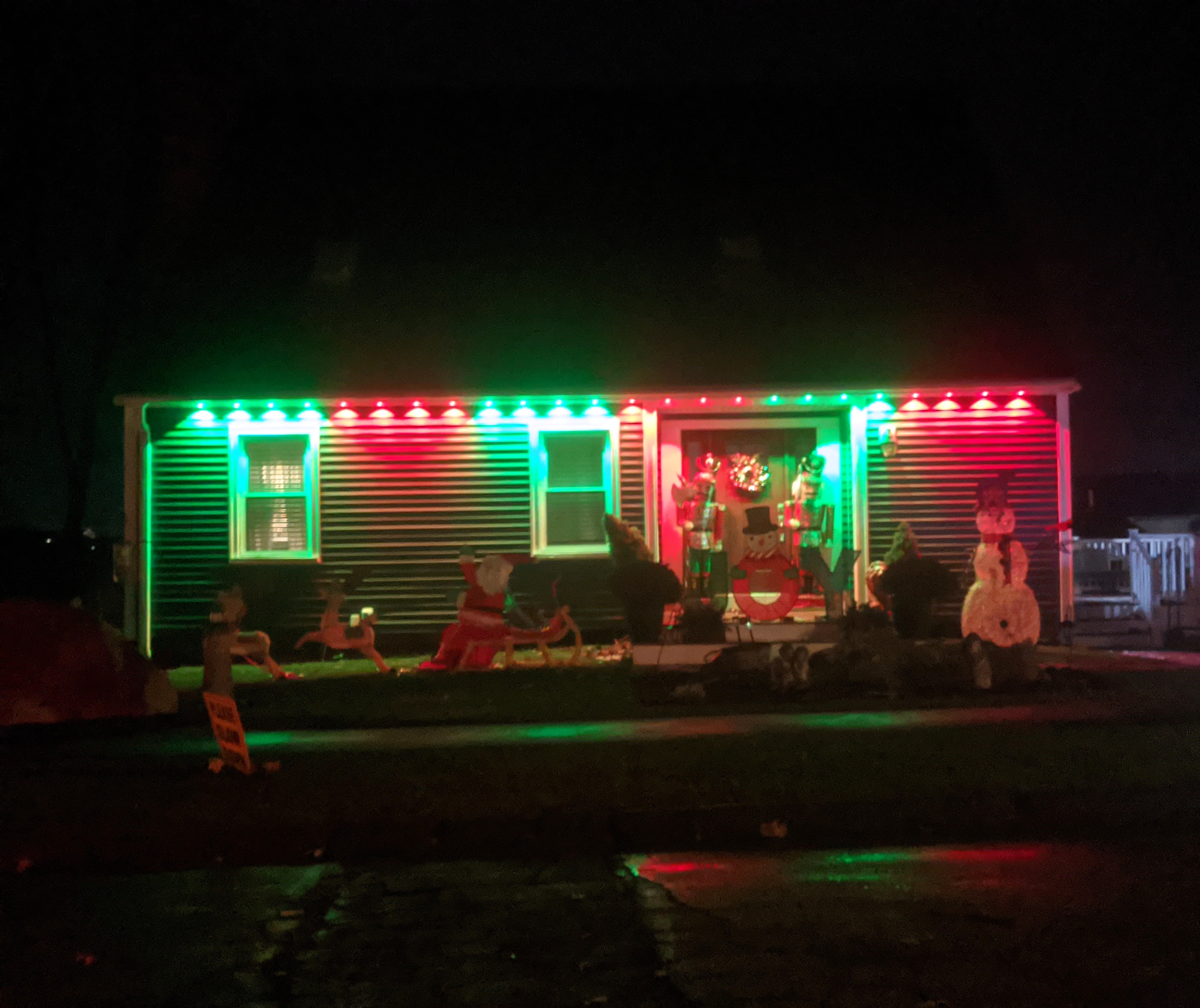
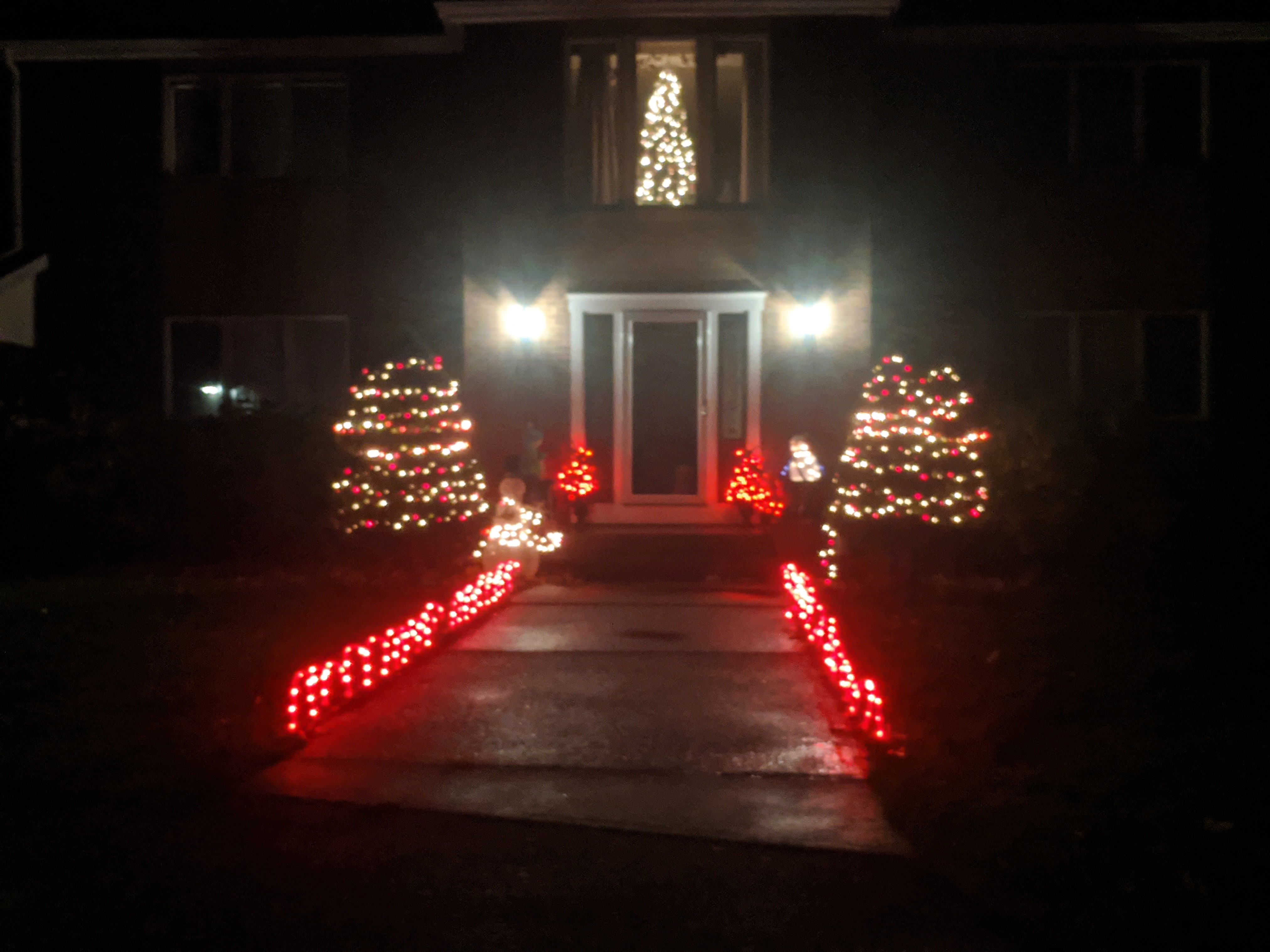
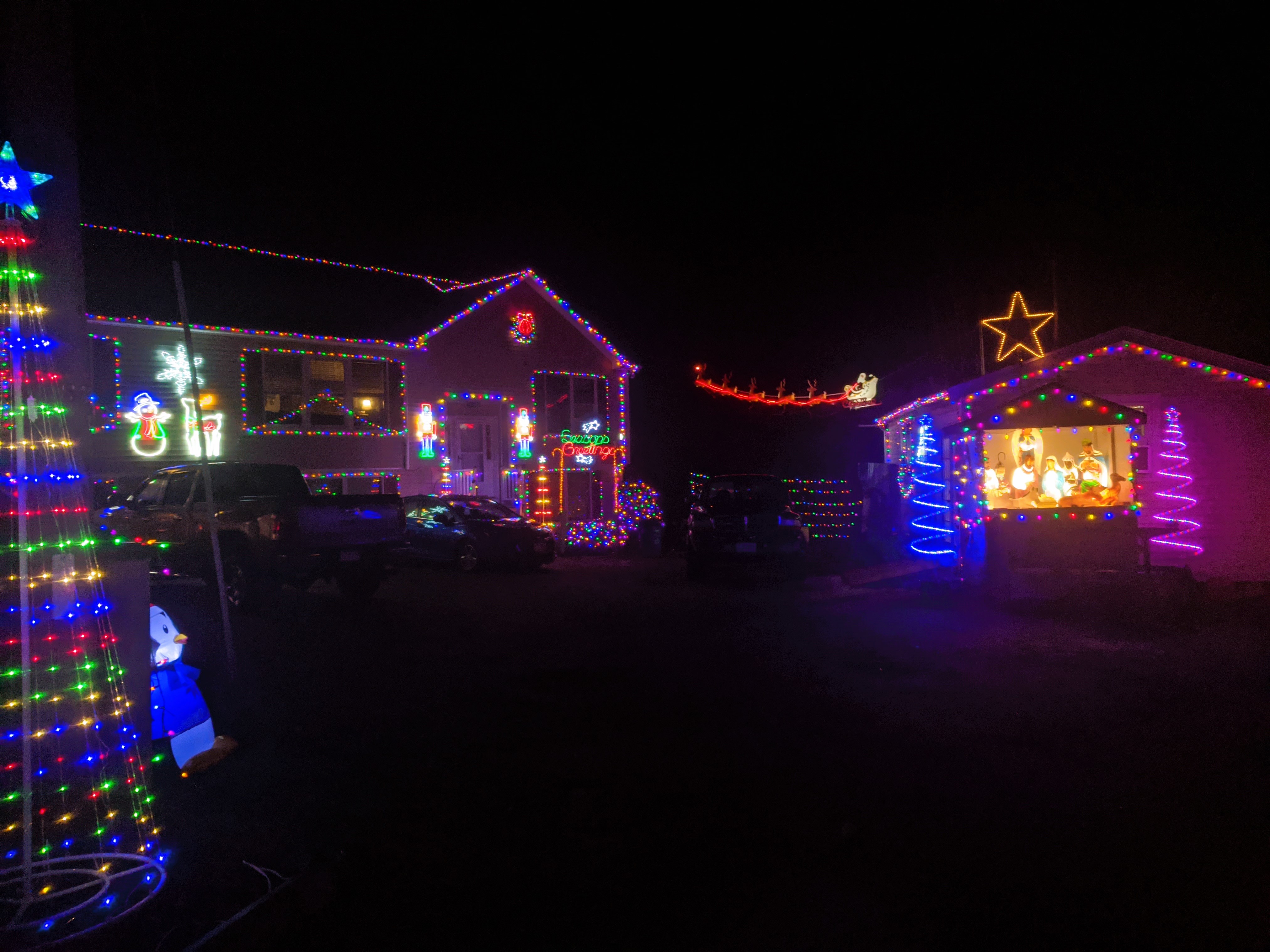
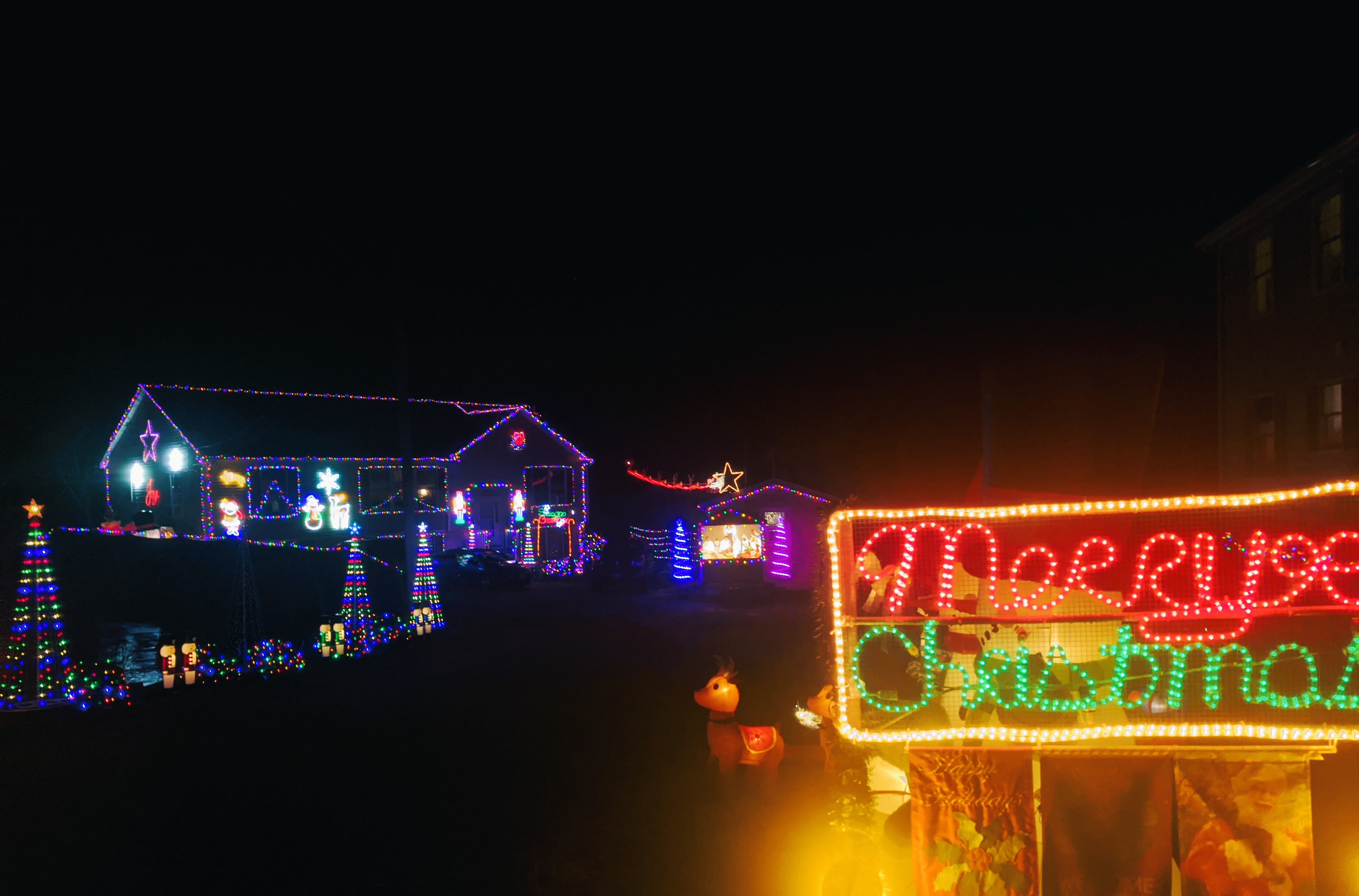



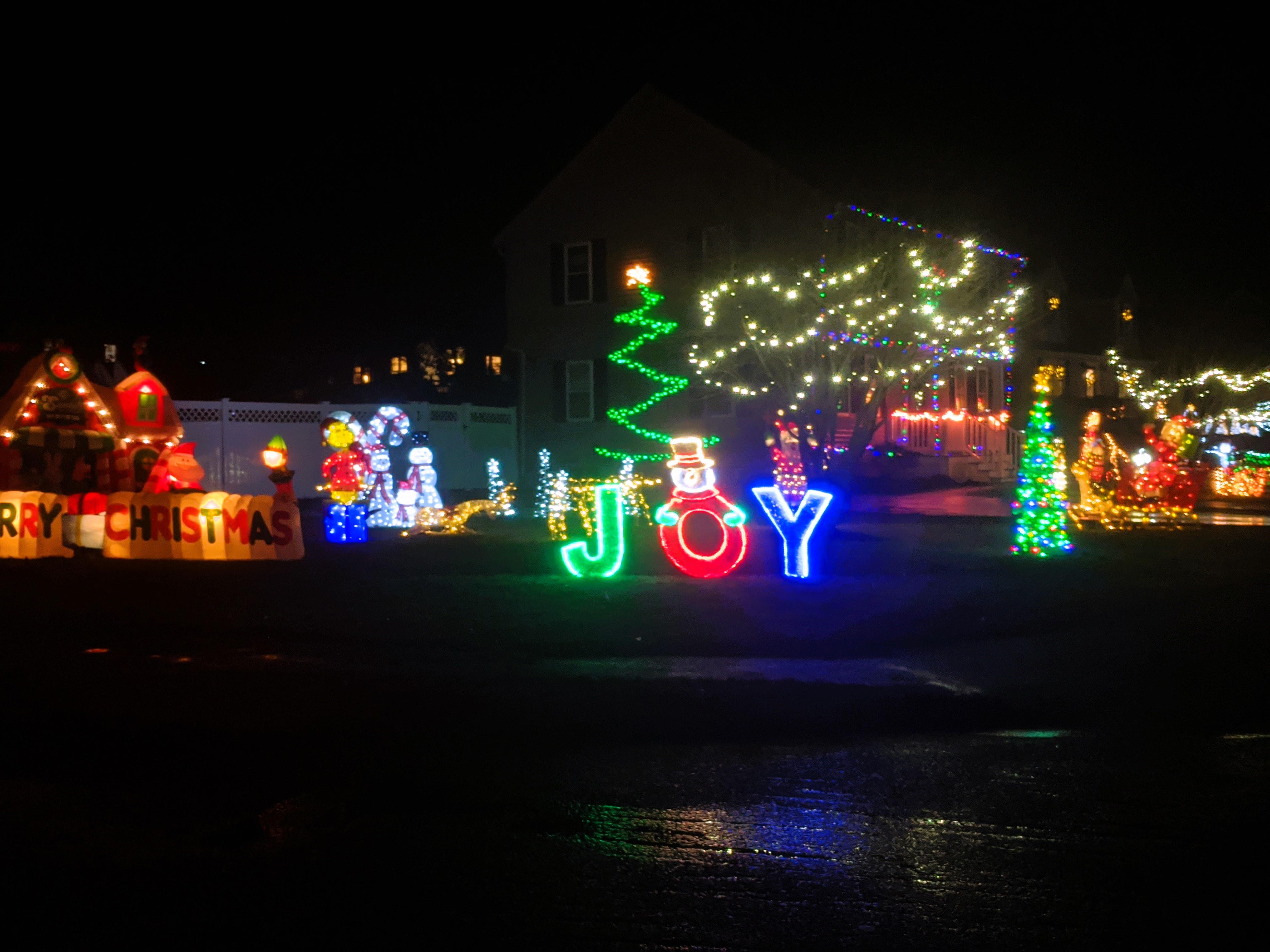

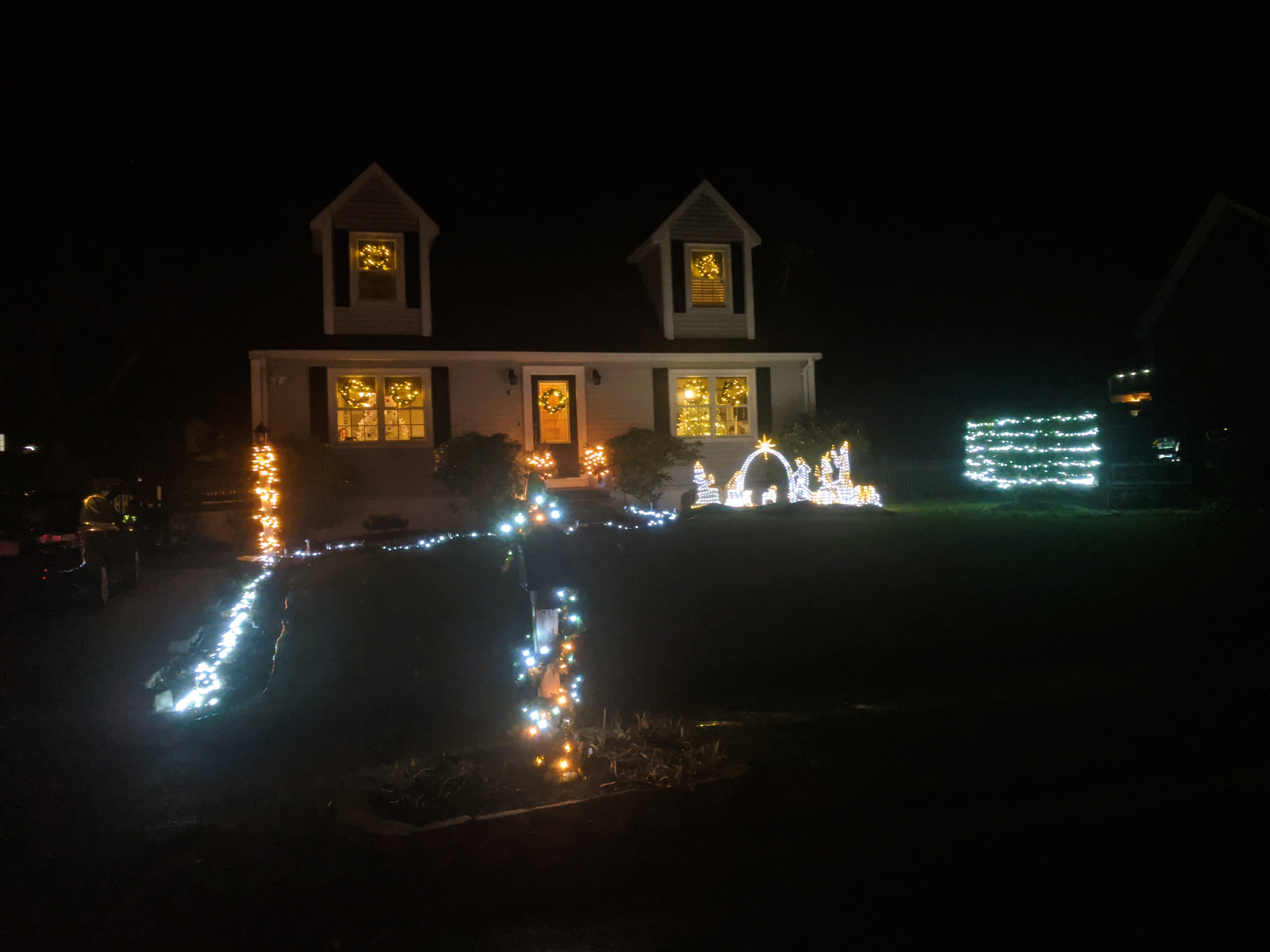
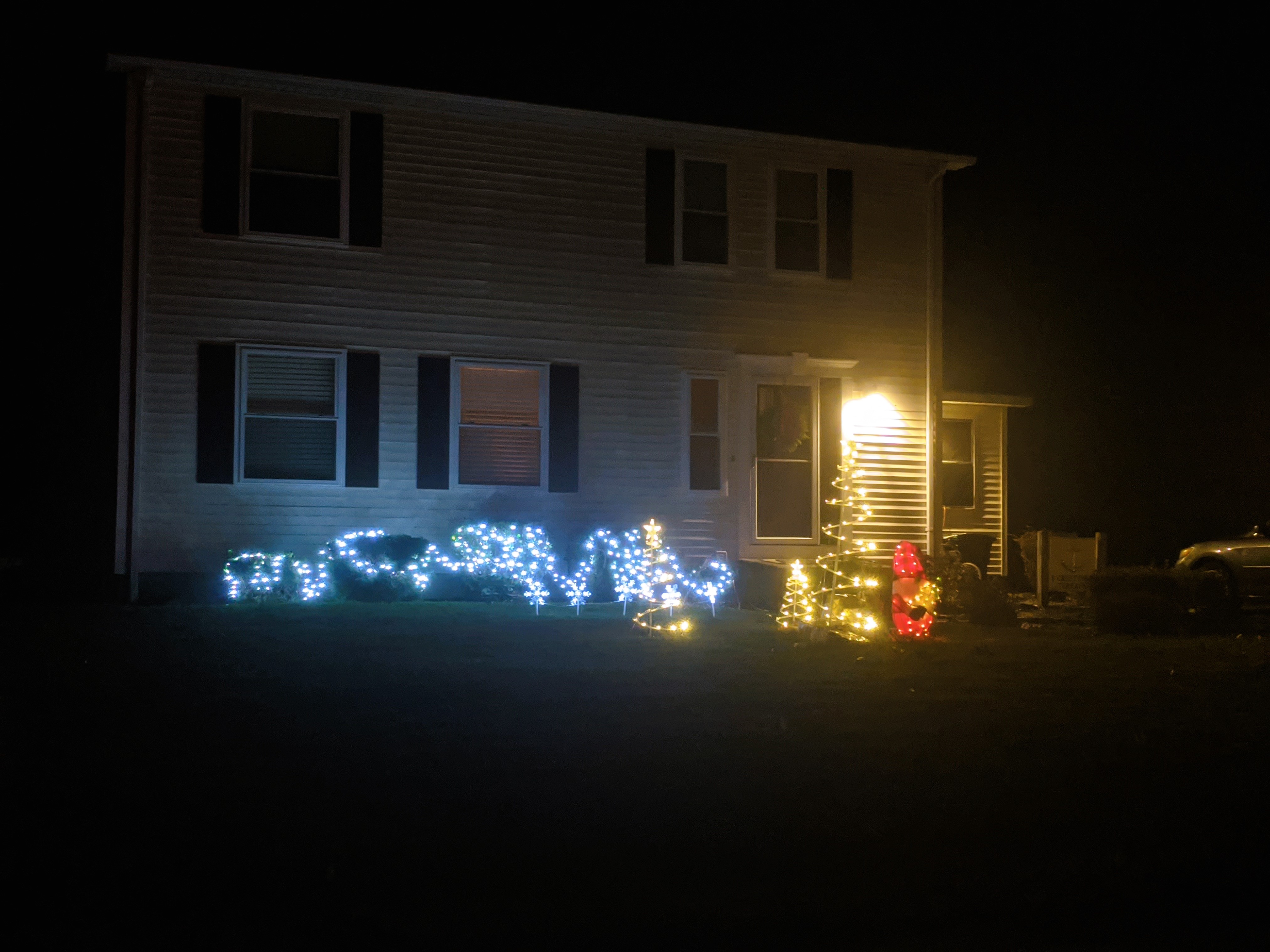
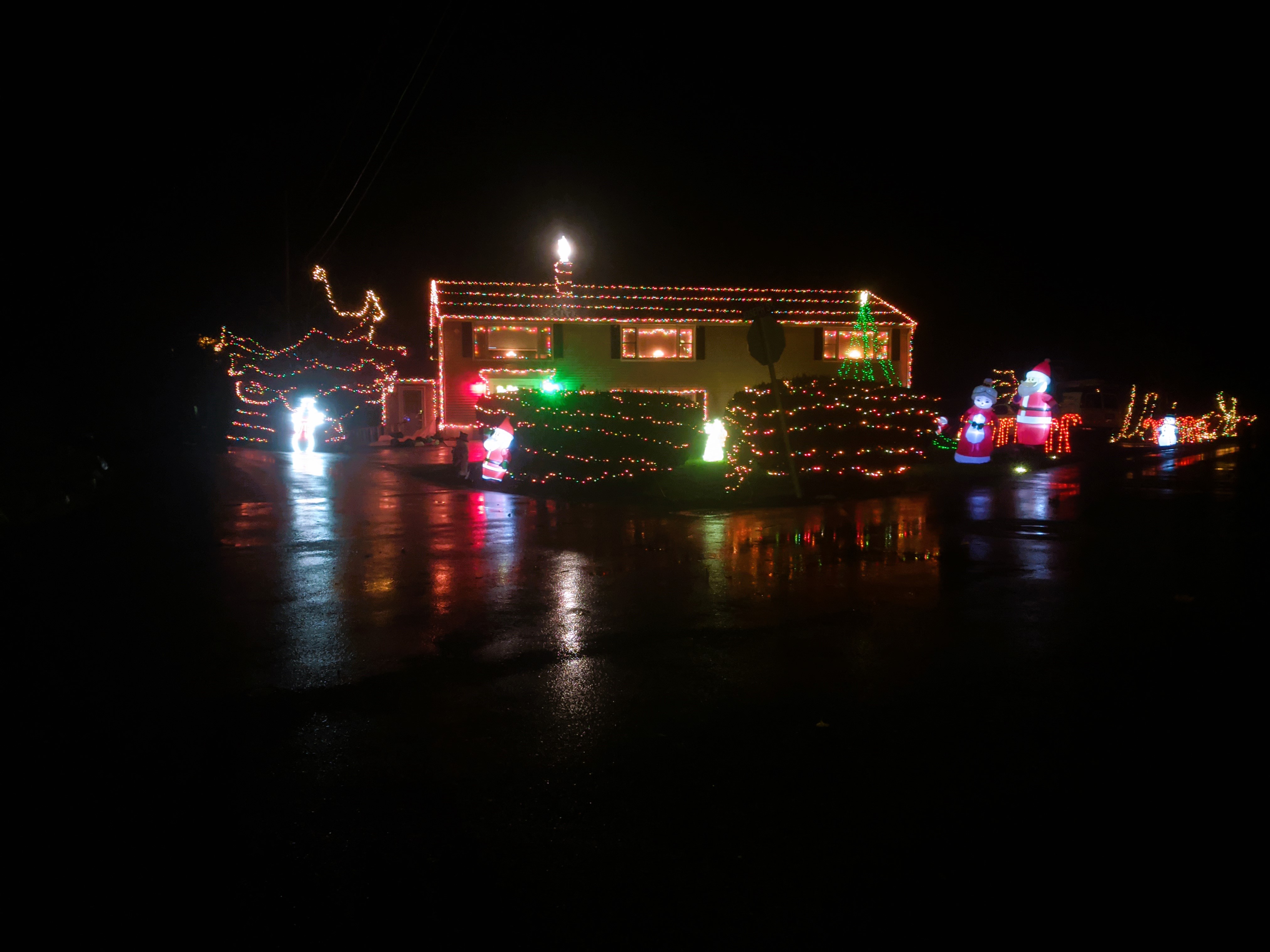



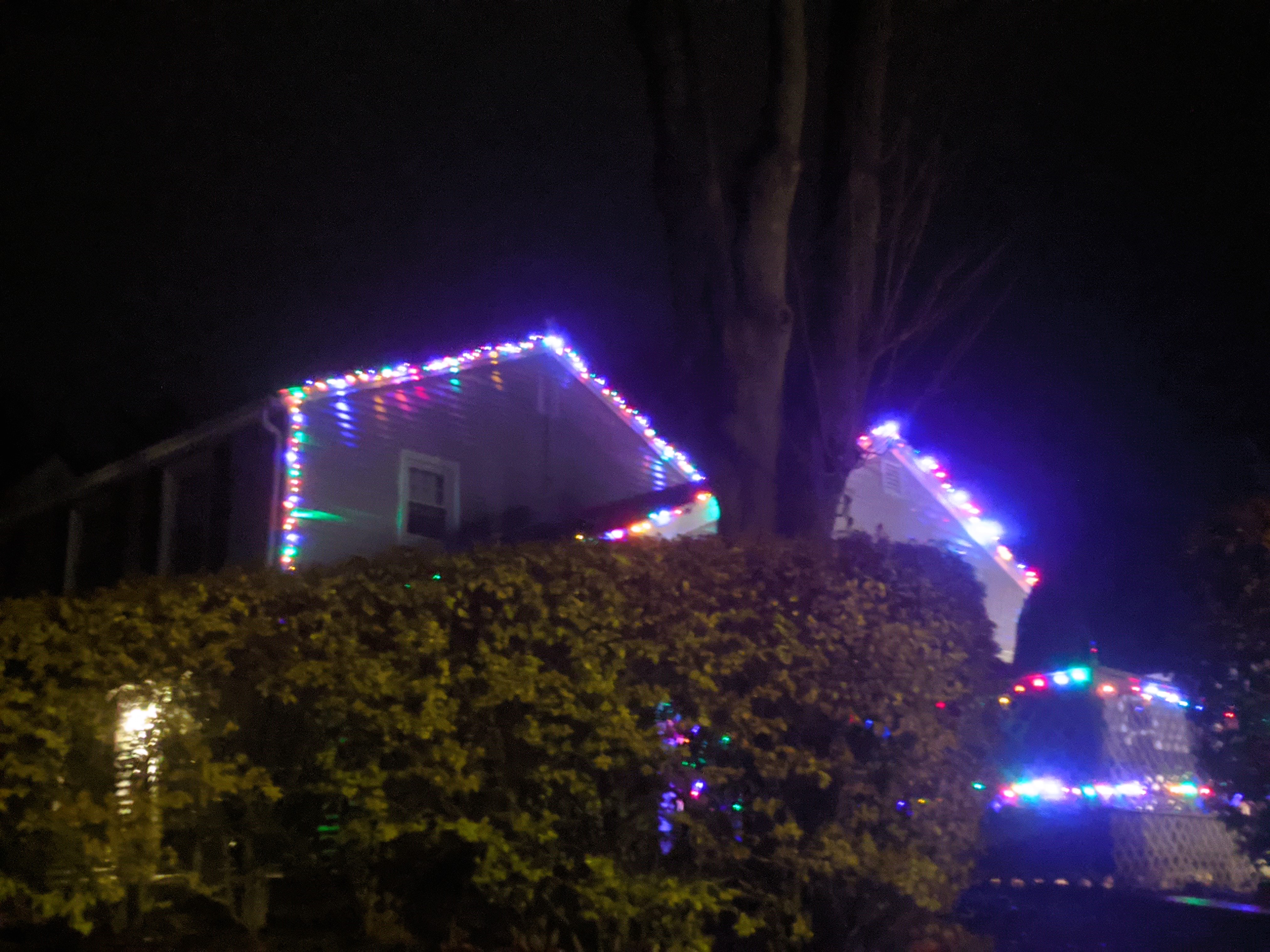




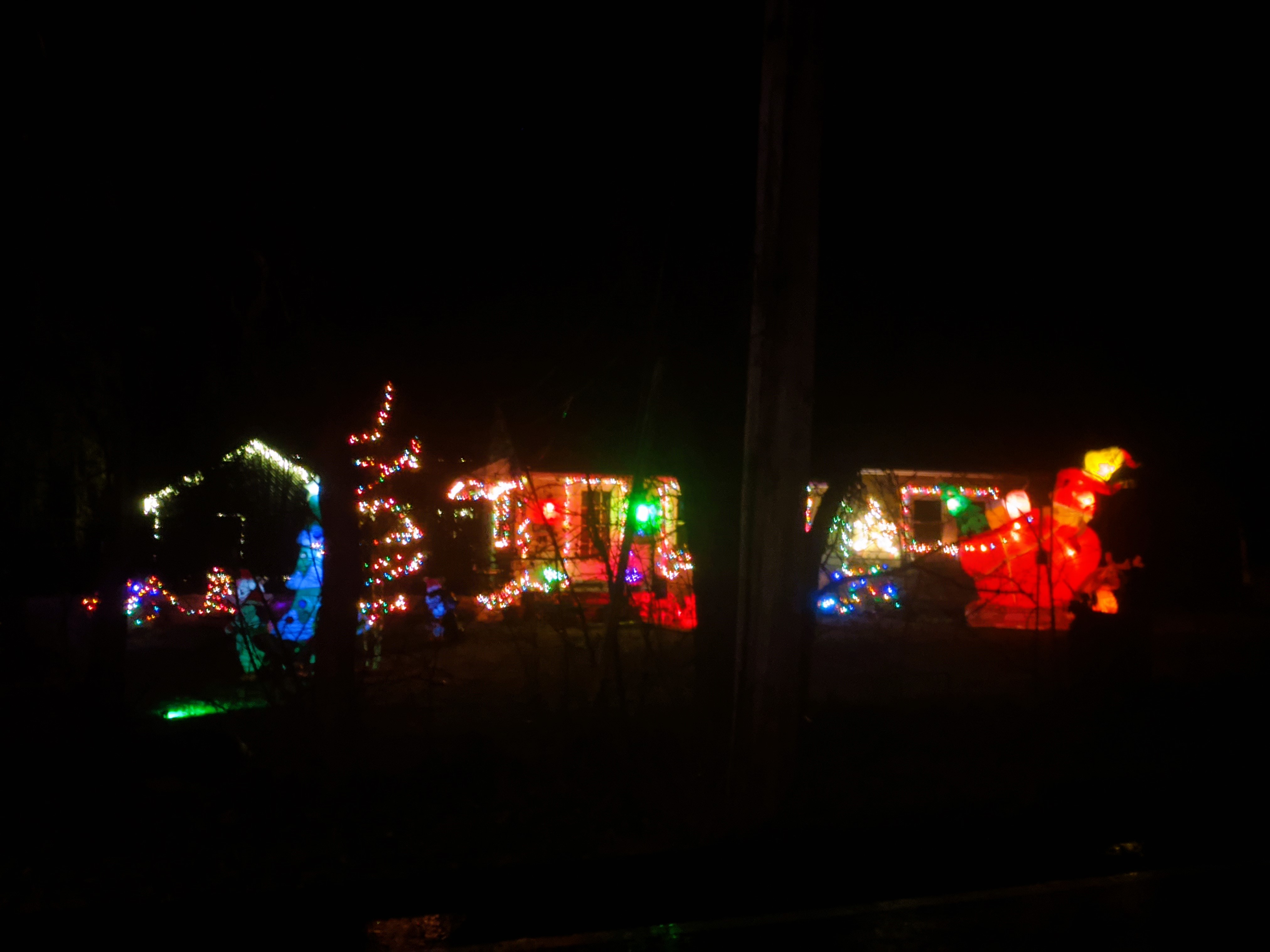

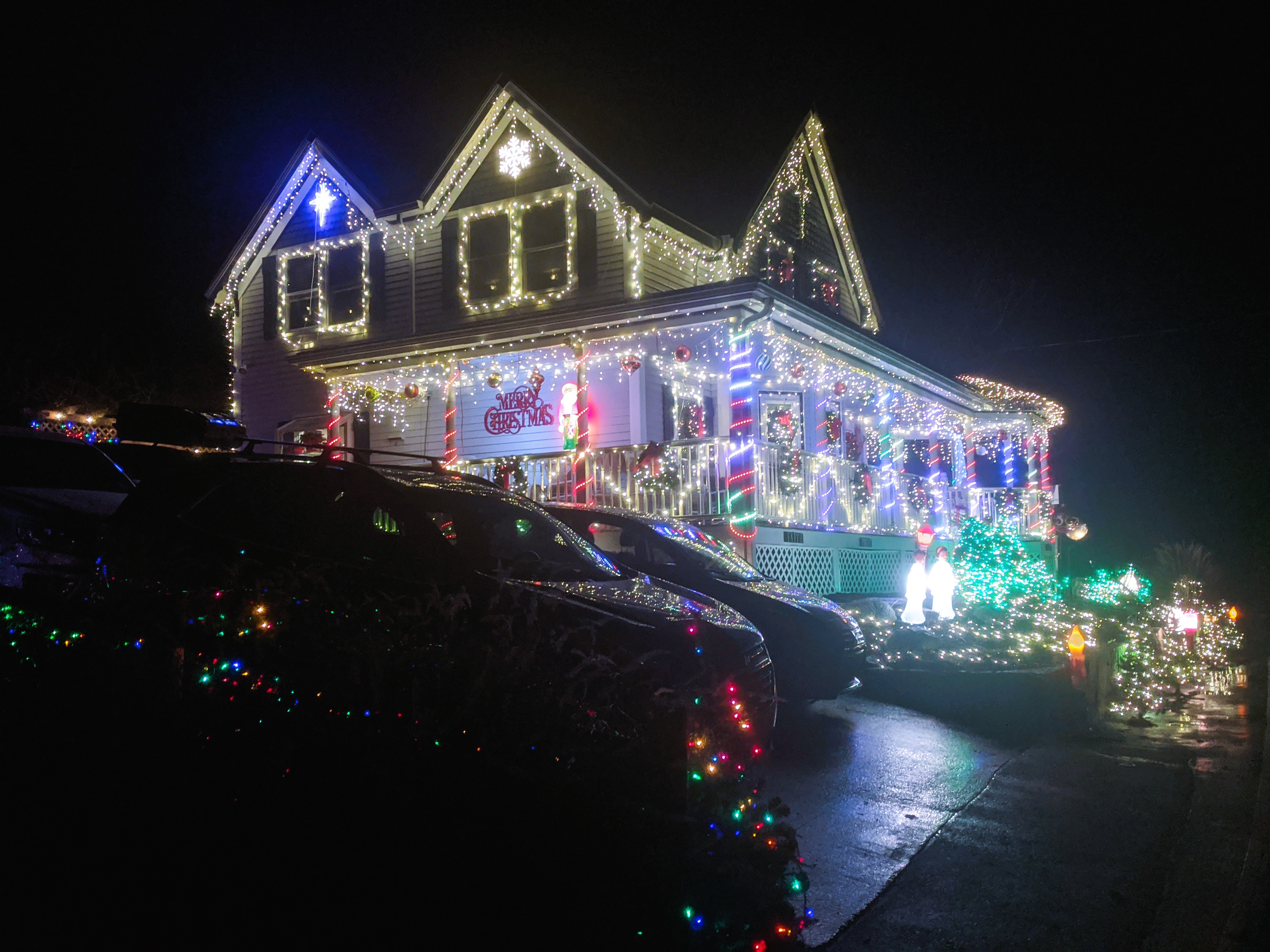
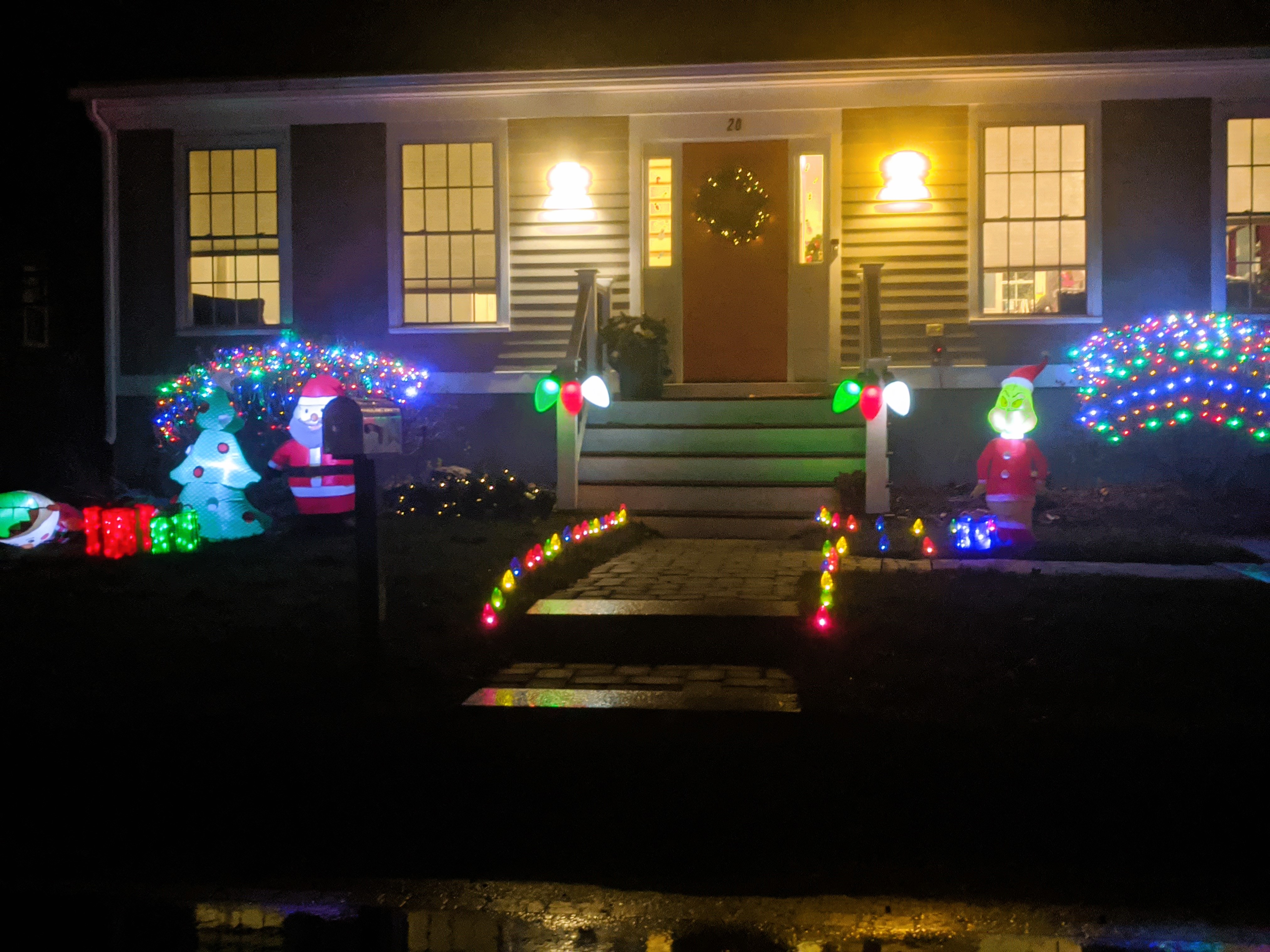



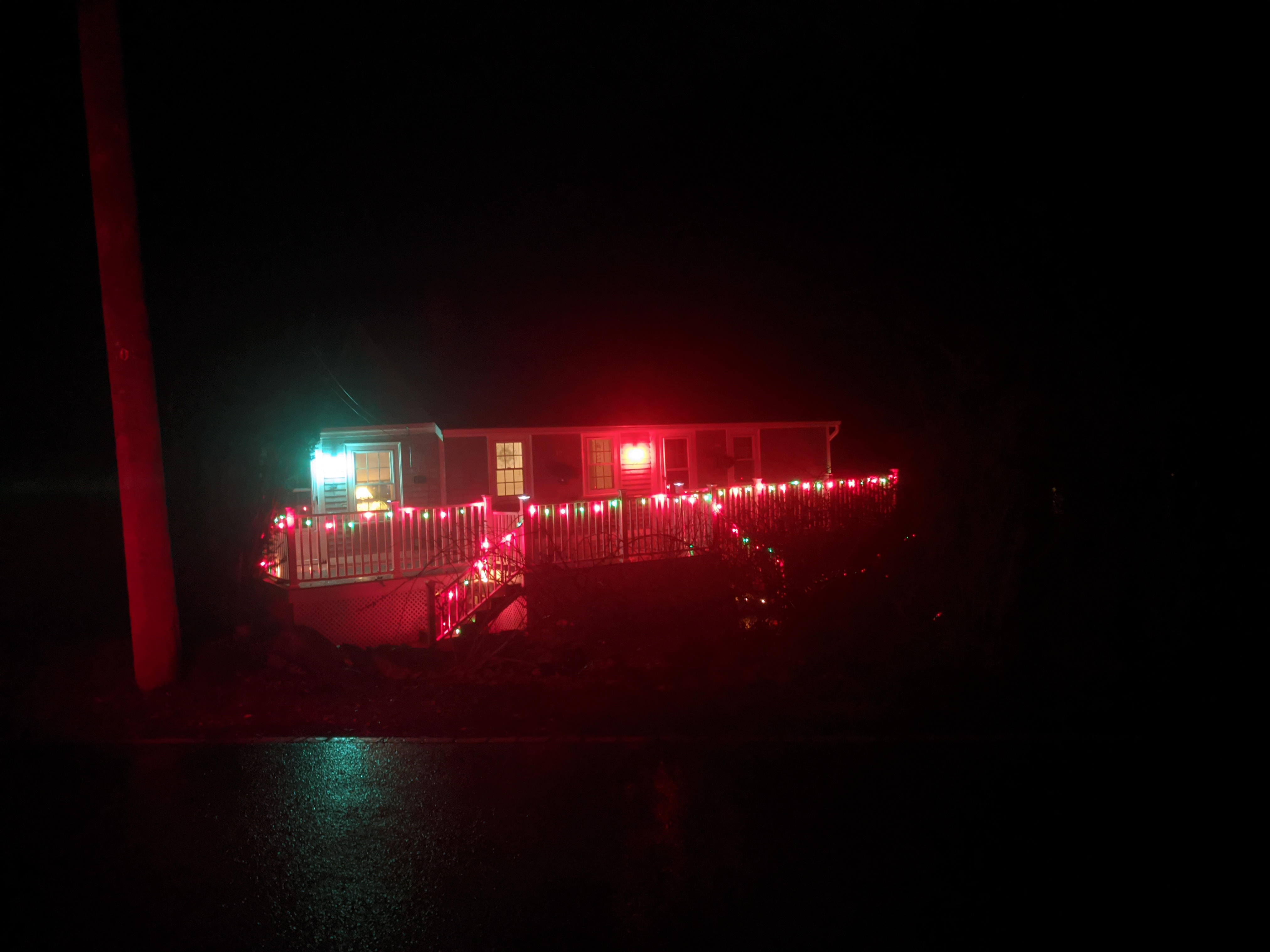
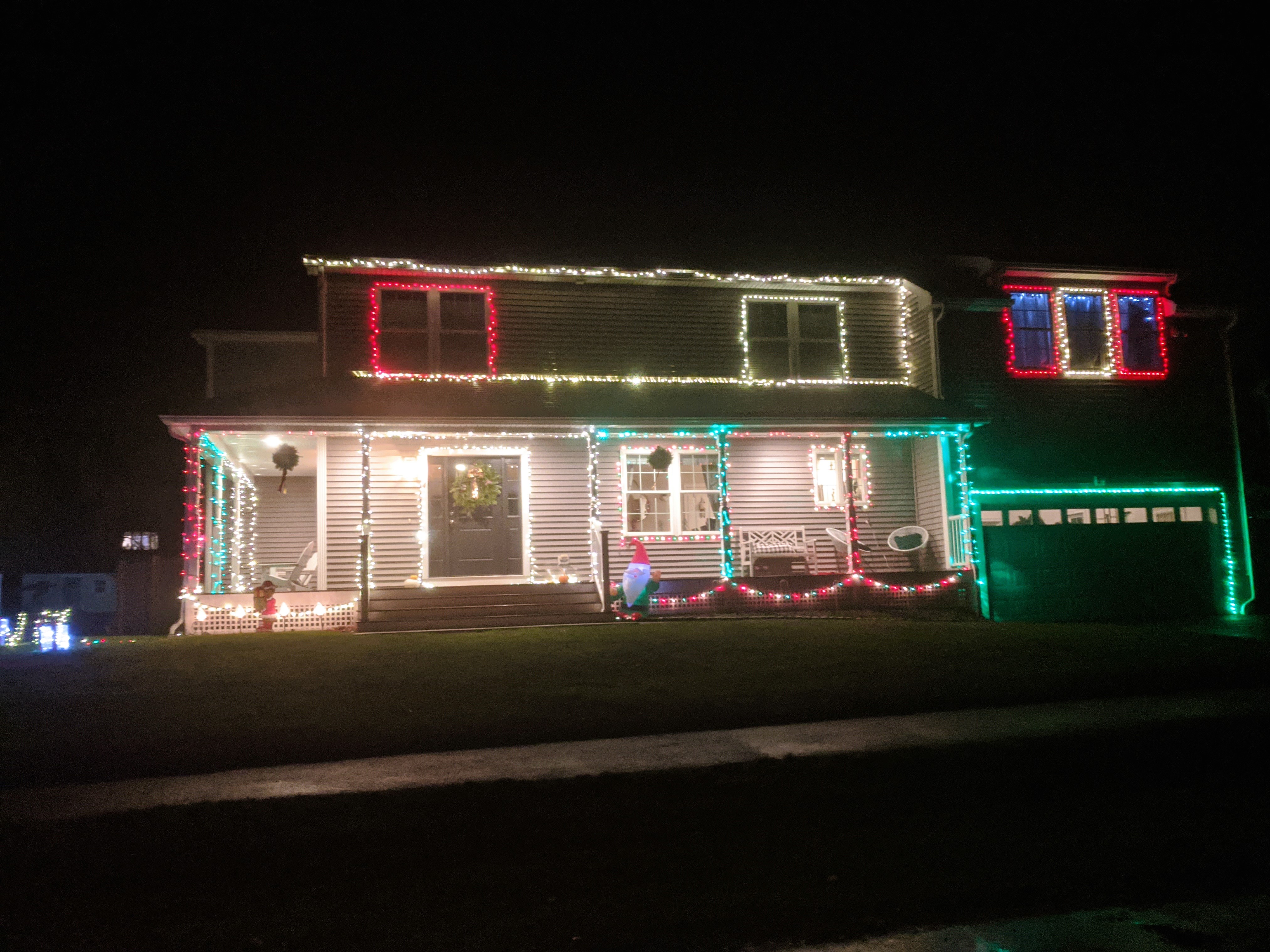


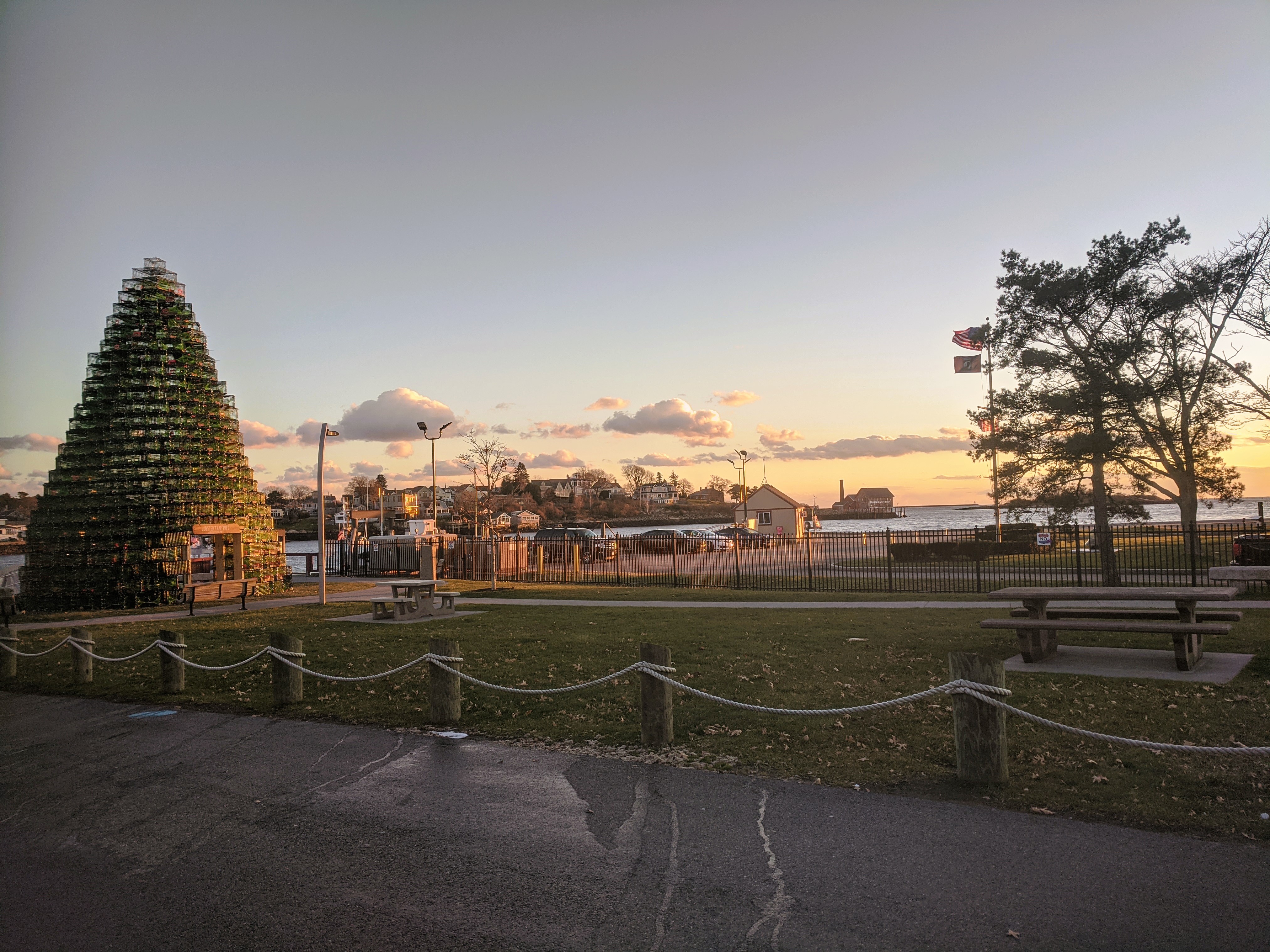
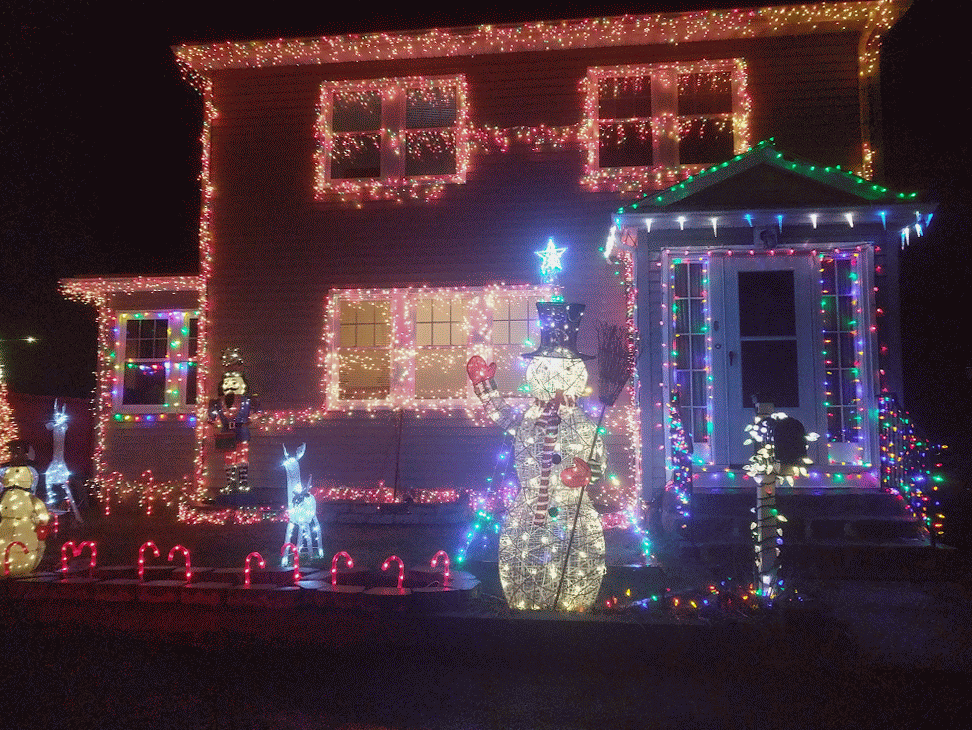
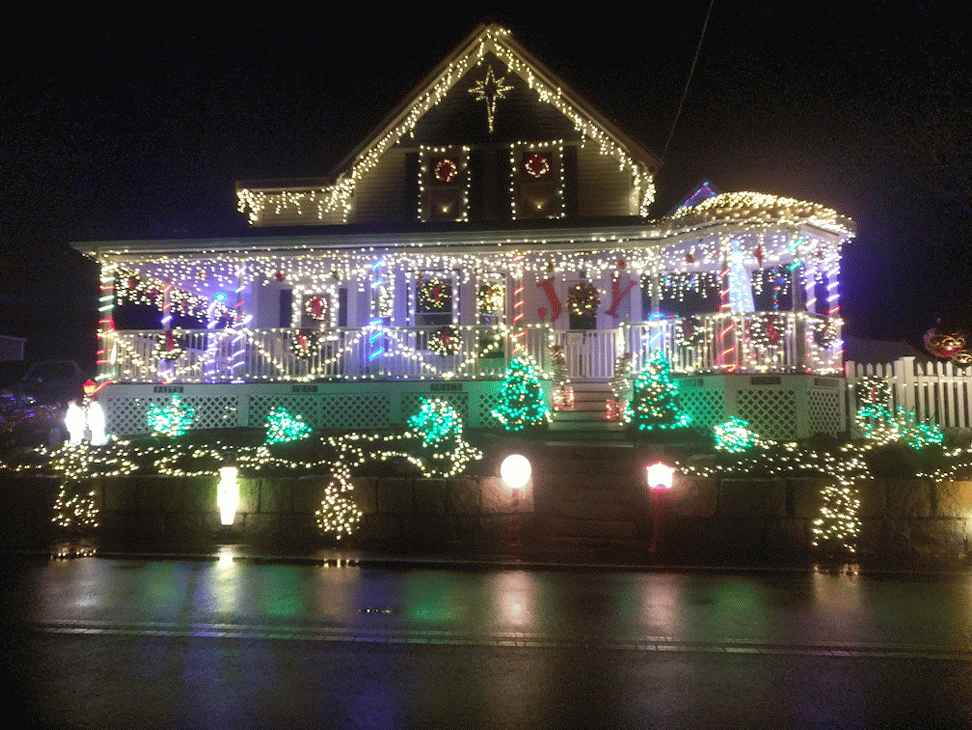
Gloucester’s lobster trap tree is built out in its temporary site on Harbor Loop, soon to be enlivened by buoys hand painted by children. The lighting ceremony is on Sat. Dec. 9, 2023.
First group of photos 2023 (click here) includes the pink house, the first house spotted sparkling for 2023. Alas, not more pink themes out there yet.
For the 7th year in a row—and the 4th accompanied by a map with photos—enjoy snapshots of Gloucester’s decorated homes. More homes and neighborhoods will be added, so be sure to check back. Photos will be posted on Good Morning Gloucester in separate batches.

Holiday Lights and Cocoa Drives is just getting going. This gem was spotted November 15th, the first of the season. Will Barbie pink be among the 2023 trends? Maybe. More homes and neighborhoods will be added, so be sure to check back. Photos will be posted on Good Morning Gloucester in separate batches.
photo caption (pinch and zoom to enlarge): For the 7th year in a row—and the 4th accompanied by a map with photos—enjoy snapshots of Gloucester’s decorated homes. Scroll down to see the first batch of twinkling houses that have been added to the Holiday Lights and Cocoa Drives 2023 map edition as of November 25. Also, scroll down to a list of area ‘Mark Your Calendar’, not-to-miss, seasonal events.
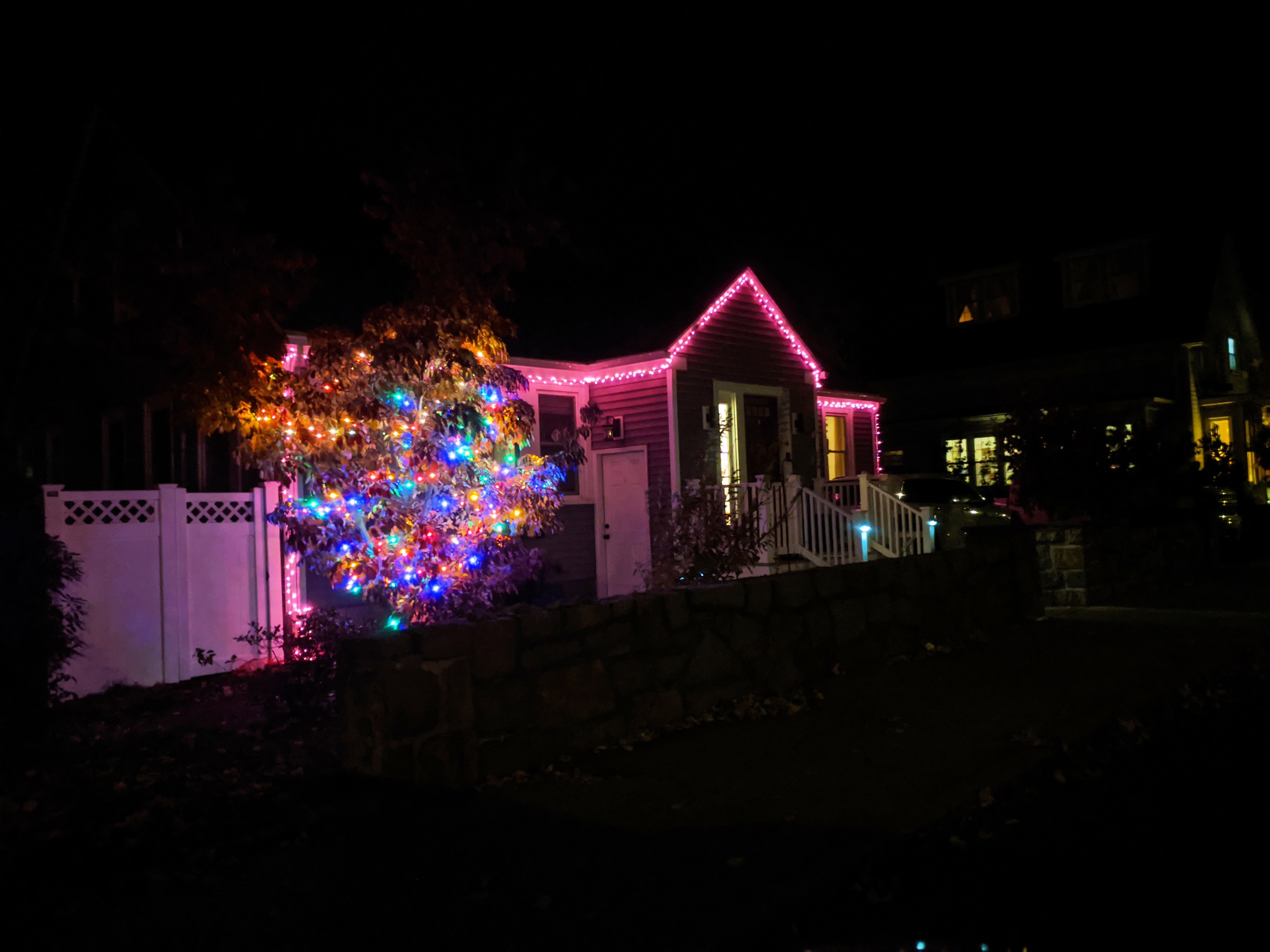


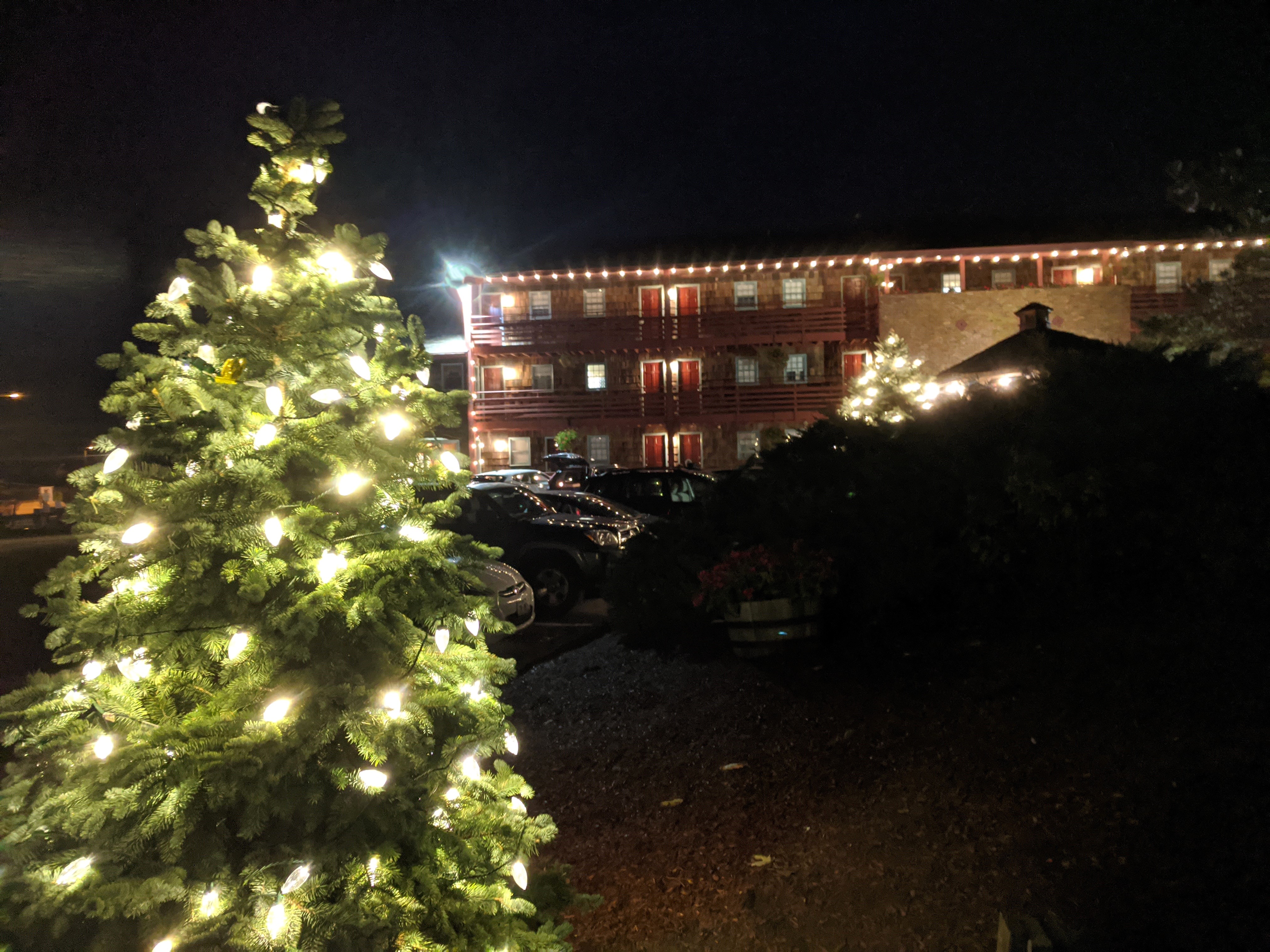


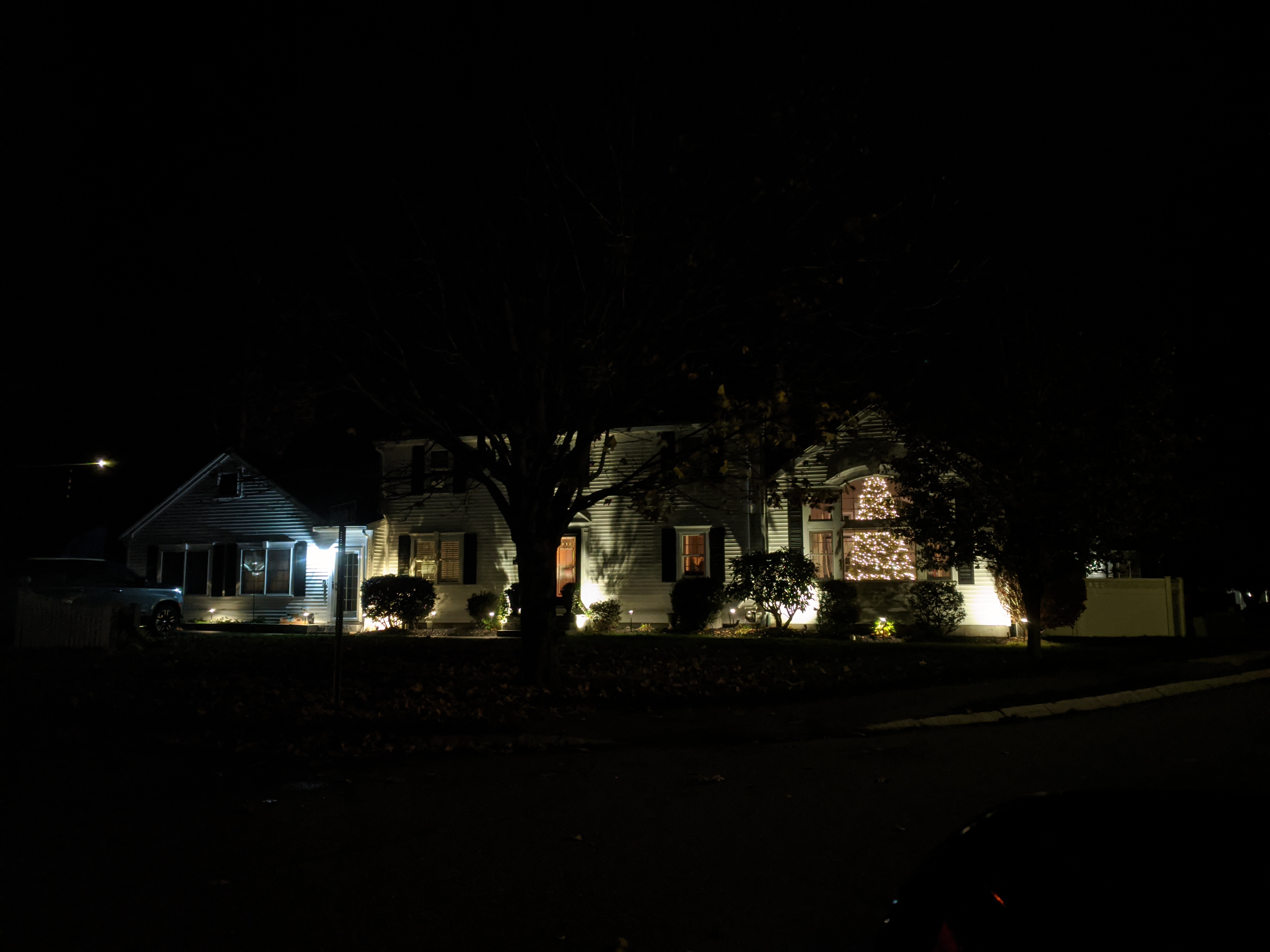


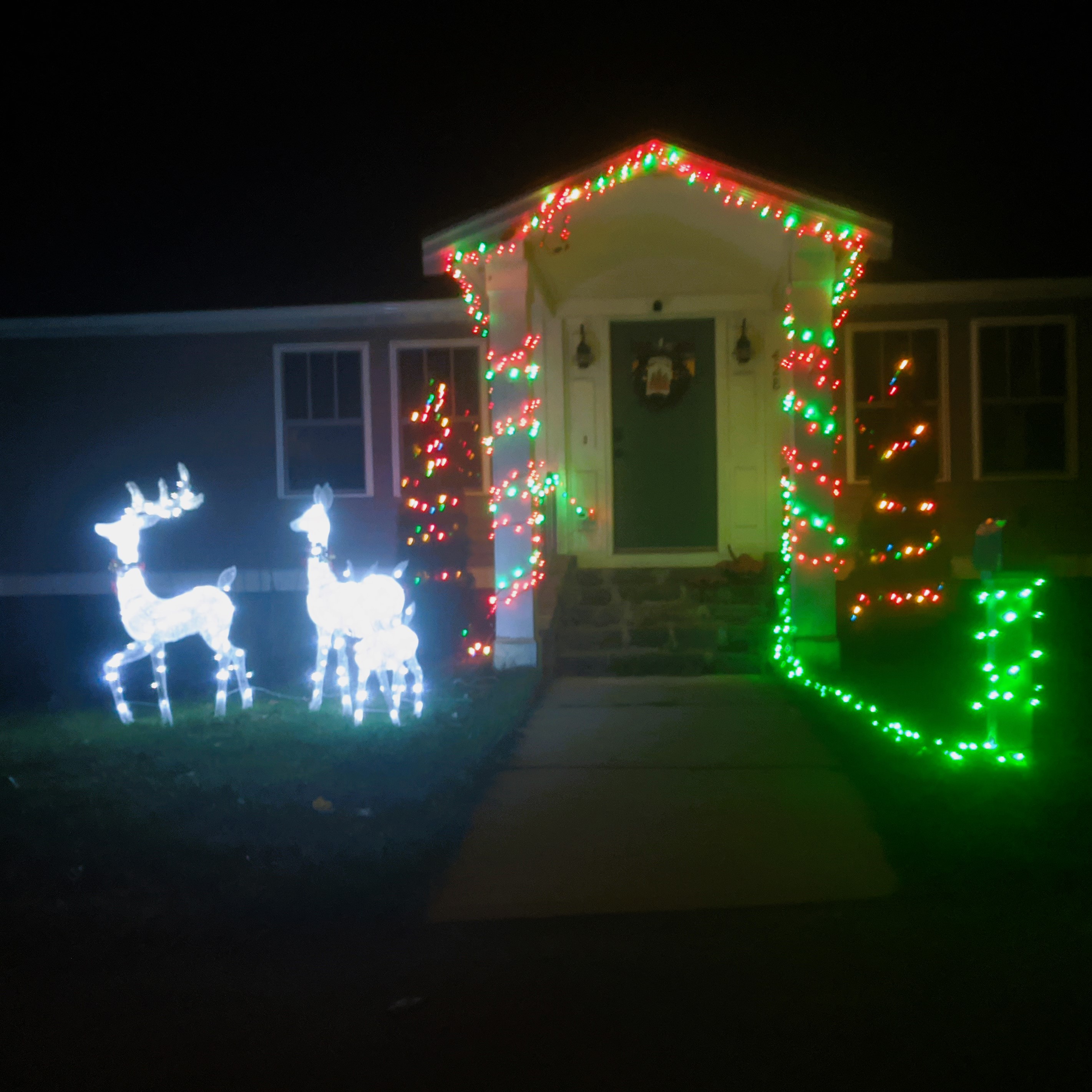



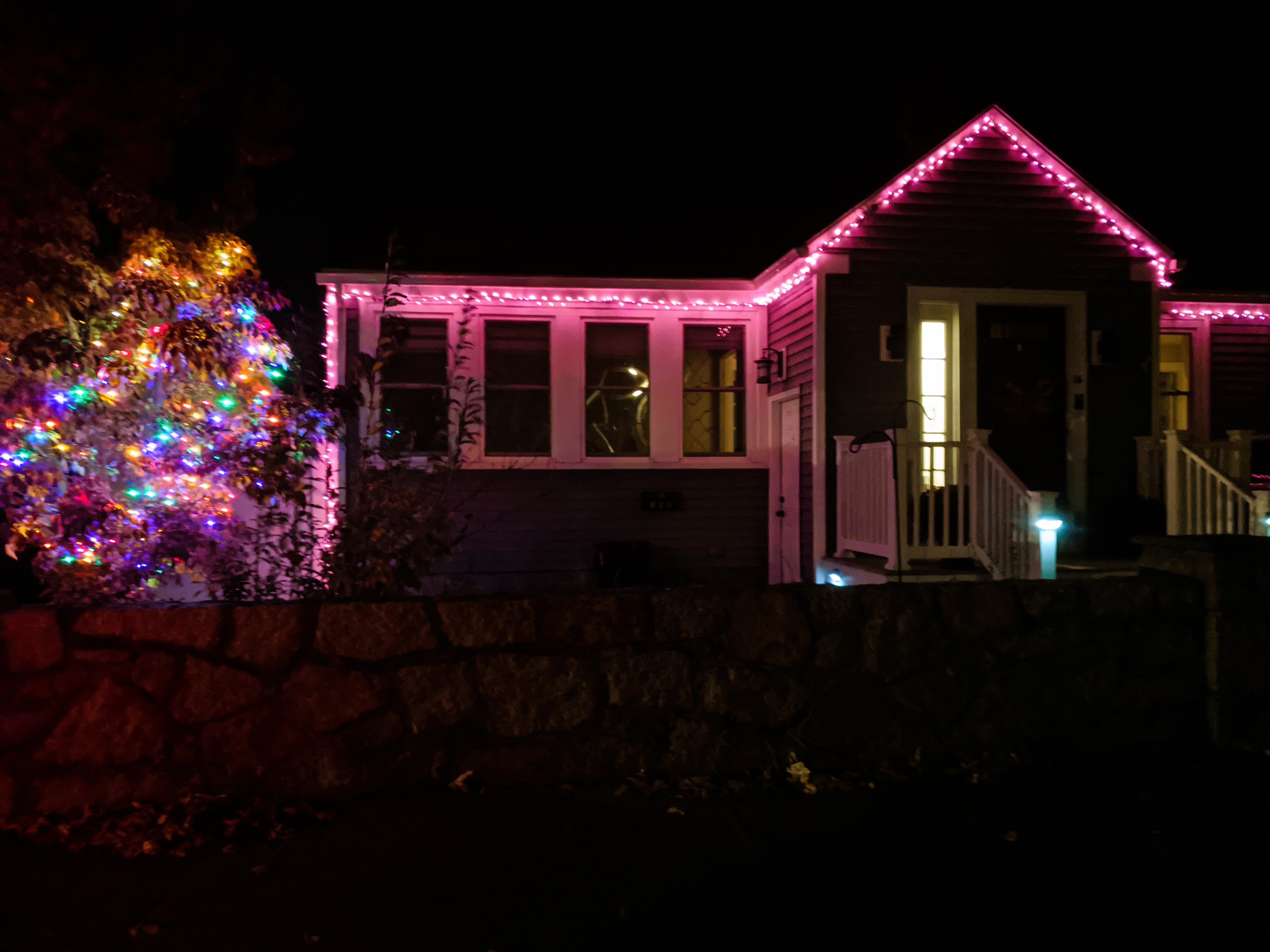
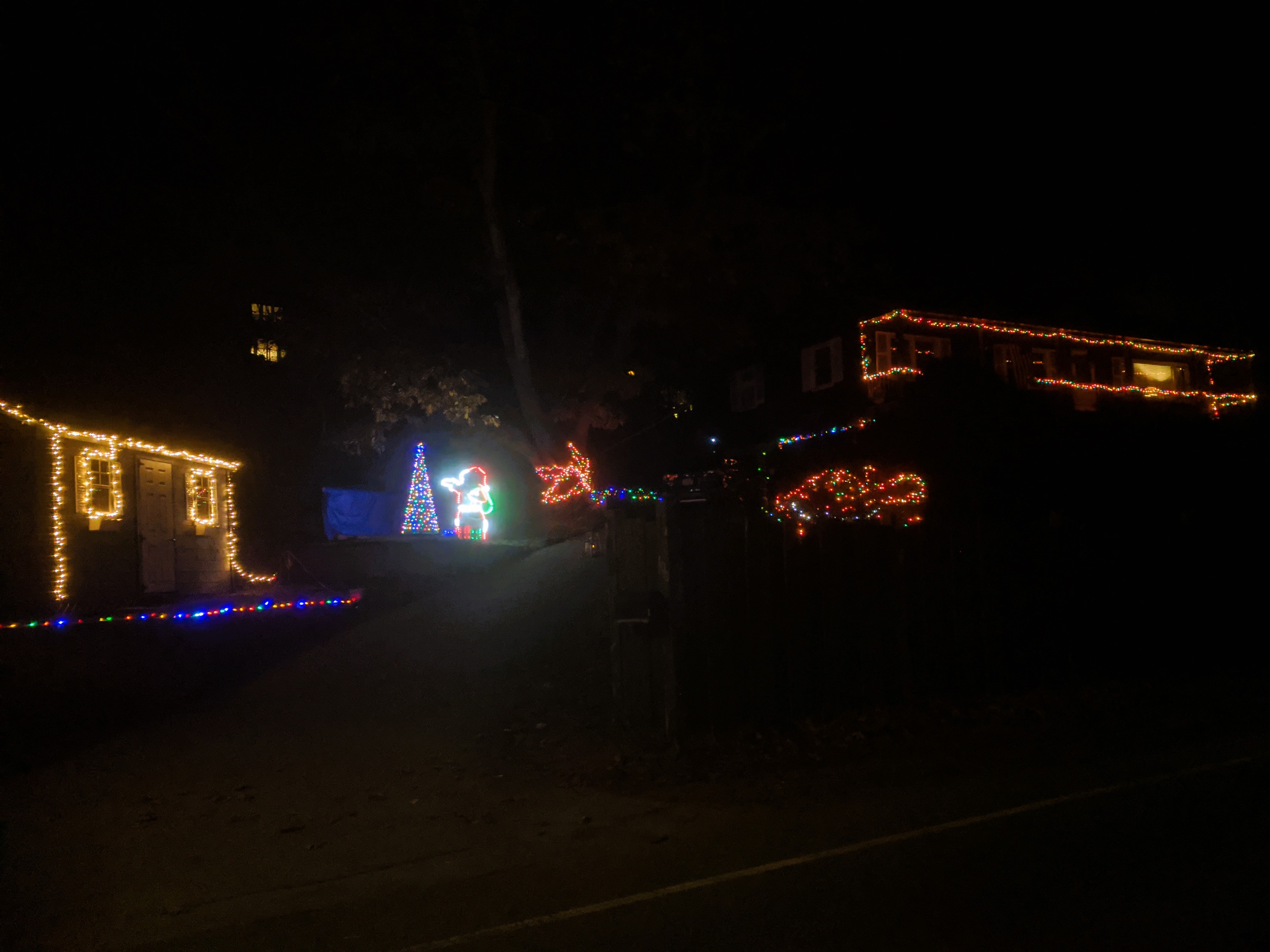
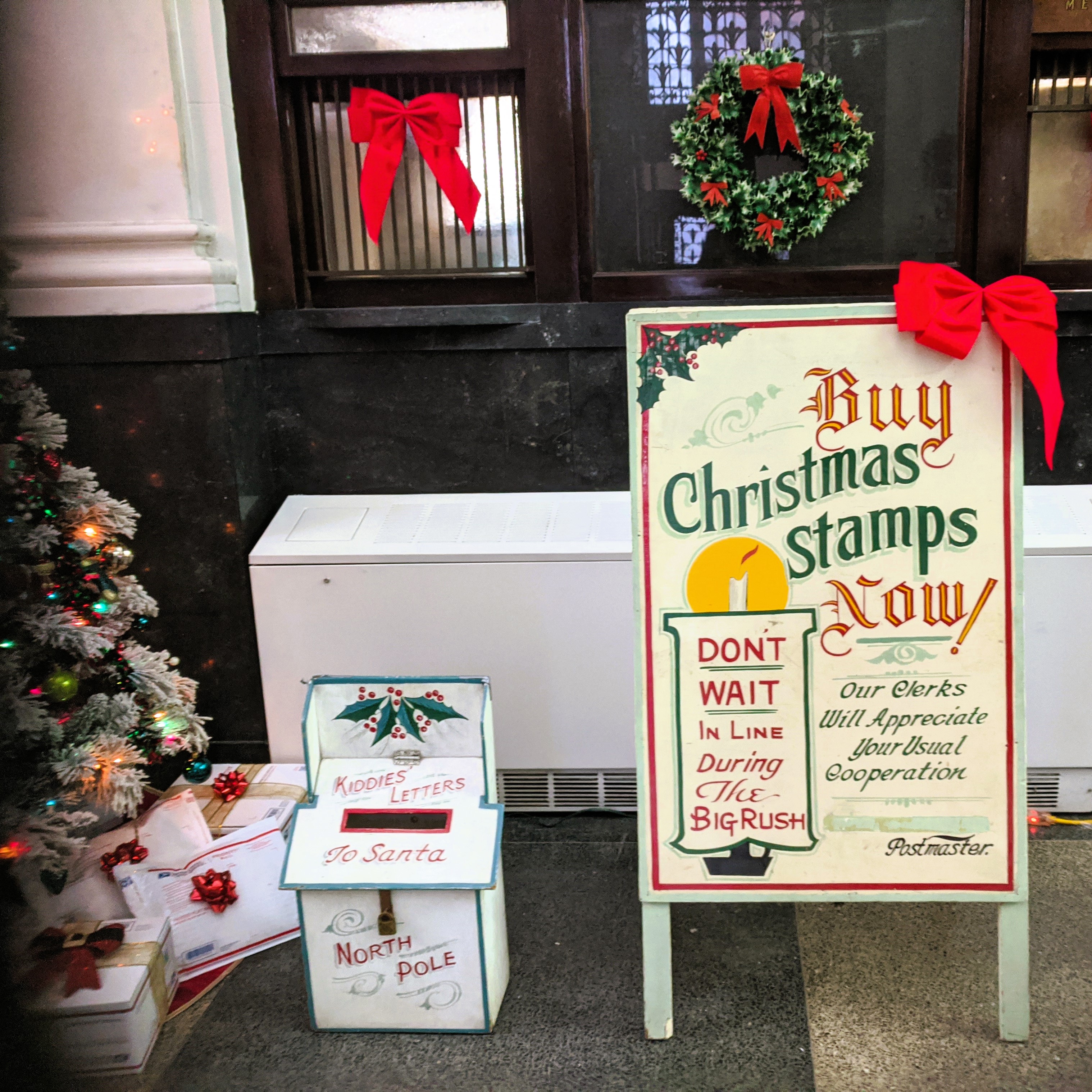
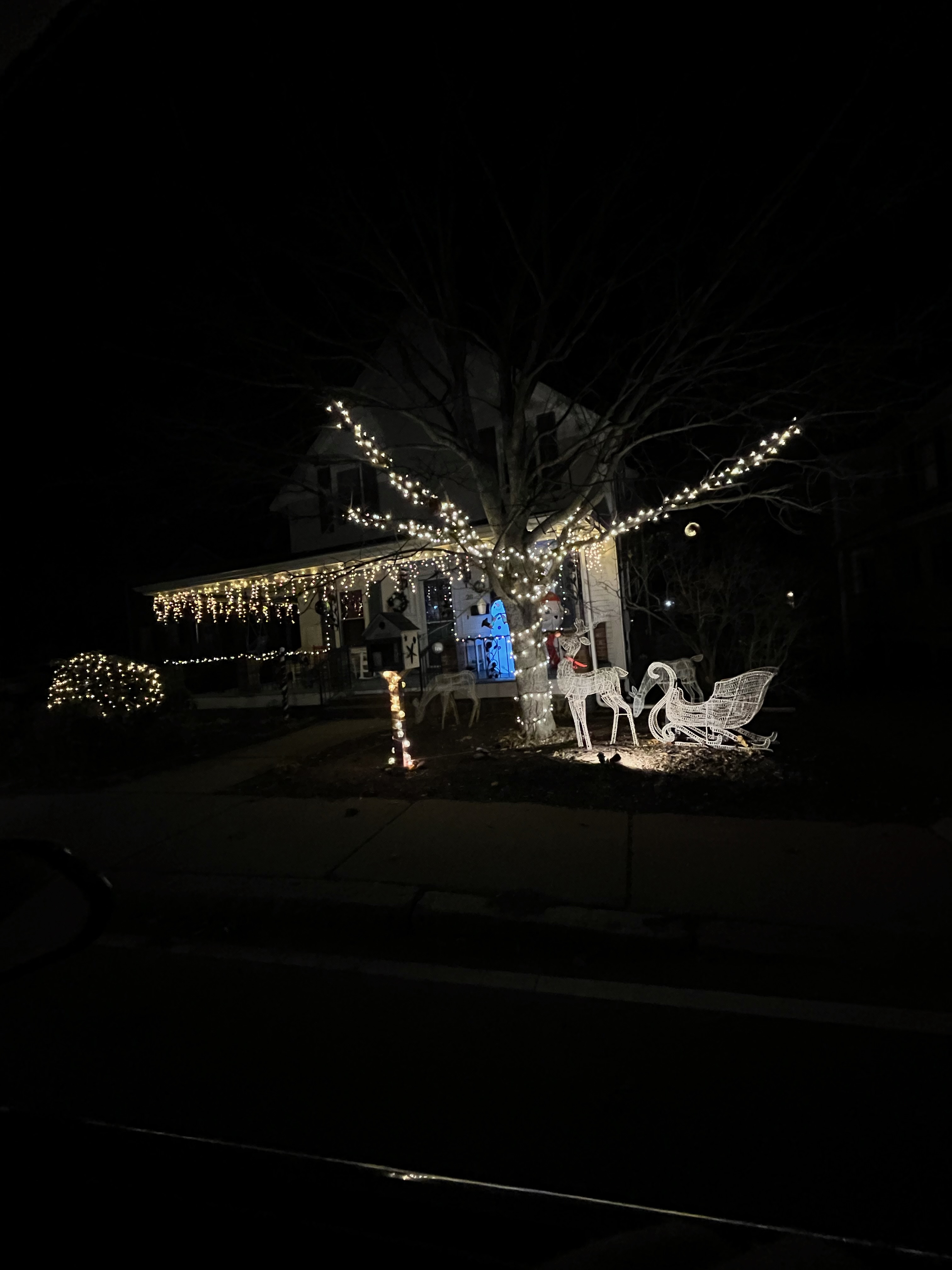
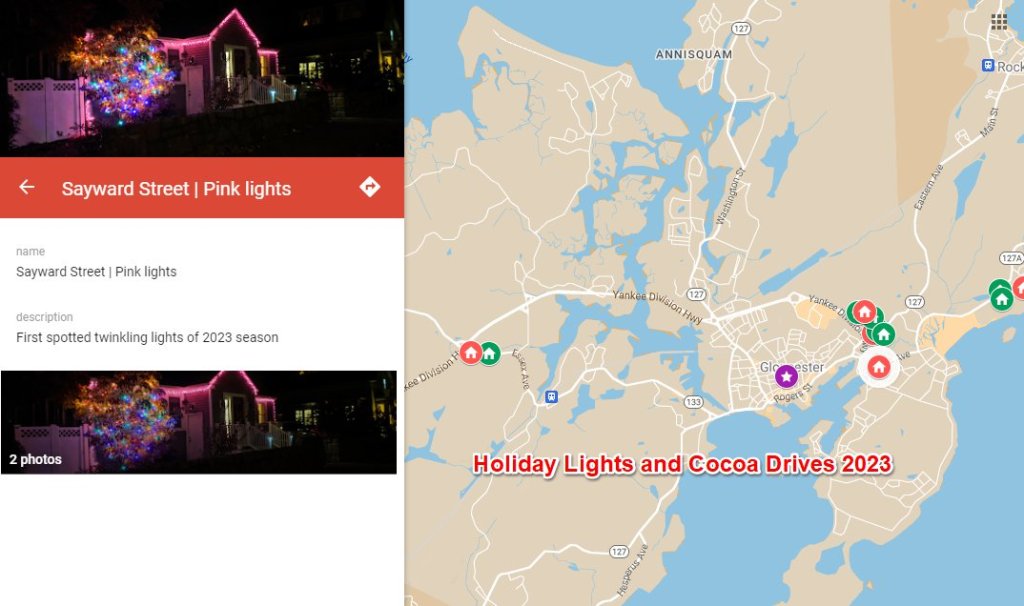
In addition to the area’s rewarding drives past cheery homes, beautiful seasonal tree lightings and festive sparkling downtowns are bustling with activities.
2023. Annual events (days and times differ year to year)
American sculptor Walker Hancock volunteered in many civic capacities while a Gloucester resident. While serving as the Chair of the city’s Art Committee in the 1950s, Hancock prepared a Master Plan that managed to forecast an array of evergreen topics: land use, zoning, preservation, open space, Main Street & downtown, public monuments, an arts commission, city improvements (like signage), beautification (trees and blooms), health & safety, tributes, and history– and all through a practical cultural and economic vision.
Robert F. Brown, Harold C. Dexter, Myron U. Lamb, Frederick H. Norton served on this committee with Walker Hancock.

As a World War Two Monuments Men leader, Hancock had overseen the prioritization, protection, and eventual inventorying of tens of thousands of cultural works of significance looted by Nazis. A decade later, cataloguing Gloucester’s plentiful assets was a rather small job for this talented committee–especially with Hancock serving as Chairperson! A brief few sentences from this amazing document allude to his expertise:
“During the Second World War the Allied Expeditionary Force acted under a directive signed by General Eisenhower which required them “To take all measures consistent with military necessity to avoid damage to all structures of cultural, artistic, or historical value, and to assist wherever practicable in securing them from deterioration consequent upon the processes of war”.
To implement the directive of the Supreme Commander, lists of “Protected Monuments” were prepared, designating buildings of sufficient importance to justify the efforts to preserve them even during military operations. Many private houses were included in these lists.
We owe it to ourselves and to the Nation to be at least as solicitous in regard to our own heritage of such structures and to secure them wherever possible from deterioration consequent upon lack of appreciation or neglect.
Attached is a list of structures in Gloucester considered of sufficient architectural value to warrant special effort to preserve them. It is not a complete list and does not include many of the charming houses the destruction or mutilation of which would be a loss to the city as a whole…”
Committee’s Master Plan report (Chairman, Walker Hancock, for Gloucester, Mass., 1958)
Flash forward decades, from 2000-2023, multiple arts ordinances, inventories, and drafts of master arts plan were crafted and/or attempted. (Prior to 2000–and prior to Hancock– there were wonderful asset inventories. Gloucester has amazing archives!) I served on multiple arts related groups and commissions (roughly 2010-2018), the downtown Cultural District, Tourism, and various downtown working groups. Numerous ideas and topics now were covered in this 1958 report, and would have been extremely helpful to reference.
With the upcoming 2023 Comprehensive plan underway and the first public meeting coming September 9th, I thought the writing from 1958 would be of great interest. Read through to see what suggestions have been realized or incorporated and which might be worthy of attention again.
Image: For the 1958 report, artist Betty deVicq provided a rendering for a potential beautication of the Fitz Henry Lane House.
Contents
The following resolution was adopted on unanimous rising vote by the Municipal Council at its meeting in the White-Ellery House on August 1, 1957,
“Be it resolved that the Cape Ann Historical Association, together with other groups and individuals, recommend from time to time to the city Council and its successors their ideas and plans for similar improvements of the city of Gloucester in order that the Council may adopt all or part of said recommendations in furthering their overall plans for the future of the city.”
In 1606 Champlain named our Cape “Le Beauport”. For 334 years since that time Gloucester’s economic welfare and tax revenue have resulted directly or indirectly from the fishing industry and the recreation business. Our population now is the same as it was in 1890.
Because of modern transportation and Route 128, it is very probably that our historic economic pattern will change. Along with it will be a physical change.
The greatest success in any venture is the result of planning and preparedness. The most intelligent action we can take at this time is to plan our city for a changing economic pattern and a possible increase in year round population from 26,000 to 40,000.
Such plans revolve around the City Planner and the Planning Board. This report is to support the work of these people and to go one step further in a ld that is ordinarily beyond their scope of activities, but is an important adjunct to it.
Its purpose is to preserve and enhance the reasons why tourists come to Gloucester, why people will choose to live here and commute to their jobs, and many an industrialist would choose to locate his new plant here.
The subject can be called the preservation and furtherance of our aesthetic advantages, or the protection of the beauty we now have and will have. Its aim
is making the most of our natural beauties in contrast to the stereotyped and ugly procedures in other American communities.
The proposals contained in this report are based on two fundamentals: beauty and cost. Many can be adopted in the normal course of planning with no cost beyond that which would ordinarily be created, such as road signs. Others, such as a Recreation and Art Center, can be provided for as to location and adopted when cost permits. Some proposals can be adopted by the Council, some by private citizens.
B. Zoning – Careful zoning of “raw”, or undeveloped, land offers any community the means for preventing overcrowding of the land that has been the common practice in all cities and towns in the past. Until 1916 there was almost no control over what a man might do in the development of his own land. He could break it up into as small lots as he could sell and the result was the problems we face today with slums and deteriorating old neighborhoods everywhere. In 1916, the first zoning ordinance was put into effect in New York City, the need for which had arisen from the greediness of land owners and landlords in building the tenement districts on the East Side of New York.
Bitterly opposed at first as a blow to personal freedom in ownership of property, zoning laws have spread all over the world and are now considered as necessary in urban life as a law prohibiting driving on the wrong side of the street.
Zoning legally is based upon the police power to provide for the health, safety, and welfare of the public. Until recently there has been no legal basis for regulation with purely aesthetic ends in view, but within the last few years there have been opinions handed down by the courts that a community has some legal right to regard aesthetic values. Heretofore the courts have held that aesthetics are strictly a matter of taste – “What I detest, you may adore”. Hence there have been no legal standards in aesthetics. In the years ahead, however, they will be as binding as other matters covered by zoning laws.
A phrase now included in most zoning ordinances, “and to provide for the communities”, gives a legal foothold to the aesthetic considerations of the use of land.
Zoning can regulate the size of building lots and so do much to provide more space and light and air in residential areas. It can segregate different use of land and prohibit incompatible uses anywhere, such as residential use in an industrial area, as is usually the case in modern zoning ordinances, and
Land Use – 3
Prohibiting industrial use in a residential area.
In Gloucester, there is need for increasing, through wise zoning, the minimum lot size throughout parts of the city. At present 10,000 square feet constitute the minimum sized house lot in new developments. Recorded or registered lots of 5,000 square feet are still usable, and there are many of them.
In those parts of Gloucester still undeveloped, future sewers are “economically impracticable”, to quote a recently completed survey of the sewer needs of the city, and for this reason alone lot sizes should be increased in some parts of the city from 10,000 to 20,000 square feet per lot. Lot sizes in these categories would result in future years in preserving much of the present character of Gloucester which make it such an attractive city in which to live. The recent zoning of the Eastern Point section for 40,000 square foot lots makes certain that the general character of that portion of the city will not change.
From an economic point of view it should also be borne in mind that small houses on small lots contribute less tax revenue than they require for municipal services while large houses on large lots are income producing homes. That distinction is in the vicinity of $16,000.
One current danger is that land which should be reserved for future residential development may be zoned for industrial use under the pressure that Gloucester needs industry and anywhere that it might go is the place to put it. In any future rezoning of raw land,
“we should make certain that all potential uses of it are considered impartially before making the final decision. The land is any community’s basic resource. We should protect and wisely use that resource in Gloucester in planning our future development. This is a job for all the residents of Gloucester, not just the planning board and the city council.”
1958 Committee Report for Gloucester, MA, Chairman Walker Hancock
Land Use – 4
A Citizen’s Council for city planning should be organized to work in consultation with the planning board to insure that the city’s comprehensive plan is in keeping with the best interests of the community, and to support the Planning Board in carrying it out. This council should be composed of a cross section of the various interests represented among the tax-payers of Gloucester, such as merchants, industrialists, real estate agents, home owners, educators, etc. Such a group, which should be as small as possible, consistent with balanced representation, would provide a democratic safeguard against infringements upon the best public interest.
C. Reservations.– The attractions that have made Gloucester famous a summer resort are not merely places for swimming and boating and other amusements. The appeal to the summer vacationist, as well as to people seeking an all year-round residence, of large areas of unspoiled woods, moorland, and shore without artificial “tourist conveniences” can hardly be overestimated. The existence on Cape Ann of such features has brought to our city great numbers of people who prefer them to the kind of tourist amusements offered, for example, by Salisbury and Revere beach. Our good fortune in having an established community of this character should be recognized in time to preserve it.
Fortunately, Ravenswood Park, Stage Fort Park, the Magnolia Shore Reservation, and Mount Ann have been saved for the future. Mr. Roger Babson’s recent gift to the Cape Ann Historical Association promises possibilities of making the main entrance to the city impressive, handsome, and of unusual interest to the tourist. Start has been made at Plum Cove by the action of the Municipal Council in setting the area aside for future use as a school site and recreational area. But these reservations would be far from adequate even for a city the present size of Gloucester were it not for the other open areas that will soon be lost to us unless some action is taken.
Land Use – 5
As an example of the kind of land that should be maintained in its present state, the southeast shore of Goose Cove may be cited. The changing beauty of the bank of flowering shrubs gives pleasure to thousands of passers-by the year round.
A much larger and more important opportunity exists in Dogtown.
D. Dogtown Common. – The Civic Arts Council strongly recommends that the Gloucester Municipal Council give serious consideration to the preservation of Dogtown Common as a permanent historical monument. We make this recommendation for the following reasons:
1)The abandoned village of Dogtown is a tourist attraction of the first magnitude. It is the only place in the eastern United States where one may see the original environment of our early settlers. As time goes on, this site will become of increasing importance in bringing visitors to Gloucester.
2)This area is of especial interest to those interested in nature, as it abounds in rare flowers and is inhabited by many species of birds and animals. The geologist finds this region of glaciation an important study area.
3)It is one of the duties of this generation to pass on to our children and grandchildren some areas of unspoiled nature where they may escape for a time from the pressures of civilization. Few cities in New England have the unique advantage of having such an areas within walking distance of its center. If the area is once in “developments” it can never be reclaimed.
4)It is feared that pressure for more land for homes and industry will soon irretrievable encroachment on this area. The only reason it has escaped so far is because of the excessive costs of putting in roads, water pipes and sewers. The area marked on the accompanying map, comprising Dogtown Common, is smaller in relation to the island portion of Cape Ann than is Central Park in relation to Staten Island. It is suggested that Municipal Council determine the owner-
Land Use – 6
ship of this land with the objective of acquiring it by
(1)forming a land trust (such as the Squam Rock Land Trust) where private subscription would raise the money for purchase;
(2) acquisition by the State, in which case the city loses its control over the area;
(3) direct purchase by the city as part of its park system
We feel that of the three alternatives it would be most practicable for the city itself to acquire the land.
During the Second World War the Allied Expeditionary Force acted under a directive signed by General Eisenhower which required them “To take all measures consistent with military necessity to avoid damage to all structures of cultural, artistic, or historical value, and to assist wherever practicable in securing them from deterioration consequent upon the processes of war”.
To implement the directive of the Supreme Commander, lists of “Protected Monuments” were prepared, designating buildings of sufficient importance to justify the efforts to preserve them even during military operations. Many private houses were included in these lists.
We owe it to ourselves and to the Nation to be at least as solicitous in regard to our own heritage of such structures and to secure them wherever possible from deterioration consequent upon lack of appreciation or neglect.
Attached is a list of structures in Gloucester considered of sufficient architectural value to warrant special effort to preserve them. It is not a complete list and does not include many of the charming houses the destruction or mutilation of which would be a loss to the city as a whole.
In the eyes of posterity the Universalist Church, the birthplace of Universalism, will undoubtedly be the most important monumental building that the city possesses. Its exceptionally fine proportions and detail and the great beauty of its tower make it one of the precious examples of American architecture of its period. The City Hall and the Church of Our Lady of the Good Voyage are both Gloucester landmarks of special significance–the former because of the impressiveness of its mass and dominant position which it occupies in the city, the latter because of its carillon, its twin towers, and celebrated statue. The towers of all three of these buildings have been made famous by countless paintings which are shown all over the country.
Gloucester has few residences of the architectural pretentious of many in Salem and Newburyport. Nevertheless, it contains many old houses that have a distinctive quality that contribute more than is generally realized to the
Buildings and restorations – 2
Character of the city . Many such houses have already been superficially spoiled. It would be possible to restore most of the houses that have been unwisely covered with substitute materials by the use of appropriate siding and painting. The Civic Art Committee holds itself ready to advise on the proposed alteration or restoration of any such building. The aid of this Committee is proffered in cases where community effort is needed to restore churches designated in the list by brining to the attention of citizens the importance of the project.
The west end of Main Street offers a remarkable opportunity for restoration that would give real distinction to the neighborhood near the Legion Hall and the Town Landing. The brick houses on the water side from Town Landing to the STrand Theater were built in 1832, the result of a friendly agreement between the families concerned to create an entire street front that should be harmonious. It would require only a similar public spirited move on the part of the present owners and a surprisingly small investment of money to put back street floor entrances and windows as they were originally and make the west end of Main Street an inviting section of the commercial district. If private initiative and means are lacking, some of the uses suggested for certain of these buildings are: a community art center, another club or meeting place, a fisheries museum – or the whole area might be revitalized as a shopping section. This is an opportunity that should not be wasted.
Enclosed is a sketch of the Fitz Hugh (sic) Lane House dominating a parking lot in the Locust Street area to show how the restoration of a historic site can be effectively combined with modern commerce.
Among the new buildings needed in Gloucester, a Recreation Center and an art Center are of prime importance. It is hoped that the sites, at least, for these projects can be determined in the near future with a view to arousing the necessary public interest to insure their eventual realization. Again, this committee stands ready to advise on the location or design of such buildings.
Illustration: Betty deVicq drawing circa 1958 [rendering of potential restoration of “Stone jug” on Ivy Court, overlooking Duncan street, the former home and studio of Fitz Henry Lane.]
The commercial center is of vital economic importance to Gloucester. It has already been pointed out that commerce and industry provide more tax income to the city than the municipal services they require while the opposite is true of residences. If the commercial center has the right combination of tangibles and apparent intangibles, it will cause more people to use Gloucester’s Main St. area than other shopping centers or areas, with the resulting financial benefit to the city itself.
Few cities in the country built their commercial centers after the invention of the automobile. Therefore, all cities are in some stage of tearing down buildings in their race to overcome the competition of spacious shopping centers. Our merchants and city government are making progress with the traffic flow and parking problems. We all realize there is more to be done. That is not the province of the Civic Art Committee, yet that group would not hesitate to suggest to the planners and the merchants a bold plan to consider.
There are more reasons than traffic, parking, merchandising and sales promotions which cause shopping in one city rather than another. A local citizen touring the country would observe the commercial centers of certain communities which create an impulse to stop while others created an impulse to hurry on through. That intangible element is usually carefully planned. It might be the limitation on height of all the buildings. The observer might notice that the store signs are limited in size or in color or that none of them blink. Perhaps the eye-appeal is due to set-backs from the sidewalk with grass and landscaping or cool shade trees. It might be harmonious store fronts.
The large shopping centers today with their circumferential parking have done their best with landscaping to create eye-appeal and pleasant shopping, yet that artificial attempt does not compare with natural beauty of our Middle Street, and its irreplaceable old buildings on one side of Main Street and the colorful
a. Street Signs
Where commercial directional signs are required they should be painted under city supervision and placed by the city in locations designated by the Planning Board. They should not be scattered. Instead, they should be grouped together in tiers on sign boards or post specially constructed in order that changes or additions may easily be made. The color and type of lettering used should be established by the city. Uniformity in these would avoid confusion, contribute to the orderliness of the city, and give equal advantages to all concerned. The cost of these signs would be borne by the parties requiring them.
Illuminated signs may become a great nuisance even at a distance. The utmost consideration should be given to the control of such signs; and even though they be located in commercial districts, they should not be placed as to be noticeable from residential areas.
Improvements–2
There is an opportunity even in the simplest lettered sign to add an attractive feature to a building. Among the examples of good commercial signs in Gloucester are: The Folly Cove Designers, Cape Ann Fruit Company, Hatfields Color Shop, the Captain’s House, Gloucester Marine Exchange, and the Cape Ann National Bank.
“The concept of the public welfare is broad and inclusive. The values it
represents are spiritual as well as physical, aesthetic as well as monetary.
It is within the power of the legislature to determine that the community
should be beautiful as well as healthy, spacious as well as clean, well
balanced as well as carefully patrolled.”
b. Fences. – Fences, like signs, can greatly mar an otherwise fine street or landscape. On the other hand, a fence can be made good-looking as well as strong with little or no difference in cost. Unfortunately there has been no consistent consideration given to the appearance of fence built by the city. They range from handsome granite walls that would do credit to any community in the world to unsightly rails along some of our finest shore drives.
Types of heavy fences have been developed for parkways strong enough to keep a drunken driver from running off the road, but which actually add to the attractiveness of the landscape. Here, as in the case of signs, the background
Improvements –3
should be taken into consideration in selecting the appropriate type of construction.
c. Trash containers. It is hoped that an awakened city pride will result in some degree of care about the disposal of rubbish. Trash containers, strategically placed, will help as reminders as well as to provide the means of easy rubbish disposal. However, the trash containers themselves should not be unsightly. Sufficient attention can be directed to them without the use of garish colors. White lettering on dark backgrounds will generally be found preferable.
d. Cleaning and Policing of Roads. – Miles of gloucester’s scenic shore roads are constantly littered with rubbish. Strict enforcement of existing ordinances with some exemplary prosecutions, should go far toward correcting this situation.
e. Place Names and Markers. – It is an important duty of the community to keep alive in the minds of its younger people the achievements of citizens who have brought honor to it in the past. Place names and monuments are a perpetual reminder of the example of courage and moral strength set by our forbears. As the names of Washington and Lincoln give inspiration to the nation, so should the names of Gloucester’s courageous sea faring men inspire this and future generations of our citizens. These men should be memorialized in the names of new streets, squares, and traffic circles that will be added to the growing city. In addition to the name, markers should recount briefly the heroic act for which each man is remembered. Among those who should be honored in this manner are Howard Blackburn, Marty Welch, Alfred Johnson, Clayton Morissey, Sol Jacobs, and Alden Geale; and there are other men still living who should be given the same recognition.
“The sites of the old shipyards, about a dozen altogether, should be appropriately marked, to include the names of the more famous schooners built at that location. Site marking should be carried to other locations of interest, such as the Steamboat Wharf at Duncan’s Point.”
This would have been great incorporated into the HarborWalk markers–and a wonderful Schooner Festival trail brochure.
f. Planting. There should be more to the city physically than building walls
City Improvements —4
and the barren pavement of streets and parking lots. To be desirable as a place where people like to live or visit it must be attractive, and much of a city’s attractiveness comes from its parks and other open green spaces and, particularly, from well-cared for plantings of flowering shrubs and street trees.
Gloucester’s elms were once the glory of the city. Within the lifetime of single generation of hundreds of trees have been lost to disease, neglect and street-widening with no adequate financial program for replacement, feeding and yearly care to prevent destruction by disease.
The trees in the yard of City Hall are good examples of what can happen to good trees. The pavement of the parking area surrounding City Hall surrounds the trees to their trunks. They are never fed. Water cannot reach their roots except in very small quantities and the results are shown in their drying branches.
When Rockefeller Center in New York was built, the way was shown for the proper care of street trees. Large pits of well fertilized soil were prepared with plenty of humus for the retention of moisture and to provide adequate aeration of the roots. The surface of these tree pits was covered with widely spaced paving blocks set in sand so moisture and air could easily penetrate to the roots of the trees. The trees have thrived, even on Fifth Avenue.
Our own trees, in City Hall yard and elsewhere in the city, would take on a new lease of life if they could be treated in the same way.
Gloucester has an unusually favorable climate for plants of all kinds because, being surrounded by the sea, its climate is tempered and always contains a good percentage of moisture. We can grow here many species of trees and flowering shrubs which do not thrive in more inland communities.
Many communities, particularly in the South and West , have become famous for their vigorous program of beautification through attractive plantings. As much attention is paid to the maintenance of the parks, trees and shrub collections
City Improvements —5
as is paid to the maintenance of city streets. Such programs pay off in dollars because these communities are more desirable in which to live and do business and because their excellent plantings make them more attractive.
In Gloucester it would be worth our while to develop a long range plan of beautification of the city through planting of street trees, collections of appropriate flowering shrubs in our parks and as settings for our public buildings, and to relieve the barren deserts of our public parking lots. The yearly cost need not be great and would be amply justified by the improvement in the appearance of our city.
e. Care of Burying Grounds – In the very center of the city, one off Church Street, the other off Prospect Street, there are two early 19th century burying grounds which are a disgrace to the community. These places have been used as dumps for the last fifty years or more. In the Church Street cemetery certain caved-in brick vaults are a hazard to the children who play around them. From time to time all kinds of rubbish, bed springs to garbage, have been thrown into them. The Prospect Street cemetery, exposed to public view, is merely a large tract of unkempt grass and weeds scattered over with broken gravestones. Children use it as a playground. It is, in fact, an ideal place for a playground and a small park, greatly needed in the congested heart of Gloucester. Planting could make it a beauty spot at relatively small cost. In answer to the legal problems that such a project would entail, it should be noted that the Babson School was built on an old cemetery.
The ancient burying ground entered from Centennial Avenue is in worse condition then the one on Church Street. In it are buried soldiers of the Revolution and the War of 1812, the architect of the Universalist Church, and the citizens who built it, as well as many of Gloucester’s founders and benefactors who deserve to be remembered for what they did for the city.
In order to safeguard the appearance of the city and to carry out in detail many of the points previously mentioned in general, it is recommended that Gloucester follow the successful example of many American cities by instituting a Civic Art Commission to advise on all municipal matters involving aesthetic considerations. This is necessitated by the fact that such an unusually large proportion of this city’s economic resources and attractions are of an aesthetic nature.
The Civic Art Commission would be composed of seven members appointed by the Municipal Council on the recommendation of the Council of the Arts. The City Planner would be a member ex officio. The remaining positions would be filled by a business executive, an authority on architecture, an artist, a representative of the garden clubs, a representative of the Cape Ann Historical Association, and a citizen at large. Where appropriate, a qualified university or technical school professor could be appointed. Except in the case of the City Planner, terms would be for three years, two members to be replaced each year.
The Civic Commission would:
Public Art Commission —2
“Work of Art” would include all paintings, mural decoration, inscriptions, stained glass, statues, reliefs, or other sculptures, monuments, fountains, arches or other structures intended for ornament or commemoration.
In all matters pertaining to work under a city department, the head of that department would temporarily act as a member of the commission but would have not vote.
The Commission would not be an enforcing agency. However, permits from the city would not be issued until matters within the province of the Commission were approved by all.
“If the Art Commission failed to act upon any matter submitted to it within sixty days after such submission, its approval of the matter submitted would be presumed.“
Walker Hancock & Committee, 1958 (simple and easy sentence!)
The accompanying chart of the organization of the Municipal Government shows how the Cape Ann Arts Council and the Civic Arts Commission would fit into the organization of the city.
Following is a list of old structures in Gloucester exemplifying the styles of building that contribute greatly to the character and charm of the city. Special effort should be made to preserve these and others like them, as they will become increasingly important in the future.
The list is by no means a complete one. In some parts of the city, such as Annisquam, the number of interesting houses makes a choice of the best examples very difficult.
Fortunately, most of the houses here listed are well cared for. Some, however, are neglected; some have been inappropriately restored or altered; some have been unsuitably painted.
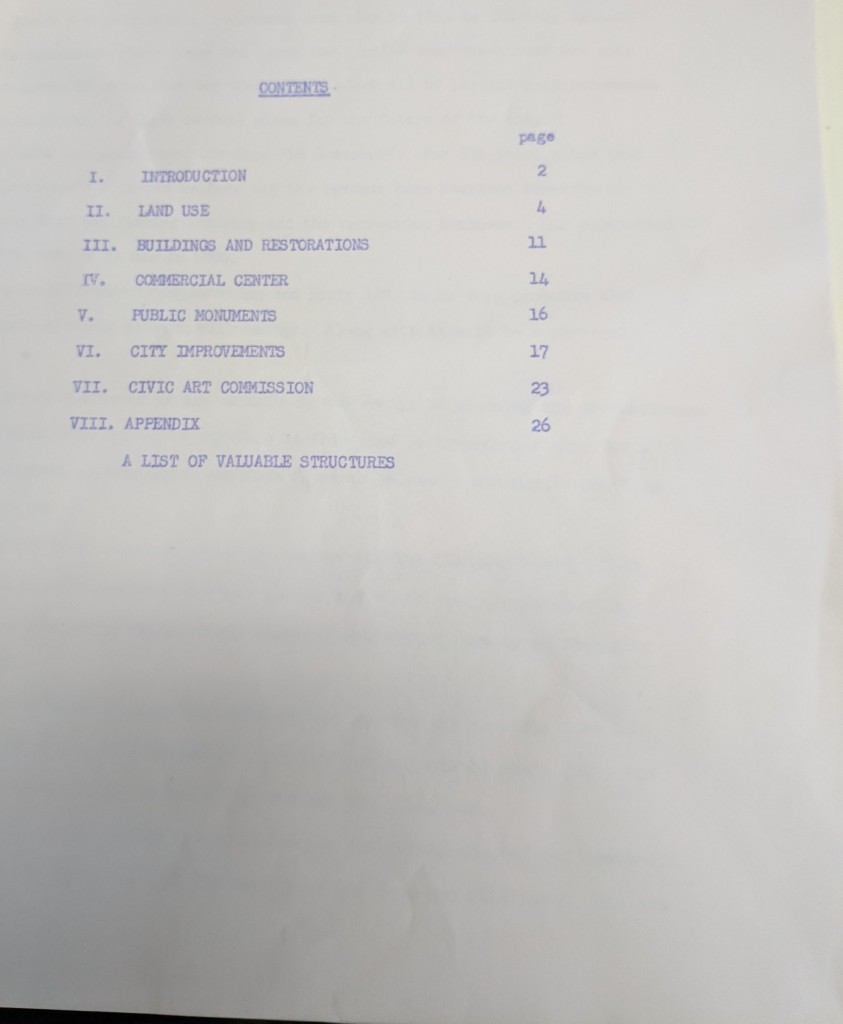


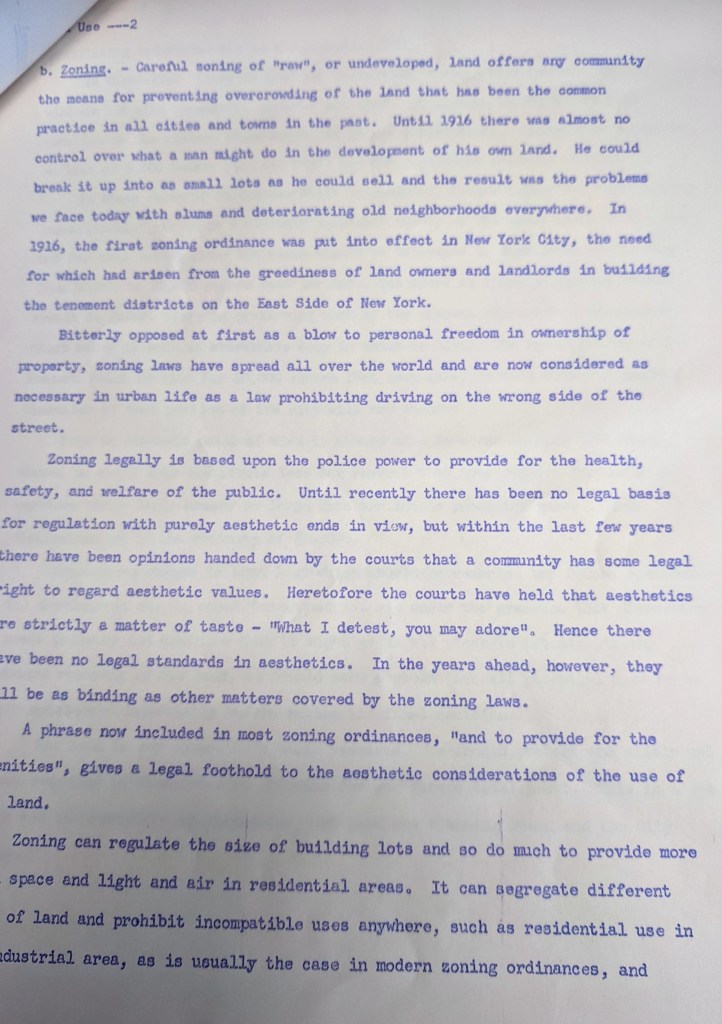
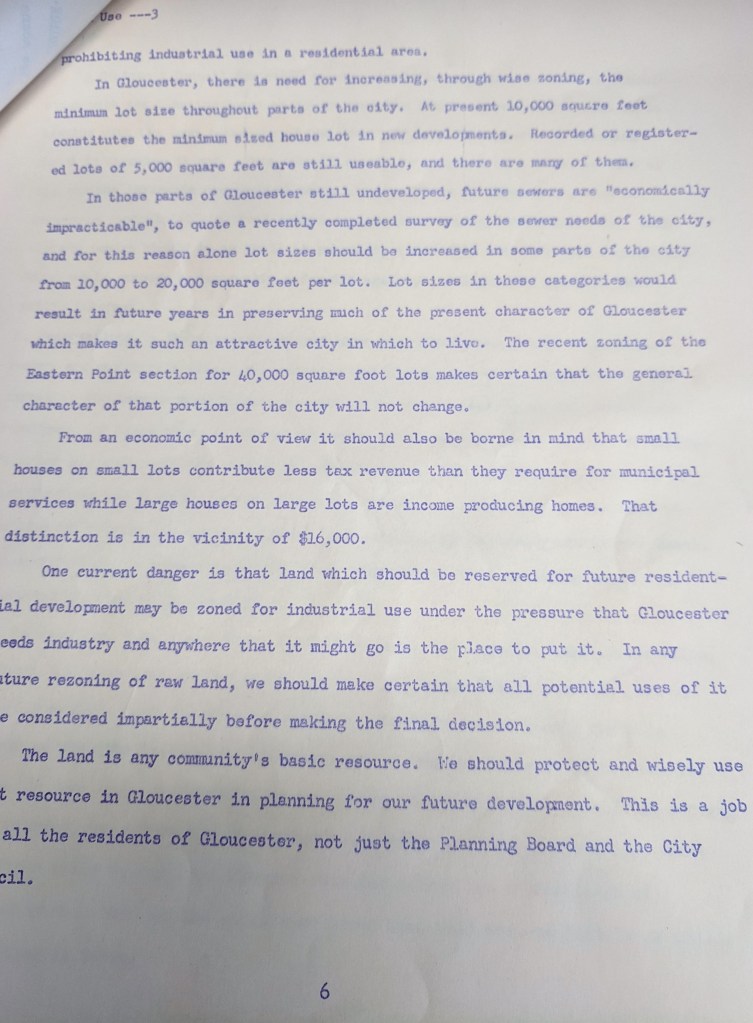

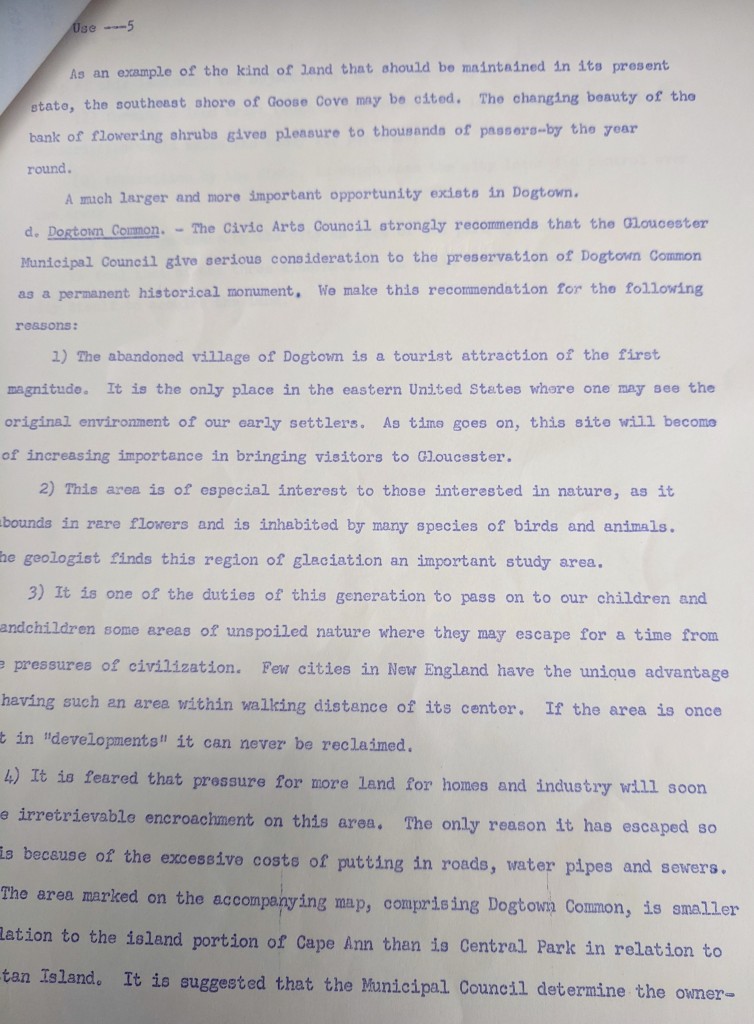
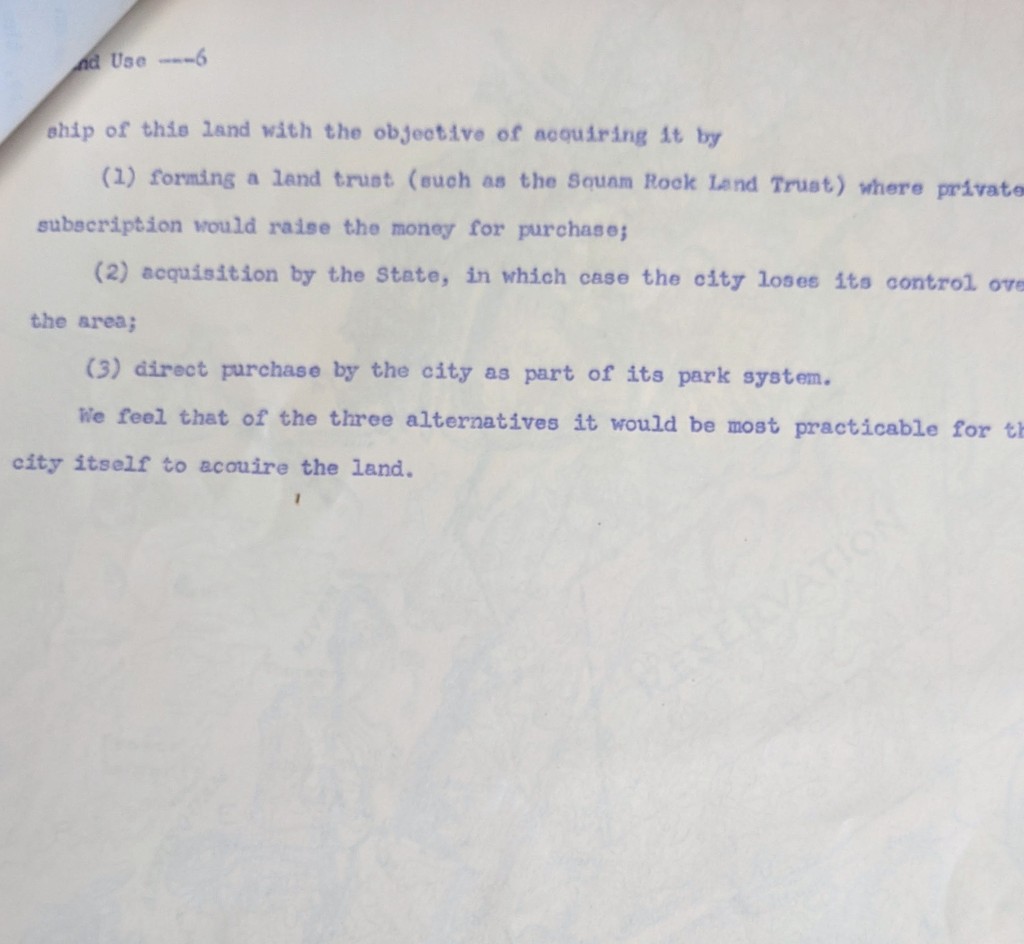


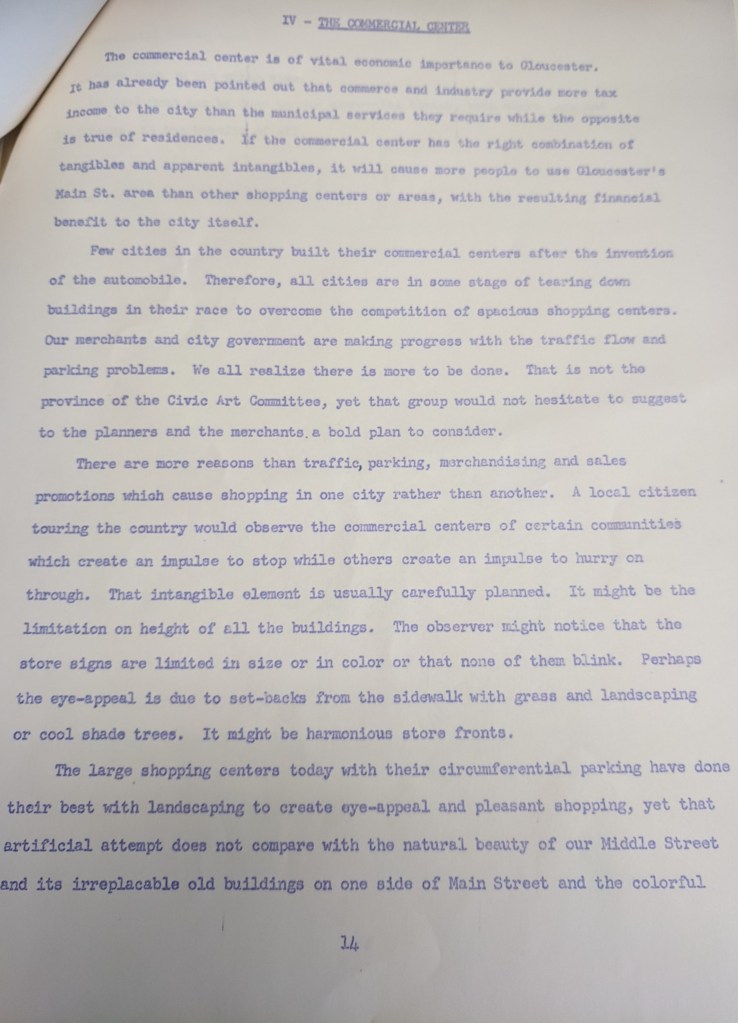

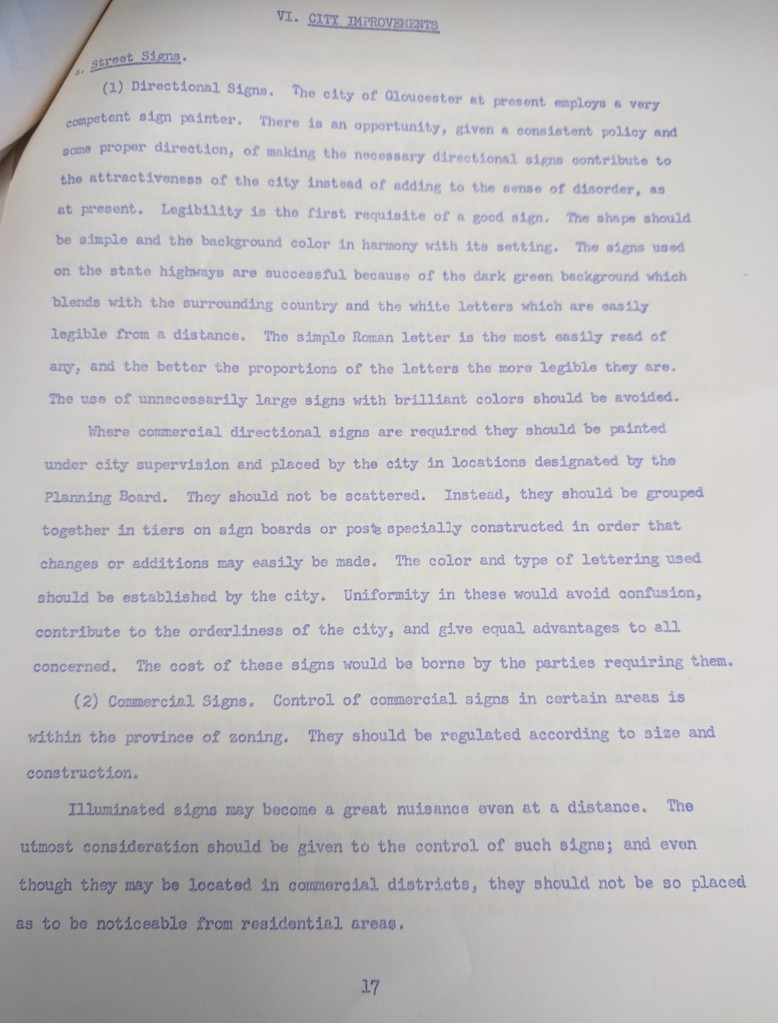


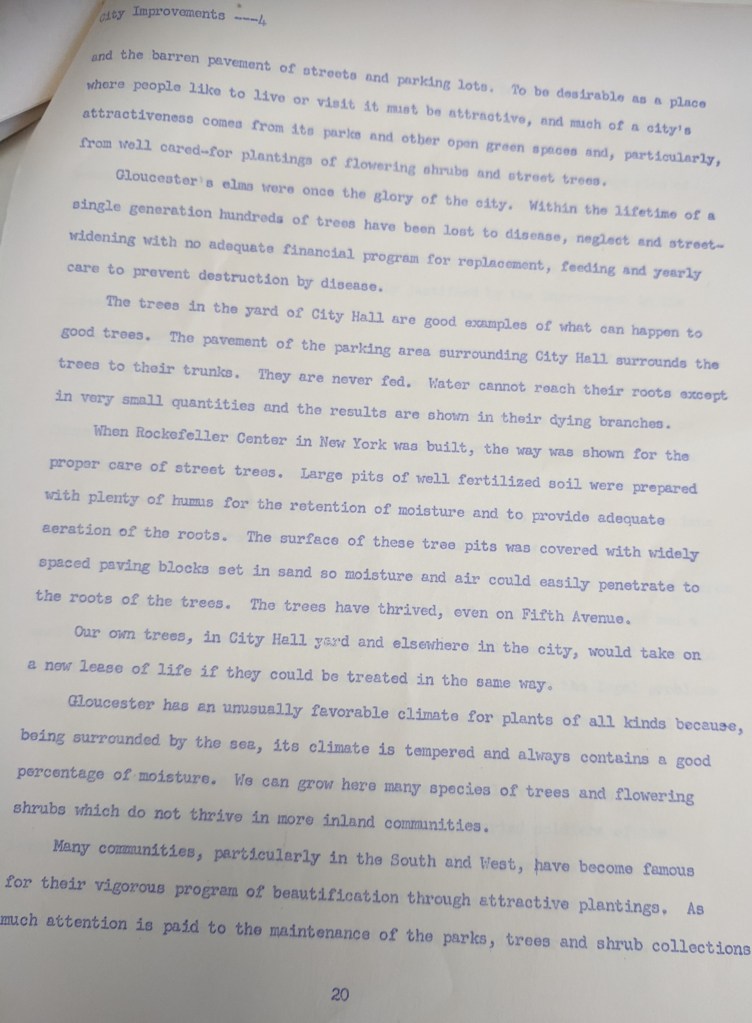

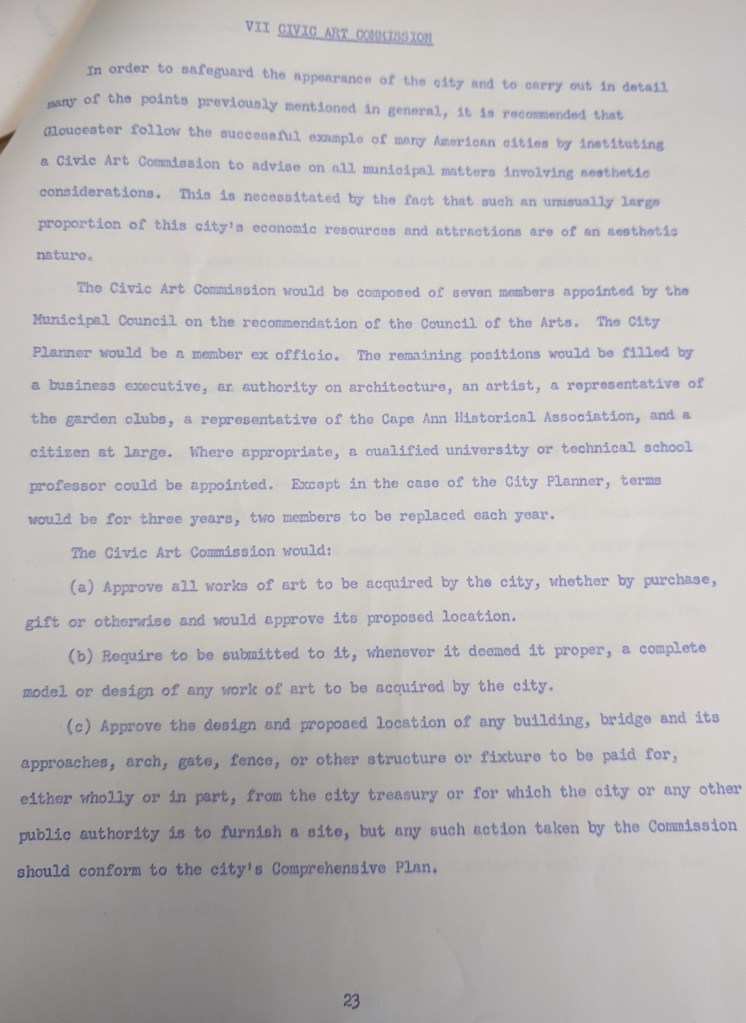
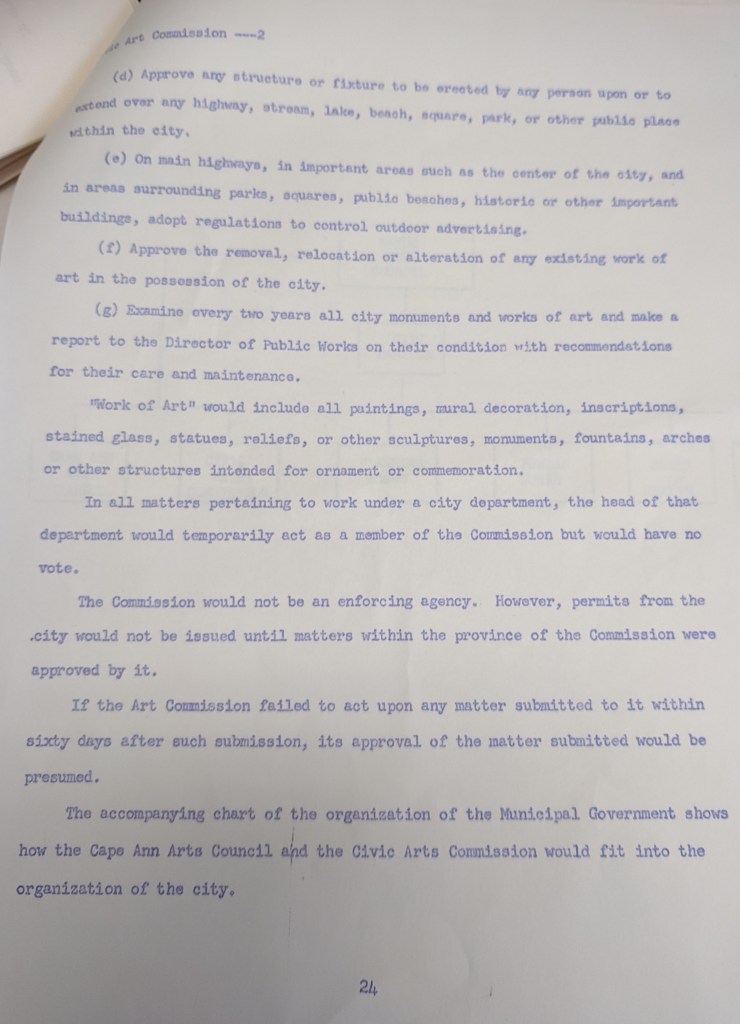
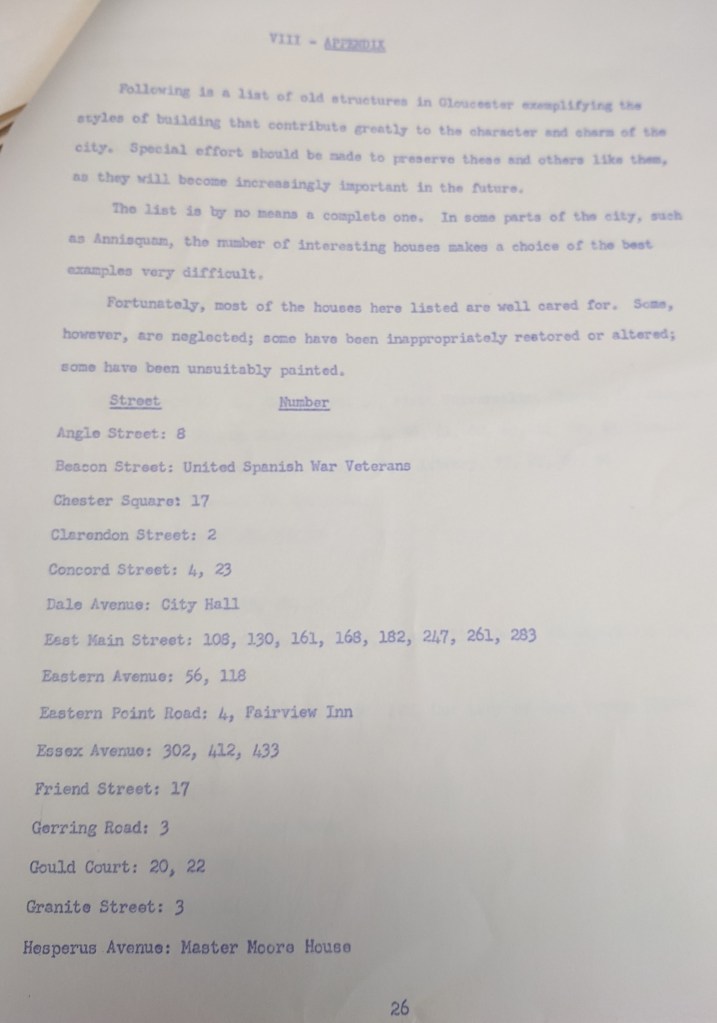

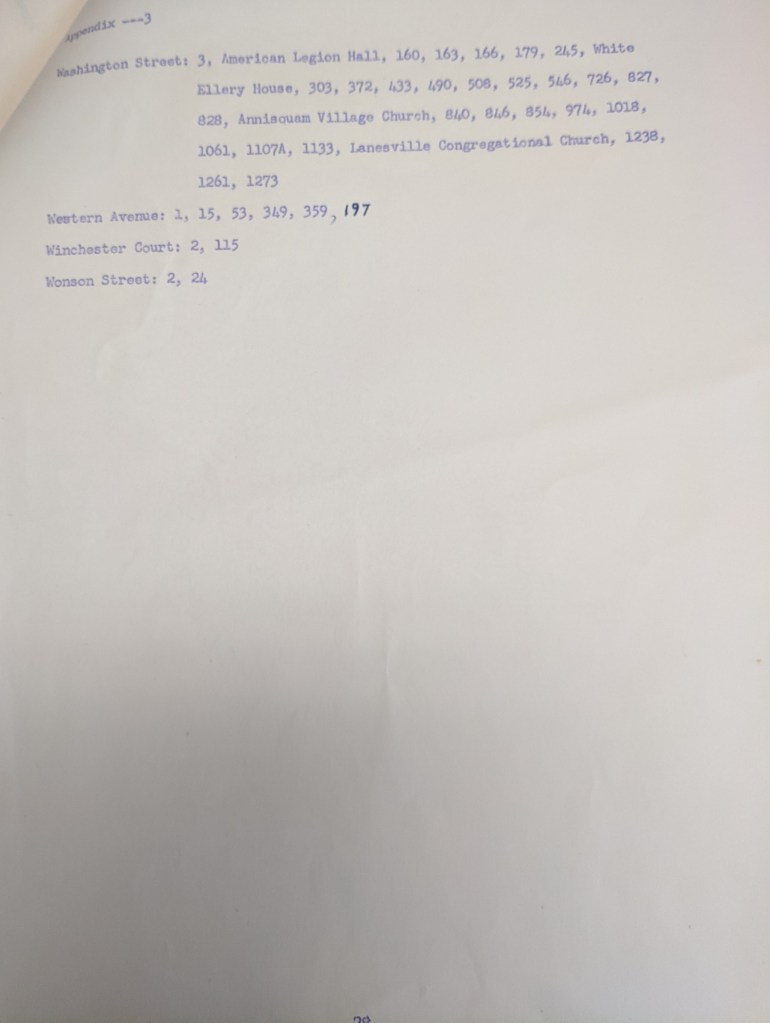
Red, white and blue. Historic homes and cottages.
photos: Gloucester, Mass. Stacy Boulevard
photo: red, white, blue Long Beach cottages, Rockport July 2023


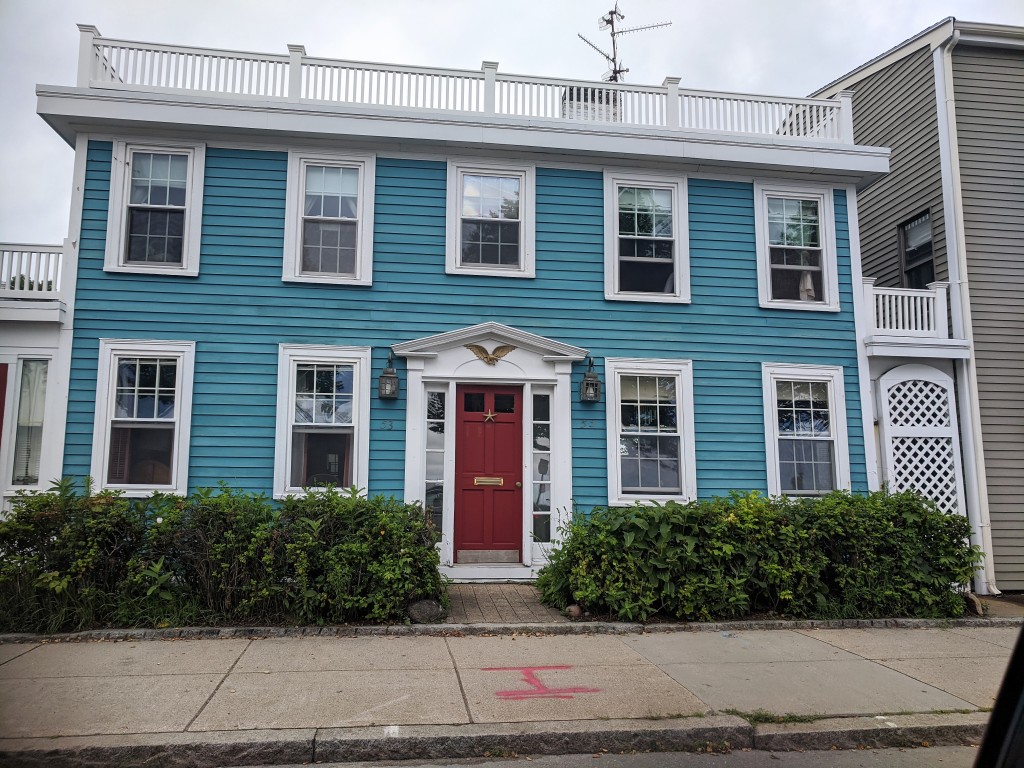

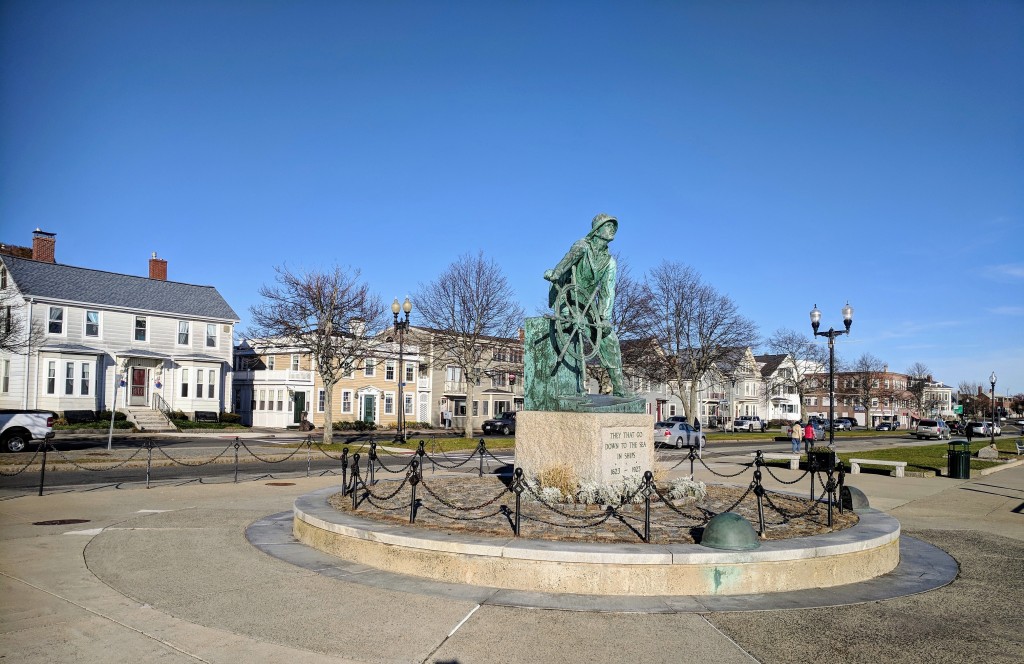
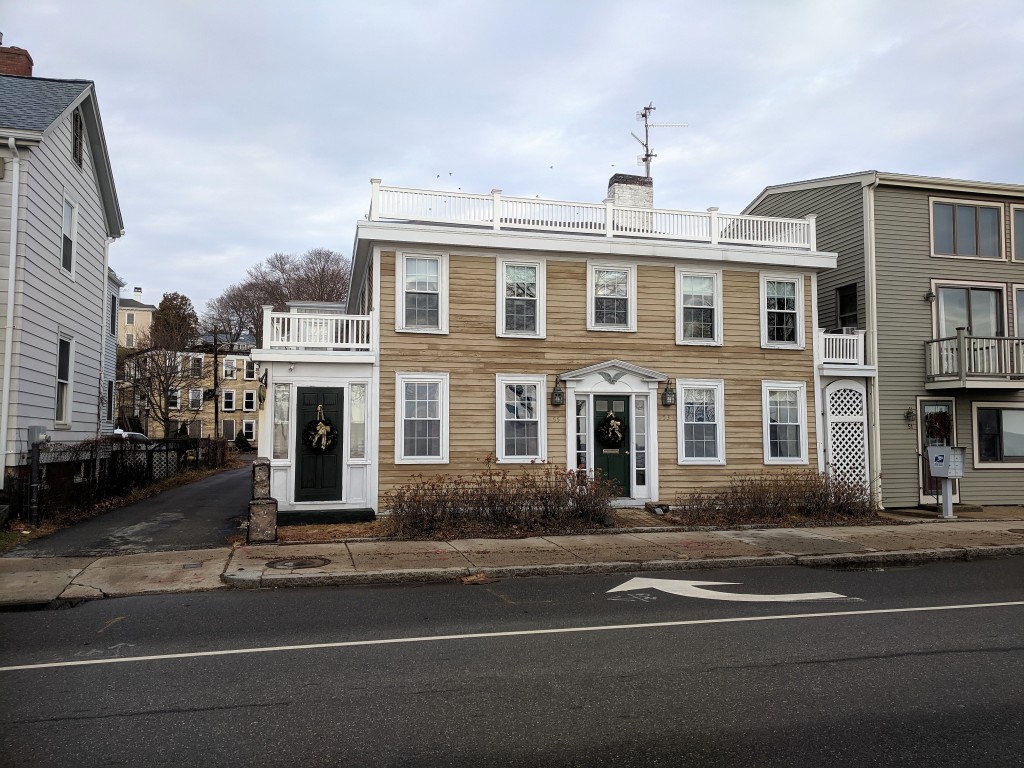
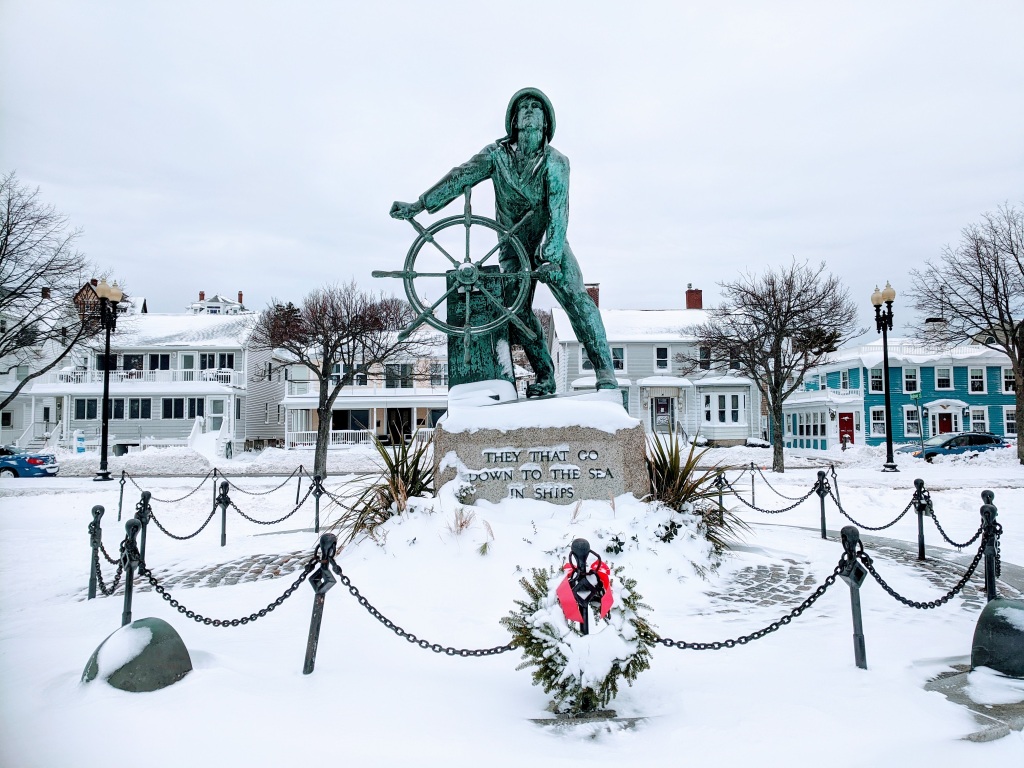



On February 23, 2023, this much snow.
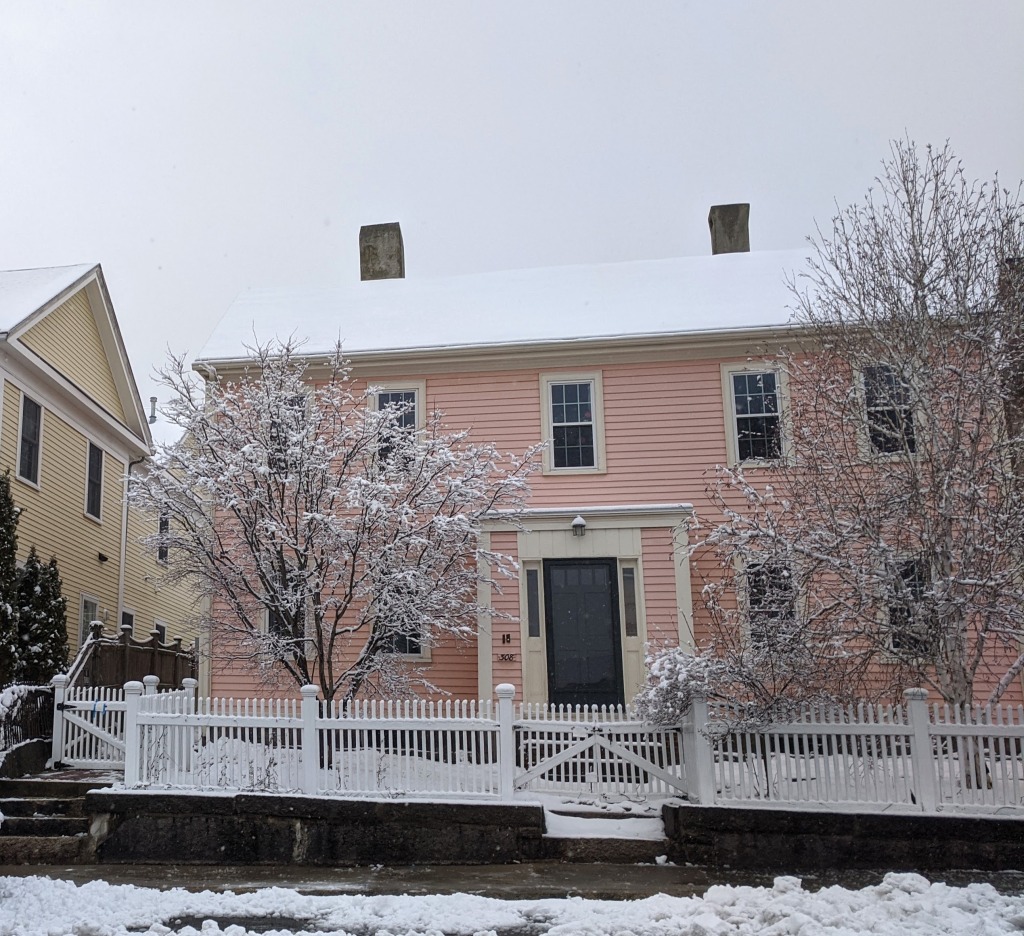
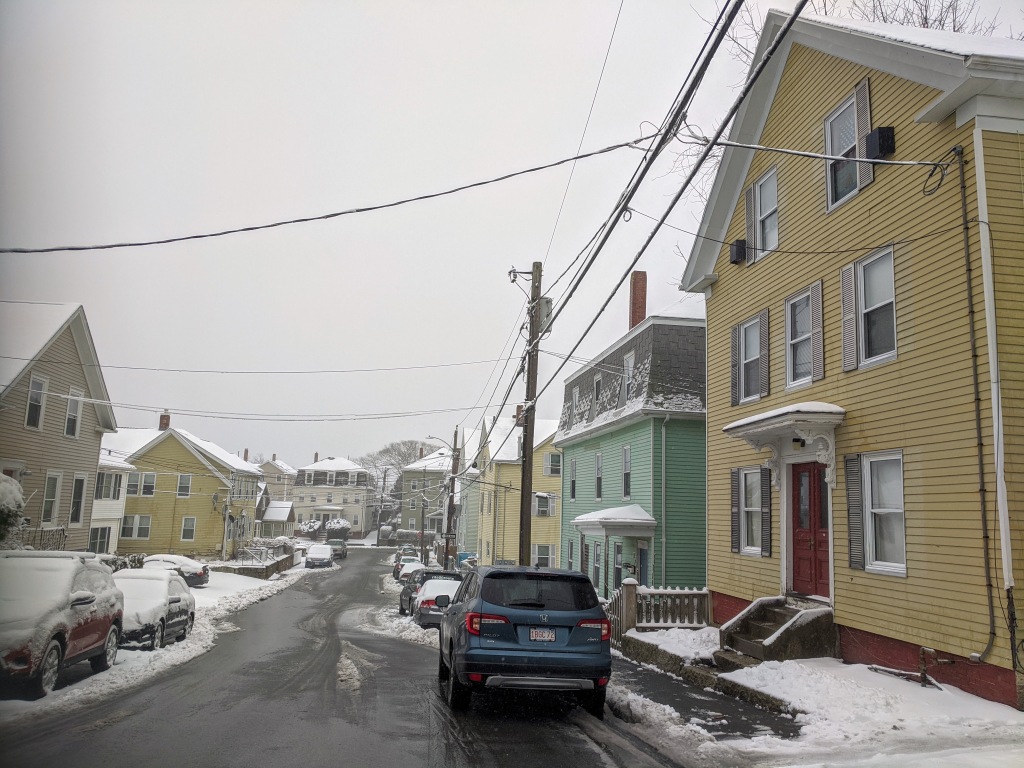
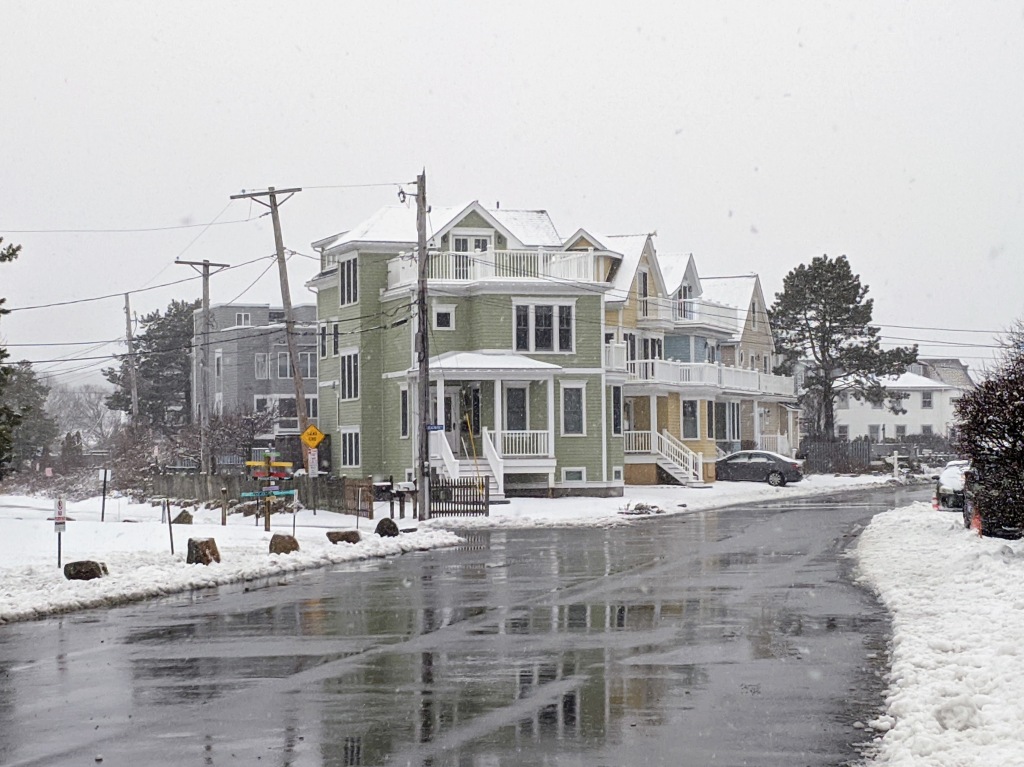
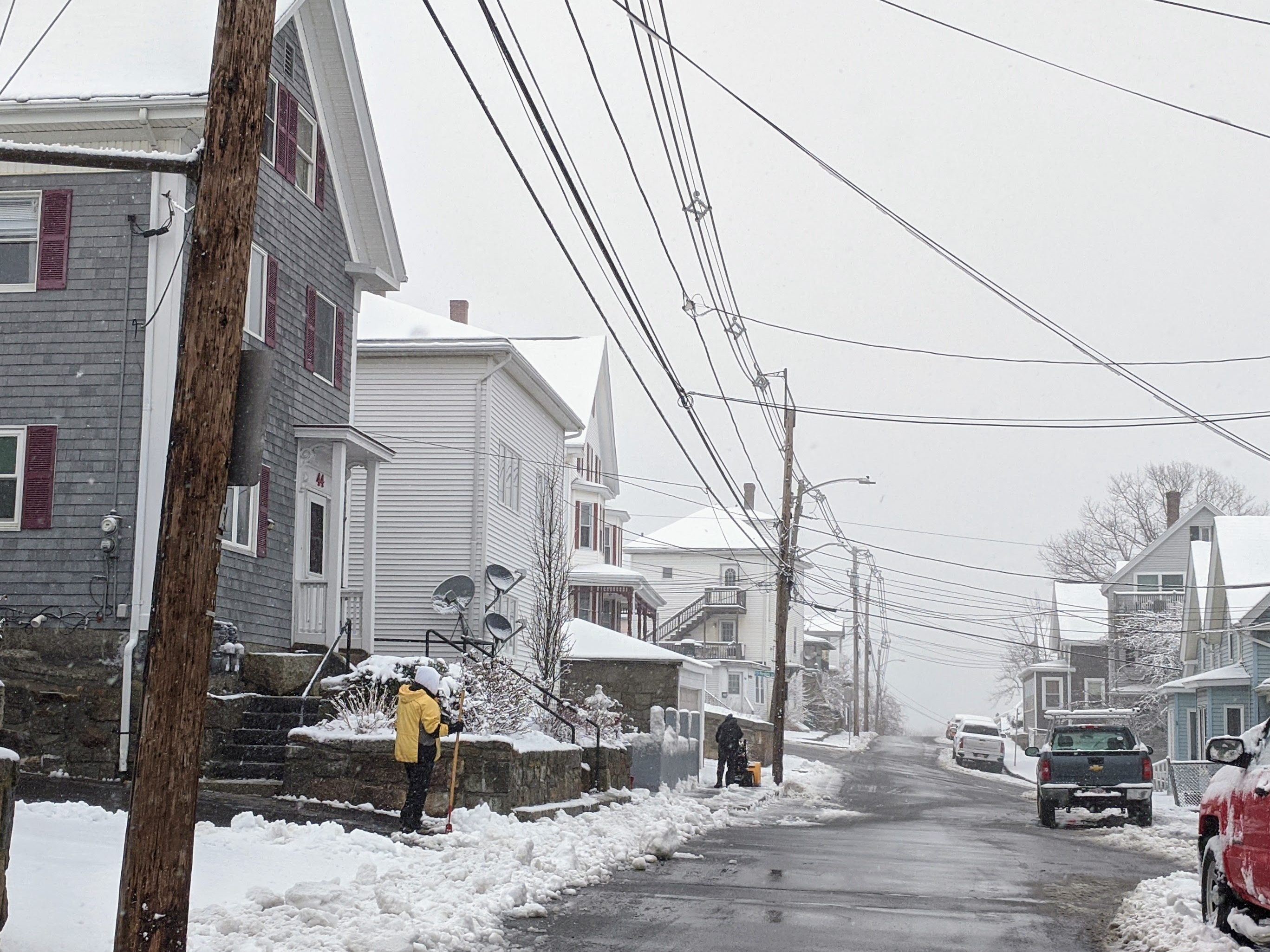

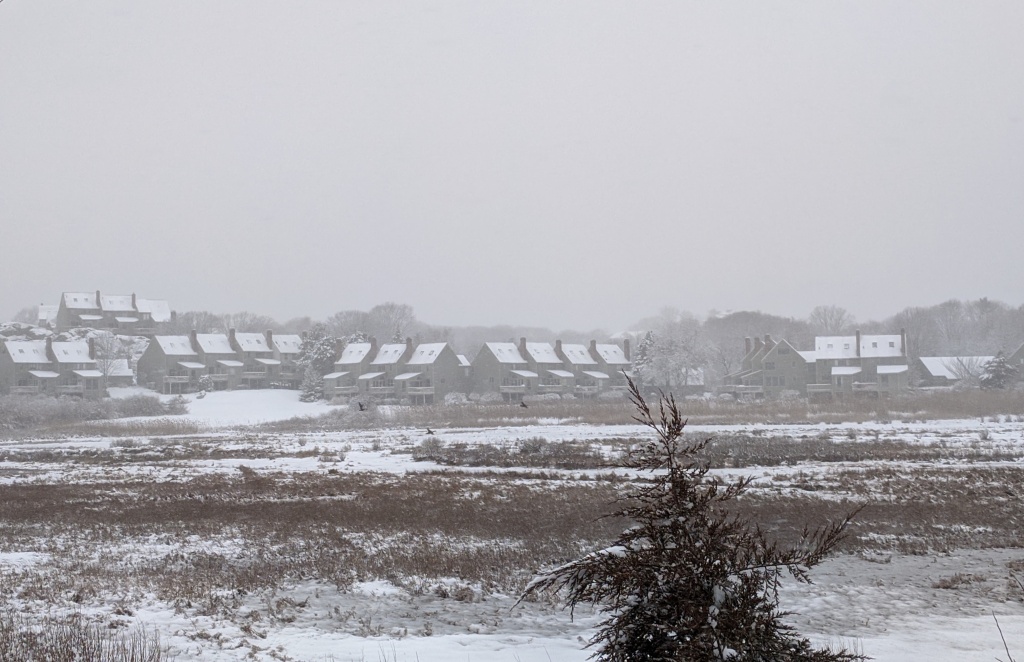


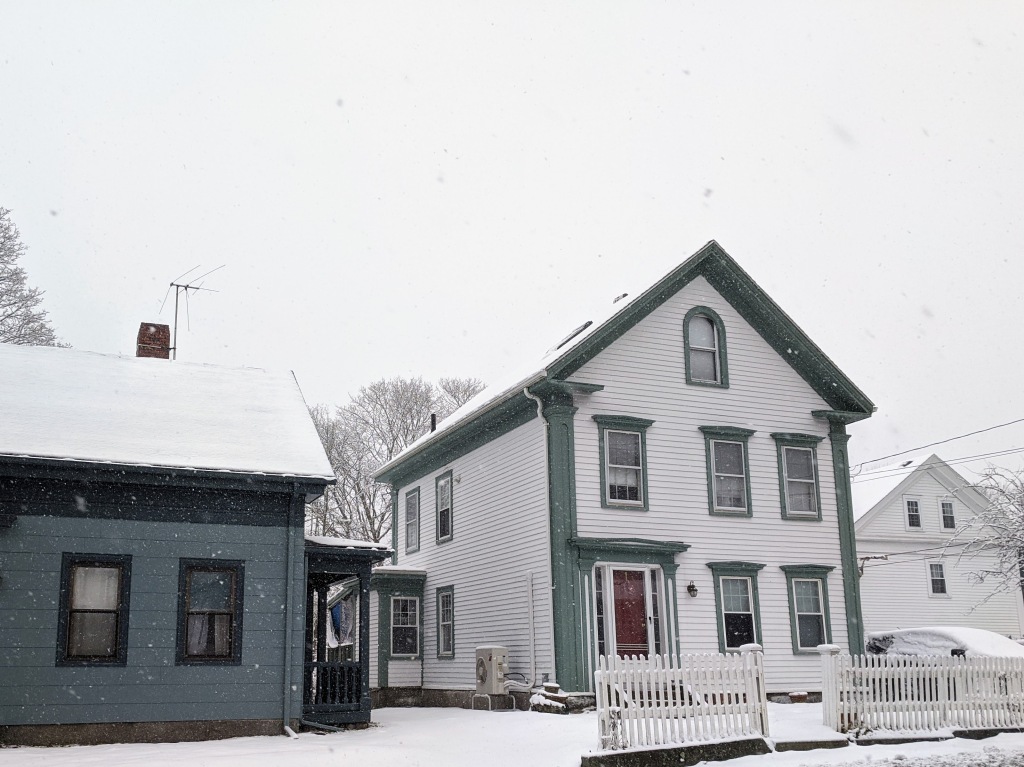
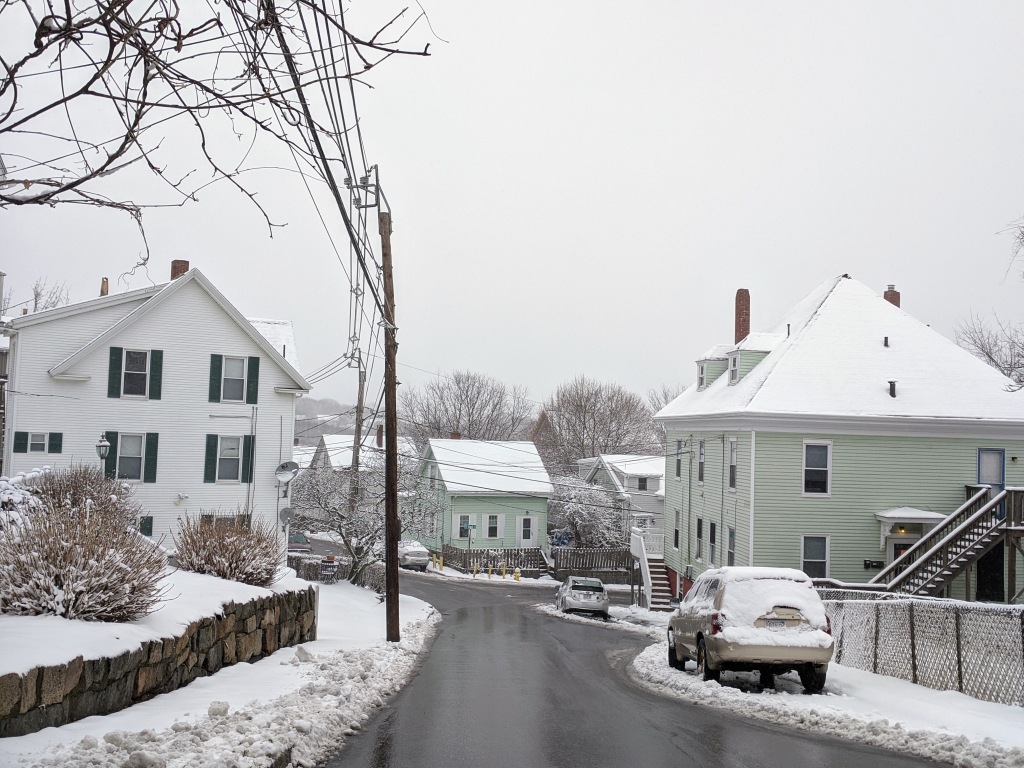
Bet you can name the cross streets. Scroll down for Then | Now Answer
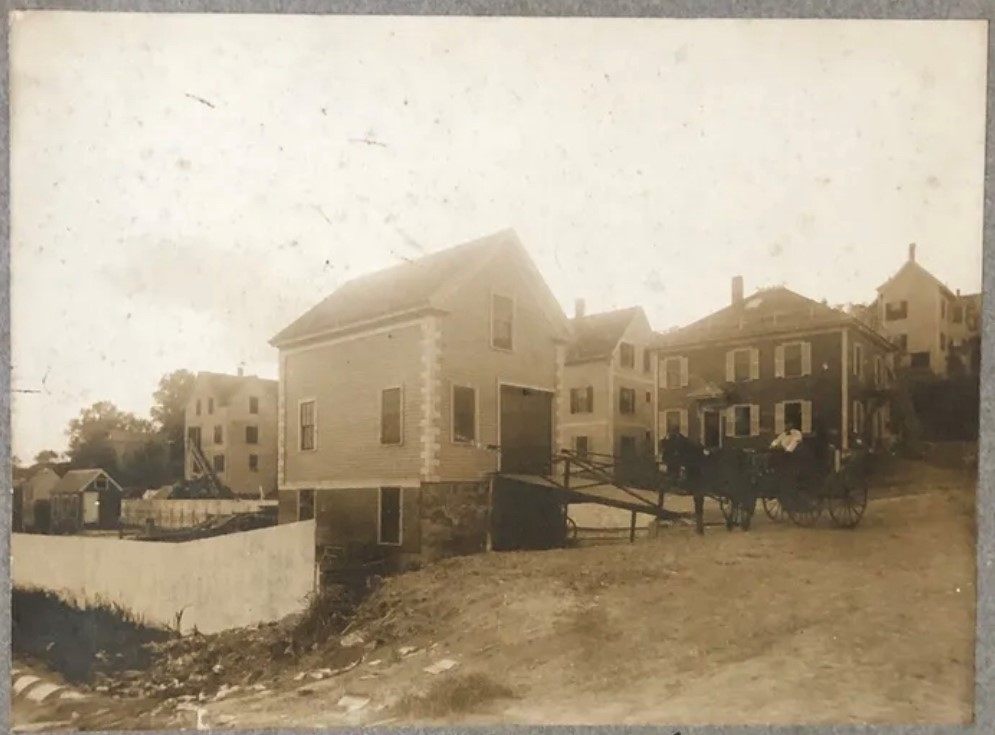
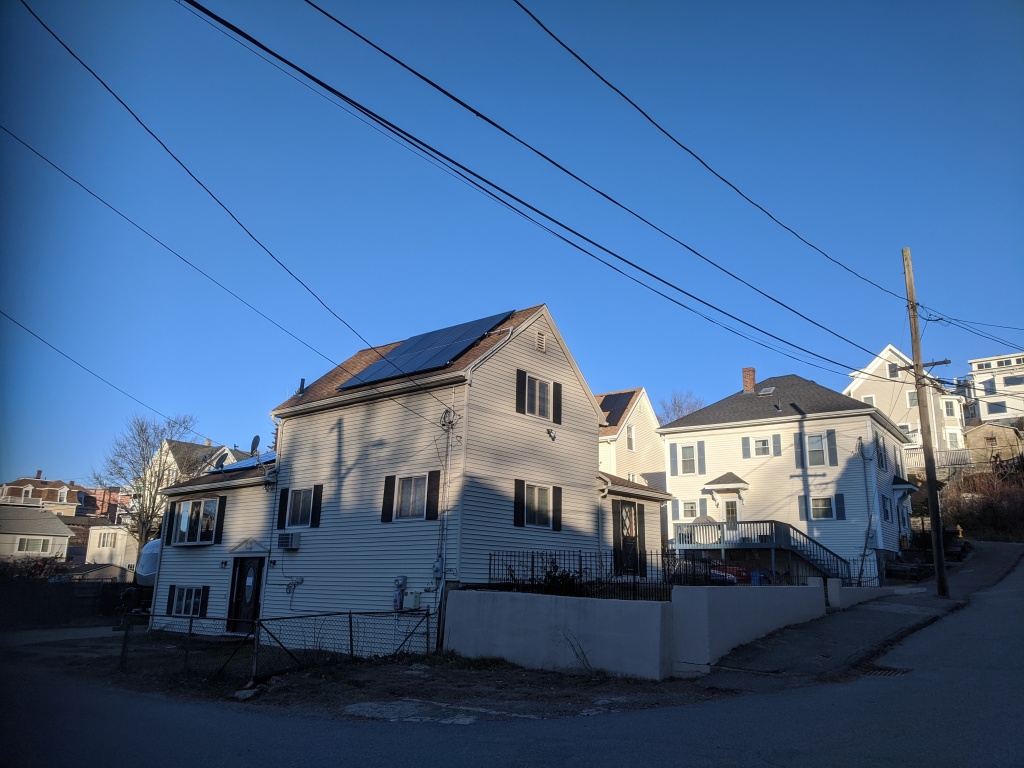
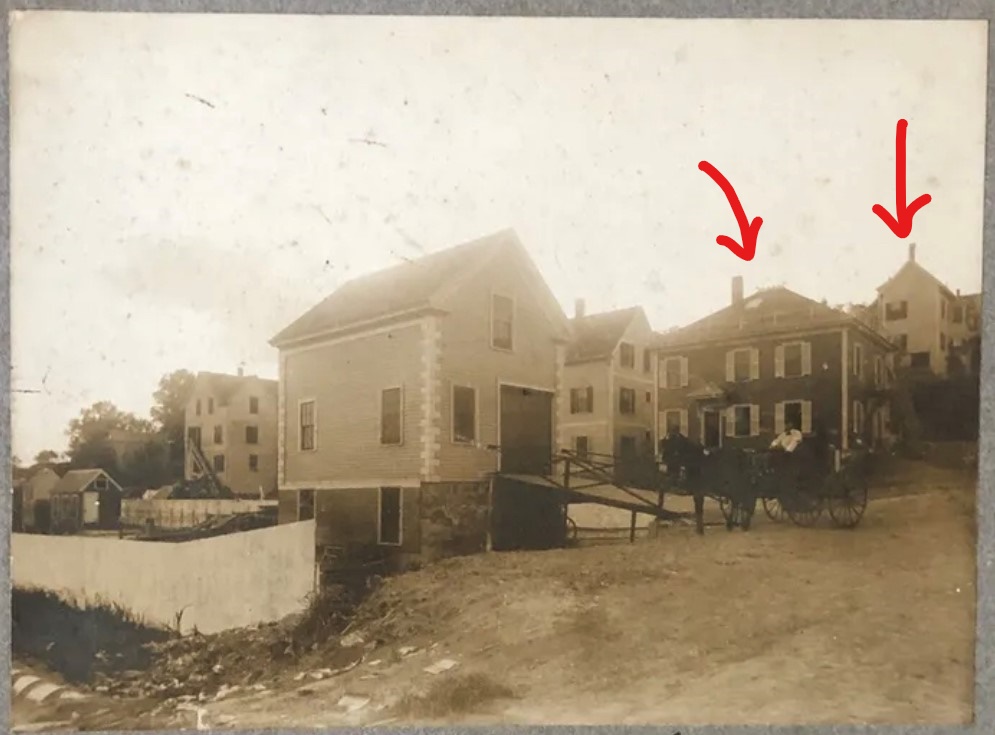
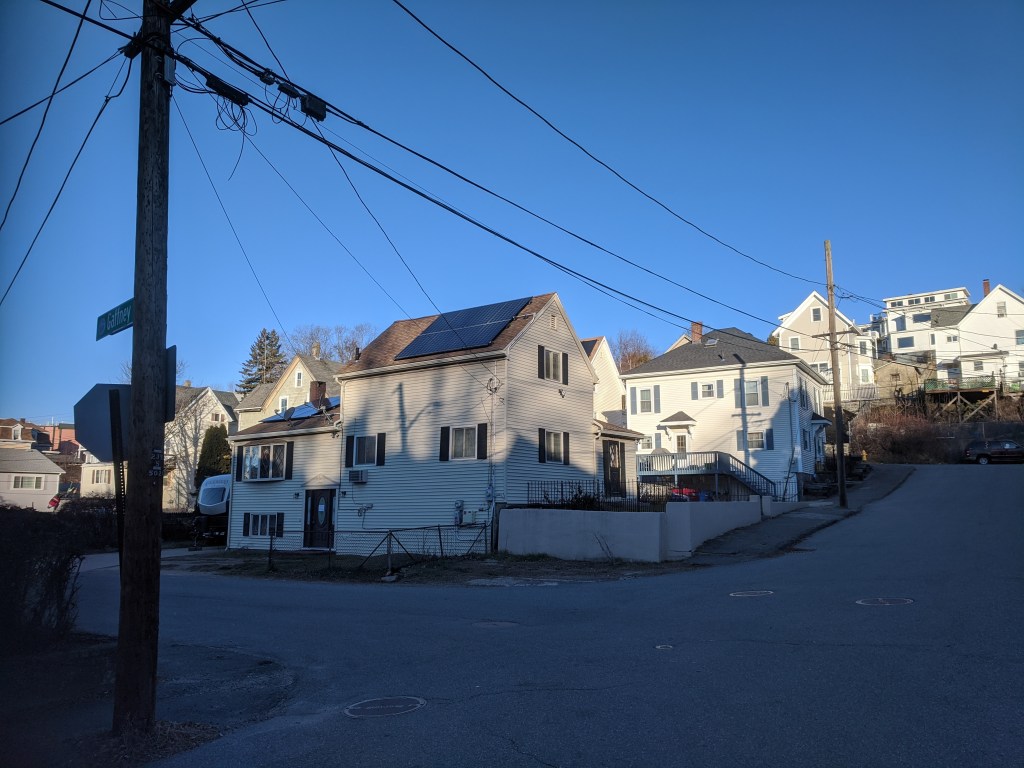

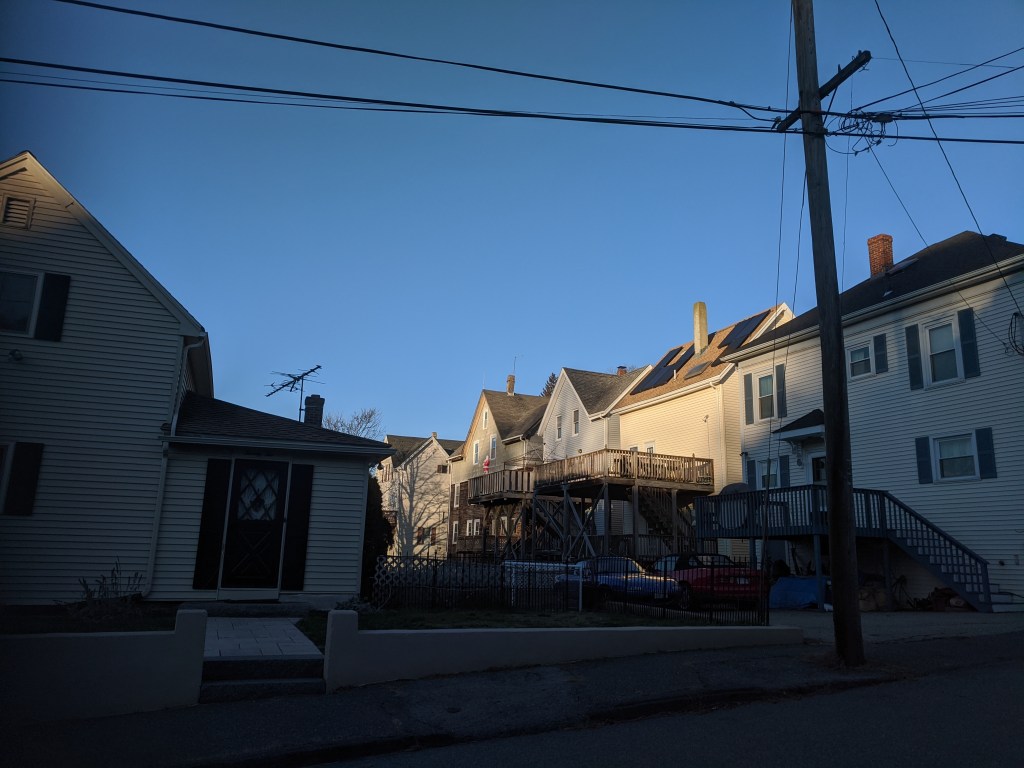
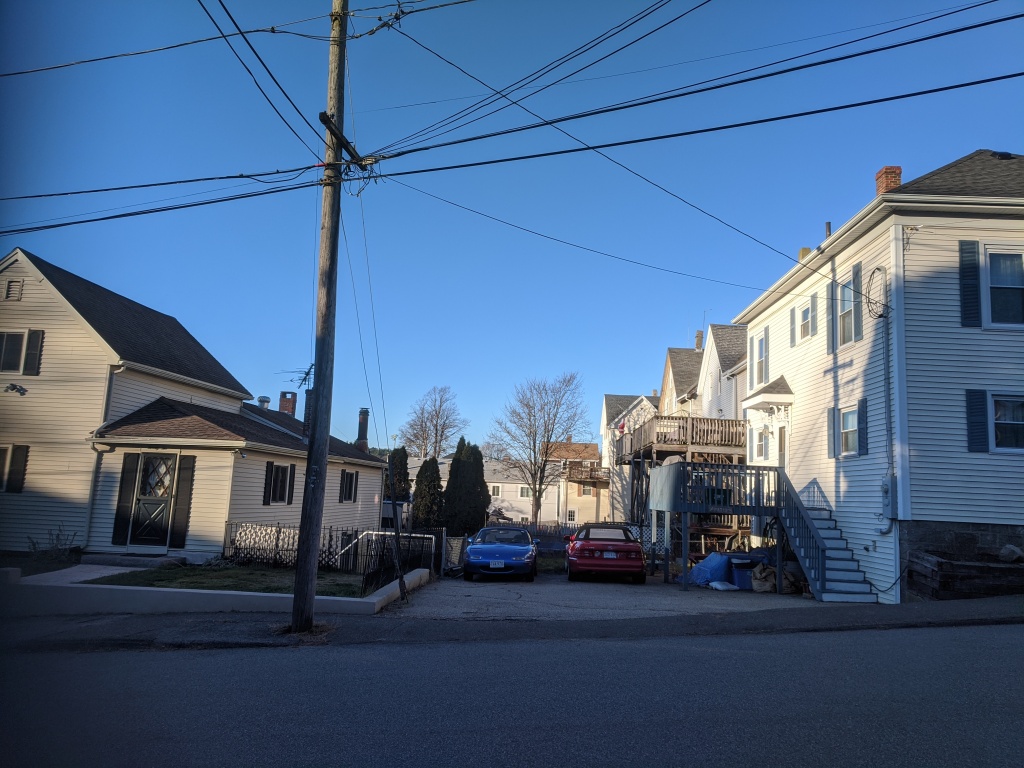

vintage photo album snapshot, with stable ramp: courtesy Jill. contemporary photos: C. Ryan, December 20, 2022
Gloucester neighborhoods are shining bright! There are some 350 houses on the 2022 map. The map is smart phone ready with house pictures. A little light goes a long and welcome warm way. It’s dark so early now!
New homes mapped on December 14th,16th, &18th cover some of Gloucester’s main roads, mostly in West Gloucester, Magnolia, and along Rt. 127. Enjoy scenes from:
(Scroll down to see photos. Pinch and zoom or double click depending upon your phone/desktop. On mine I double click and then have to select “Full size”. Scroll down to map.)
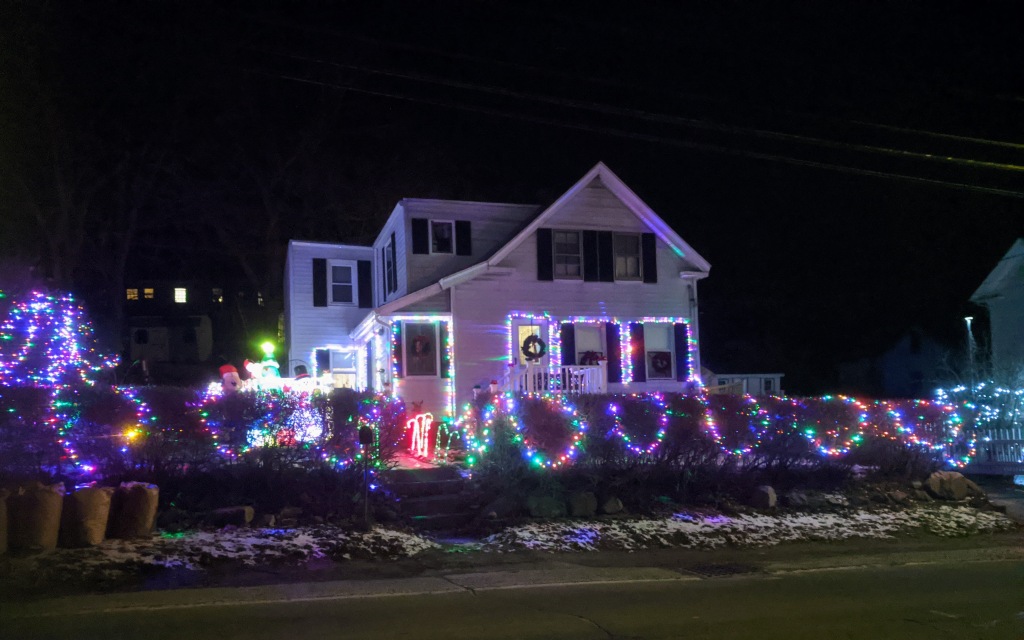

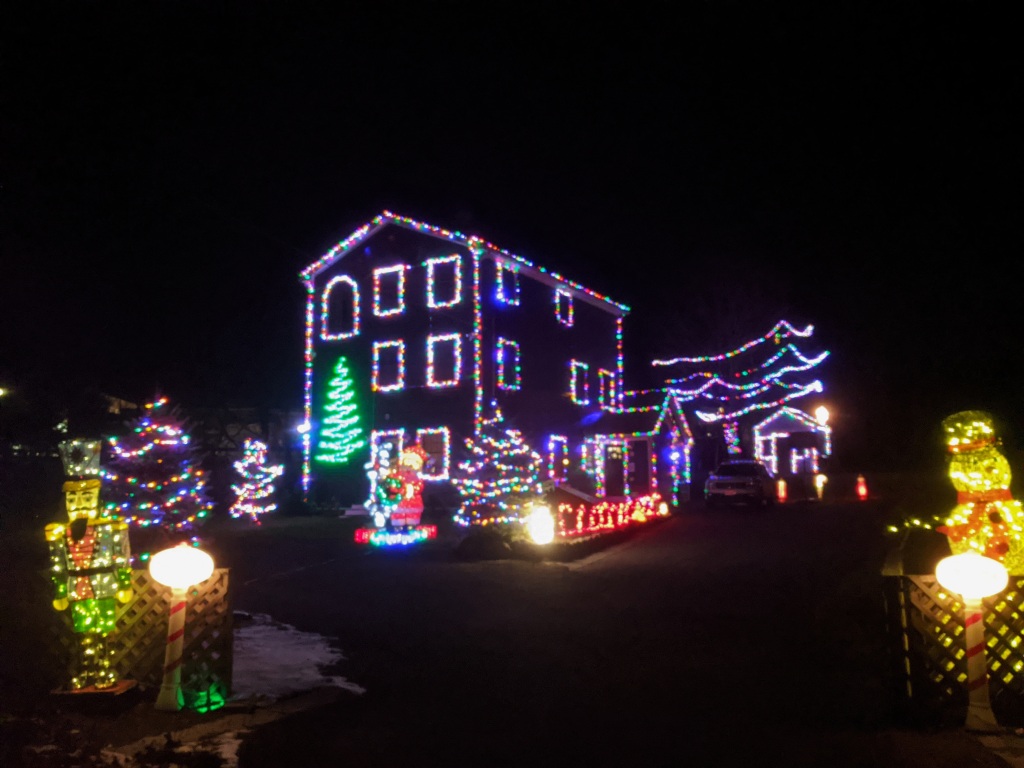
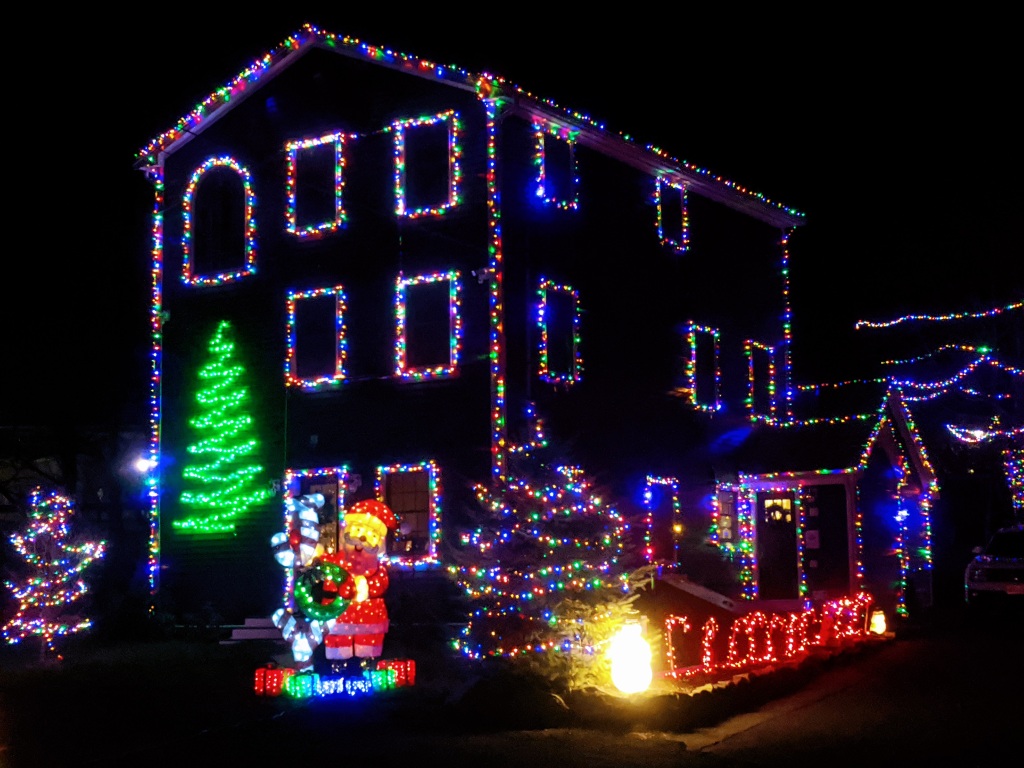


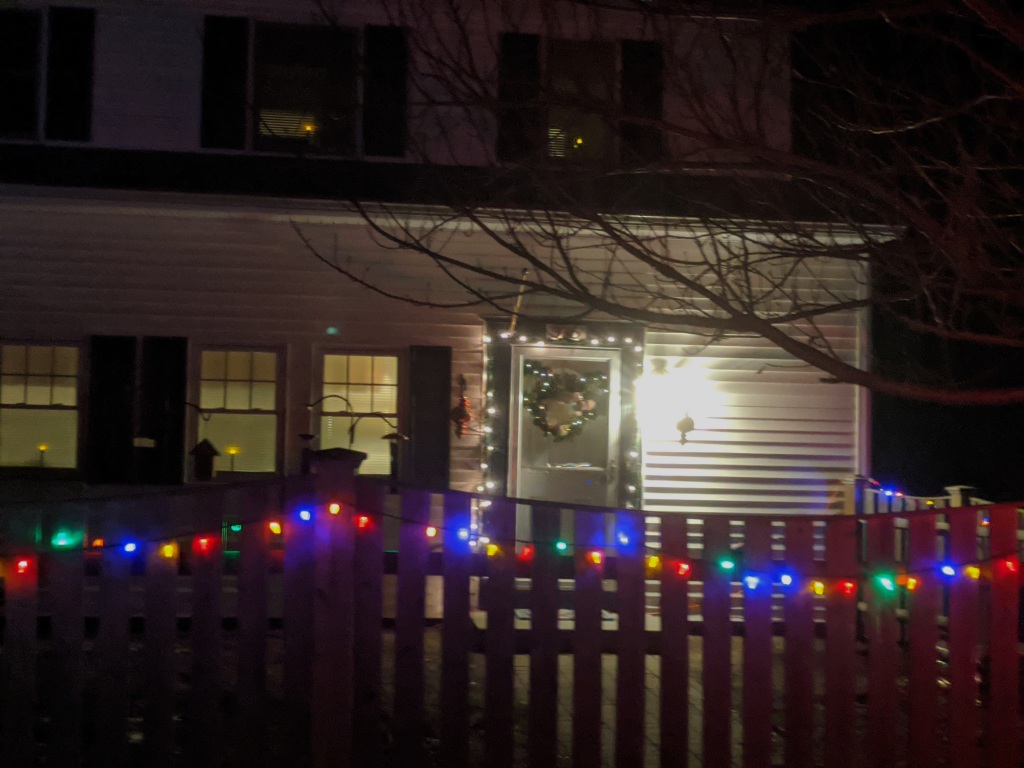

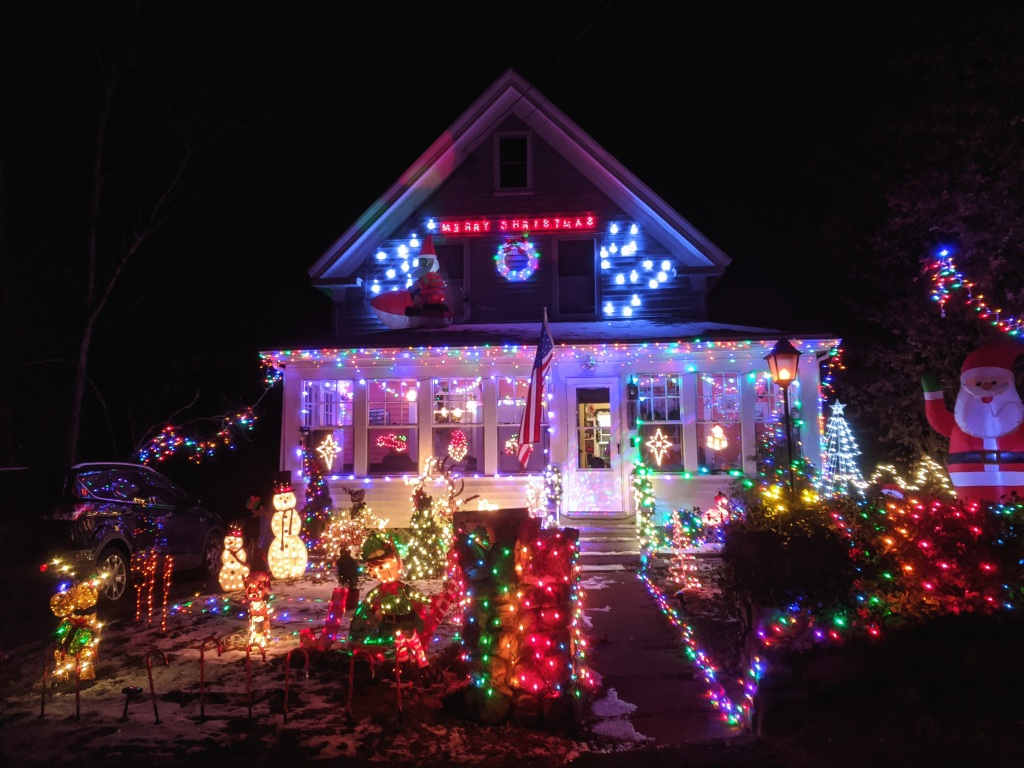

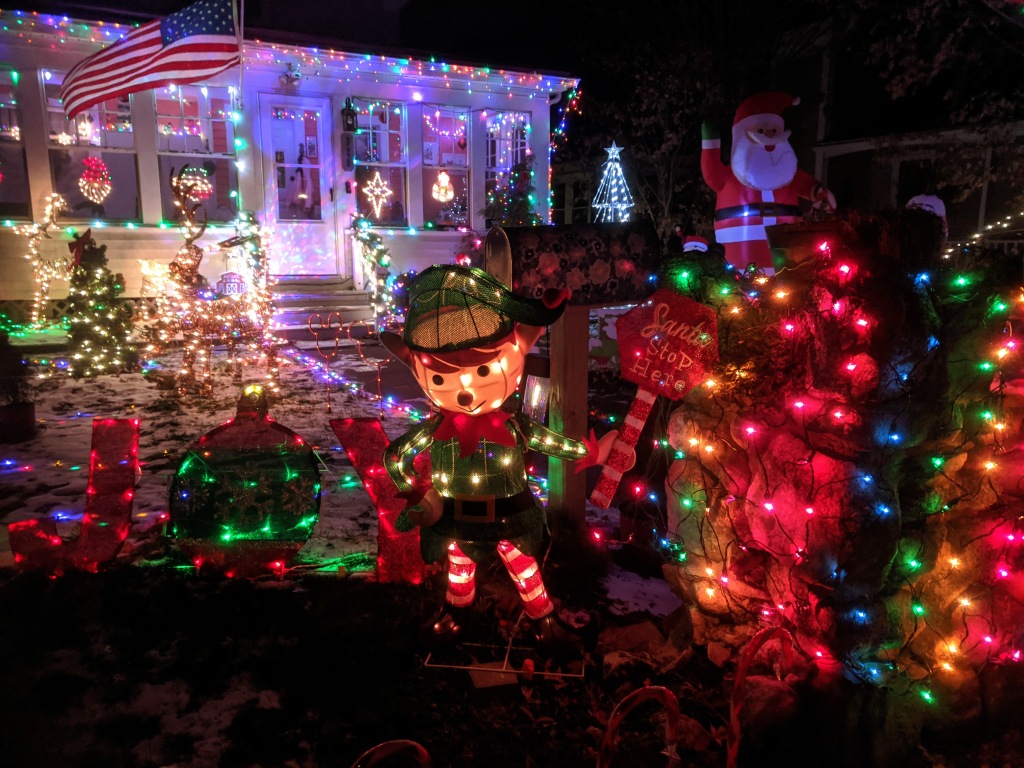
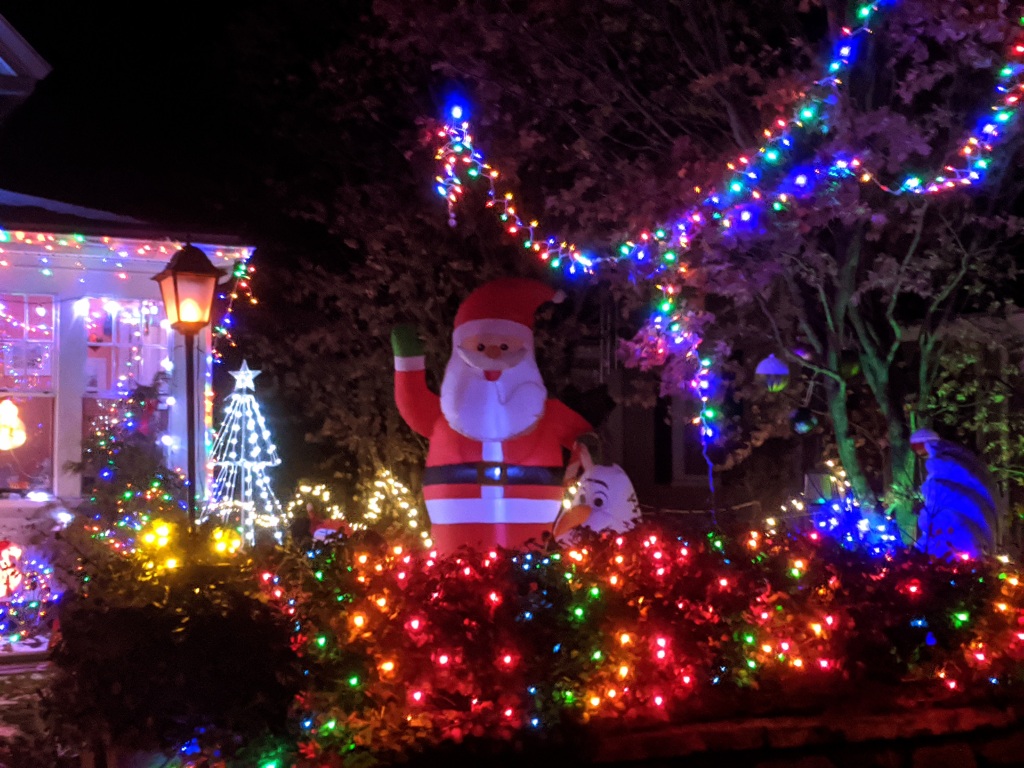
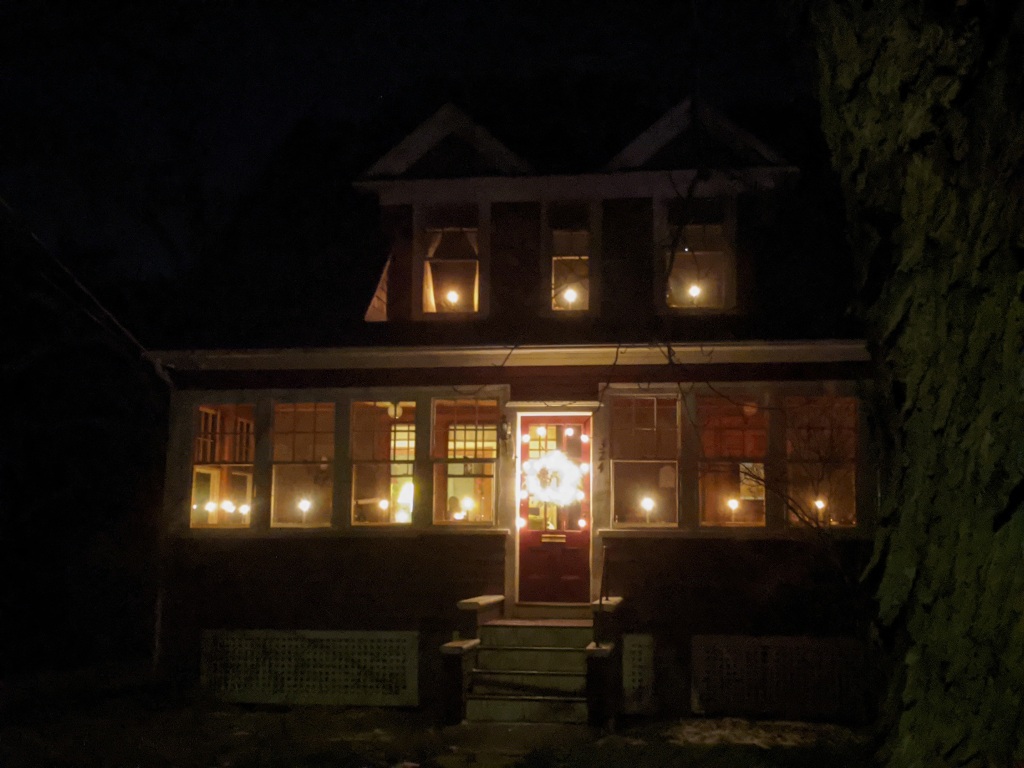

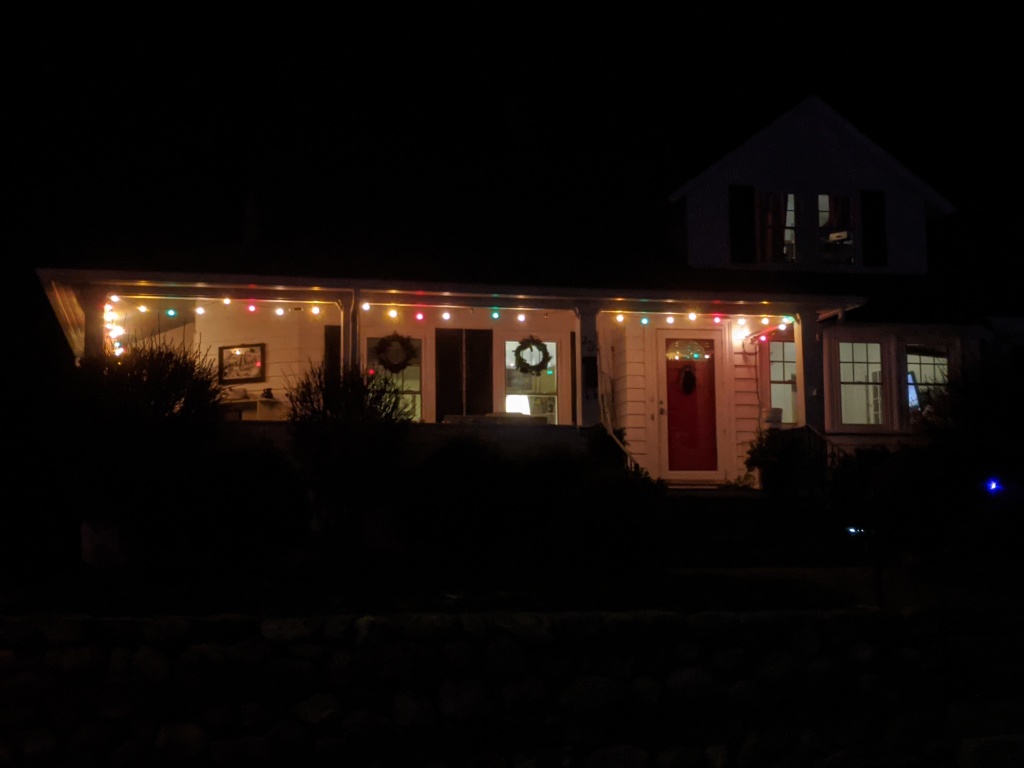
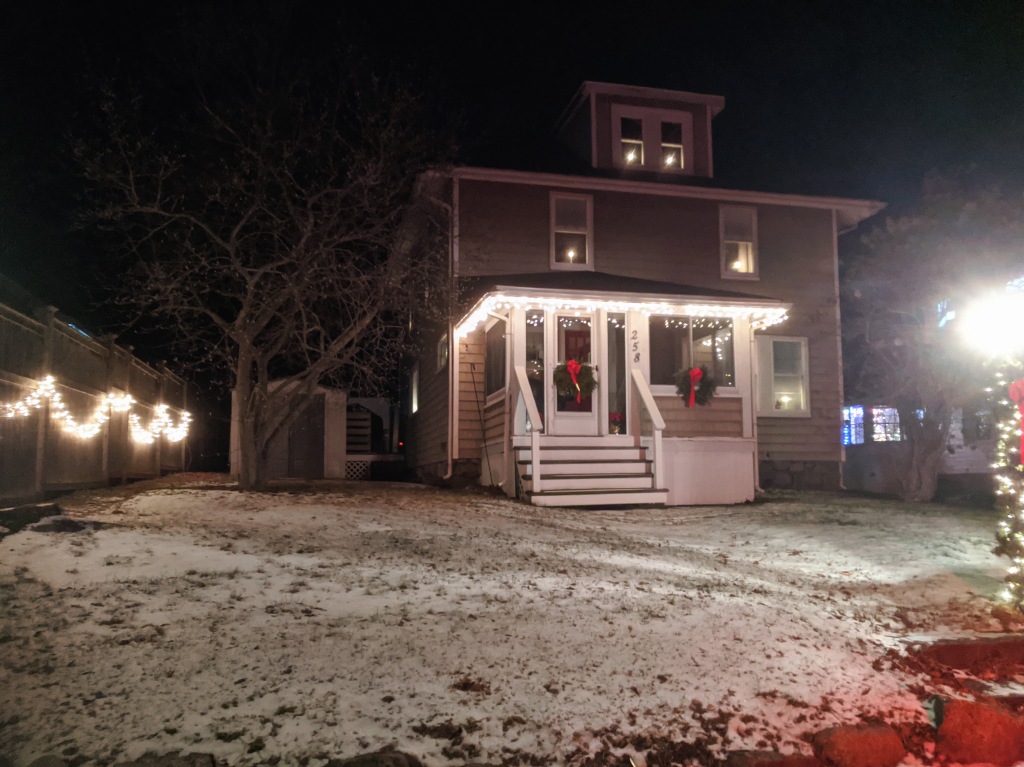
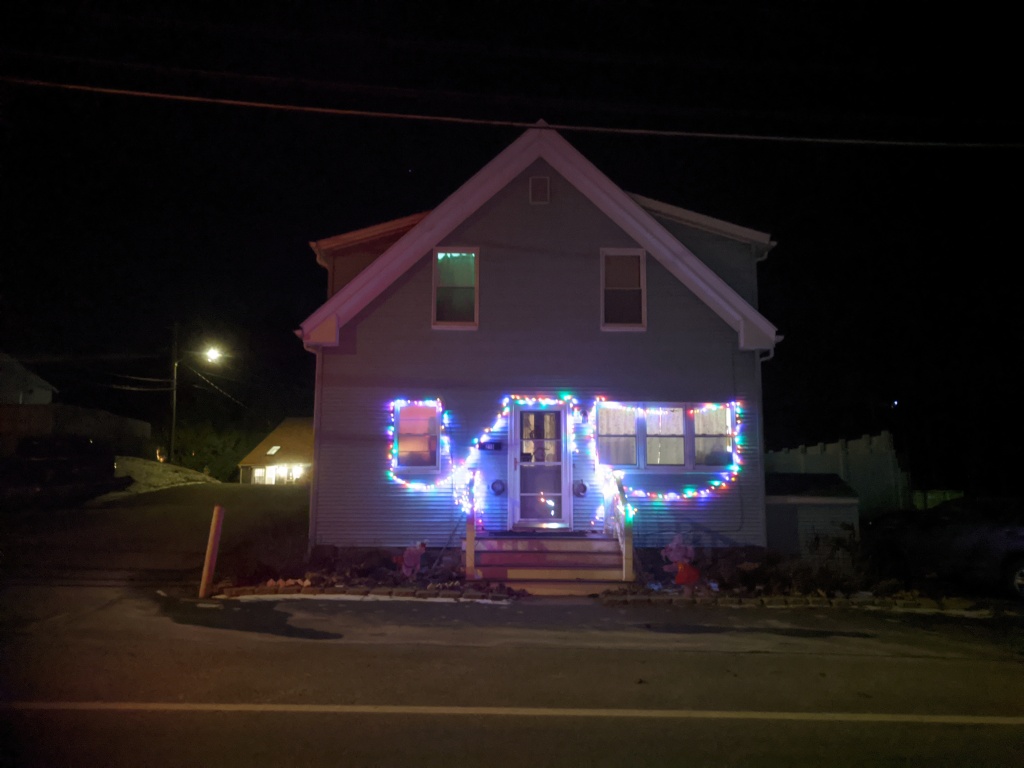
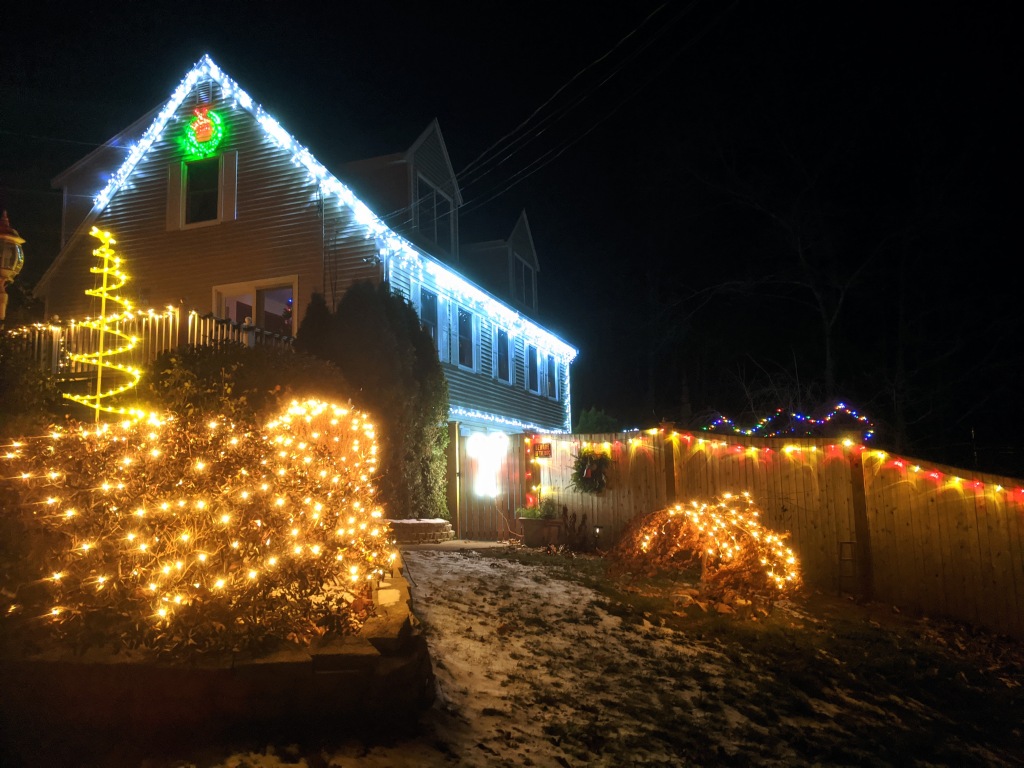
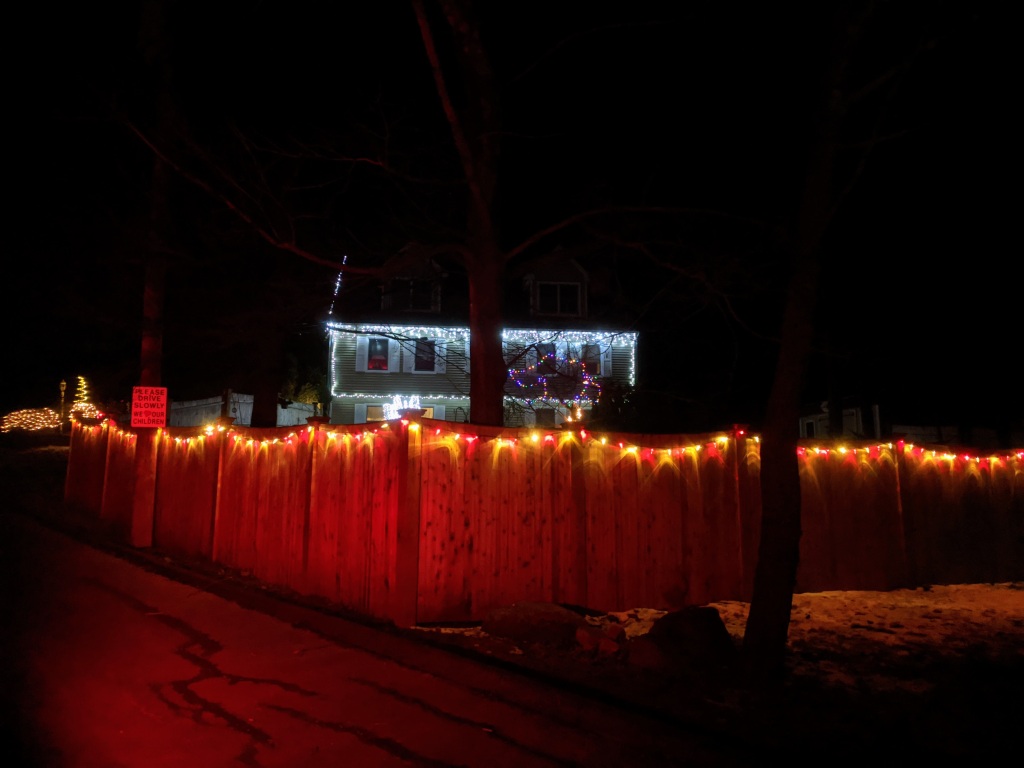
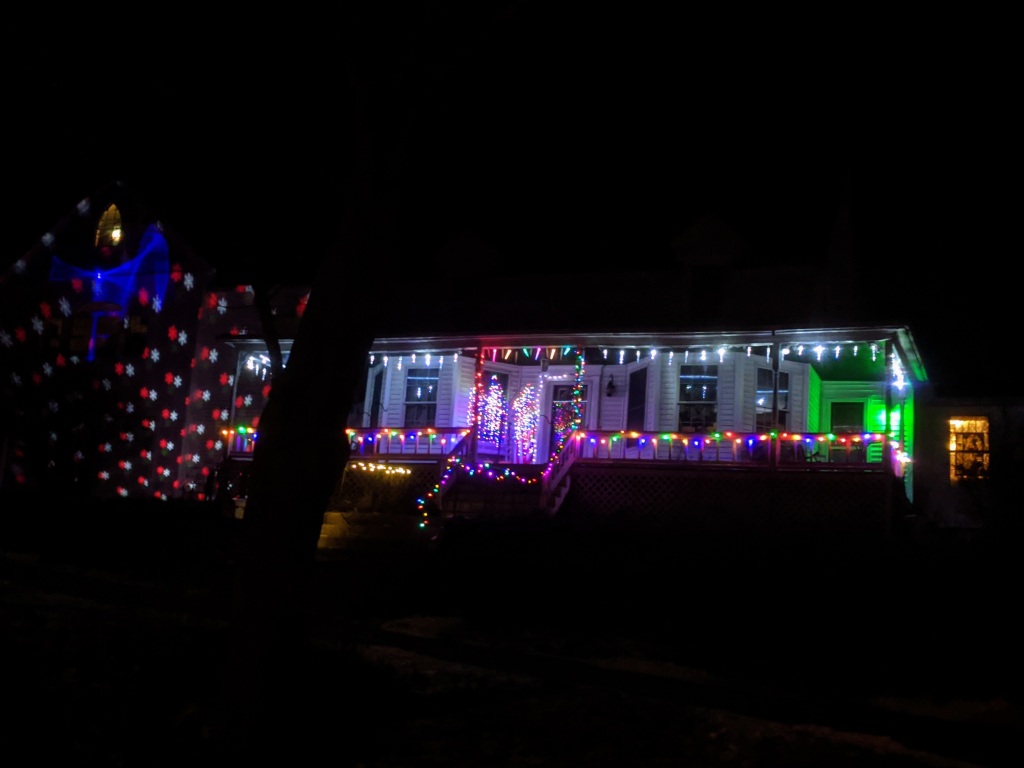

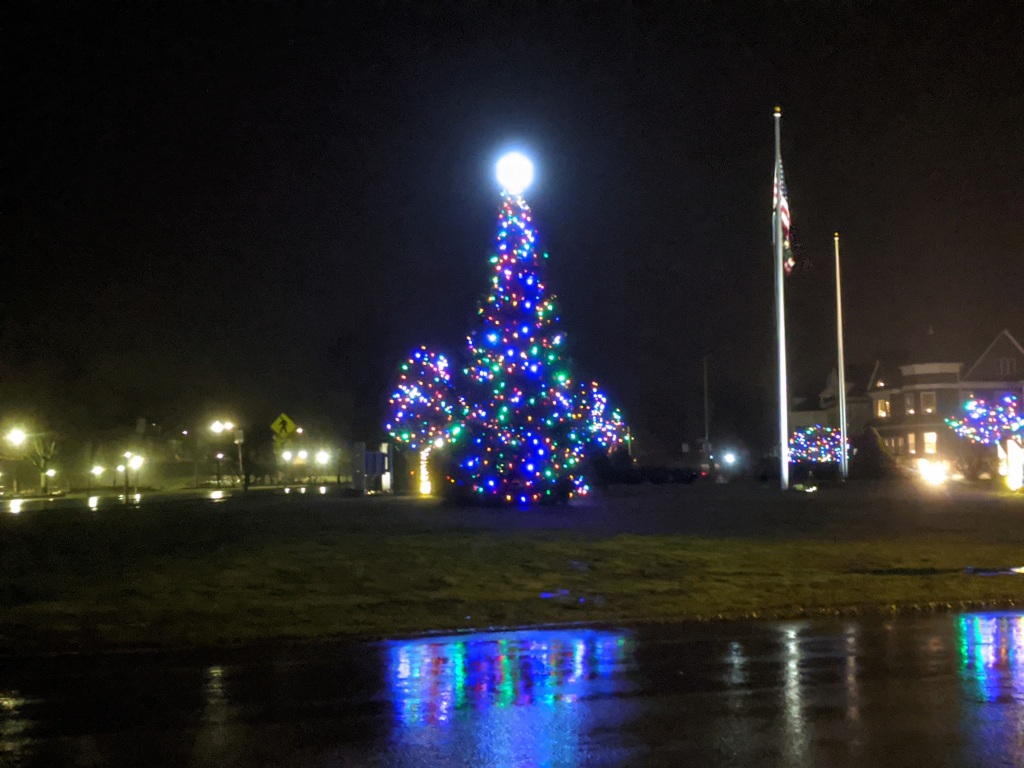
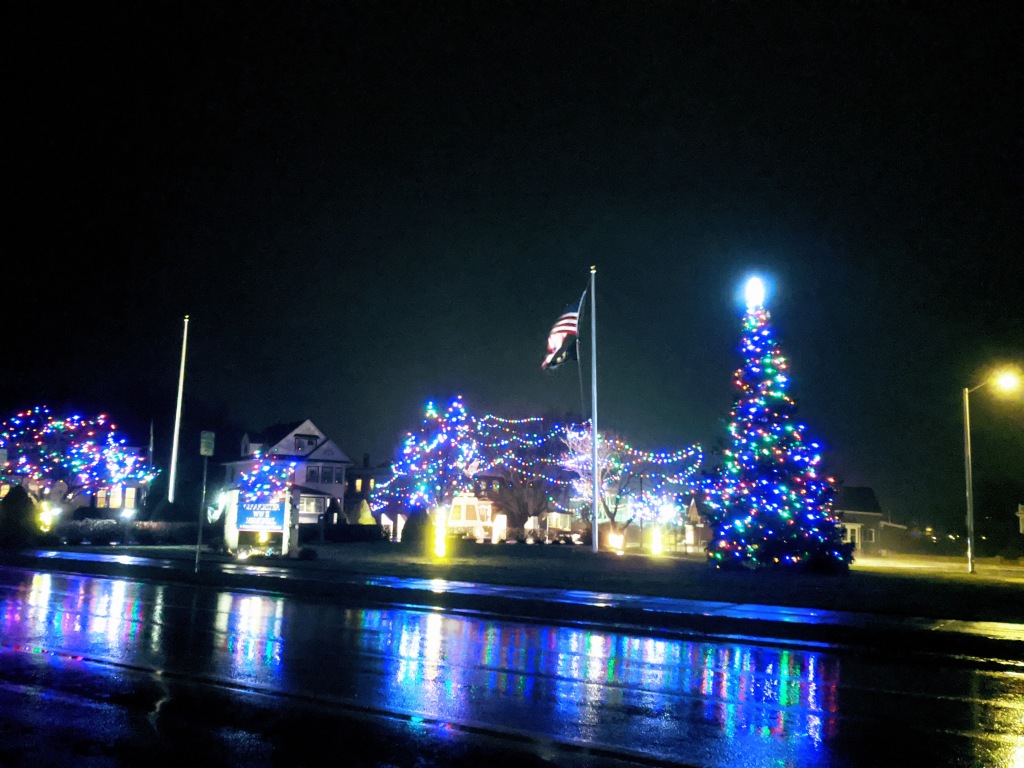

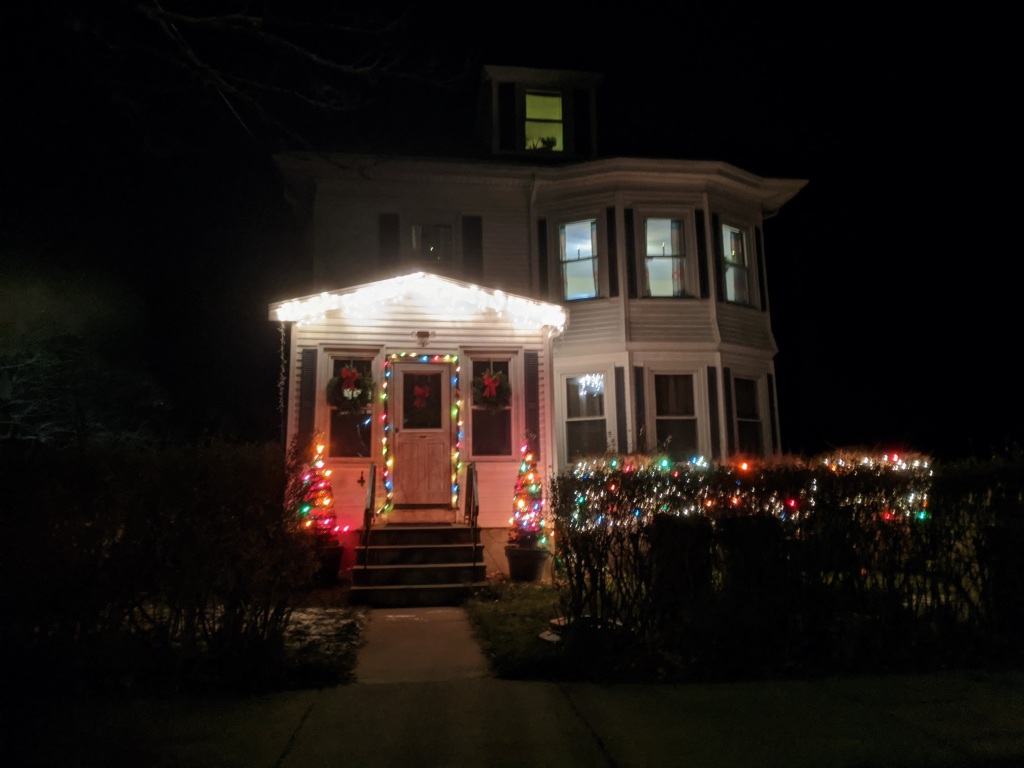


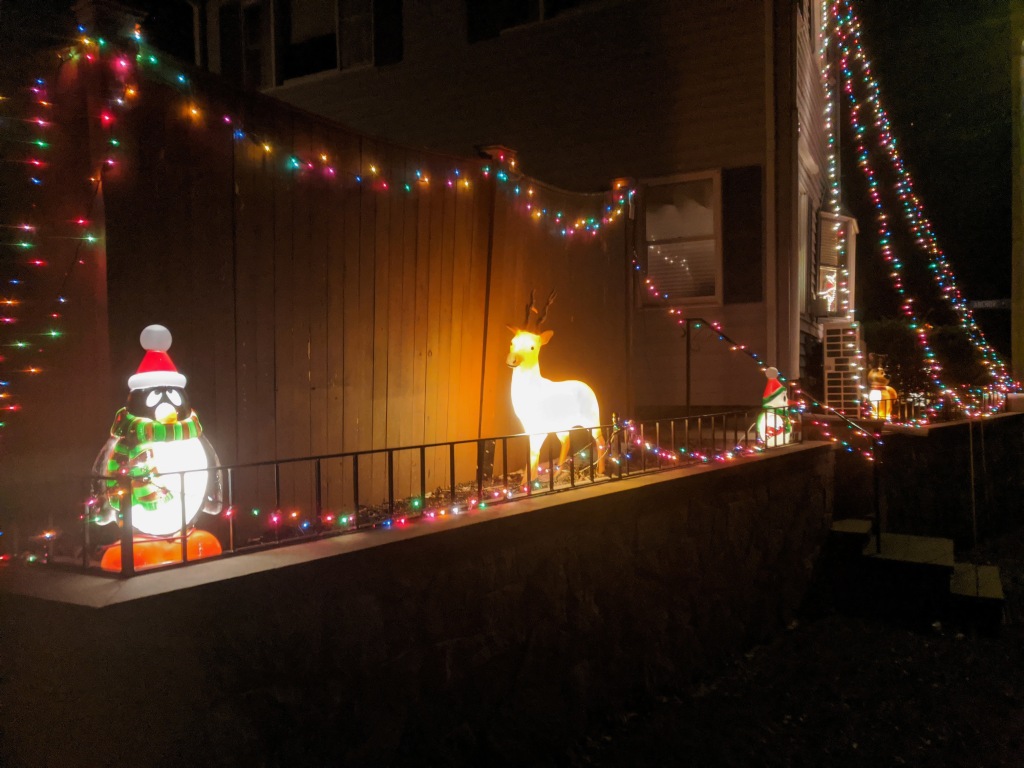
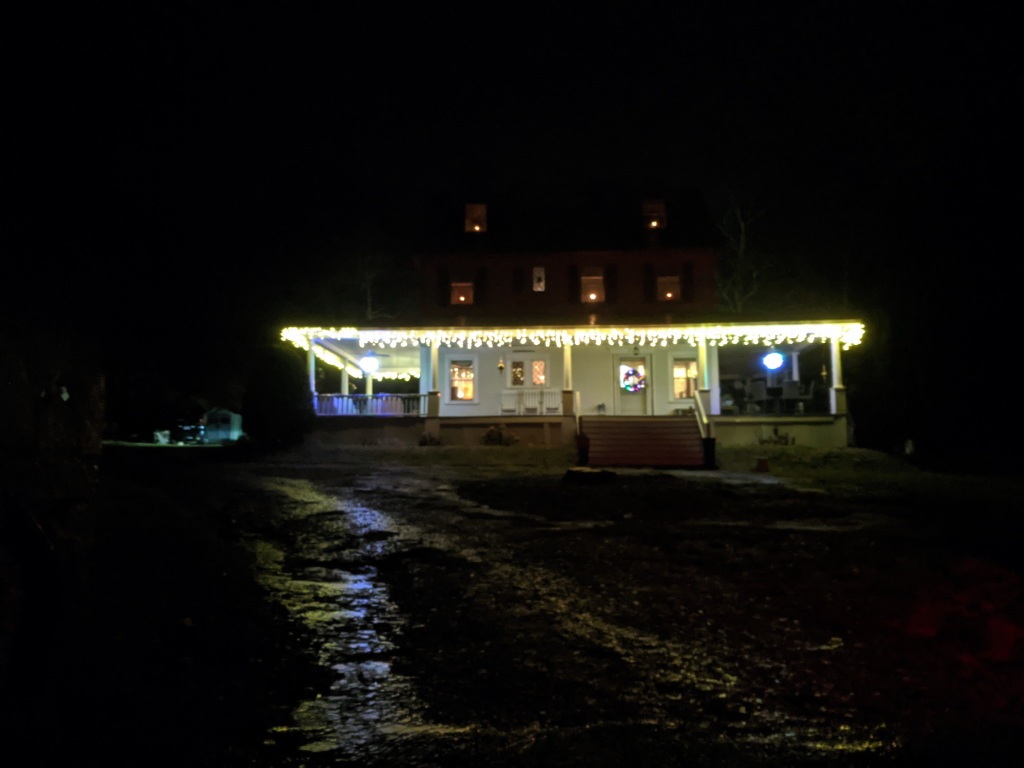


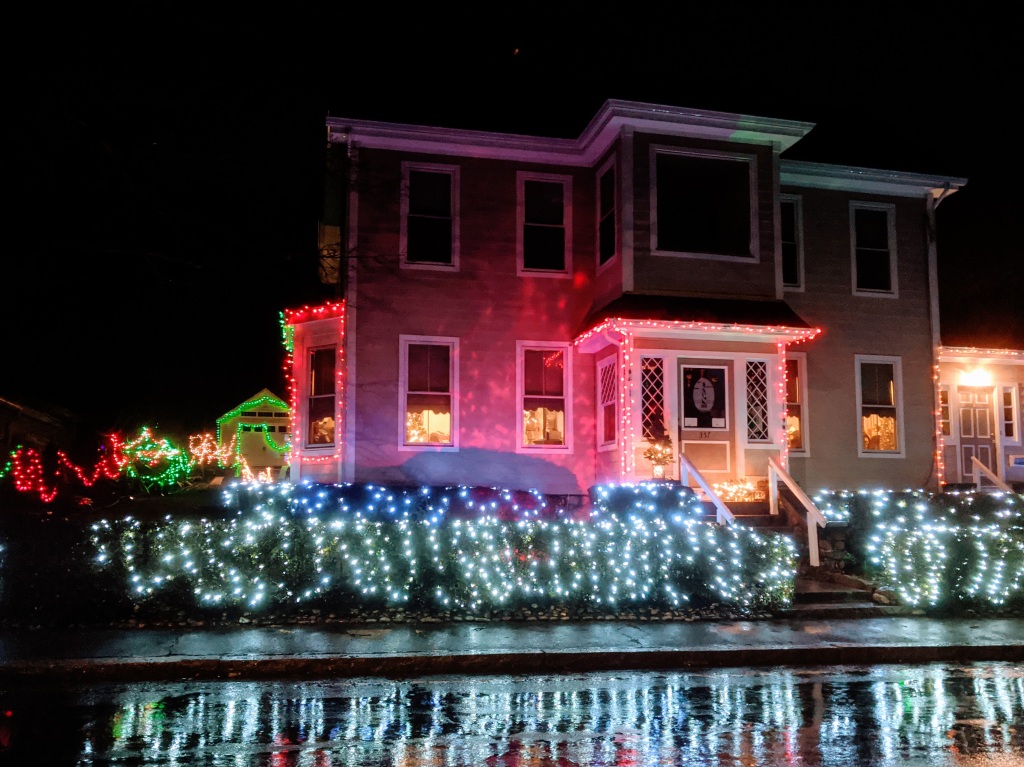
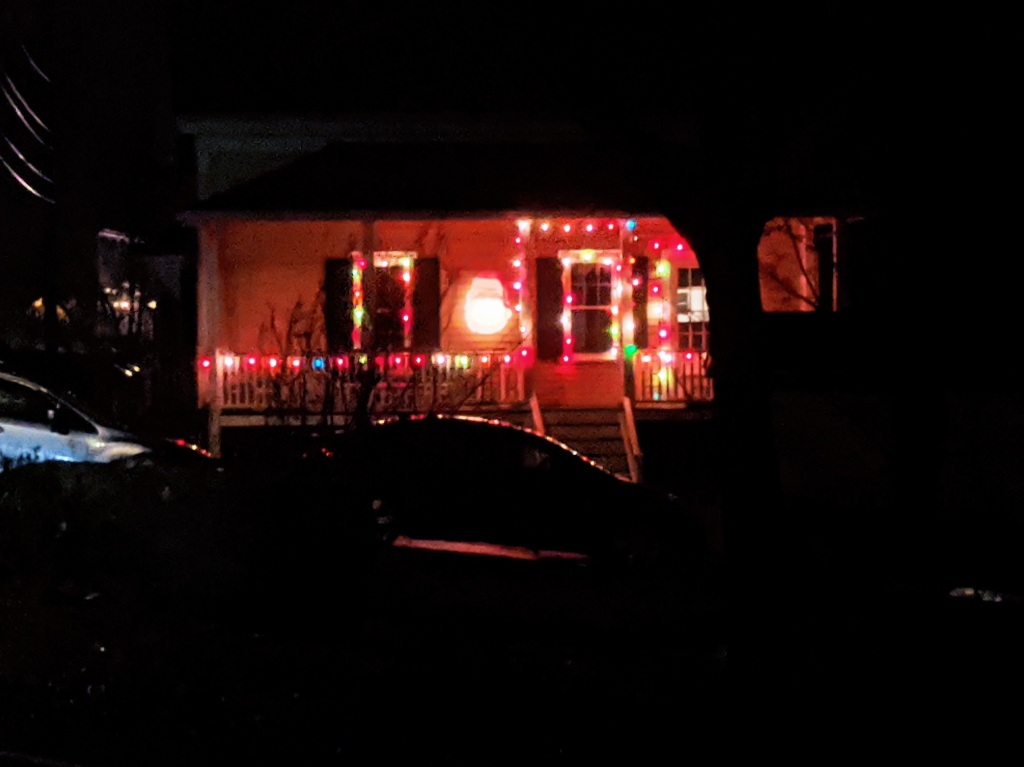

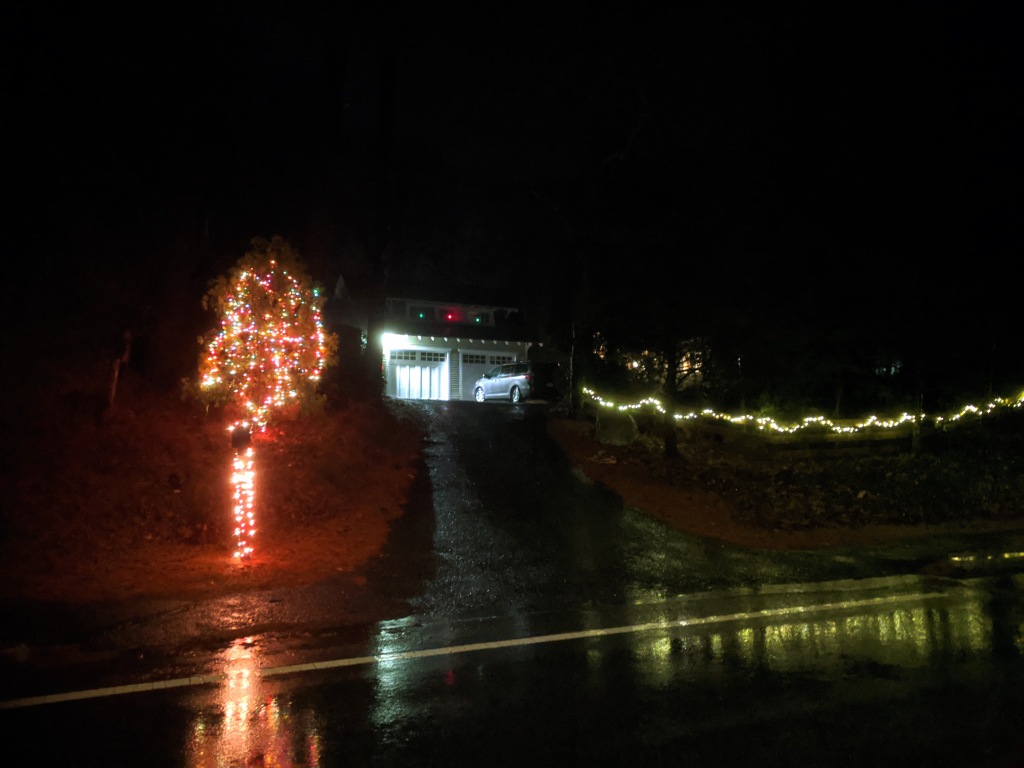
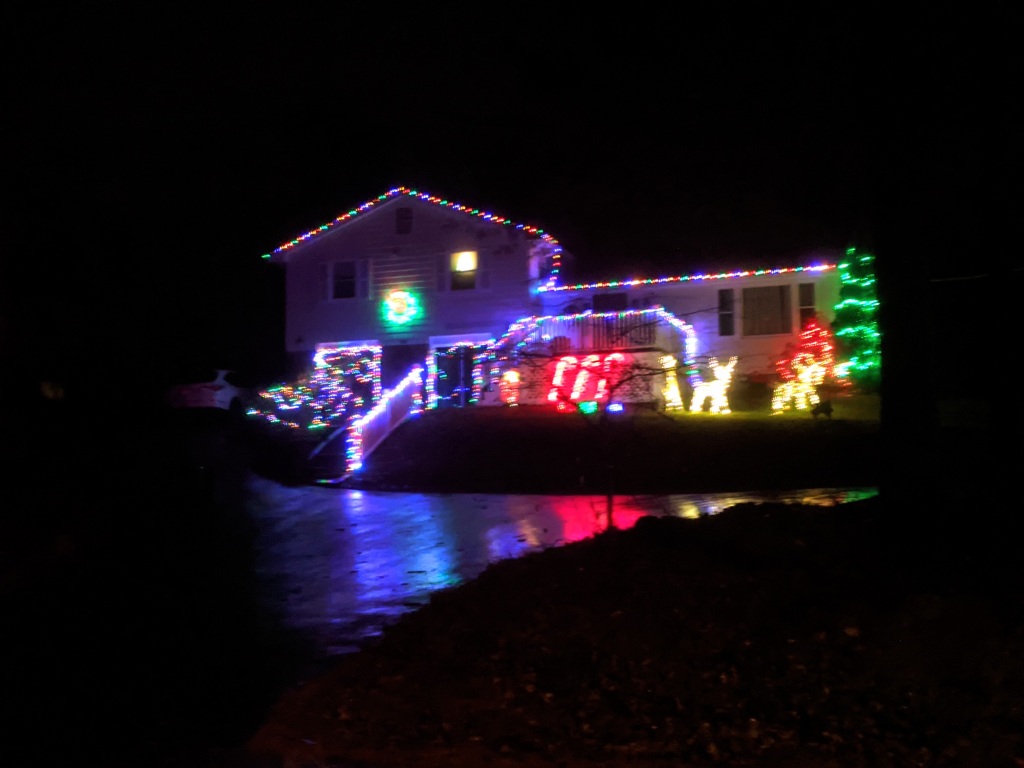
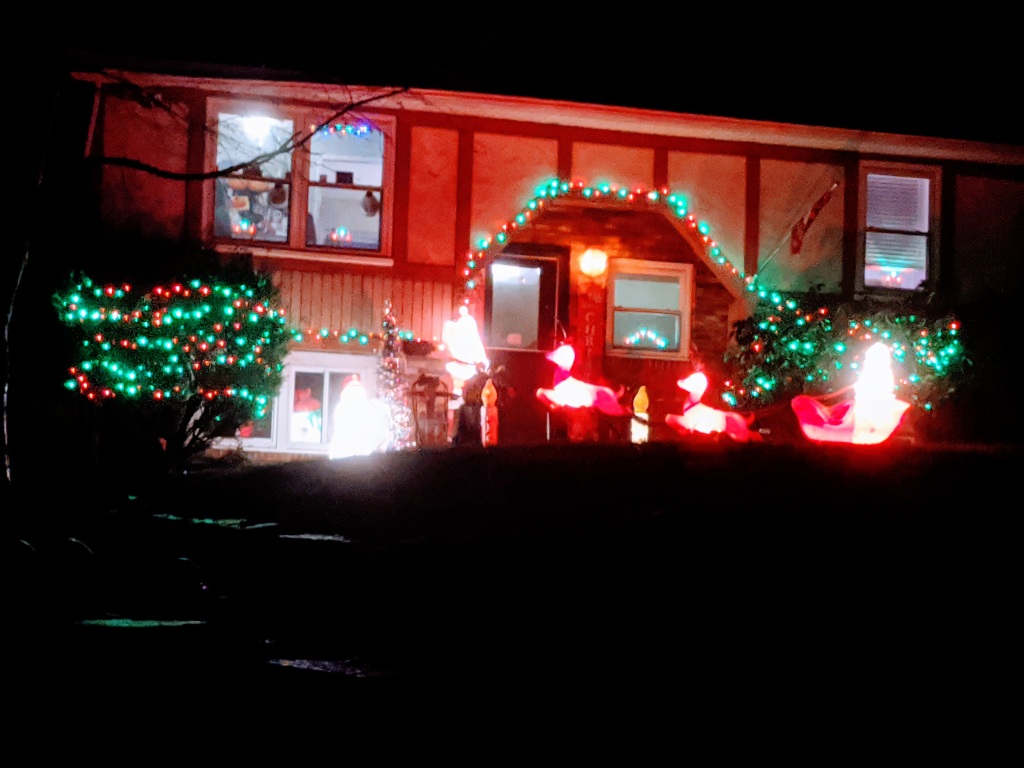
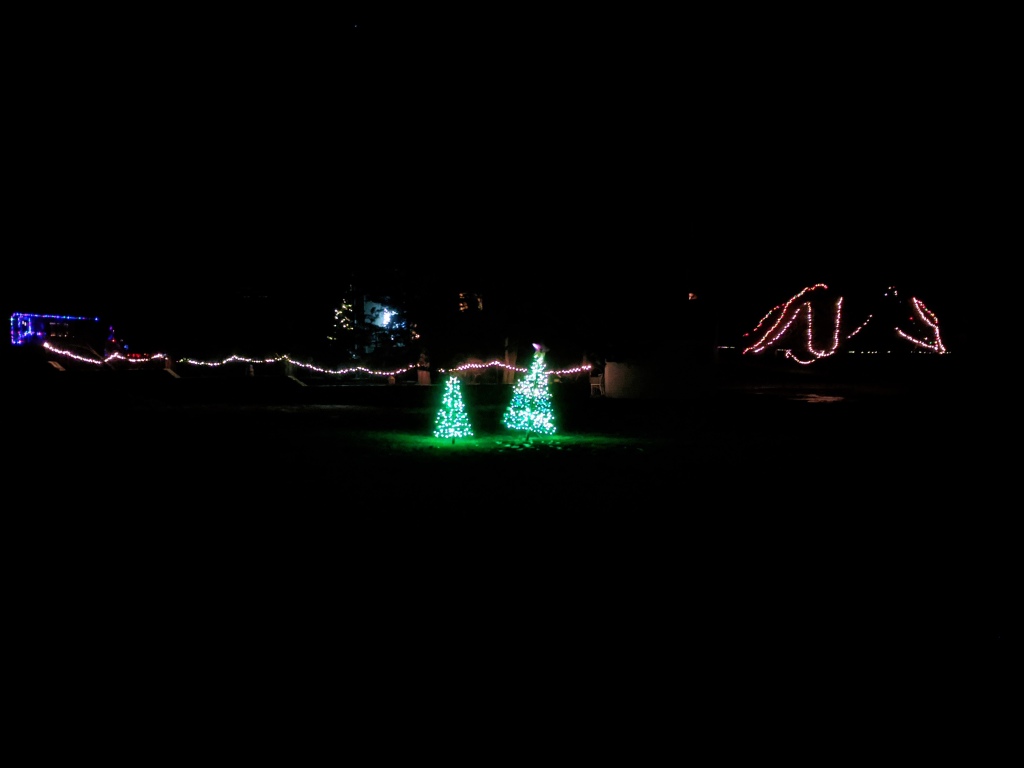

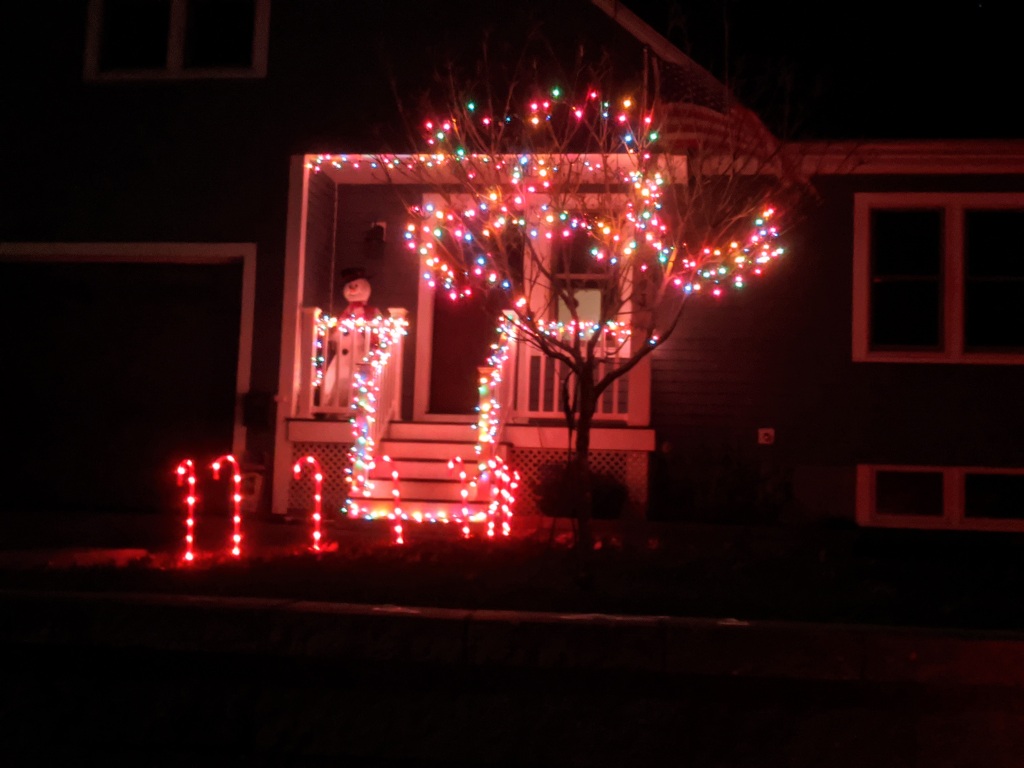

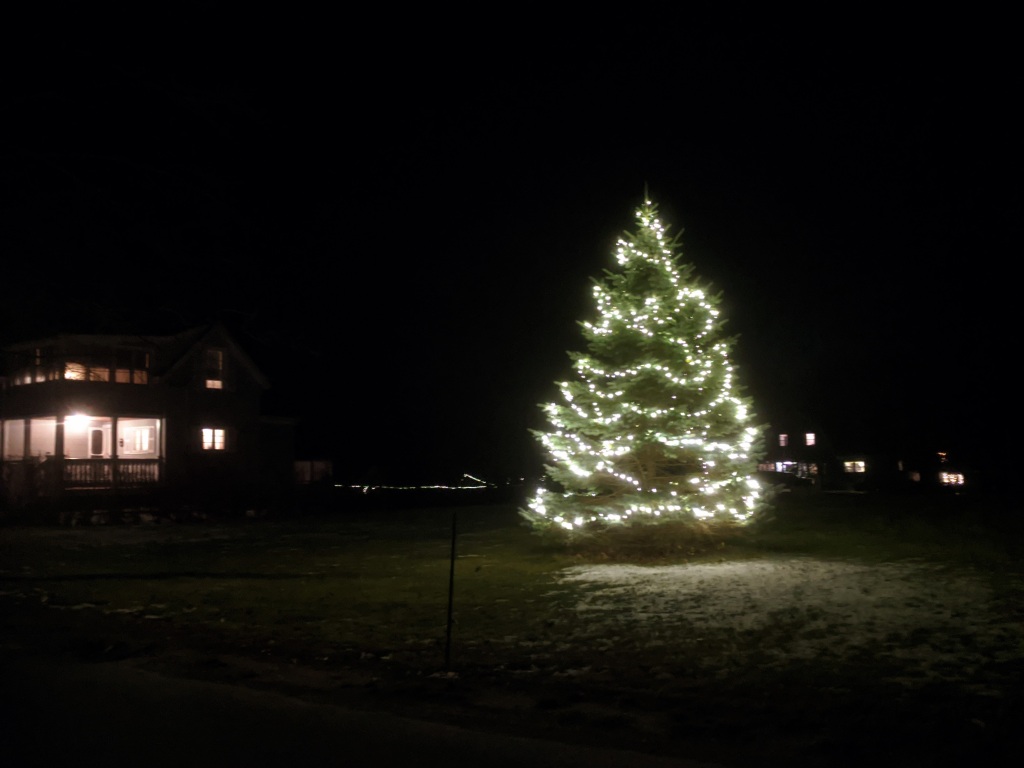
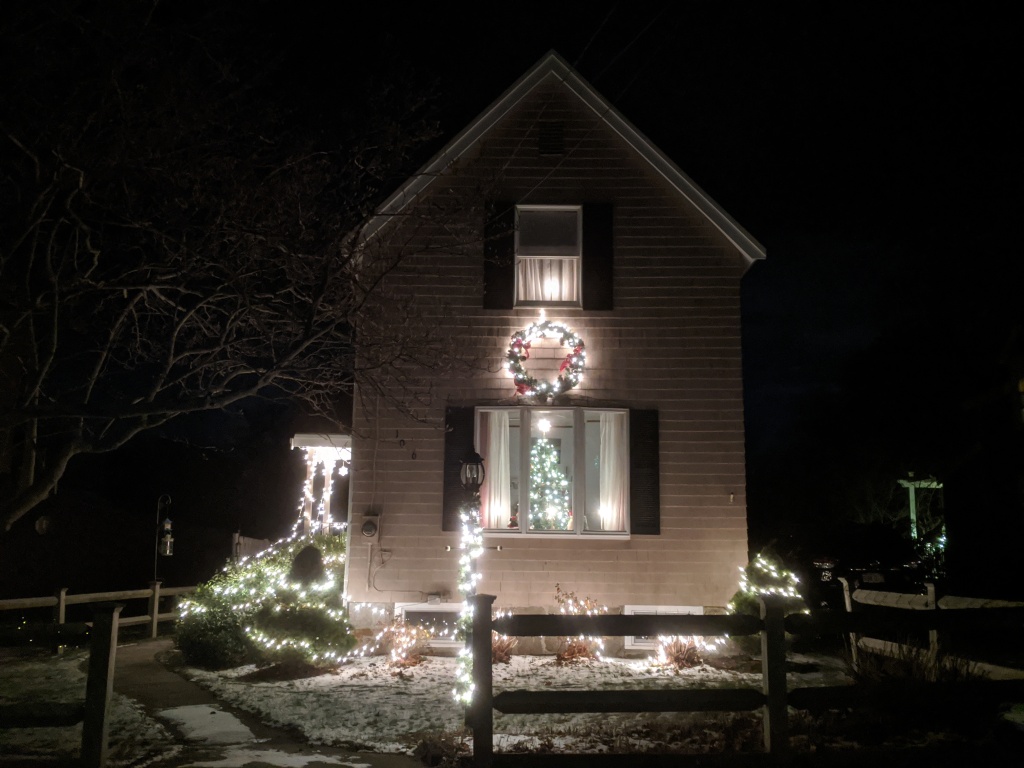

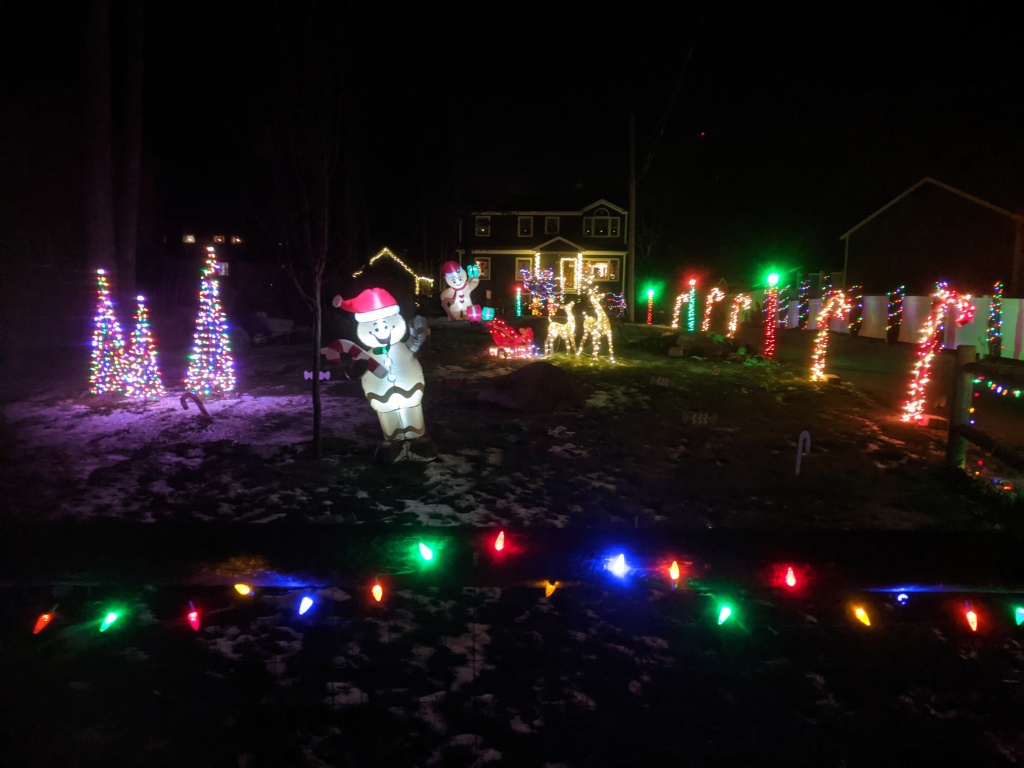
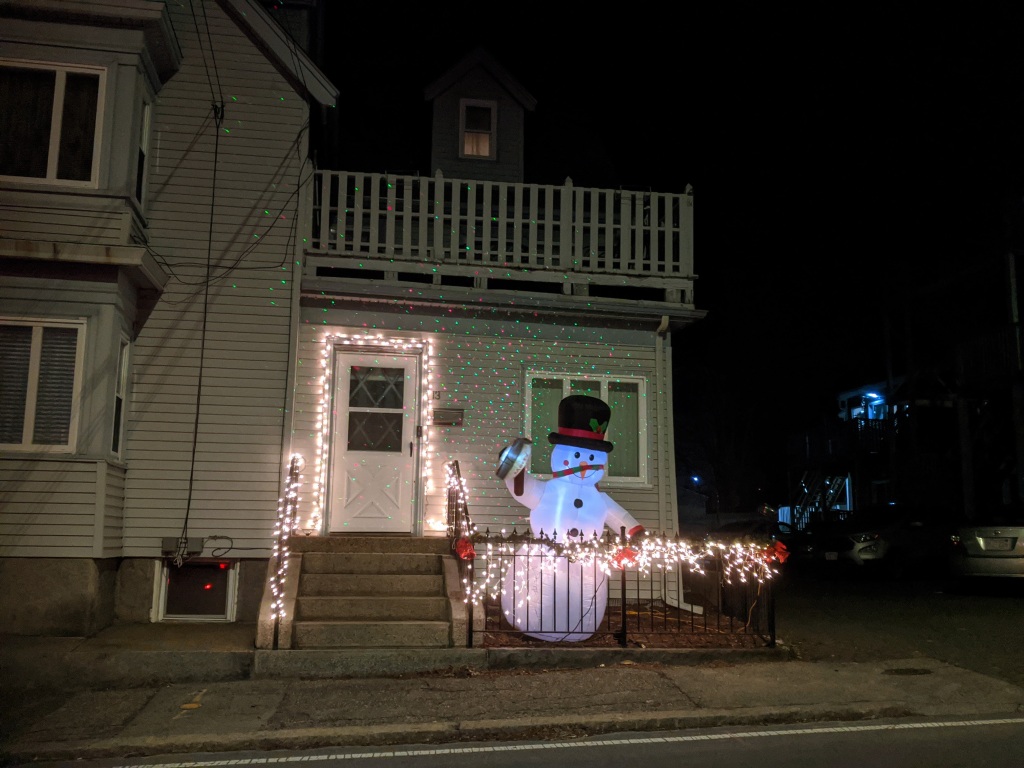
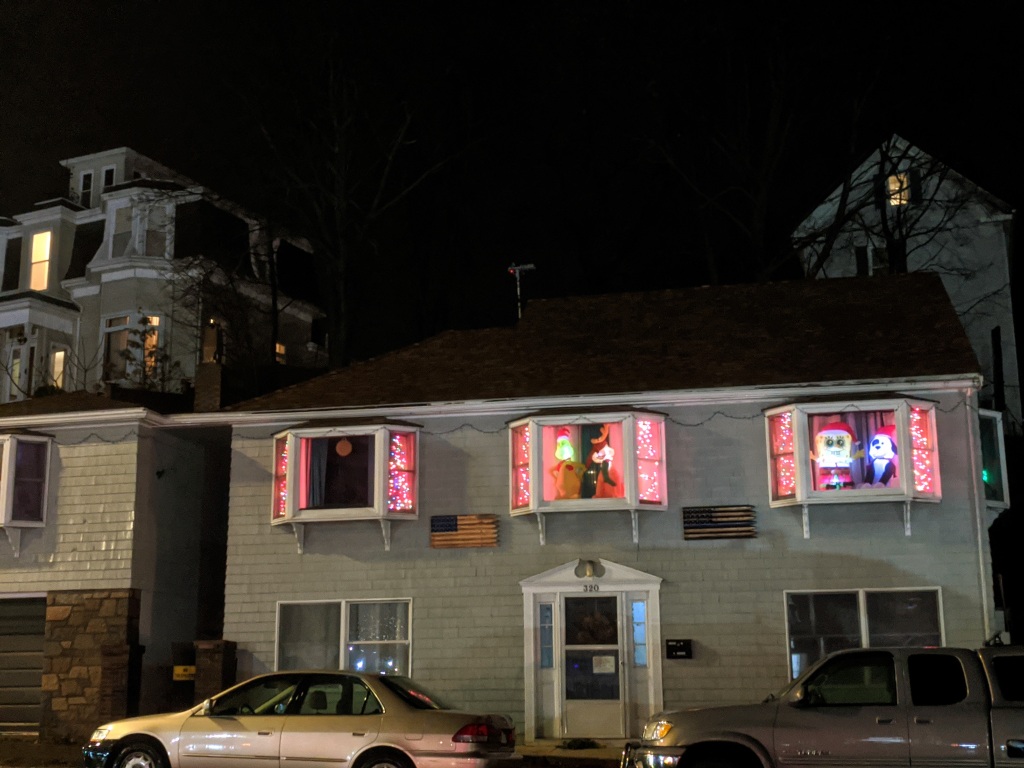


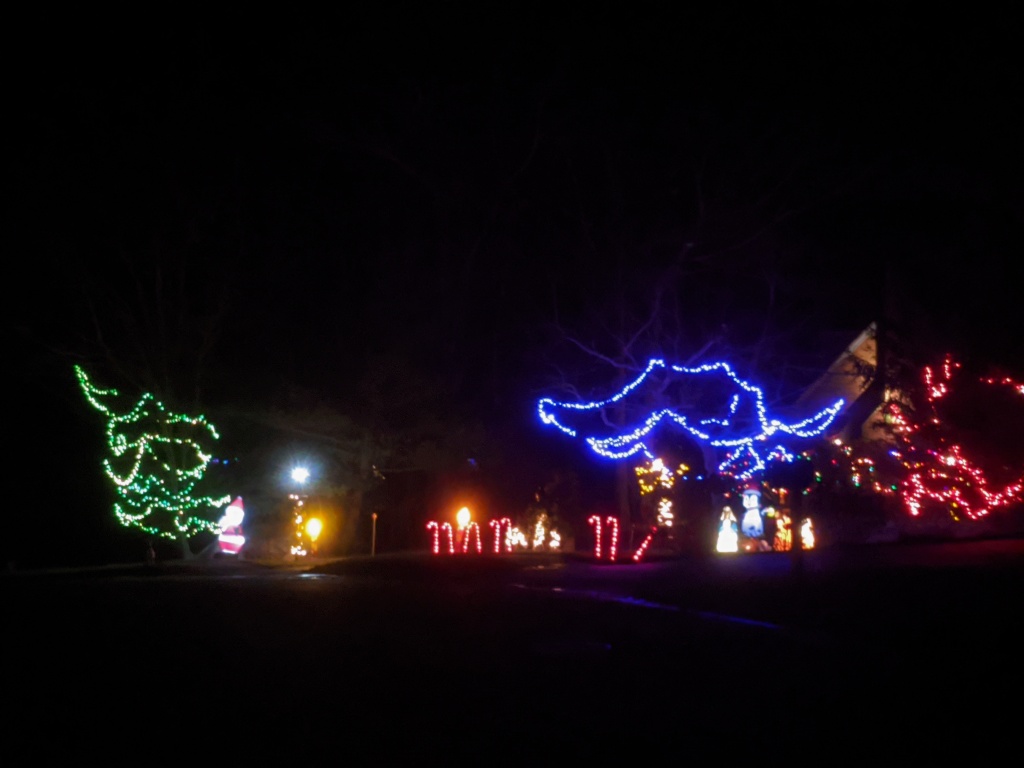

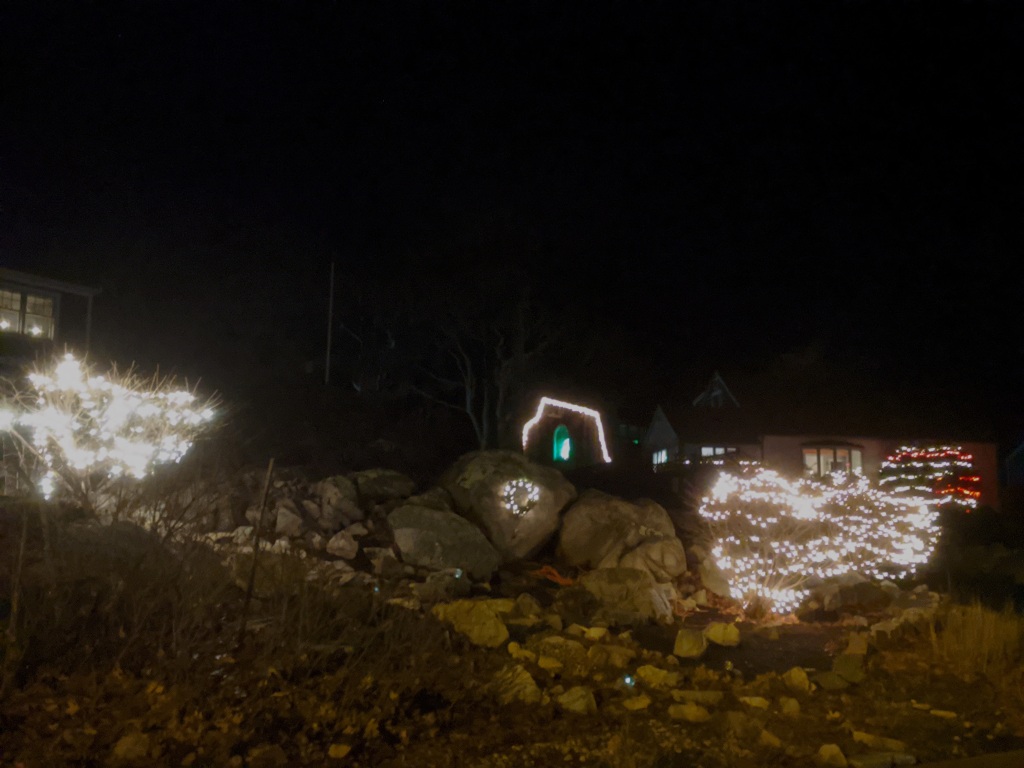

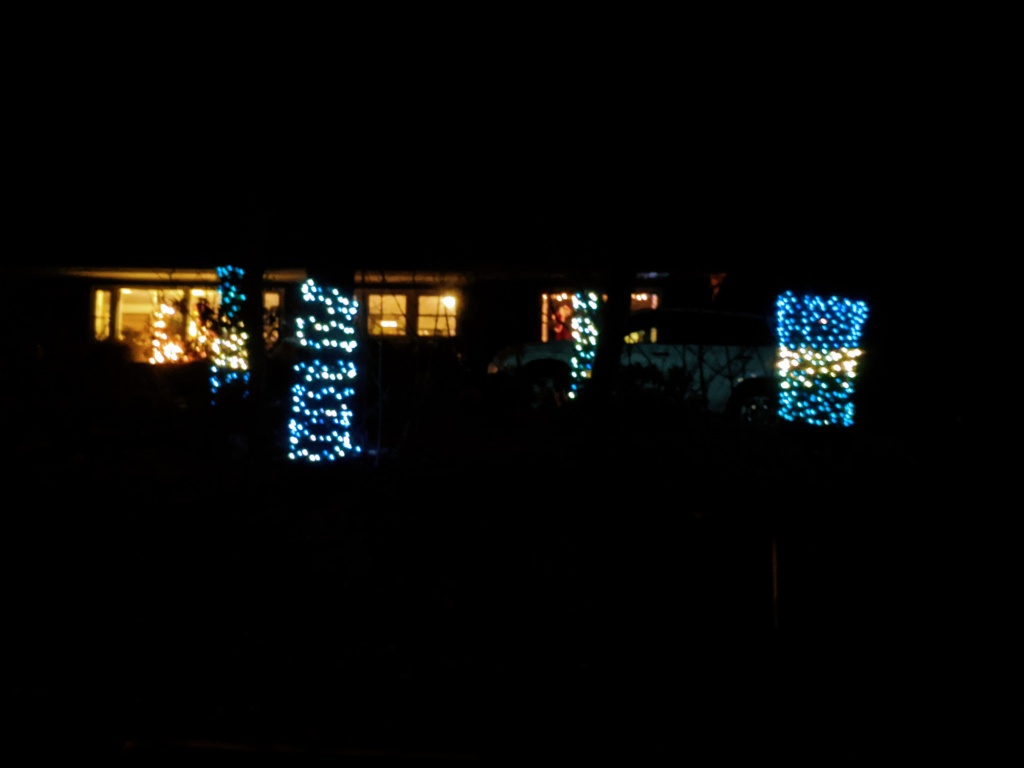
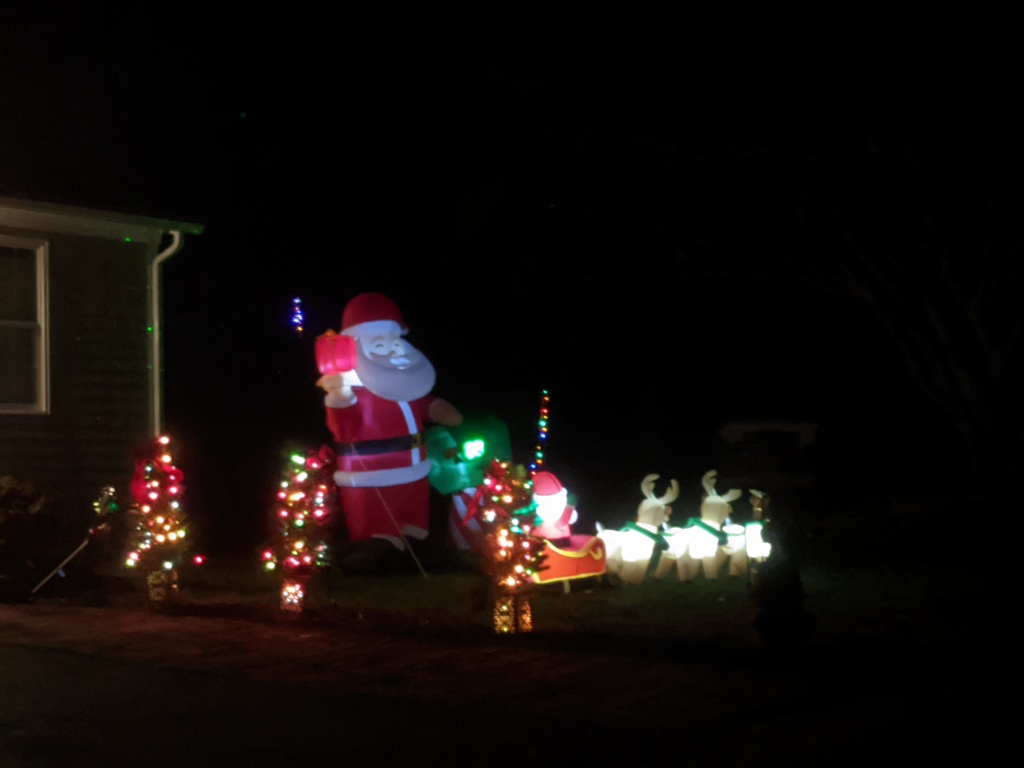
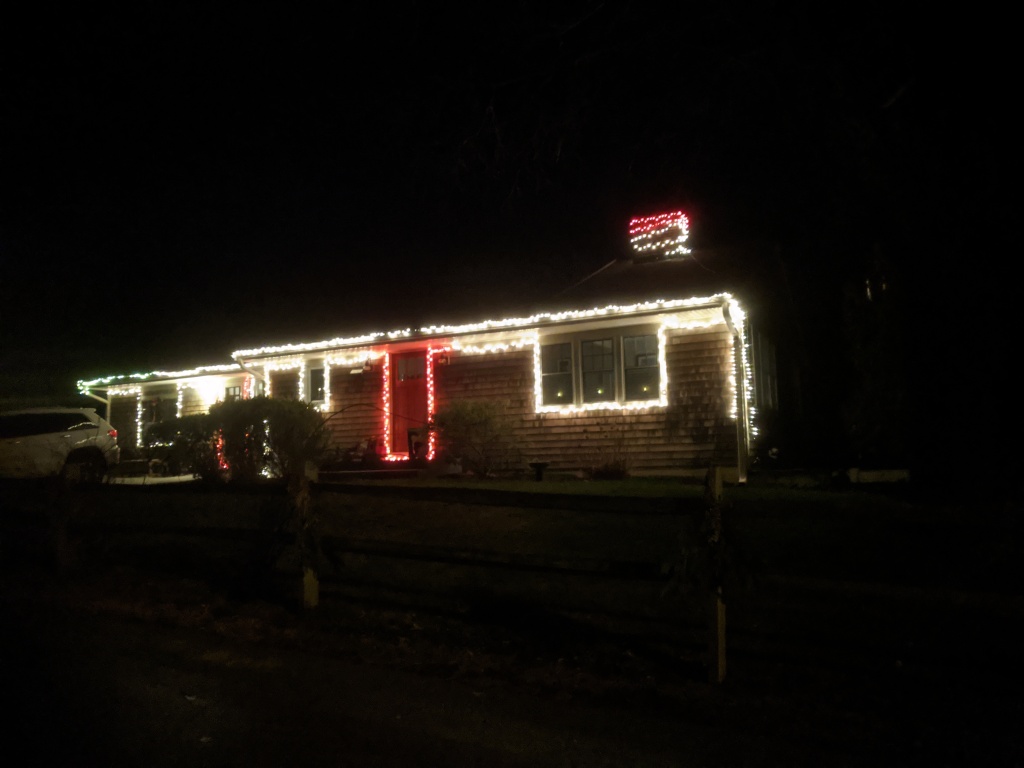
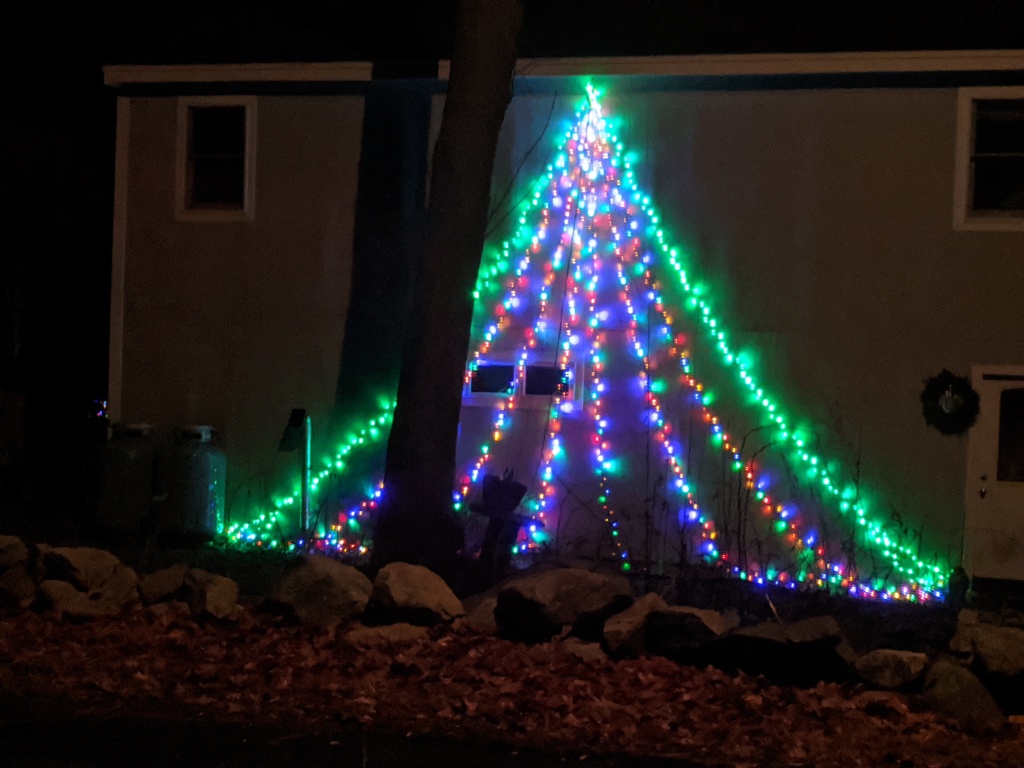
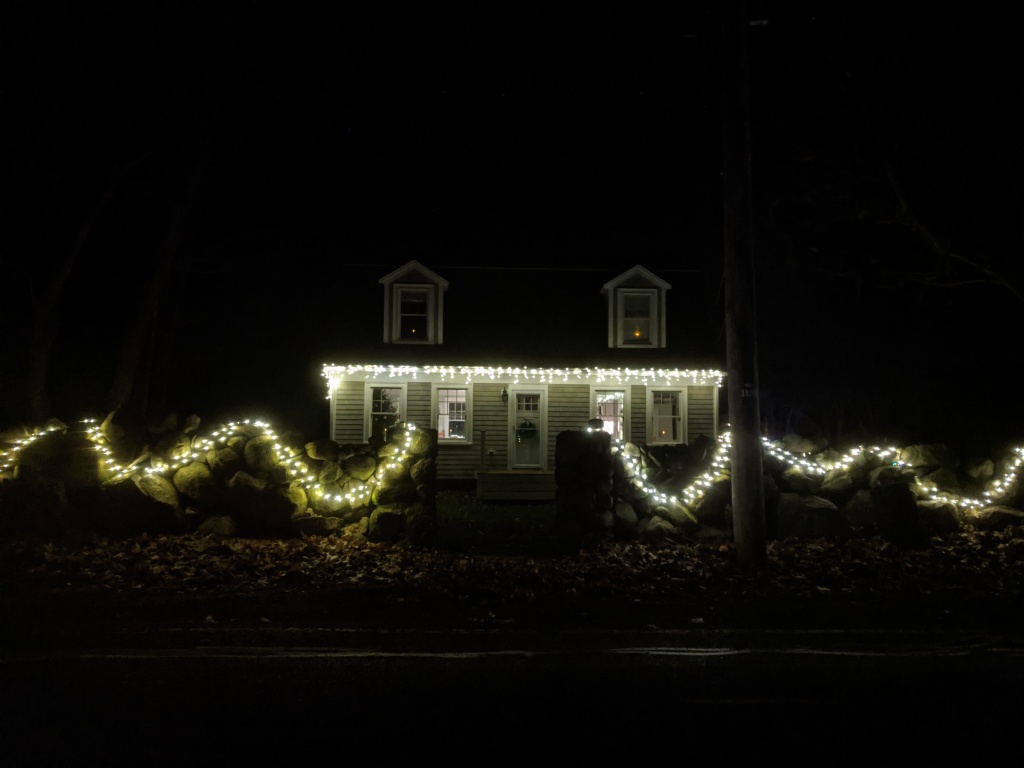


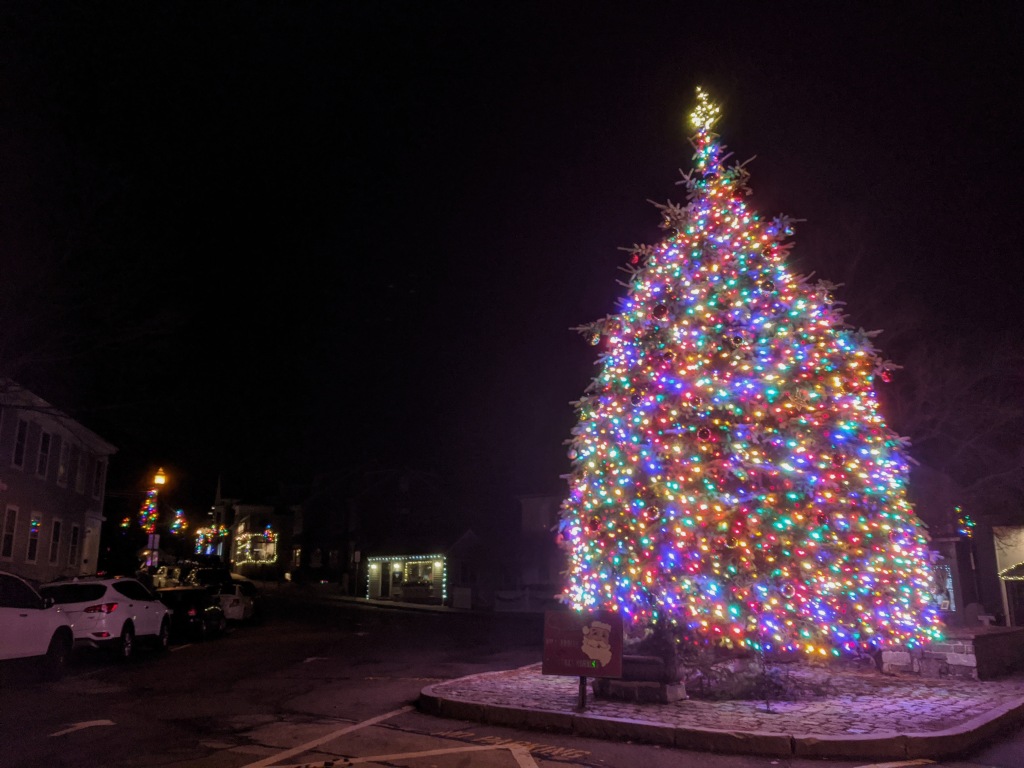
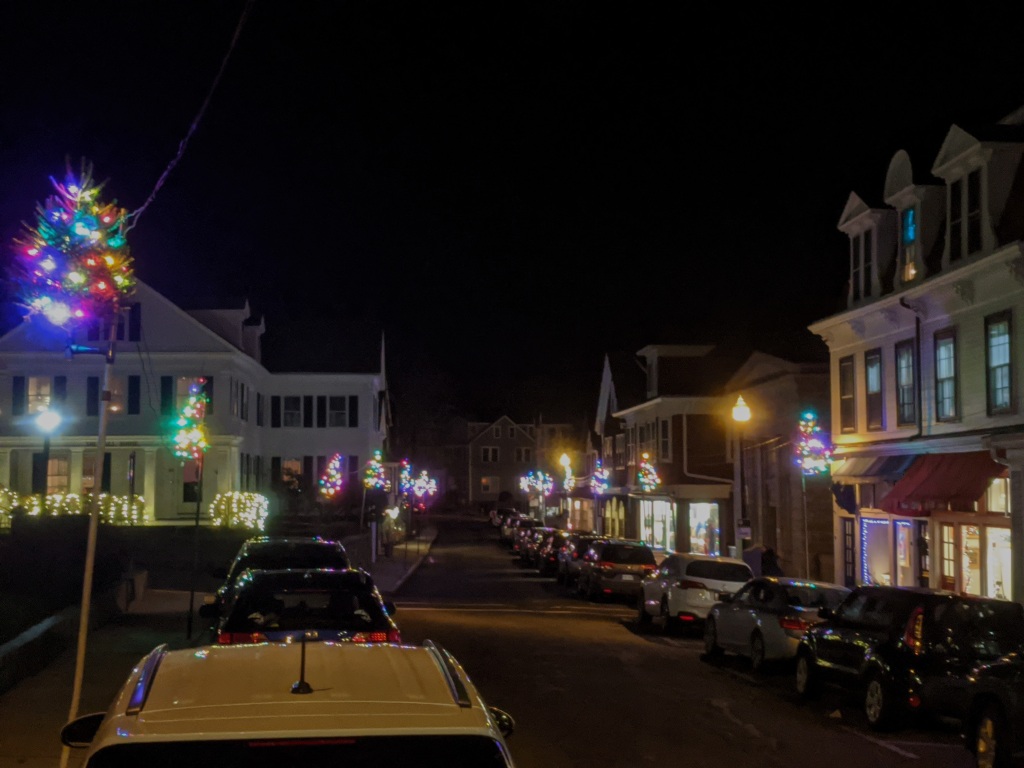
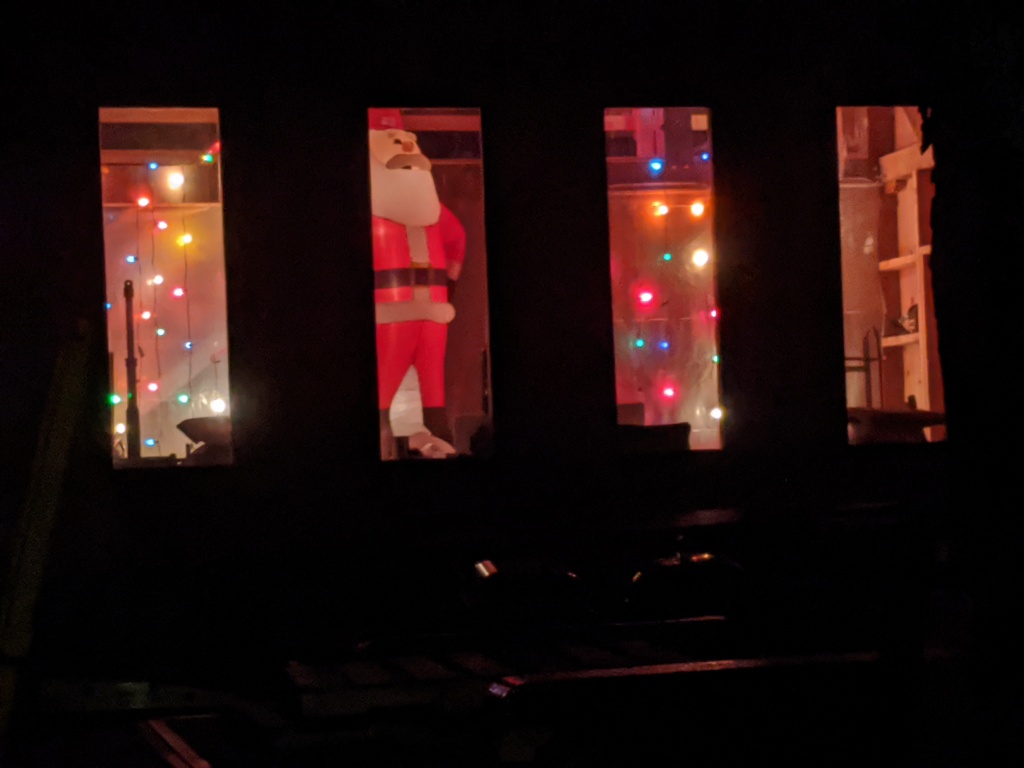
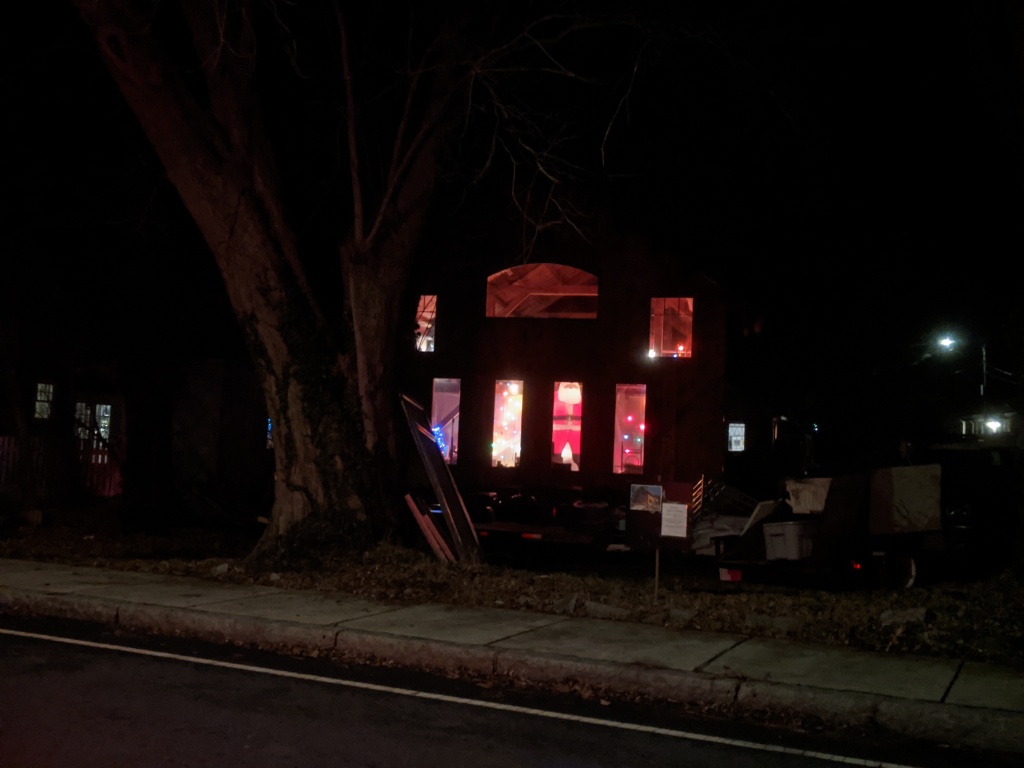
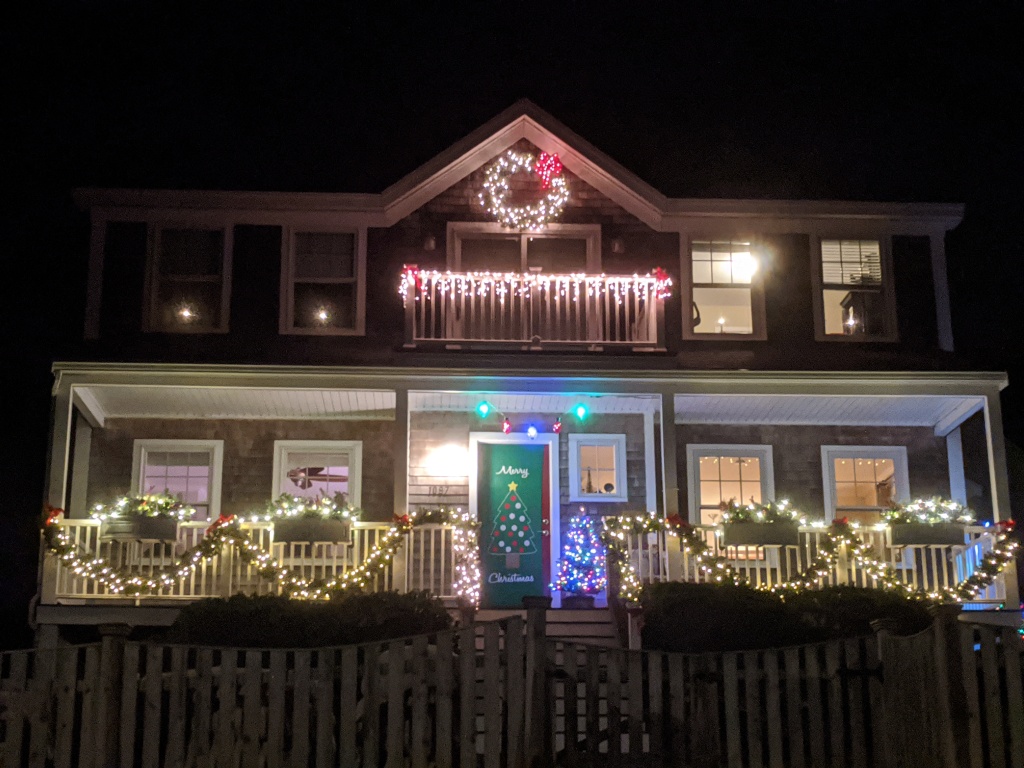
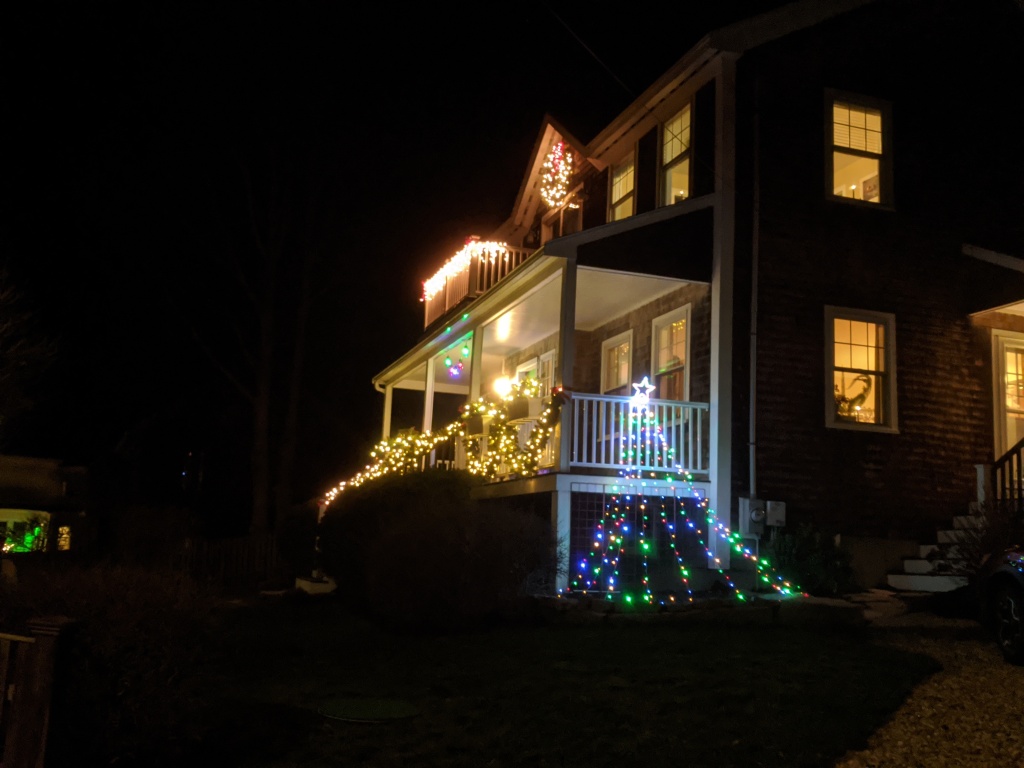

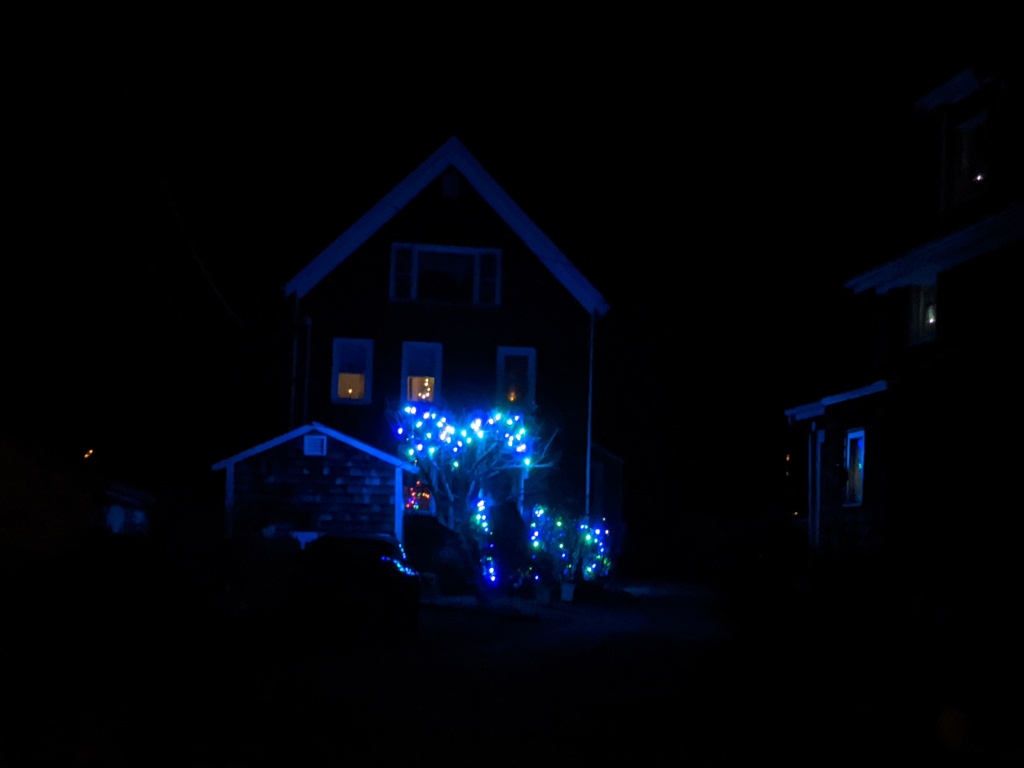
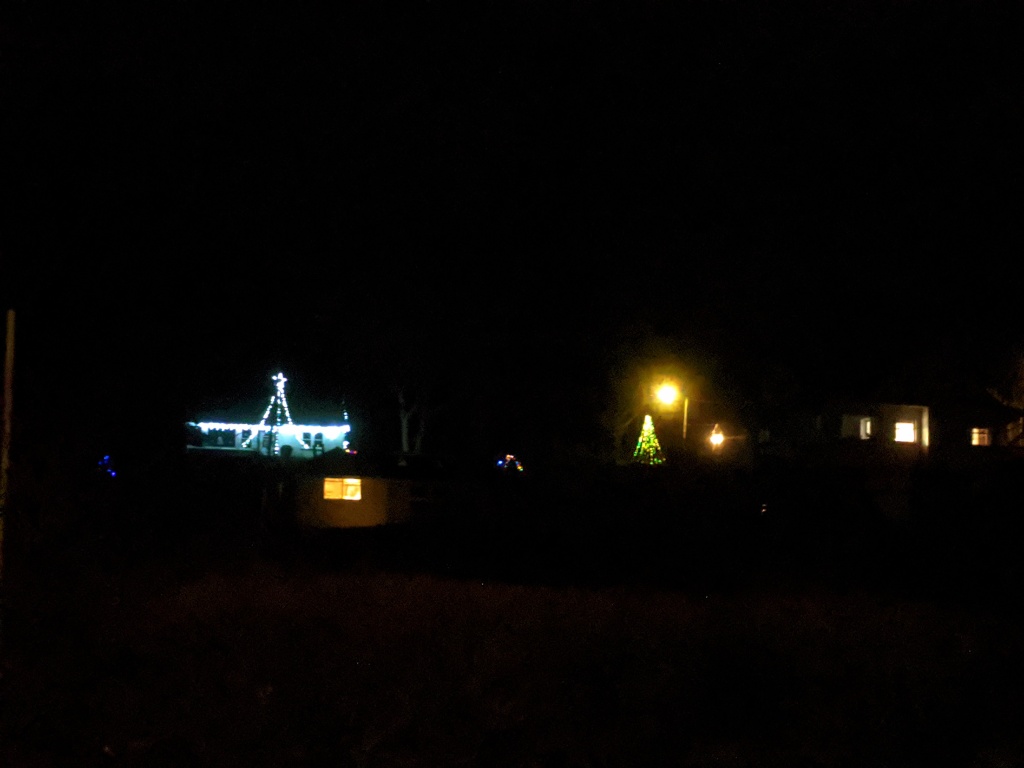
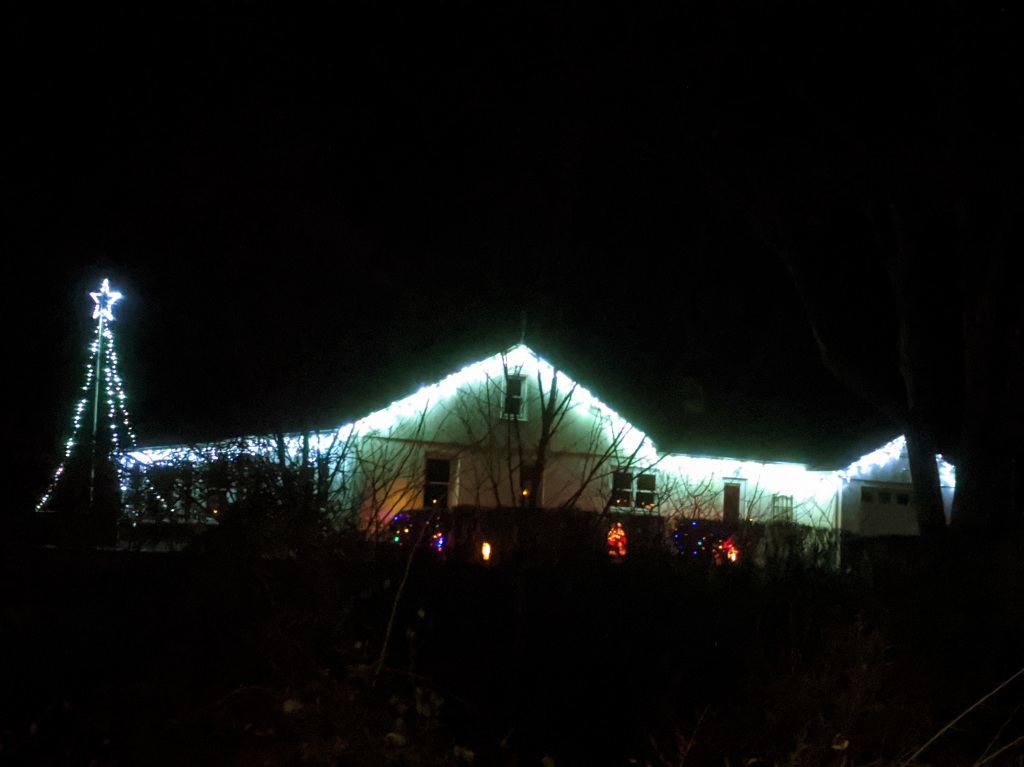


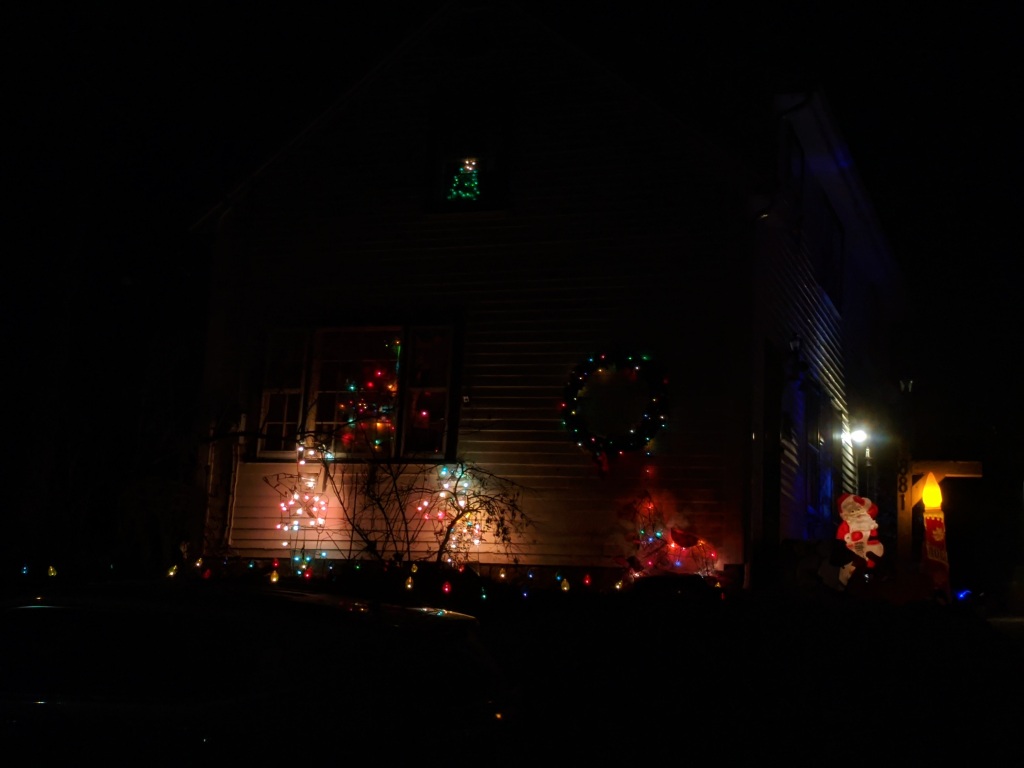
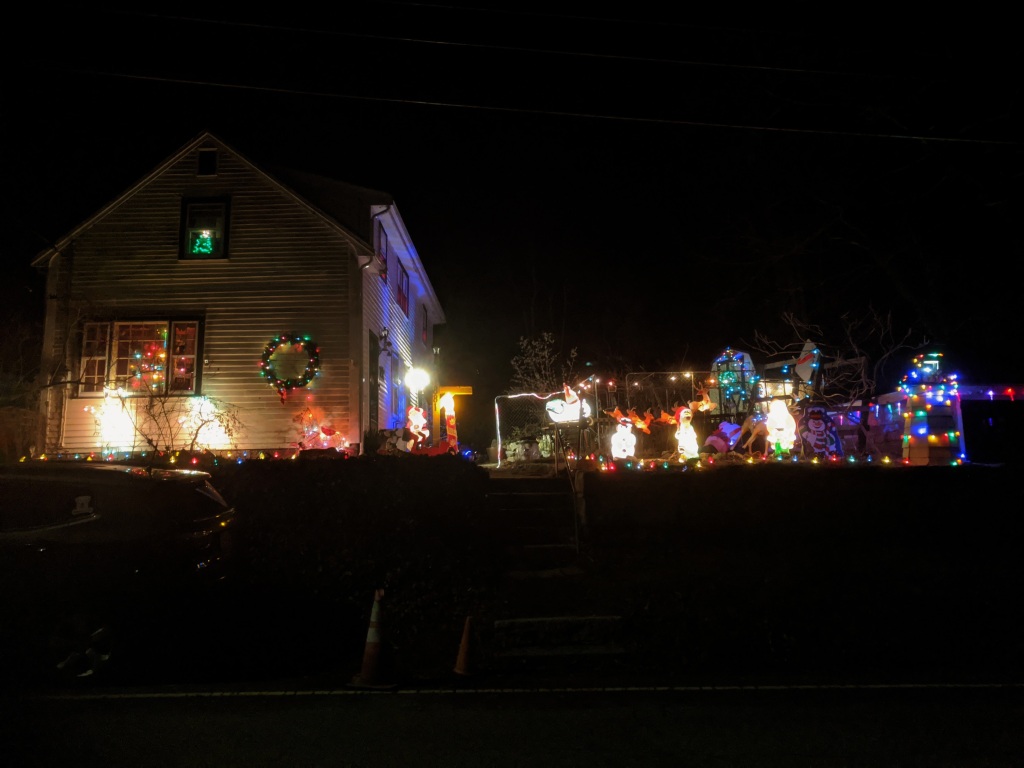



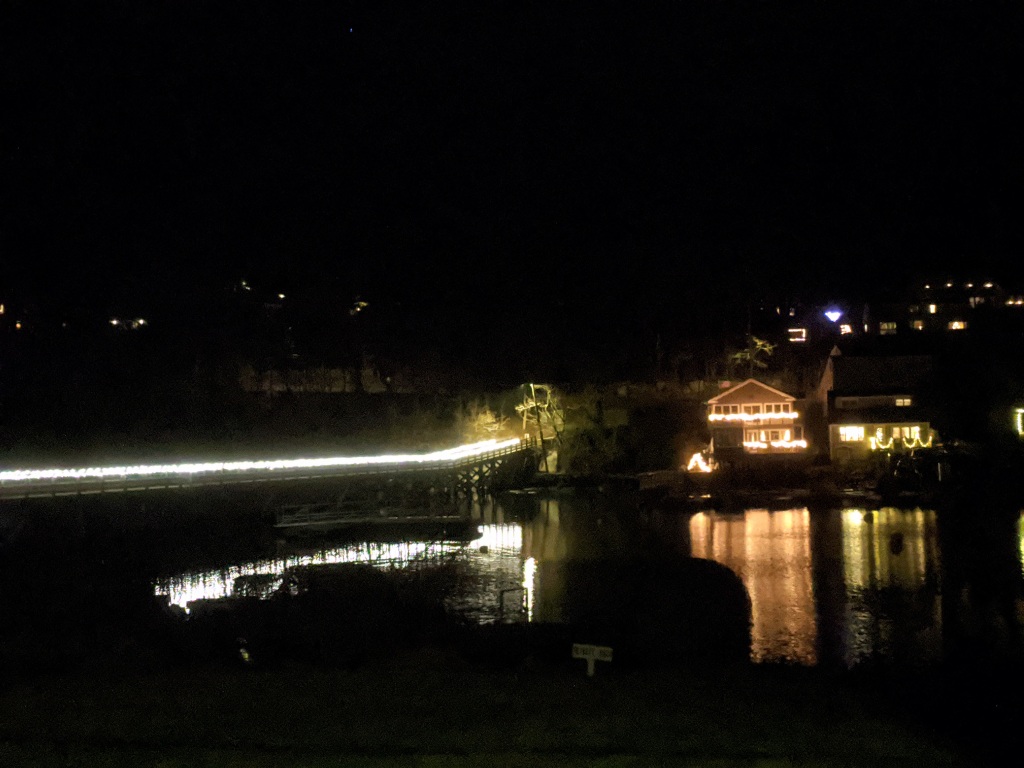


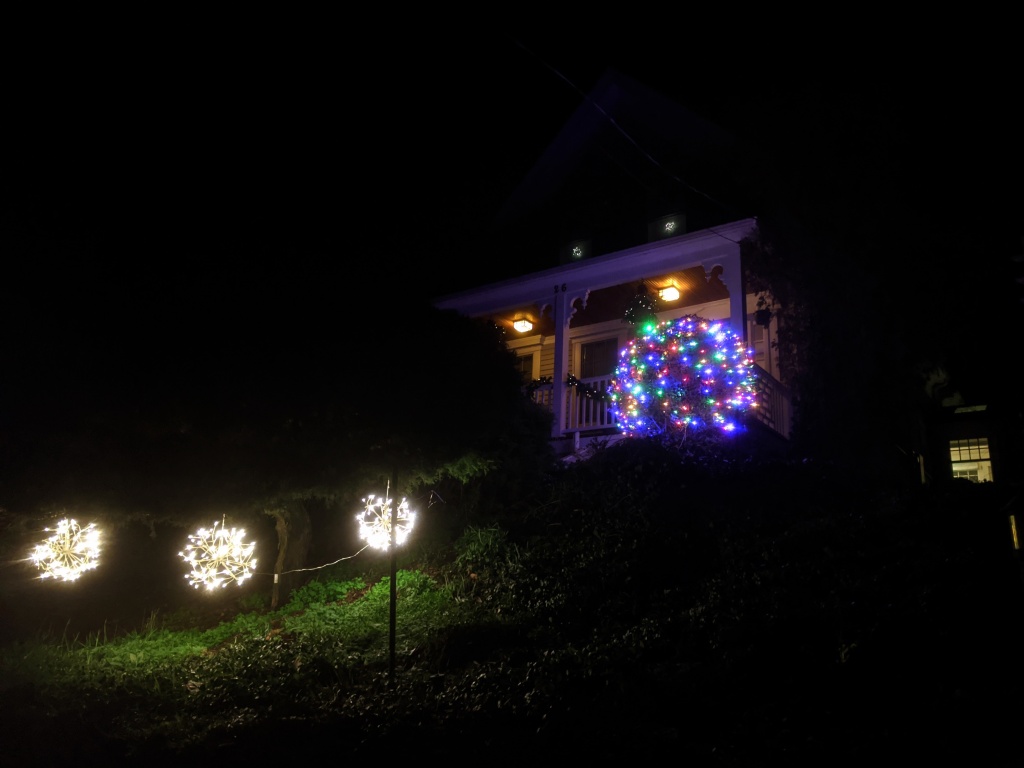

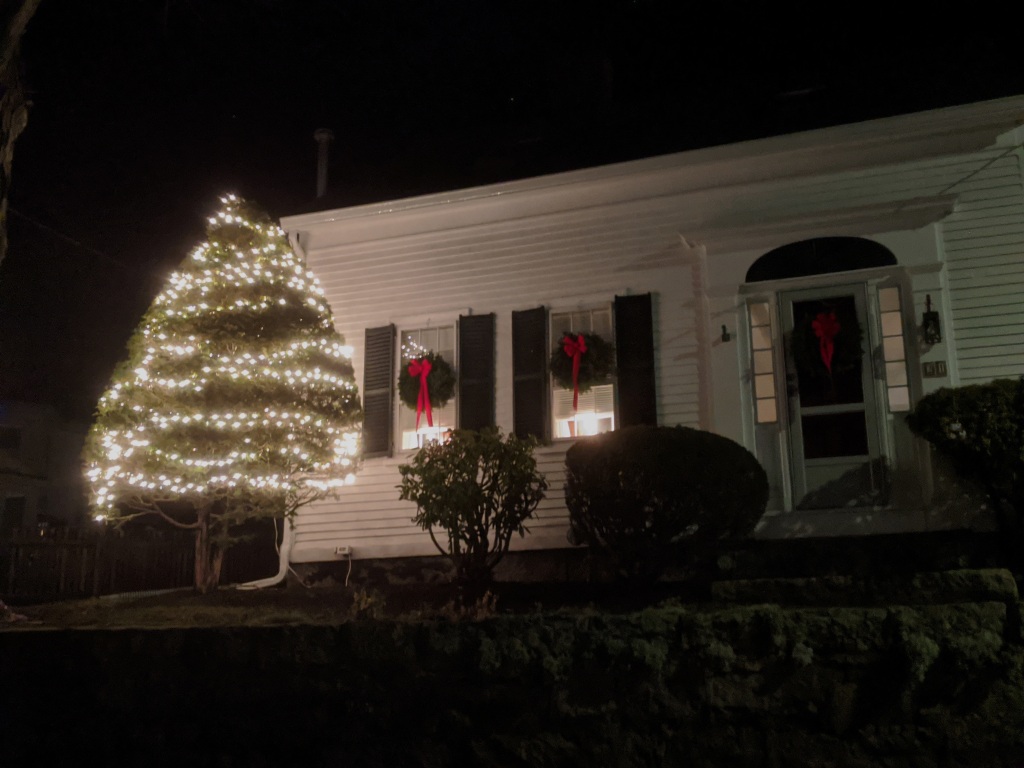
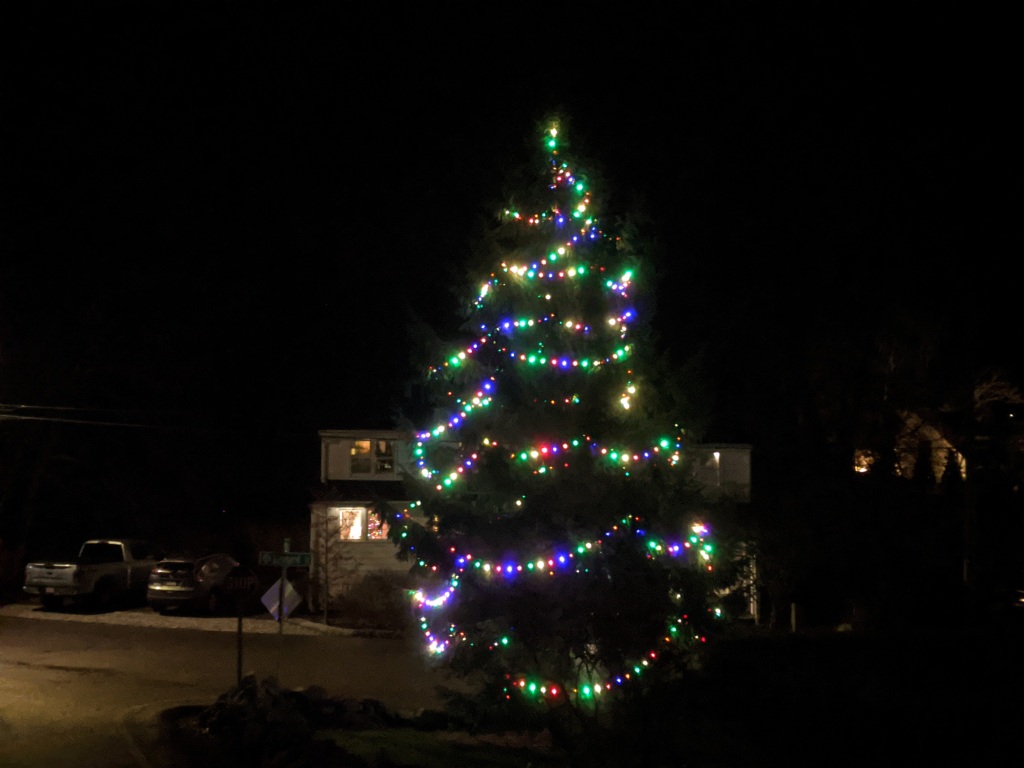
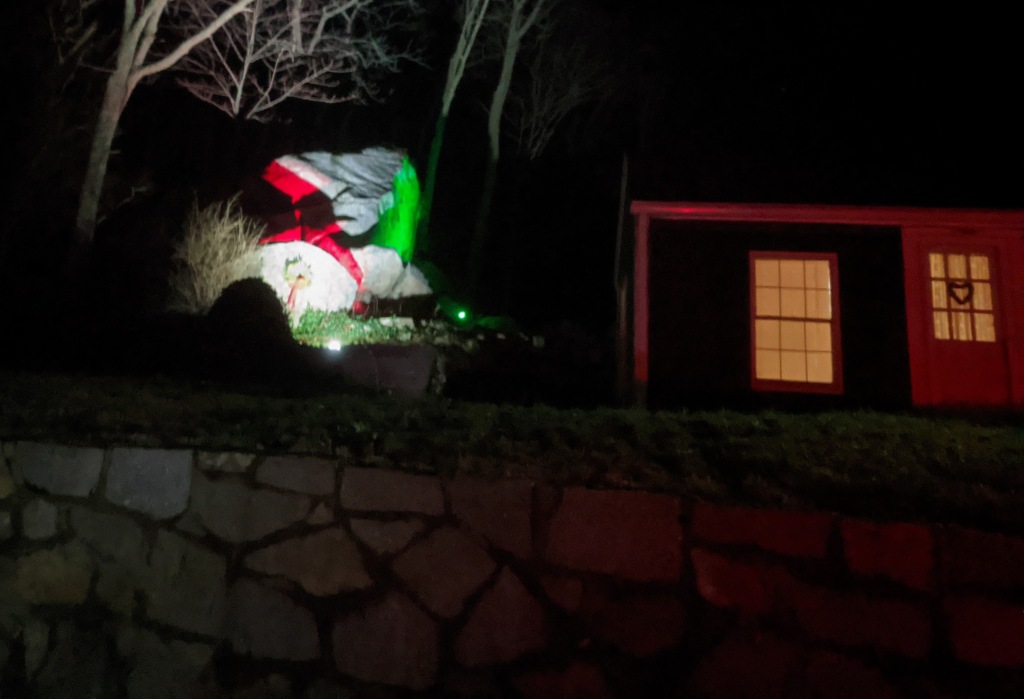



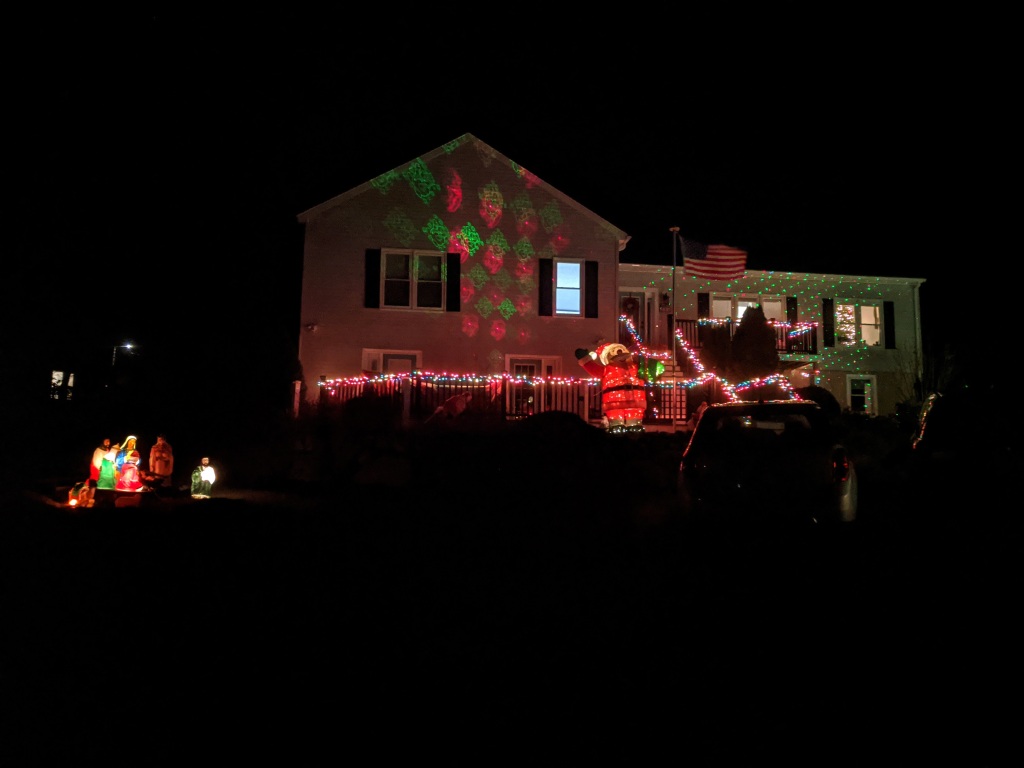
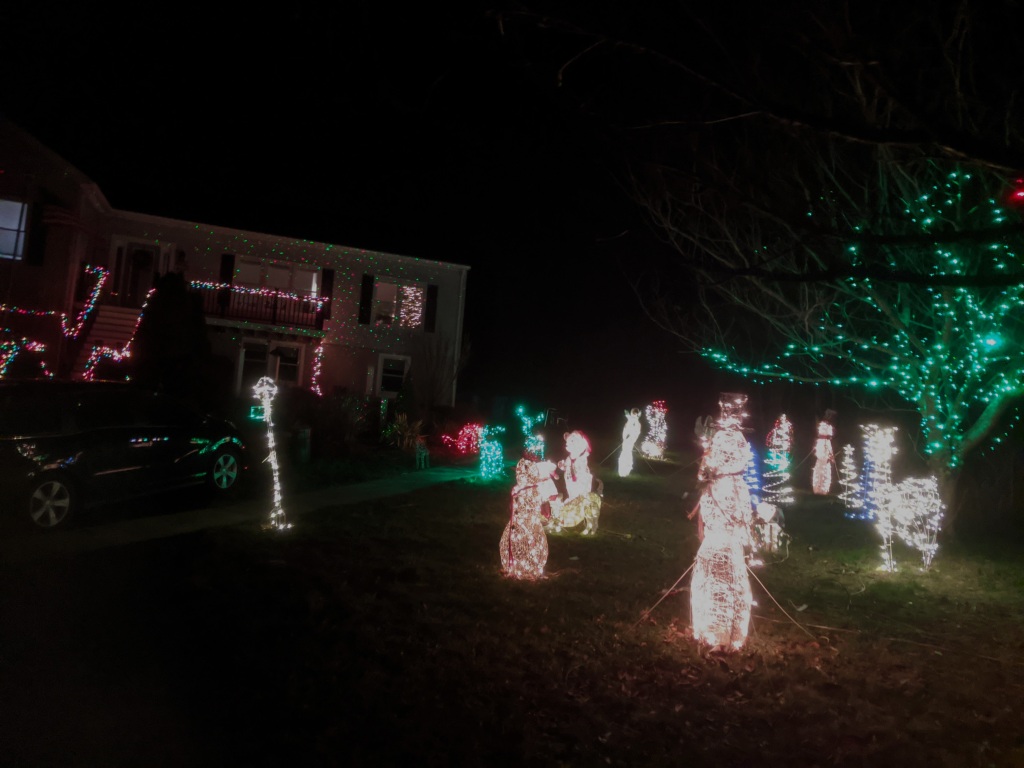
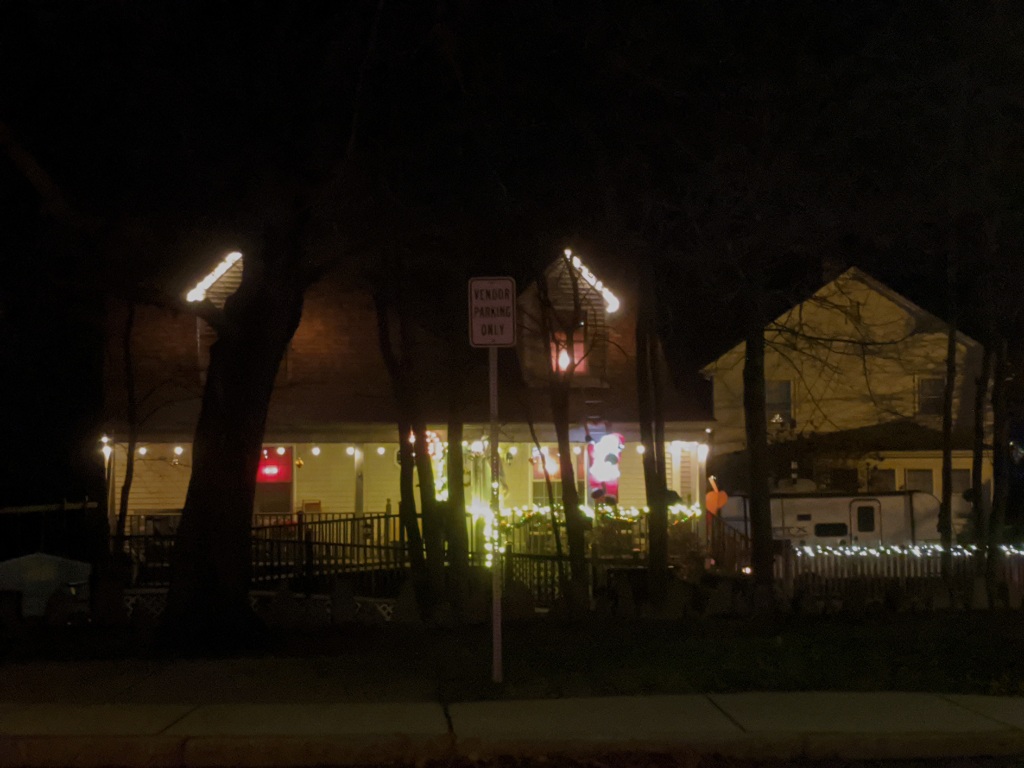
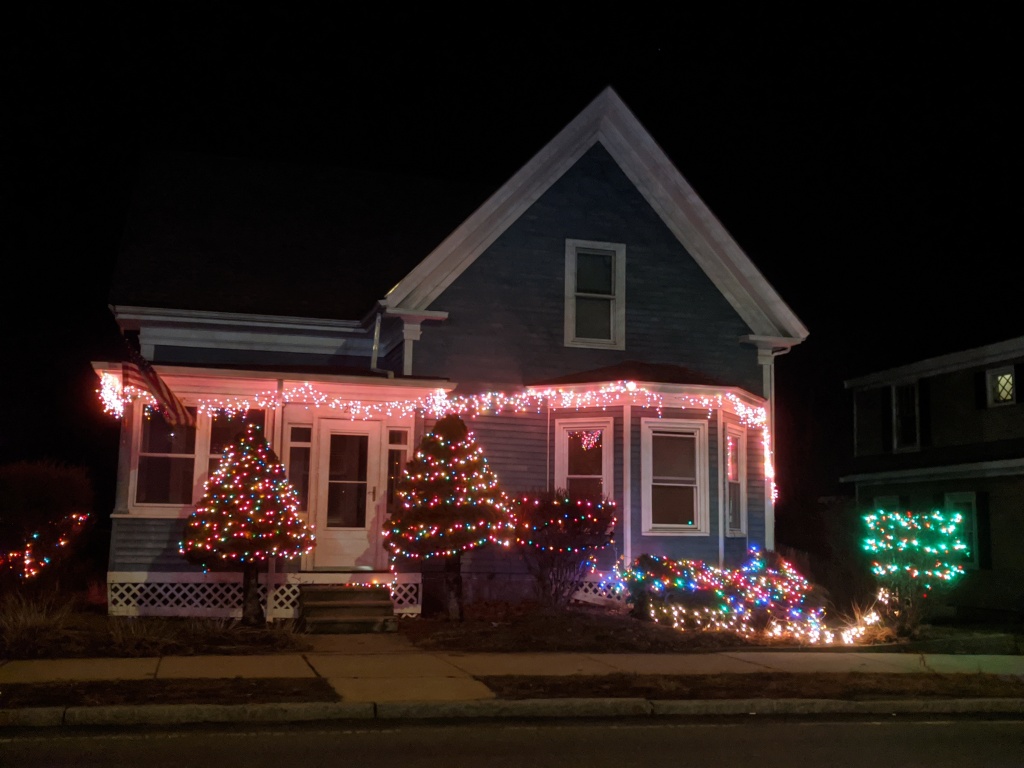
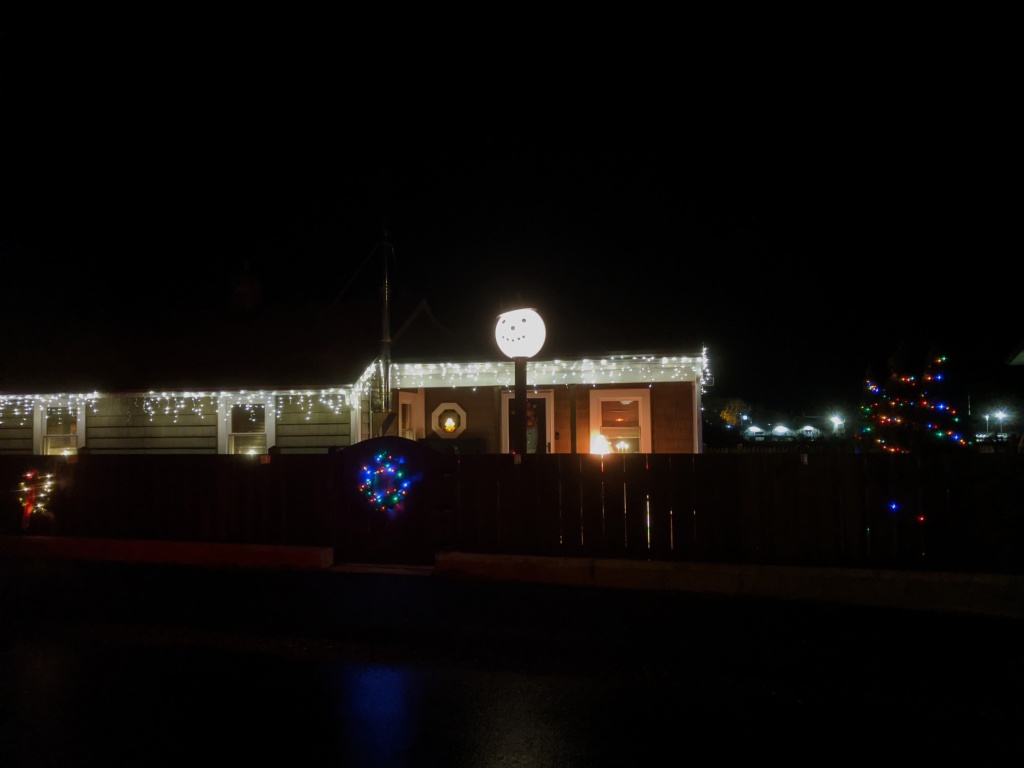


and buoy ornaments inside and out
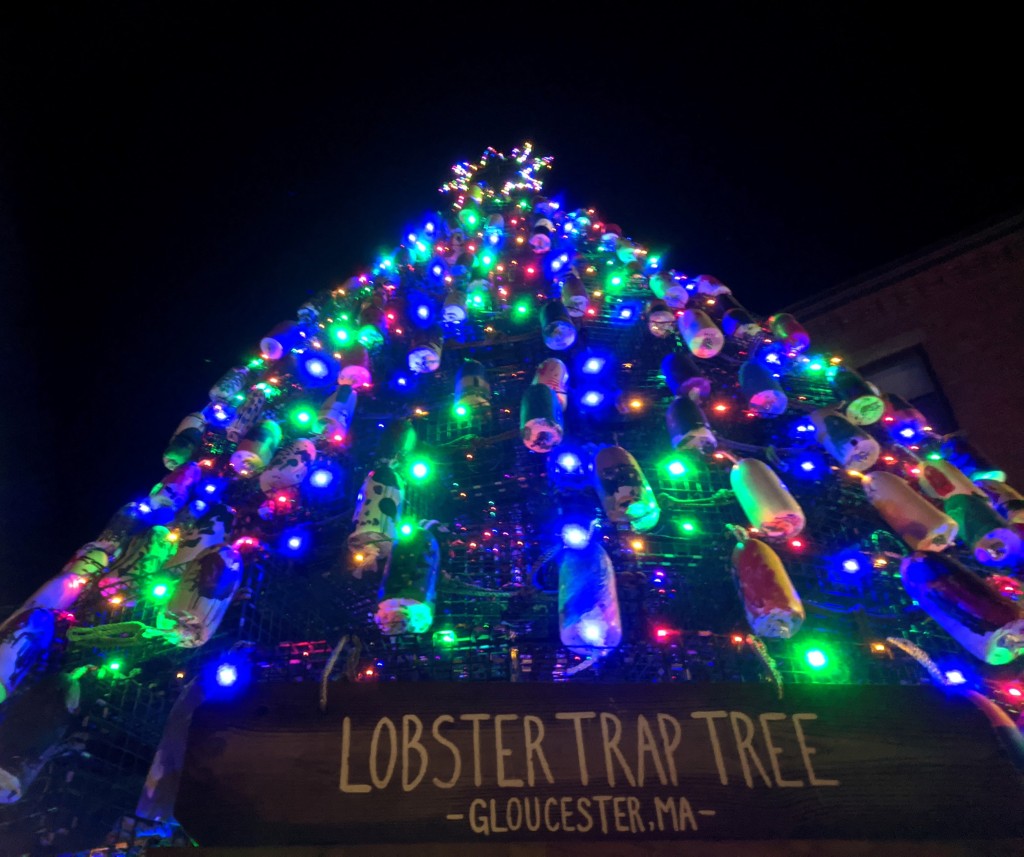




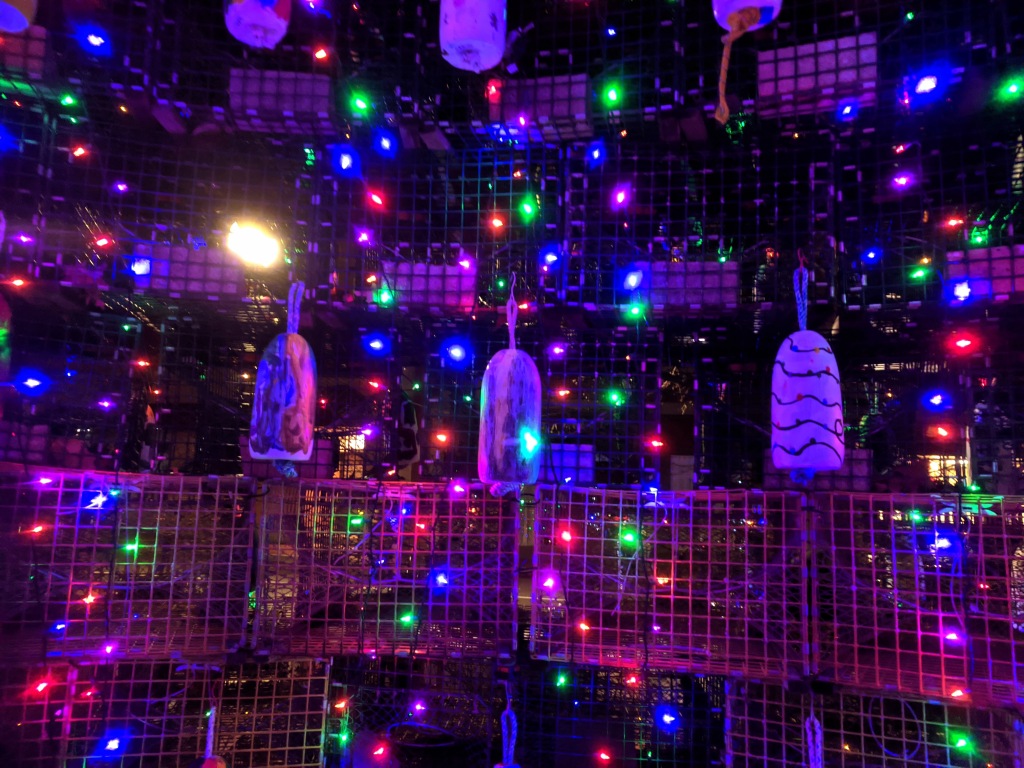

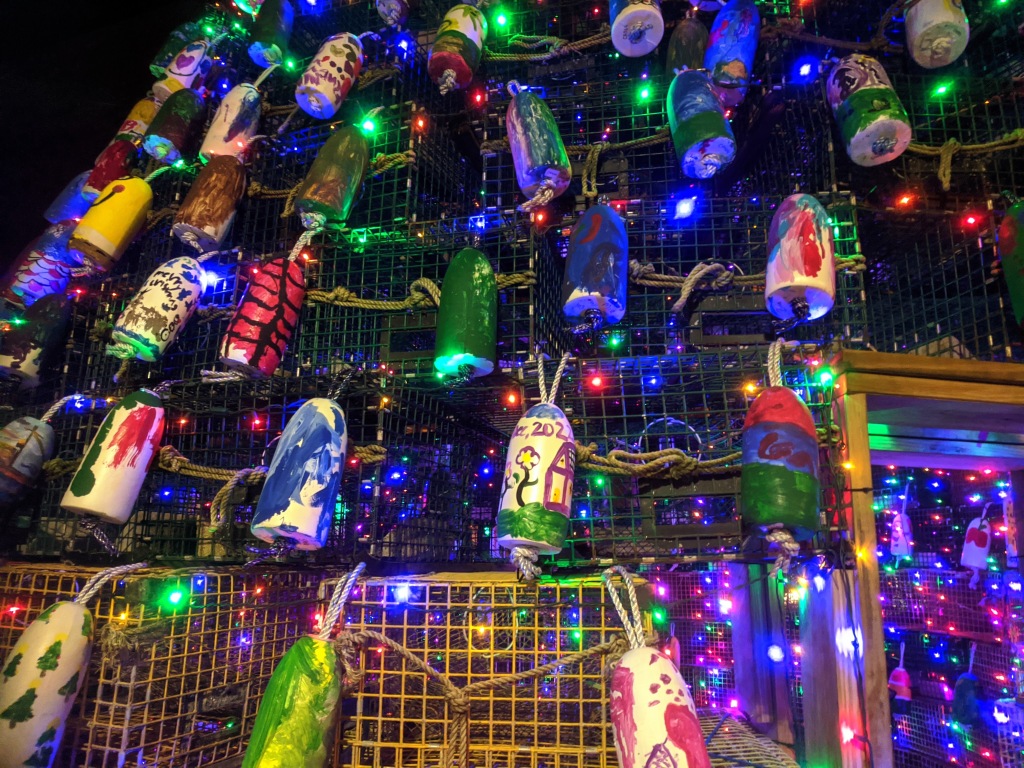
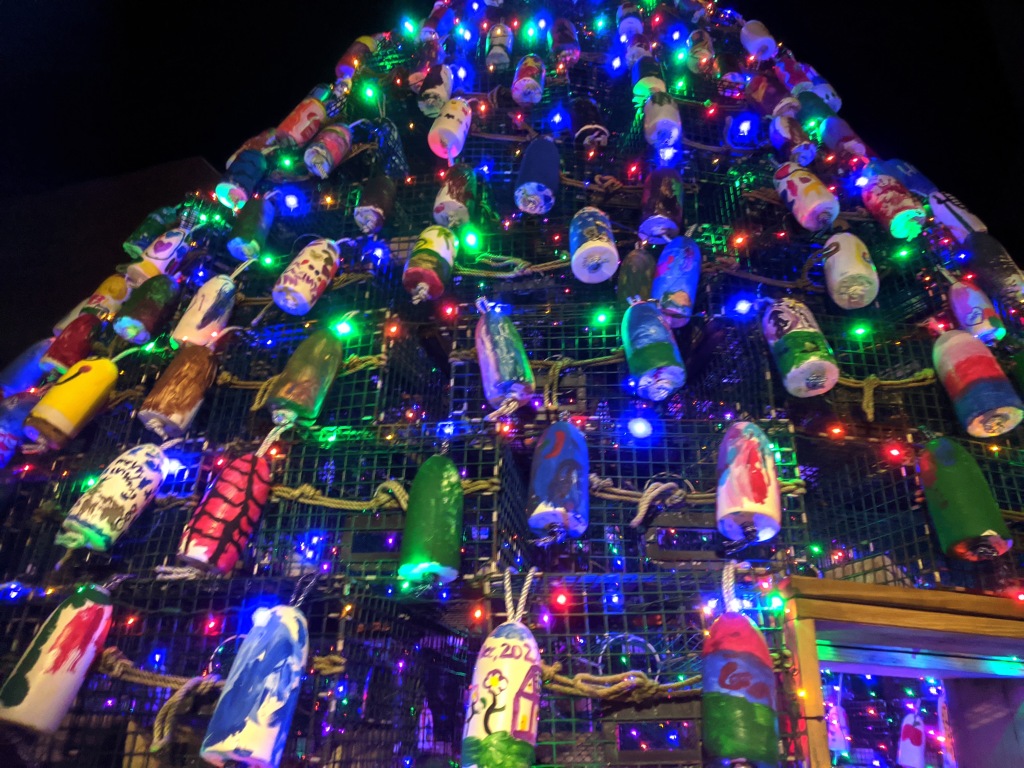
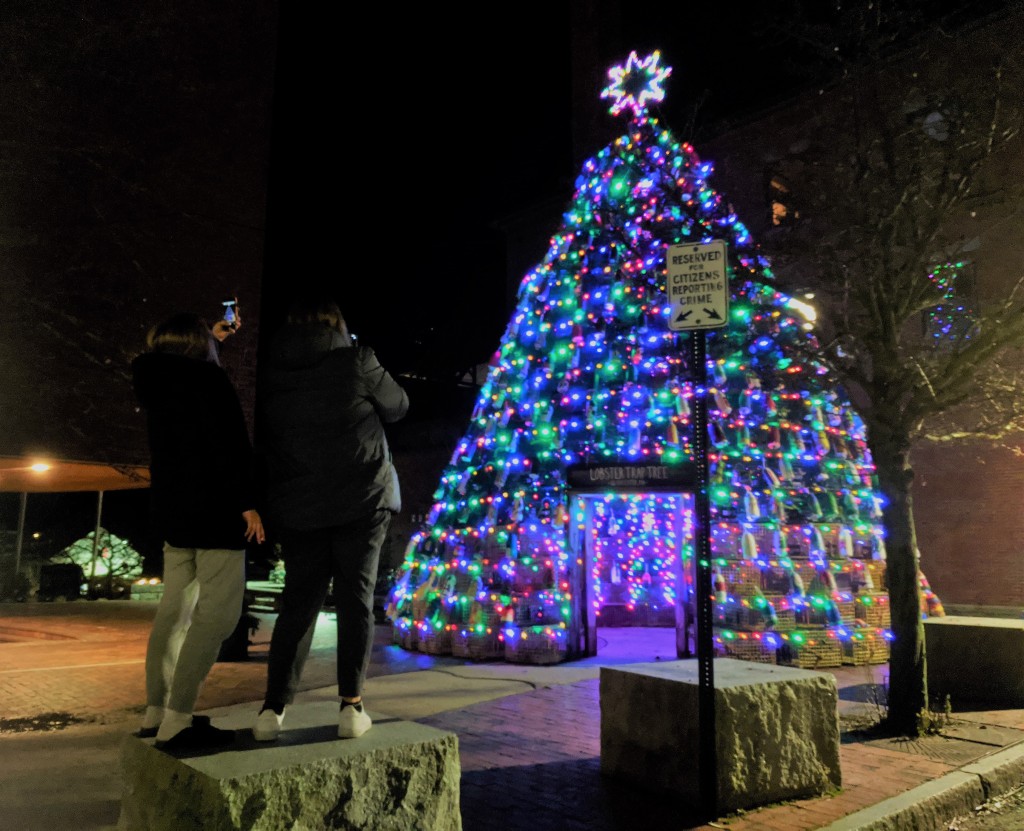




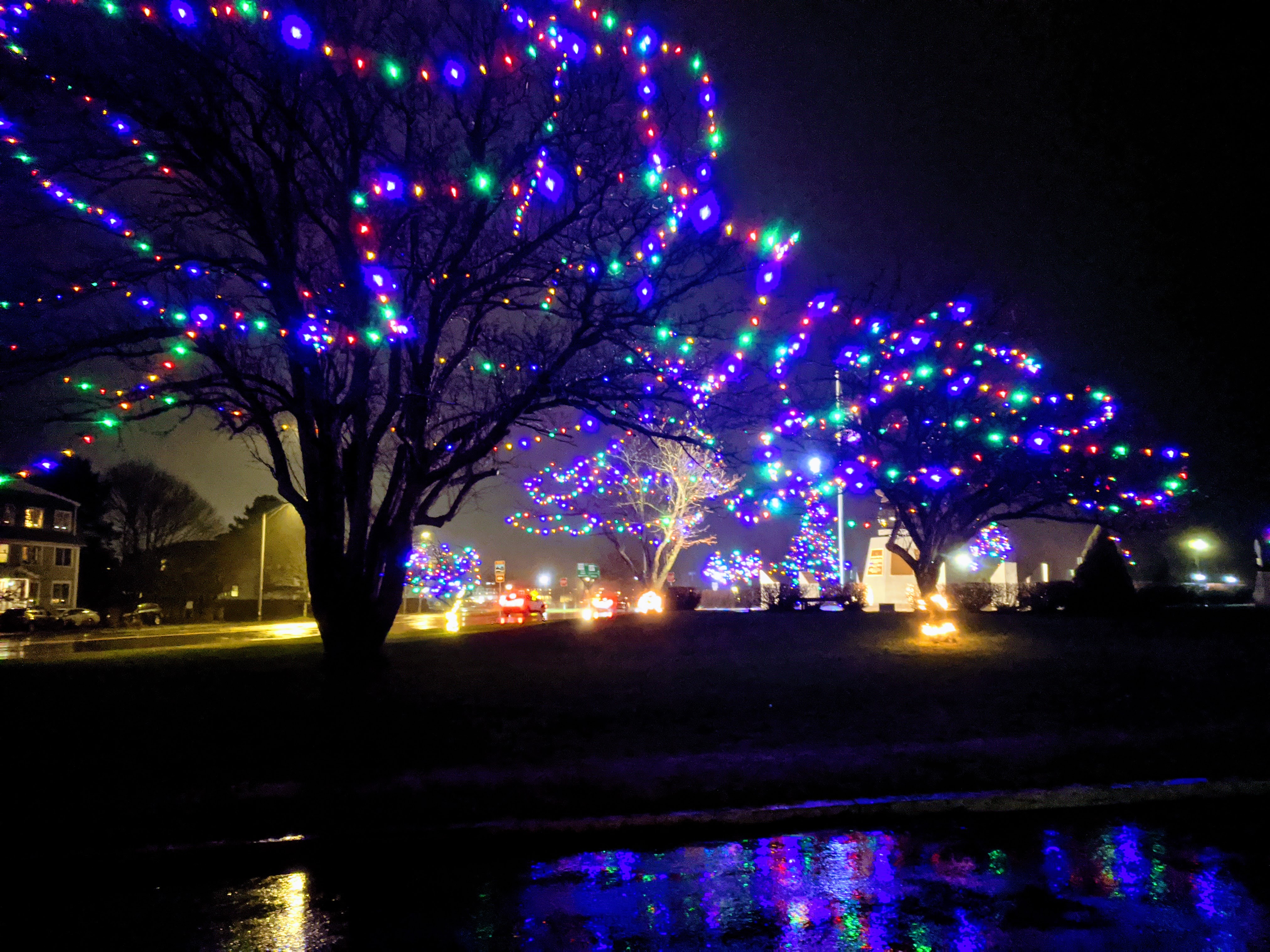
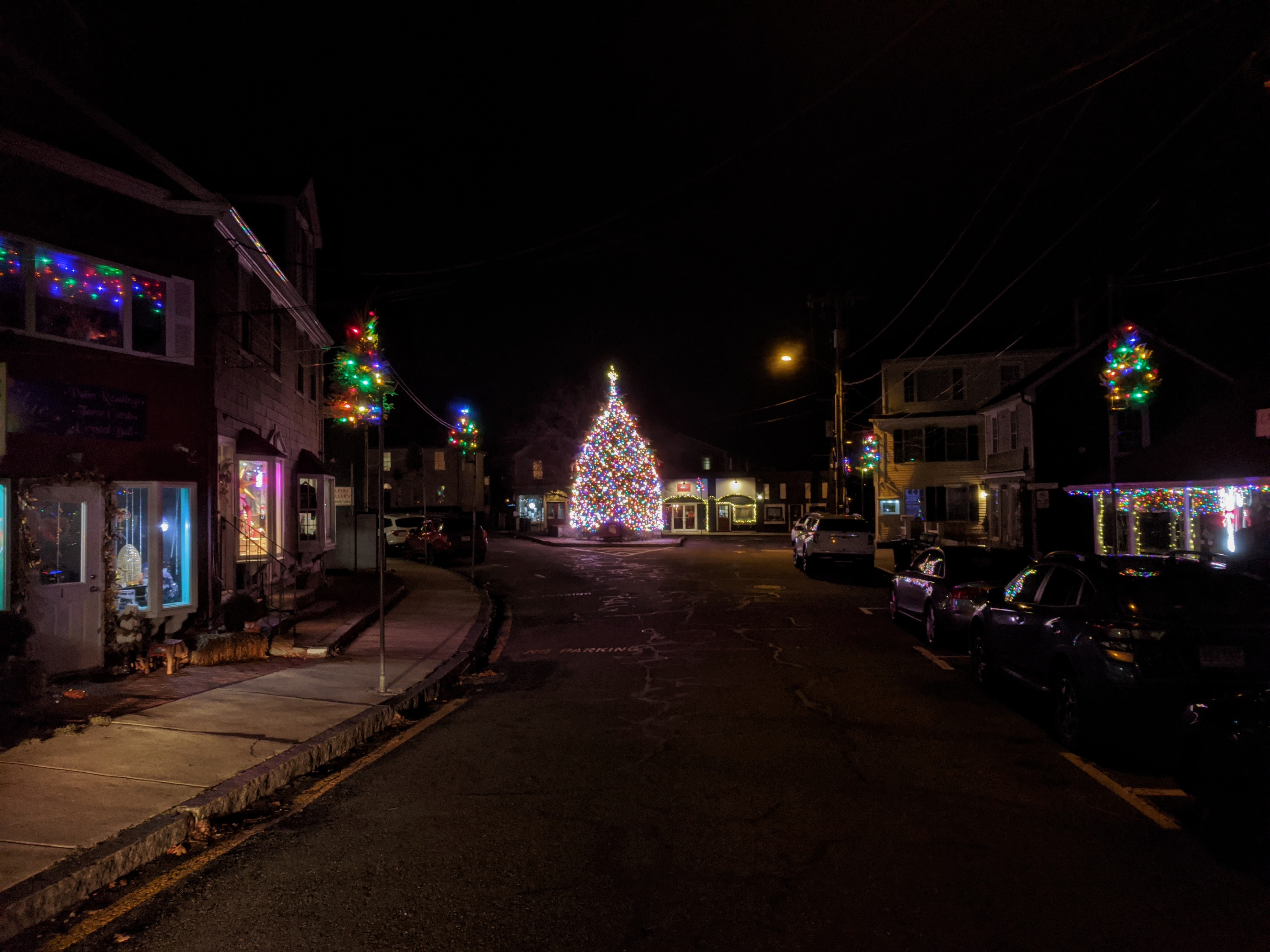
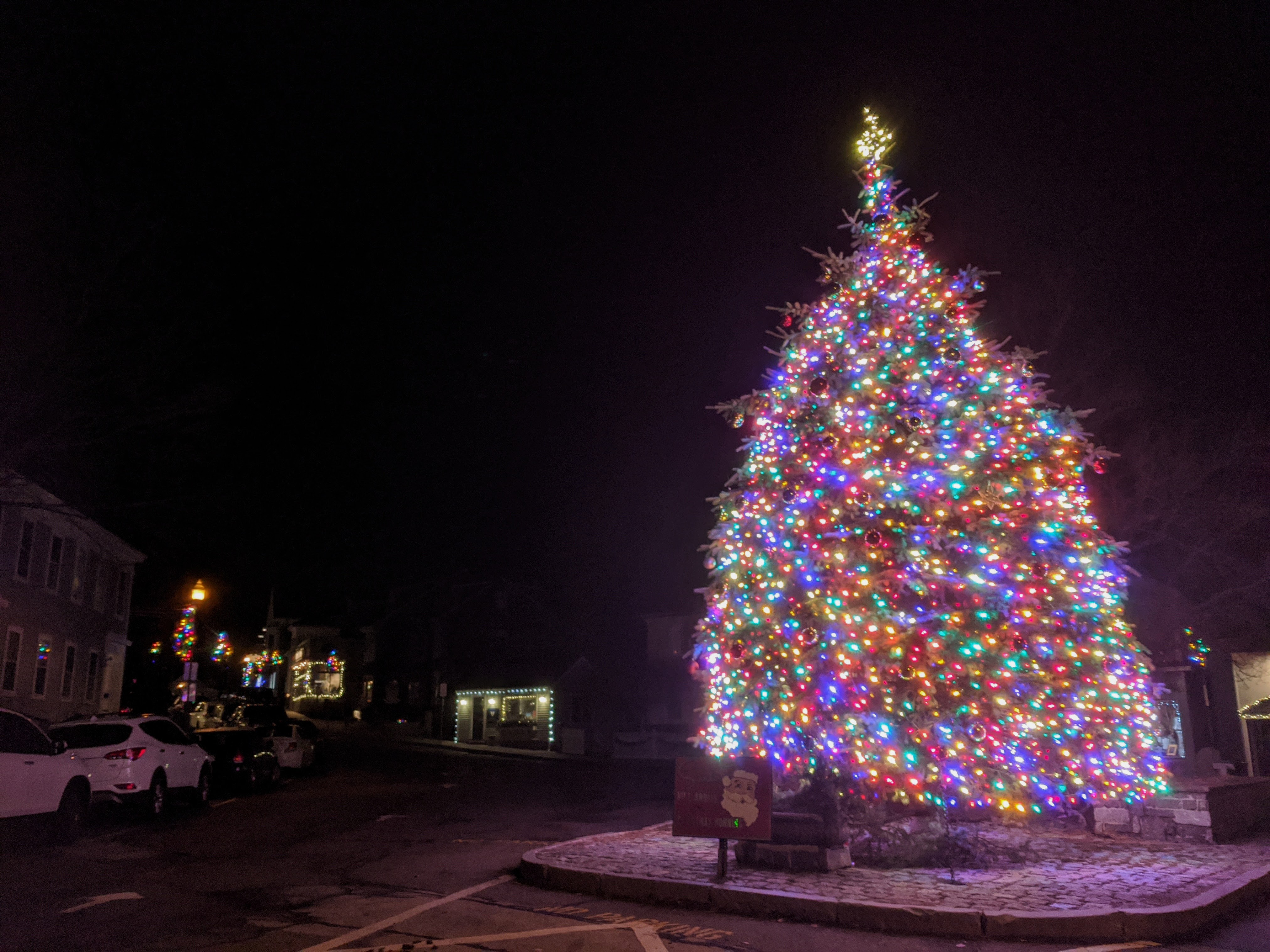
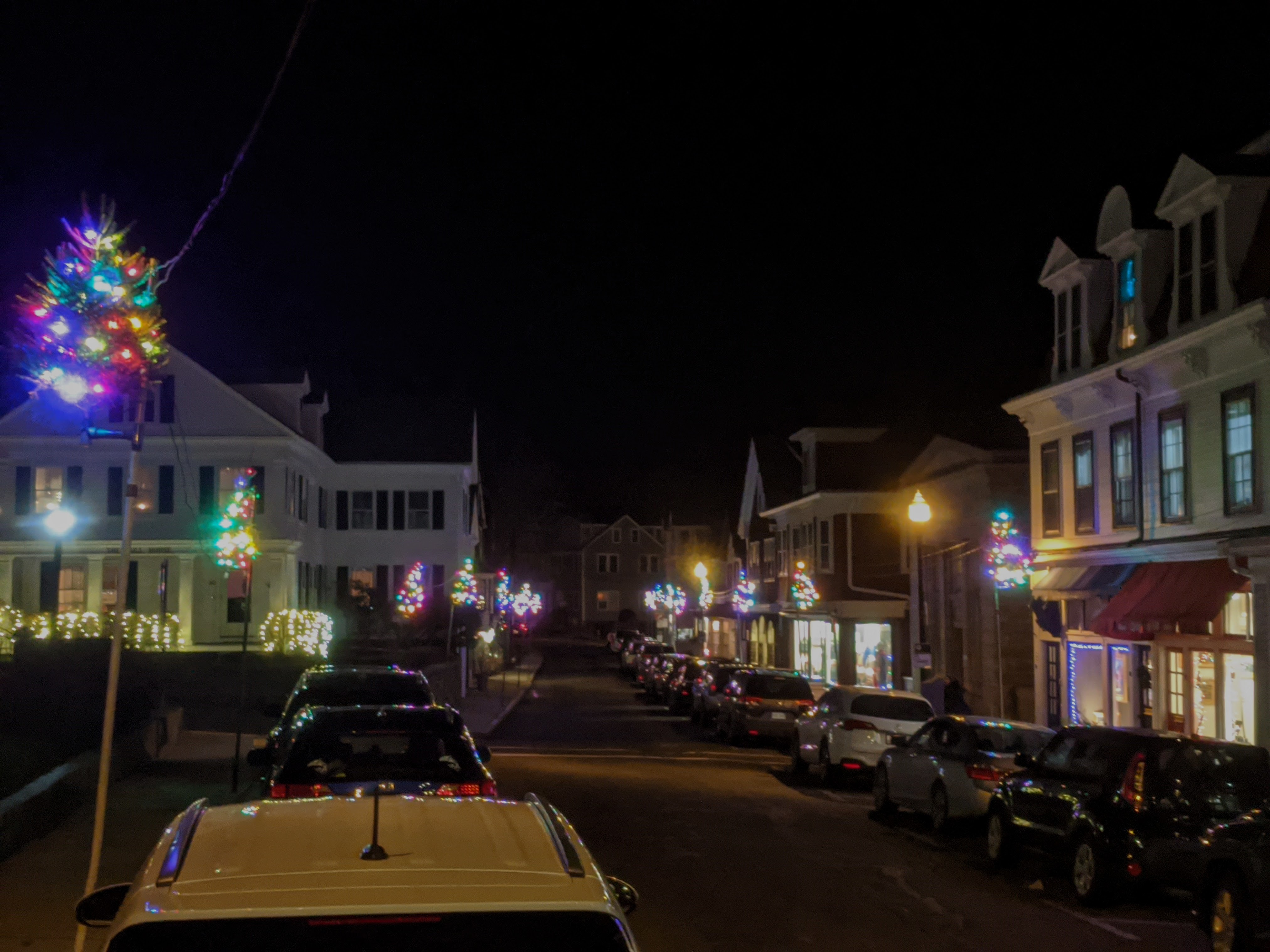
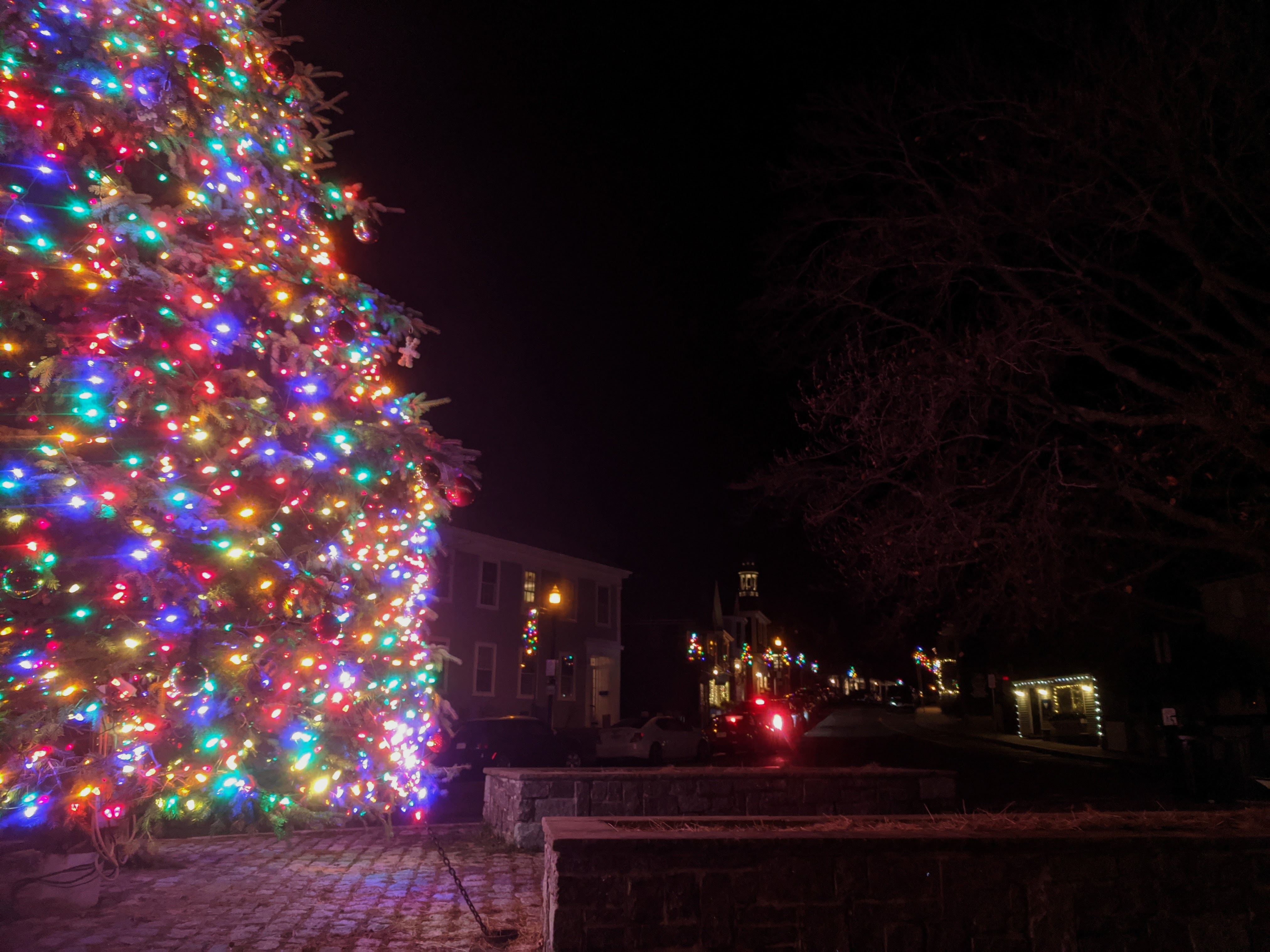
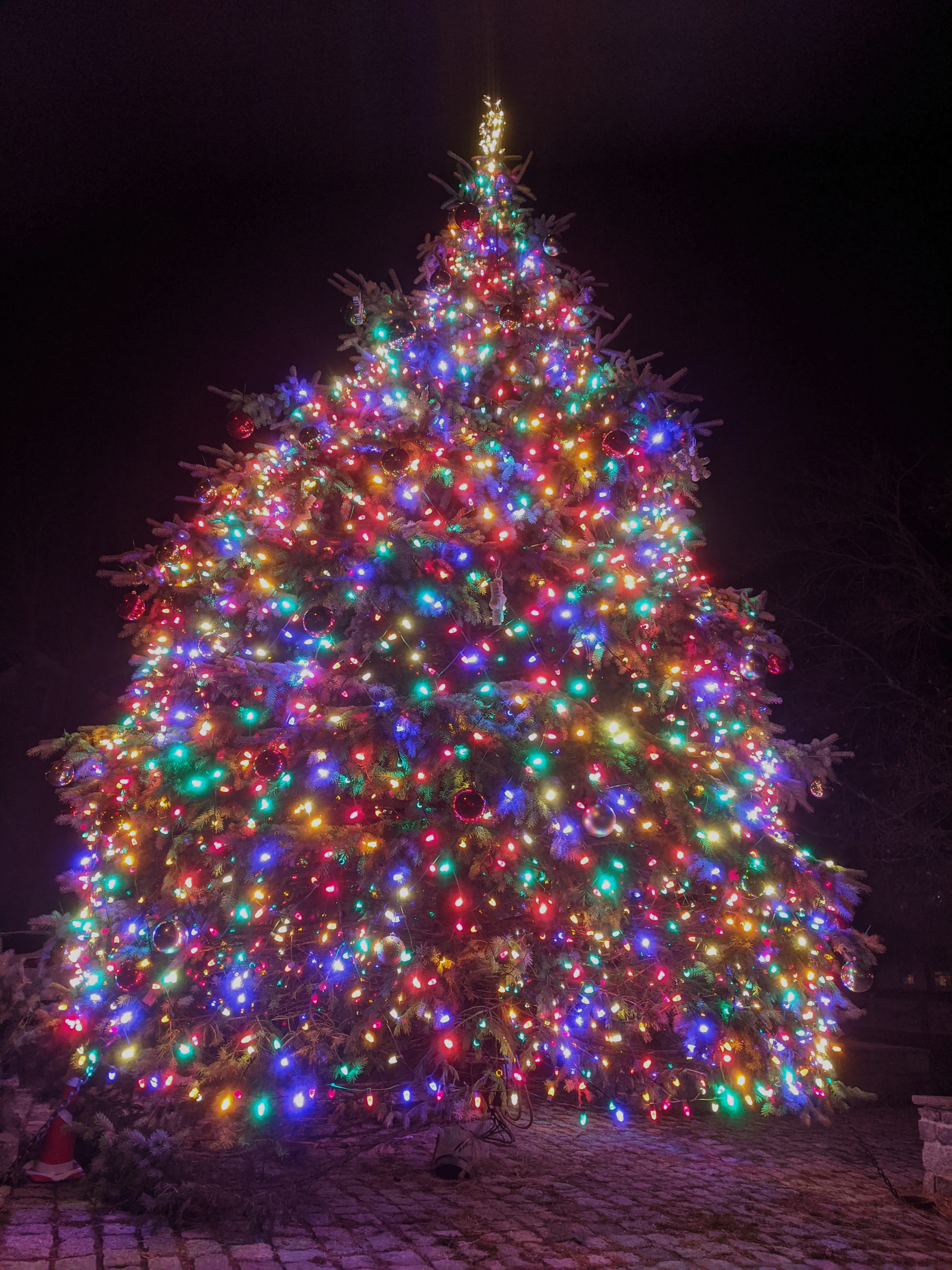
Annual merry dazzler Rt. 133

Batch 1 photos and gifs published 12/5 here
Batch 2 photos and gifs 12/9 here
Batch 3 photos and gifs 12/13 here

100 more homes mapped as of December 9, 2022. New streets (and/or newly lit homes on previously mapped streets), especially in East Gloucester, include:
Abbott Road, Abbot Place (off Harrison), Bass Ave., Brightside Ave, Chapel St., Crestwood Terrace (off Harrison), Davis St., Decatur St., East Main St., Grapevine Road, Green St., Harrison Ave., Hartz, Haskell, High Popples, Jacques Lane, Mt. Pleasant Ave., Perkins St., Rocky Pasture Rd., Skywood Terrace (off Harrison), Witham
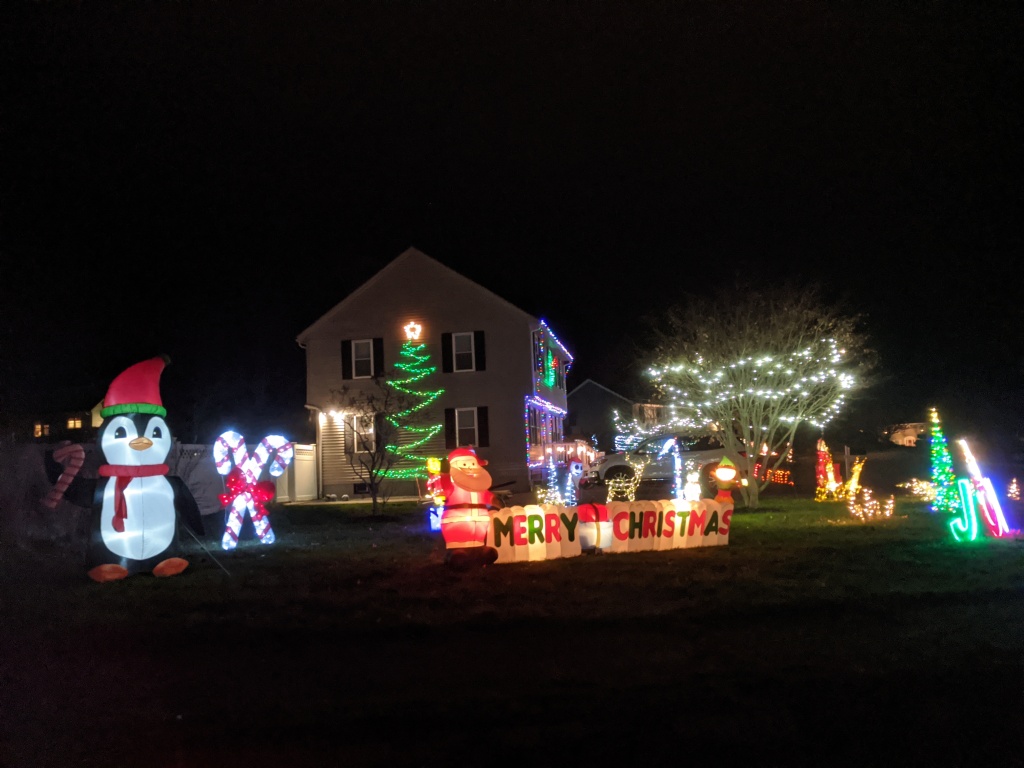



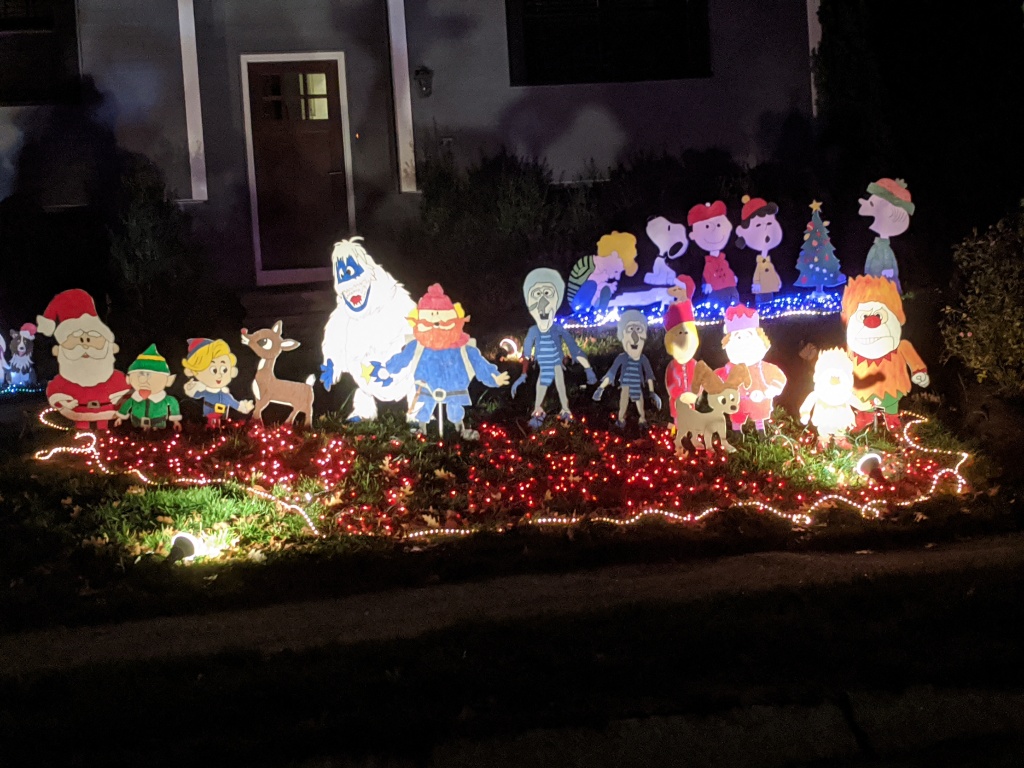



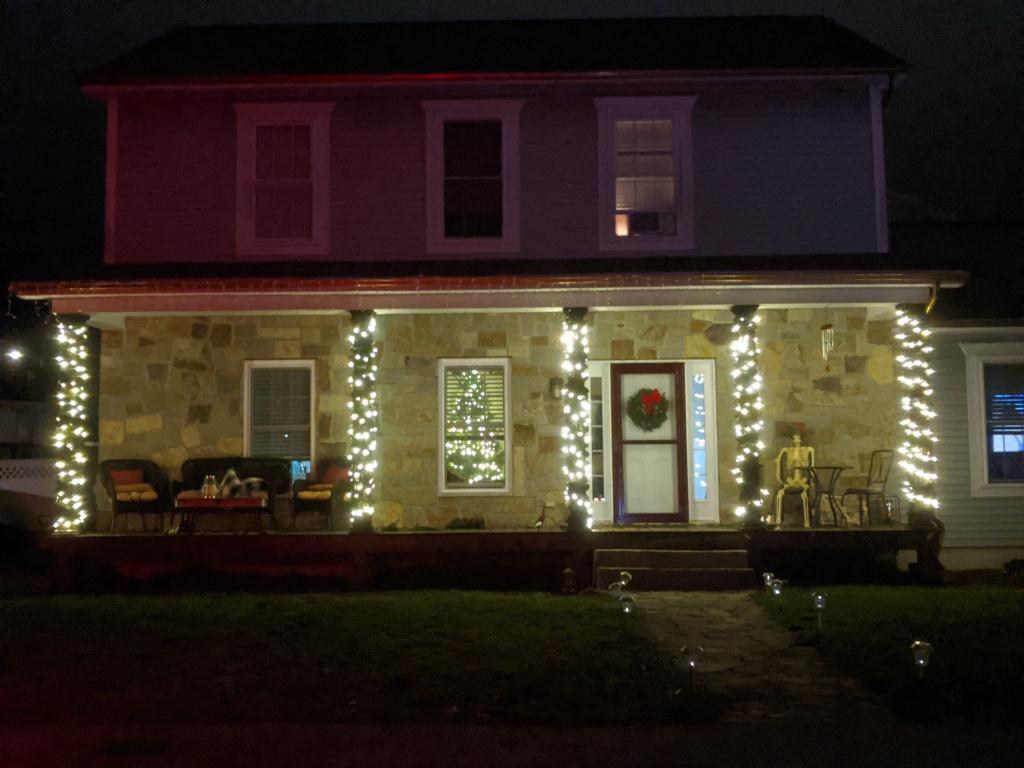
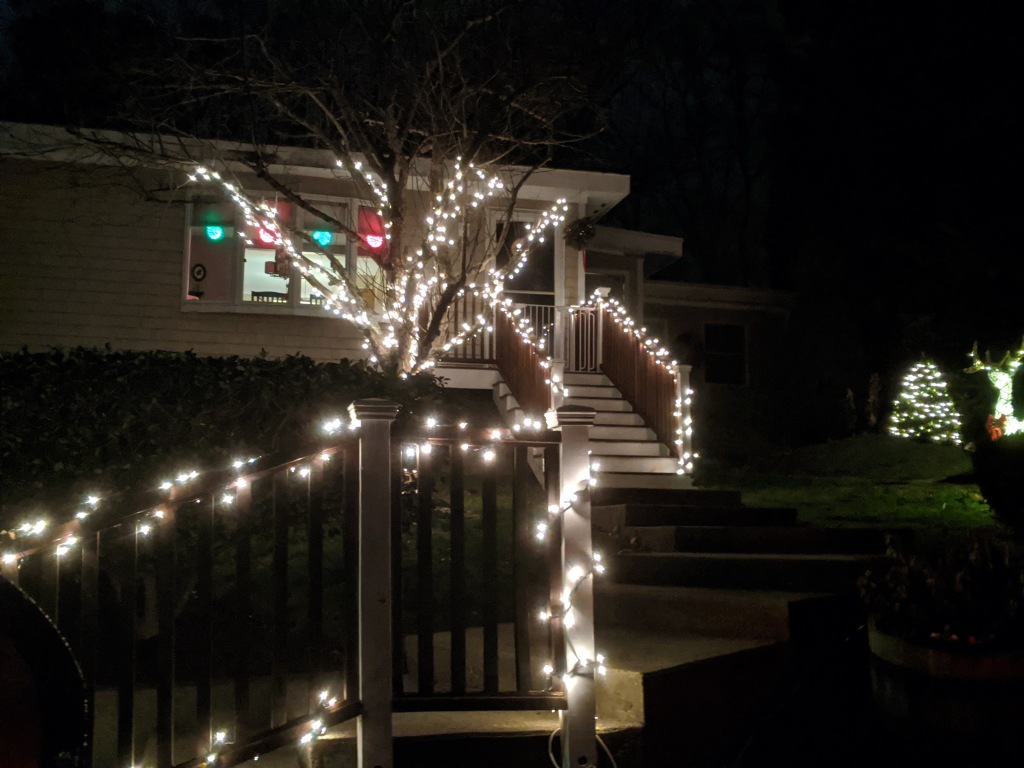
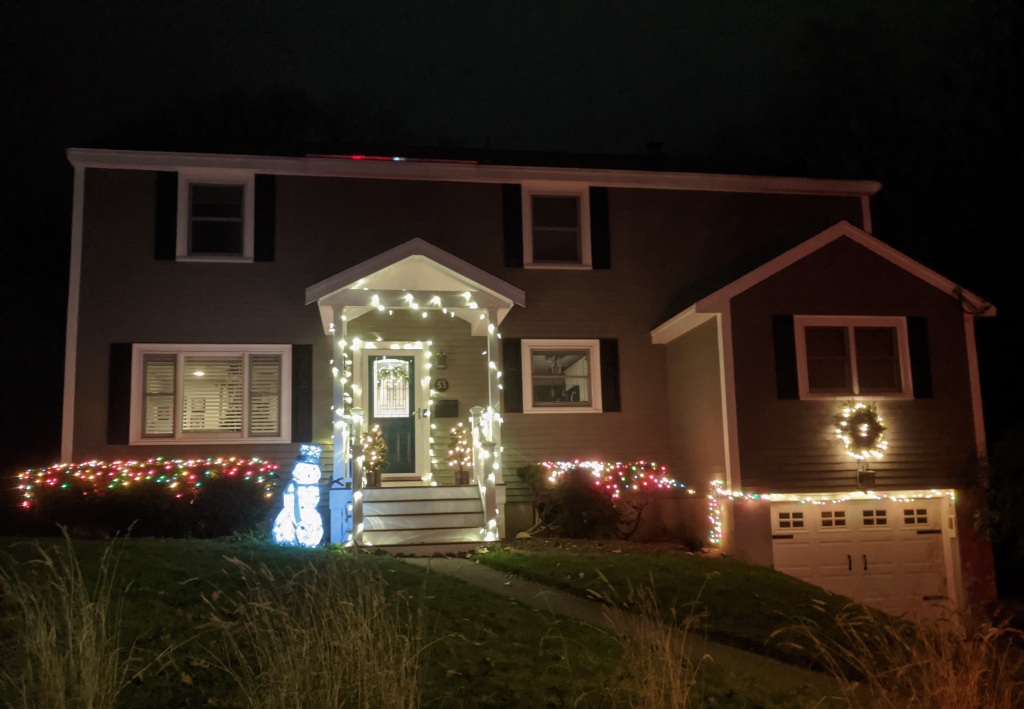
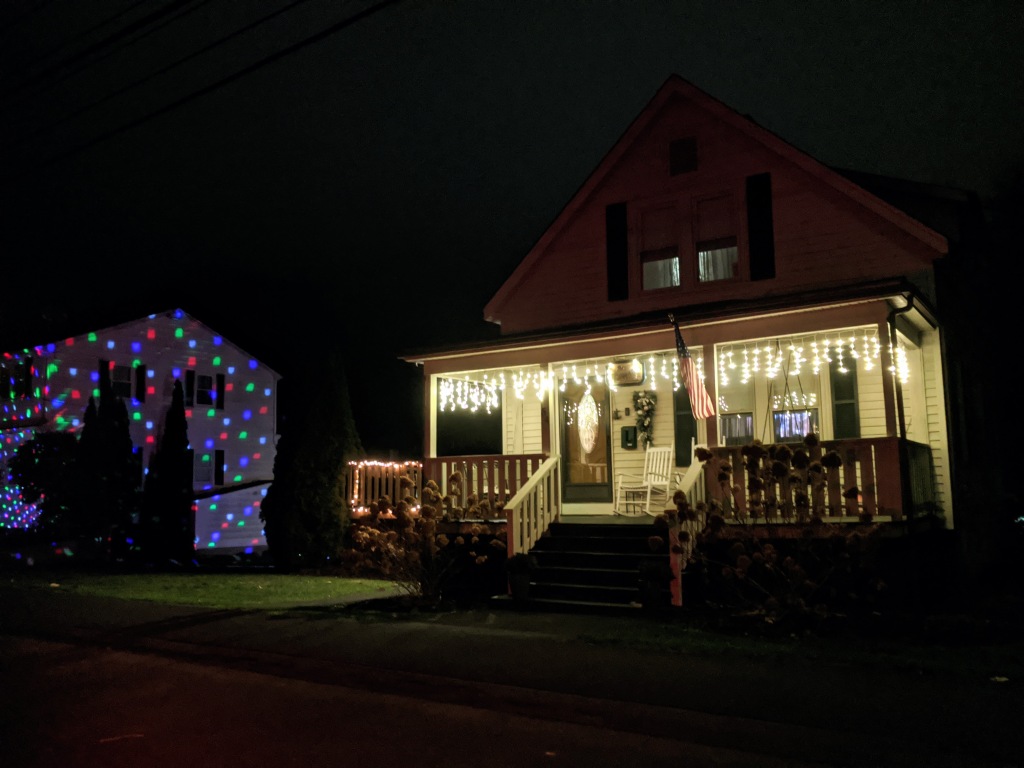


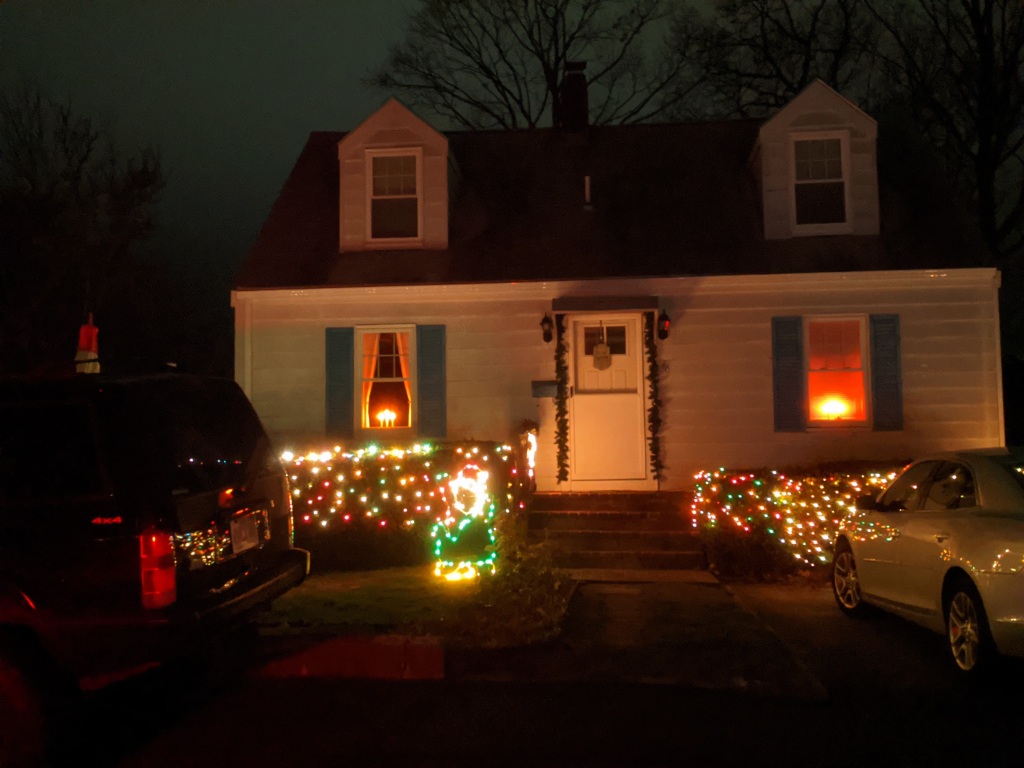
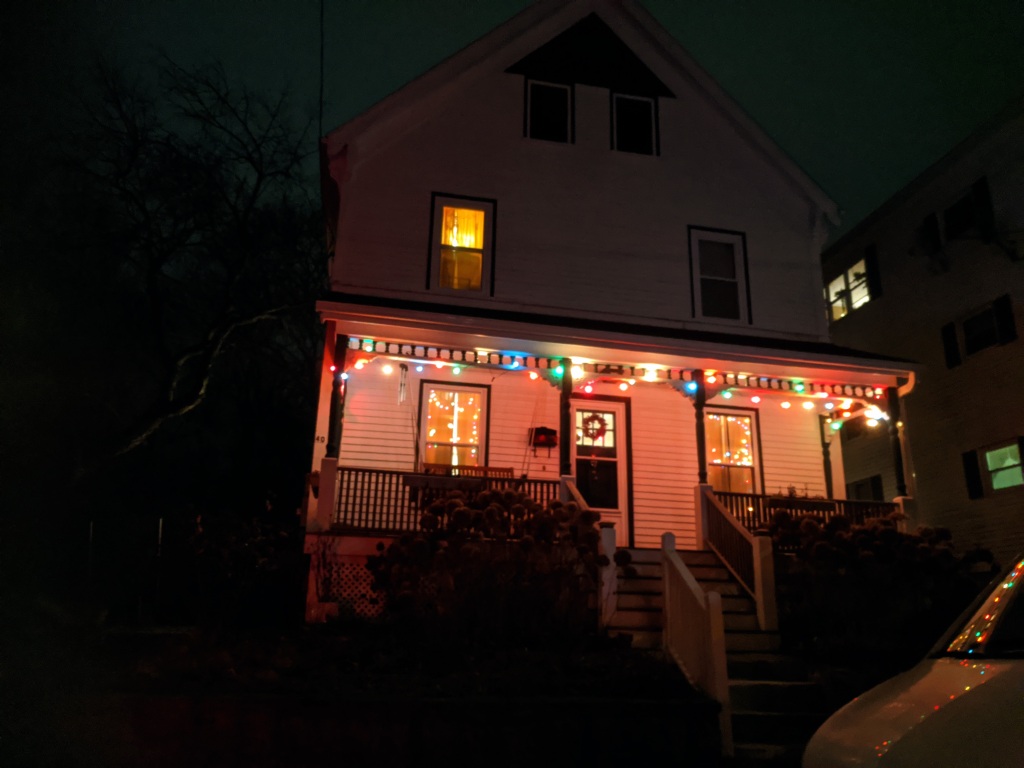
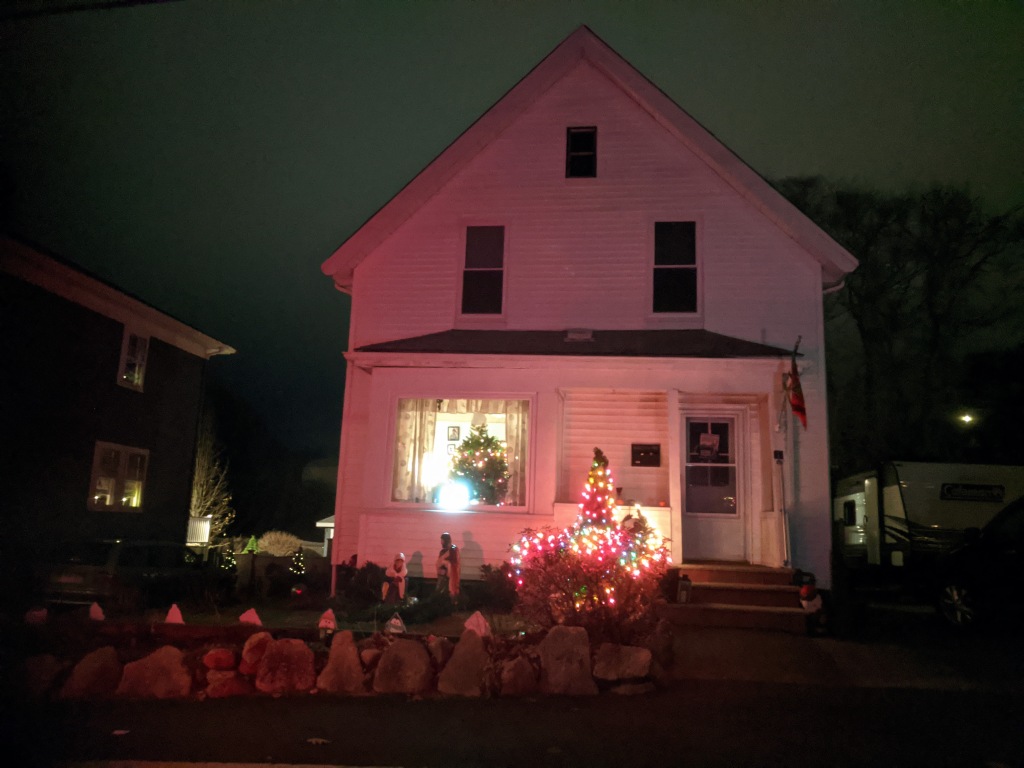
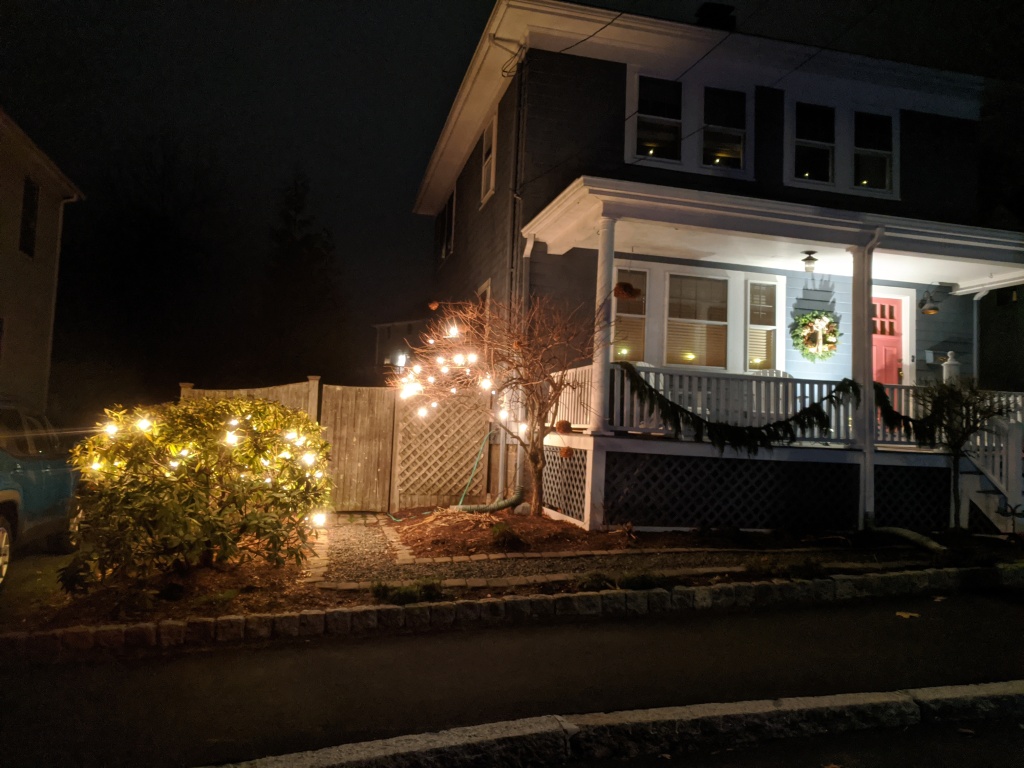
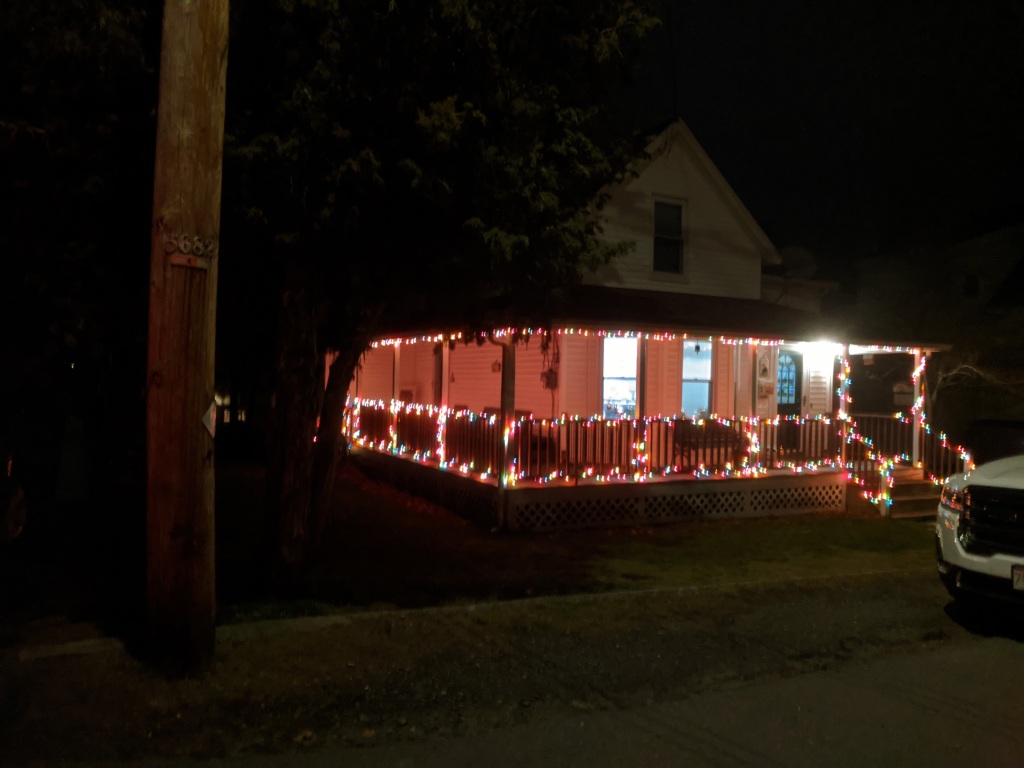
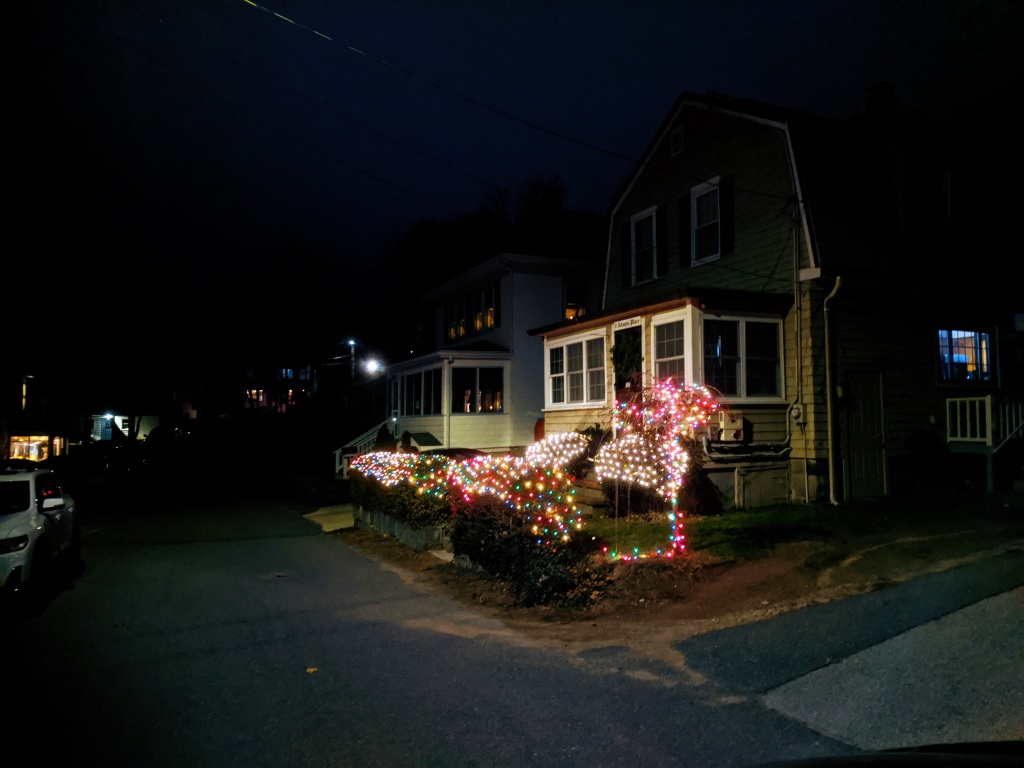

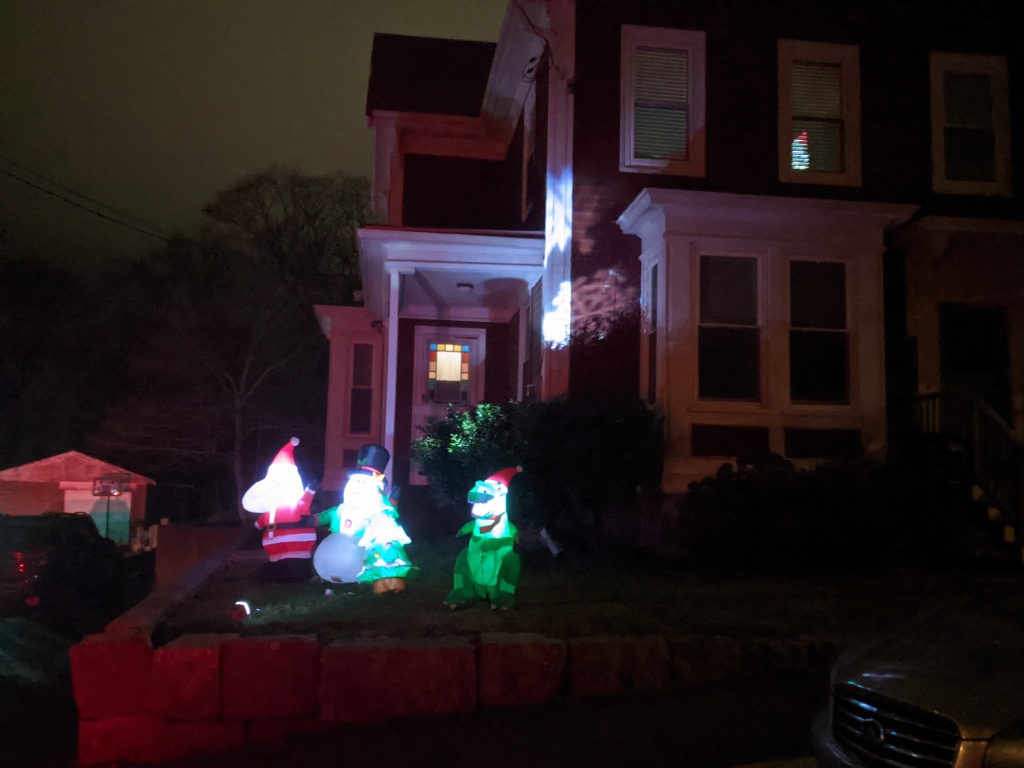


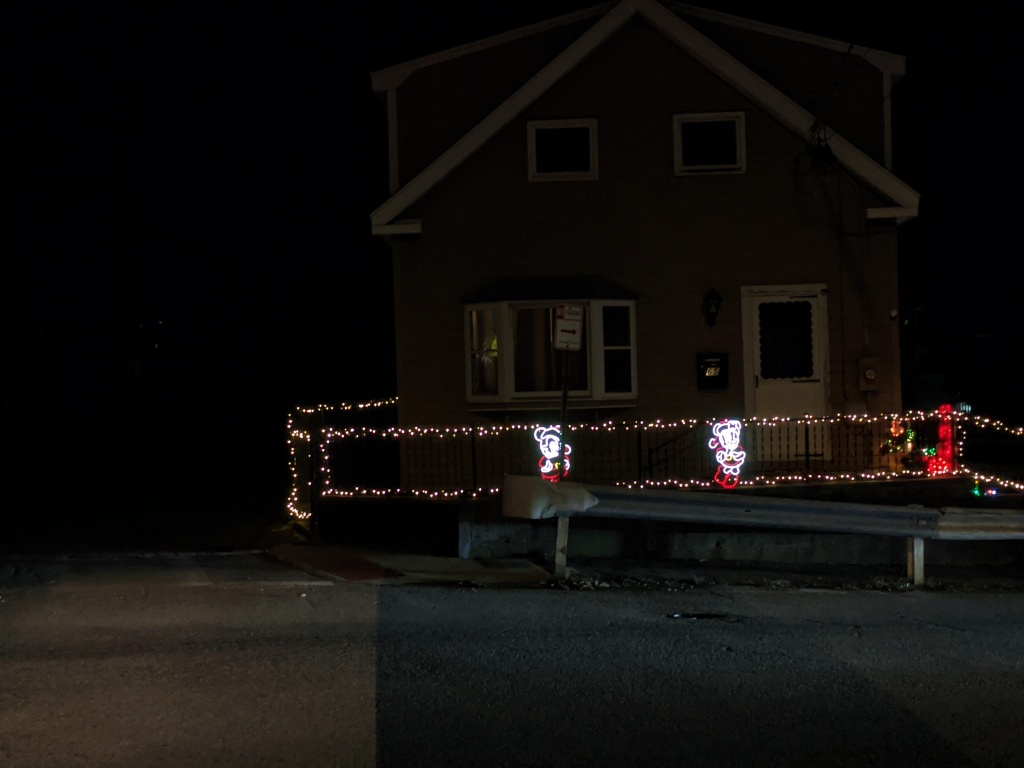
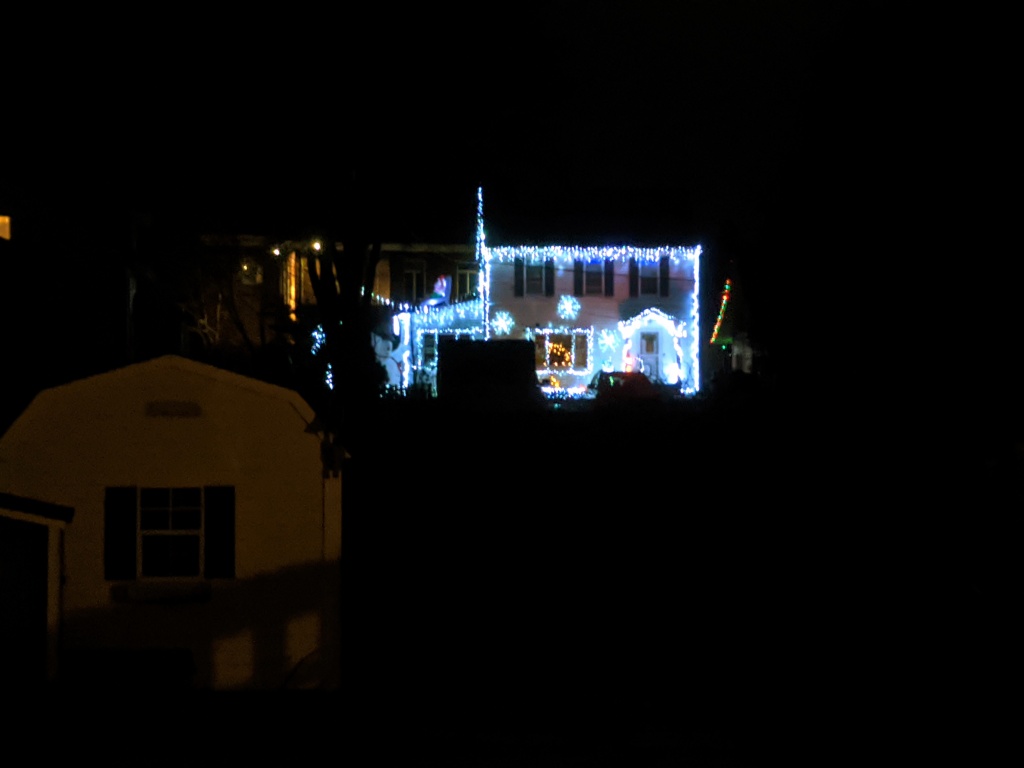

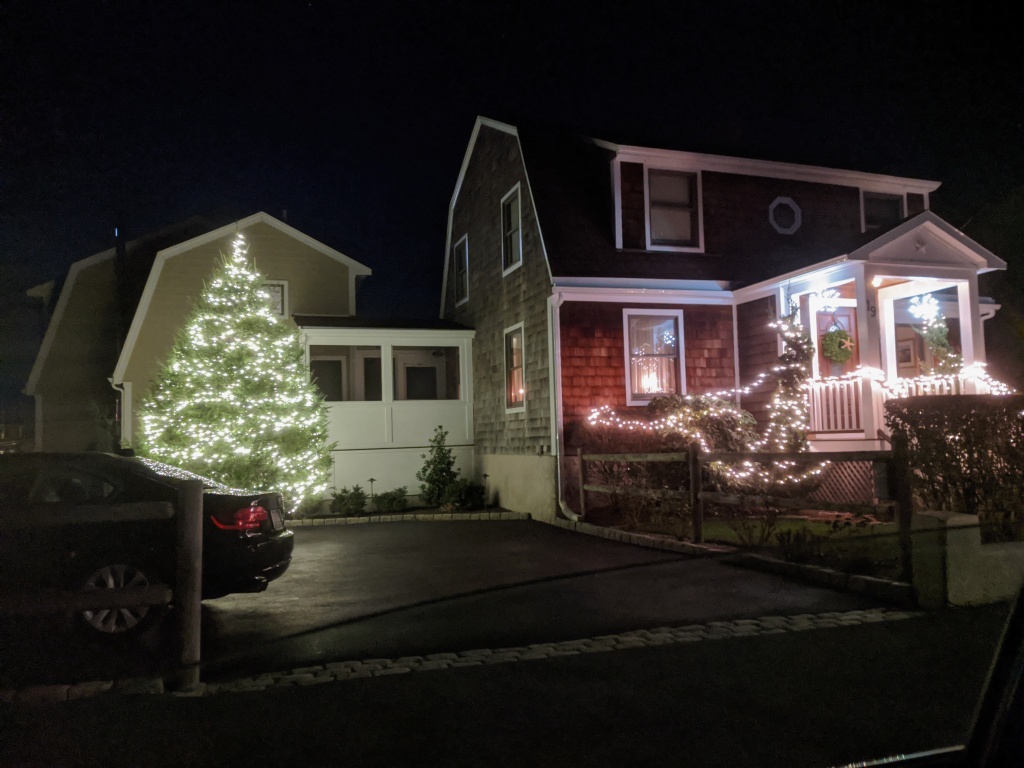





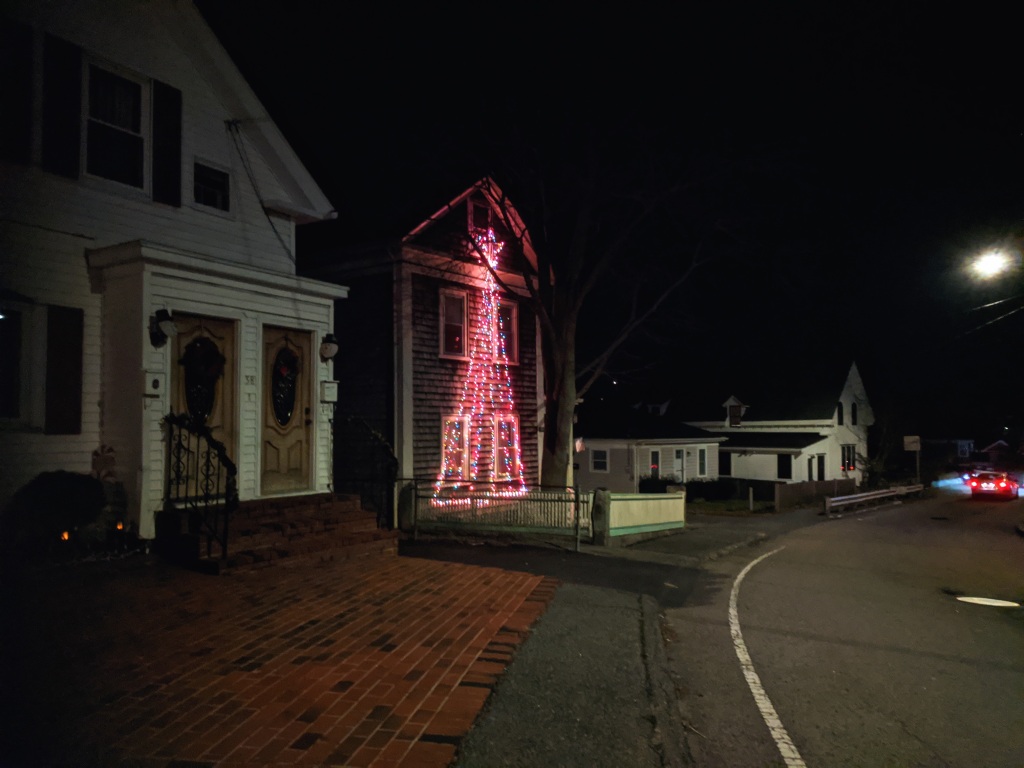
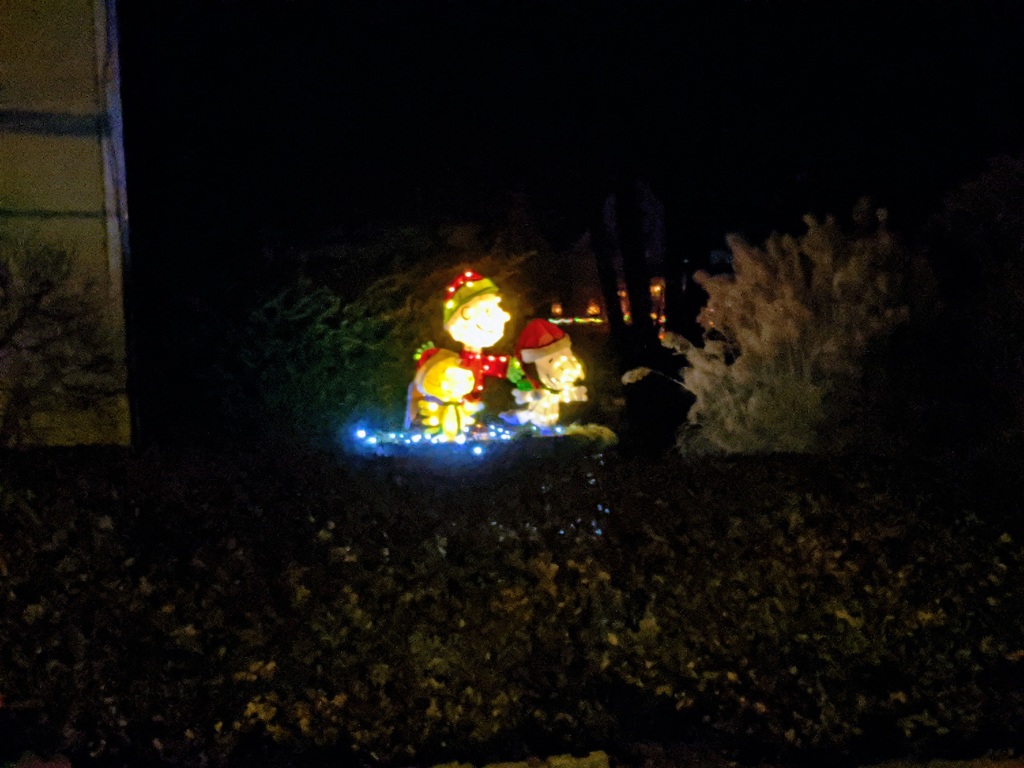
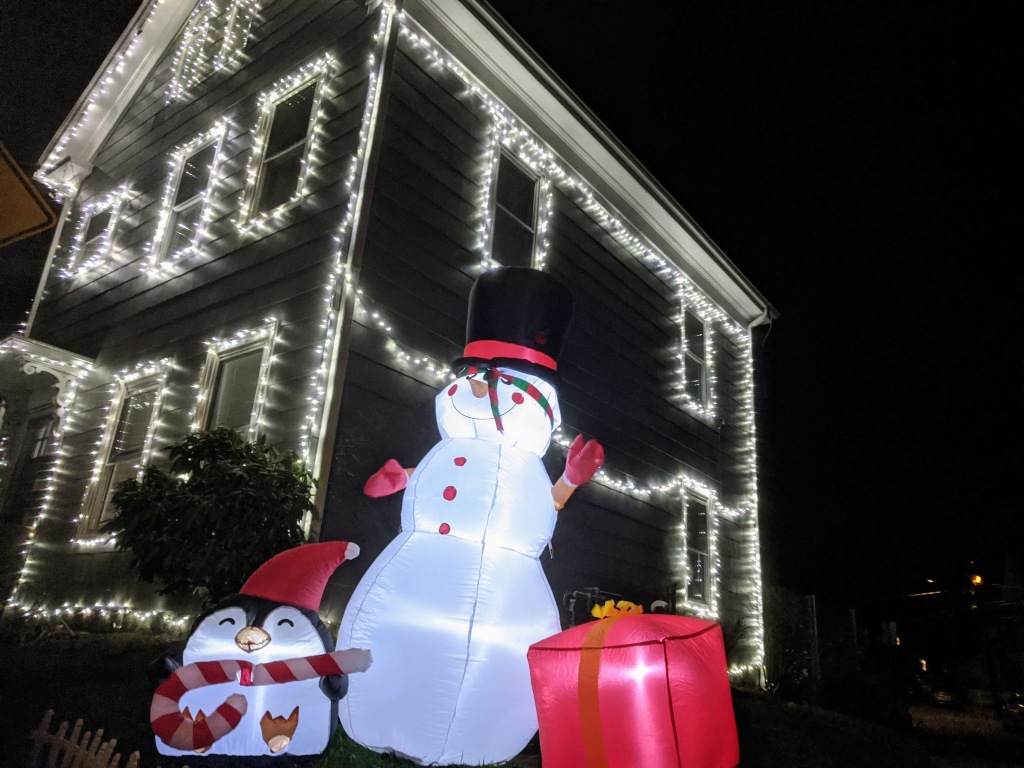
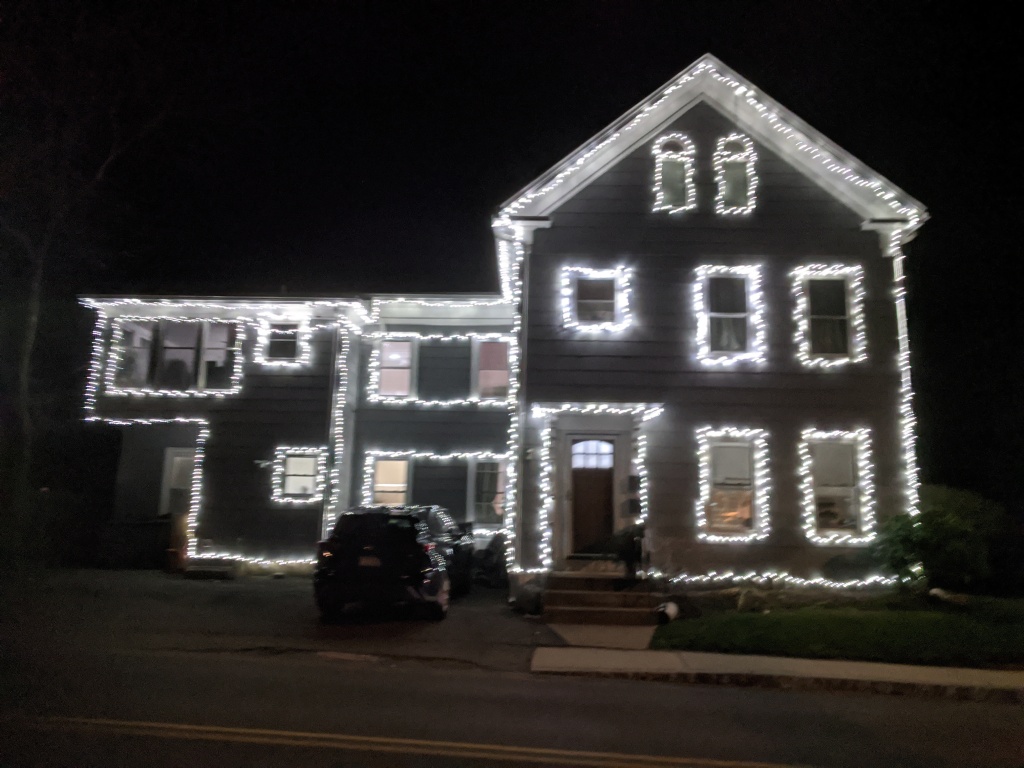
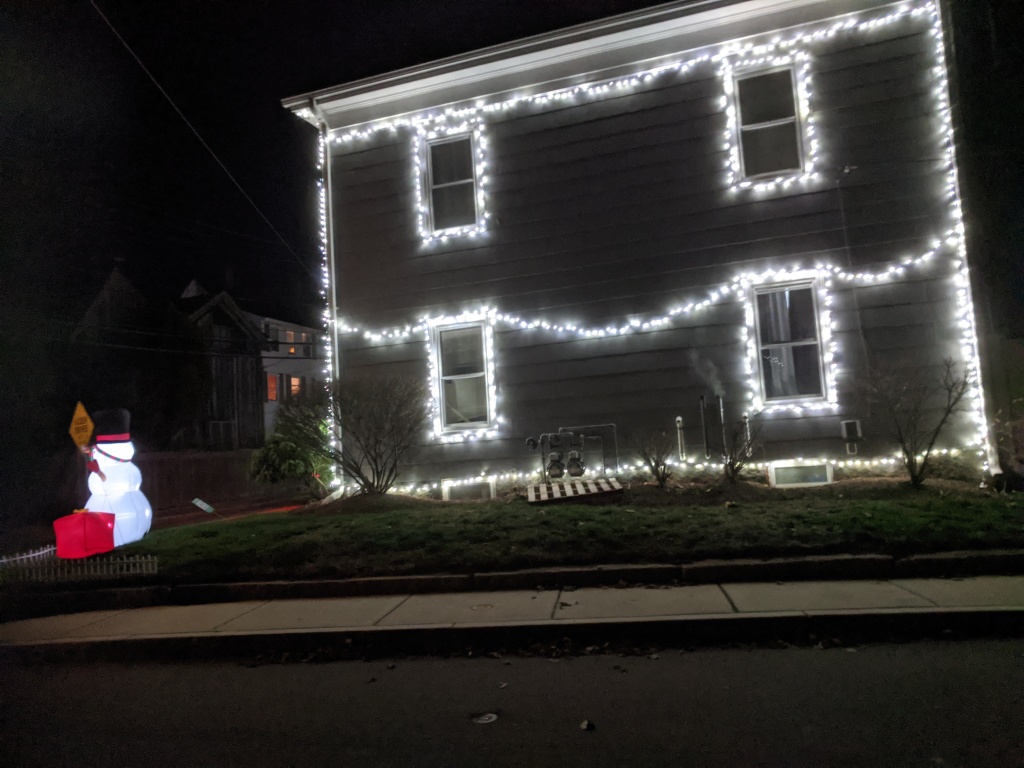
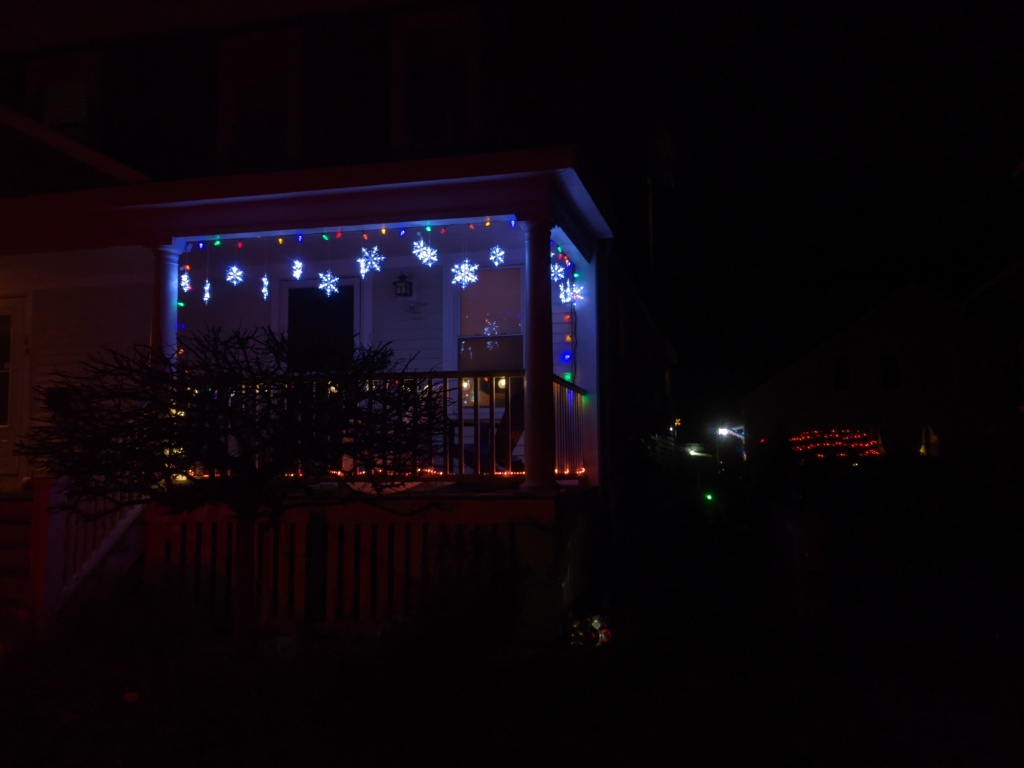
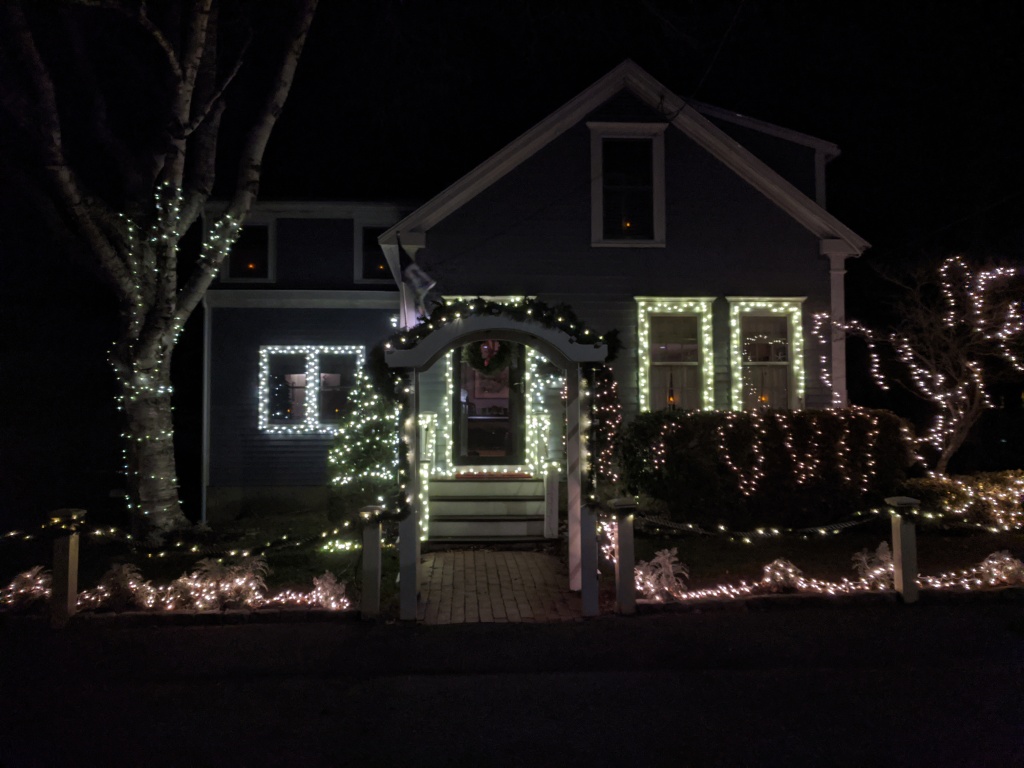

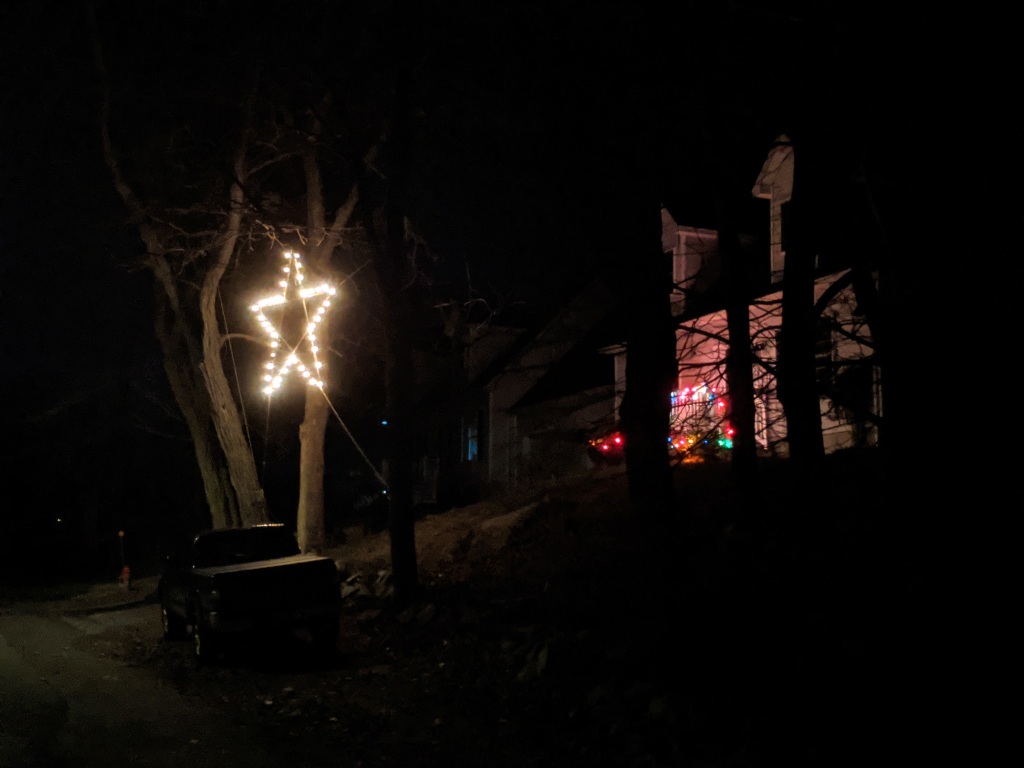
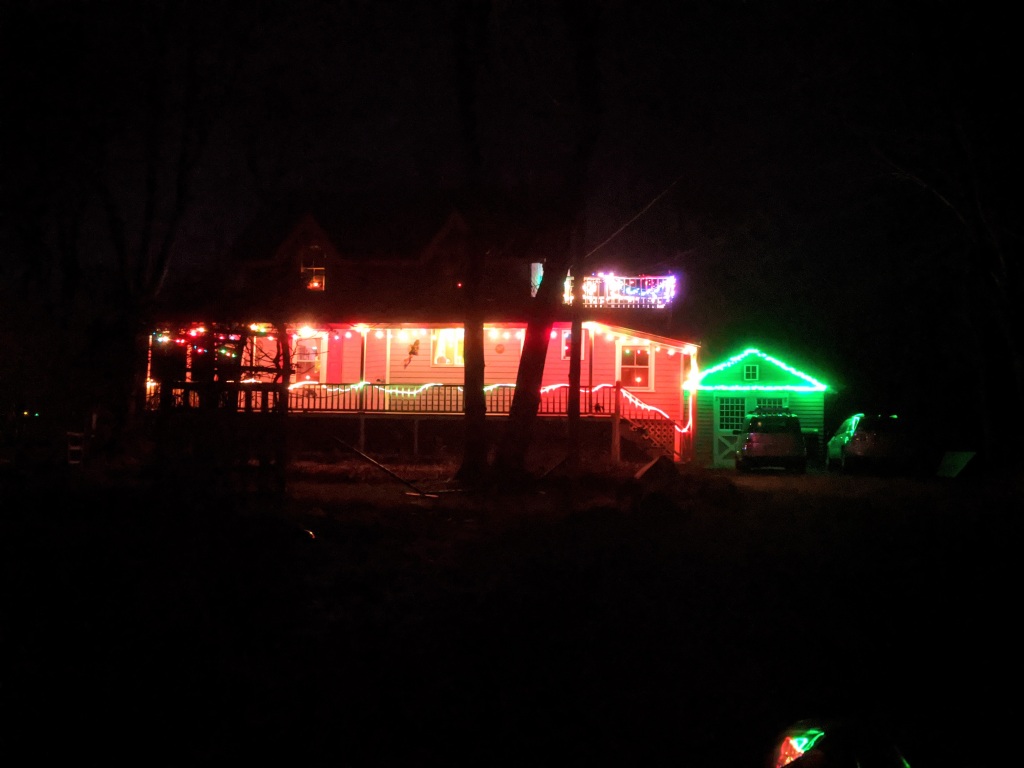
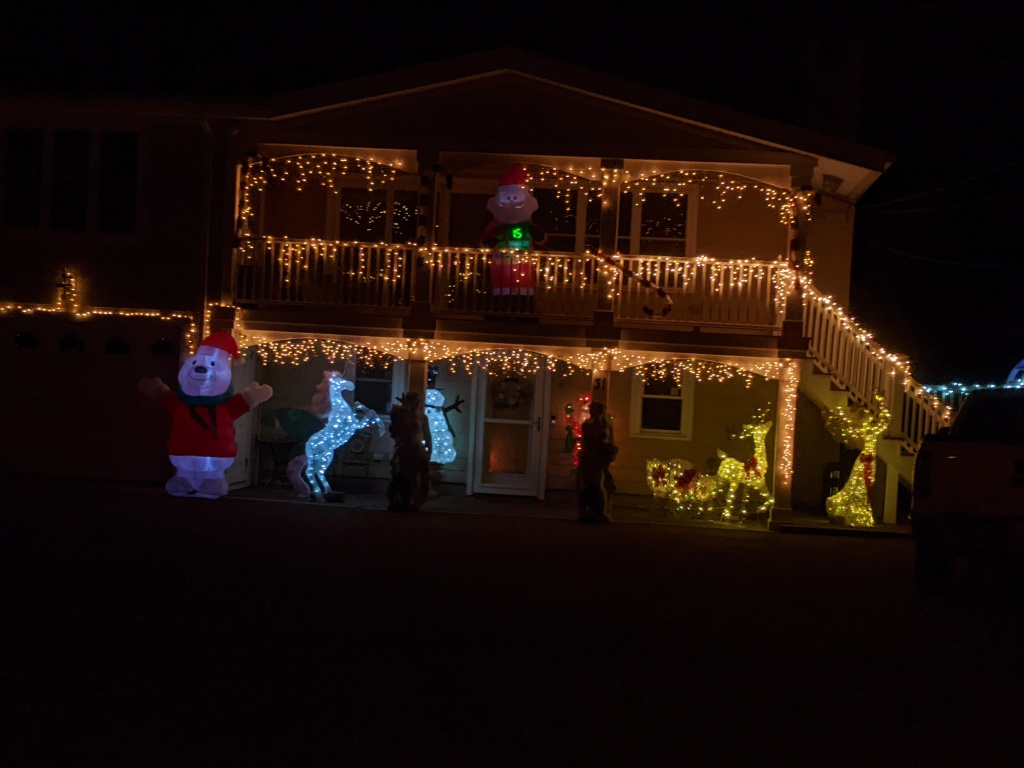
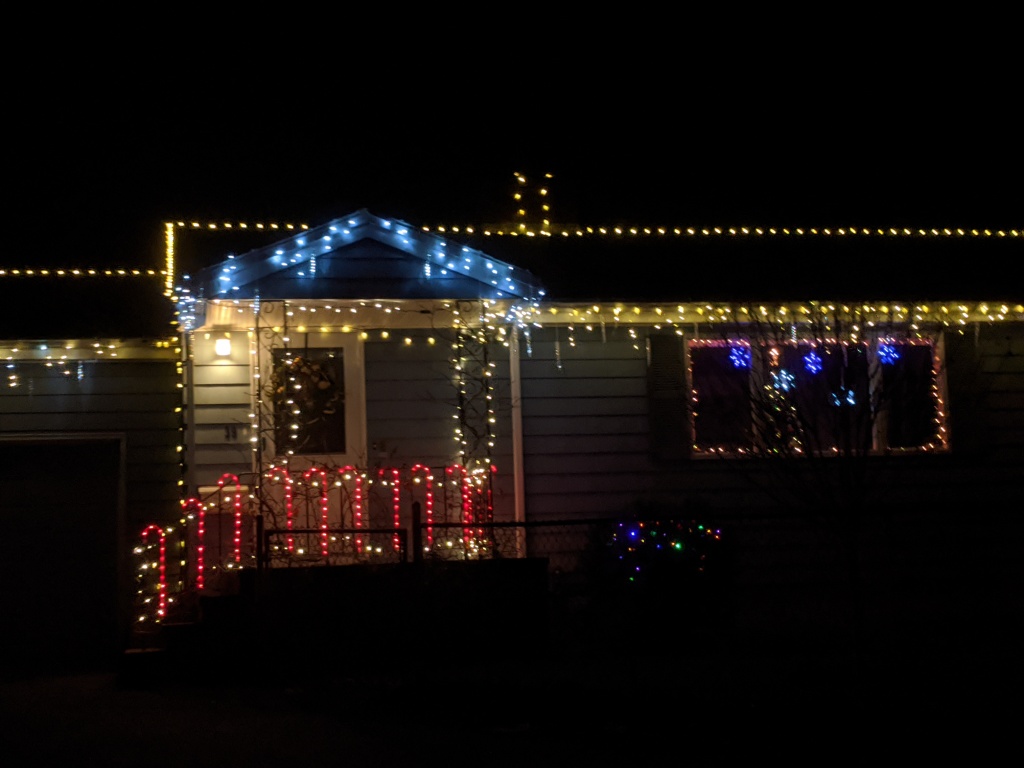
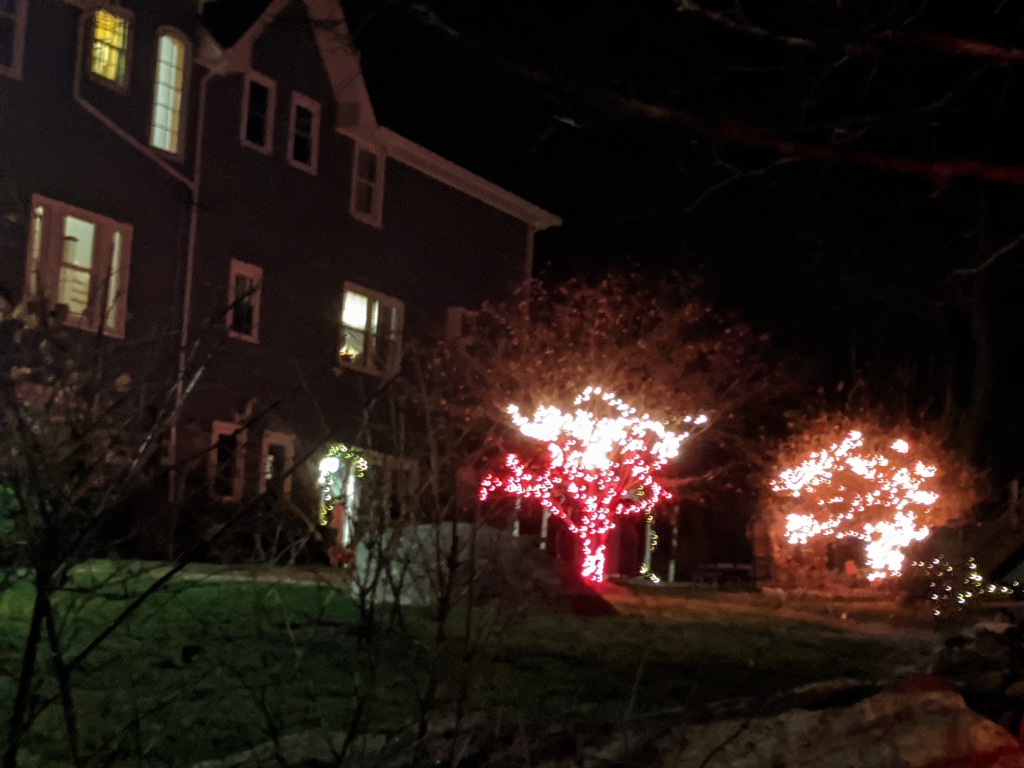


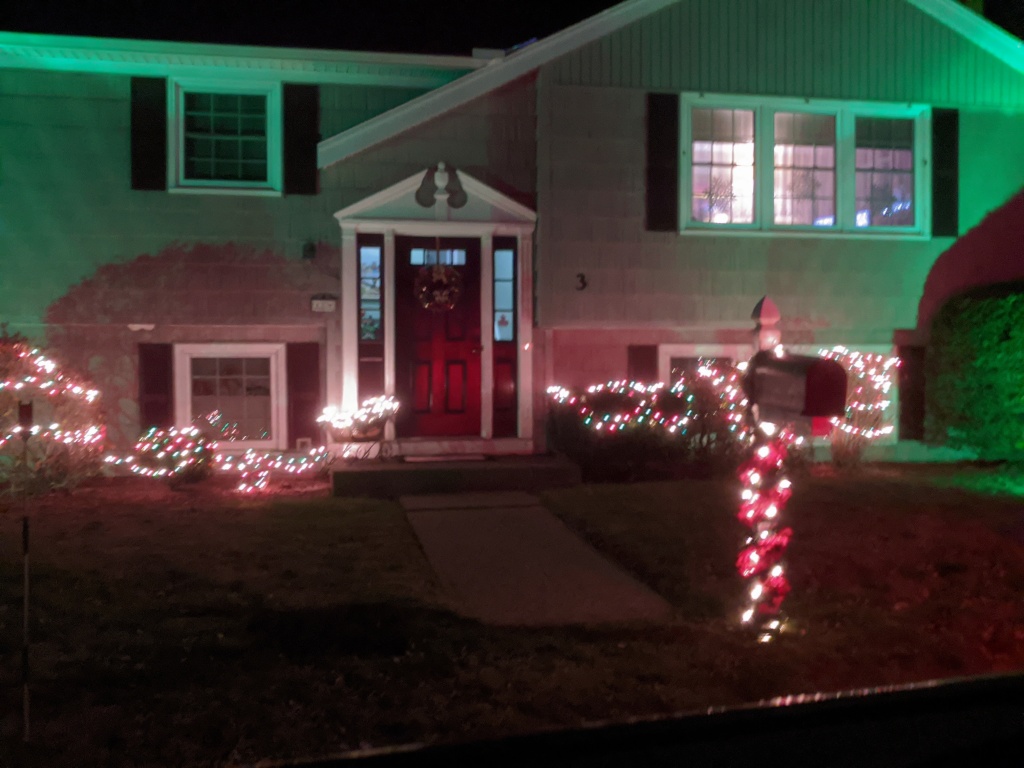
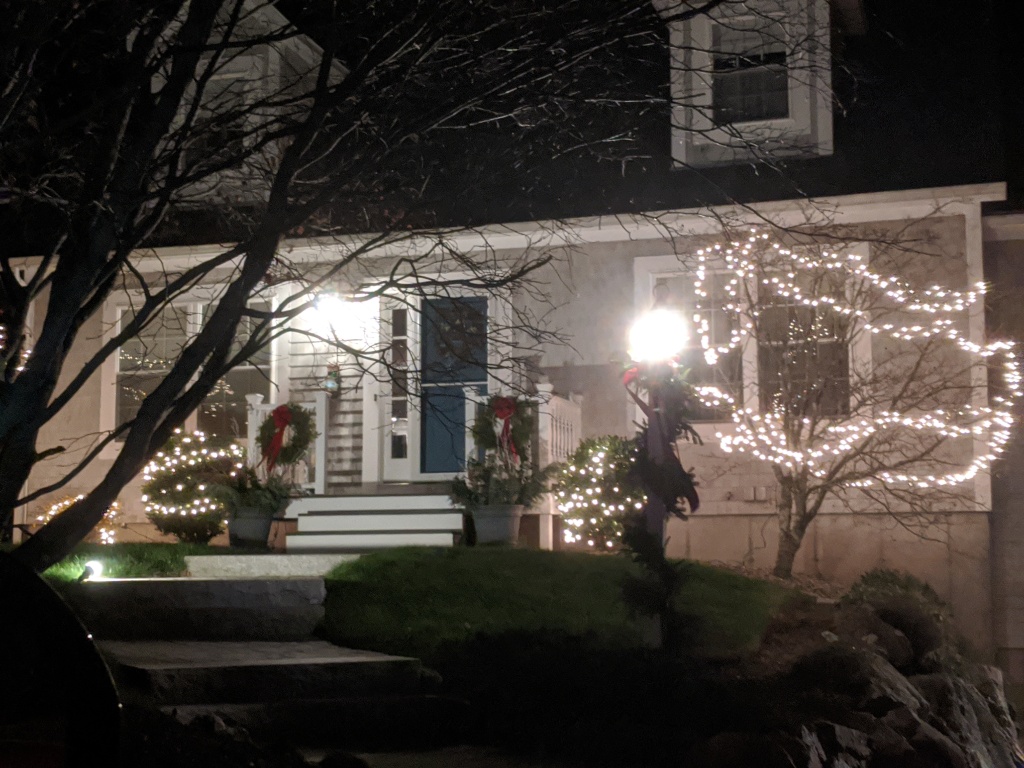


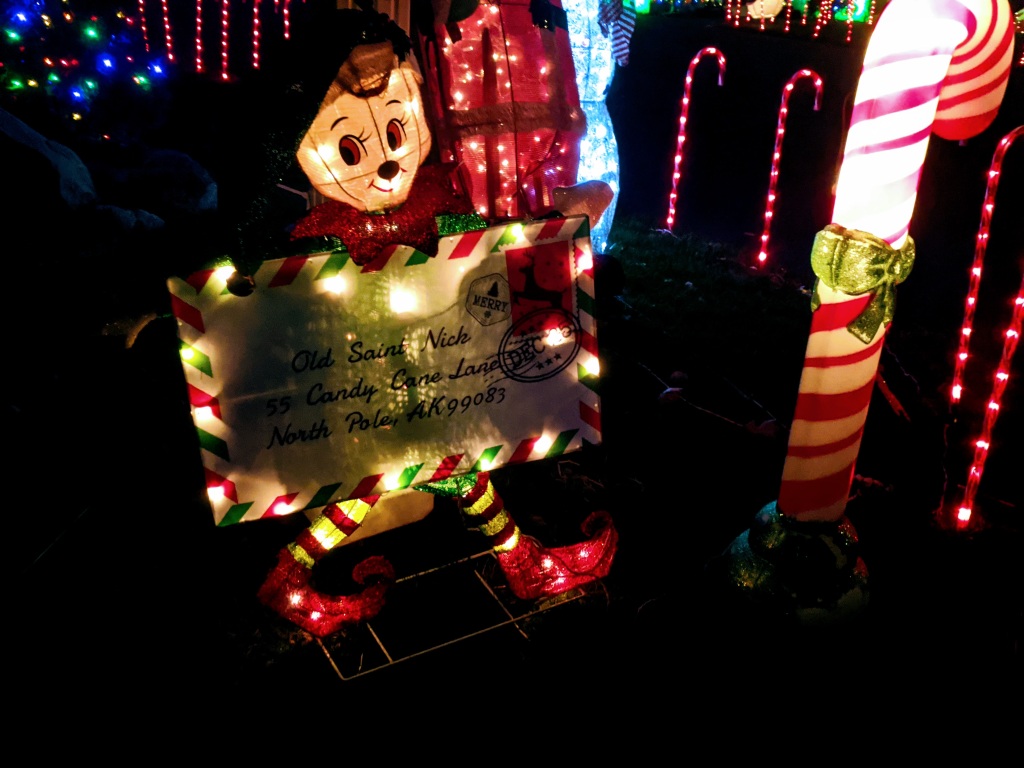
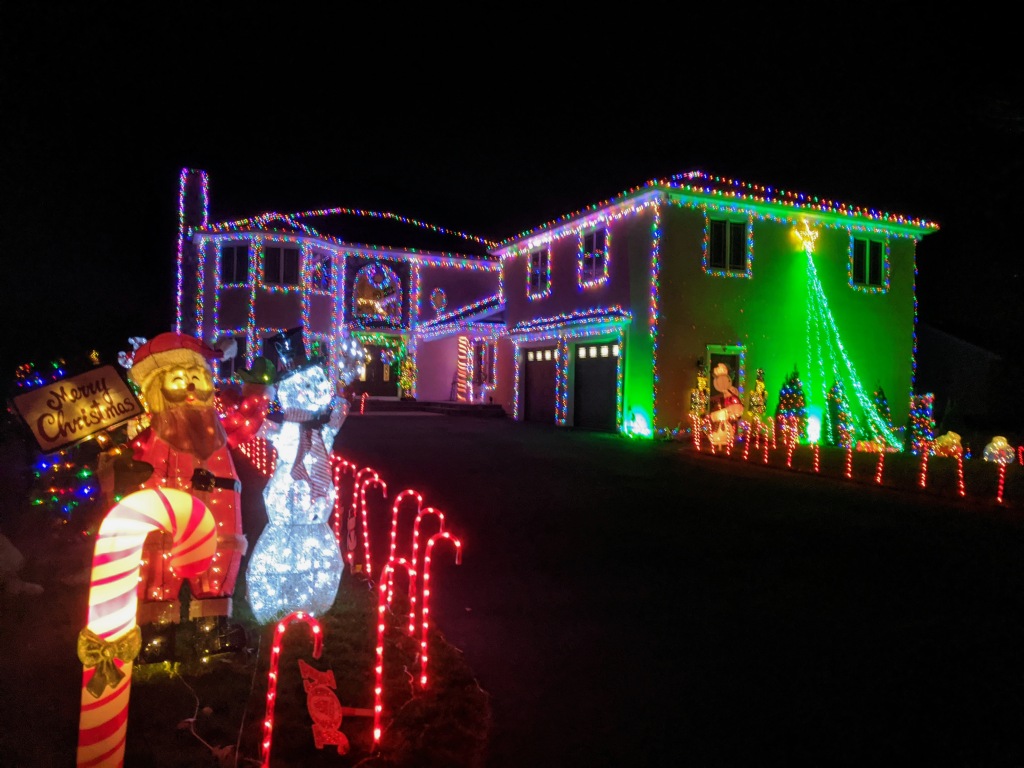



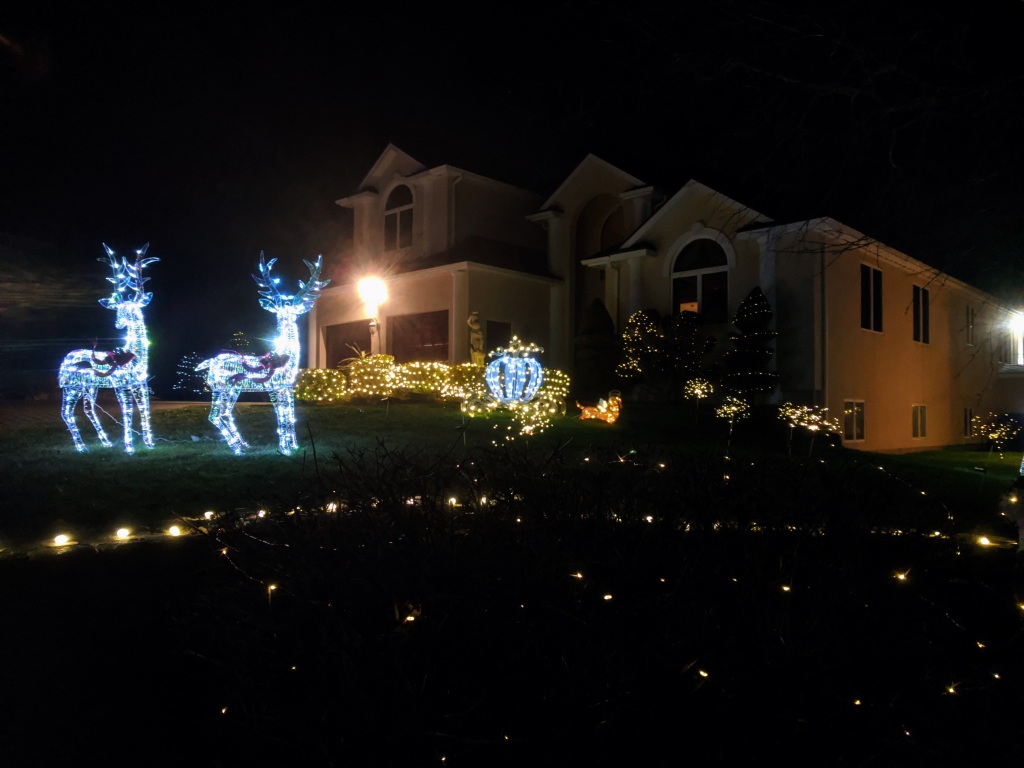
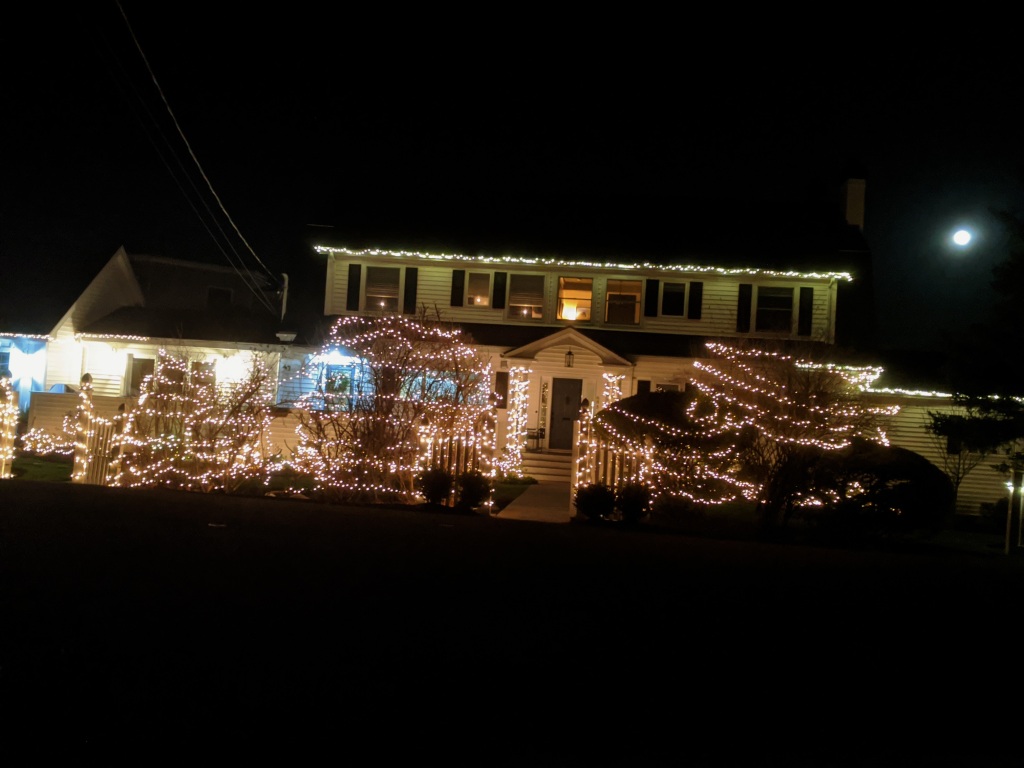
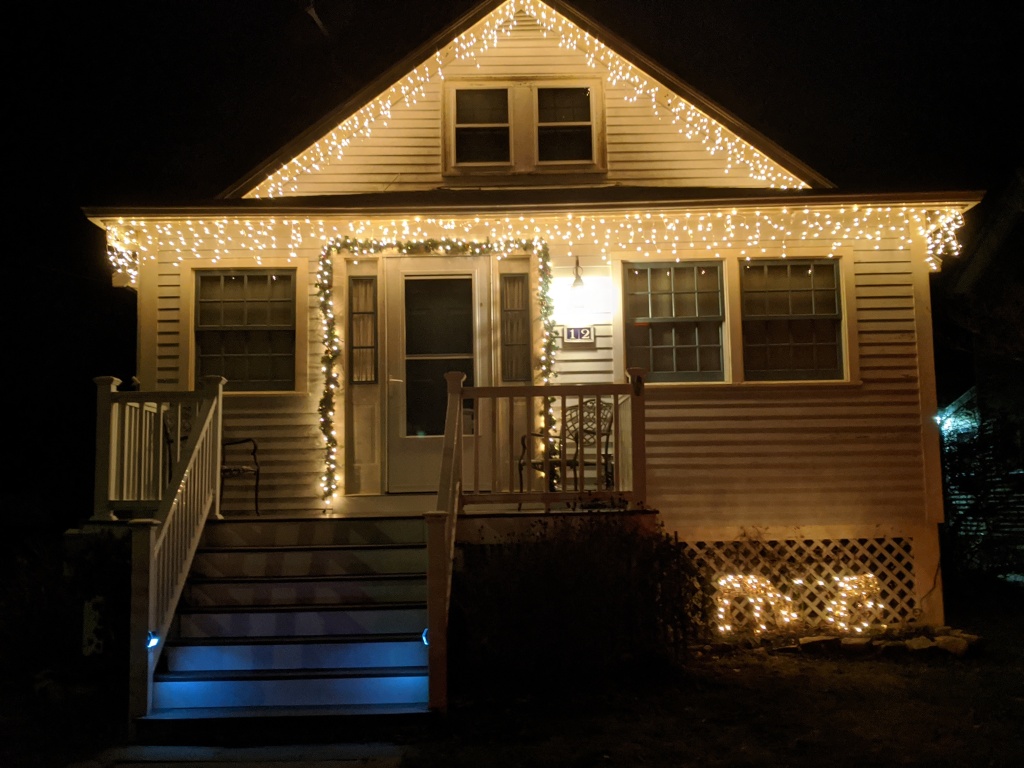


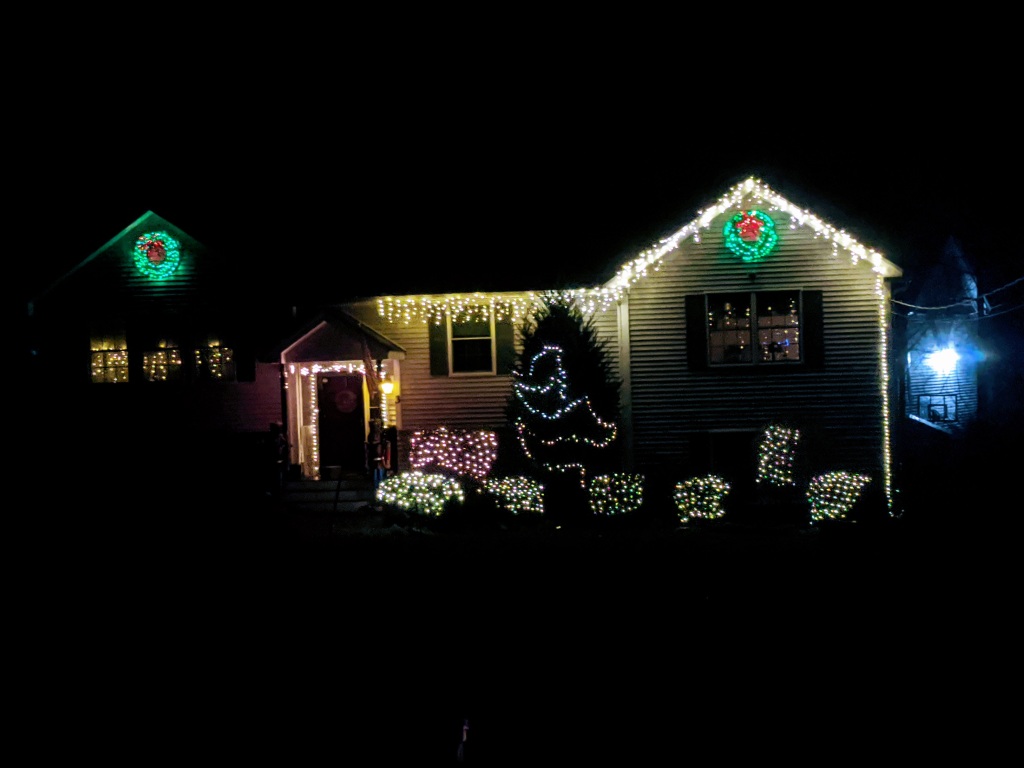
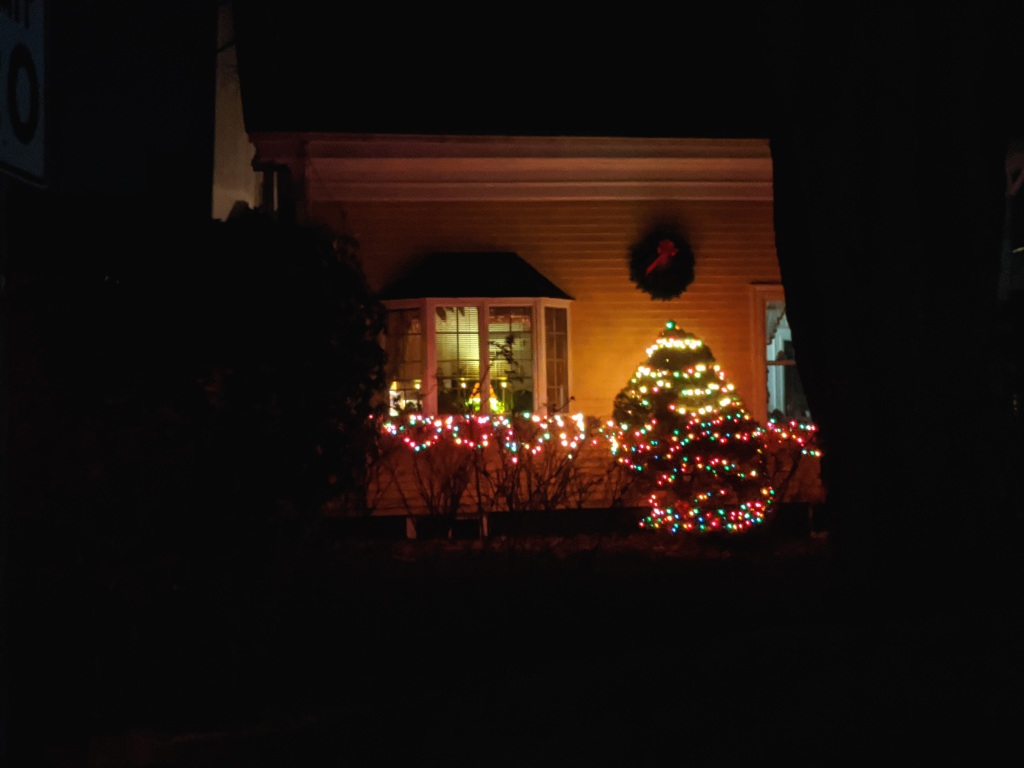

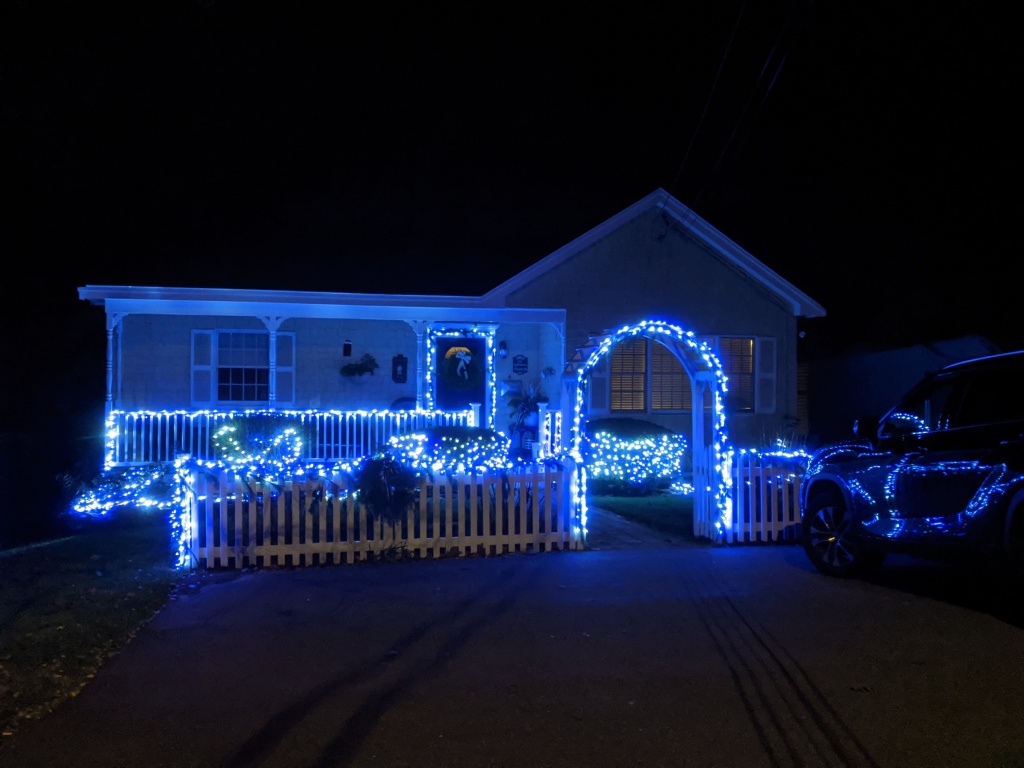
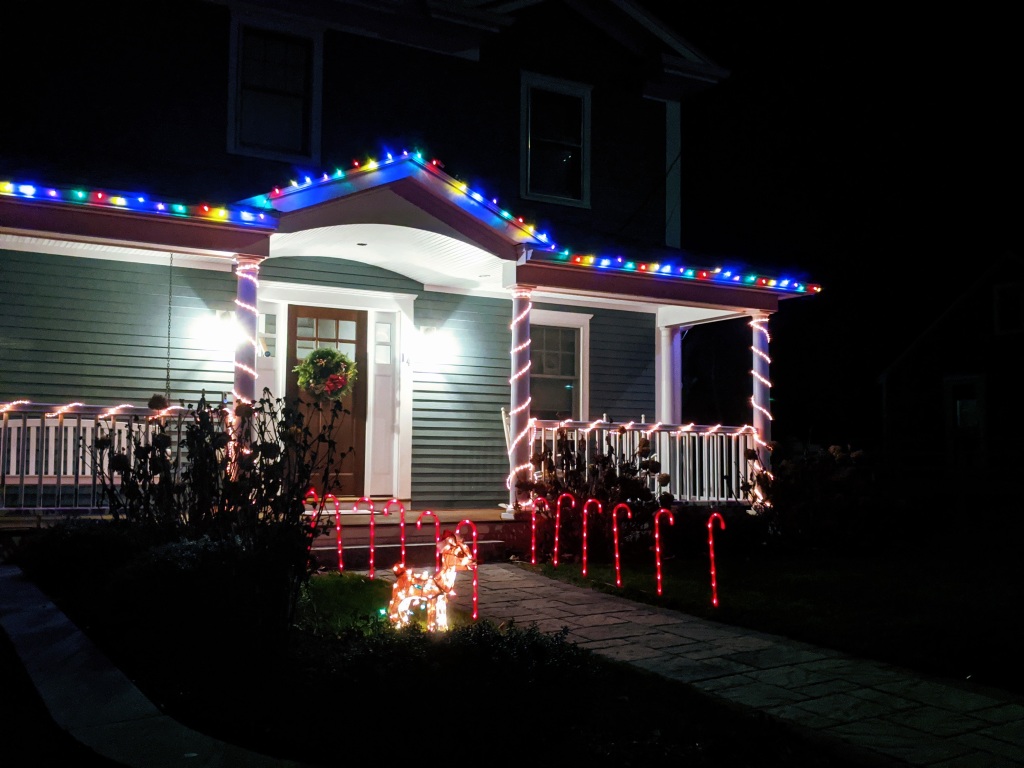


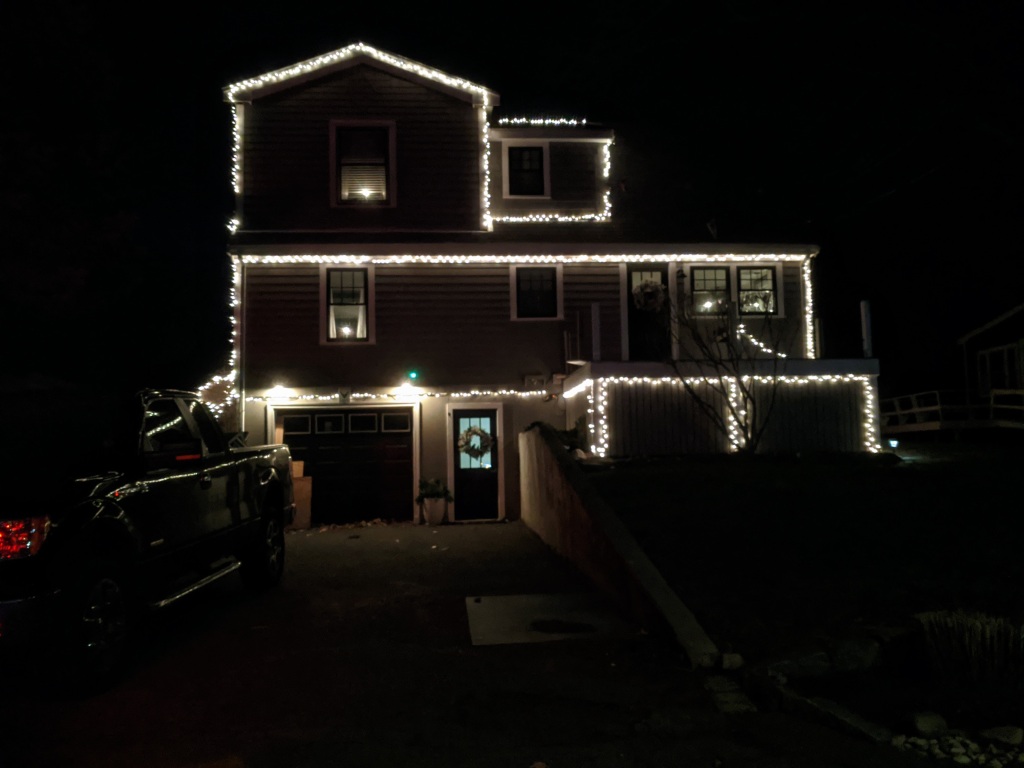


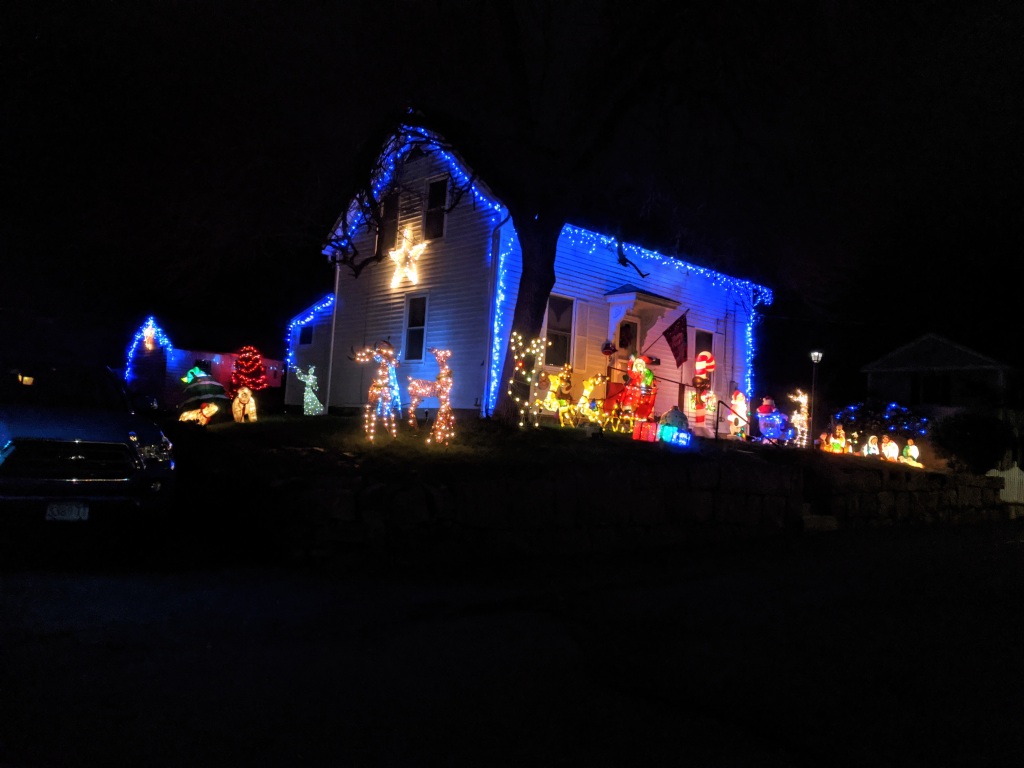

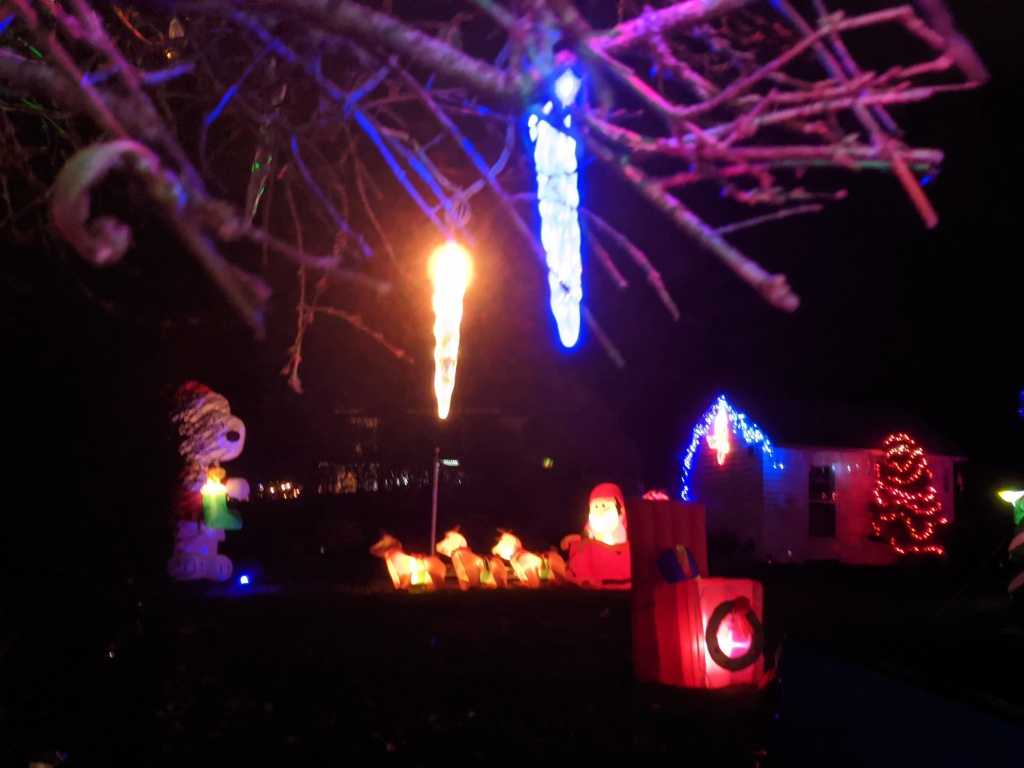
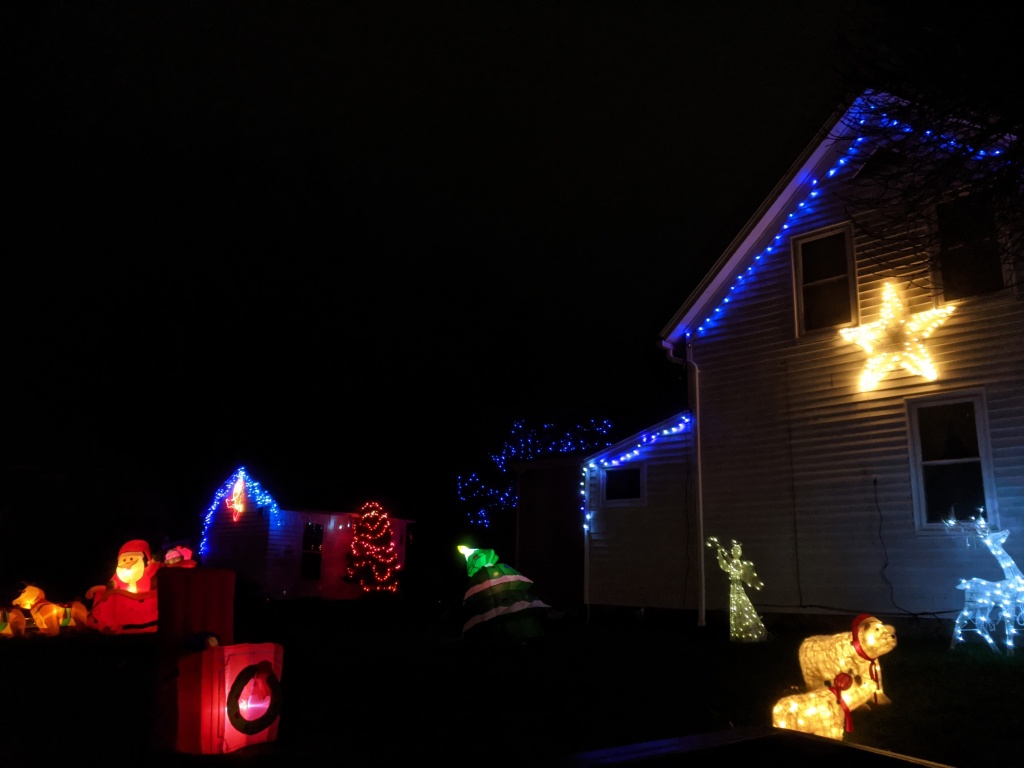

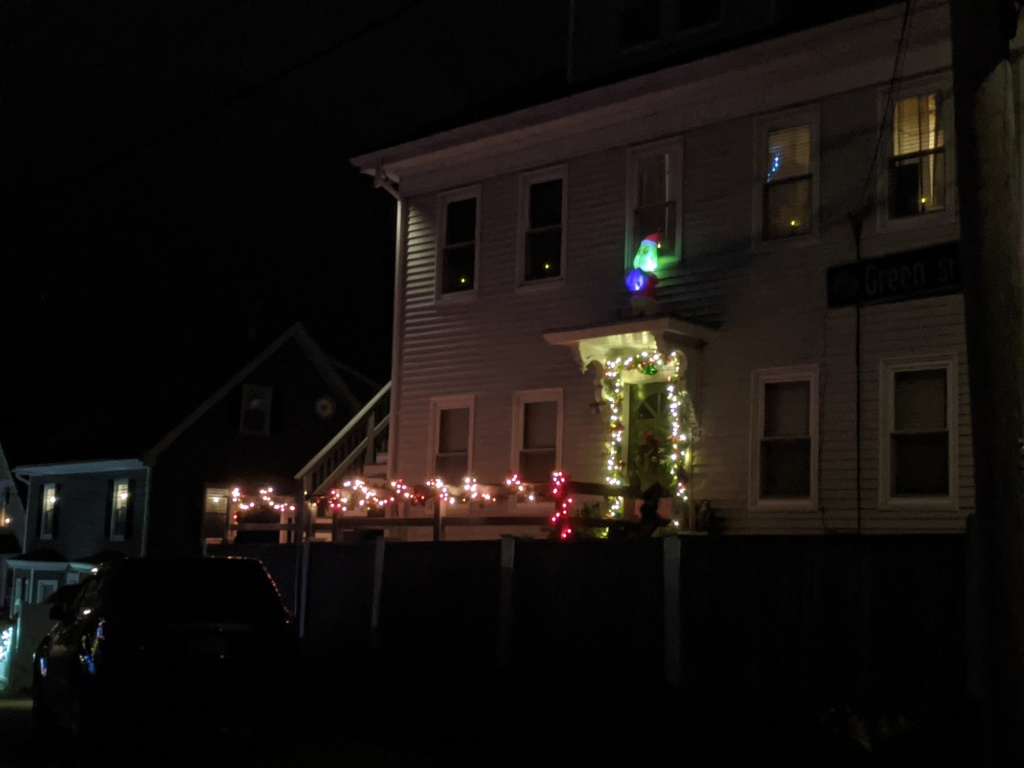



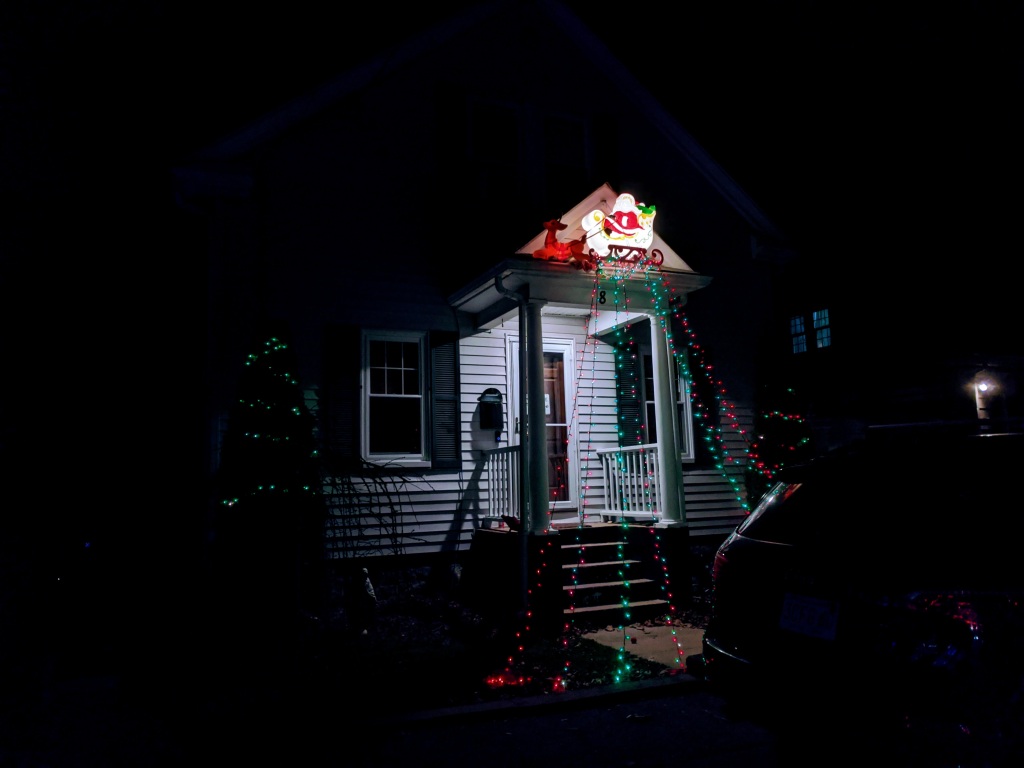
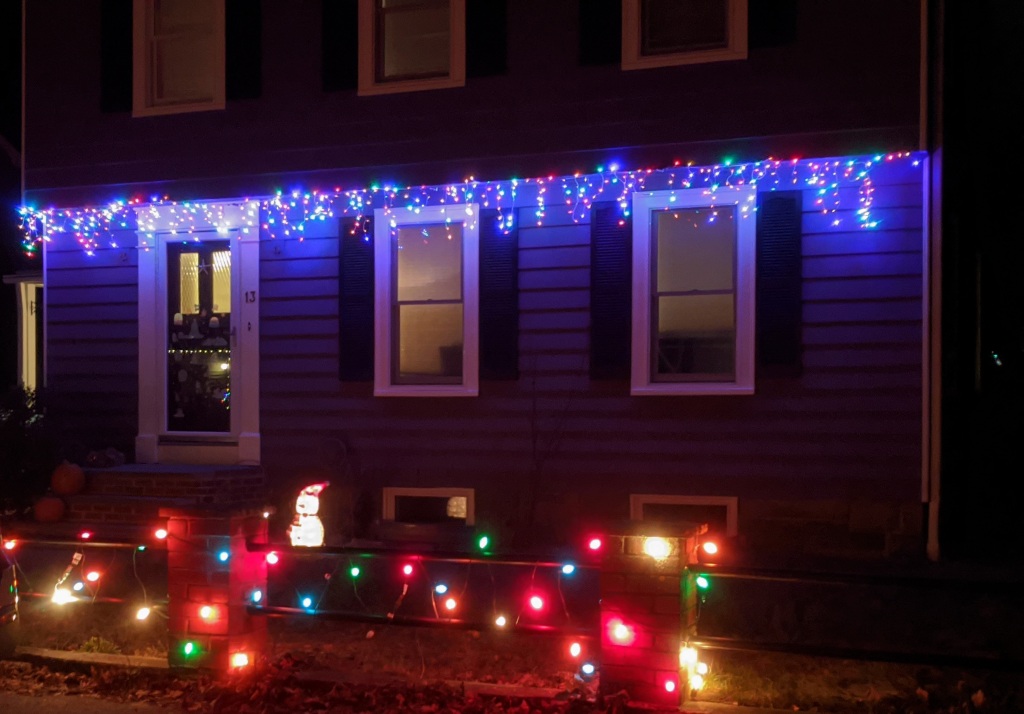
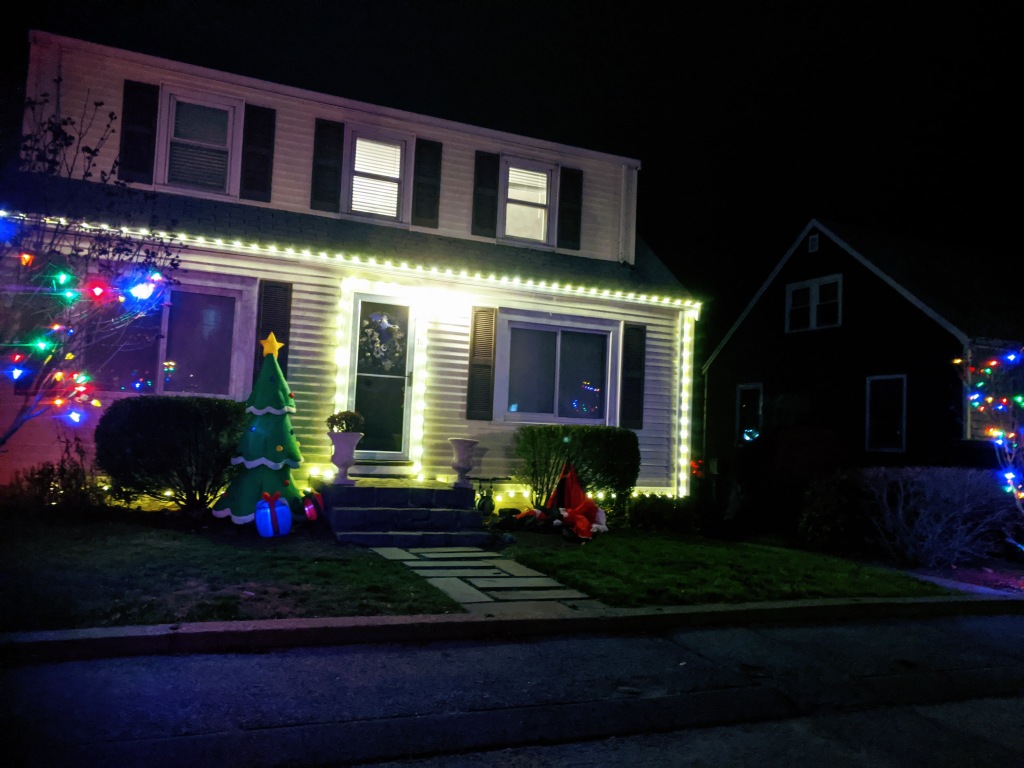
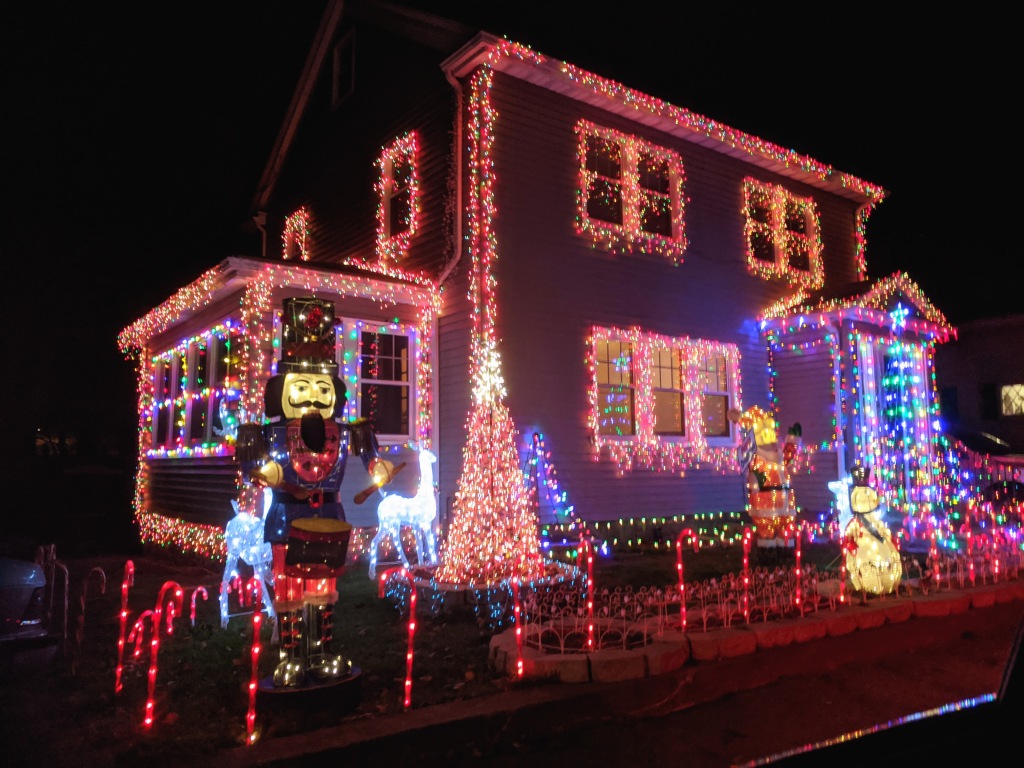
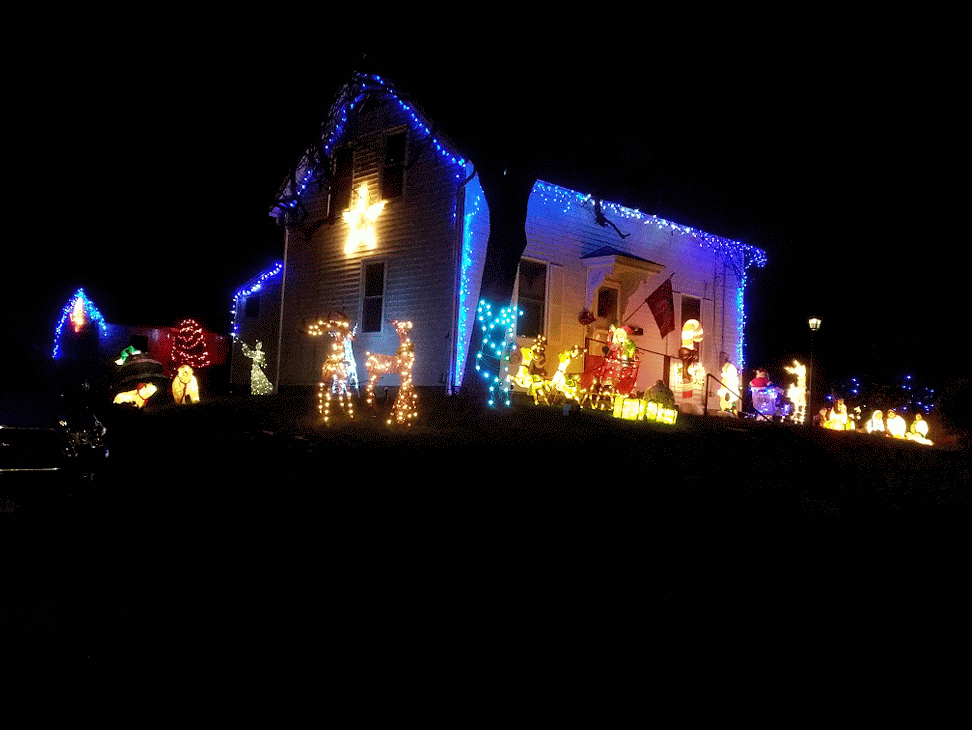







Finch Lane
Gloucester nearing 200 sparkling homes added to the map so far. Batch 2 (this post) streets include :Arthur Ct., Carlisle Ave., Cherry St., Cleveland St., Collins Ave, Doane Road, Essex Ave, Finch Lane, Gloucester Avenue, Honeysuckle Road, Lupine, Maplewood (near Poplar bend), Marchant, Millet St., Montvale Avenue, Mystic Ave., Reynard, Riverside Ave., Sargent St., Shore Hill Road, Riverside Ave., Thatcher, Thornhill Way, Thurston Point, Warner St., Washington St (at Piraino), Washington St. (near Capt. Hooks), Wheeler Street, Whittemore St.
First Batch streets: Centennial Drive, Cherry St (near O’Maley), Crestwood Ter. – Skywood Ter. (off harrison), Derby St., Elizabeth Road, Essex Ave / Rt. 133 (between Kent Circle and Little River), Fleetwood Dr., Friend Ct., Green St., Grove St &Colonial, Grove near Maplewood, Hampden & Gaffney, Hodgkin St., Lendall St off Harrison, Lupine Lane, Maplewood at Derby, corner Mt Vernon & Oak St, Perkins St., Poplar St., Reservoir Road, Reynard St., Spruce St., Starknaught, Washington St. (between Azorean and the rotary)

countdown clock – Millet St.
More to come. photos: c. ryan, Dec. 6, 2022. Click or pinch and zoom to enlarge.



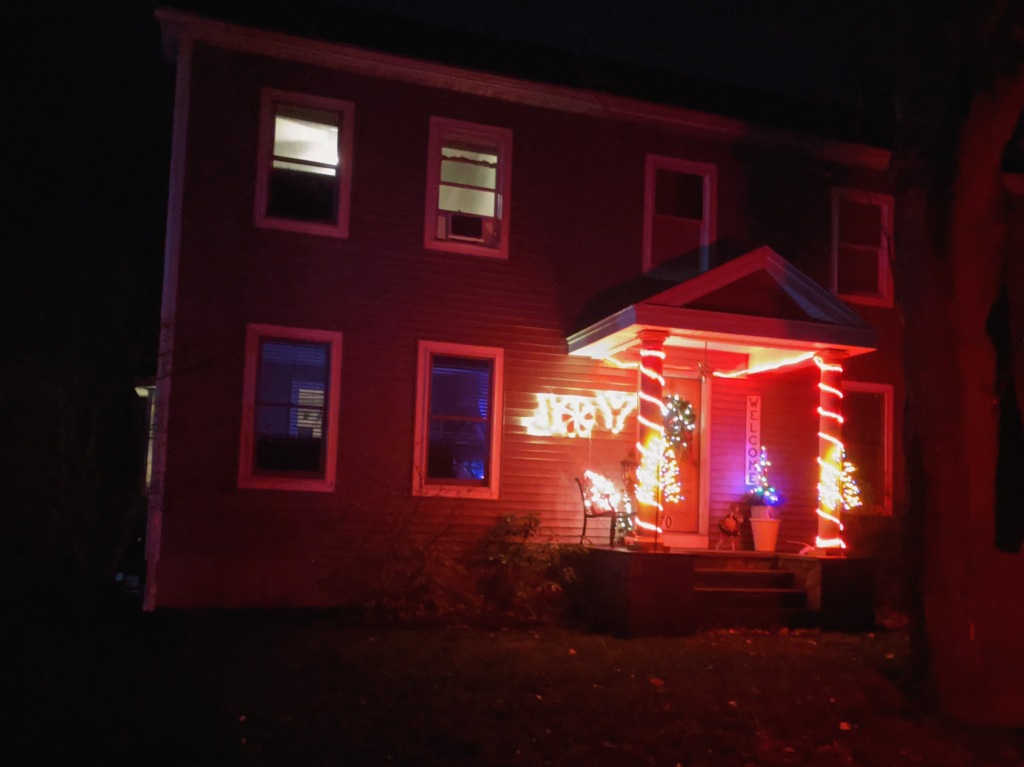
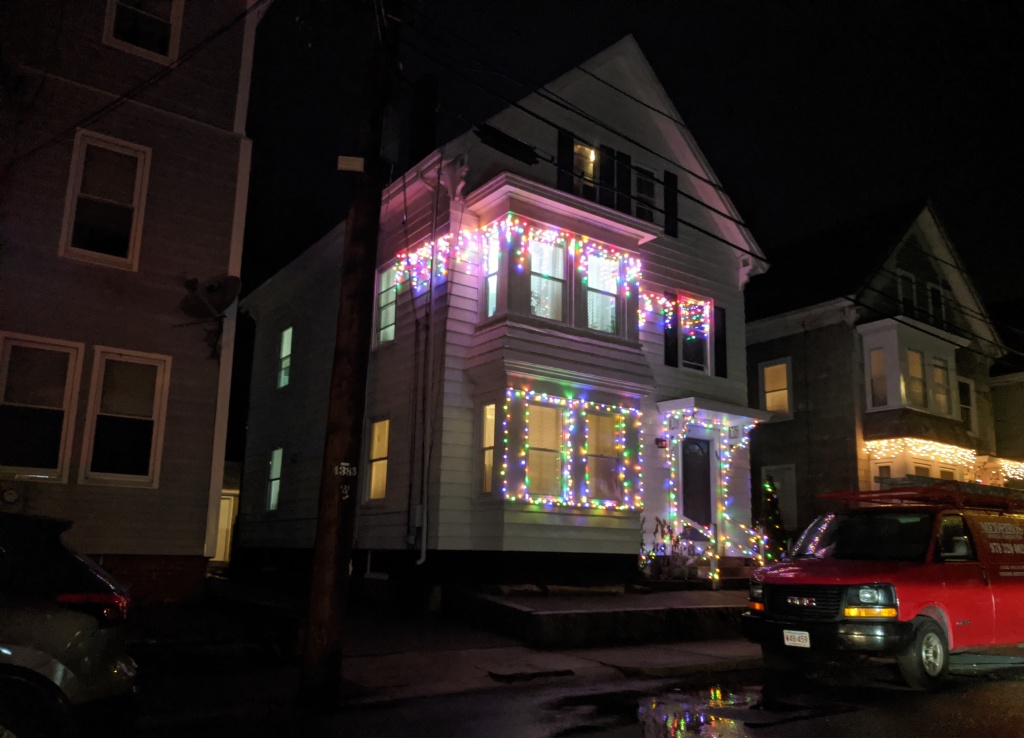
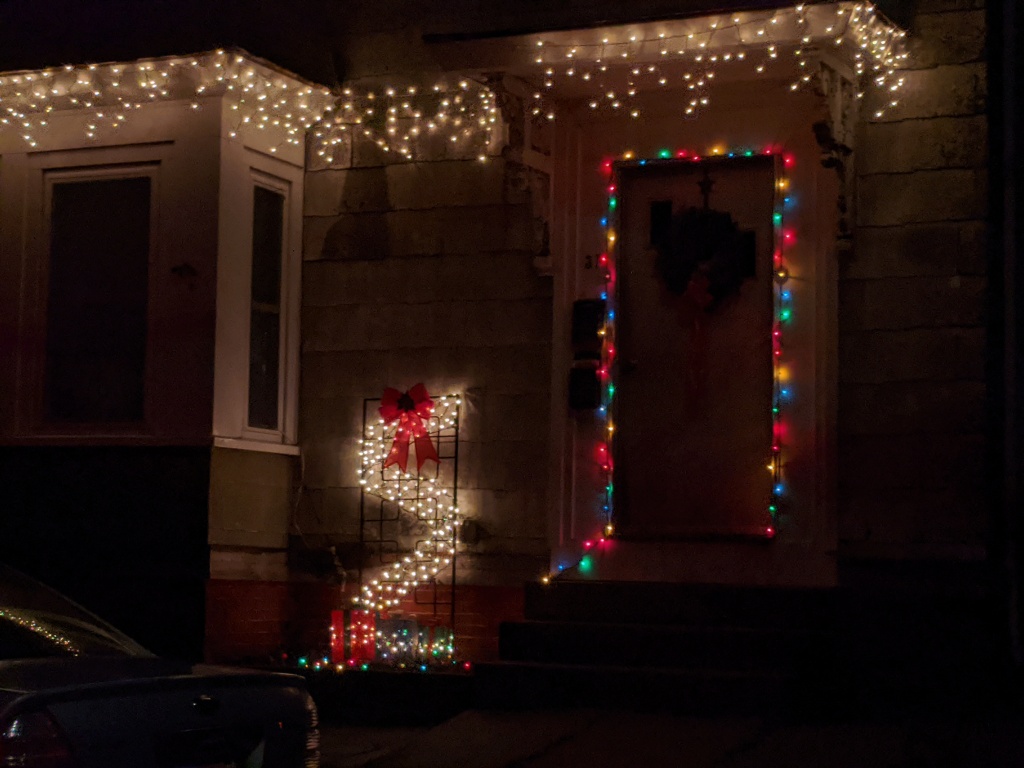




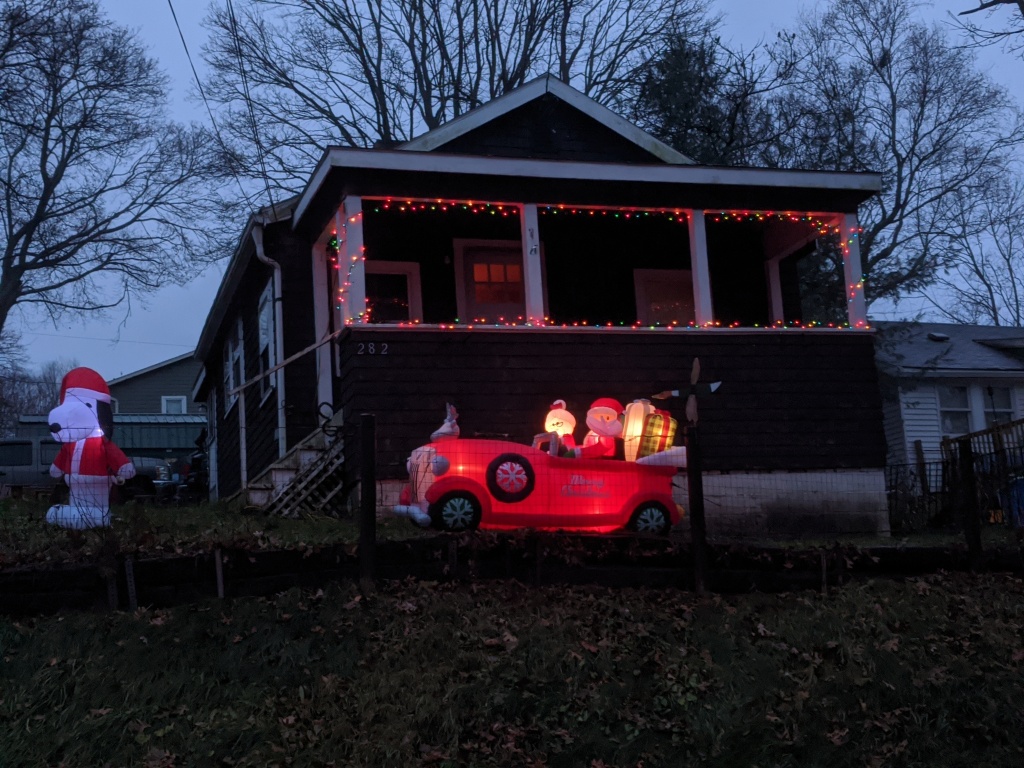
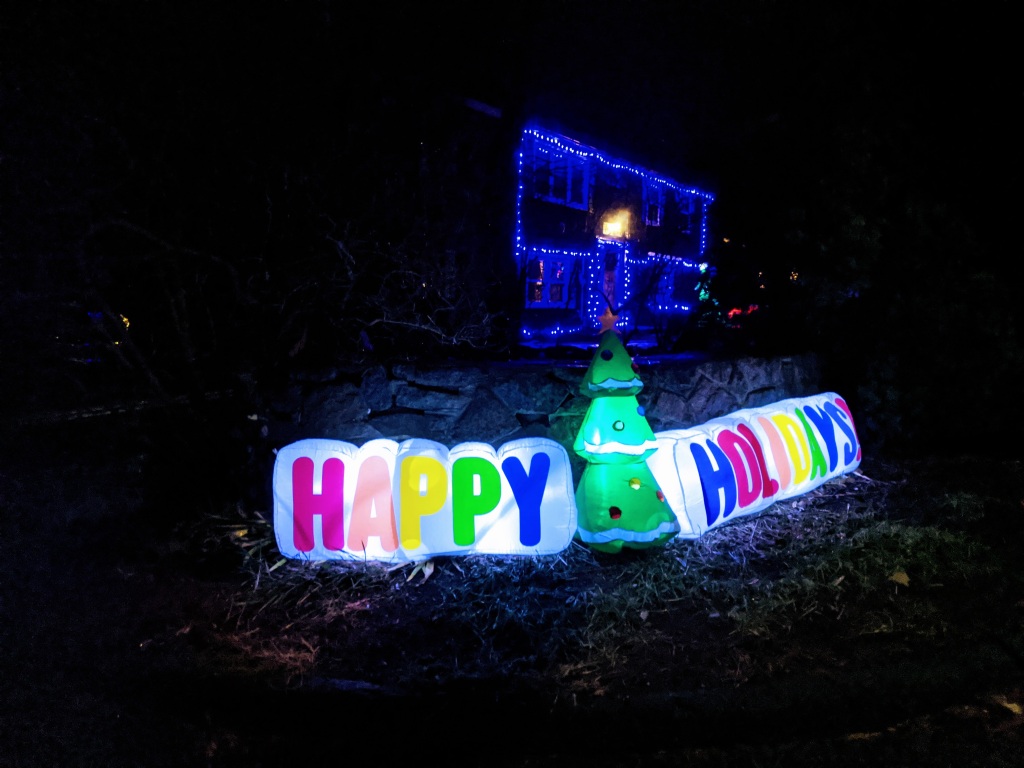
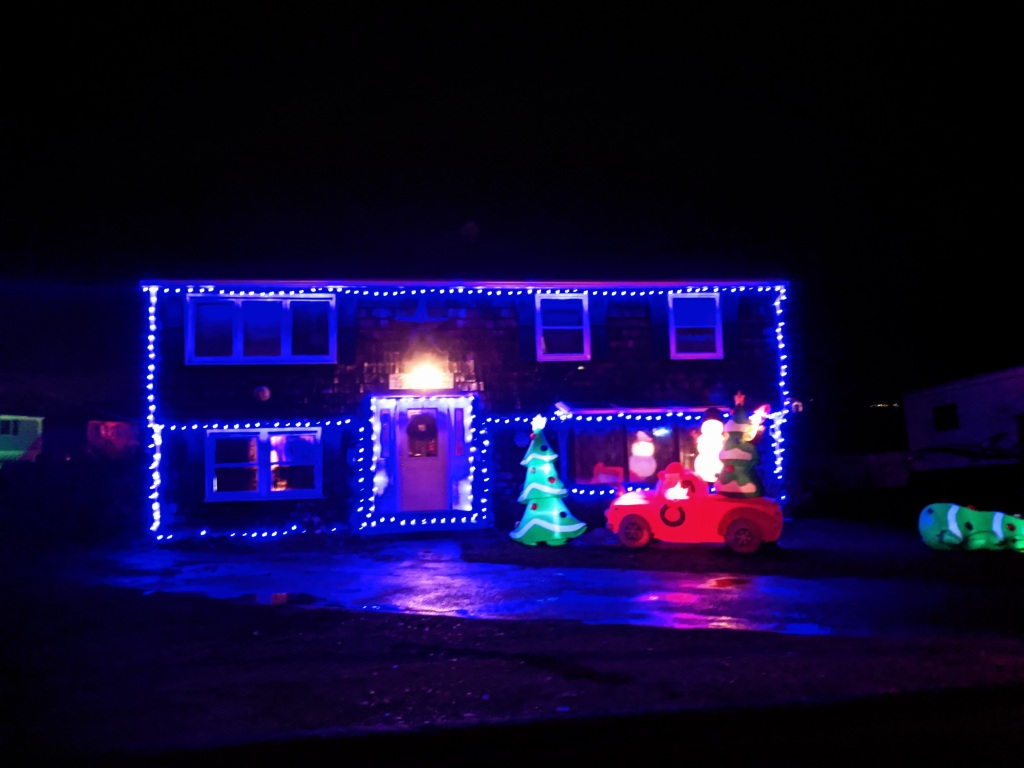
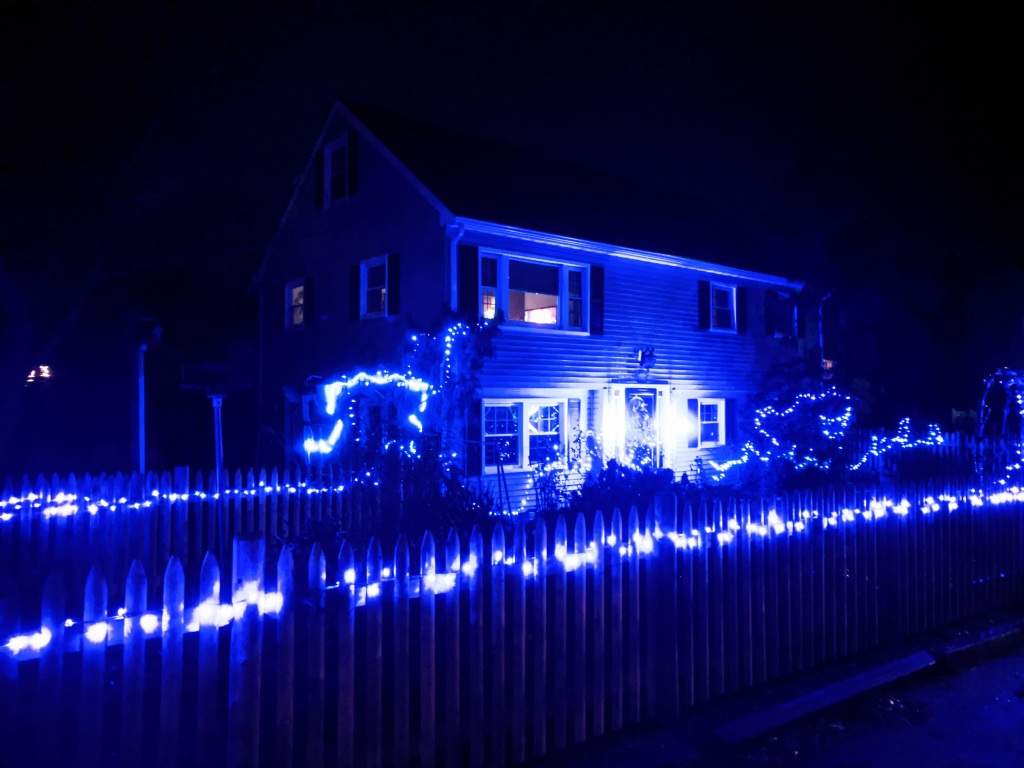

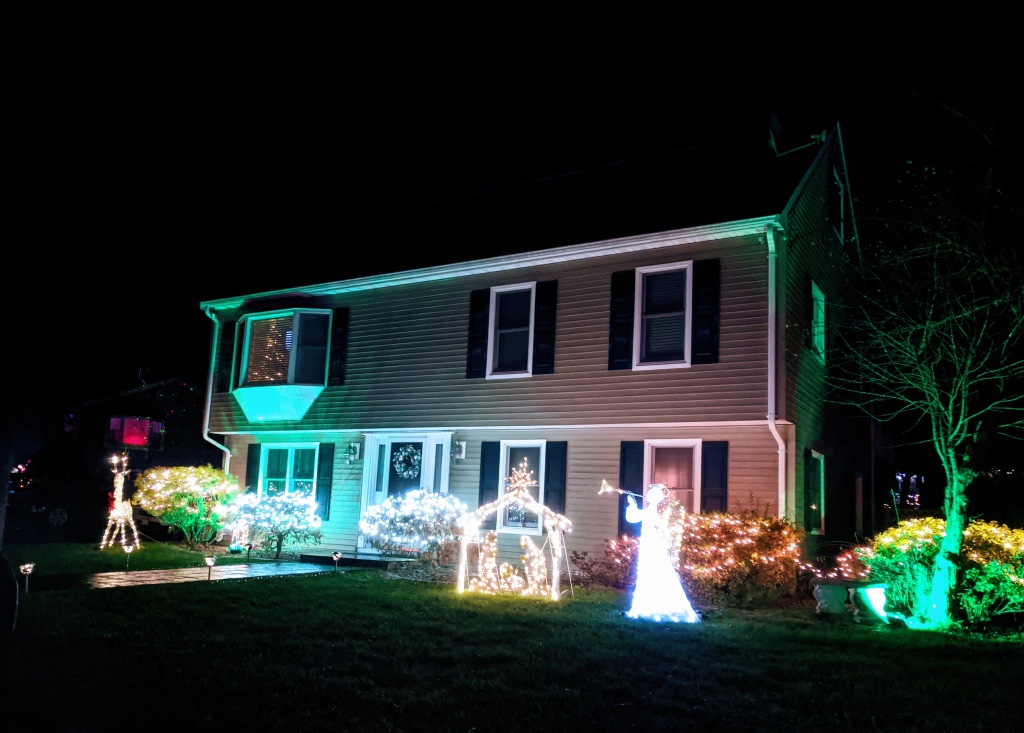
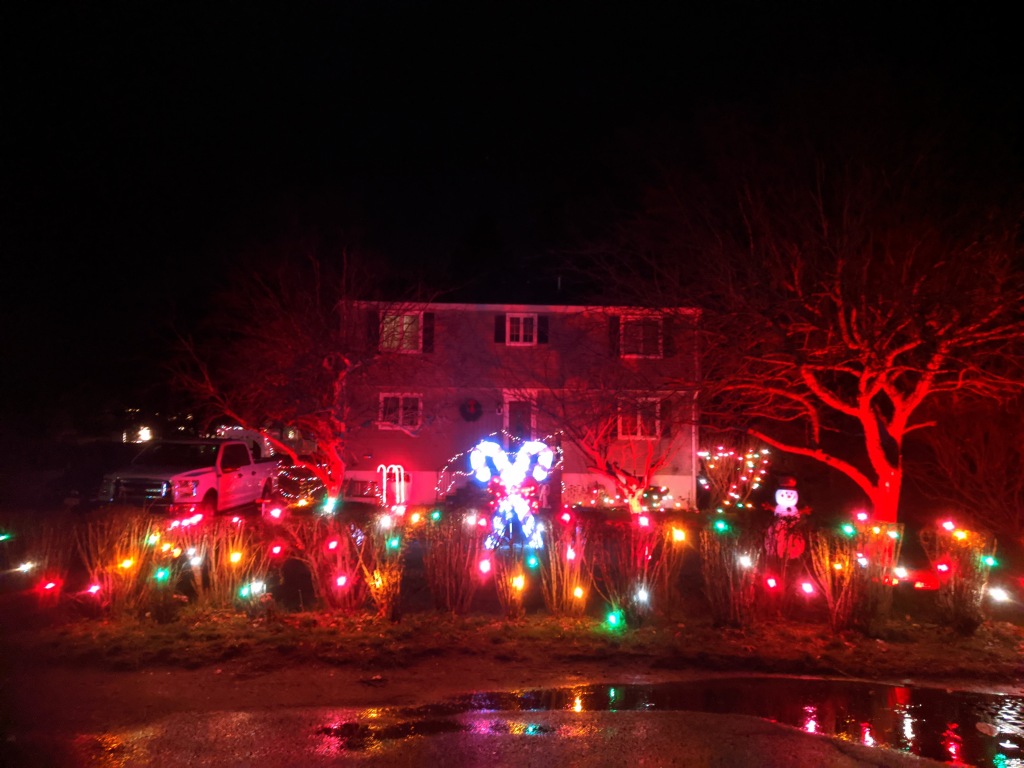
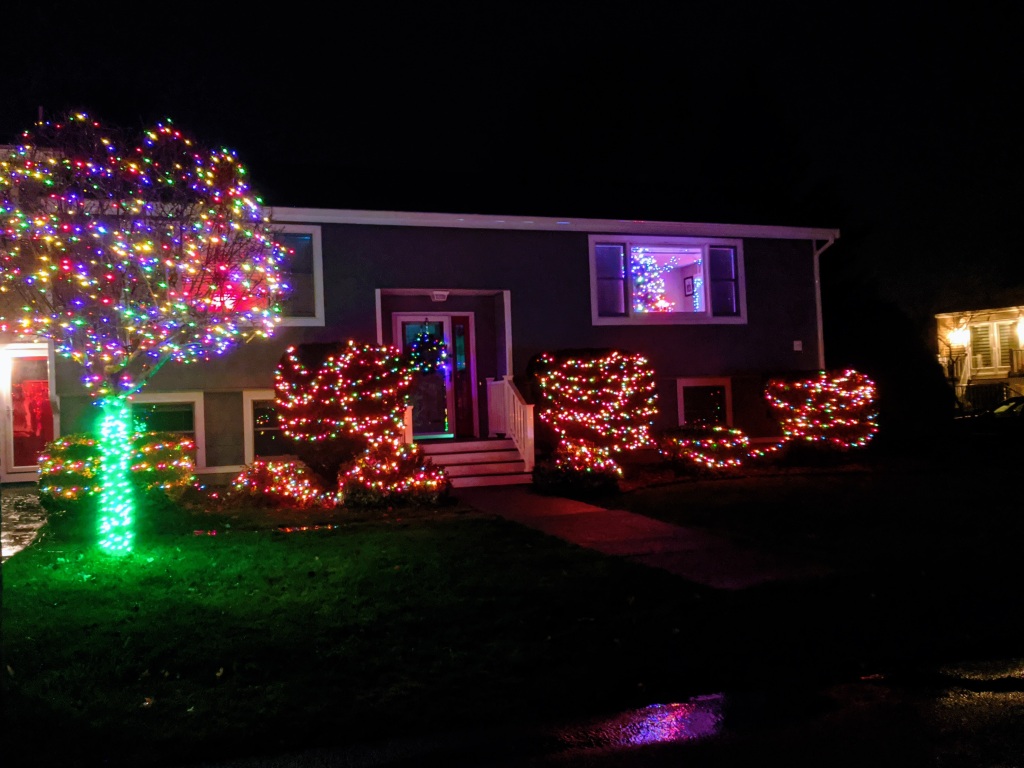
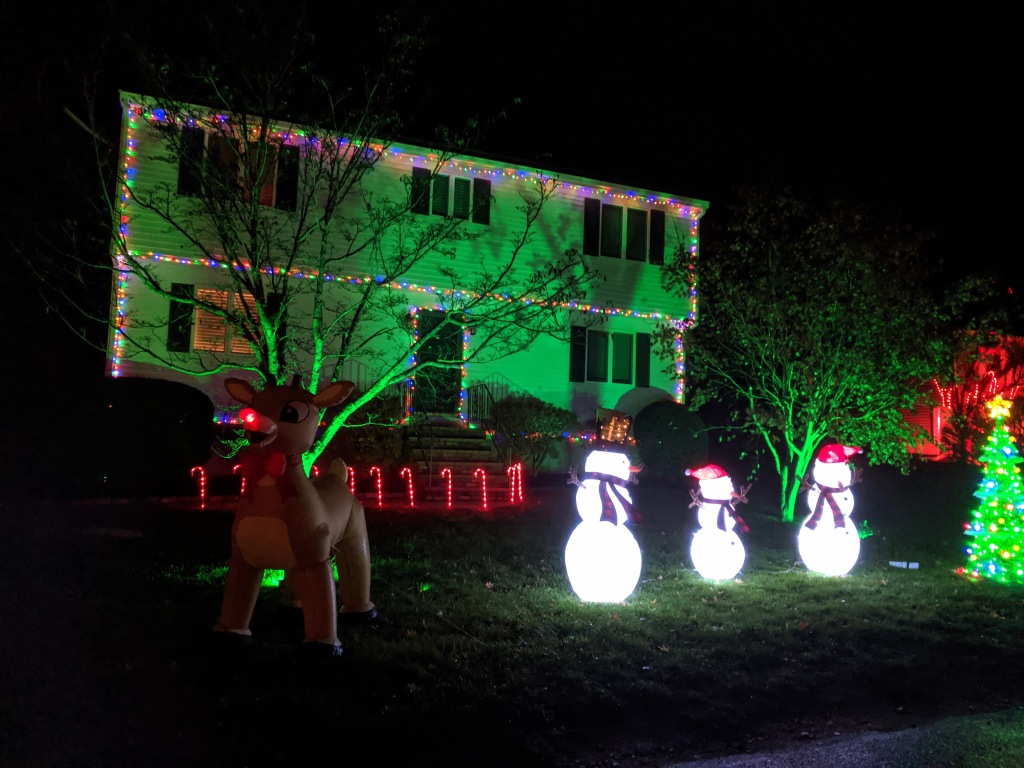

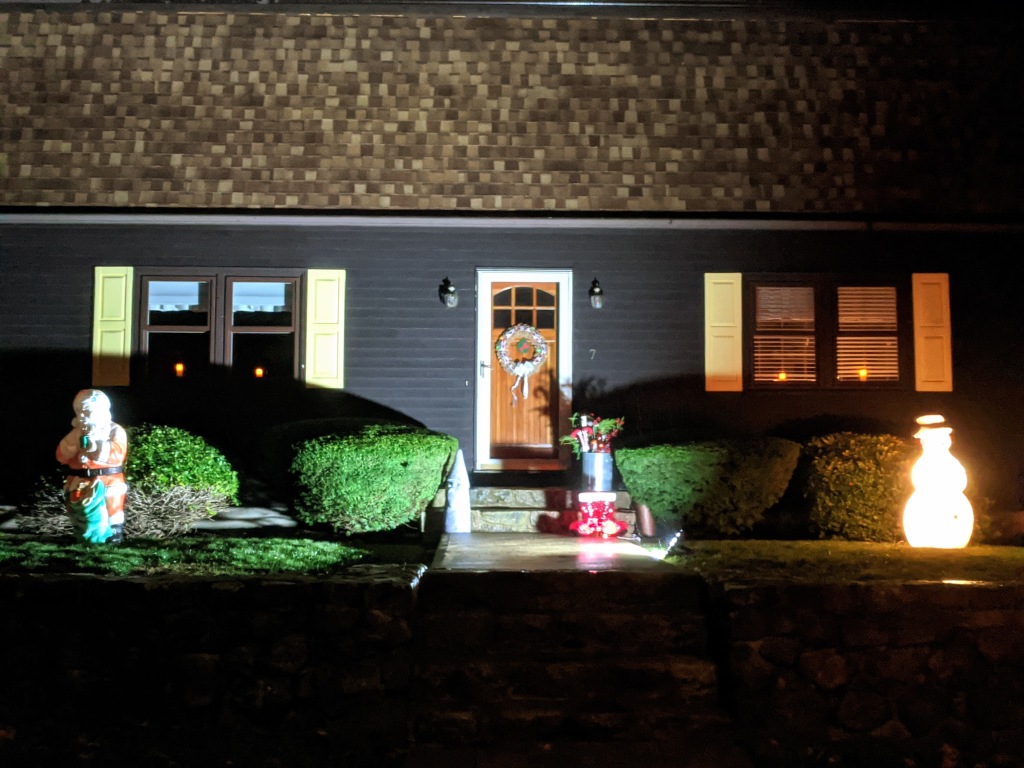
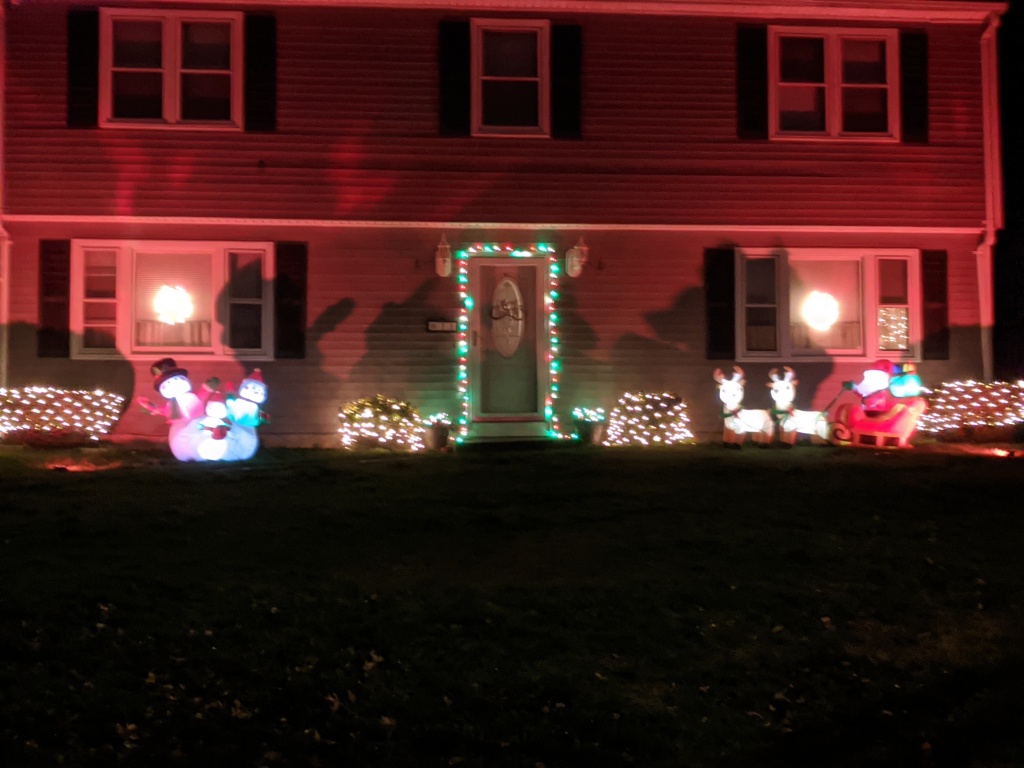


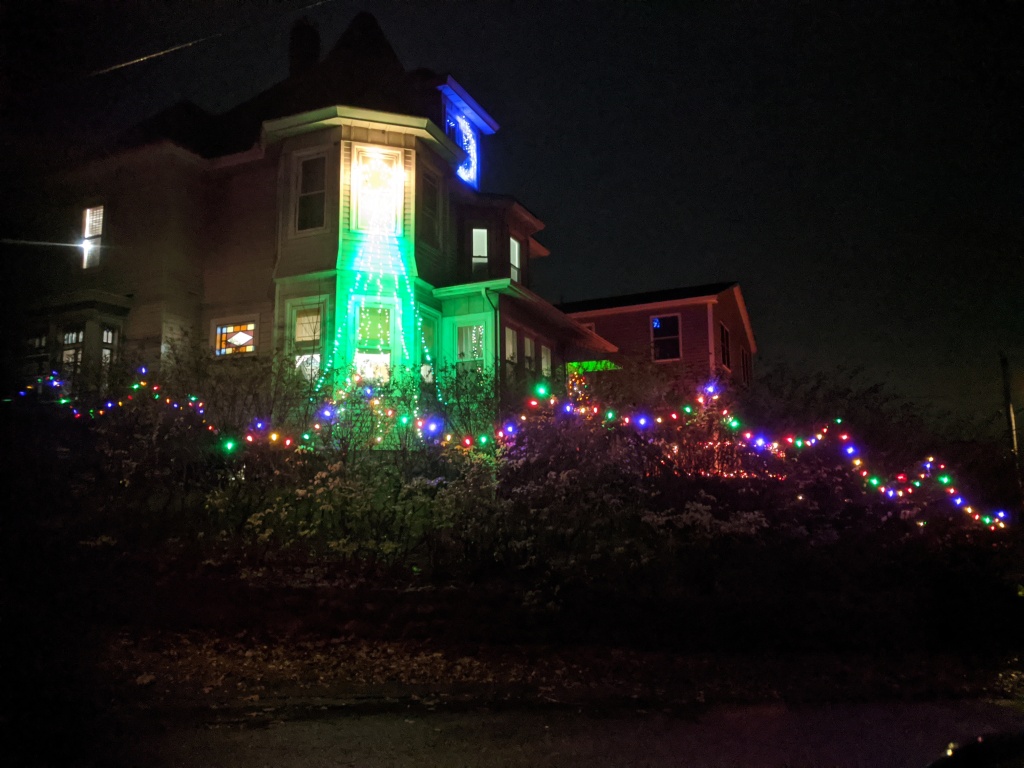
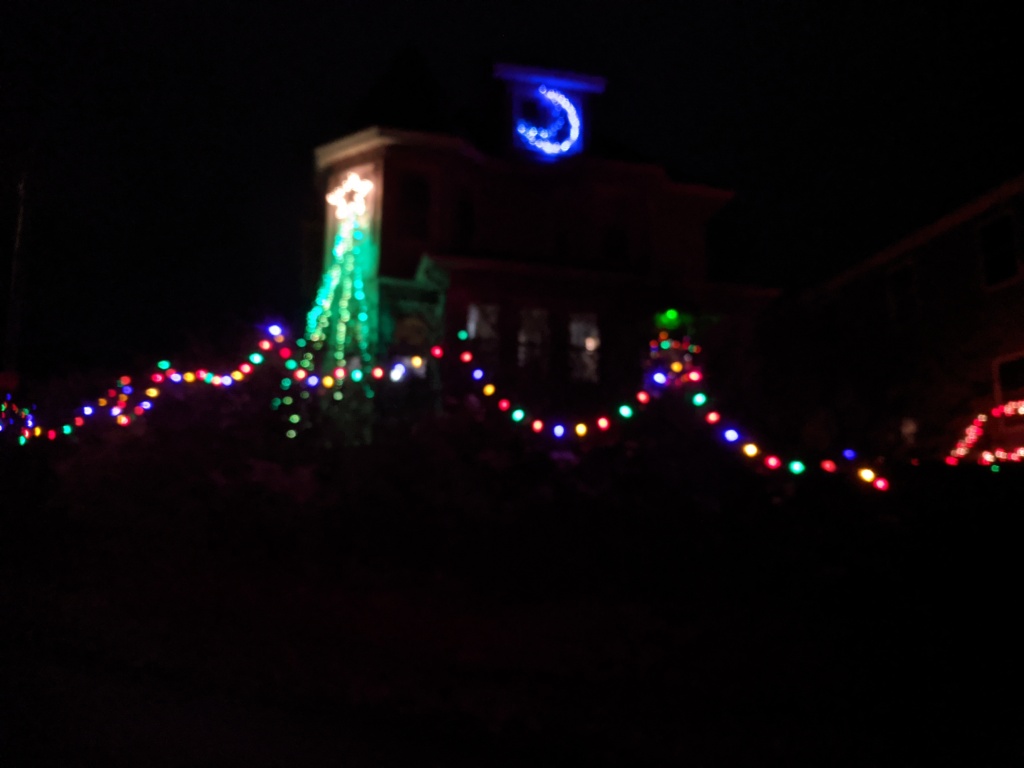
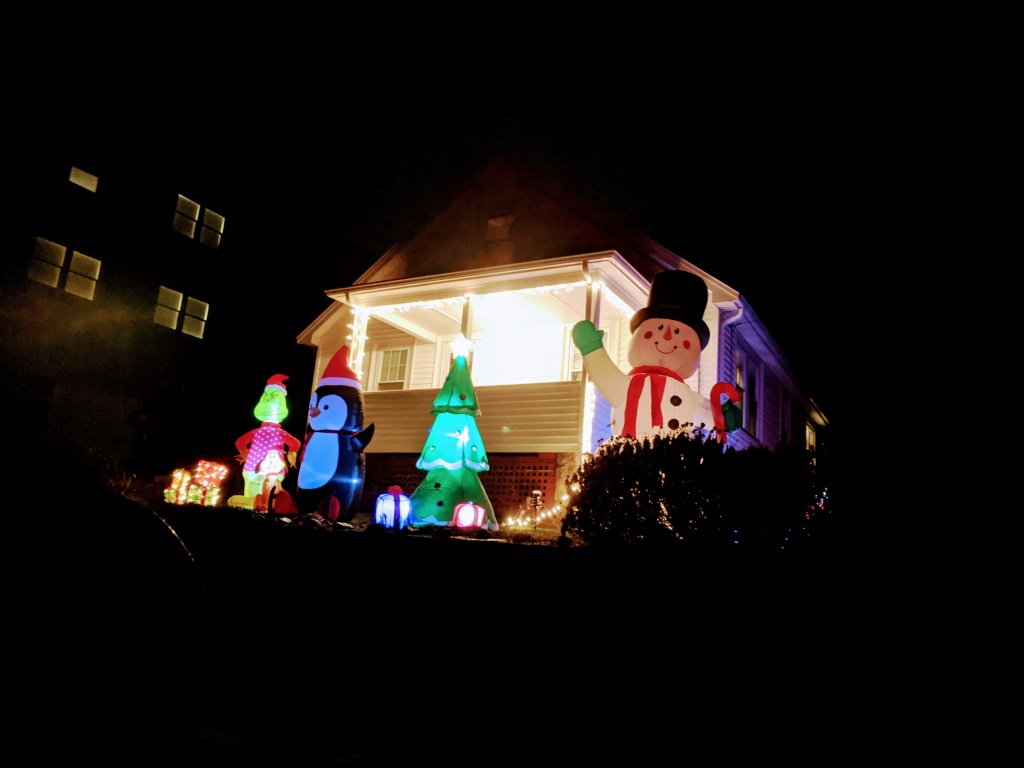

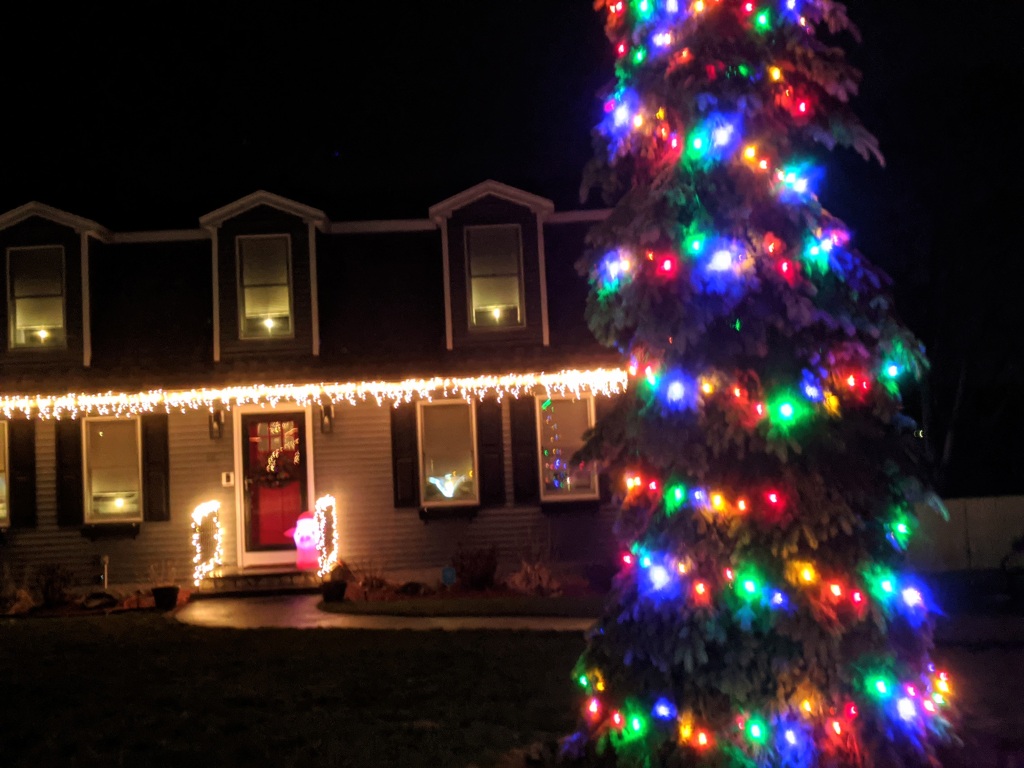

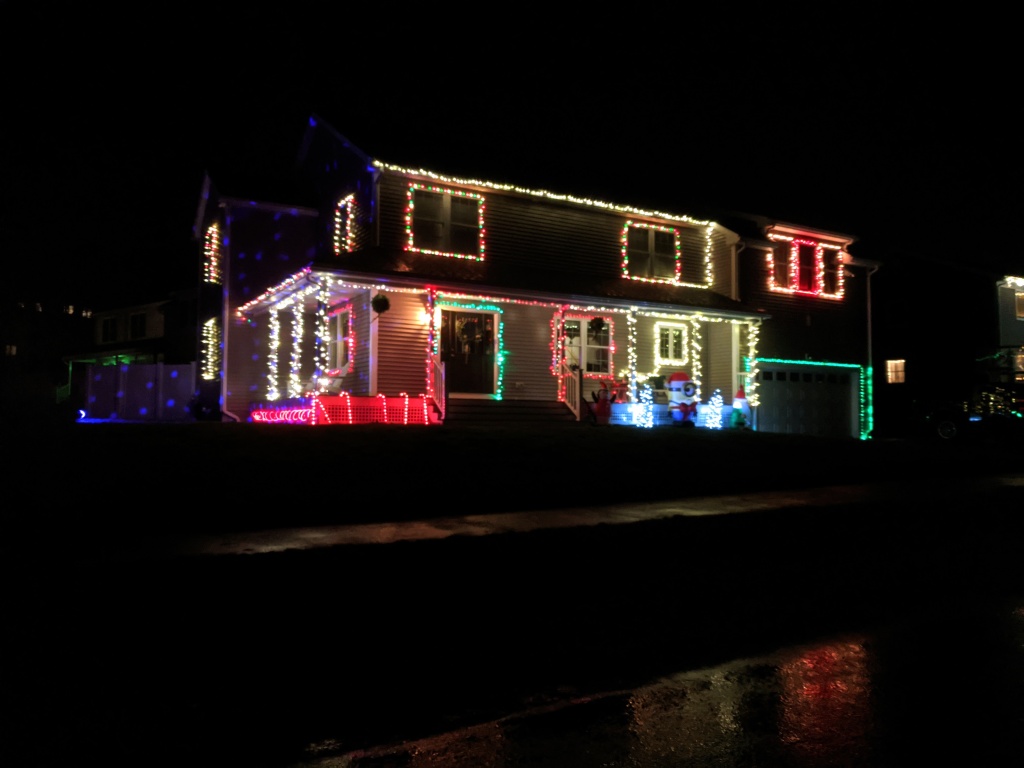

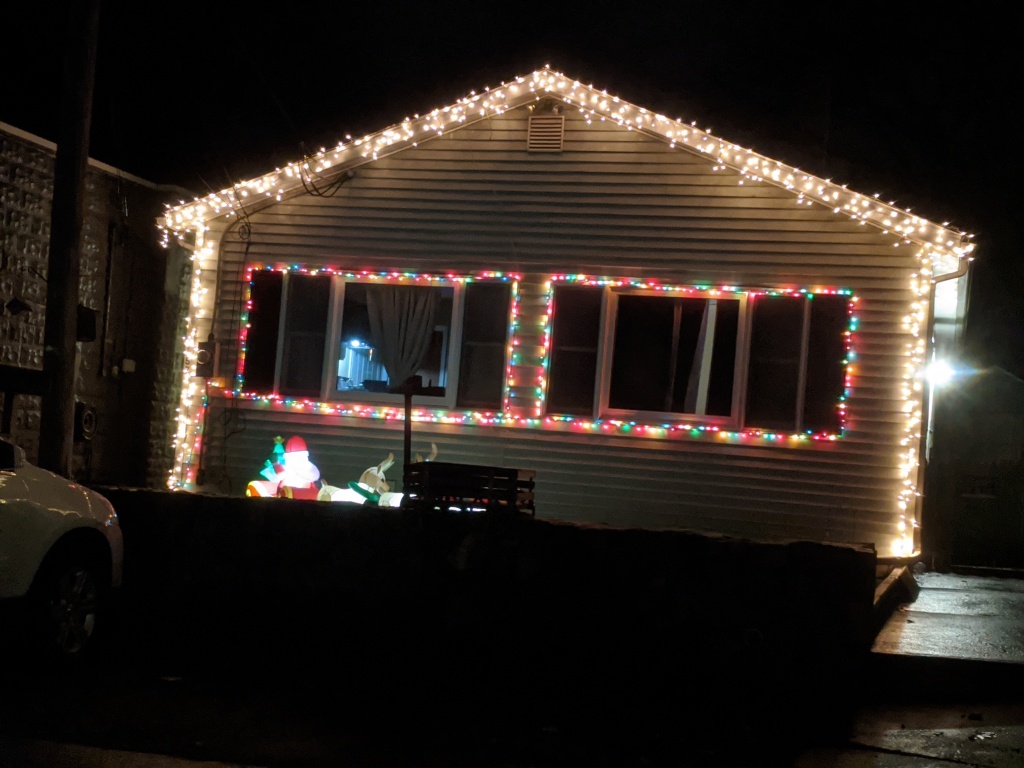


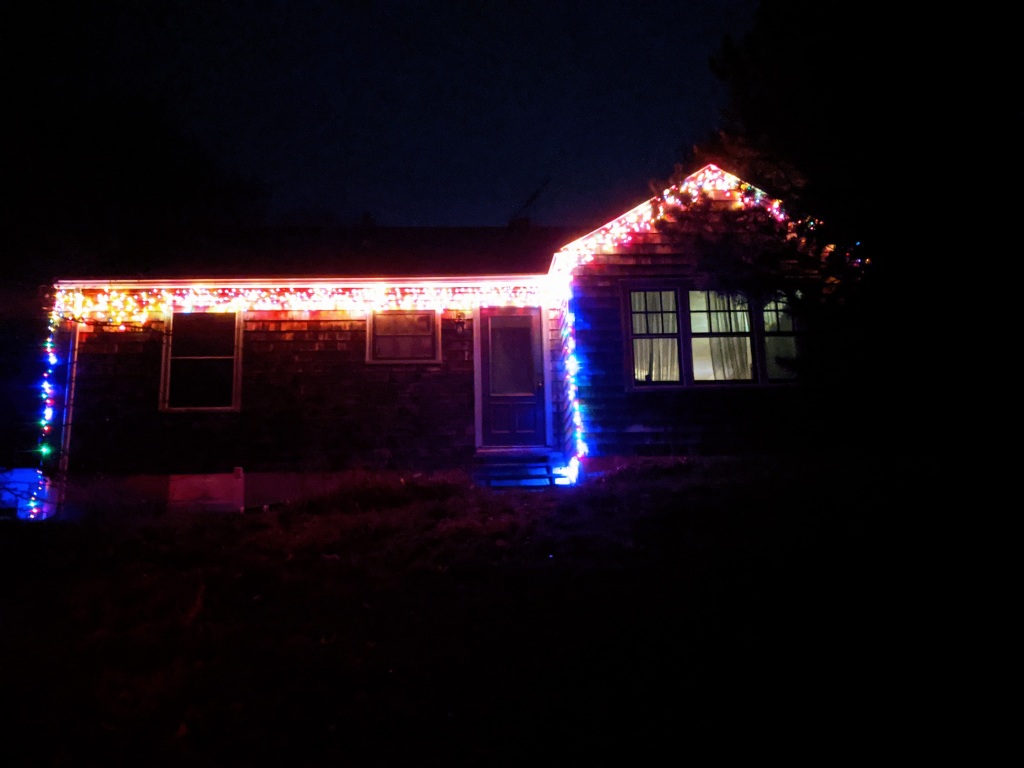
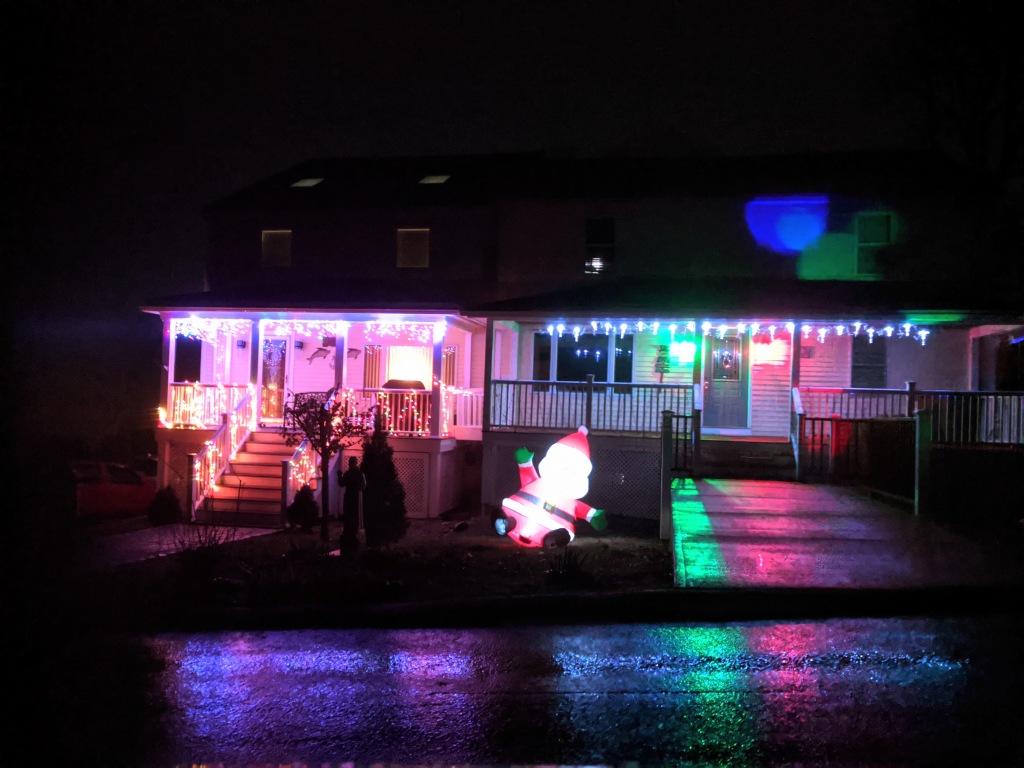



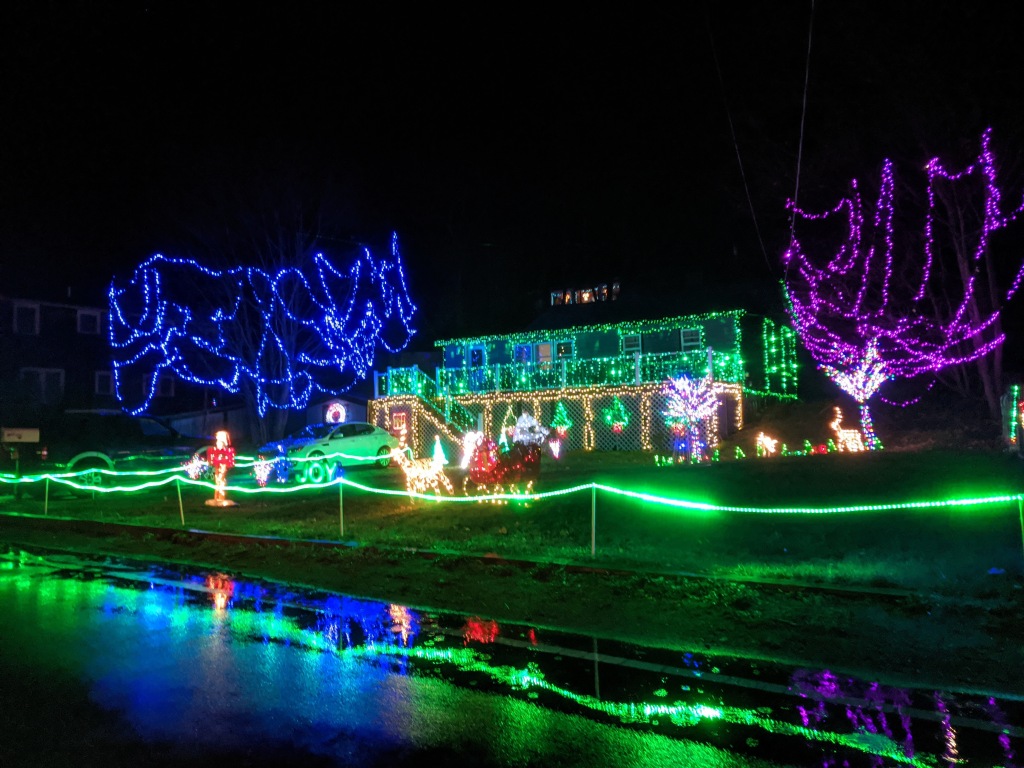
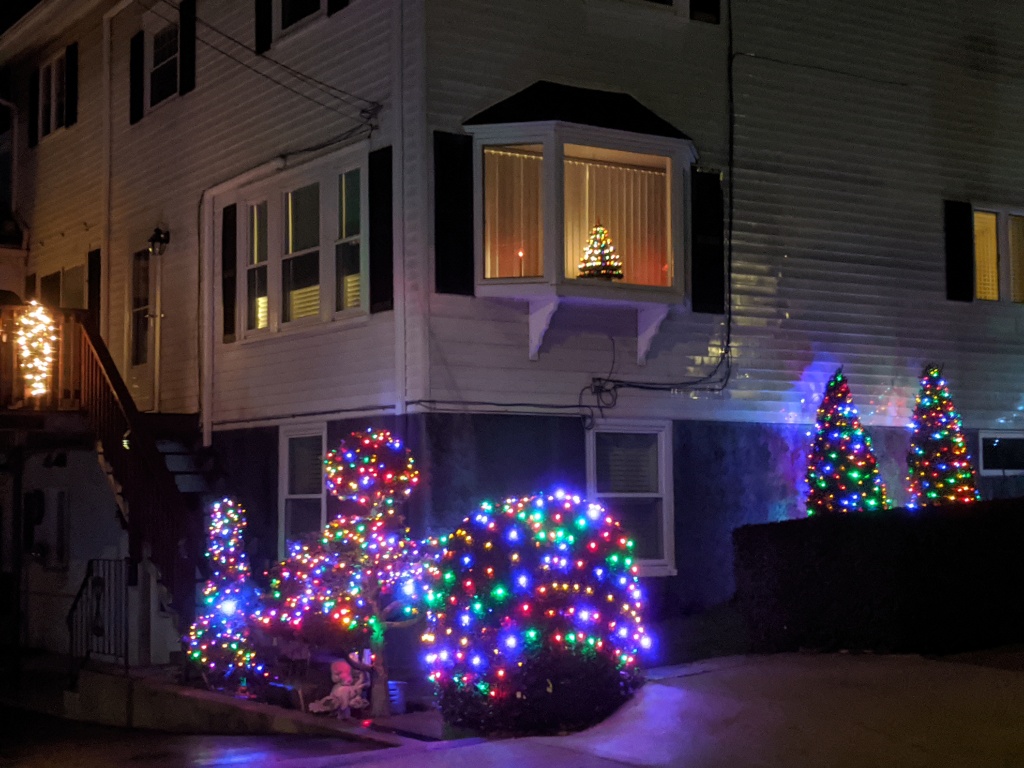

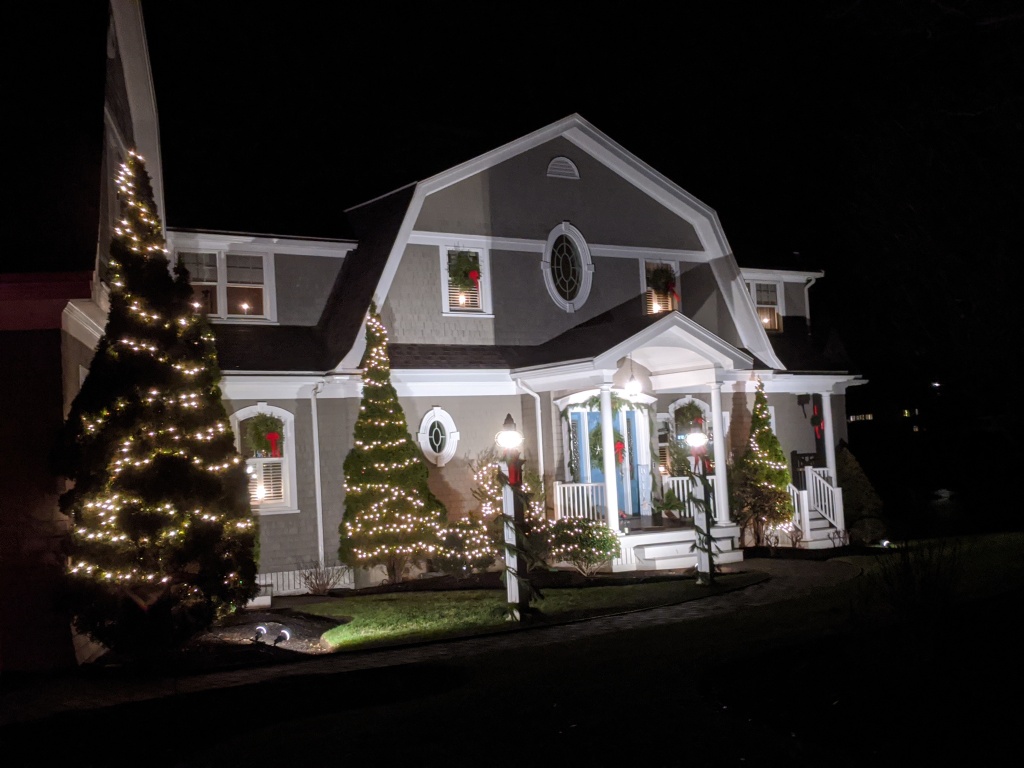
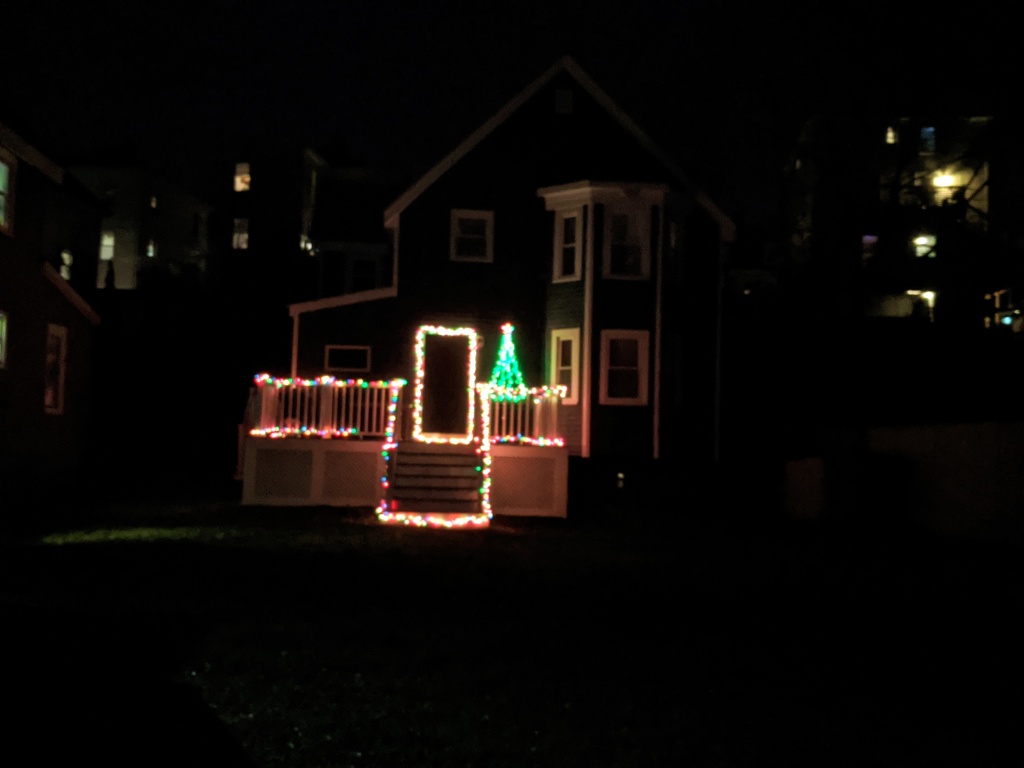
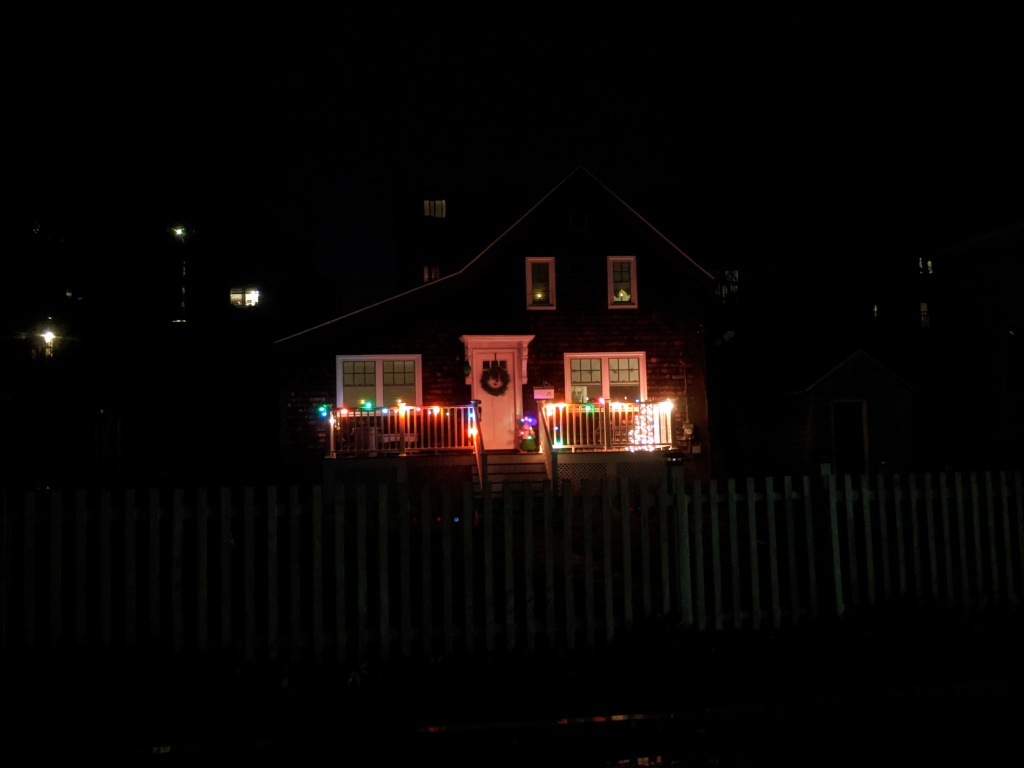
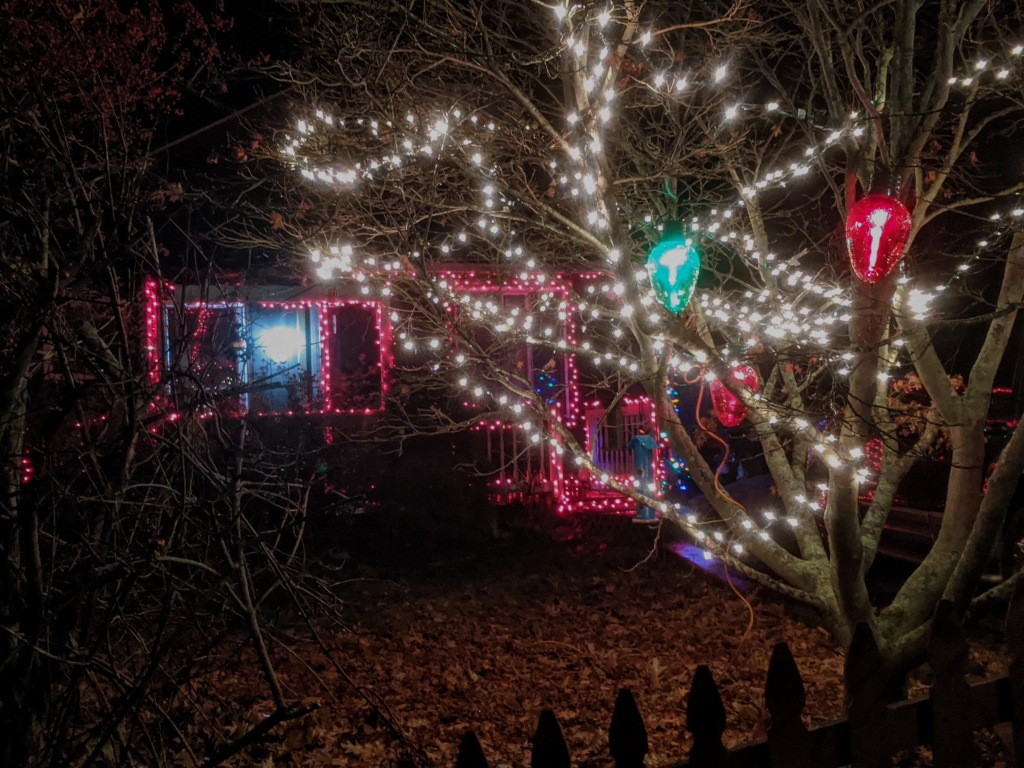
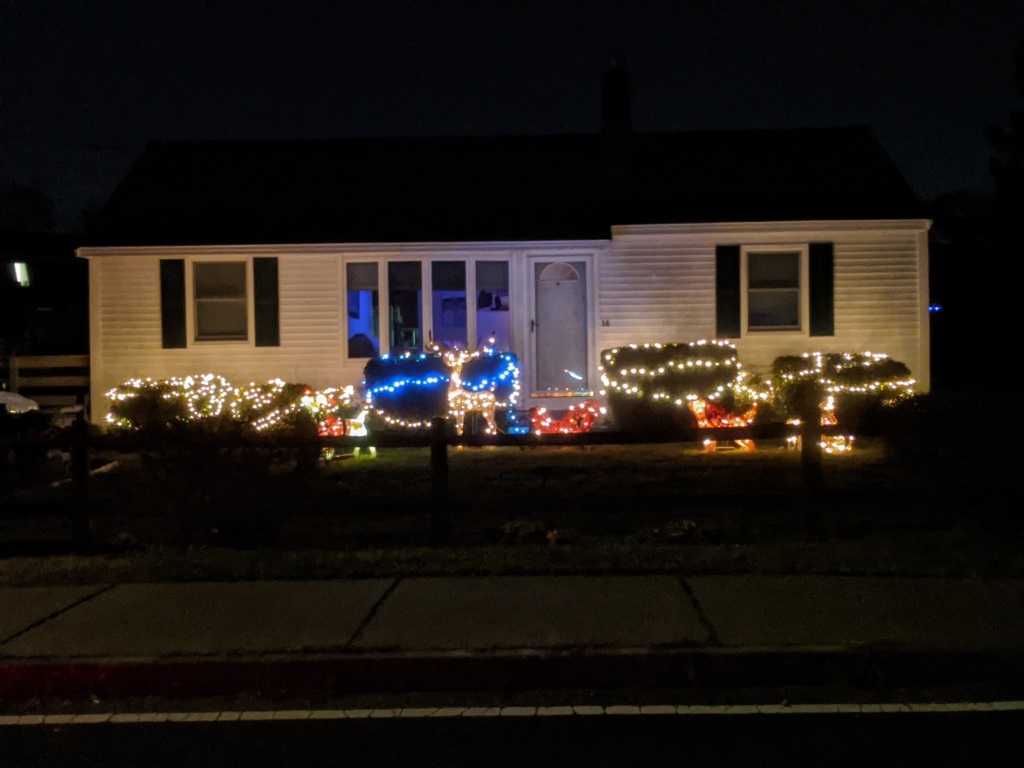
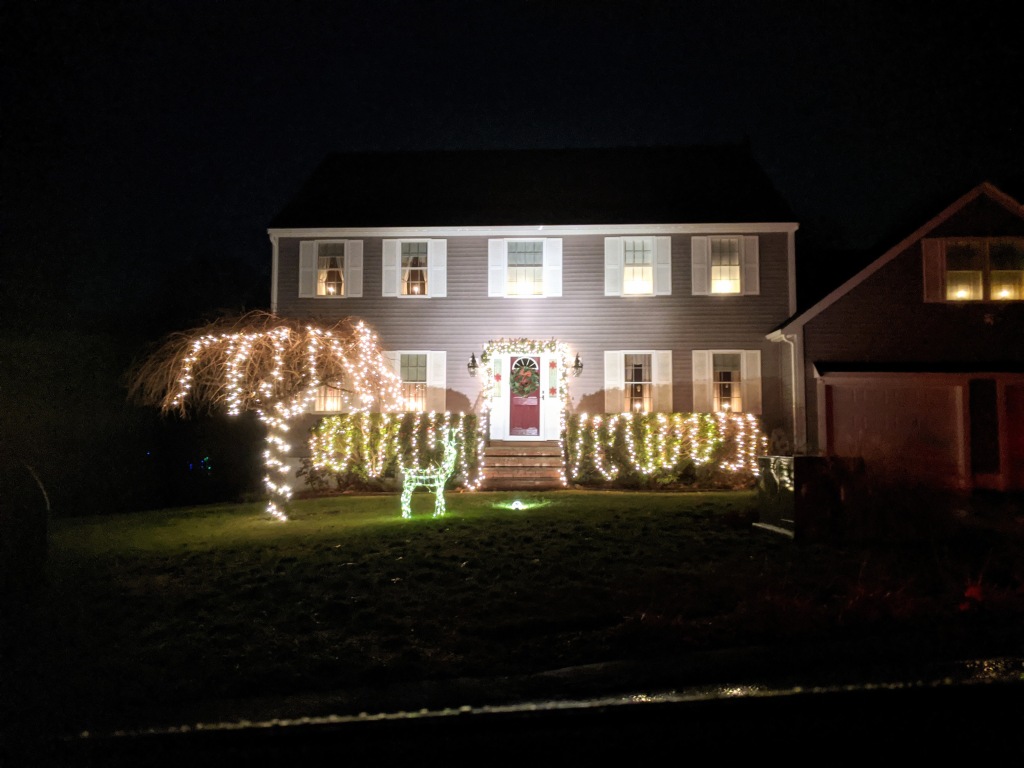

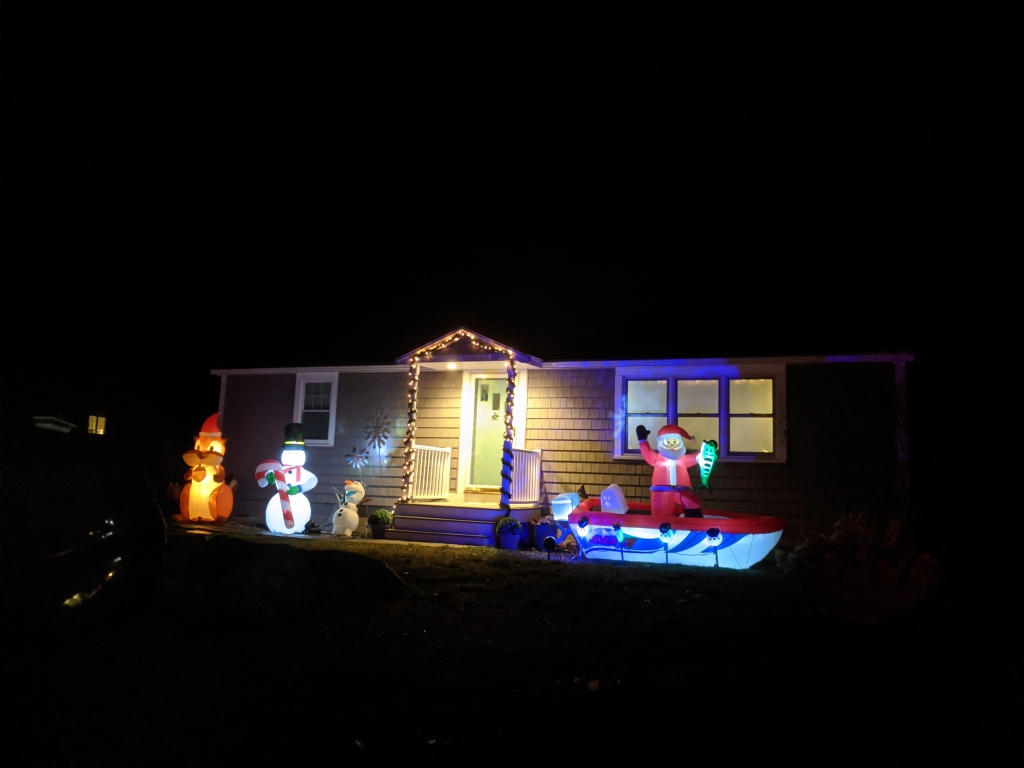
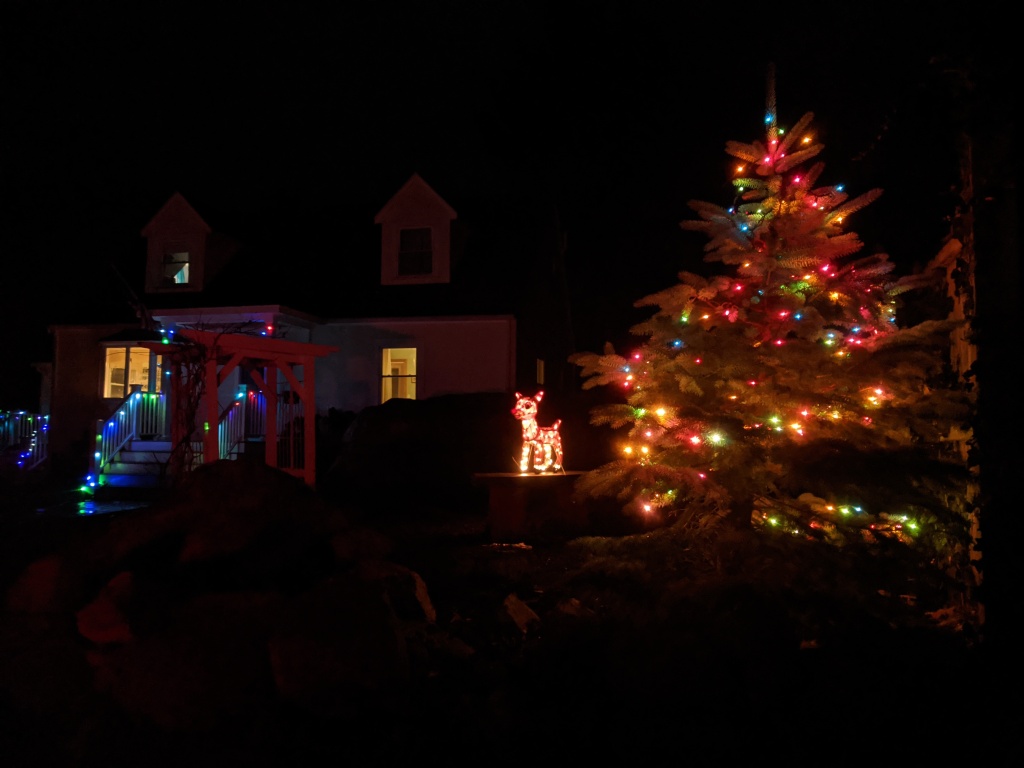






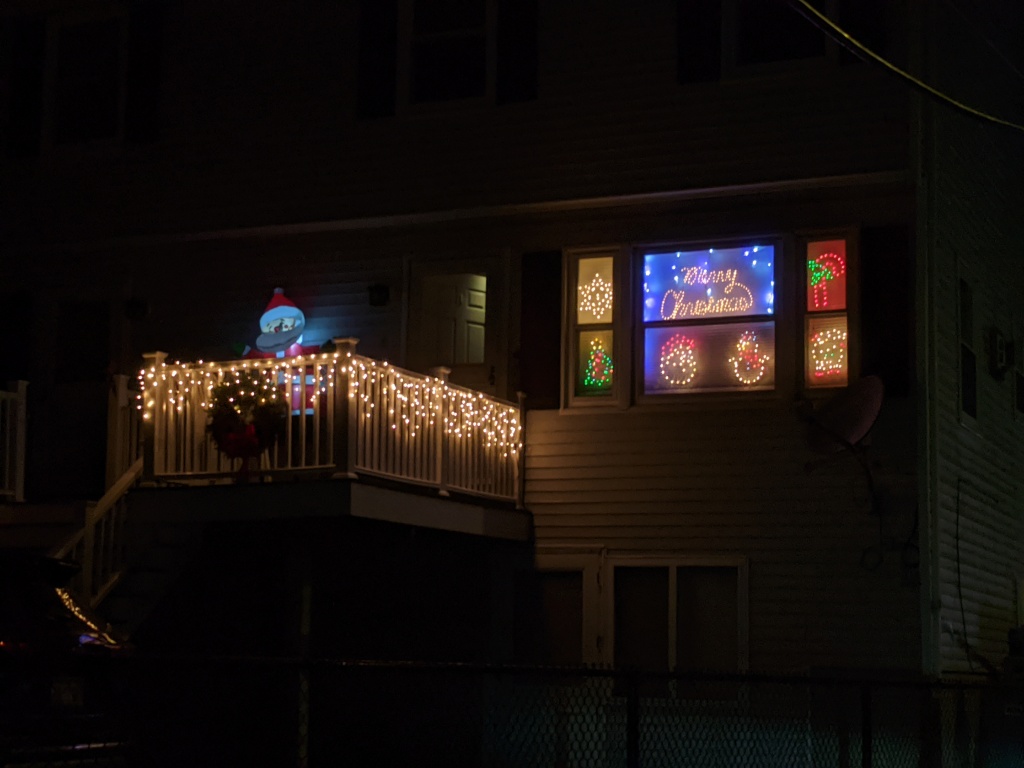
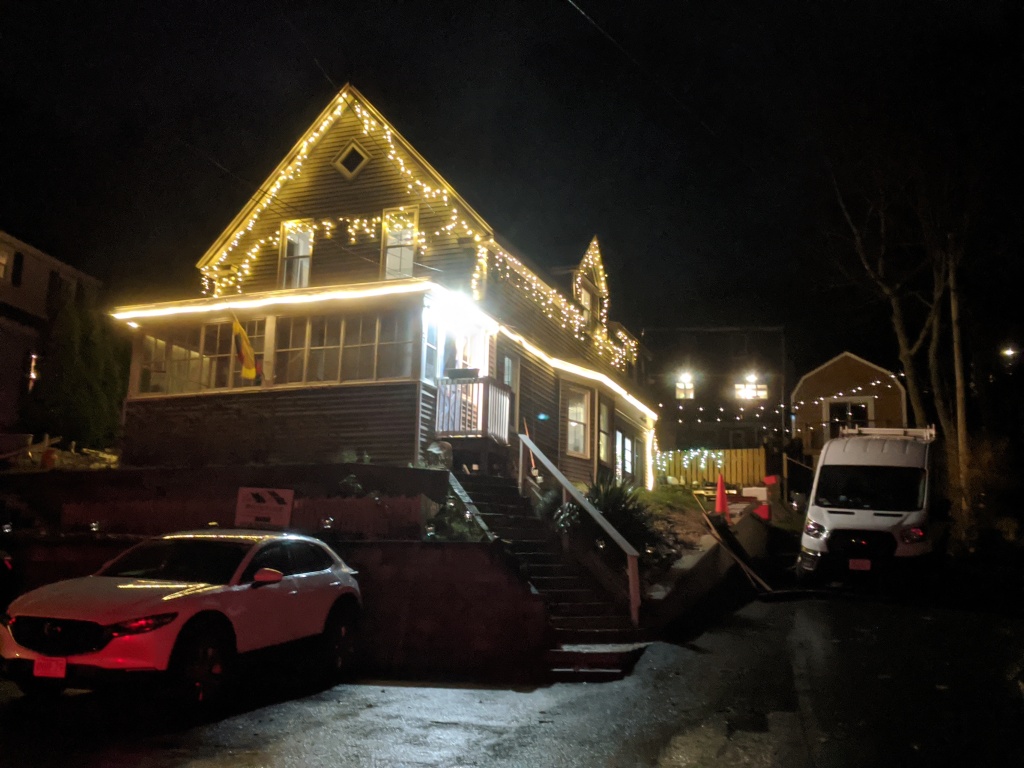


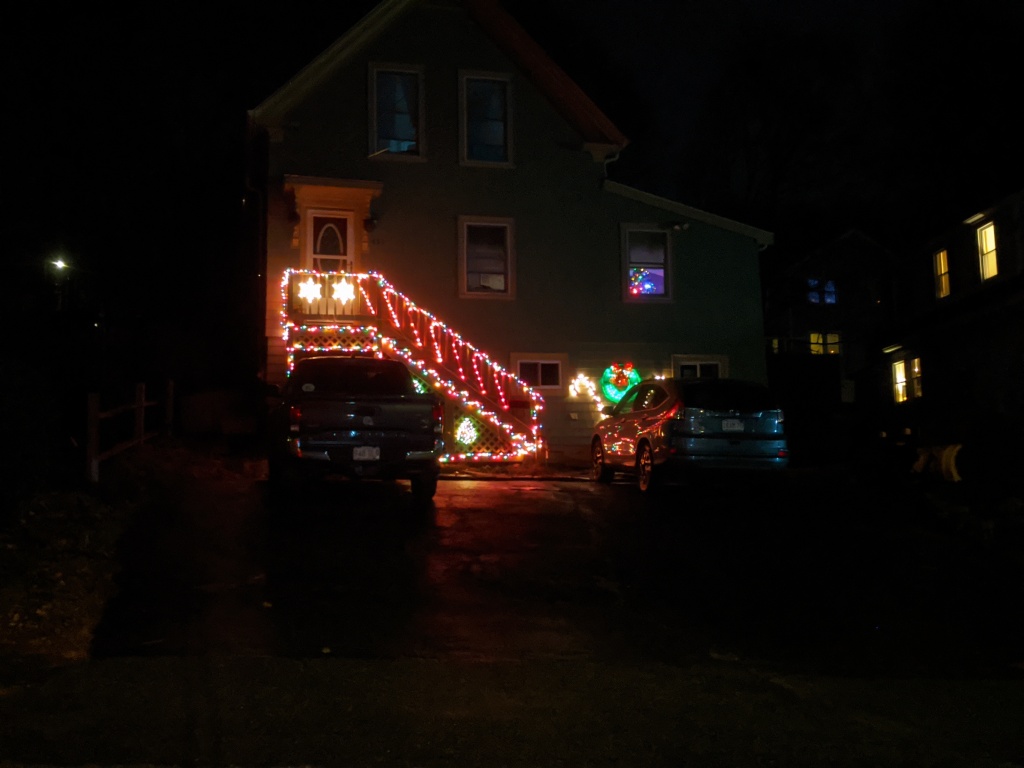
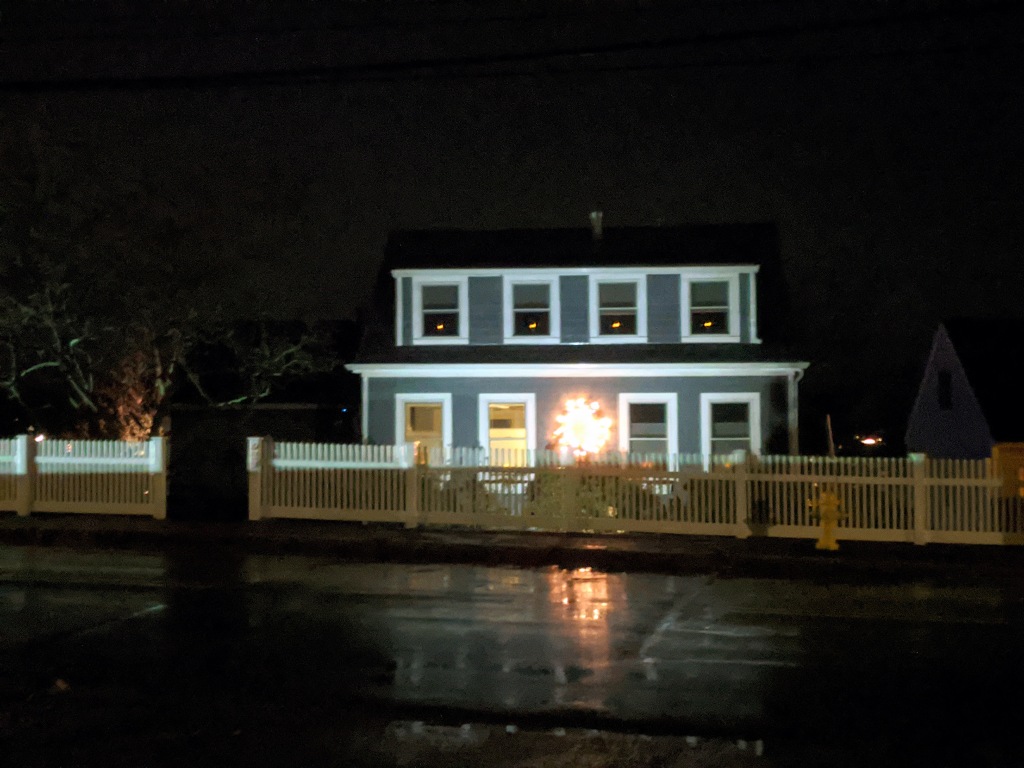


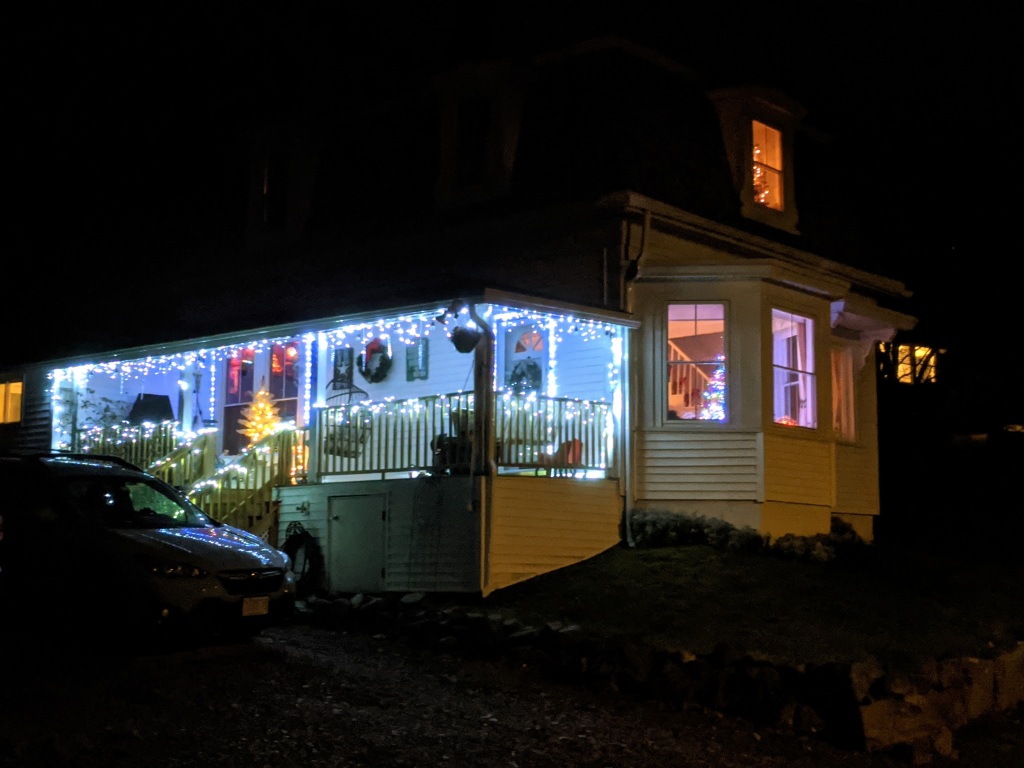

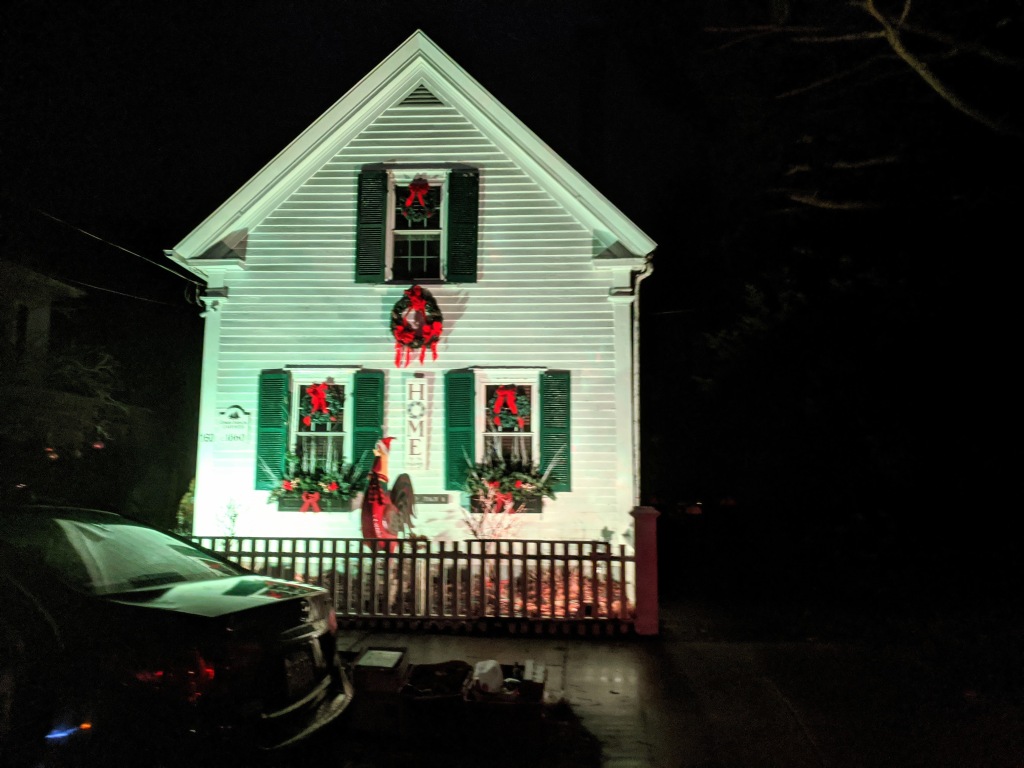

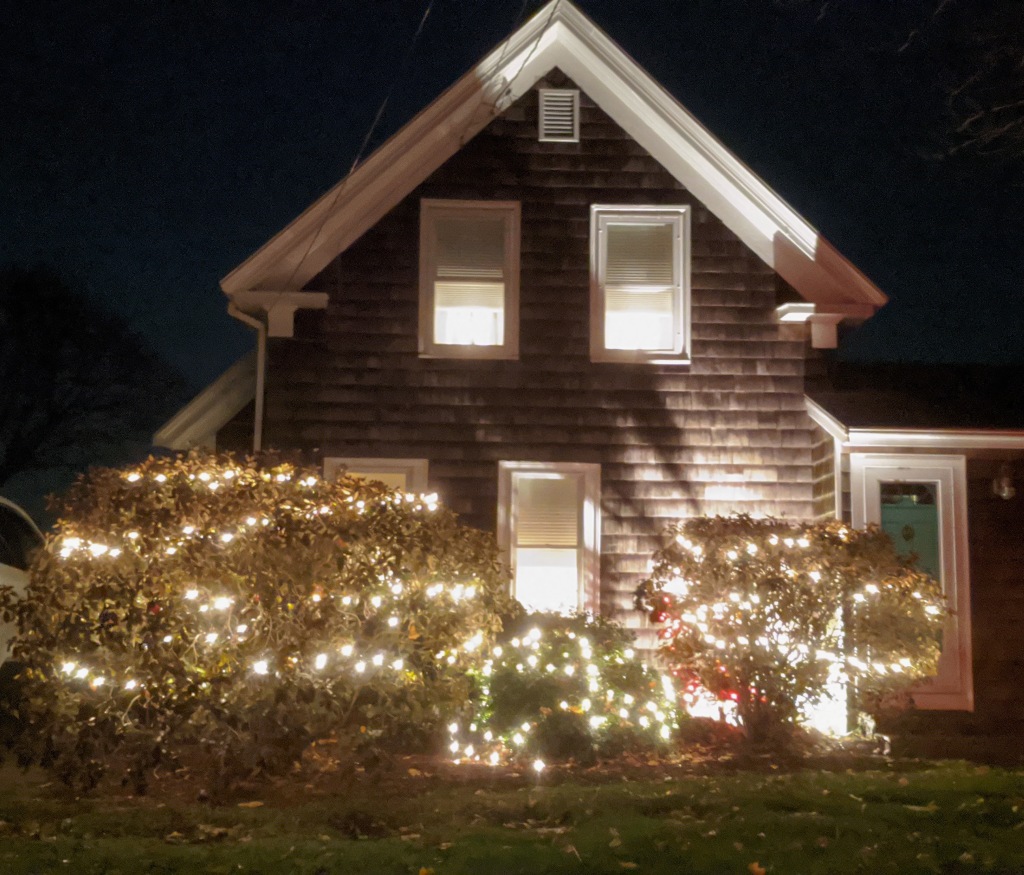
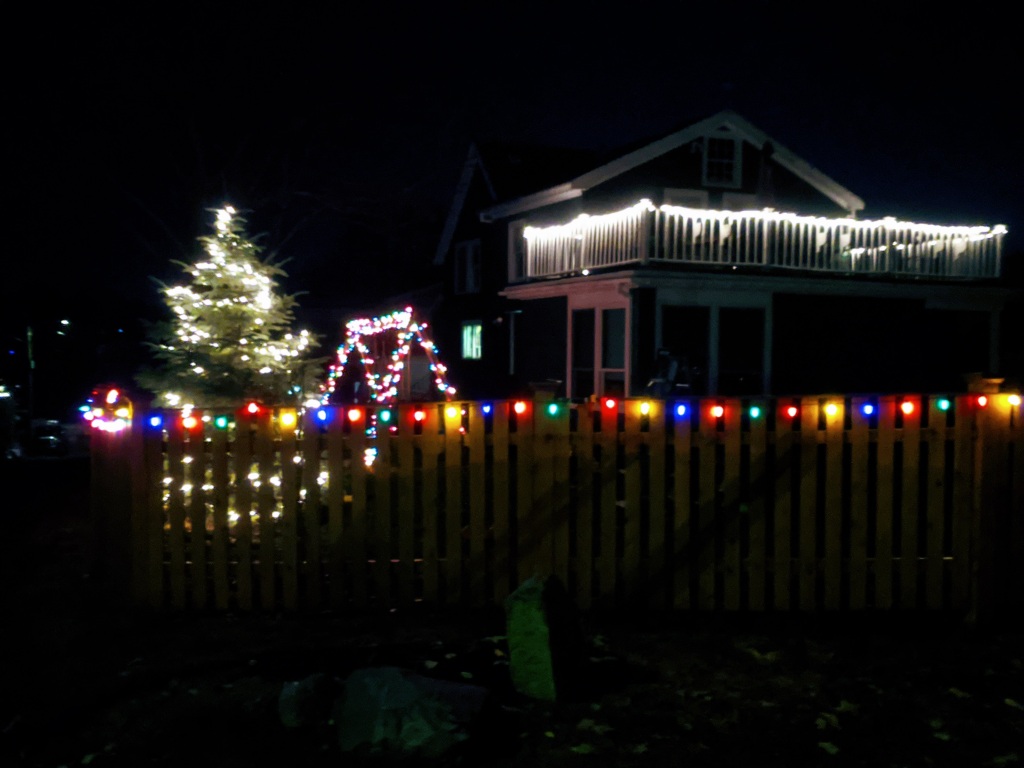
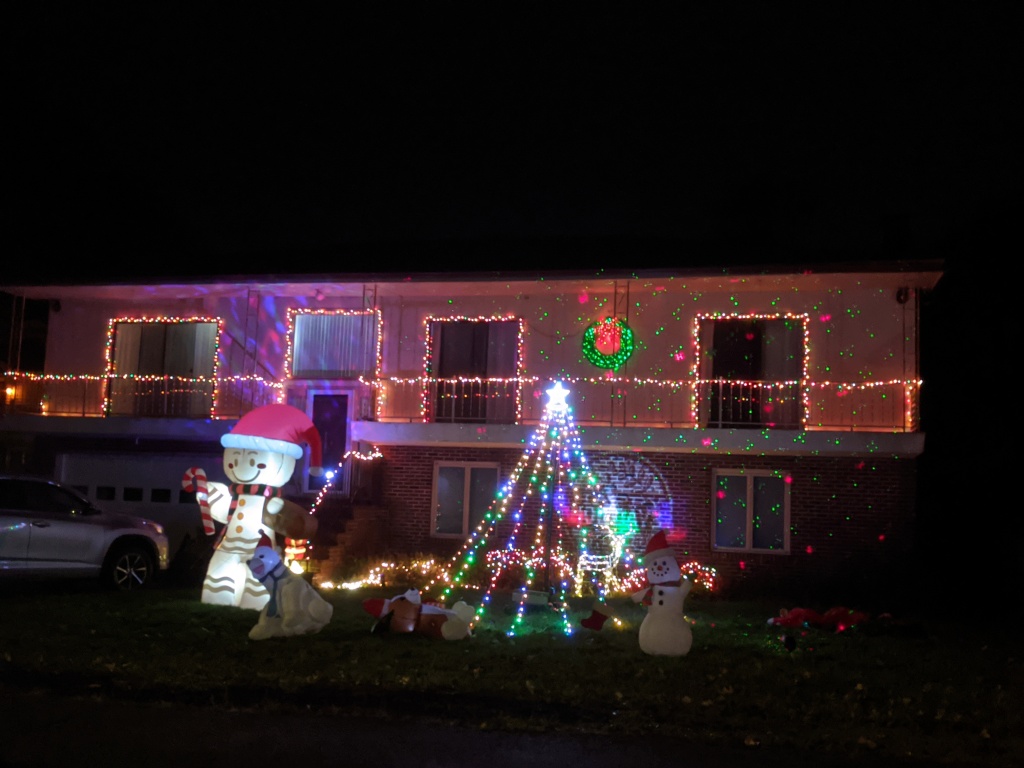
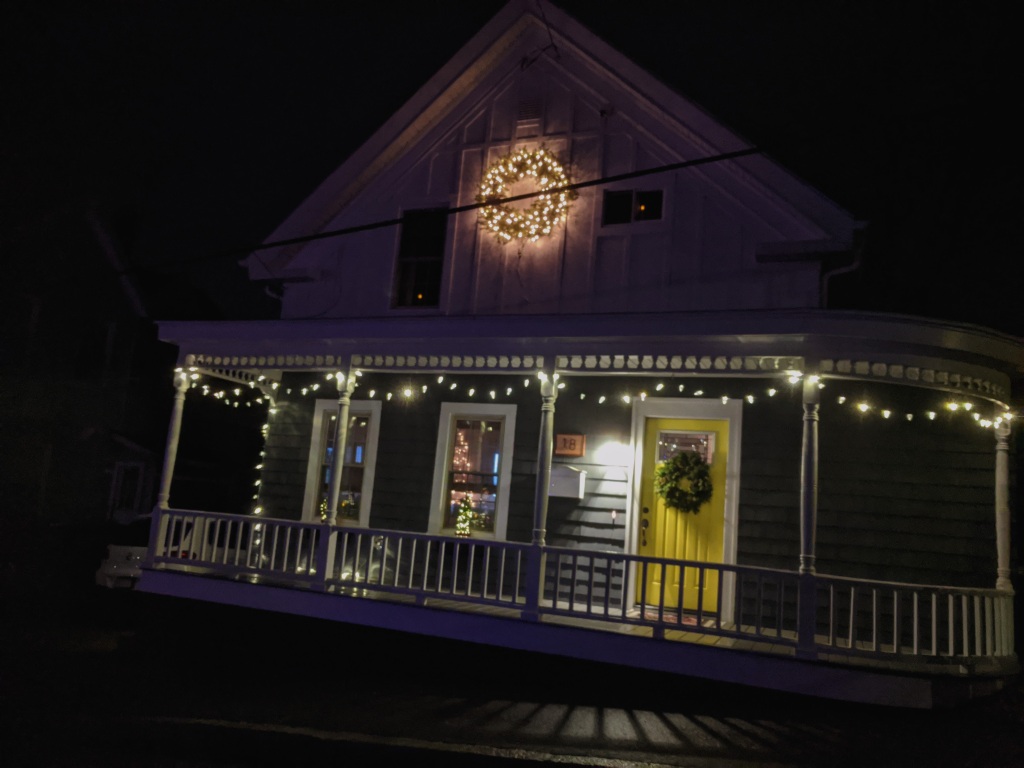

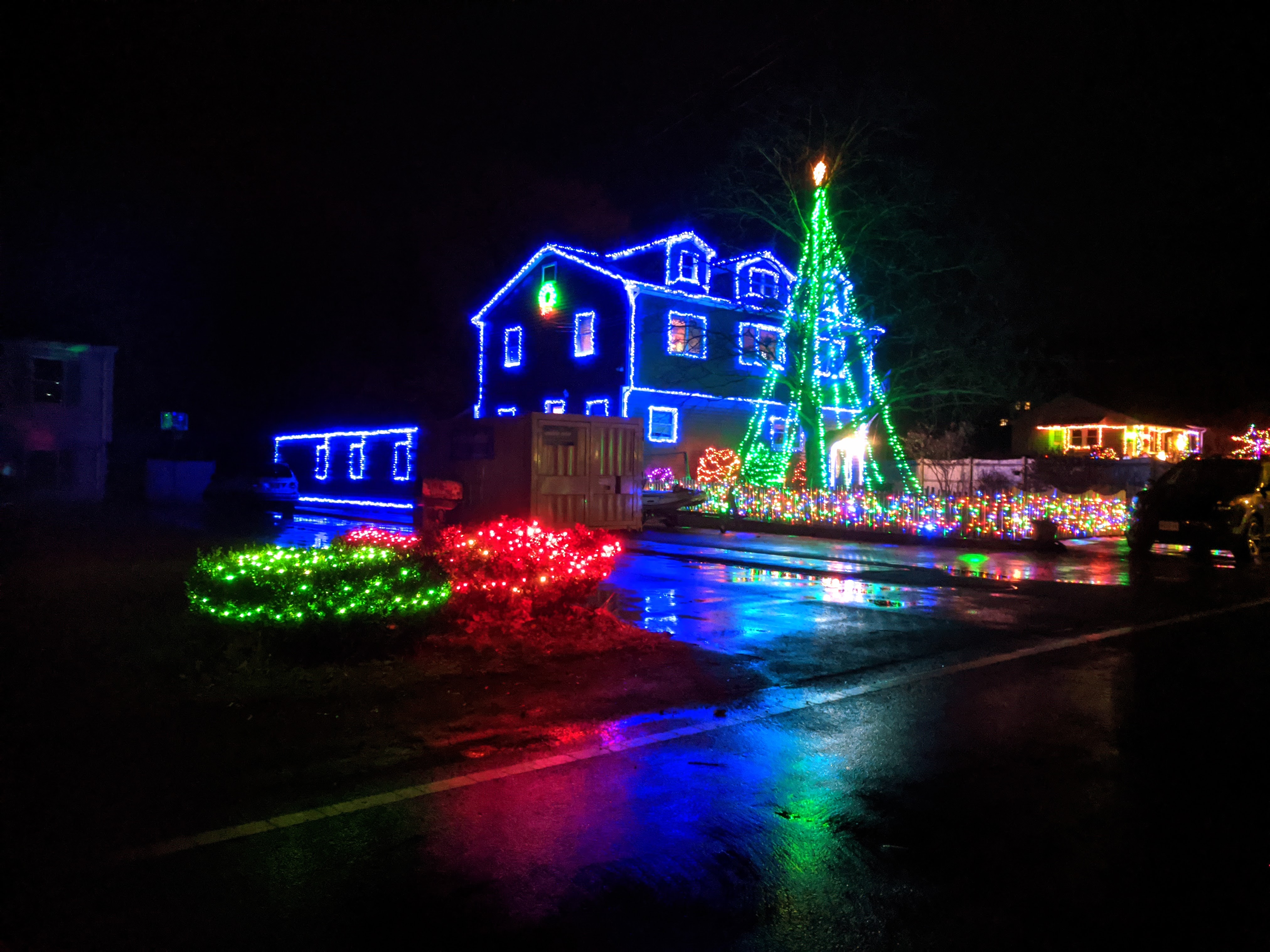
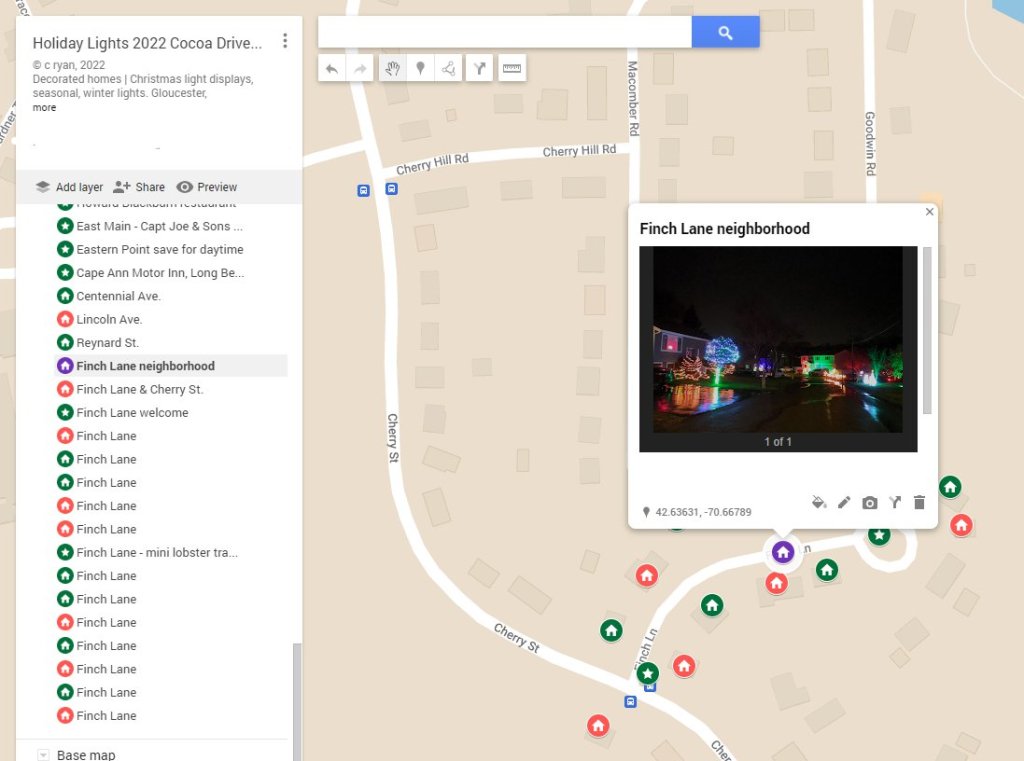
It’s easy touring whether by car or via smartphone, desktop, or preferred device. Grab a hot chocolate and go or view from home! Imagination and themed repeat visits encouraged.
Notes about the map: This map is great in the embed mode because when you scroll down, each house photo(s) pop up, with a big arrow that directs you to that one point. From a desktop, hovering or right clicking the house icons reveal the photos for each pinpoint. For those who prefer a paper copy –which doubles as a seek and find sheet–click on the three vertical dots and then select “print” (horizontal mode best) from pull down menu. You can also google search Holiday Lights and Cocoa Drives Good Morning Gloucester.
2021 Map here
2020 Map here
Finch Lane twinkling tree, Thurston Point Rudolph with your nose so bright, Cleveland chatoyant



Tis’ the season of lights! Bright and colorful festivals of light illuminate dark nights heightening religious and secular celebrations and traditions around the world. October – February holidays include: Diwali, Bodhi Day, Lucia’s Day, Winter Solstice, Hanukkah, Christmas, Kwanza, New Year’s, Lunar New Year, Teng Chieh, and many more.
Gloucester’s Lobster trap tree lighting 4:30pm culminates Gloucester’s enchanting Middle Street Walk (program here) all day 10-4:30pm! Holiday Delights 1pm at the Legion. https://middlestreetwalk.org/
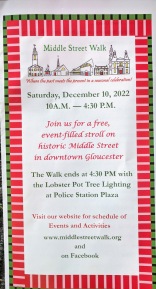
Jul Fest Spiran Lodge, Rockport, MA 9am – 1pm
Temple Ahavat Achim’s Lobster trap menorah lighting – Hanukkah 18-26 — celebration Dec. 20 5:30-6pm
mini lobster trap tree – Finch Ln


6th annual Holiday Lights and Cocoa Drives Gloucester, Massachusetts – the web-based digital map on Google is now LIVE!
Gloucester 100 sparkling homes added to the map so far. Streets include: Centennial Drive, Cherry St (near O’Maley), Derby St., Elizabeth Road, Essex Ave / Rt. 133 (between Kent Circle and Little River), Fleetwood Dr., Friend Ct., Green St., Grove St &Colonial, Grove near Maplewood, Hampden & Gaffney, Hodgkin St., Lendall St off Harrison, Lupine Lane, Maplewood at Derby, corner Mt Vernon & Oak St, Perkins St., Poplar St., Reservoir Road, Reynard St., Skywood Terrace off Harrison, Spruce St., Starknaught, Washington St. (between Azorean and the rotary)

Bright Nights and Sights.
If you’re looking for holiday cheer any day of the week, you can’t beat the New England charm of twinkling homes and neighborhoods in Gloucester, Massachusetts. For the 6th year in a row, enjoy a selection of seasonal lights and Christmas displays on Gloucester houses. Many streets join in together, glittering, and have for years. Every year is unique. With each passing new day more homes are decorated. Since 2019, the year’s curated selection –on average some 200+ homes– has been google mapped and each pinpoint has a photo(s).
Scroll down to see the first batch of photos for the 2022 map (as of December 4, 2022), and 2022 trends further down. More homes and neighborhoods will be added, so be sure to check back.
Photos: C. Ryan, Nov. 24, 28, and Dec. 4, 2022


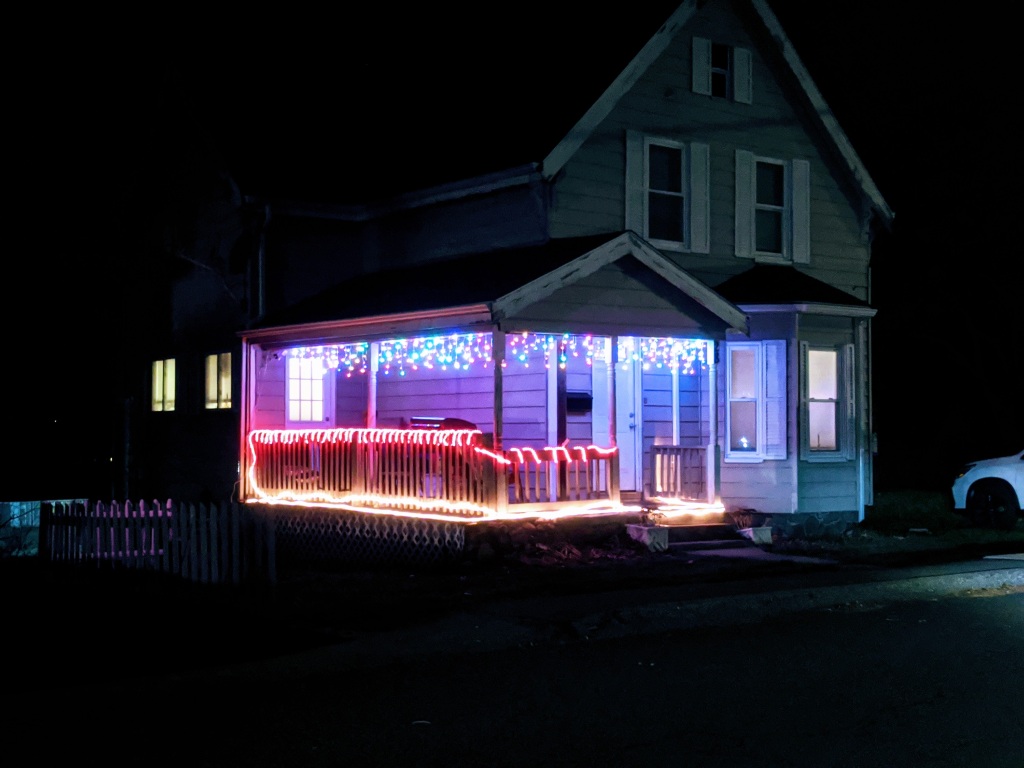


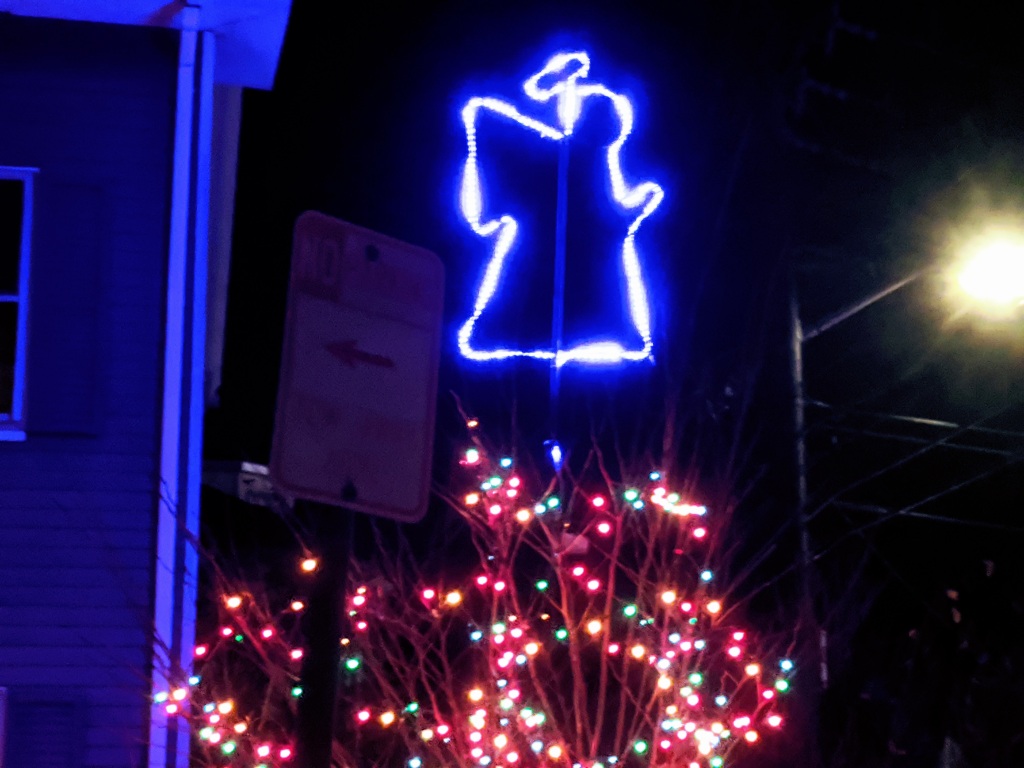


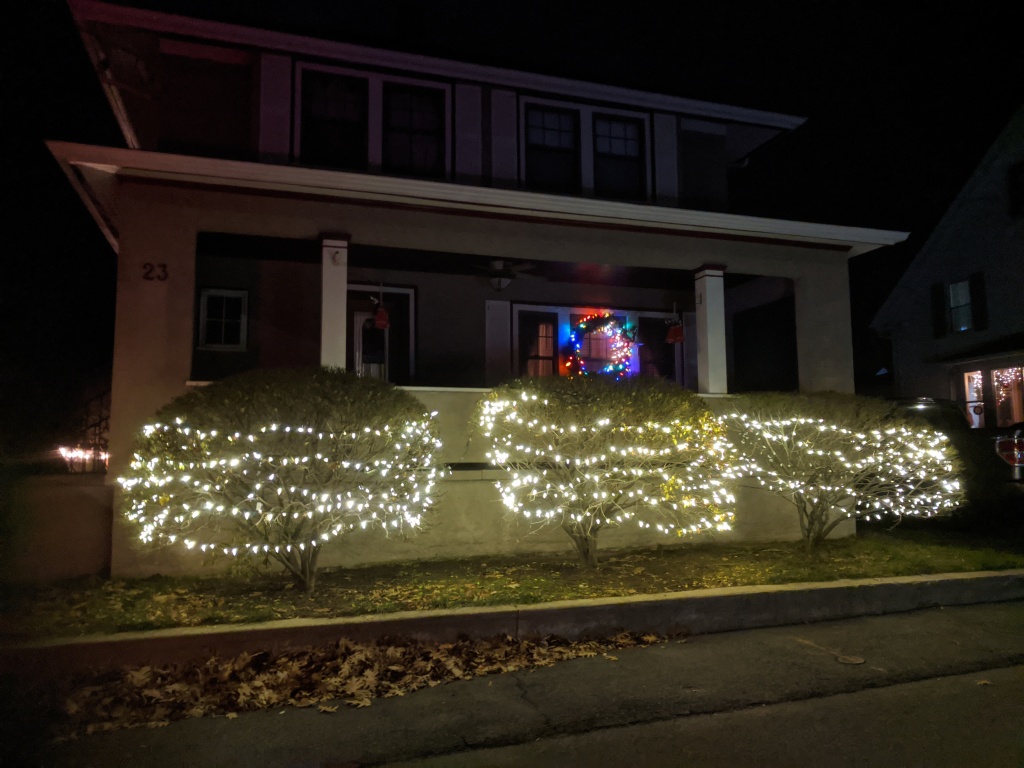
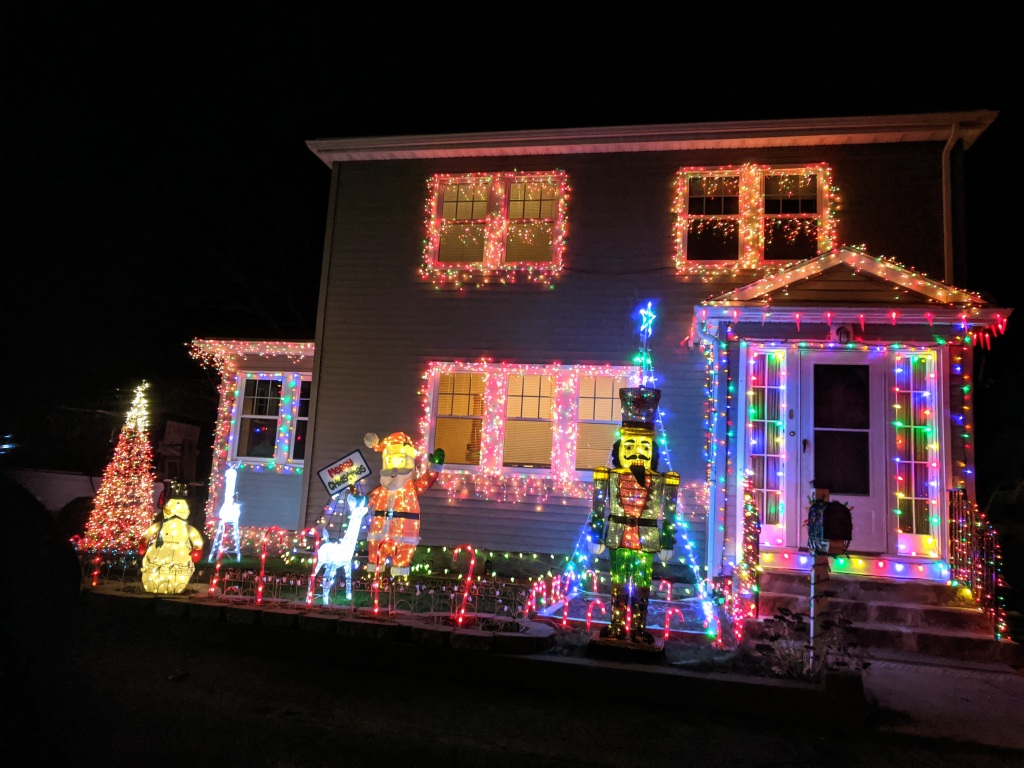
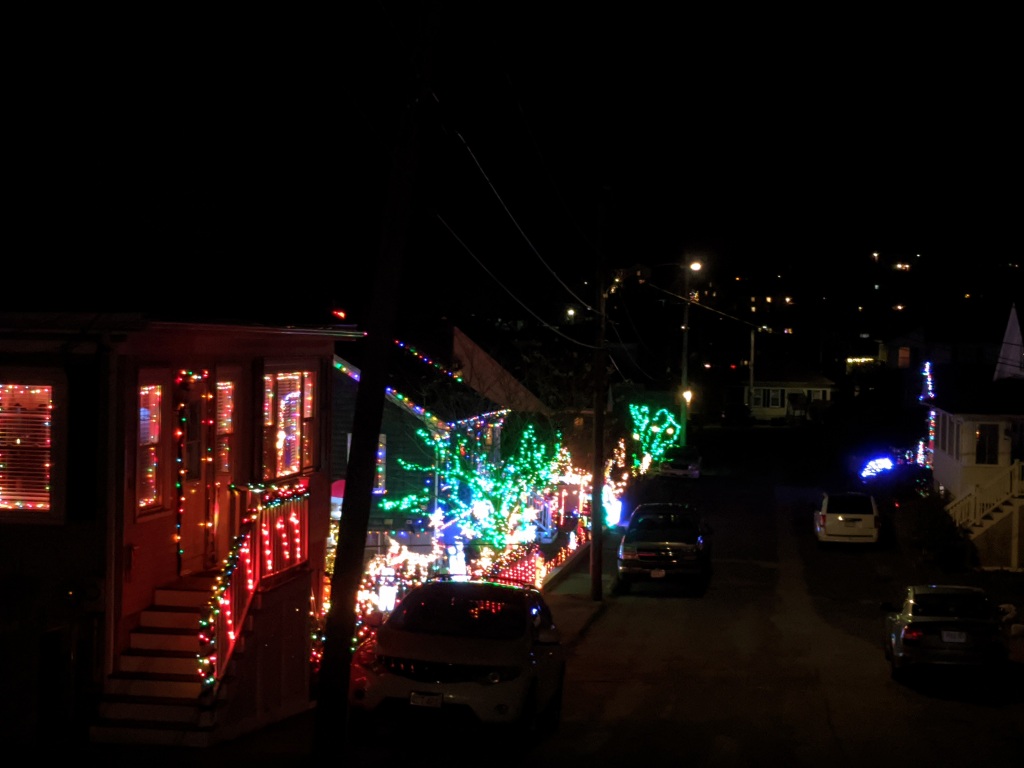
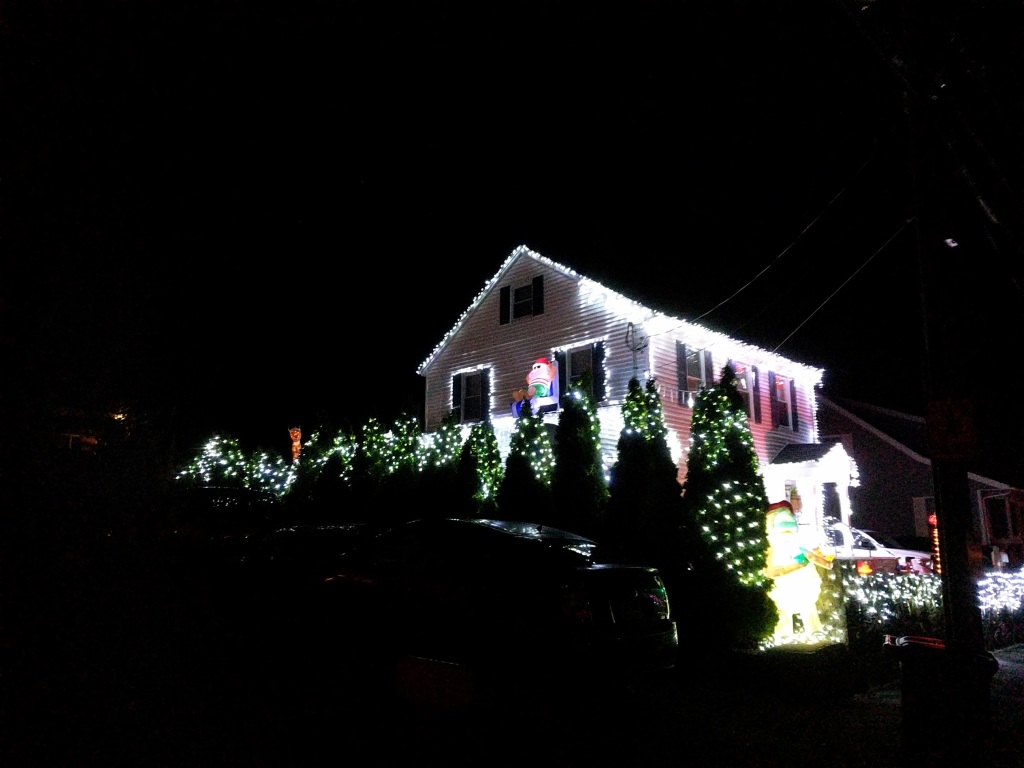

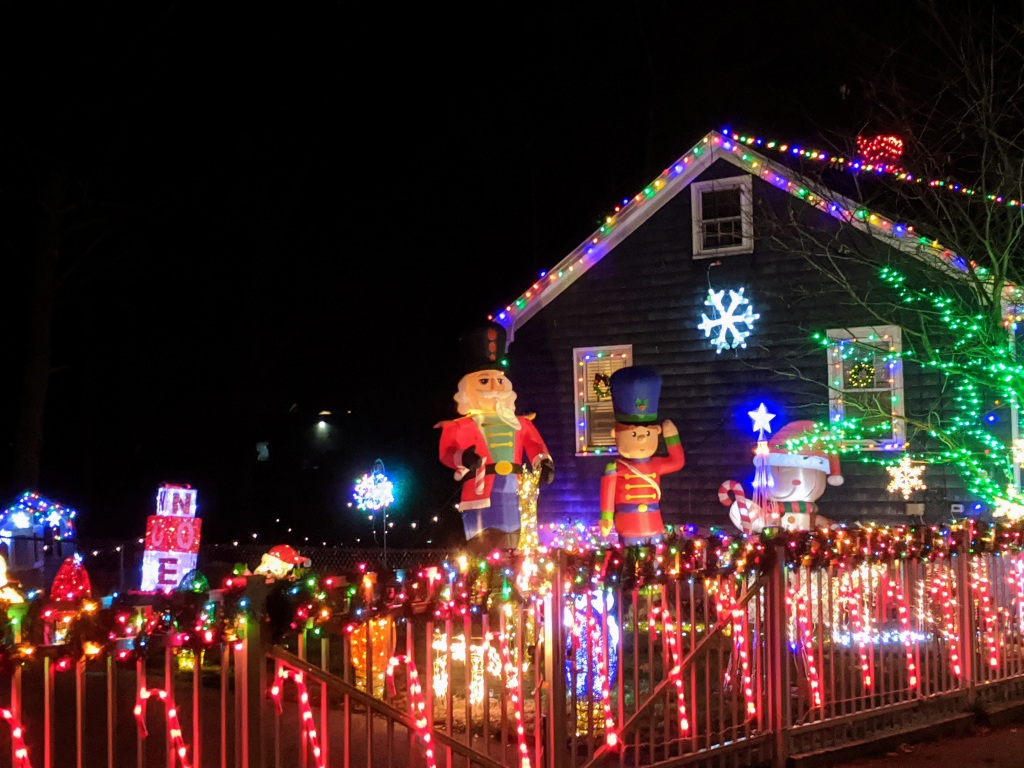


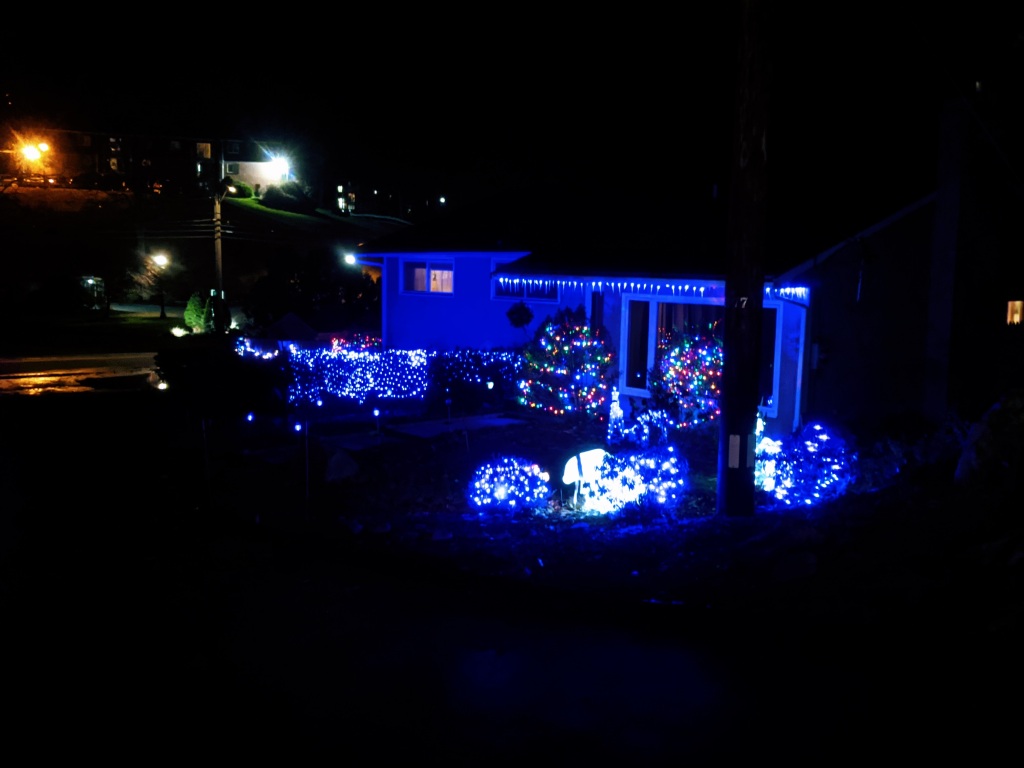
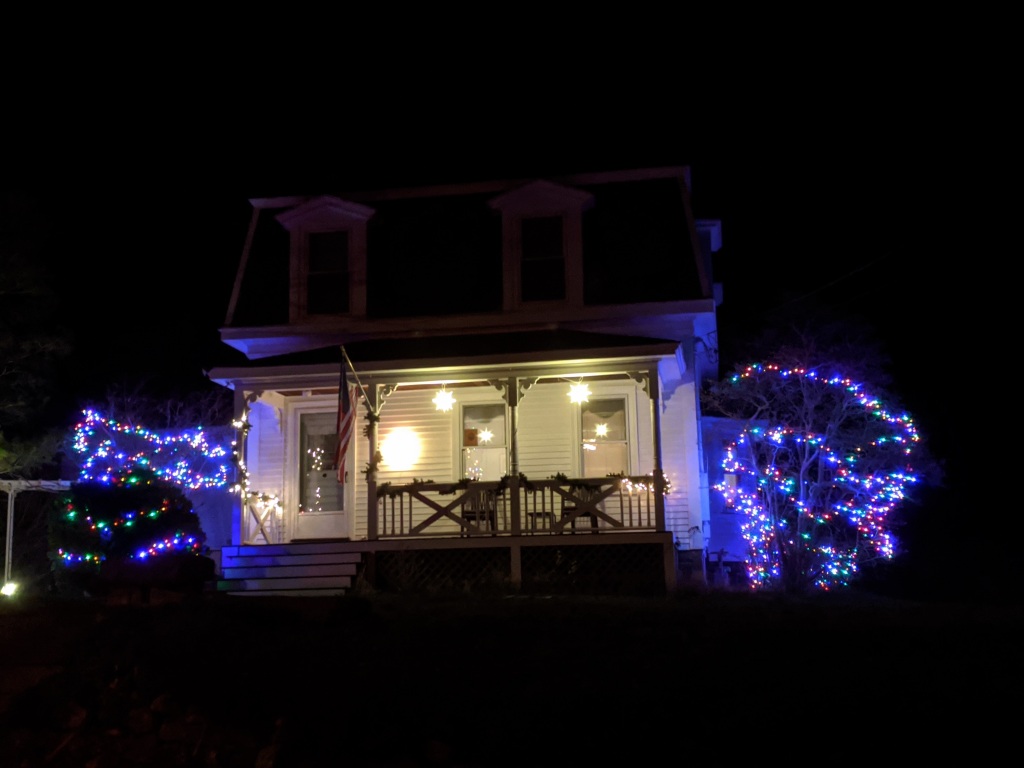


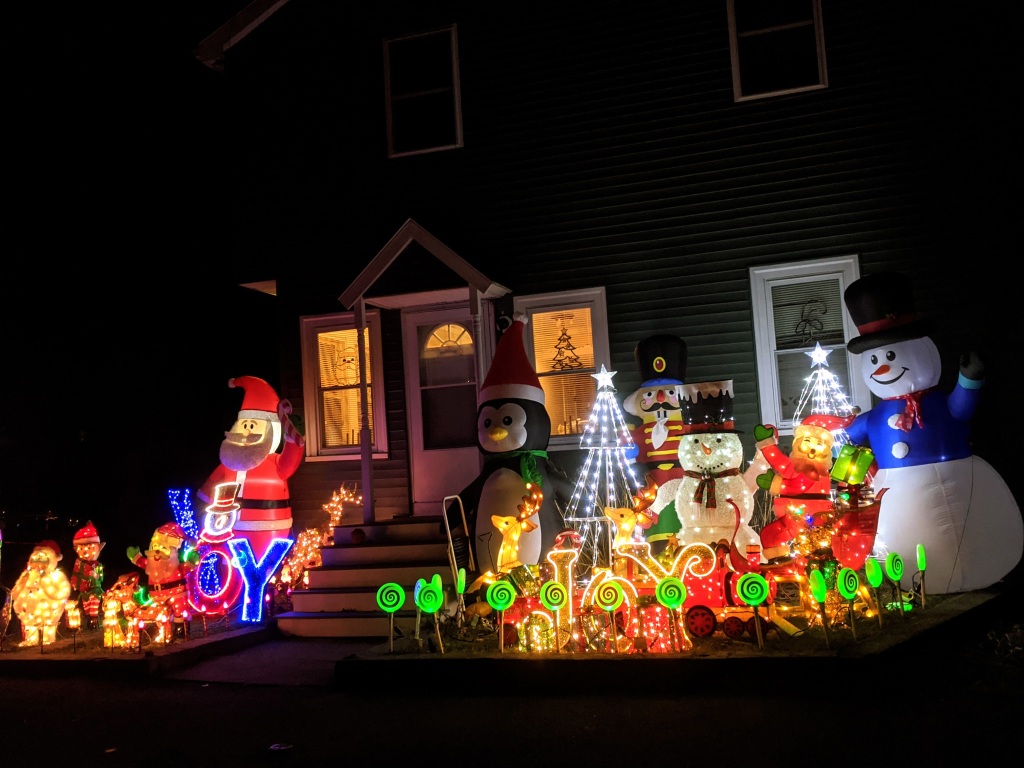



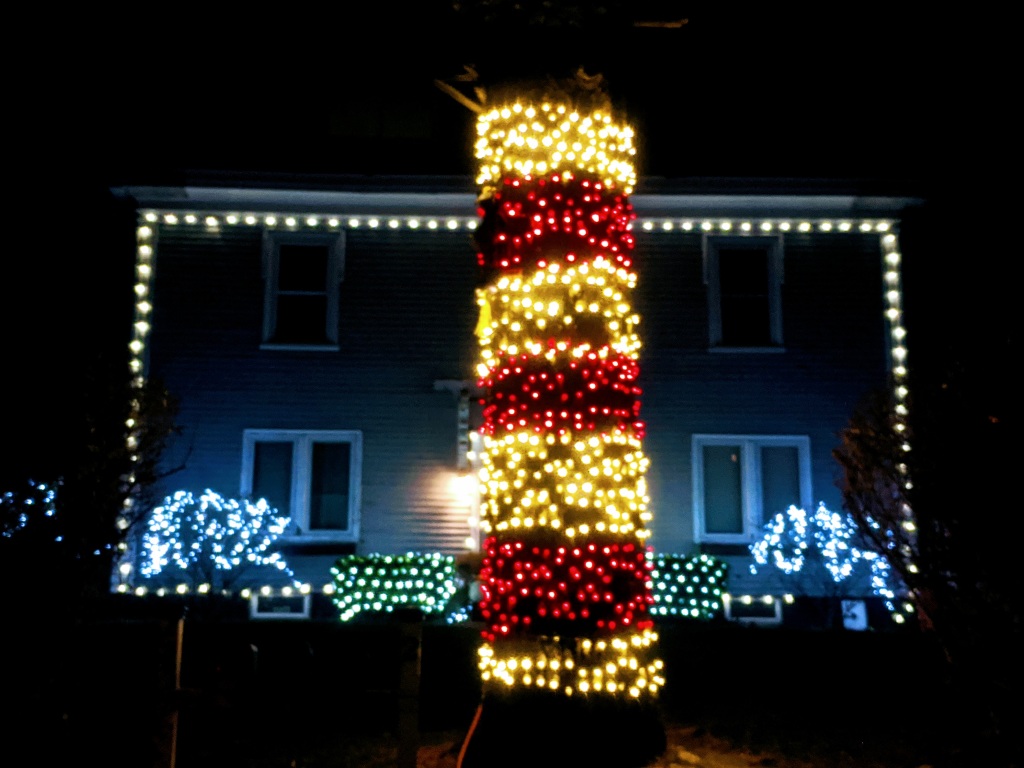
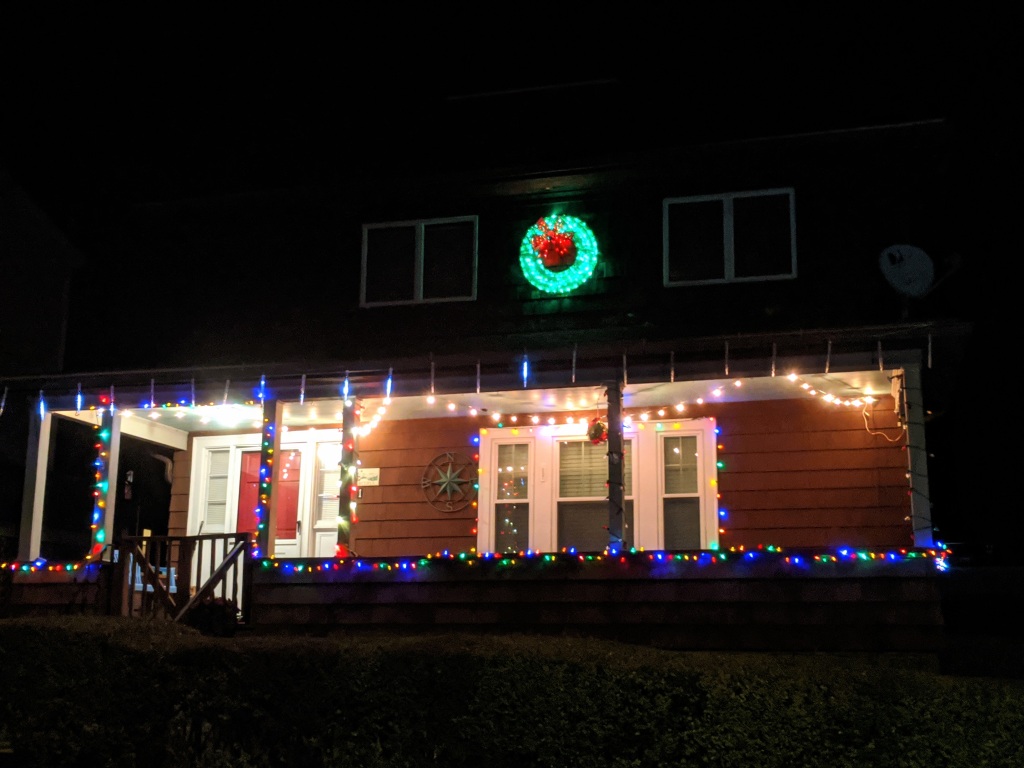
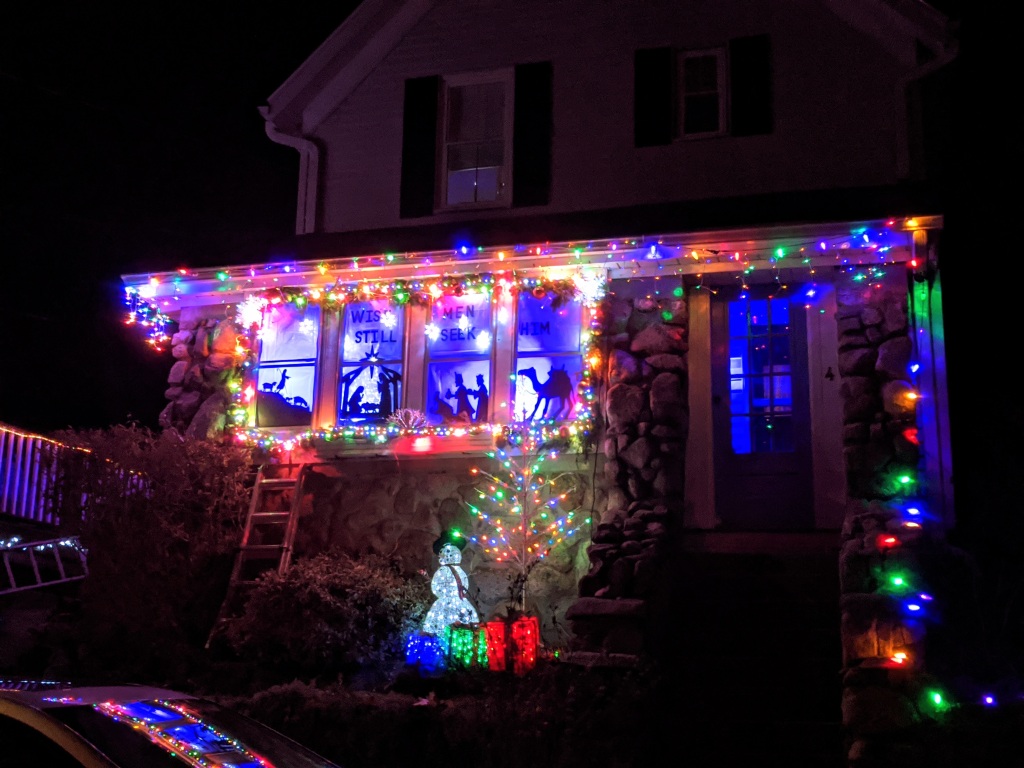
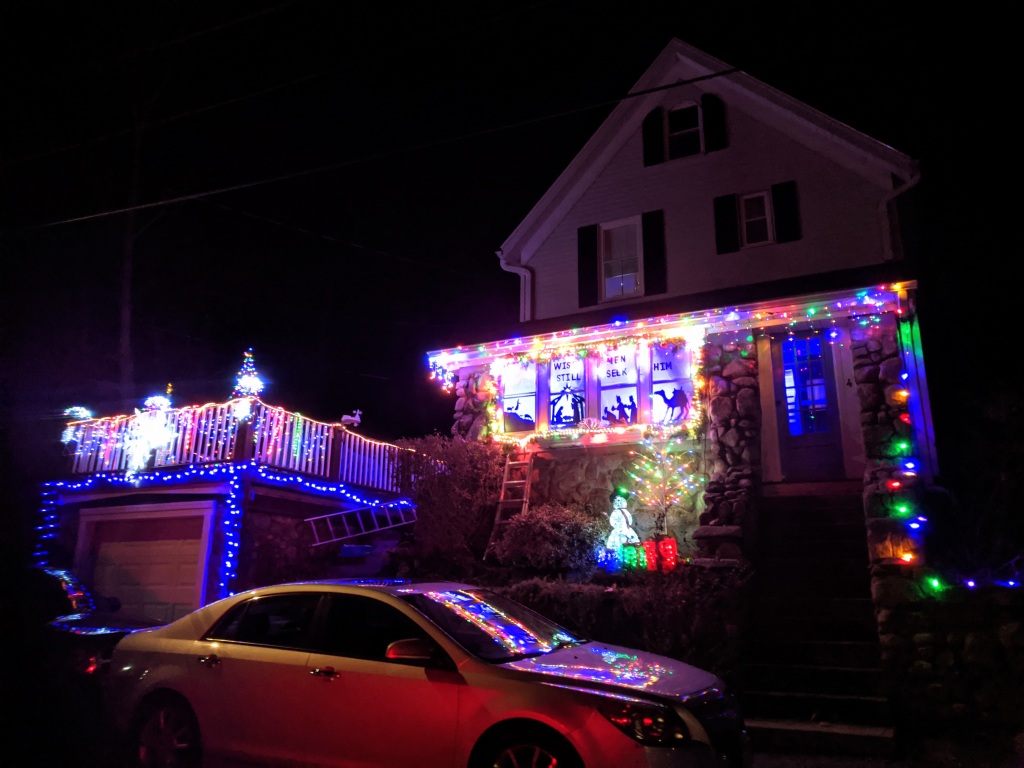
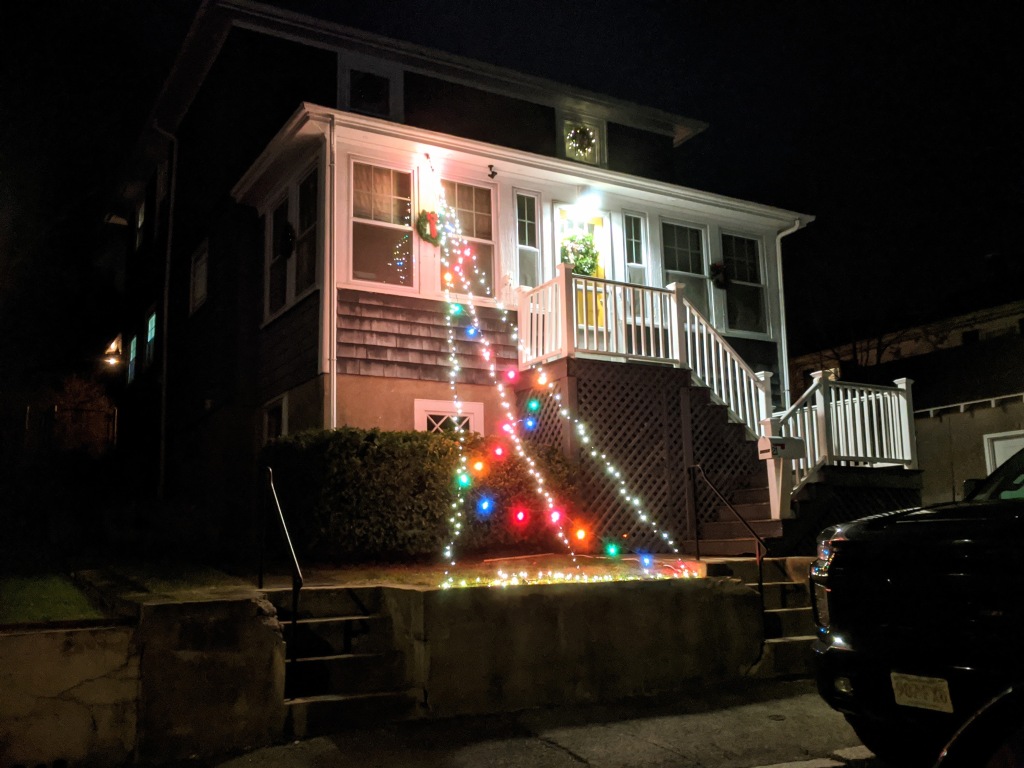
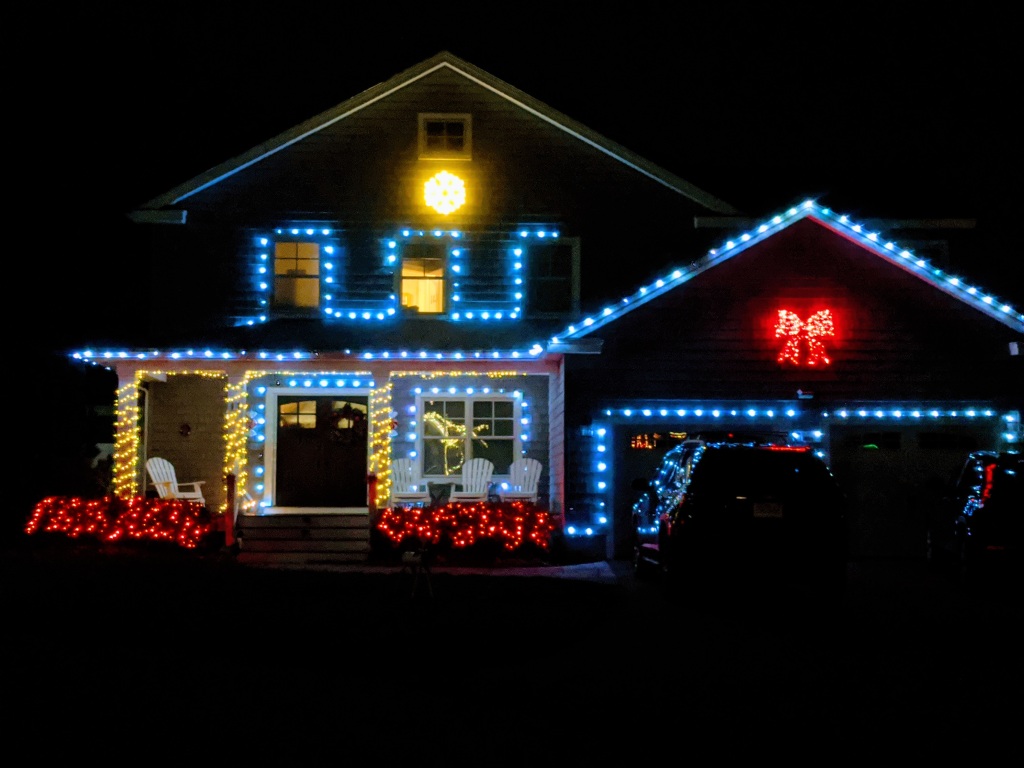
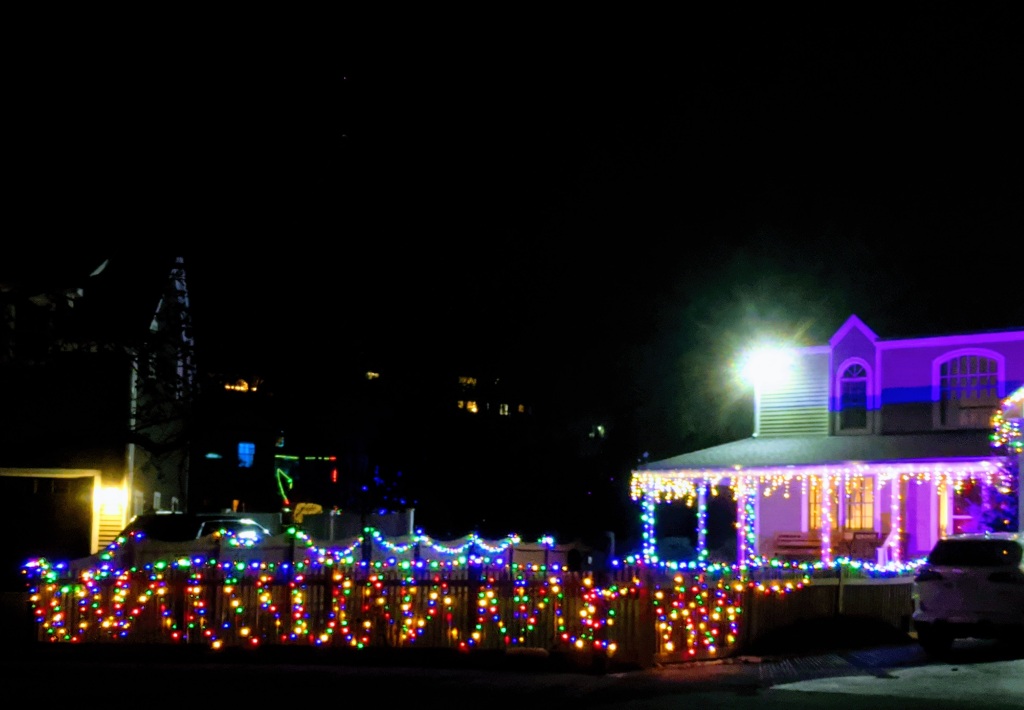
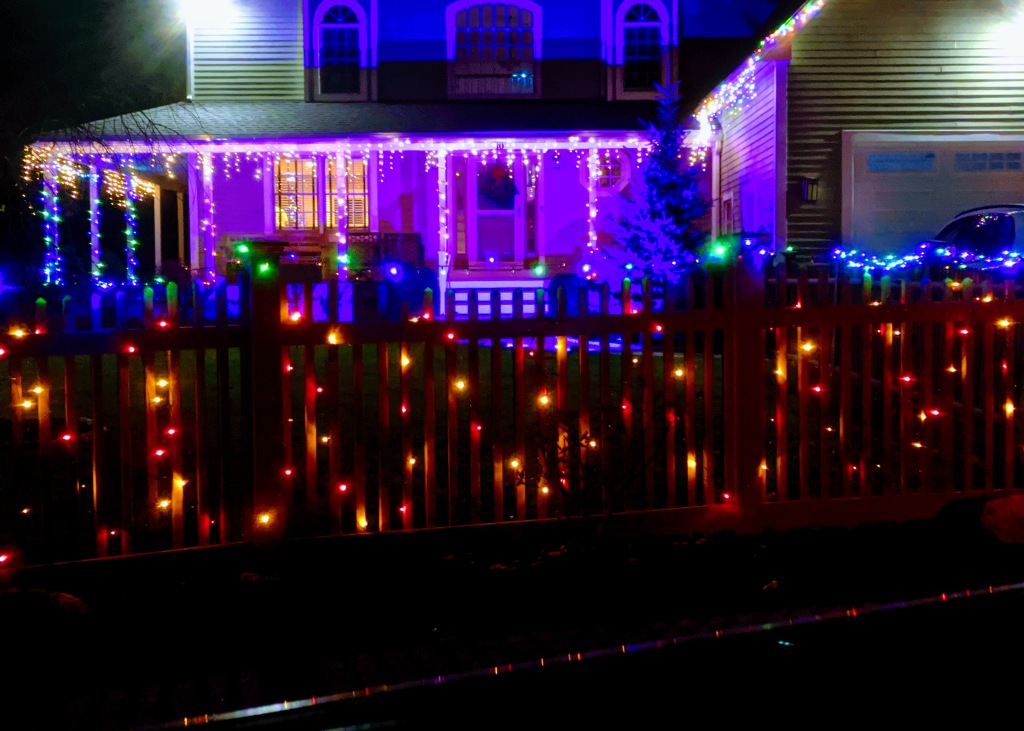
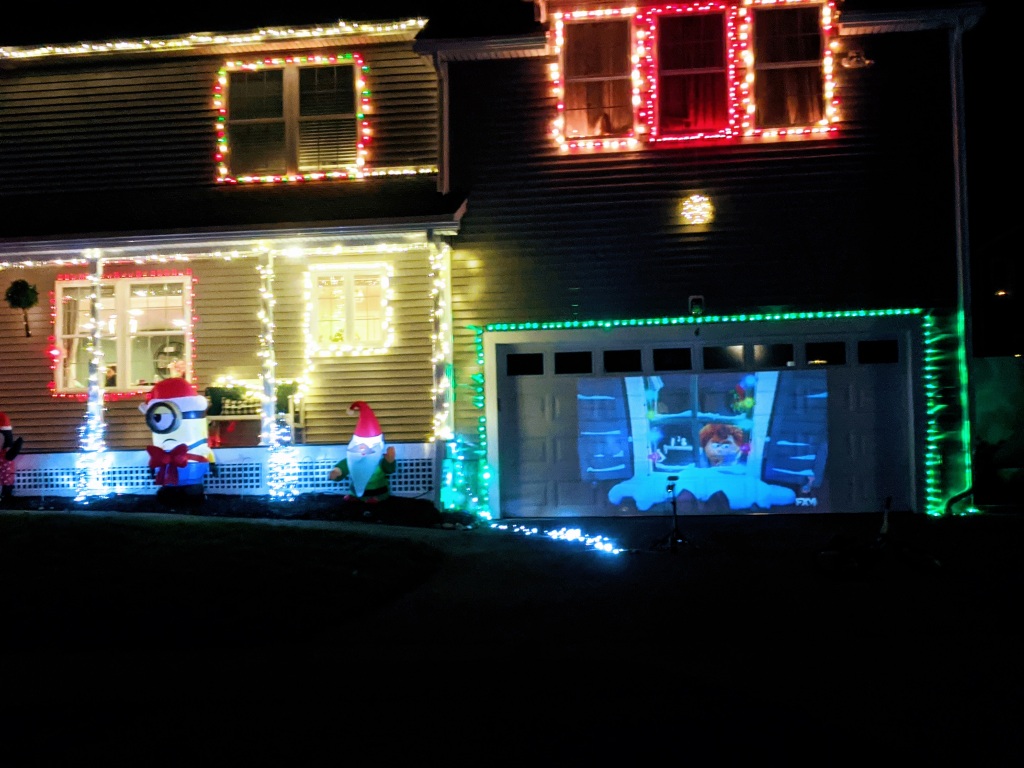
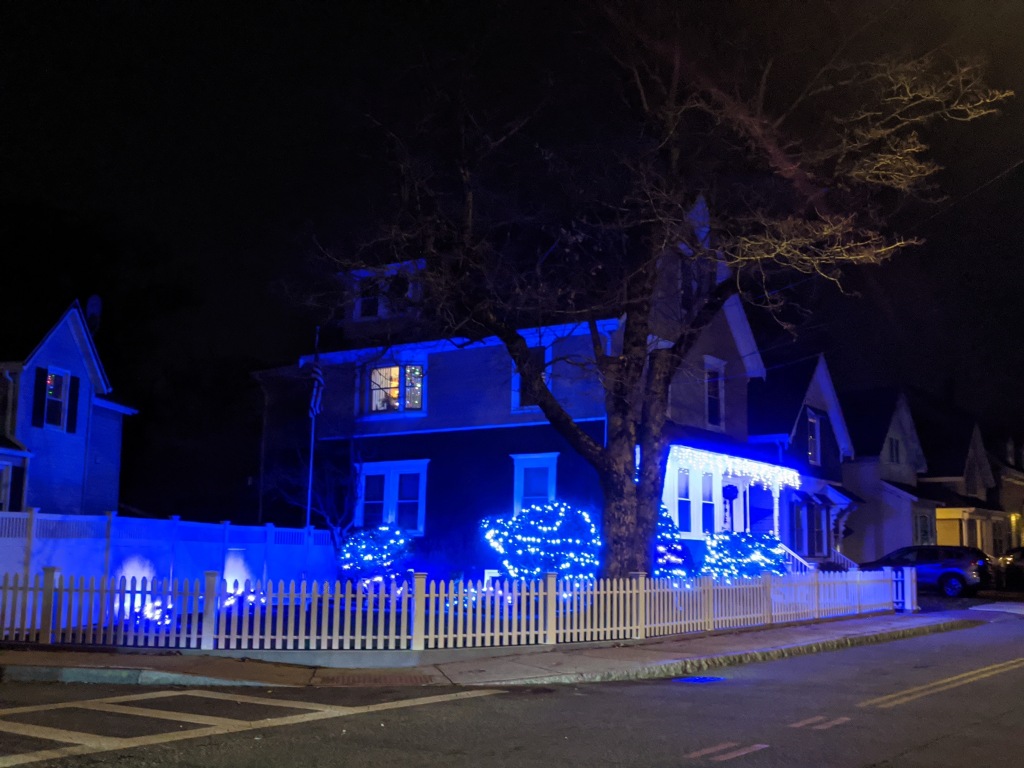

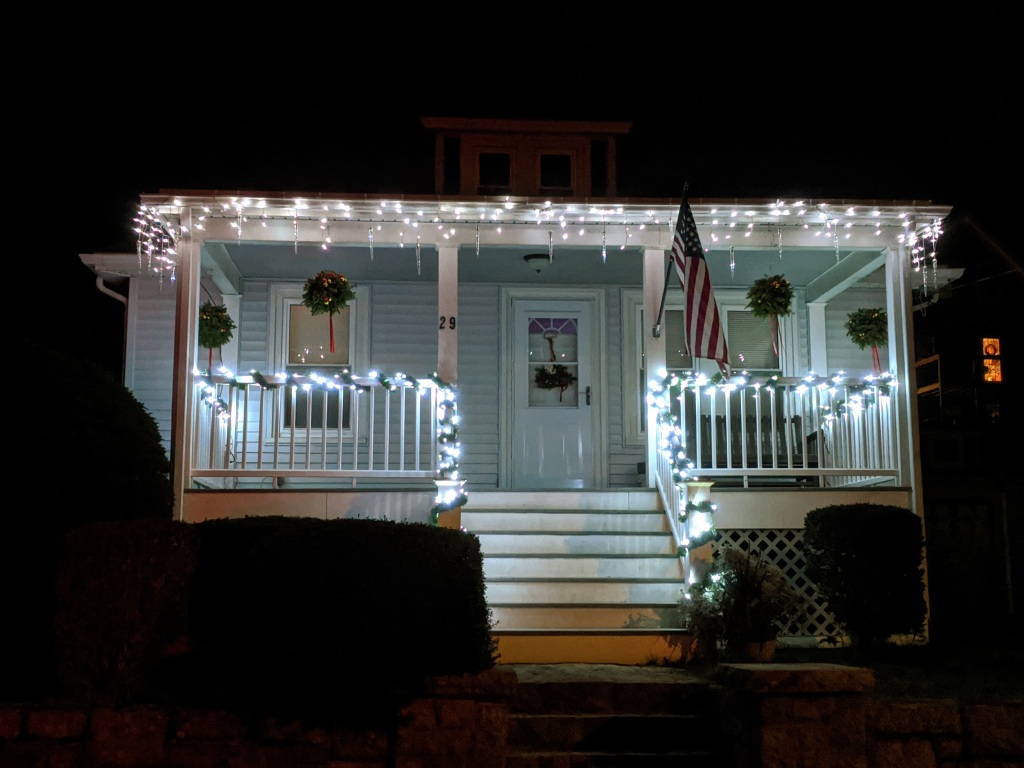
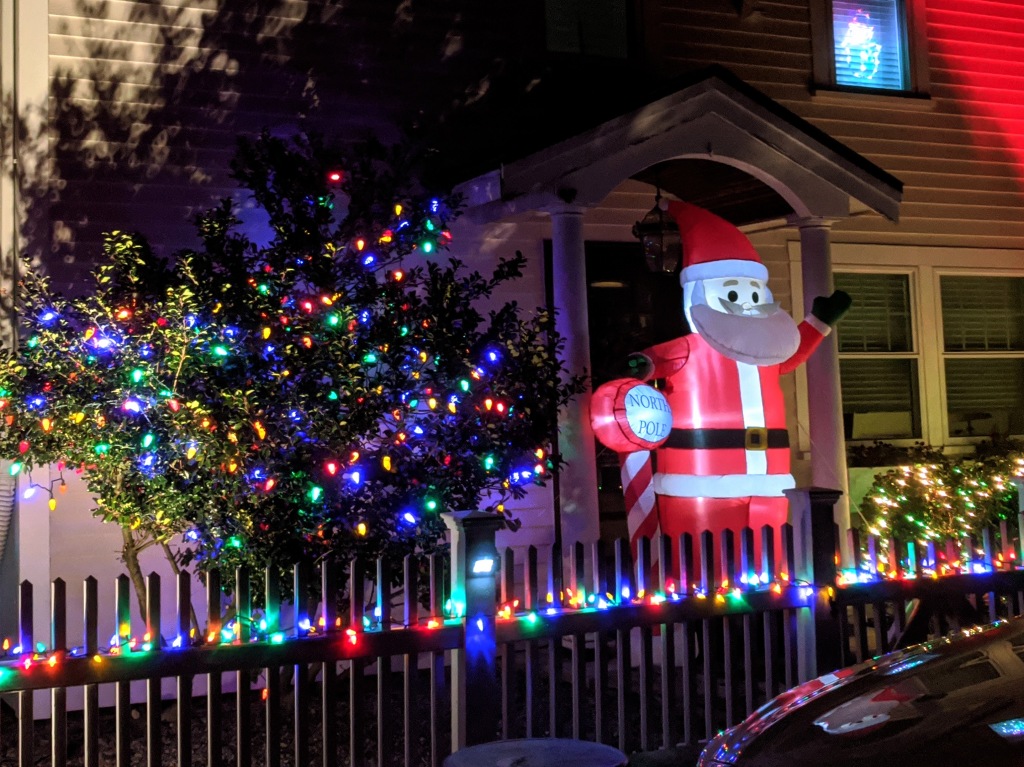

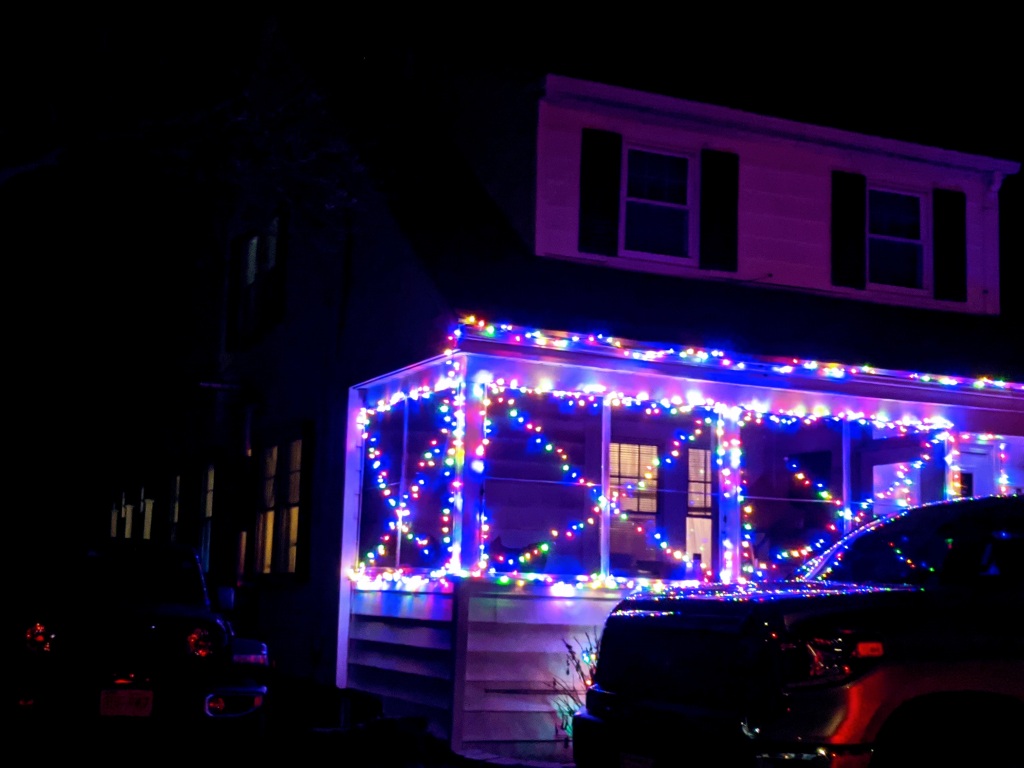
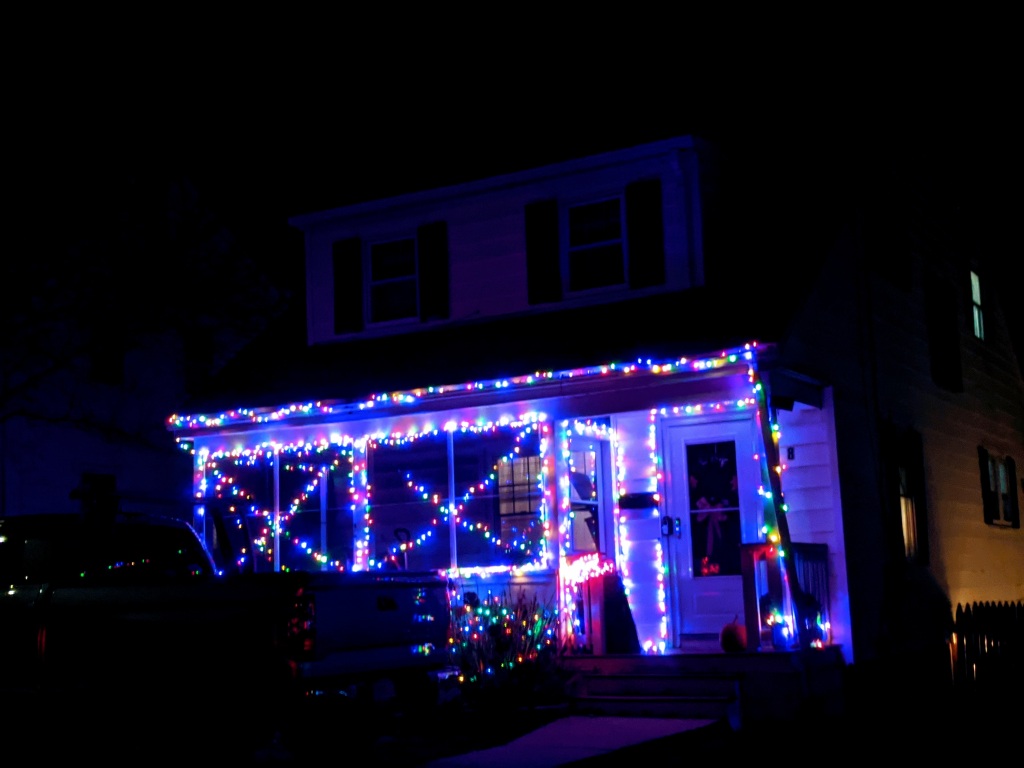
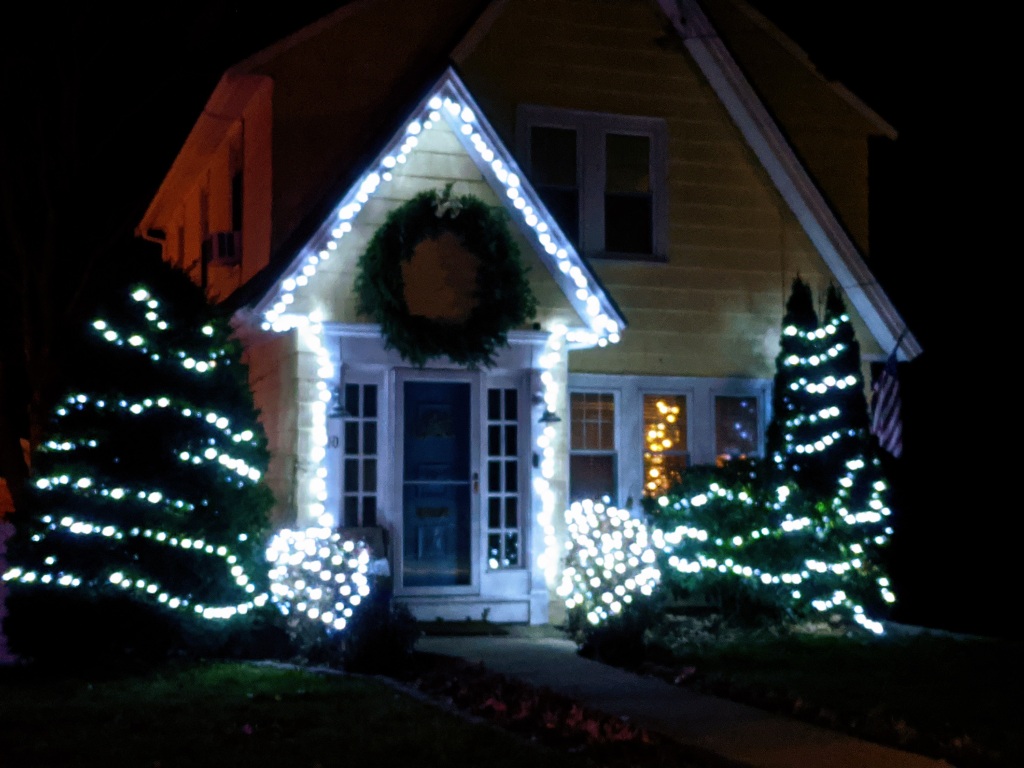
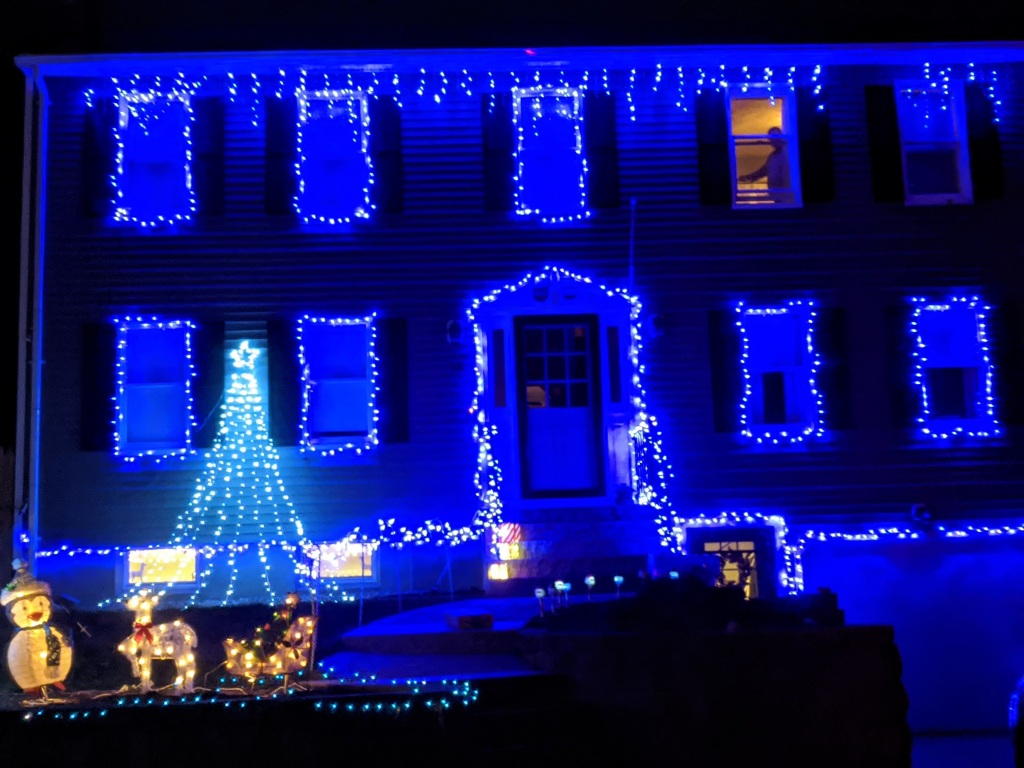
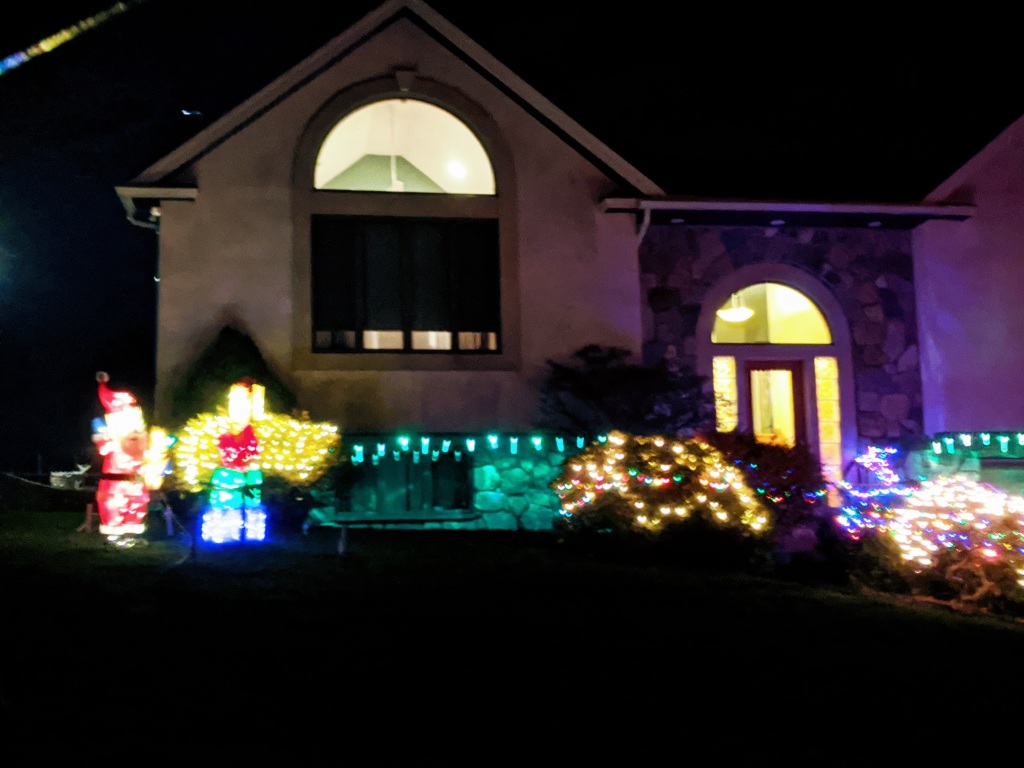
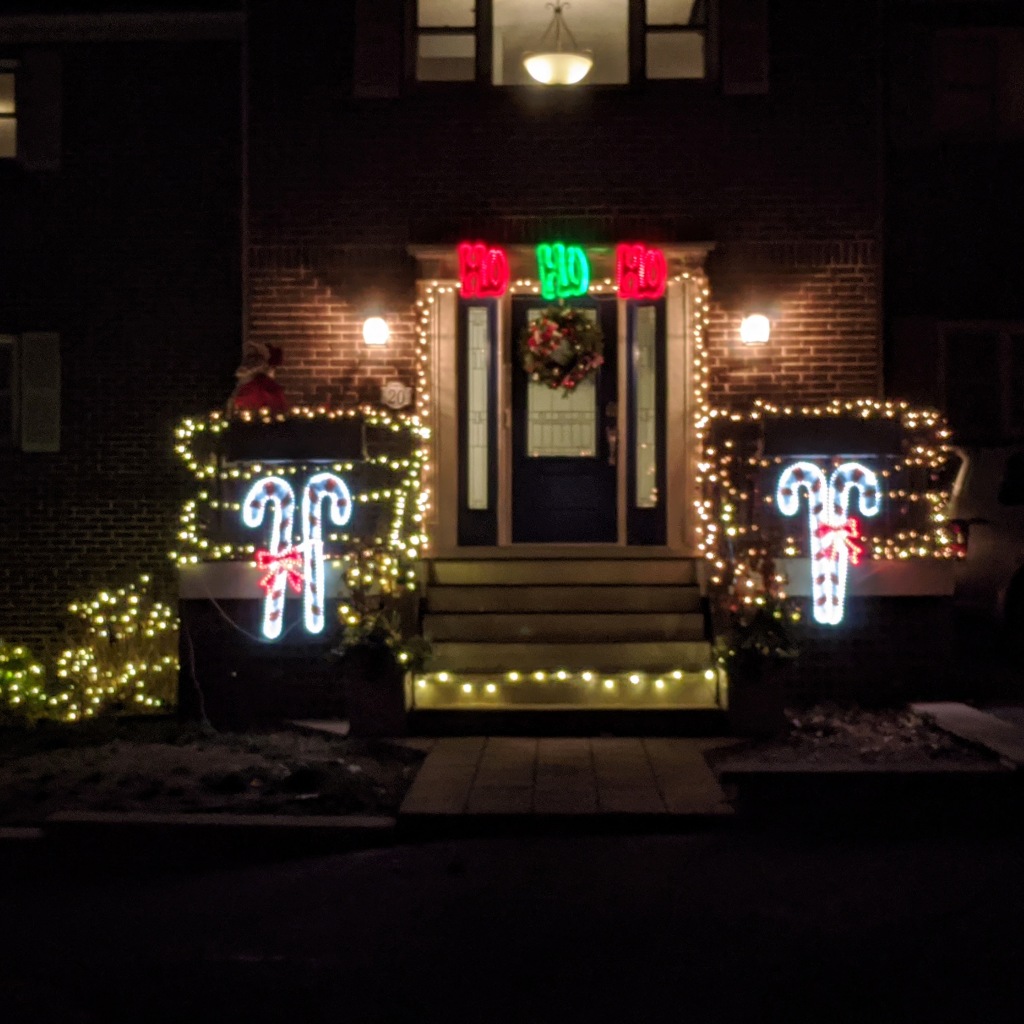
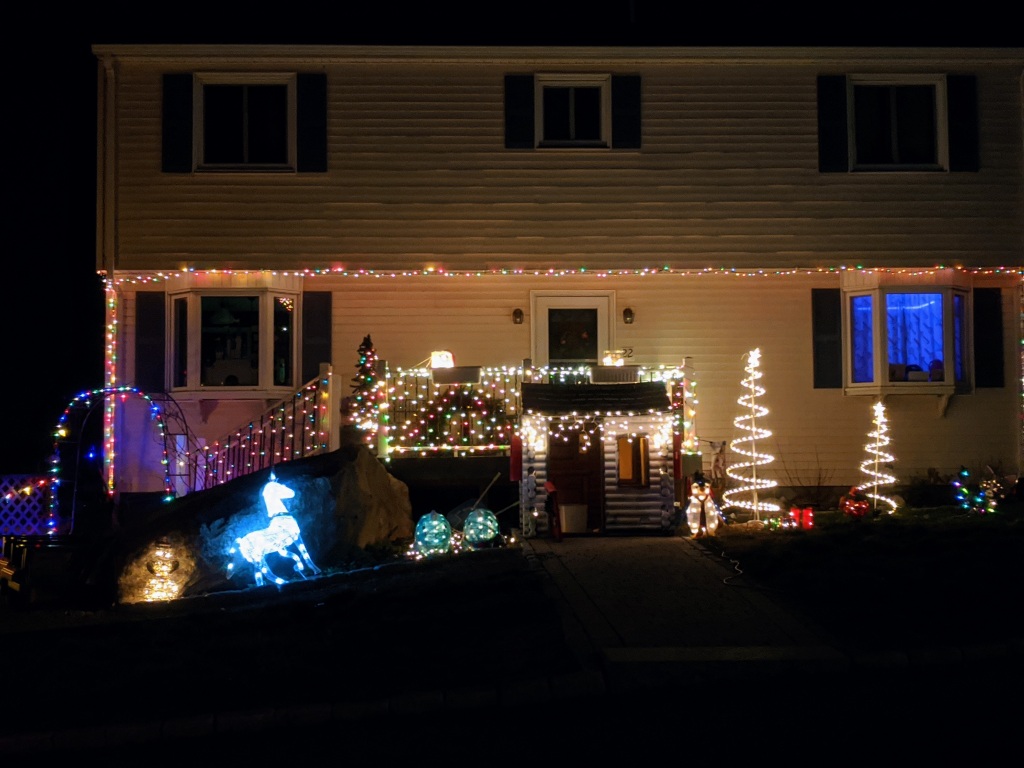


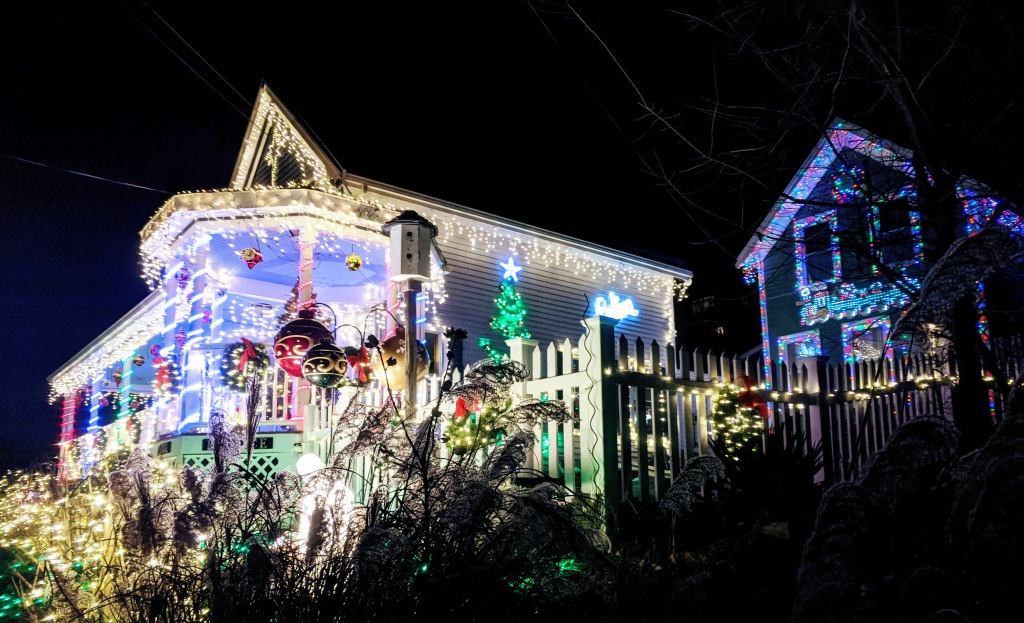

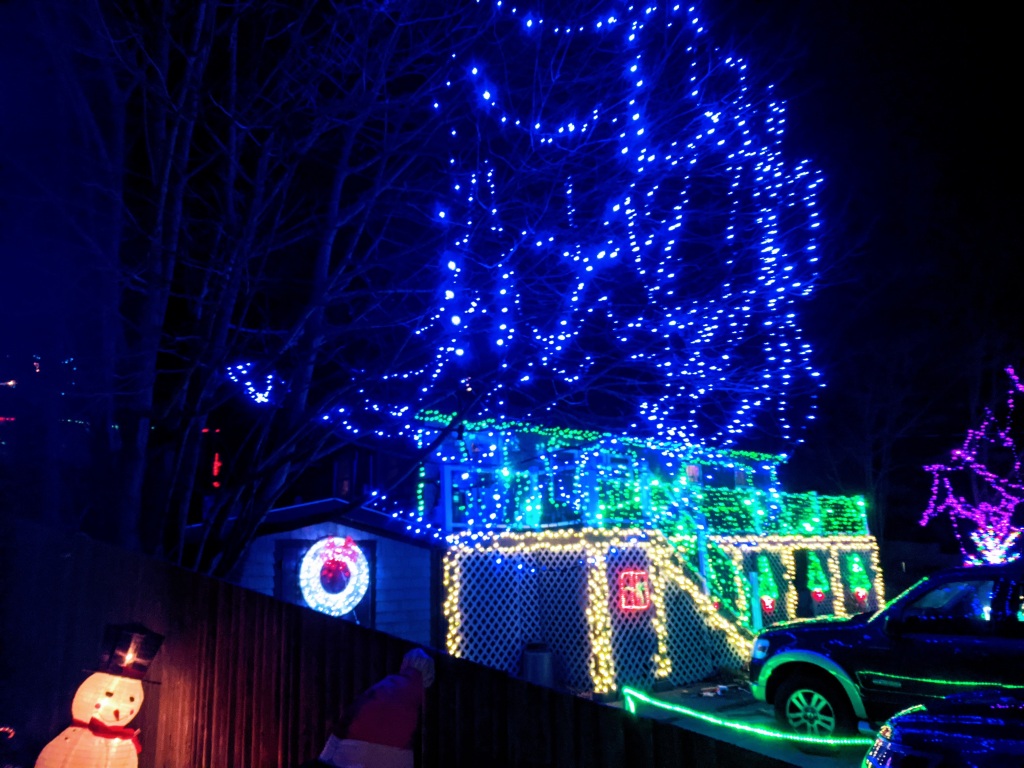

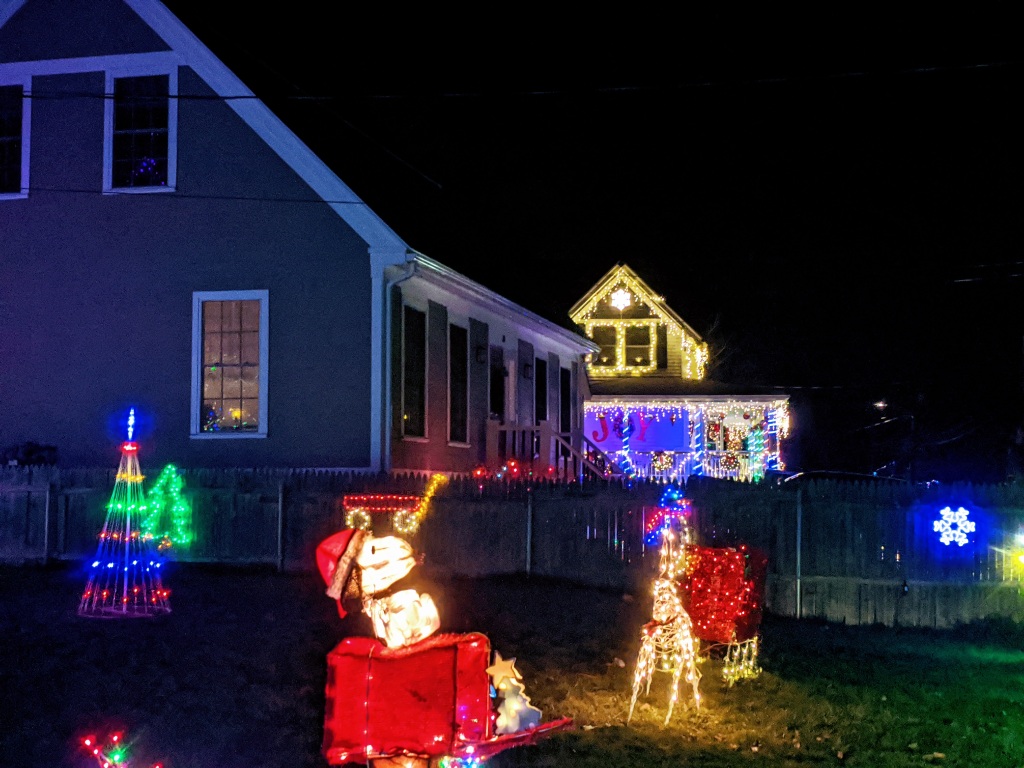




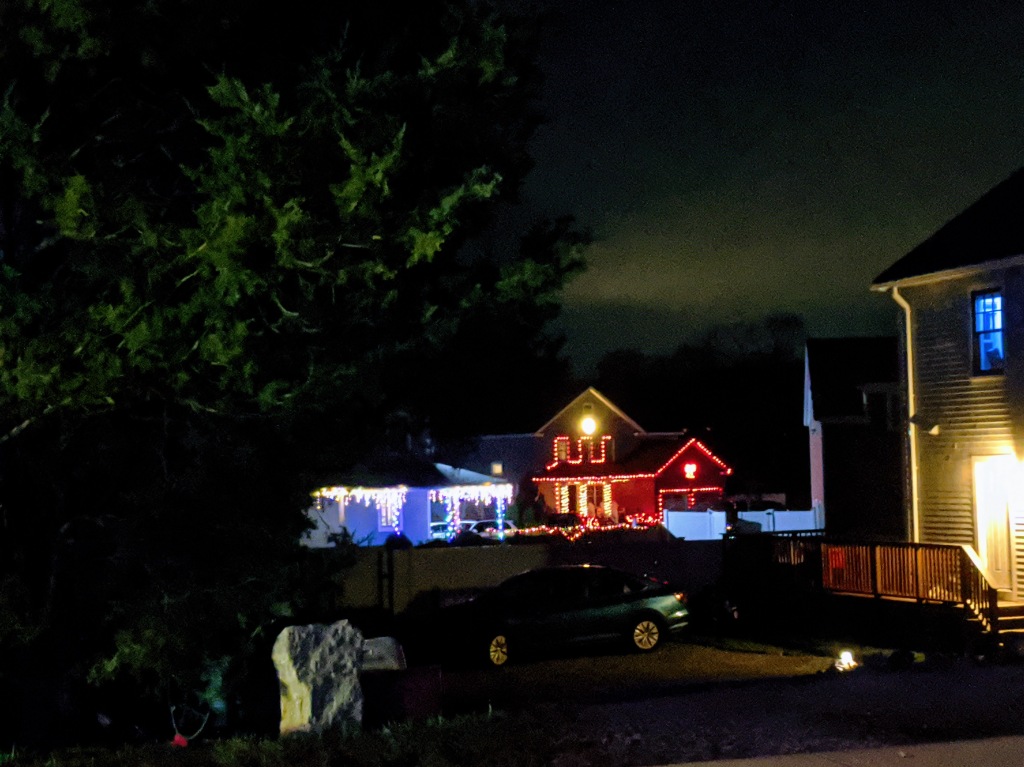
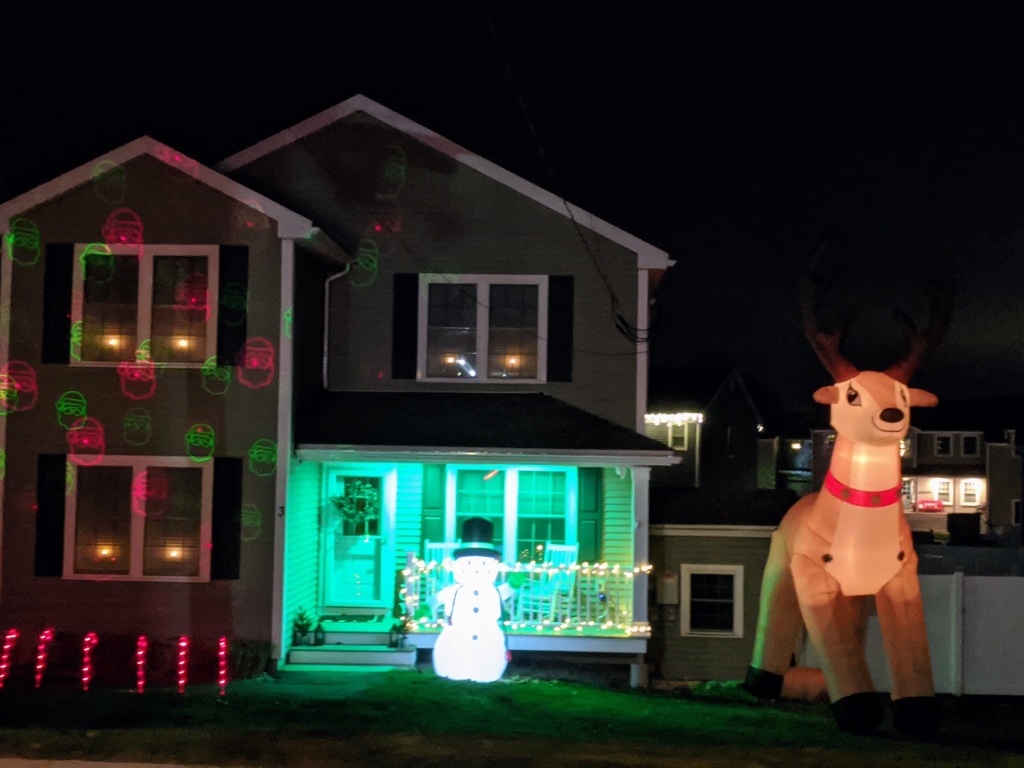
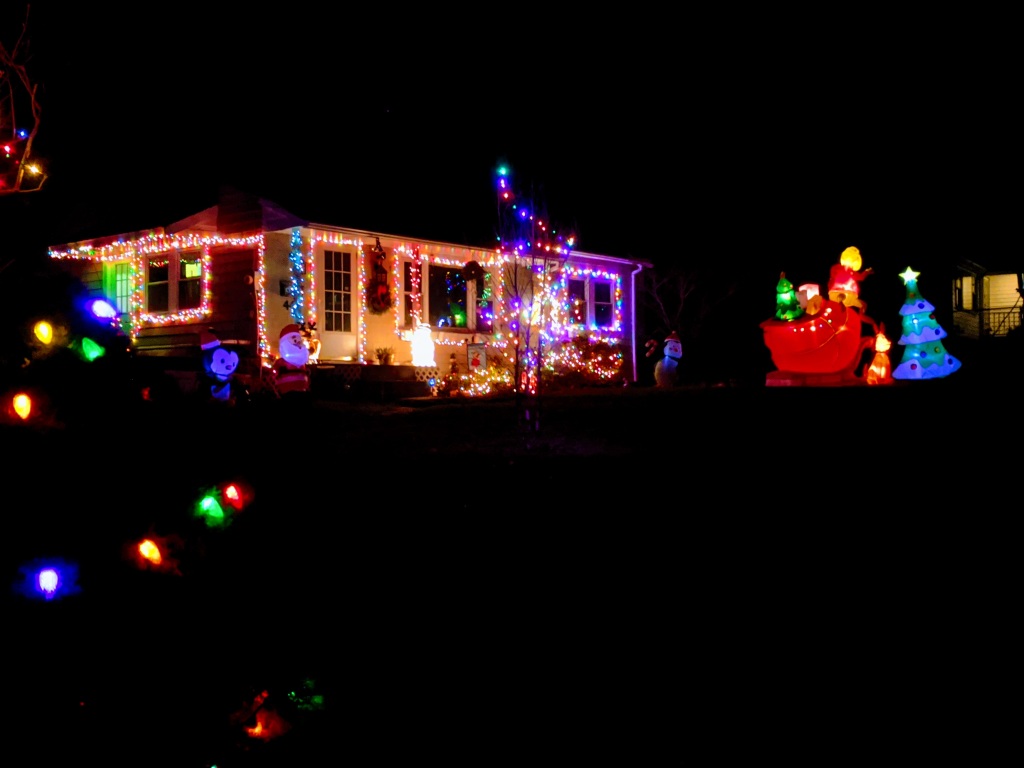
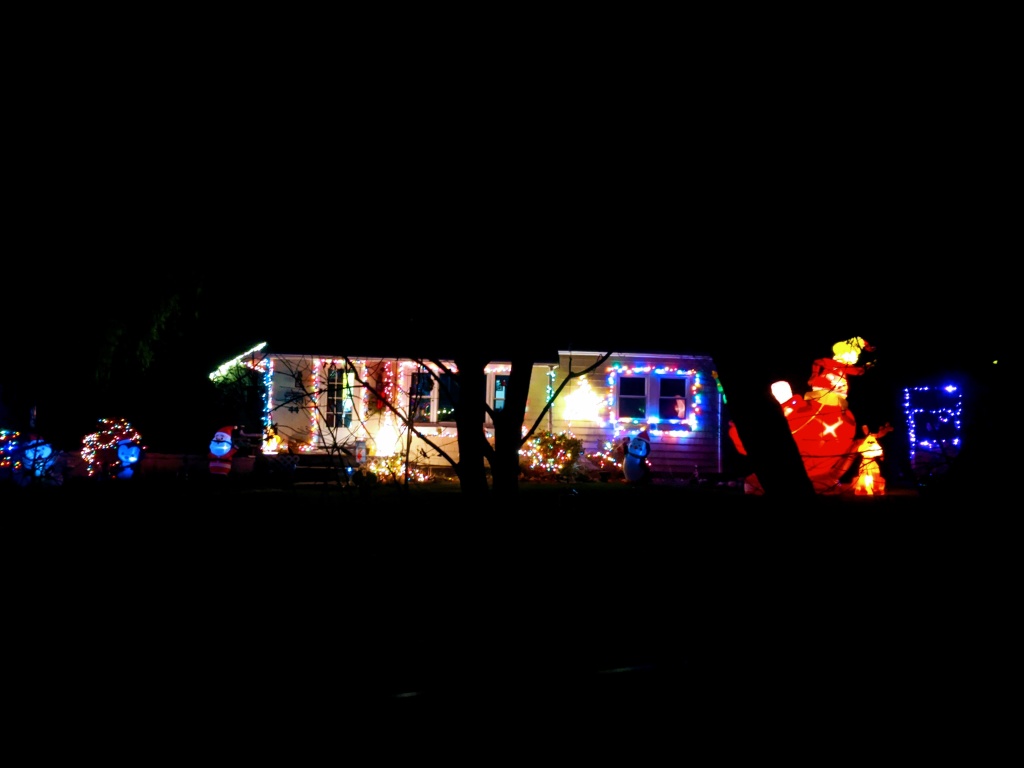
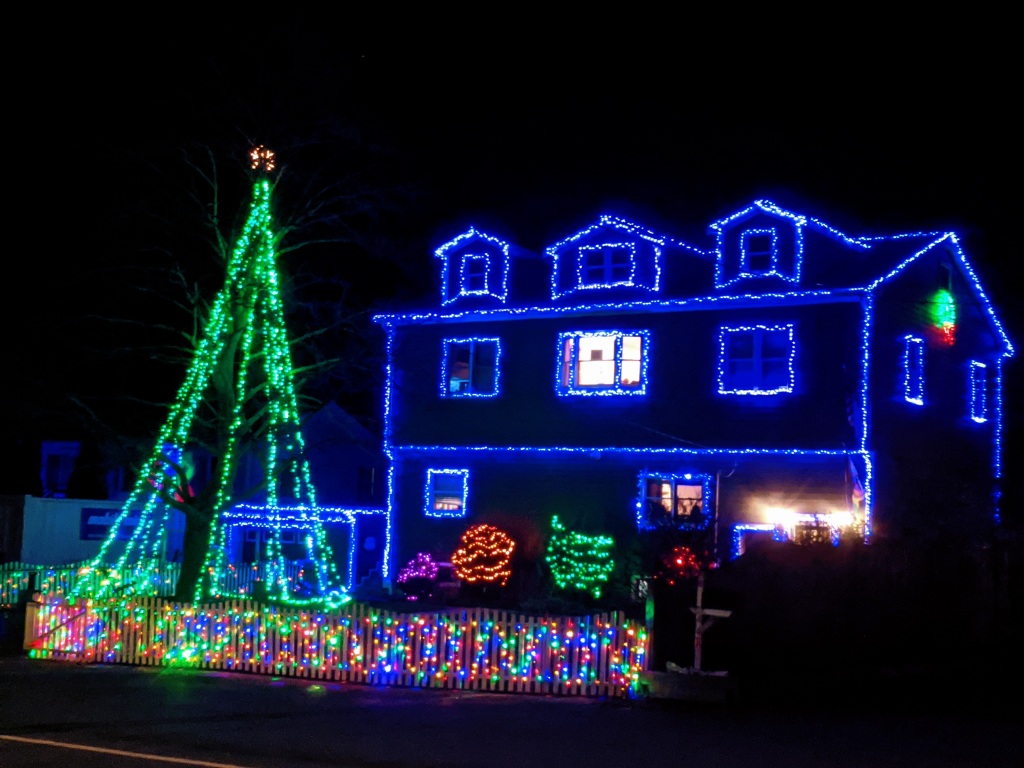


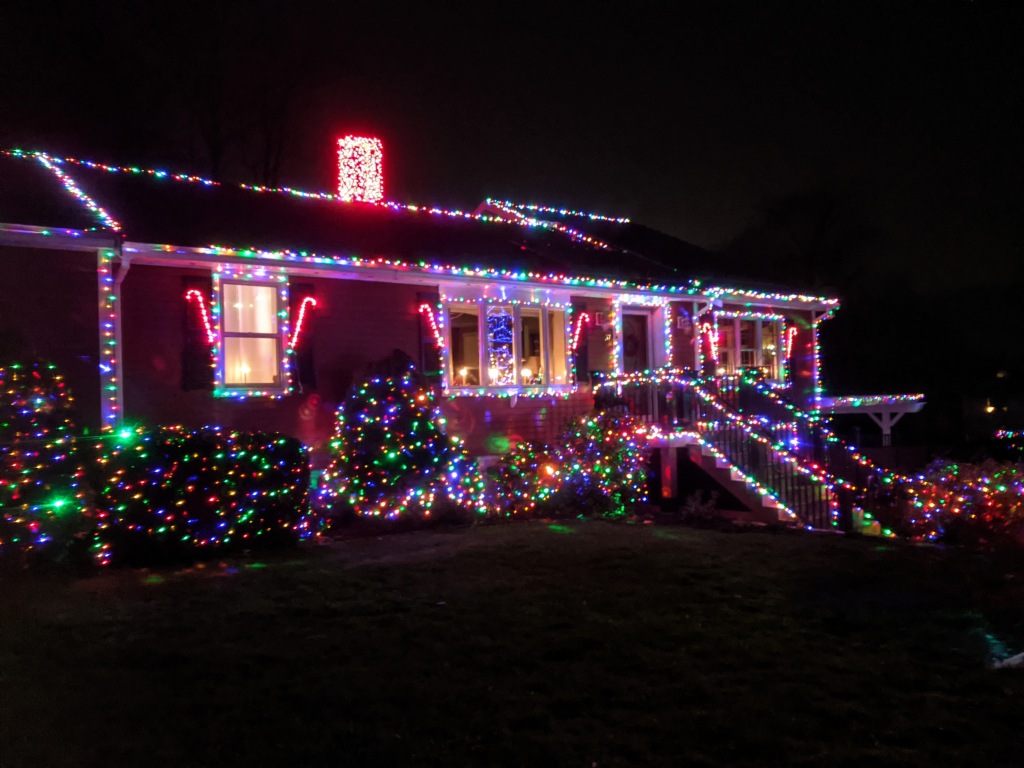
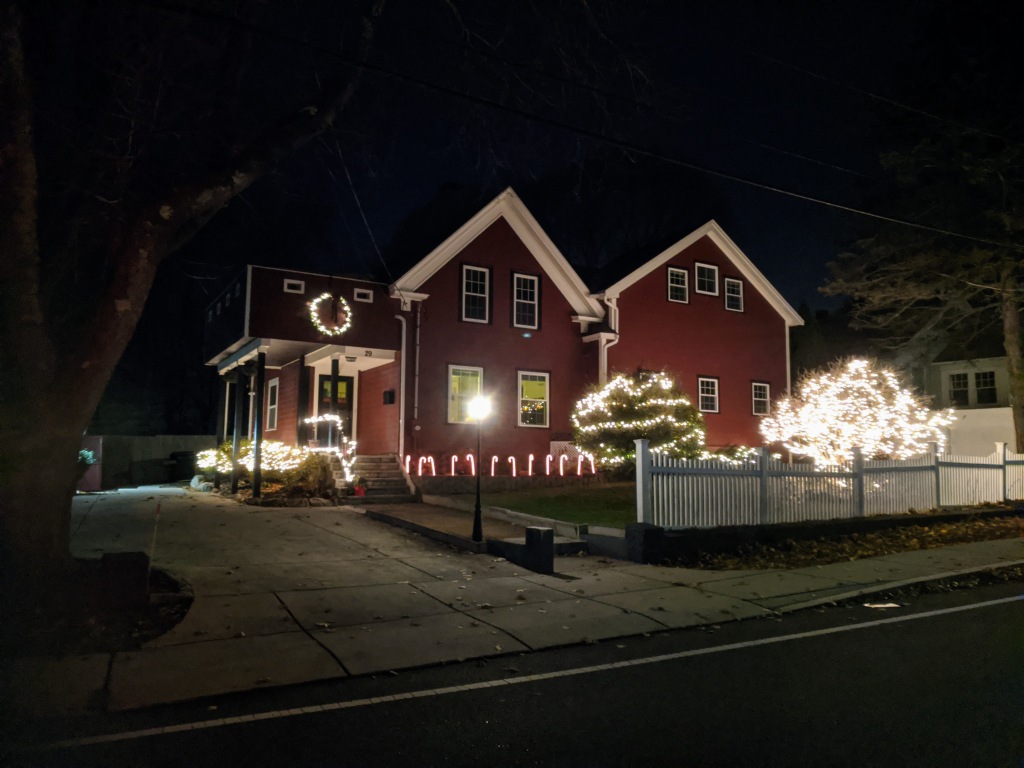

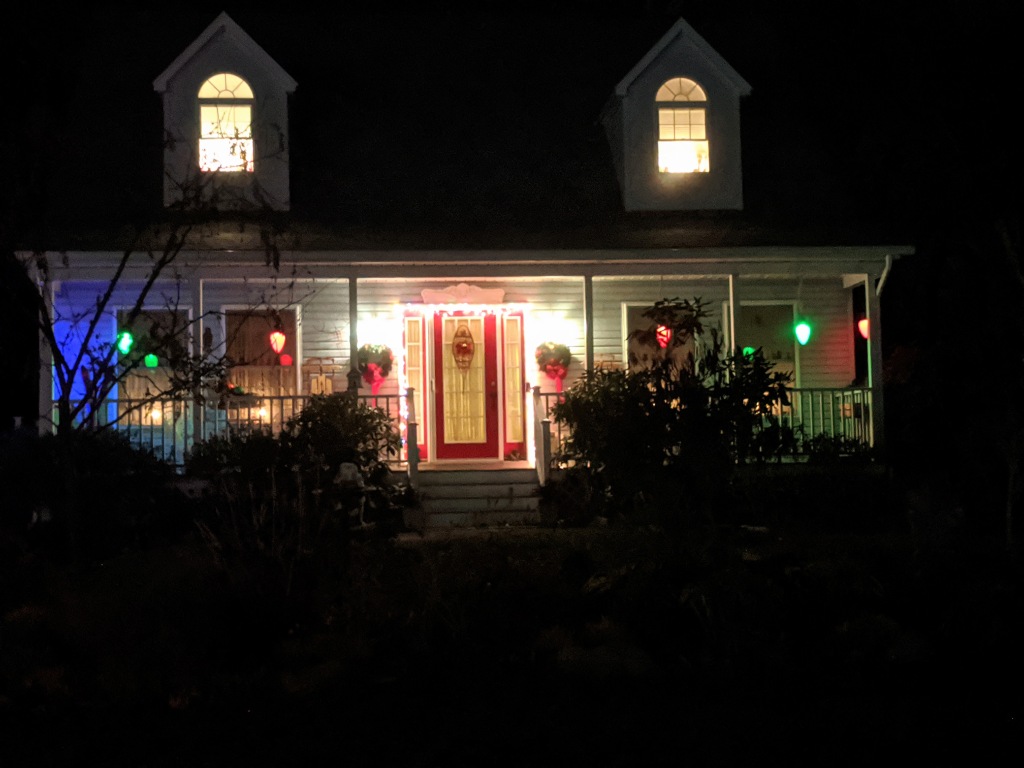
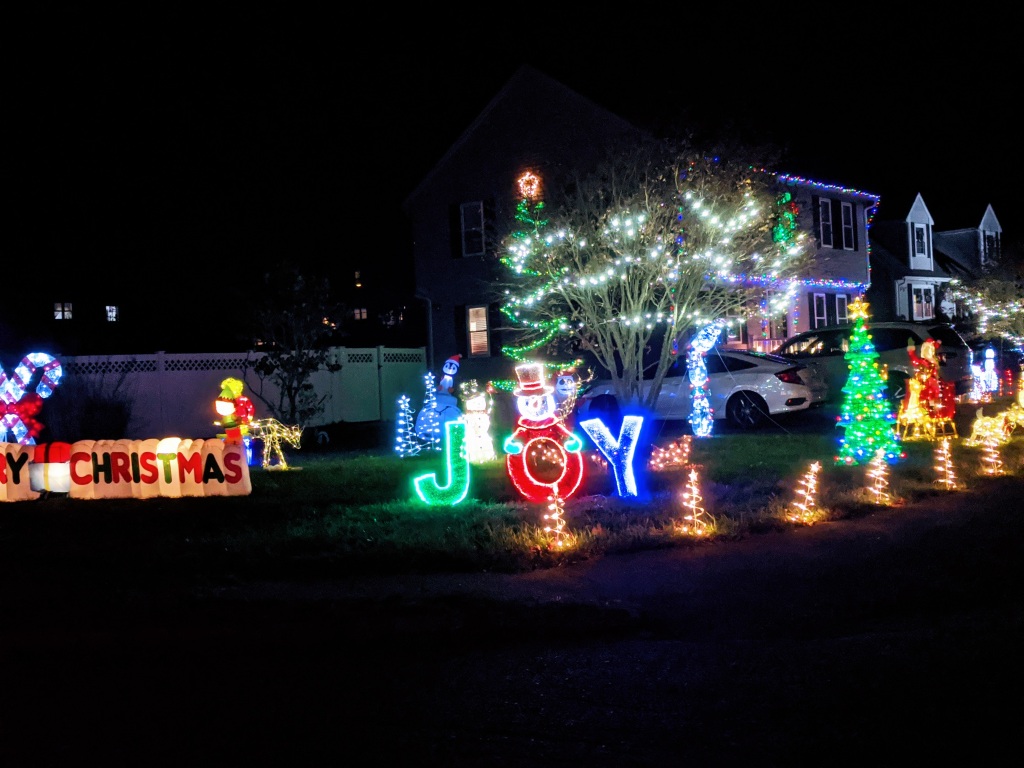
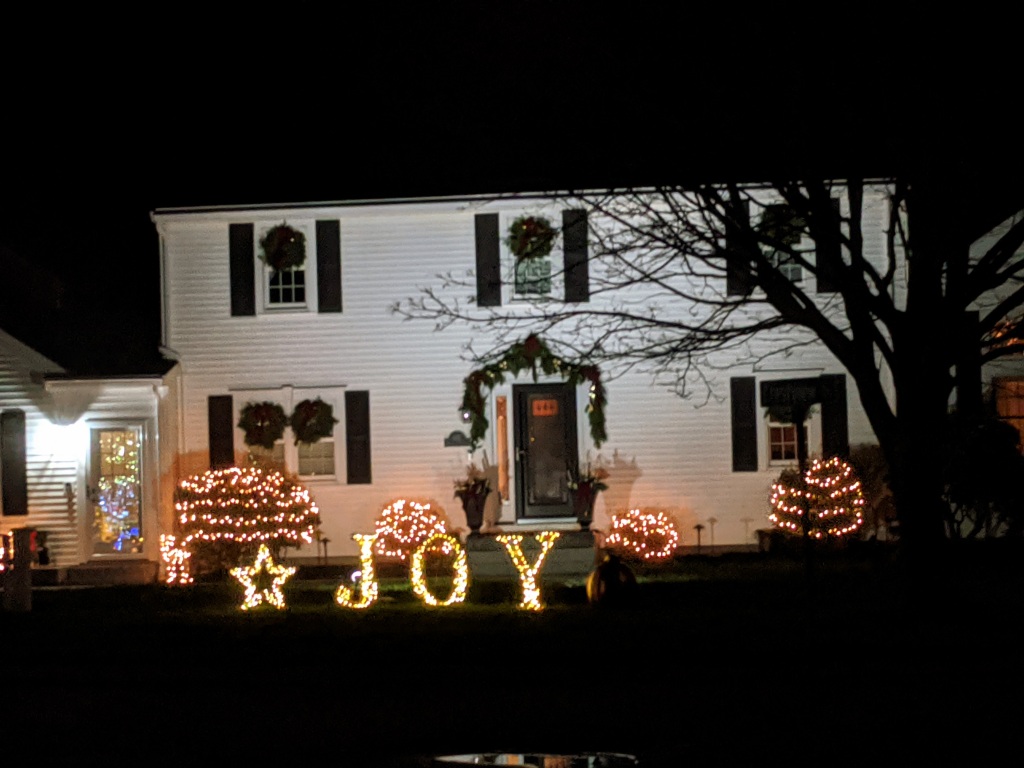
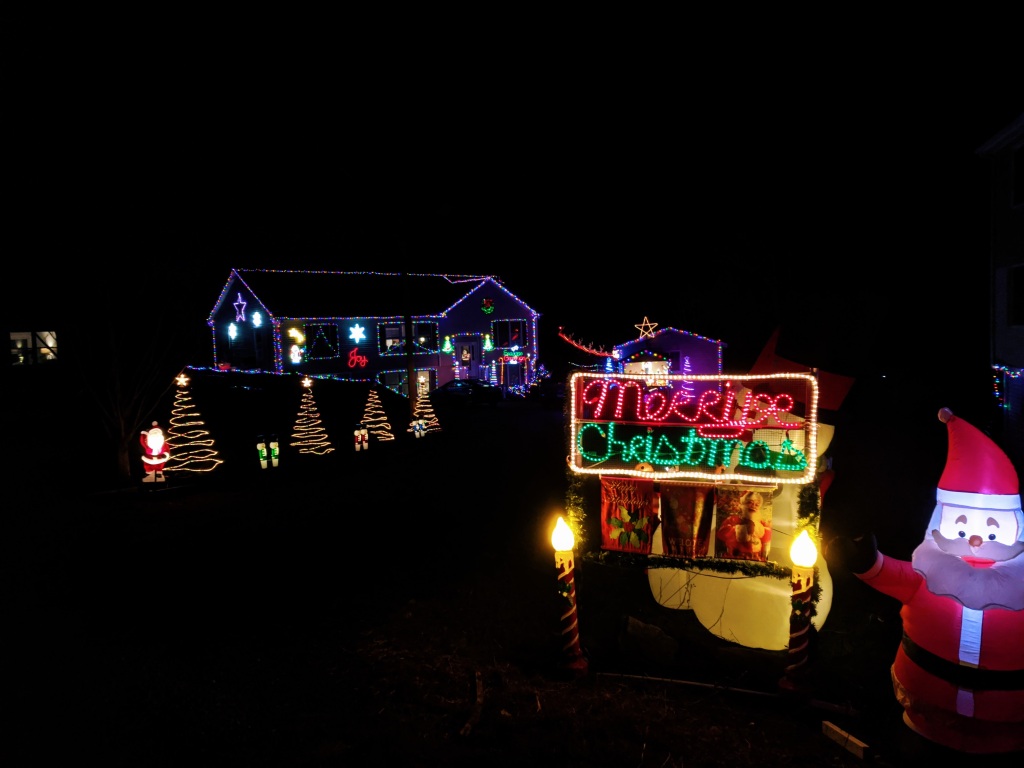

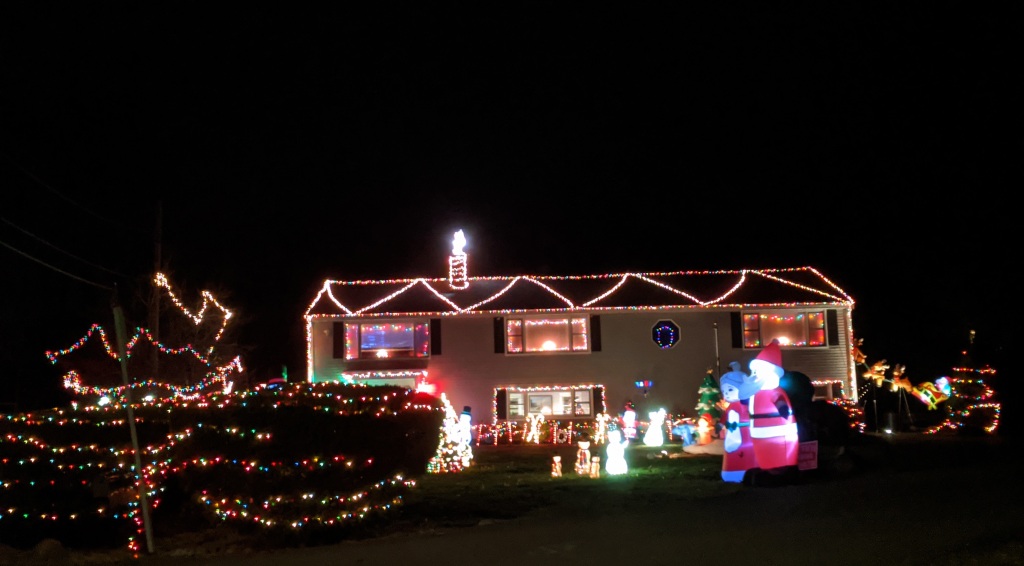
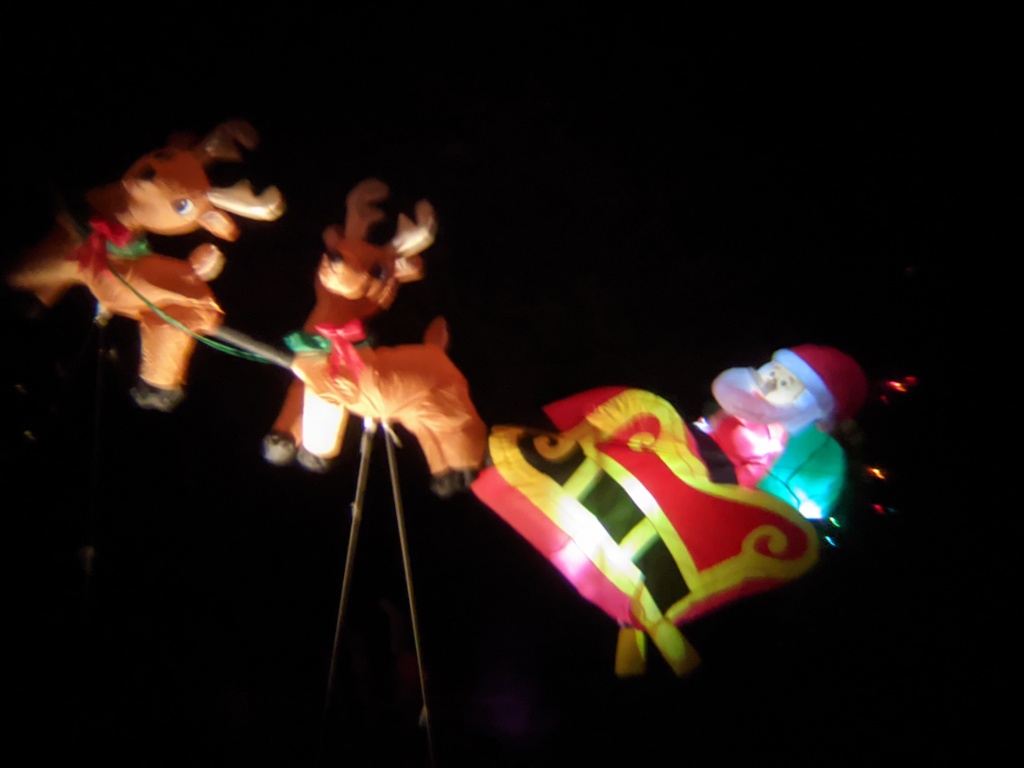

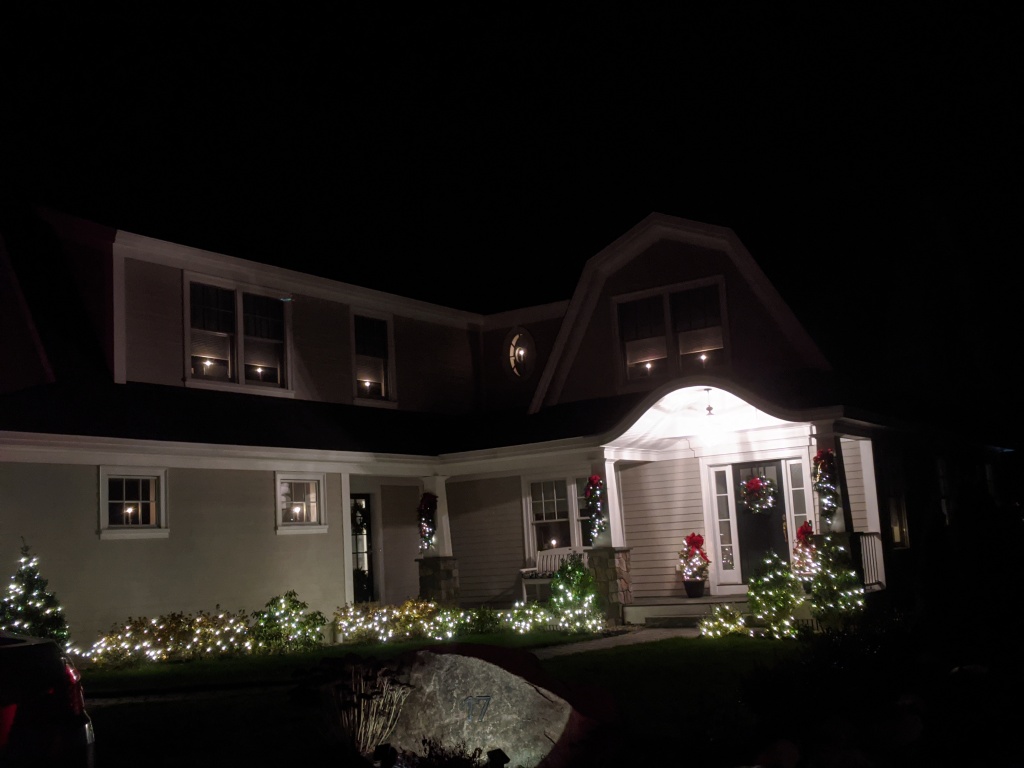


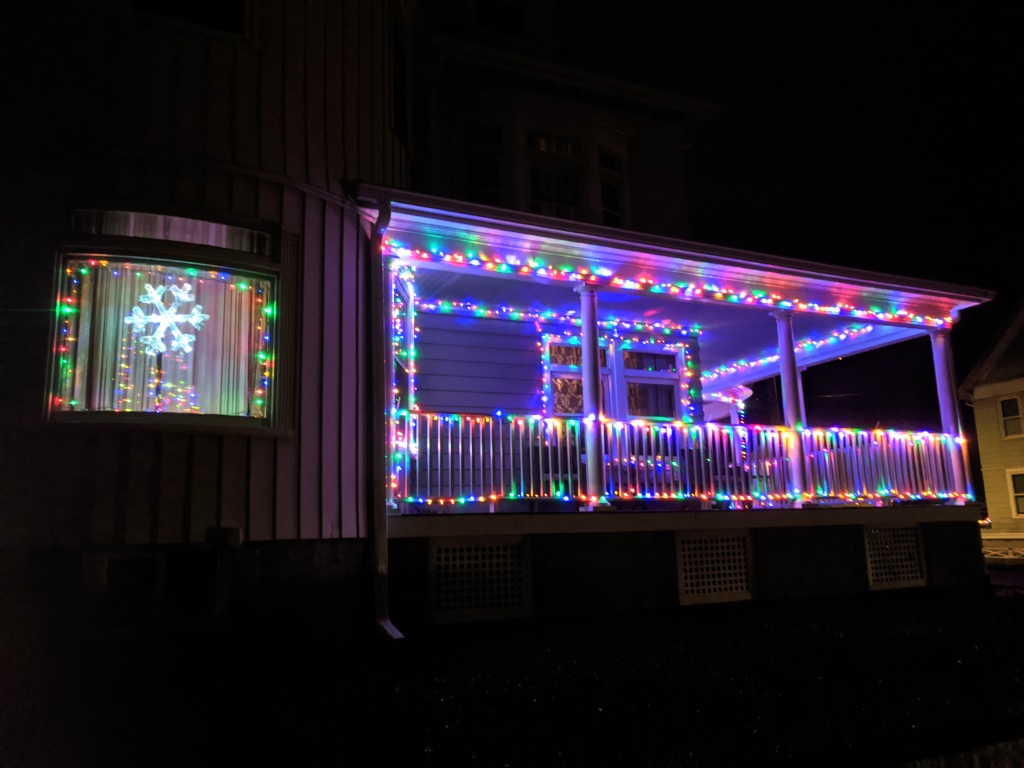
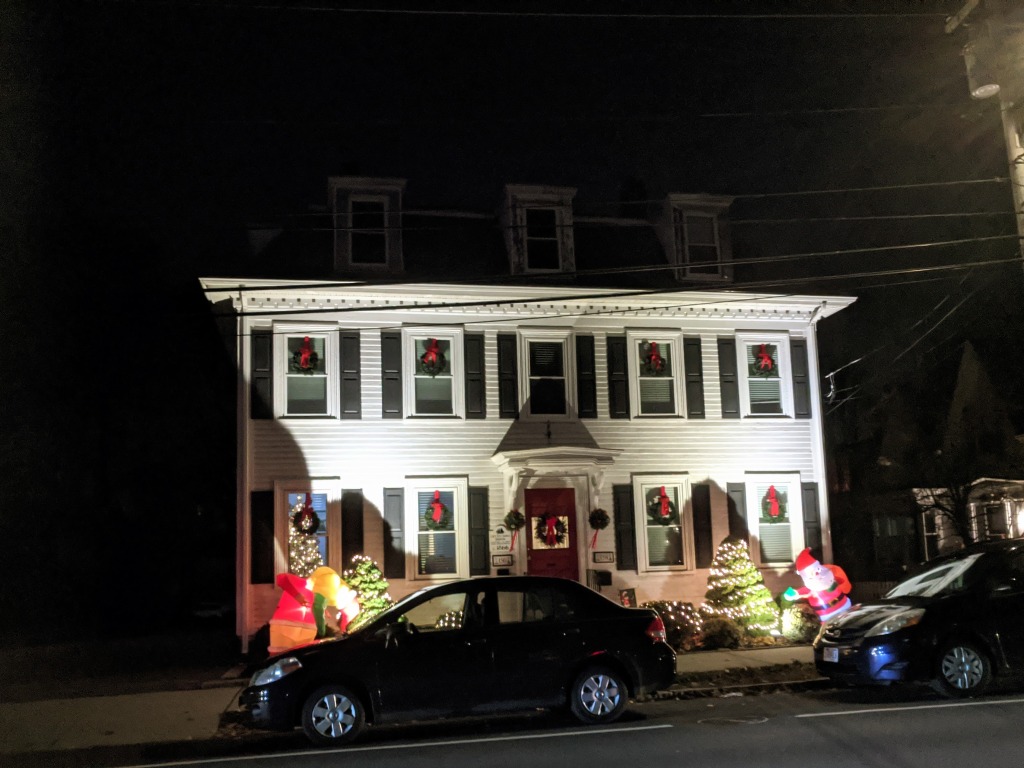


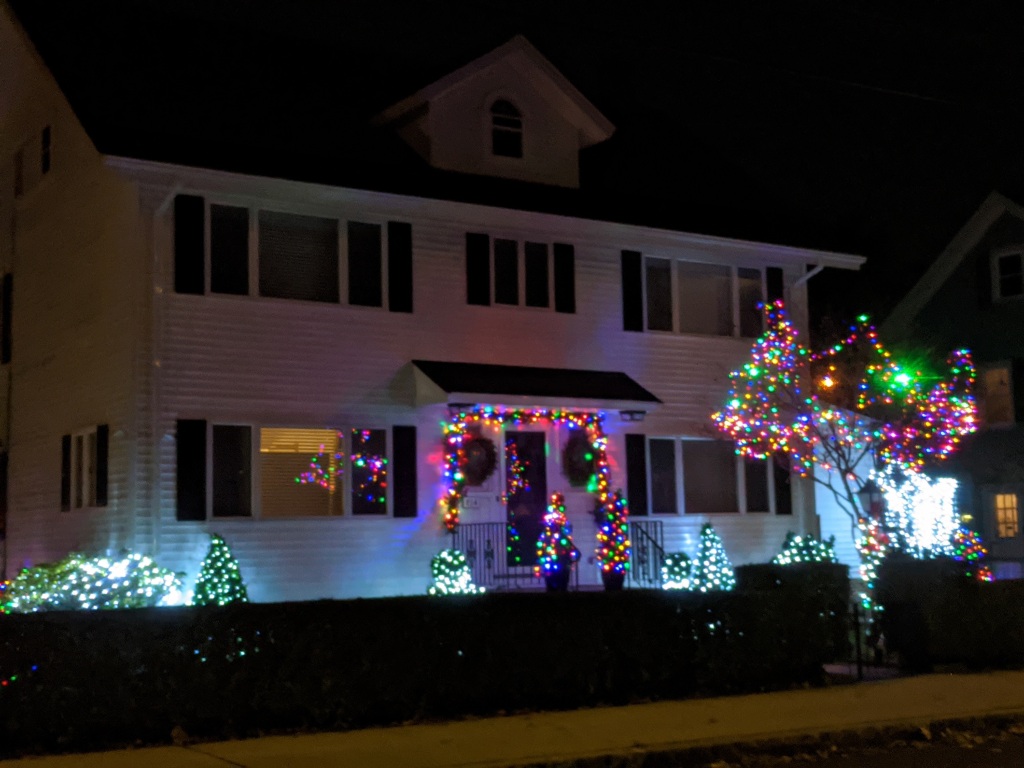
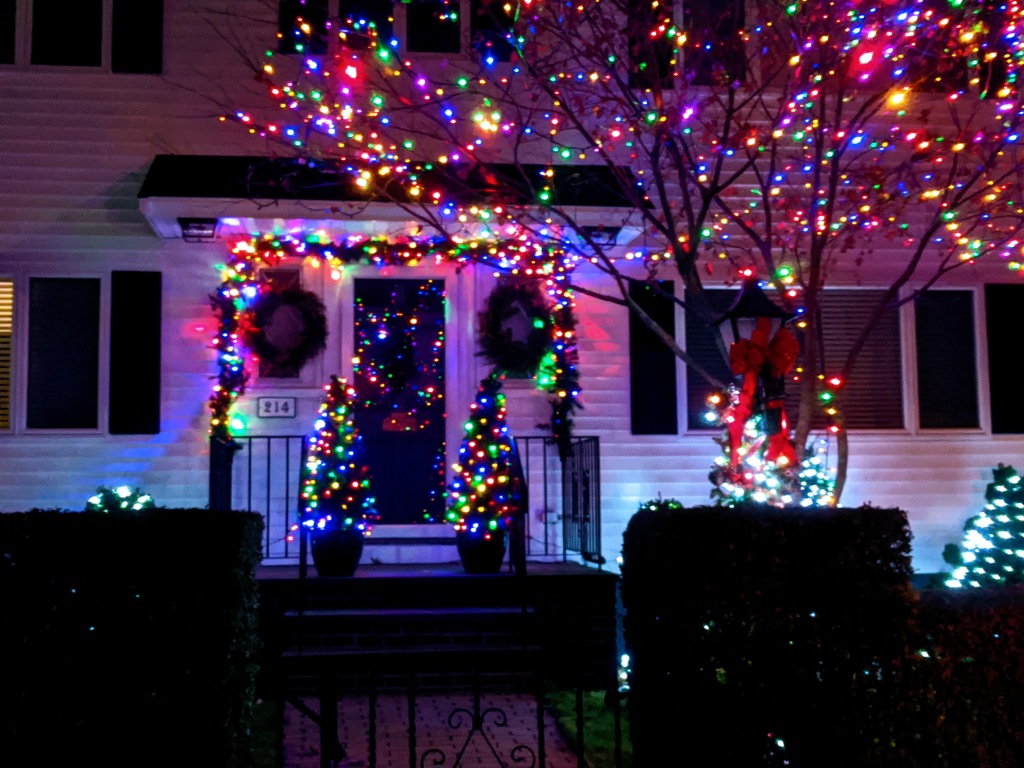
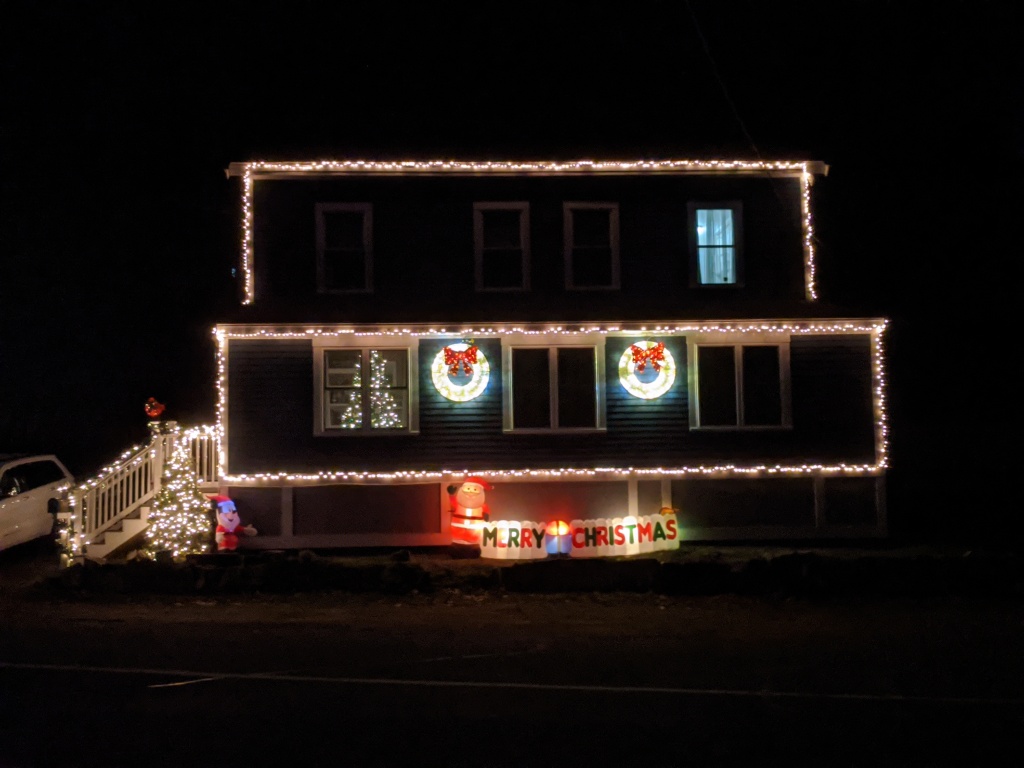

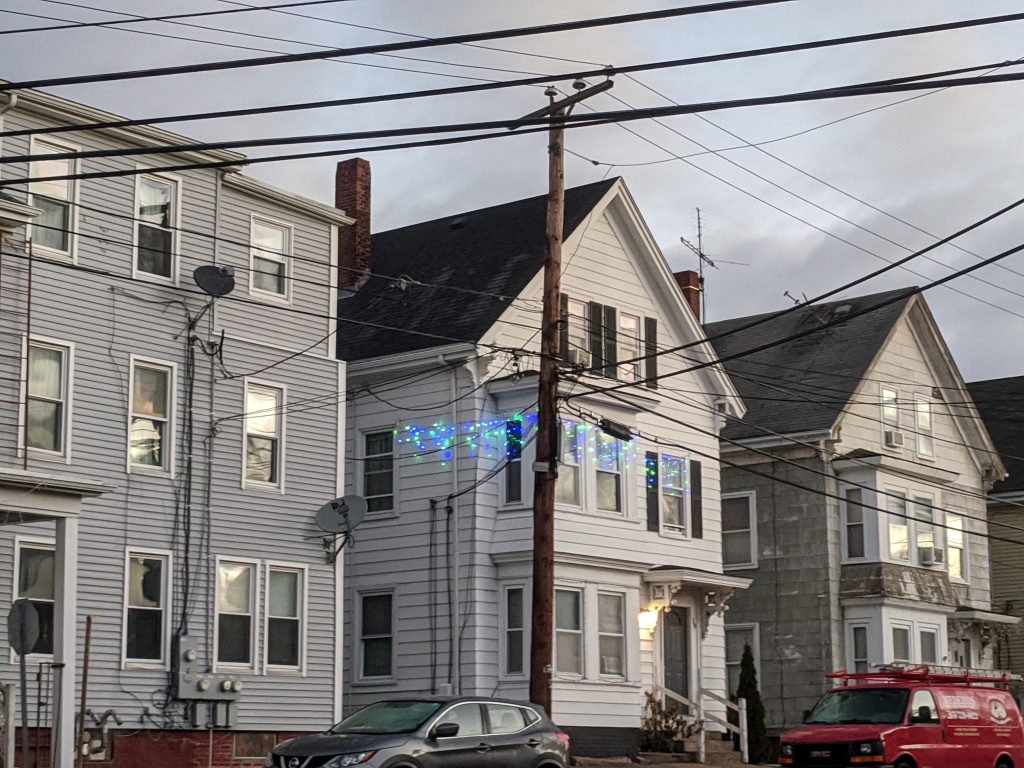

Trends so far? 2022 is looking like The Year of “JOY” signs, which by the way is an easy & cheery Ispy addition for Holiday Lights and Cocoa Drives. Also, illuminated green sequined wreaths and evergreen kissing ball pairs framing doors.



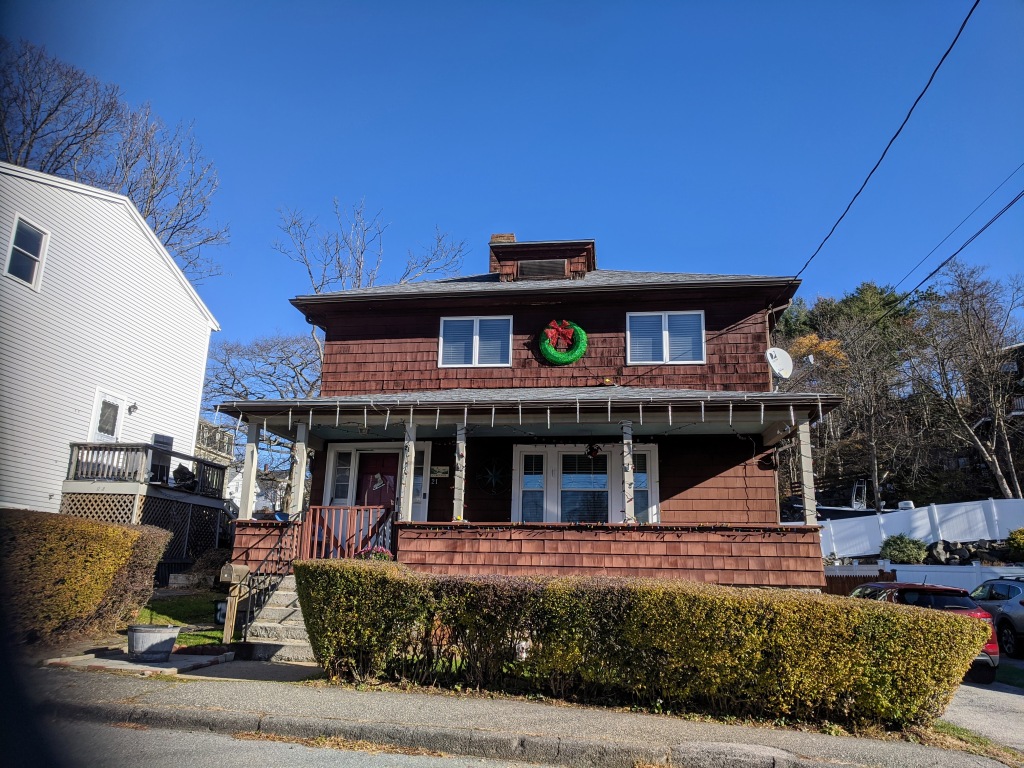
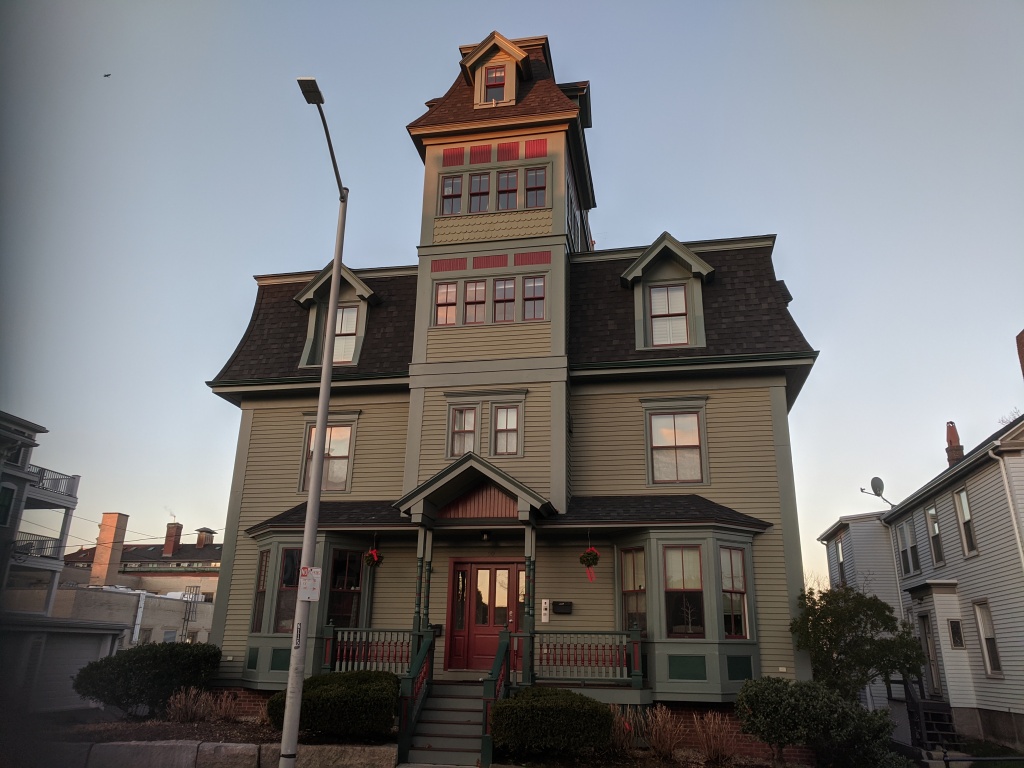
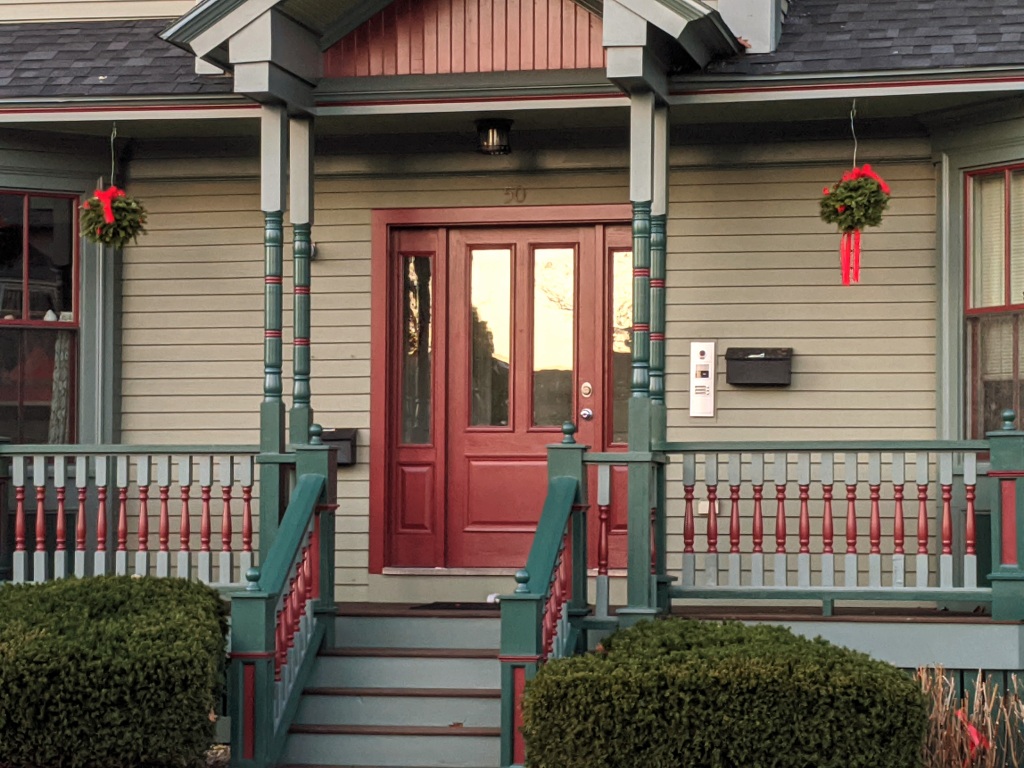
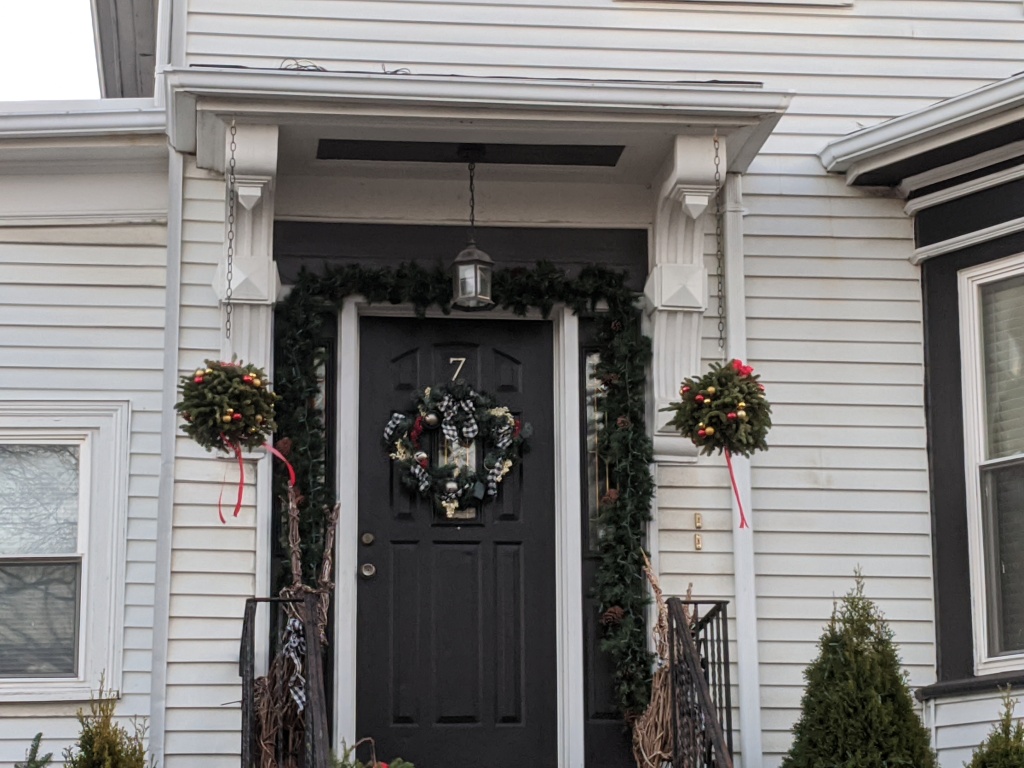



It’s easy touring whether by car or via smartphone, desktop, or preferred device. Grab a hot chocolate and go or view from home! Imagination and themed repeat visits encouraged.
Notes about the map: This map is great in the embed mode because when you scroll down, each house photo(s) pop up, with a big arrow that directs you to that one point. From a desktop, hovering or right clicking the house icons reveal the photos for each pinpoint. For those who prefer a paper copy –which doubles as a seek and find sheet–click on the three vertical dots and then select “print” (horizontal mode best) from pull down menu. You can also google search Holiday Lights and Cocoa Drives Good Morning Gloucester.
2021 Map here
2020 Map here
October 30, 1926 – 96 years ago today

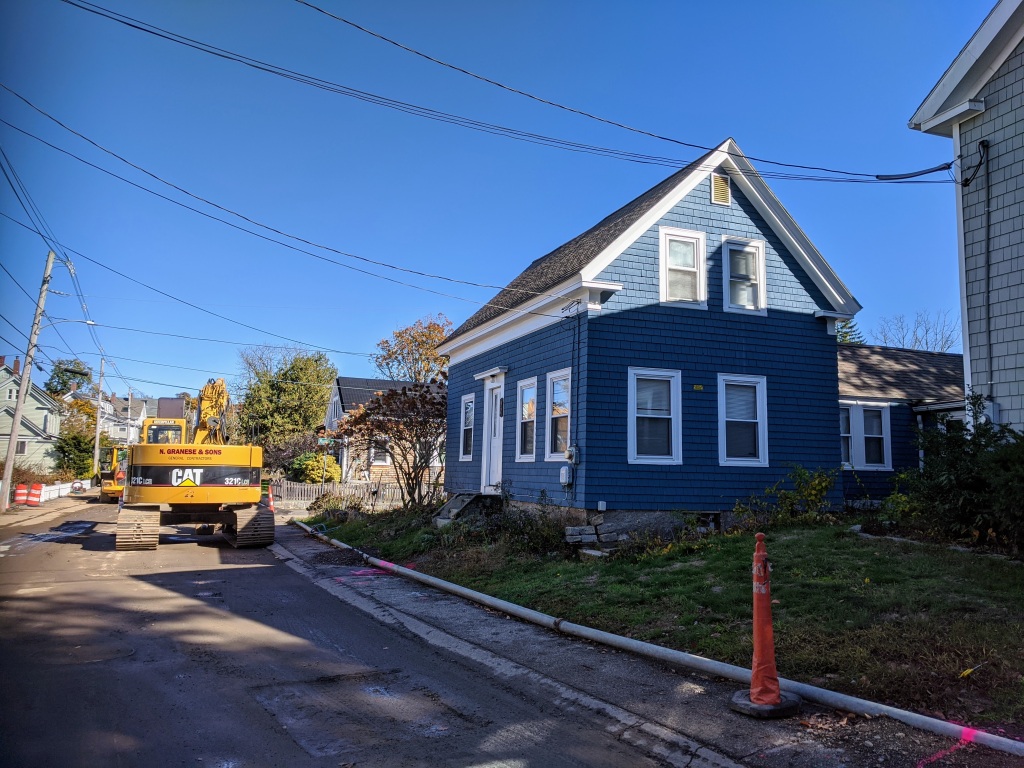

photo description: 92 Mt. Pleasant THEN detail from Sanborn Fire Insurance map, 1917; 92 Mt. Pleasant NOW (same footprint)
“Gloucester, Oct. 30
Hale and hearty at the age of 90, Capt. William W. Foster, an ancient mariner of East Gloucester, strolls down to the wharves every day, puffs his pipe and looks with optimistic eye on life in general, and the passing fishing schooners remind him of his early experiences.
Capt. Foster was born in Port Medway, N.S., Oct. 20, 1836*. He lives with his daughter, Mrs. Susan B. Eason, wife of patrolman W. Wallace Eason of the Police Department, at 92 Mt. Pleasant av, East Gloucester. There, Oct. 20, he quietly observed his 90th birthday.
Capt. Foster’s life has been mainly passed on the seas. Until he was 15 he worked on his father’s farm. Then he went fishing for the Summer. The next year he shipped on a salt fishing trip to the Labrador and for many years thereafter followed the sea, fishing, and on merchant voyages to the West Indies.
He was married in 1872 to Miss Patience Cole of Liverpool, N.S., after which he worked as a stevedore at that place. In 1877 he shipped on a voyage to the Grand Banks.
The vessel came to Gloucester to dispose of her cargo.
Mr. Foster liked the old fishing town so much that he determined to make it his home and so shipped out of here on fishing voyages and worked around the wharves. in 1882 he sent for his wife and family.
In January, 1903, his wife died and his daughter, Dezlah, assumed the duties of mistress of the home until 1911, when he received word from his mother that his father had died. Then he went home to live with his mother until 1916 when his mother died. In 1923, his son, Harry W. Foster of the police department went down to Port Medway and brought him back to Gloucester.
Captain Foster is in good health. he reads the papers and magazines with the aid of glasses. Except once when he was taken with the cramps, he never has had the services of a physician. While he enjoys a good smoke he has always been an abstainer from liquor.
His grandfather, Joseph Foster, died at 93.
His father, Benjamin, lived until 92.
His mother saw the ripe old age of 103.
He has two sons, Harry and J. Mack, and two daughters, five grandchildren and seven great grandchildren.”
Boston Globe, 1926
Capt. Foster returned in Gloucester’s tercentenary year, and stayed until his death in 1928. His daughter, Susan, died Oct. 31, 1966. Her husband was officer W. Wallace Eason. Capt. Foster’s son J. Mack died Dec. 10, 1931 (widow Flora G., resided on Highland). In the 1930s, his son Harry W. was employed as a salesman. I wonder what happened to Dezlah.